Forgive Us Our
Press Passes
By Steven K. Paulson
stevenpaulson.com
I could never decide what I wanted to be when I grew up. I thought about being a lawyer, because I could debate and argue with the best of them. I also considered becoming an aerospace engineer, because my father was working on the space program at Cape Canaveral and the race to the moon was in full swing. I also discovered that I loved talking to people, finding out who they were, what they had learned in life, what they wanted and their visions for the future.
When I became a paperboy in 1963 for the Orlando Sentinel in Cocoa, Florida, I found a niche in journalism and decided that was one of the best jobs in the world. While waiting for the newspaper delivery truck to arrive, I watched reporters hammering out stories, interviewing people, seeing photographers rushing to send their photos to distant places on rotating drums over telephone lines, teletypes clacking with bells ringing and people laying out pages with photos and stories and shipping them off to the presses. What better job could there be? If you were interested in science, you could interview the top scientists in their field. Politics? Interview the candidates running for the highest offices in the country. Sports? Talk to the best and find out what made them tick. Breaking news? It was instant gratification seeing your name in the paper and easy to become an adrenaline junkie.
It provided one of the best, most satisfying careers I could have. What other career could offer me the opportunity to cover the liftoff of Apollo 11 for the first moon landing, the Cold War, the civil rights movement, the Mariel boatlift, a Nobel prize winner in physics, the United Nations, eight presidents and dozens of presidential candidates, including Barack Obama, John McCain, Ross Perot, George Wallace, Jimmy Carter, George H.W. Bush and Ronald Reagan. I also covered a half dozen prime ministers and other world leaders, including British Prime Minister Margaret Thatcher and Canadian Prime Minister Brian Mulroney, King Hussein of Jordan, who flew his own jet to Cape Canaveral to witness a space launch, Soviet President Mikhail Gorbachev, Pope John Paul II, the Dalai Lama and Emperor Hirohito, while I was a foreign correspondent in Japan. I almost got killed while taking photos of a bank robber in Orlando when he opened fire on me while taking photos. (Click on photos to enlarge).
I got to visit 69 countries, many more than once. I flew in a jet with the Blue Angels, covered the terrorism trials of Timothy McVeigh and Terry Nichols, the murder of JonBenet Ramsey and the murder of gay college student Mathew Shepard in Wyoming and the trials of his killers. I watched the tragedy unfold at the Columbine massacre and led AP’s foreign coverage of the 1984 Olympics in Los Angeles.
Some of the countries I visited included England, Scotland, Norway, Finland, Sweden, Denmark, Russia, France, Germany, East Germany, Luxembourg, Lichtenstein, Belgium, Netherlands, Spain, Andorra, Portugal, Italy, Lichtenstein, Monaco, Greece, Hungary, Austria, Switzerland, Morocco, Nigeria, Kenya, Tanzania, Egypt, Turkey, Jordan, Israel, Lebanon, Syria, Iraq, Iran, Afghanistan, Pakistan, Nepal, India, Thailand, Indonesia, Australia, Fiji, Taiwan, China, Hong Kong, Macau, Japan, South Korea, Canada, Mexico, Belize, Guatemala, Nicaragua, Panama, Colombia, Brazil, Argentina, Bahamas, Cuba, Puerto Rico, and many more.

I climbed Mount Fuji, the Cheops Pyramid in Egypt, ran a dozen times with the bulls in Pamplona, Spain, and trekked to the base of Mount Everest. I went on safari in Ngorongoro crater in Tanzania, covered the Nicaraguan earthquake, as well as hurricanes in Florida that nearly killed me with their 140 mile-an-hour winds that sent sheet steel flying like razors.
I covered celebrities ranging from Buddy Ebsen to Rock Hudson to Elvis Presley, but editors always sent an entertainment writer to accompany me because I grew up without a television and didn’t know who they were or what they looked like.
It’s easy for journalists to become hardened because of the tragedy they see every day.
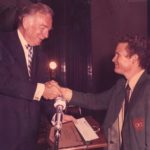
Walter Conkite was once asked why there wasn’t more good news on television. Cronkite’s answer was right on. He said the definition of news is something unusual, and when good news becomes unusual, we’re all in trouble.
I’m not ashamed to say I shed tears while covering Columbine and talking to the parents. It was our job as journalists to try to explain to the rest of the world what happened, and I couldn’t understand how two high school students could know a year in advance when and where they were going to die and take with them as many students and teachers as they could kill. I also cried during the trial of Timothy McVeigh, as a child care worker testified how she saw dead children lying on the ground and begged rescuers to get them off the broken glass. It was also tough to see 23 people killed in a plane crash near Aspen, many of them sitting dead in their seats, upright in the middle of the road.
It has been an amazing 50-year career, and I owe a lot to the Orlando Sentinel and Associated Press, which gave me the chance to fulfill my dreams. Here are some of the stories I covered, and the photos I took during the 36 years I worked with The Associated Press and 12 with the Orlando Sentinel. They gave me the opportunities of a lifetime. Here are some of those stories:
Howard Benedict and the Soviet Spy Ship
Howard Benedict, the famous Associated Press aerospace writer at Cape Canaveral in the early days, gave me my big break in journalism. I was a cub reporter and photographer for the Orlando Sentinel Star, only 18 years old, when Howard gave me my first big assignment.
There was a Soviet spy ship off Cape Canaveral, waiting to spy on the first launch of a ballistic missile from a submarine. My mission: find it and take photos. I rented a small plane with a pilot for this adventure on Merritt Island, a hop, skip and a jump from Cape Canaveral, and we flew east of the Cape over the Atlantic Ocean, being careful to avoid the no-fly zone around the launch sites.
After skimming waves for hours, we found the spy ship right where Benedict said we would find it, about 30 miles off the coast in international waters.
A few fishermen on the boat were casting lines, but the array of antennas on board gave away its mission. We skimmed the top of the ship, taking pictures, fearing we might be shot down while those on board glanced up at us and pretended to fish.
At the time, the Pentagon was denying the AP story that a Soviet spy ship was interfering with the launch of the missile, so when my photos began moving on the wire, the Pentagon was quick to react. Reporters had been scheduled to go out on the USS Observation Island the next day to witness the launch and take photos, and those press passes were immediately rescinded. I called the Pentagon and they confirmed it. I told them I had discussed the decision with other members of the press, and they were already making arrangements for alternate transportation to photograph the launch, including renting shrimp boats and planes that I vividly described for the military would be bouncing around their submarine and the Observation Island when they launched their missile. After all, if the Russians could watch, so could we.
A few hours later the Pentagon restored our press passes. I asked Benedict how he knew about the spy ship. He said he was playing golf with some missile contractors and he started teasing them that their missile wasn’t ready and the launch was being delayed. They told Benedict is wasn’t their missile, it was the Russians. As far-fetched as it sounded, they were right. Benedict was already a legend, and his fame only grew after that.
During those days, missile launches were top secret. I didn’t know for years that my father worked in the space program, helping the U.S. Air Force set up the Air Force Eastern Test Range around the world, and later the Apollo ships program set up so NASA could stay in constant contact when our astronauts were on the moon. So the government was mighty angry when Benedict kept publishing stories that launches were imminent and they tapped his phones. It took them years to figure out Benedict wasn’t relying on sources. Benedict rented a room at a high-rise motel on the beach and scanned the Cape every day with a telescope. When he saw white clouds of liquid oxygen wafting over the cape, he knew they were fueling a missile and a launch attempt could be imminent and he moved a story.
The next day, United States navy launched the first Poseidon missile from a submarine, containing one of the first multiple nuclear warhead payloads. What followed could have brought the United States and the Soviets to war. When the missile was launched, the Soviets took their pictures and so did we. Then all hell broke loose. The Soviet spy ship shifted into high gear and scrambled to retrieve the nose cone covering the 14 independently target nuclear warheads to figure out how we had done it. The United States decided otherwise and tried to ram the Soviet ship. The U.S. ship was only a few hundred yards away as they steamed toward each other, with no way to stop if either side blinked. The Soviet sailors made a futile grab for the bobbing nose cone covers with grappling hooks, but they missed. The U.S. ships launched their lifeboats with sailors carrying hooks to snag the missile covers. The Soviets sailed on. For some reason, it never made the history books, but it was one of the big confrontations of the Cold War.
Apollo 11 and the Race to the Moon
There are very few events that are truly historic. The signing of the Magna Carta. The two world wars. The space race, landing man on the moon.

It was an incredible experience to watch astronauts get into their van to take them to the launch pad, then listen to mission control and the countdown as it reached T-minus 9 seconds and the ground started rumbling as the engines roared to life and the 36-story high missile rose into the sky.
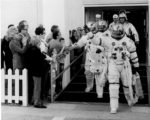
It was early morning on July 16, 1969, when three men _ Commander Neil Alden Armstrong, Command Module Pilot Michael Collins, and Lunar Module Pilot Edwin Eugene “Buzz” Aldrin, Jr. _ left their quarantine quarters at Cape Kennedy and boarded the van to take them to the giant Saturn V, where they took off at 9:32 a.m., heading to the moon. I have press passes from many major events I covered, from politics to the Olympics, but there were no press passes handed out for Apollo 11. They gave us a security badge, and they took it back when we left the Cape. However, I’m most proud of my name, No. 207, on the long list of dignitaries and world figures who were there for the launch of Apollo 11.
I watched the lunar landing on July 20 at 20:17 UTC on television in the newsroom at the Brevard Sentinel with other reporters. Reporters are not supposed to show their emotions, but this time we all cheered. It was the only time I ever saw CBS news anchor Walter Cronkite speechless.
Captivated by the Space Program
Covering the space program was one of the highlights of my career. My father, Roland, had been a captain in the U.S. Air Force stationed at Travis Air Force Base in California, a radar expert on B-52 bombers preparing to go to the Korean war. When the United States joined the race for space, we moved to Cocoa Beach, Florida, in 1958 where my father began training the men and women who would be tracking missiles around the world. At the time, the only way to track objects was Loran, which used two radar beams to triangulate the position of ships at sea. The space program needed a way to track an object in space in three dimensions. They came up with a way to follow a spacecraft and make sure it was on course. My father told me they could track a baseball 2,000 miles away and tell if it was a home run or a foul ball.
Because the missile program was top secret, it was five years before my father could tell me that it was his job to help run the tracking stations, and that he was in the blockhouse just hundreds of yards from the launch pad during the launches. Back in those days, if you needed a piece of equipment, you didn’t just go to Radio Shack and pick up a few parts. If there was a problem, they made the equipment right there.
Many of his manuals have notations in the margins where they worked out those problems, including a lot of complicated math. I still have a 1959 proposal and fact sheet on how we could get a man on the moon, and a 1960 manual and diagrams on how they could build a Saturn rocket to take us to the moon. One of the most important documents is a fact sheet on the Apollo Mission _ written by Astronaut Alan Shepard _ in 1964, with one of the original designs of the lunar landing module and a way we could land on the moon.
During the early years, most of the missiles blew up. One of the early attempts to develop rocket engines involved the Snark missile, which was more like our cruise missiles. So many of them crashed into the sea that missile crews posted a sign near the beach at Cape Canaveral warning of “Snark infested waters.’’
After the Russians launched Sputnik, their first satellite, into orbit, there was a lot of pressure on people in the U.S. space program to get our own satellite into orbit. They chose the Vanguard rocket, and there were so many failures, they developed their own joke list, according to my father’s diary of those days:
“Vanguard, 72 feet of minor malfunctions!’’
“The Vanguard salute: hand clasped to forehead.’’
A sign on the blockhouse door following a Vanguard explosion on the pad: “Temporarily out of orbit.’’
My father kept his vows for secrecy, but a number of people in our neighborhood weren’t so dedicated, and we developed our own code alerting us to an upcoming launch. I was seven years old at the time. One of our neighbors at the cape would call home, telling his son to go fix his bike. Then we’d all go door-to-door, telling everyone there was a launch and we’d all run down to the end of the street to watch. Some of the launches we watched arched into space, with a long tail of flame. Others blew up spectacularly, in a blaze of million-dollar fireworks. Some of them were deliberately blown up to protect the public, including one that veered back toward Florida.
When we finally got serious and prepared to launch Alan Shepard into orbit, we were so close to Cape Canaveral, we watched the liftoff on television at our elementary school, then ran outside to see the rocket as it lifted him into space. In those days, they didn’t have cameras they could attach to the missile to determine the cause of any malfunction, so they would launch jets from the west coast of Florida that screamed over our school, breaking the sound barrier so they could swing up close to the rocket and take camera shots for later review.
When the United States decided to make details of the space program public, NASA decided families of the men and women who worked there should be the first to tour the launch facilities and see the space craft. We walked around, marveling at the small size of the Mercury capsule, and the huge missiles that would loft man into space.
I was 16 when I started covering the space program as a photographer for the Orlando Sentinel. A blue Air Force bus would pick us up at Wolfie’s Restaurant in Cocoa Beach, a favorite haunt for astronauts, including John Young and Gus Grissom, who took one of Wolfie’s pastrami sandwiches on their space flight. The bus took us to the press site for the missile launches, a flat-bed trailer where we set up our cameras, a mile or two from the launch pad. The flat-bed trailer served two purposes. It was a viewing point for reporters and photographers, and our escorts warned us if the missile exploded or went off course, we should dive under the trailer for protection. I was often the only person on the bus, because the big interest for reporters were the manned launches.
I got to cover all of the Apollo missions as an Orlando Sentinel photographer and was sad to see the program end as interest in moon missions waned and attention turned to the Cold War.
Here is the editor’s note from one of my stories on the Apollo program that was published in the Orlando Sentinel:
Apollo 7 Coverage Orlando Sentinel
The Story of Launch Boy
(Editors: note: The Sentinel sent its youngest reporter, Steve Paulson, 17, part-time sports writer in the Cocoa Bureau, to interview Dan Cheezem, who at 16 may be the youngest reporter on the press site for Apollo 9. Paulson, working as a Sentinel correspondent, covered the Apollo 7 flight photographically when he was 16.) Cheezem’s father, a northeast Maryland farmer, was overwhelmed by the spaceport and was delighted his son is getting the opportunity to view the center and the Apollo 9. “At the present rate and from what we have seen here, we should come out on top in the race to the moon I’m sure of that,” he said.
Covering the Cold War
Most people have few memories of the Cold War that broke out at the end of World War II, pitting the United States against the Soviet Union for world supremacy. I remember vividly the Cuban missile crisis that began Oct. 14, 1962. I was only 10 years old at the time, but I walked across a swamp separating our house in Cocoa, Fla., to the Florida East Coast railroad tracks where I watched trainload after trainload of tanks and missile batteries headed south toward Key West. I also remember the duck and cover nuclear war drills at Pineda Elementary School, now known as Challenger Elementary.
On one occasion during that month of October, when the crisis was at its height, my father, who taught courses in missile tracking at Cape Canaveral and at Patrick Air Force Base, had to go to his office at Patrick. He made us lie down in the back of the car while he drove onto the base to keep us from seeing the secret U-2 reconnaissance aircraft taking off and landing for flights over Cuba.
However, the Cold War never hit home until I took a trip around the world in 1972 for the Orlando Sentinel. It was there that I saw the stark contrasts between East and West, while visiting Berlin, a vibrant, neon-lit metropolis on the west side, a barren, economically challenged city on the east side blocked by landmines and anti-tank barriers.
I crossed through to the east at Checkpoint Charlie and walked down a fence that covered the walkway to the East Berlin guard post, where I was forced to exchange American dollars for worthless East German deutschmarks. I was joined by an American architect, Paul Wilkes, who saved my life. Once on the east side, I forgot warnings to be careful taking photographs. I took photos of the nearly empty streets in East Berlin, the soldiers goose-stepping at their tomb of the unknown soldier, and at the Television Tower complex, the only sign of life and commerce marking East German achievements.
When I started taking photos looking up the street toward the Berlin Wall and the East German soldiers in their guard towers. Wilkes pushed my camera down, and I asked why he did that. “Take a quick look. They’re watching you, and they’re armed. You are not allowed to take pictures of this side of the wall,’’ he said. I took one quick glance through my telephoto lens, and sure enough, they were watching me with their binoculars. And they were pointing their rifles in my direction. Here’s the story that ran Oct. 8, 1972, in the Sentinel:
Berlin-East: Freedom Behind the Wall
By Steven K. Paulson
Orlando Sentinel
EAST BERLIN _ Paul Wilkes looked silently out the subway windows as the train passed through Potzdamerplatz, but the train didn’t stop. Ten years have passed since the train stopped here. Guards in the dim light carrying machine guns barely look up as the train speeds past.
It sounds like an old war movie, but this is a scene from a real war today _ the Cold War.
Potzdamerplatz was the scene of the workers revolt in 1933, and in 1953 of the peoples revolt.
Today (in 1972) there is no Potzdamerplatz, just an old clock that was there in 1933 and 1953. It is still there today, only now it is in the middle of a minefield.
The Cold War Gets Hot
I happened to be on duty in the AP office in Denver the night there was an attempted coup against Soviet President Mikhail Gorbachev. Our bureau in Moscow moved a bulletin saying no one knew what happened to the “football,’’ the Russian nuclear codes. I called NORAD in Colorado Springs, which monitors Russian nuclear missiles, and asked them if they had gone to a heightened state of alert because of the attempted coup and the missing nuclear codes. They told me they weren’t even aware of it, but they said they were not on alert, and then abruptly hung up. I added it to our international story. Who knows if it reduced the tension that night. Scary.
A Press Conference With The Dalai Lama
I wasn’t impressed by most of the celebrities I met during my career, even though one of the benefits of being a reporter is having access to some of the most influential people in the world. I tried to remind myself that the press has that access because the readers depend on us to represent them and ask the questions they would have asked if they had been given the chance.
One of the people I had a chance to cover was the Dalai Lama, who stopped in Aspen to speak to his followers. One lighthearted moment occurred when the Dalai Lama insisted on speaking English, even though it wasn’t his native tongue. He was asked by a person in the audience for his reaction to recent crackdowns by the Chinese in his home country of Tibet.
His response: “fug it.” The crowd gasped, thinking he was using profanity, until his chief adviser went up and whispered in his ear. Addressing his followers, the Dalai Lama responded, “I didn’t say fuck it, I said forget it.’’ The crowd tittered.
This story ran July 26, 2008, on the Associated Press wire:
^By STEVEN K. PAULSON=
^Associated Press Writer=
ASPEN, Colo. (AP) _ The Dalai Lama said Saturday he’s not a “demon” and not a threat to China if Chinese leaders grant Tibet autonomy.
He also said the Chinese government has lost its way from its communist roots and has become a nation of rich and poor.
“It’s the Communist Party without being led by communist ideology,” he told an overflow crowd in Aspen attending a symposium sponsored by The Aspen Institute think tank.
The Dalai Lama said Chinese leaders have attempted to focus attention on him instead of the Tibetan people who are suffering as a result of a recent crackdown in Tibet.
“I’m a Buddhist monk, I’m a practitioner. Some Chinese leaders called me a demon or wolf in a monk’s robe. The truth is, I’m a simple Buddhist monk,” he said.
Covering Presidential Candidates
I also got opportunities to interview presidential candidates when they were first campaigning for election. It’s about the only time the local press gets to talk to presidential aspirants, because once they win office, they quickly shut out the local press.
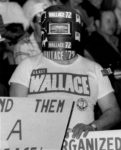
The local press is more risky than the Washington press corps because the local press is unfettered. If a member of the Washington press corps asks an embarrassing question, they quickly find themselves ostracized and they don’t get called on for questions during press conferences. If they lose their access, they lose their jobs. The local press isn’t tied down by those concerns. Some candidates, including Barack Obama, refused to talk to the local press at all. That’s fine, we just spent our time talking to local residents and get their reaction, which often made for better stories. I also questioned his advisers in a private meeting what they intended to do about the economic recession. Their response: they were totally focused on passing health care reform, and the economy could take care of itself. Because it was on background only, I couldn’t quote them.
This story ran Oct. 24, 2006
^Obama campaigns for Democrats; says voters can bring change<
^By STEVEN K. PAULSON=
^Associated Press Writer=
AURORA, Colo. (AP) _ To cheers and applause, Illinois Sen. Barack Obama brought his rock star presence to Colorado on Tuesday as he stumped for the Democrat seeking an open House seat in a race many consider a golden chance for the party in its bid to gain control of Congress.
Hundreds of people attended a book signing in Denver and a rally in Aurora to hear Obama, who said voters across the nation are disenchanted with the Bush administration.
“People say we don’t want a change of course, we want a change of government,” the Democrat said as the crowd cheered.
Rules of the Game
Most people don’t understand the rules of the game between reporters and the people they cover. They think everything is “Off the Record,” which does no one any good. If it’s off the record, a dedicated journalist will have to take the information they are given to their grave. I would first ask them if our meeting was “On the Record,” which means I could quote them, or, in some cases, I would agree not to quote them, but to use the information in my stories to give readers facts they needed to know. The key here is that the reporter has to agree if a source asks to go off the record, otherwise they are on the record and can’t take it back once the interview has started. There has to be trust between a source and the reporter. I kept a toothbrush and toothpaste in my desk and a copy of a subpoena I ignored tacked to my wall so my sources would know I was serious. I told them I kept those items handy because someone would have to take me away in handcuffs before I would disclose a source. Some reporters use these rules to skirt the issue, like the reporter who cited “a high-ranking official on Henry Kissenger’s plane.” Gee, I wonder who they were talking about.
A Cold War Reunion With Cold War Leaders
Other opportunities to interview famous people are too good to miss. Such was the case with a reunion of the Cold War veterans, who gathered in Colorado Springs to compare notes on what was going on behind the scenes while they were making history. I broke with tradition and shook hands with former Soviet President Mikhail Gorbachev after he finished his speech, even though we could barely communicate. I once asked former presidential candidate Gary Hart, who served on the Senate Armed Services Committee, if Gorbachev was working for the CIA when he abandoned communism and broke up the Soviet Union. “We aren’t that smart,’’ Hart said.
This story ran Oct. 19, 1995
^Gorbachev Says Communism Failed, But So Did Western Policies<
^By STEVEN K. PAULSON=
^Associated Press Writer=
COLORADO SPRINGS, Colo. (AP) _ Former Soviet President Mikhail Gorbachev said Monday that communism and Western economic policies have both failed, leaving two-thirds of the world’s population struggling for survival.
He also warned that a return to the Cold War is still possible unless countries recognize the forces that shaped the Soviet revolution that brought the end of the Cold War.
At a meeting of former world leaders who held power at the end of the Cold War, Gorbachev said the West missed a golden opportunity at the end of World War II to keep the allied coalition together. He said the West continues to misunderstand the reasons behind peristroika and glasnost.
“The division of Europe was a missed opportunity. The Cold War is over, but the division could reappear,” he said at a televised forum entitled “A World Transformed.”
The meeting featured discussions involving Gorbachev, former President George Bush, former French President Francois Mitterrand, former Canadian Prime Minister Brian Mulroney and Margaret Thatcher, former prime minister of Great Britain.
Other Political Candidates
Candidates like George Bush, who was seeking to follow in his father’s footsteps when he ran for the presidency in 2000, did talk several times to the local press when he came to town. I asked Bush what he would to as a man of the West from Texas to promote western values like independence and individuality, water and the use of federal lands and resources. After the news conference Bush came up to me, shook my hand and stared into my face from a foot away. I later asked a campaign aide why Bush was eyeing me over. I asked him if I had spinach in my teeth or something. “No, he’s just studying your face so he can remember you when he meets you again,’’ said the aide. It was a skill I never mastered.
This story ran May 30, 2000:
^BC-CO–Bush-Military, Bjt,430<
^George W. Bush meets with veterans at Denver VFW hall<
^By STEVEN K. PAULSON=
^Associated Press Writer=
DENVER (AP) _ Colorado’s military personnel are being stretched to the limits by foreign conflicts and presidential candidate George W. Bush is blaming the Clinton administration.
In a campaign and fund-raising stop on Tuesday, Bush said the military needs to have better-defined missions in contrast to Kosovo, where soldiers are forced to perform duties for which many are not trained.
The United States also needs to rely more on its allies for peacekeeping missions so American soldiers can get their jobs done and get home, he said. That would help reduce the demand on the National Guard and other military resources.
Staff Sgt. Denise Cordova, who has been a member of the 104th Tactical Fighter Wing in Colorado for 15 years, said overseas deployments like Haiti and Kosovo are taking a toll on military families. She said only five people are left as a result of attrition from her unit that served in the Gulf War.
Bush said Clinton promised to be out of Kosovo in six months when troops were sent four years ago “and we’re still there.”
Covering Hillary and Questions Not Asked
President Bill Clinton was one of the more accessible presidents, even though I never got to ask him a question after he became president, even though I covered some of his speeches. I did get to ask Hillary Clinton a question when she ran for president, and regret to this day not asking her the real question I wanted to ask _ whether she felt any remorse or responsibility for walking away from the health care issue, the only major national task she was given when her husband was president in 1992. Sometimes reporters kick themselves for not asking the real questions.
I also regretted not asking the one big question I had while covering a press conference with Israeli Prime Minister Yitzak Rabin. I wanted to ask him if he realized the danger he was in because of his hard-line stance on Israeli policies that were angering his own people. I was afraid I might insult him or cause a ruckus, so I asked him some inane question about U.S. relations with Israel. On Nov. 4, 1995, Rabin was assassinated by one of his own people.
What Happens When Politicians Ignore the Press
Often when local reporters don’t get to talk to the president, they go looking elsewhere. Sometimes they find something better, like
students who got to sit down and talk with President Bush on a trip to Denver. Bush didn’t invite the press, so we went to find what journalists call “real people,’’ those who represent the common man.
This story about President George Bush ran Dec. 8, 1989:
^Students Think Bush Should Do More in War on Drugs
^By STEVEN K. PAULSON
^Associated Press Writer
DENVER (AP) _ Students who met with President Bush on Friday say the president could be doing more in his war on drugs. Some of them also disagreed with his stands on abortion and women.
But they were all impressed that the president took time to sit down with them and listen to what they had to say. Bush later spoke to the entire student body.
Anna Valdez said she asked Bush about abortion, and accused the administration of cutting back social programs. She said the Bush administration should be doing more to provide child care.
Valdez said Bush favored the right of parents to choose child care, but did not favor a government program.
“I don’t see the logic of his policy at all,” said the John F. Kennedy High School senior. “If he’s pro-life, then he should support Head Start and other programs for children who already exist.”
Why Politicians Should Meet With The Local Press, and Why They Don’t
One of the points I tried to make to presidential candidates was the opportunity they had talking to the local press. John Kerry and his staff got it, other candidates like Barack Obama never got it. The national press corps traveling with presidential candidates have heard their speeches a thousand times, and they’re there for just one reason, to catch the candidates screwing up. Actually, for two reasons, the second being the possibility there might be a tragedy. The local reporters may have heard it before, but it’s the first time they’ve covered the issue and they will get the message out to other people in the state who may be hearing about the potential local impact on their lives for the first time. Others like John McCain despised the press and would not talk to them. They would rather take their case directly to the people, which is fine, but in many cases, they’re preaching to the choir. Those people who show up to support them don’t need converting, while others might change their minds if they knew more about the candidates.
John Kerry’s Train Interview, John McCain’s Meltdown
One of the greatest challenges for a reporter is covering politics. People don’t want platitudes, they want the truth. I’ve had the opportunity to cover many politicians in my career: Japanese Prime Minister Yasuhiro Nakasone, who was seen as a Ronald Reagan clone, Soviet President Mikhail Gorbachev, who was remarkably candid, and Barack Obama, who often refused to talk to local reporters who didn’t have a vested interest in furthering their careers in Washington.
John McCain was one of those politicians who was difficult to cover. During a fundraising speech in Aspen, Colorado, McCain told the audience that he had been receiving death threats because of his stand on illegal immigration. After the speech, I went up to him and asked him what he meant. “I don’t want to talk about it,’’ he said. I told him he already talked about it in public and the public had a right to know what he was talking about. I wanted to know if the threats came from people who opposed immigration or those who were angry that pro-immigration policies did not get more support. “I told you I’m not going to talk about it,’’ he hissed as he walked away.
Covering politics can also be a be a riot sometimes. They often result in stories, like “The Boys on the Bus,’’ about the shenanigans of reporters who get bored hearing the same speeches over and over, and who can tell the punchline of a politician’s joke before they even start telling it.
I think I had one of the best campaign stories of the 2004 presidential election. I was invited by Democratic presidential candidate John Kerry to join him on his whistle-stop train campaign to win the West. I joined Kerry on the train in Lamar, Colo., and we had a great interview with Kerry and his running mate, John Edwards in their plush rail car at the back of the train as they talked about their political philosophies and their plans to win the election. However, when the train got to Santa Fe, the local reporters got thrown off the train by the Secret Service in a dangerous, squalid section of town, while the national press continuing on got on a bus with Secret Service protection to take them to their hotel.
It was midnight, and the area around the station was deserted. I went to the local Greyhound Bus Station across the street and was told it would be 24 hours before the next bus left for Denver. I asked them to recommend a hotel, and they recommended the hotel where their drivers stayed. I was desperate, and it was only a few blocks away. It was four stories tall, and every floor and balcony was covered by chain link fence. The hotel clerk demanded $100 in cash, and I paid up.
At 2 a.m., I was awakened by car alarms going off. At 4 a.m., I was awakened by gunfire. By 6 a.m., I had enough. I quickly filed my story and asked the hotel driver to take me to the airport. There I discovered I fit all the major criteria for a terrorist _ I had no plane reservation, I bought a one-way ticket paying cash and I had no luggage. It didn’t take bubba long to drag me out of the security line and give me a strip search, complete with a hand in my crotch. This after I had just gotten off the train guarded by the U.S. Secret Service protecting a presidential candidate. Go figure.
This story on Kerry ran Aug. 8, 2004 on the AP wire:
^By STEVEN K. PAULSON=
^Associated Press Writer=
TRINIDAD, Colo. (AP) _ Americans should do more to protect themselves against terrorism by getting trained and setting up neighborhood watch groups, Democratic presidential candidate John Kerry said.
The Massachusetts senator also said he also supports a strong military defense and would continue research on missile defenses started by former President Ronald Reagan.
In interviews with Kerry and his running mate, John Edwards, aboard their campaign train with reporters, including The Associated Press, from Colorado and New Mexico, the two men said the nation needs to establish some form of neighborhood watch to train people to respond to terrorism alerts and cope with potential attacks.
“We need a neighborhood watch kind of system so that we have a way to notify people, they know what they’re supposed to do. We shouldn’t have millions of Americans, or hundreds of thousands, trying to figure out at 3 o’clock in the morning what they are supposed to do. They ought to know what they’re supposed to do,” Edwards said.
This story on McCain ran Aug. 15, 2007, on the AP:
^By STEVEN K. PAULSON=
^Associated Press Writer=
ASPEN, Colo. (AP) _ GOP presidential candidate John McCain poked fun at his faltering campaign on Wednesday, but on a more serious note disclosed that he has received death threats for his stand on illegal immigration.
During a speech before The Aspen Institute, a public policy forum, McCain said he has no intention of changing his position on illegal immigrants, even though it has hurt him in the polls and angered anti-immigration groups.
“I have never seen an issue that has inflamed the passions of the American people the way the issue of immigration reform has, ever, including Iraq. I have never heard such rhetoric. We have never received death threats before like I received. It is unbelievable how this has inflamed the passions of the American people,” McCain told a mostly packed tent.
McCain said he believes the nation needs comprehensive reform and said he won’t back down on a temporary worker program for the 12 million illegal immigrants now in the United States. In an interview after the meeting, he refused to elaborate on the death threats, saying he couldn’t talk about it.
Kobe Bryant And The Unanswered Question
Some stories make you want to get to the bottom of a public figure’s motivation. What made Kobe Bryant self-destruct? I never did get the answer. I think some public figures get so much adulation, they begin to believe all the hype. I think others become self-destructive because they don’t believe they deserve all of the praise that is heaped upon them. In most cases, we’ll never know.
This story about Kobe Bryant ran Sept. 2, 2004:
^AP Interview: Bryant judge frustrated by gaffes in case<
^By STEVEN K. PAULSON=
^Associated Press Writer=
EAGLE, Colo. (AP) _ The judge who dismissed the rape case against NBA star Kobe Bryant expressed frustration Thursday, saying a series of embarrassing courthouse mistakes should serve as a warning against taking money away from the judiciary.
In an interview, District Judge Terry Ruckriegle recalled looking into the eyes of the accuser’s parents during a July court session and apologizing for the gaffes, which included the posting of her name on a state courts site _ twice.
Sitting in his largely empty courtroom less than 24 hours after Bryant walked away from a case that could have landed him in prison for life, a weary-looking Ruckriegle declined to discuss details of the case. But he said it should serve as “exhibit A” in the argument against slashing court system budgets.
“This is a nationwide problem,” he said. “This is no longer a potential impact, it’s a very real impact.”
Ruckriegle dismissed the case late Wednesday after an attorney for the 20-year-old accuser said she no longer wanted to participate. The attorney, John Clune, cited a long series of mistakes, including the release of her name in court documents and a goof that sent her medical records to attorneys in the case.
Covering the Civil Rights Movement and Riots
As the civil rights movement spread through the South, even Florida, a retiree mecca, wasn’t immune. So when Melbourne police sealed off the southeastern quarter of the city after the movement turned violent, my first task was to get behind police lines and report. I drove down the railroad tracks leading into the city, and I found the action, or it found me. Coming upon a seemingly deserted intersection in the middle of the rioting in my tiny Austin Healy Sprite convertible, I felt my car being lifted in the air and carried down the street.
James Misner, my colleague at the Brevard Sentinel, heard my frantic cries for help on the two-way radio from my car and he didn’t help much.
“You tell those bastards if they hurt you, I’m coming down there personally and kick their asses.’’
Unfortunately, they could hear it through my convertible roof and it only made them madder. When my tires hit the ground, I gunned the engine and roared off toward police lines as the rioters scrambled to get out of the way.
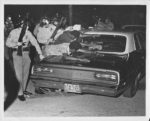
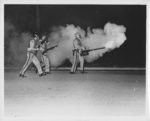 The next night, police came in to restore order and I was with them. They brought pepper spray and began dispersing the crowds, and found a bomb on one of the rioters. Every time my photo flash went off, we became the targets of rocks and bottles, and we heard some occasional gunfire. I crawled into a ditch. The police told me to put my camera flash away, because I was making them targets, and I was more than happy to comply. I also understand what it’s like to be the target of rocks and bottles. They hurt and it can be life-threatening.
The next night, police came in to restore order and I was with them. They brought pepper spray and began dispersing the crowds, and found a bomb on one of the rioters. Every time my photo flash went off, we became the targets of rocks and bottles, and we heard some occasional gunfire. I crawled into a ditch. The police told me to put my camera flash away, because I was making them targets, and I was more than happy to comply. I also understand what it’s like to be the target of rocks and bottles. They hurt and it can be life-threatening.
The Boys on the Bus and Other Rogue Reporters
Reporters get away with a lot of things. Like the political reporter who became a legend for the fake letters he sent to politicians and lawmakers. You never made it in politics in Colorado if you didn’t get one of his letters. You probably regretted it if you did, like former Colorado GOP Senate President Ray Powers, a conservative politician who was spotted in a breakfast line at the Capitol loading up his plate. That is, until he got to the end of the table, where he found it was sponsored by the Gay and Lesbian Coalition of Colorado.
Powers ran back down the line, throwing the food back on the table, but not before the reporter spotted him. The letter Powers received nearly floored him. After he read a letter on semi-official letterhead allegedly from the club thanking him for his support, he came running out of his office screaming at the top of his lungs at his secretary: “You call those sons o’ bitches back and tell them, hell no, I ain’t coming to their hot tub party.’’ “Relax,’’ said his secretary, “It’s just another fake letter from a reporter.’’
Another reporter I liked was an investigative reporter with the Orlando Sentinel, who had an intense dislike for politicians that grew out of his service in the military. This reporter could break stories no one else could break. Like a grand jury investigation into corruption in Orlando. No one could figure out how he kept getting scoop after scoop of the grand jury. I was also trying to break the story, but I could never get any sources to tell me what was going on. It turned out the other reporter didn’t have sources either, but he did have moxie. He figured out that the grand jury took a potty break around 10 a.m. every day, so before they took a break, the reporter, who was no small man, would sneak into the men’s bathroom, close the door and stand on the stool. When grand jury members came in to use the bathroom, they would look around and figure the coast was clear and discuss the case. Big mistake.
But my favorite co-worker was an Orlando Sentinel reporter who later went on to work for military intelligence. He was one of the most irreverent reporters I ever met, and he hated editors as much as they hated him. One night he came into the newsroom and found the city editor hard at work editing Sunday copy which had to go to bed before he could leave for the weekend. That was back in the days when reporters used typewriters to write our stories, and pasted together each sheet of paper, or “take,’’ with glue.
The editor had finished his work and was bored, so he started making glue balls, spreading the glue on the desk with a brush and rolling it into bigger and bigger balls as it dried. We used them to play baseball, hitting the rubber balls with large metal rulers called pica poles used to measure copy. It was a newspaper version of home run derby. Those were the days when you could also smoke in the newsroom. This reporter casually tossed his cigar on the glue and the desk caught fire. Other reporters scrambled to put it out with a fire extinguisher.
When the fire was out, the editor looked in dismay at his charred Sunday edition. The reporter casually scraped up the charred remains and left them in the mailbox for the other Sunday editors.
Then there was my first real boss, who was sports editor for the Brevard Sentinel, the Cocoa bureau for the Orlando Sentinel. Every newspaper has an office clown, and our bureau was no different. This journalist loved to make trouble. It turned out our bureau phone number was one digit off from the Sears appliance repair line, and people were always calling, fuming about their appliance woes. One day, the reporter had enough, and the entire office broke out laughing when he answered the phone, listened patiently, and told the caller, “Lady, we don’t care if your washing machine is broke. We got your money, now leave us alone.’’
He also covered sports, and I quickly learned how not to do the job. One night, he covered a high school game and left minutes before the game ended after filing his story. He missed the last-minute touchdown. On another occasion, he made the sports editor’s life a living hell. In those days, people typed their story on copy paper, and the boss saved time by pasting together the “takes’’ on his typewriter as he finished one sheet and started another. By the end of the morning, the sports editor had four or five takes pasted together and continued to pound furiously on his typewriter. The rogue reporter sneaked into his office and set fire to the bottom sheet. The sports editor continued to pound away, until he saw flames creeping over the top of his typewriter. Unflustered, he pulled out his last sheet of paper and calmly started over.
Setting Aside Emotions While Covering Disasters
One of the more stressful jobs that reporters have is covering disasters, and I’ve covered many. Like a B-52 bomber crash in Orlando that left swimming pools and my pants on fire, hurricanes, tornadoes, and fatal car crashes like the semi-tractor trailer that ran over a car at a stoplight, decapitating three children. There were fires, explosions and other catastrophes, many of which claimed lives.
One of the more difficult was the fire on Storm King Mountain in Glenwood Springs that killed 14 firefighters. I was in the office when the first reports came in _ a wildfire had raced up a mountain in western Colorado, and 40 firefighters were missing. I told the editor that I needed to leave immediately and the editor agreed. It was a 100-mile-an-hour race through the mountain passes to get there, and I’ll never forget the scene as I came through the Glenwood Springs tunnels. The entire mountain looked like a giant flaming charcoal briquette. We interviewed the governor and federal officials until midnight.
The next morning I drove west to the other side of the mountain, and I saw firefighters in a truck parked by Interstate 70 looking up at the mountain through a telescope. I asked if I could take a look and they said yes. What I saw almost made me sick. Firefighters had more than a dozen silver bags they had gathered on the side of the mountain. The bodies were still inside the protective bags the firefighters carry to provide limited emergency shelter if they are trapped by fire, dubbed “shake and bakes’’ by fire jumpers who parachute into the edges of a raging wildfire to fight it.
Here is the story that ran July 8, 1994:
^No One Expected Modest Brush Fire to Become a Firestorm
^By STEVEN K. PAULSON
^Associated Press Writer
GLENWOOD SPRINGS, Colo. (AP) _ Everyone knew a shift in wind was coming, but no one expected it to transform a modest brush fire on Storm King Mountain into a deadly inferno. The death toll climbed to 14 on Friday as the last two bodies were found.
“They were in a situation where they were making the decisions. They were aware of the risks,” said Bob Moore, state director for the U.S. Bureau of Land Management.
“The fire was handled routinely. … It was a small fire, an ordinary fire and we had limited resources,” he said.
The last two bodies were found about a quarter mile north of where the others were found, Garfield County Undersheriff Levy Burris said.
“They were running along the ridges and apparently got caught up with nowhere to go in a ravine,” Burris said.
The bodies were taken to a Glenwood Springs mortuary. Burris said autopsies would be performed on the last two victims found Friday.
In Washington, Interior Department officials said a federal review board will “establish the facts and sequence of events” that caused the firefighters to become trapped Wednesday and “identify ways to prevent a recurrence.”
Wind that pushed fire quickly through steep and rugged terrain had been forecast about 24 hours earlier by the National Weather Service. But Eric Hipke, a smokejumper with 52 other firefighters clearing a line around a 50- acre blaze, said no one expected 50 mph winds to send bands of flames ripping through dried-out juniper and pinion at 100 feet per minute.
The fire was pushed to more than 2,000 acres. Hipke said “the whole canyon just blew up. I’ve never seen anything like that in my life. It just kept chasing us back.”
Courts and Courtesans
It’s funny how reporters, supposedly schooled in the art of English, often use words they don’t understand. My English teachers would be stunned and amazed to find out I’m trying to enforce the rules of the King’s English on stories that can be read by up to two billion people around the world who read The Associated Press. Some of the errors are mistakes that reporters and editors save in their files to share a chuckle now and then, like the headline in the Brevard Sentinel about a faulty bridge, that proclaimed, “Bride stuck open, traffic backs up for five miles.’’ Other mistakes are just plain careless, but there was only one time that I remember where they had to call the Florida Highway Patrol and ask them to stop the newspaper delivery trucks as they fanned out on their early morning trips across the state. It was a standard society photo on the front page of a local edition about the wives of prominent judges holding a social, and someone obviously didn’t read the dictionary. The headline: “Courtesans gather for social.’’ As far as I know, they got all of the papers back and destroyed them. Another one of my favorites was a simple typo error about a player who suffered a spinal injury, but it got national attention. The headline: “Player suffers ruptured dick in the back.’’ Ouch.
Trial By Fire After Joining An International Wire Service
Joining The Associated Press after a long and distinguished career at The Orlando Sentinel, I thought I knew it all. I had won more than 30 awards for my writing, investigative reporting and photos. I was very proud after being hired by a reporter for the AP and I wondered if my 12 years of experience with a large circulation newspaper would be good enough for one of the most respected news agencies in the world. I had learned from one of the best in the business, an Orlando Sentinel rewrite man who took my dictation and turned it into prose that had my name on it, but it didn’t look like the story I dictated. I sometimes wished I could write that well. I watched in awe as Charlie Jean wrote a story paragraph by paragraph while watching the television as President Richard Nixon made his famous “I’m not a crook’’ speech at nearby Walt Disney World for a story for the afternoon paper while they held the presses. He typed it out paragraph by paragraph while editors ripped the copy out of his hands and rushed it down to be set in hot type, back in the days when they still used lead letters to make plates for the high-speed presses. So it was trial by fire when I reported for duty at the AP in Raleigh, N.C., and was almost immediately sent to Greensboro to cover the murder verdicts in the “Death to the Klan March’’ that rocked the nation with videos of Klansmen chasing and shooting members of the Communist Workers Party as they tried to hide under cars. I thought I had hours to get the verdicts and write the story, like we had at the Orlando Sentinel. This was in the days before the Internet and the 24-hour news cycle turned into the 24-second news cycle. I quickly learned the ways of the wire service. I hadn’t staked out one of the only pay phones in the building and got beat by the competition. And I learned very quickly how to translate courtroom legal gibberish into a meaningful story.
How Not To Cover The Overnight Shift
I also learned that working for The Associated Press, like most news organizations, is live and learn. The only way to train new staffers was to sit them down with a veteran, watch them work, and have them read the bureau manual. Which is torture. The manuals are usually thick ring-binder notebooks put together by staffers who tried to write down everything they learned. By the time they finished writing the manual, it was already out of date, because the demands of the business changed so quickly.
I found out the hard way that you have to make your own manual if you want to get it right after a staffer called in sick for the overnight shift. The supervisor threw the manual at me, put me in charge by myself and left for the night. I did well until about 2 a.m., when I couldn’t find a weather item that the manual said absolutely had to move for radio stations at that hour. I was still floundering, trying to find the missing weather copy, when the editor walked in at 7 a.m. and said he was ready to take over the story about a blizzard raging in North Carolina. He was stunned that I was still looking for weather copy that no longer was needed on the wire. I was flustered when he asked why I didn’t have on the wire a story about the blizzard. When I told him I was still searching for the 2 a.m. fixture, my career nearly ended. Fortunately, the editor understood what happened and he got the story on the wire, with no one else the wiser. To this day, no one has updated the manuals on our desks. Some of the newspapers still listed in my current manual no longer exist.
Football stats and why I was one of the most popular sports writers in Florida
Newspaper writers either develop a devoted following or they quickly become ex-writers. I became one of the most popular sports writers in Florida, even though my devoted following learned I didn’t have a clue was I was doing. I was selling subscriptions at a phone bank for the Orlando Sentinel as a teenager when I was discovered by Martin Greco, a manager for the paper who heard I had a nose for news and had taken some photos I had published for the Brevard Bureau. He said he didn’t have a photo job available, but he would hire me to cover high school sports. I quickly became a phenomenon, and people were scrambling to buy the paper for my sports stories. Why? Because I had to keep my own high school sports statistics, and I though you measured passing yardage from where the ball was thrown until where the player ended up. Scouts were pouring in to see local football players until they started comparing my stats to the competition, the Cocoa Today newspaper. That didn’t stop parents from buying the paper. My stories are still in scrapbooks across the nation touting the phenomenal football careers of their sons.
Covering the Nicaraguan Earthquake and a Dictator
The Nicaraguan earthquake struck like a thief in the night, and Latin Americans who had flocked to Central Florida quickly mobilized to send a relief flight to Managua. I volunteered to go for the Orlando Sentinel, and we boarded a rickety propeller powered air travel club Sky Safari plane, converted to carry cargo, for the six-hour flight over Cuba and the Caribbean. We were met at the airport by Luis Samoza, the nephew of Nicaraguan dictator Anastasio Samoza.
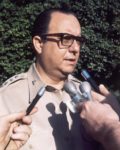
He took us to his uncle’s home, where he and his relatives discussed rebuilding Managua. Anastasio said the reporters present could not take notes or tape record the meeting. I mentally jotted down the quotes and the speakers. The radio reporters who saw my story accused me of secretly recording the conversations, but I swear I did it from memory. When we got ready to leave, Luis invited me into his Jeep, and gave me a machine gun. “What am I supposed to do with this,’’ I asked. “The Nicaraguan people are hungry and desperate. If they storm the Jeep, shoot them,’’ he said. I got a photo of an old woman begging for food out of a warehouse stocked with supplies.
Here is the story from the Orlando Sentinel
Managuans Hoping For Rebuilt City
By Steven K. Paulson
Orlando Sentinel
MANAGUA, Nicaragua _ It was a small hacienda just outside the barbed wire fence that encloses El Retiro Hospital in Managua.
Luis Samoza, nephew of General Luis Samoza, Pepe Samoza, a captain in the army and brother of General Samoza, a Caterpiller tractor distributor, a geologist, and several other government officials huddle over beer discussing the past and future of Managua.
“I tell you I had a grim task today,’’ said Pepe. “Today we found 150 bodies at the prison. Ask the American photographer, he was there. A Catholic priest went to each body and administered the last rites, and then we used detergent and gasoline to burn the bodies. They were buried for 11 days before we could get to them.’’
Luis Samoza, whose uncle is the general, was in Miami with his cousin Anastasio when the earthquake occurred.
“It was unbelievable,’’ he said. “The people who were here during the earthquake can believe it and they are still alive. Me, I find it hard to believe,’’ he said.
Luis said the town would probably be rebuilt on the same spot, but a new set of building codes will be required. Pepe agreed.
“Sure, there are several fault lines that run right through the city but look at the buildings that were well constructed _ they are still standing.’’
Under army escort, we left the house to return to the airport. Luis came over to the Jeep and put a machine gun in my lap. Then we headed for the plane.
Friday morning, fires still raged in the city. Ambulances ran back and forth. A line of people six blocks long waited their turn to get beans and rice from the back of a dump truck.
The Challenge of the Challenger Explosion
Journalists are a paranoid group. Everyone loves poking fun at the press for falling for pranksters, and warnings go out to all reporters on April Fool’s Day. People still remember the “Dewey Defeats Truman’’ headline, and no one wants that to happen to them. But sometimes the rules for checking out information is just silly. Like the time I was attending a Republican governor’s meeting in Aspen, Colorado. I was relaxing in my hotel room the night before the meeting when I heard an ambulance go screaming by my hotel. Then another. then another, until it became a parade of emergency vehicles. I jumped in my car and followed them west of town, where there was a police blockade. They waved me through, along with the emergency vehicles.
I quickly figured out what had happened. A jet had crashed just west of the airport in a ravine. I saw the bodies of 18 people, some of them still strapped in their seats sitting on the highway. I called the office and dictated a bulletin that a jet had crashed and some victims were still strapped in their seats. The editor called back. “Who can we attribute this to?’’ he asked. I told him I was standing next to the bodies. “Yeah, but who says? Get me a quote from a fireman,’’ he said. I nearly threw up looking at the bodies. I finally got a fireman to tell me what I saw for myself.
It wasn’t the first time I had to find someone else to confirm what I had witnessed. I was among millions of people watching when the Challenger space shuttle lifted off with the first civilian passenger, a public school teacher. We all watched in horror as the shuttle exploded. I knew they were dead after watching the explosion, and there was nothing left of the shuttle. I wanted to move a bulletin to the world on what I had witnessed. I grew up with the space program. I was told by the editor to wait for Howard Benedict’s story from Cape Kennedy so we could get attribution. Hours after the explosion, it was reported that the astronauts were presumed dead. Unlike the Mercury, Gemini and Apollo launch vehicles, there was no escape rocket on the shuttle. “We still need attribution,’’ the editor said. Aargh.
Here is the story on the Aspen plane crash that finally ran on the AP on March 30, 2001, after much discussion about attribution.
^Eighteen killed in Aspen plane crash<
^By STEVEN K. PAULSON=
^Associated Press Writer=
ASPEN, Colo. (AP) _ A chartered jet slammed into a hillside Thursday as it approached an airport in this ski resort town, killing all 18 people on board, authorities said.
The plane fell apart as it dived across a culvert and struck another bluff just short of the runway. Wreckage and bodies were strewn across the crash site. Dead passengers were still strapped to their seats, and one was sprawled on a hillside.
There were no distress calls before the crash, said Marie Munday, a spokeswoman for the Pitkin County Sheriff’s Office. All 18 bodies were recovered, she said.
Covering the World As A Foreign Correspondent
One of my lifelong dreams was to be a foreign correspondent. I had traveled around the globe, traveling both east and west. I had been to 61 countries, ranging from Russia in the north to Tanzania and Fiji south of the equator. So I joined the AP, which has foreign correspondents all over the world, to fulfill my biggest dream as a journalist. After three years on the AP World Desk in New York, editing stories from AP correspondents around the world and making sure the rest of the world knew what was going on, the AP finally gave in to my pleas and made me a foreign correspondent in Japan. The AP wanted to send me to London, but I wanted to be in a foreign country and London was like kissing your sister.
They gave me three years of language training in Japanese, and I studied Japanese culture. You couldn’t get more foreign. The Japanese language consists of seven languages and three alphabets, hiragana, katakana and Kanji, the 2,000 characters they adopted as their own from the Chinese. You must learn to speak up to a man of higher stature, over to a man of your stature, and down to a man of lesser stature, and the same goes for women. The emperor speaks court Japanese, and even the Japanese need a translator for those speeches.
The Japanese love making fools of westerners with their language. When U.S. troops arrived in Japan during the occupation after World War II, the Japanese made sure they were taught Japanese by women. Feminine Japanese is totally different from masculine Japanese, so when the big, burly American soldiers spoke to Japanese citizens, they weren’t using masculine Japanese, which is very gruff. A loose translation of the feminine used by soldiers Japanese made them look like gays, telling people “Would you please, pretty please, move to the other side of the street.’’
The Japanese also rely heavily on body language, where what you say is not nearly as important as how you say it. Tatamae is you say, what you see on the outside. The word “Hai’’ is loosely translated as “Yes,’’ but what it really means is, “Go on, I’m listening.’’ The real meaning of these references is called “Honne,’’ or speaking from the heart, often without words, and westerners must try to figure out what the Japanese really mean. One of the most important words in Japanese isn’t a word at all, it’s a sound they make sucking in air around their dental work. Loose translation: “What you’re asking is impossible.’’ So it was a rare occasion when the AP, the New York Times and the Los Angeles Times foreign correspondents were summoned to a meeting with Makoto Kuroda, the head of the feared Japanese Ministry of Industry and Trade, to discuss trade policy.
His interview technique was strange, even by Japanese standards. He pulled out a bottle of expensive whiskey, made us drink, and then told us we could discuss trade policies, but only if we put away our tape recorders and notebooks. “Whatever you can remember after we finish our drinks, you can report,’’ he said. Somehow, I wrote a coherent story. It was also frustrating for western reporters trying to file stories on Japanese press conferences. Japanese begin talking about the subject, and they watch for the visceral reaction of the listener. If they suck air in their teeth, the sentence dribbles off into nonsense because they don’t want to offend anyone. I often tried to file stories saying the prime minister or another Japanese official objected to a proposed U.S. policy. The editors wanted a quote to back it up.
It was hard to explain tatamae and honne to my editors, saying it wasn’t what the prime minister said, it was how he said it. That’s one reason we are so at odds with the Japanese over trade issues. However, I really enjoyed my two-hour conversation with Kiichi Miyazawa, the former Japanese prime minister who was candid about his country’s trade policies.
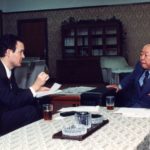
Miyazawa acknowledged that Japan engaged in protectionism, including a ban on cheap U.S. cigarettes until Japanese companies could come up with their own brands. Too bad he lasted less than a year as prime minister. Smart politicians like him often are not very good at politics as a contact sport and they get pushed aside.
This story ran on the AP wire on April 20, 1987:
^By STEVEN K. PAULSON
^Associated Press Writer
TOKYO (AP) _ President Reagan’s sanctions against Japanese electronic exports are being compared to the “coming of the black ships” more than a century ago, when the American gunships of Commodore Perry forced Japan to open its ports to the outside world.
Despite warning from the United States that sanctions were imminent, Reagan’s action Friday took many by surprise. They just didn’t believe the United States would make good on its threat.
Japan hoped until the last moment to strike a deal, as it has in past business dealings with the United States.
There also is a strong sense of unfairness – that many of the problems affecting trade matters have been caused by the United States and that the Washington is taking out its frustration on this nation of 121 million people.
The United States imposed tariffs of 100 percent on Japanese color televisions, calculators, computers and power drills after
accusing Japan of violating a 1986 agreement by selling semiconductors – computer chips – below market price and failing to further open its home market to American-made computer chips.
Japan, which denies the charge, has demanded proof it violated the agreement and says the United States has been unwilling to respond.
—
EDITOR’S NOTE- Steven K. Paulson reports for The Associated Press on Japan from Tokyo.
Hirohito’s Final Words On World War II
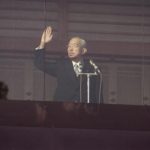
When Emperor Hirohito gave one of his final speeches on World War II, the Japanese waited with deep concern about what he would say about the war, which is still a touchy subject. And what he said will be debated for years to come. It took hours for the AP staff to agree what their emperor had told their people. He started off with the subject, “As for World War II…’’ and when he detected strong disagreement from the audience, it dribbled off into something incomprehensible for most people. The staff debated for hours whether or not he had apologized for World War II. In the end, everyone agreed that he stopped short of taking any responsibility for Japan’s role, saying the war was something they all should remember and they could take pride in rebuilding after the war. Some of the school textbooks still have little mention of Japan’s role in World War II. It’s like the war started the day the United States dropped the atomic bomb on Hiroshima.
This ran on April 25, 1988:
^Hirohito Birthday on Friday; Japan Prepares For His Passing
^By STEVEN K. PAULSON
^Associated Press Writer
TOKYO (AP) _ Emperor Hirohito held a rare news conference Monday to talk of his health and his fabled past as the world’s longest-reigning monarch.
The annual news conference, which will be broadcast Friday on the emperor’s 87th birthday, came as some Japanese already were preparing for the death of the emperor.
Medical equipment has been moved from a hospital on palace grounds into Hirohito’s living quarters so he can die at home, said sources, who spoke on condition of anonymity. Access to the living area has been limited to close family members, they said.
However, they said there was no indication his health is failing.
Some newspapers have already chosen the words they will use to announce his death.
At Monday’s news conference for 30 Japanese reporters, Hirohito talked of World War II and its aftermath, said the sources. It has been 13 years since his last news conference with foreign reporters, when he denied planning the attack on Pearl Harbor but left many other questions unanswered.
Sometimes some of the best stories only make the local wire, and don’t get the international attention they deserve. Japanese officials risked their lives to tell me this story, but by the time editors got to it, the emperor had already canceled a planned trip to Okinawa because of death threats from Okinawans, who were used as human shields as American troops moved across the island.
Here is my story that moved on the AP wires:
Emperor’s Planned Visit Stirs Controversy in Okinawa
By Steven K. Paulson
Associated Press Writer
NAHA, Japan (AP) _ A visit next month by Emperor Hirohito to the island of Okinawa is reviving bitter memories of World War II among island residents, including many who would prefer that he stay home.
Okinawa was the scene of the final and bloodiest battle of the Pacific during World War II. Its residents took part in the only fighting to take place on Japanese territory. Yet although the emperor toured much of southern Japan after the war, he never visited Okinawa because it remained under U.S. occupation until 1972.
A government statement on the coming visit quoted the emperor as saying, “I had always hoped to visit Okinawa. Now that this is about to be realized, I look forward to having an opportunity to console the spirits of the war dead and to thank the people of Okinawa for their patience during their long years of hardship.’’
During his visit to this island of 1.2 million people located about 900 miles southwest of Tokyo, the emperor plans to attend the national athletic championships. He also plans to visit the national cemetery in Okinawa for the war dead.
More than 4,000 people attended a rally Sept. 9 in favor of the emperor’s visit. After listening to speeches praising the efforts of Okinawans and Japanese during the war, they stood and shouted “banzai,’’ a salute also shouted during the war expressing their desire for the emperor to live 10,000 years.
An equal number were expected at a rally later in the week against the emperor’s visit.
A government official who asked not to be identified said he is very worried about the emperor’s visit to Okinawa. He said the emperor’s decision has angered many people, and he said if anything happened to the emperor during his visit, it would be held against the island forever.
Security has already been stepped up around the Imperial Palace in Tokyo.
In 1975, during a visit to Okinawa, a firebomb was thrown at Prince Hiro, grandson of the emperor. Several weeks ago five homemade rockets were fired near the Imperial Palace in what police said was an act by a left-wing group, the Chukakuhaa or Middle-Core Faction, opposing the emperor’s coming trip.
Misao Kamiyama, chairman of the Okinawa prefecture labor union council, who organized the anti-Hirohito rally, said he is opposed to violence but does not want the emperor to come to Okinawa. He said the 64,000 members of his organization are also against it.
“I think the majority of the people are against this visit, although they may not say it for fear of political retaliation.
` `There are so many things he did during World War II to the Okinawan people. I remember the battle of Okinawa. I was 11 years old. We lived in a very small village, but we had so much damage,’’ he said.
He said if Hirohito insists on coming to Okinawa despite the protests, “he must apologize for the war.’’
Environmental Protection Agency Negotiates Chlorofluorocarbon treaty with Japan…Not.
It was fun watching the U.S. government try to function in a foreign country, especially in Japan with its unique culture. Officials in Washington were always getting frustrated with their diplomatic counterparts in Tokyo, but when they tried to intervene, they almost always got it wrong, often with a sneer from the diplomats who knew the culture. So when Washington got frustrated with the lack of progress on a treaty to limit the use of chlorofluorocarbons, the propellants used in hairspray and oven cleaner blamed for global warming, they sent their own delegation to negotiate.
After days of negotiations, both sides called a press conference. The Japanese proudly announced that they had made significant progress during negotiations and now understood the U.S. position. The U.S. negotiators told reporters that as we had just heard, the Japanese were close to signing the treaty. They didn’t understand Japanese culture and the fact that they had just been told to go screw themselves, and they still haven’t signed the treaty.
Japanese Monopoly
Often it’s the little things that tell you about a foreign culture. It’s not the government proclamations, or the cultural tours of historic sites. My wife decided she wanted to learn all she could about the Japanese, so when three Japanese women in our apartment building decided they wanted help learning English, my wife was more than happy to oblige. But it wasn’t until they invited her to play the game of Monopoly did she really learn about the Japanese culture. The women set up the board and threw the dice. As they made their way around the game board, my wife noticed that they were giving up opportunities to buy properties and nail the other Japanese women. My wife pointed it out to one of the women, thinking they didn’t know the rules of the game, telling the woman that she could buy the property and the other two Japanese women would have to pay rent. “Oh, no, you don’t understand. We’re not playing against each other, we’re playing against you.’’ Nuff said.
Japan and the Continuing Deaths of Victims of the Atomic Bomb Dropped on Hiroshima
One of the attributes of a good reporter is curiosity. I was sent to cover the anniversary of dropping the first atomic bomb on Hiroshima, and I wondered if the victims were still getting cancer. I was given the name of a doctor doing research, and he directed me to the living survivor who was one of the closest to ground zero when the bomb went off. She was wearing white clothes that day and had gone to the rest room in the telephone exchange where she worked. You can see what’s left of the building in photos taken after the bombing _ a corner of one building is standing amid the rubble stretching for miles. She said she saw a giant flash coming from behind, and when she went to check on her co-workers, she found many of the electrocuted, sitting at their phone banks. The U.S. military kept it a secret for years. They didn’t want other nations to find out about Electromagnetic Pulse, or EMP, the electrical shock wave created by a nuclear explosion that races down phone and power lines, destroying electrical equipment.
This ran Aug. 5, 1988, and appeared on many newspaper front pages:
^Bomb Still Kills Four Decades Later
^By STEVEN K. PAULSON
^Associated Press Writer
HIROSHIMA, Japan (AP) _ The Bomb still kills 43 years later, with cancers that consume blood, bones, lungs and breasts. It maims with cataracts, genetic damage and with stunted growth in those who were children.
The first atomic bomb used in war dropped on this city Aug. 6, 1945, and leveled it in a blinding blast of 12,000-degree heat, killing 78,000 people instantly.
Scores die each year from the delayed effects.
More than 4,500 names were added during the past year to the list of survivors who died during the past year. Dr. Itsuzo Shigematsu, head of the Radiation Effects Research Foundation, said at least 80 or 90 of those resulted from illnesses directly related to the explosion.
“For these people, and other survivors of the blast, the war has not ended,” he said. “They all wonder if and when they’ll come down with these diseases as a result of the bombing.”
A Beef With The Japanese
Sometimes covering a foreign country can get downright crazy. This story I wrote ran in a Japanese newspaper:
By Steven K. Paulson
Associated Press
TOKYO (AP) _ When a former Japanese agriculture minister told American lawmakers that Japanese can’t eat more beef because of their unique digestive tracts, not only the Americans were surprised.
Many beef-loving Japanese were shocked as well.
The remark by the former minister, Tsutomu Hata, coincided with news that a Tokyo department store was selling beef from a prize-winning cow for $357 a pound. The Japanese cow was bought at auction for more than $200,000.
While that was exceptional even by Japanese standards, everyday beef prices are still astronomical, driven up by the high cost of land in overcrowded Japan and by restrictions on imports to protect the nation’s cattle farmers.
At retail outlets in Tokyo, domestic beef is sold for $12 a pound. Because of tariffs, imported beef ends up costing nearly as much as homebred beef.
Beef is so popular among traveling Japanese that shops are set up in airports in Los Angeles and Honolulu so they can bring it back.
Hata, who made his remarks at a Washington luncheon in December, arranged to persuade the Japanese not to renew beef import quotas that expire April 1. Hata said Japanese intestinal tracts are longer than those of Americans. Therefore, “to the intestinal system it will mean a very big change’’ to eat more beef, he said.
U.S. Trade representative Clayton Yeutter responded, “I’ve never heard that argument before. I’ve heard all the rest of them.’’
Japanese government officials, sensitive to complaints that Japan sometimes uses thin pretexts to fend of U.S. imports, tried to distance themselves from Hata’s assertion.
Makoto Kuroda, the Ministry of International Trade and Industry’s vice-minister for international affairs, chuckled when asked if Japanese really do have unique digestive tracts and therefore don’t like beef. He said it wasn’t so.
Kuroda said he called Hata to tell him that the Japanese wouldn’t need quotas to hold down imports if they didn’t like beef.
Henry Samson, a spokesman for the U.S. Chamber of Commerce in Tokyo, said the United States sponsored a floating department store in 1979 that sailed to eight cities, and the 130 metric tons of U.S. top sirloin were “the hottest item on the ship.’’
“I have a lot of Japanese friends, and believe me, they like steaks,’’ Samson said.
Learning A New Culture
Moving to a foreign country is a challenge. People assume everything important is in English and people understand at least some English. They’re in for a rude awakening. An AP news editor who had just moved to Japan from South Africa with his family had a hard time making the transition. His wife went to a local store and bought a can of what she thought was hair spray. It turned out to be oven cleaner. My wife had to live in Japan 24 hours a day with my son, who moved to Japan with us when he was eight months old. I got to work in an office where everyone spoke English. After the oven cleaner incident, my wife began putting together a notebook with pictures of the major home items and travel instructions needed that included the Japanese characters and the English translations. She often went to the Tokyo Union Church, where ex-pats gathered for social support, and shared her notebook with her friends. It quickly became an institution that the church turned into a notebook for others who had to figure out ways to cope with their new environment.
Opening the Doors to China
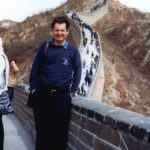
China was still coming out of its shell when I was sent from Tokyo to China to help with coverage of the People’s Congress. It was amazing to watch the Chinese leaders debate issues inside the Great Hall. I also got to cover a nationally televised news conference, where we were told we could ask any question we wanted to ask, something rare for western reporters. I asked if China could compete globally. The answer surprised me.
This story ran April 13, 1988 on the AP wire:
^By STEVEN K. PAULSON
^Associated Press Writer
BEIJING (AP) _ Hainan Island, China’s newest province, will be granted special economic privileges designed to transform it into an export powerhouse that generates badly needed foreign currency.
Foreign businessmen will be welcome to set up companies or joint ventures, and foreign-funded, high-technology enterprises will be allowed to sell part of their electronic products on the Chinese market.
Hainan will be the first province to issue visas to foreigners upon arrival, for business and tourism. The visas will last for 15 days and be valid for Hainan only, according to the official English-language China Daily.
Hainan, off the southern coast, was made a province and a special economic zone by the National People’s Congress, which ended an annual session today.
Prince Norodom Sihanouk and My Translation Blunder
One of the benefits of working for the AP as a foreign correspondent is getting to serve in bureaus around the world. So when I was sent to Beijing to fill in for a correspondent on vacation, I was in heaven. While there only a month or so, I got to cover the Chinese People’s Congress, which was just emerging from its self-imposed isolation. It was also in Beijing that I committed one of my biggest journalistic blunders. While filling in, I got a copy of a letter from Cambodian King Norodom Sihanouk, who was living in exile following the slaughter of his countrymen by the Khmer Rouge. The letter was in French, and I was conceited enough to think I could translate the letter with five years of high school French classes. I got out my dictionary, and the letter, in my opinion, was pretty clear. “I want to return to my country, my countrymen need me, I have a public duty,’’ etc. etc. It was a three-page letter, but I had enough after two pages for quotes for my story. I sent the story to New York, and they sent it around the world.
It didn’t take long for editors in New York to call back. They said Agence France Press, the French news agency, was reporting that Sihanouk had decided not to return to his home country. I told them the quotes were valid and the translation had been verified. They asked me if I read the whole letter. I told them I would translate the last page and get back to them. My heart sank as I read the last page. After rambling on about his need to lead his country, I got to the last paragraph, where he said screw it, I changed my mind, I’m not going back. The editors in New York were very understanding. Once again I could have been fired.
Red Herrings
Traveling between foreign countries is a challenge, even in the best of times. And then there are customs agents. And the Chinese are especially good at protecting their own manufacturers.
When the Beijing bureau found out I was going to Beijing, they asked me to bring a muffler for their aging Toyota. Turns out the Chinese imposed high tariffs on auto parts because they wanted to protect their fledgling industry. Being forewarned, I decided to get around paying the steep taxes because I didn’t bring enough money with me. During a layover in Hong Kong, I bought a shortwave radio. I needed one anyway, because Sony radios were too expensive in Japan.
The AP gave me the muffler, and after we landed in Beijing, I went through customs. I made a big deal about the shortwave radio, waving it around and telling customs officials in a loud voice that I wasn’t trying to smuggle a contraband radio into the country. The customs officials were surprised and embarrassed, because the Chinese government had abandoned many of its xenophobic ways and for years had allowed its citizens to have their own radios. The ruse worked. They shooed me out of customs and stared wide-eyed when I rolled the muffler out of the building and into our bureau car.
Running With The Bulls In Pamplona
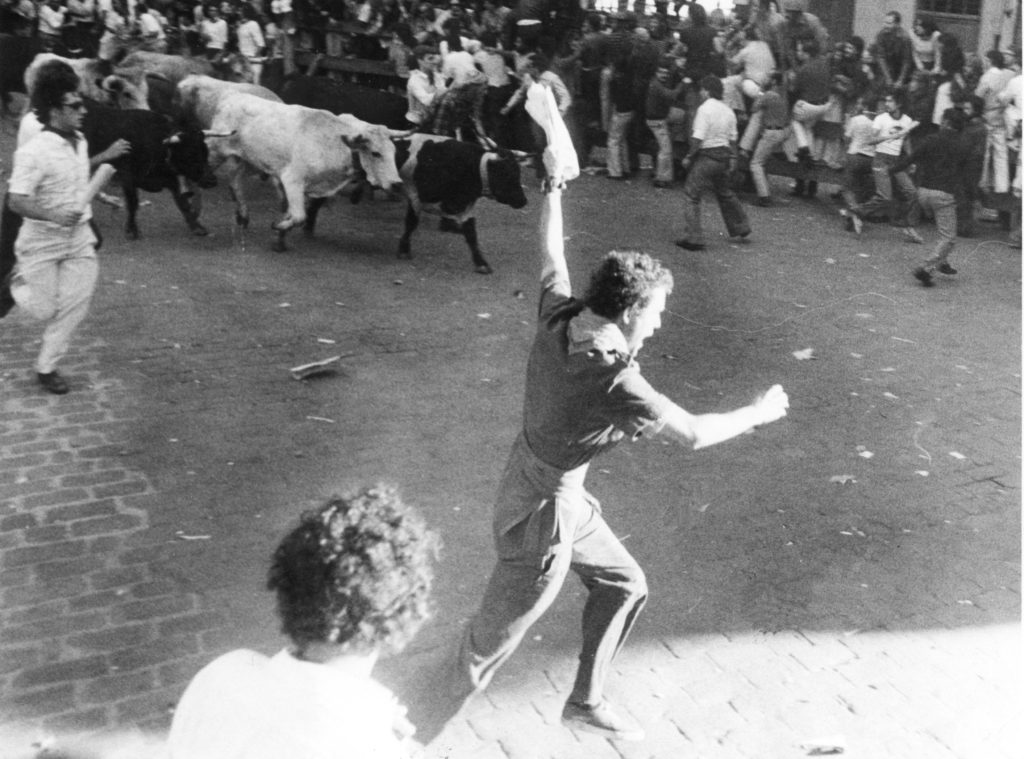
Aspiring reporters often feel an urge to follow in the steps of their predecessors. Cover a war, get documents from sources to expose corruption, grill politicians. For foreign correspondents, one of the holy grails is the running of the bulls in Pamplona, Spain, every year. Ernest Hemingway did it, James Michener did it, and I had to try it to verify my bona fides as a young reporter for the Orlando Sentinel. I did it nine times.
One became known as one of the most famous encierros, or running of the bulls, in Pamplona history. The rules were simple. Buy a red beret and a red bandana, drink lots of wine and stand in the street waiting for a herd of stampeding bulls to run a mile from the river to the bull ring. The bulls can do it in two minutes. Do the math. The nine-minute encierro was different. A veteran of three or four bull runs, I knew the drill. Let the scattered, scared drunk crowd of runners go past, wait for the bulls, run with them for 100 feet and bow out. The only rule was that you could not leave the streets until a cannon sounded, signaling the bulls were all in the bull ring and the streets were clear.
Runners who tried to climb over the wooden fences before the cannon sounded got beaten and thrown back into the streets with the bulls. On this day, I ran with the bulls a short distance, and waited for the cannon to sound. It never came. As the bulls neared the ring running up the cobbled streets, someone peeked out from behind a door on the street where the bulls were completing their journey. A bull got distracted, charged the door and got it stuck on the horns.
Confused, the bull turned around and began running back towards the river where the race began, mowing down runners who thought they were done for the day.
The bull got halfway back before some brave soul knocked the door off the horns and got it turned around. There is nothing worse than a lone bull, especially a lone bull in a crowd. It was one of the longest nine minutes of my life. Fortunately, no one died that day.
Later in the day, matadors fight the bulls that ran in the streets. The fights are usually lackluster because the animals are tired after their morning run, but I once saw a two ears and a tail bullfight. One ear is awarded for a good bull fight, two ears for a great bullfight, and two ears and a tail for a spectacular bull fight. The fight began slowly, with the matador stalking the bull with pics, little spears that are stuck in the bull’s back. It progressed to the cape, and just before it ended, the matador stared the bull into a trance, forced it to its knees, and stuck his head in the middle of the bull’s horns. One shake of the bull’s head and the matador would have been dead. He kept it there for about 10 seconds. The crowd went wild.
Before anyone runs with the bulls, they need to know the protocol. Carry a rolled-up newspaper and it might save your life. If a bull gets separated it becomes dangerous. Running with the bulls is not as hard as it looks. Wait for the bulls as the crowd surges ahead, run into the herd and after a short way, drop back.
If a bull gets separated, snap the newspaper open, throw it in front of the bull and bury your body in a gutter until the danger is past. But don’t get carried away. I once followed the bulls into the ring, the gate got slammed behind me and I heaved a sigh of relief as the bulls were herded into the chutes. For the uninformed like me, the fun was just beginning. Small bulls with leather sheaths on their horns are released into the crowd after the main event and the animals chase the runners around the ring, scraping them off the walls. The more experienced runners form a pile in front of the bullpens and let the young bulls slam into them full-speed as the crowd roars. It can be a shock for runners like me who thought the thousands of people in the stands were cheering because we finished our run in the bullring.
The story that ran July 28, 1974, in the Orlando Sentinel:
By Steven K. Paulson
Orlando Sentinel
PAMPLONA, Spain _ To students, it’s a party, to author James Michener, it’s the hell raising capital of the world, to Ernest Hemingway, the Fiesta San Fermin was simply a “damn fine fiesta.’’
Eighty-thousand people showed up for the 365th running of the bulls, a nine-day celebration.
The Encierro (Running of the Bulls) begins at 8 a.m. each of the festival days. Thousands of spectators mill about to watch as men risk their lives to run with the bulls in the streets.
The run begins near the River Arga where a cannon sounds, scaring the bulls out of their pens. The bulls dash up the Calle Santo Domingo, weave in front of the mayor’s house on the Calle Merdaderes and up the Estafeta into the ring.
The bulls that run through the streets in the morning are later fought in the bull ring in the afternoon. They are admittedly bad because they are tired from the morning run.
During the run, the cards are stacked in favor of the bulls, not the runners. A runner must not call the bulls’ attention, run against the direction of the bulls, interfere with other runners by grabbing or pushing them and most important, not grab or strike the bulls. The bulls have no rules. You can read my diary account in my blog on this page.
Idi Amin and the Ugandan Nightmare
Idi “VD’’ Amin was an unknown quantity when I visited Uganda to see the Murchison Falls Game Preserve with its elephants and crocodiles and the most deadly of all, the hippopotamus. Amin’s killing spree wouldn’t begin for another two weeks, when he ordered a British tourist killed at the border. I was dumb and did not realize how dangerous going on a photo safari to see wild animals could be. I rode the steam train to the game preserve and checked into the hotel. I was even more excited when a bull elephant with long tusks wandered up to the door of the hotel. I grabbed my camera and began taking pictures. With a wide-angle lens. From three feet away. The pictures were great, but the other hotel guests held their breaths. I was like the idiots who visit Yellowstone National Park and want their pictures taken with their hands on the backs of the bison. Some people only make that mistake once.
Here is the story that ran in the Orlando Sentinel:
Uganda Memoir
By Steven K. Paulson
Orlando Sentinel
KAMPALA, Uganda _ The East African Road Service bus lurched slowly across the savanna and stopped about 3 a.m. near a lonely outpost on the Ugandan border.
The tourists were herded off the bus, luggage received a cursory search and everyone was given permission to enter Uganda.
Everything seemed fine until the guard climbed on the bus and told me that because I was white, I would have to sit in the back of the bus. I meekly complied.
The date was Aug. 28, 1972. In two weeks, Idi Amin was to begin a rampage that would turn this beautiful country into a wasteland.
Already signs of impending terror had begun to appear. Guards were abusive to tourists. Officials in Kampala were unwilling to help arrange travel to northern Uganda, to the game preserve at Murchison Falls. It was politely suggested I go back to Kenya.
Lacking cooperation from local officials, I purchased a ticket on a steam-powered train running from Kampala to Packwach, a small city on the Albert Nile near my destination.
The trip was grueling, a 313-mile journey that took almost three days. The train passed through many villages, some of them little more than clusters of grass huts. Bare-breasted women carried vegetables on their heads, others carried gravel for construction of a second set of tracks for the country’s longest railroad.
At Mbale, school classes being held in the open-air train depot were interrupted. The arrival of a train was still a big thing to villagers. Guards armed with automatic rifles stood watching as we entered the village. We walked through herds of elephants into town.
On the Albert Nile, the boatloads who admired cascading waterfalls and hungry crocodiles have disappeared, unwilling to risk Amin’s wrath. The herd of elephants are being decimated by Amin, who rides around in a Jeep, gunning them down for sport.
Paraa Lodge, where elephants once came to the back door to be fed by tourists, has been closed. The British who ran the lodge have long since been expelled from the country.
The Nile runs red with blood, victims of Amin’s purges.
Mistaking a Good Chinese Restaurant for a Thai Restaurant
Another one of my journalistic misadventures ended up in print. The Orlando Sentinel gave me three months one year to tour the world, shoot pictures and write stories. One of my assignments was to visit a Thai restaurant in Bangkok and write about Thai cuisine. Unable to read Thai, I chose a restaurant near one of Bangkok’s biggest hotels and ordered dinner. I wrote eloquently about the fried baby birds and other delicacies, accompanied by pictures. I was horrified to find out from a reader after the article was published. She liked my article and told me I had discovered one of the finest Chinese restaurants in Thailand. I tried to learn from my mistakes.
Covering the Mariel Boatlift and People Fleeing From Cuba
History often comes as a surprise. Things happen that you don’t expect. It came as a surprise to nearly everyone when Cuban dictator Fidel Castro opened the gates of freedom to his political opponents and told them to go to the United States if they didn’t like Cuba. We didn’t realize at the time that those freed included mental patients and hardened criminals, but the boat lift quickly became international news.
I was dispatched by the Orlando Sentinel to cover the story as a photographer, and I stayed in Key West for nearly a month. Boatloads of refugees streamed into Key West, almost every one of them with a story.
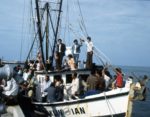
I remember one elderly man who climbed out of the boat and crawled on his knees 200 yards to the customs agent. When he got there, he kissed the ground. There are times when reporters have to be unemotional and impassionate, and other times where that’s almost impossible. After taking pictures, I reached into my pockets and gave him all the money I had _ $10. He and I had tears in our eyes as he marched off to find his family in Miami.
Here is one of my stories from the Orlando Sentinel:
Tales, tears, tenderness fill air at refugee center
By Steven K. Paulson
Orlando Sentinel
MIAMI _ Mrs. Aide Alfaro jumped the fence two weeks ago to get into the Peruvian Embassy in Havana, hoping it was the first step on her road to freedom. Her two sons, Carlos and Orestez, quickly scrambled after her.
Her two daughters, aged 3 and 12, didn’t make it. She left them behind.
“I asked my mother to throw them to me over the fence, but she wouldn’t do it. She said it was best I get out with my sons while I could,’’ Mrs. Alfaro recalled after she was finally safe in a makeshift refugee center in Miami.
Her husband, who was with her in the embassy, believed the Cubans when they offered safe conduct passes allowing them to return home to await transportation out of the country, but when it came time to go, the authorities said there was a problem with his passport. She left him behind too.
Armando Guieria, 16, spent nine days in the embassy, which was jammed with more than 10,000 freedom-seeking Cubans after the embassy guard was withdrawn three weeks ago.
When it came time to leave, people beat him as he ran to the boat. It took 10 stitches to close the wound on his nose. His father and brother got out. His mother did not.
“She was afraid, but we already have family members on the way back to the Keys to try and get her out of Cuba,’’ he said.
There are now more than 1,000 Cuban refugees who have fled to South Florida over the last several days aboard a ragtag sealift of shrimp boats and pleasure craft. They are being transported from the docks in Key West to an immigration processing center in Miami.
They look bewildered as they get off the buses from Key West, foreign faces in a foreign land seeking to build new lives.
Bus load after bus load, the exiles have been arriving at Tamiami Park for processing by immigration officials in a makeshift facility at the Youth Fair Pavilion.
For many, their first taste of freedom has been a pack of chewing gum or piece of candy thrust at them as they wait for immigration officials to call their names.
Timothy McVeigh And His Cold Blue Eyes
When the federal building exploded in Oklahoma City, no one expected the trial to end up in Denver. But it did, and I got assigned to one of the trials of the century. Myself and colleague, Sandy Shore, flew to Oklahoma City to interview witnesses, so when the trial began, we were primed. While we were there, one of the survivors gave me a piece of the federal building that had been blown up. It was a sharp piece of granite that was shaped like an arrow. We met with the prosecutors and defense. When the trial began, we spent weeks in the courtroom hearing some of the most wrenching testimony I had ever heard. There were days when the marshals handed out boxes of tissues because at times, the entire courtroom was reduced to tears, especially when one of the child care workers at the federal building told how she saw her children laid out on the ground, killed in the blast.
“Those are my babies. They’re lying on broken glass. Get them off the broken glass,’’ she tearfully told rescuers. McVeigh sat impassionate as each of the victims who survived testified. Reporters almost unanimously described him as stone-faced. All I remember was the cold blue eyes, the coldest eyes I had ever seen. We had staring contests, seeing who would blink first. McVeigh almost always won. We had a courtroom artist covering the trial, and one of the drawings clearly portrayed those cold blue eyes. I cut out just the eyes and taped them on my computer to remind me what McVeigh was like.
One photographer took a courtroom sketch and pasted McVeigh’s head on people all over the courtroom. They called the altered sketch the judge and jury’s nightmare. I also got a letter from his attorney, Stephen Jones, who thanked me for keeping an open mind while writing stories all through the trial. It’s a letter I treasure, because I was able to separate my emotions from my reporting. He thanked me for being a member of the “old school’’ of journalism, where reporters keep their word, off the record means off the record, reporters try to tell both sides of the story, and I was prepared to go to jail to protect my sources. I kept a toothbrush and toothpaste in my drawer at work throughout my career as a symbol of my willingness to protect my sources, and I kept a copy of a subpoena I got while working for the Orlando Sentinel, ordering me to reveal my sources in a case involving politicians accused of holding secret meetings. I refused, and the district attorney dismissed the case because he didn’t want to throw me in jail. Old School suits me just fine.
This story ran on the AP on Aug. 14, 1997, on the sentencing of Timothy McVeigh
^By STEVEN K. PAULSON=
^Associated Press Writer=
DENVER (AP) _ Making no apologies and no plea for mercy, Timothy McVeigh was formally sentenced to death Thursday after borrowing the words of a Supreme Court justice to suggest the blame for the Oklahoma City bombing rests with the government itself.
“Our government is the potent, the omnipresent teacher. For good or for ill, it teaches the whole people by its example,”
McVeigh said, quoting from a 1928 opinion written by Justice Louis Brandeis in a wiretapping case.
McVeigh, standing before the judge in khakis, a tan shirt and orange prison shoes, spoke for less than a minute in clipped, rapid-fire tones, ending: “That’s all I have, Your Honor.”
It was the first time he had spoken at any length in court.
Across the courtroom, some of his living victims and relatives of the 168 people killed in the April 19, 1995, blast at the Oklahoma City federal building sat stone-faced. Others stared angrily. They heard no admission of wrongdoing, no remorse.
Instead, they heard more of the same suggestions _ made by McVeigh’s own lawyers at his trial _ that he blew up the building in retaliation for the deadly FBI siege at Waco.
“He was trying to justify,” said Charles Tomlin, who lost his son Rick in the blast. “If the government could do what they did at Waco, then he could do what he done at Oklahoma City.”
“I don’t think he is sorry,” Tomlin said. “He did what he wanted to do _ and he got the results he wanted.”
Marsha Kight, who lost her daughter in the bombing, said: “I hope to hear more from him instead of somebody else’s words. Things can change by using your voice instead of blowing up a lot of people.”
McVeigh recited only a portion of Brandeis’ opinion, a dissent the justice filed in the case of Olmstead vs. United States. In it, Brandeis lashed out at government abuse of freedom when the court upheld the use of wiretaps in a bootlegging probe.
“If the government becomes a law breaker, it breeds contempt for law; it invites every man to become a law unto himself; it invites anarchy,” Brandeis wrote in a passage McVeigh did not quote. “To declare that the government may commit crimes in order to secure the conviction of a private criminal would bring terrible retribution.”
This ran on Sept. 19, 1997 on the AP:
^By STEVEN K. PAULSON=
^Associated Press Writer=
DENVER (AP) _ With a promise from the judge that he is starting with a “clear page,” Oklahoma City bombing defendant Terry Nichols went on trial Monday in the same courtroom where Timothy McVeigh was convicted and sentenced to die.
Nichols, 42, smiled and waved to his mother in the front row as he was escorted into the courtroom where the process of selecting 12 jurors and six alternates began.
Prosecutors say Nichols was a supporting player in the deadliest act of terrorism on U.S. soil, acquiring fertilizer and other components, robbing a firearms dealer to finance the attack and helping McVeigh build the bomb. They also say Nichols helped McVeigh stash the getaway car in Oklahoma City three days before the blast.
U.S. District Judge Richard Matsch noted there were many similarities to McVeigh’s trial, including identical charges that could bring the death penalty. But he added: “This is a different case. … It begins with a clear page.”
The April 19, 1995, truck bombing blew apart the nine-story Alfred P. Murrah Federal Building, killing 168 people and injured hundreds.
Nichols met McVeigh in the Army and allegedly shared the same rage at the government. Prosecutors have said McVeigh and Nichols planned the bombing to avenge the deadly FBI siege at Waco.
JonBenet Ramsey
When the phone rang at home early the day after Christmas, the AP was scrambling to find someone to cover a news conference in Boulder about a girl who had been reported kidnapped and found dead in her home. I went straight to the home of John and Patsy Ramsey, where yellow crime tape had been put around the house. There was snow on the road, and candy canes led up the sidewalk to the house. The body had been removed, and after interviewing neighbors who reported they saw nothing out of the ordinary, I went to the Boulder Police Department. There were only four or five reporters there that day, including me. The spokeswoman came in and her statement made no sense. The police responded to the home. They sent police and the parents to look for the child, and hours later, the father found his daughter’s body in the house. I asked why it took hours to find the body, and I asked what police were thinking, sending the father, who should always be a possible suspect in such cases, to look for his child and any evidence he might find on her whereabouts. “That’s under investigation,’’ said the spokeswoman. I was stunned. “What’s there to investigate, your police investigators were there, and I want to know how they missed the body. If you can’t tell us, find somebody who can,’’ I told her. The spokeswoman brought in a detective, who explained that the body was found in a locked room that had been inaccessible and police were not aware there was a room there. They said they had handled the “kidnapping’’ by the book, and I asked them what book they were using, because I had covered more than a dozen such kidnappings, and none of them ever allowed a possible suspect to tamper with evidence. The story only warranted a couple of paragraphs on national wires, until video surfaced of the child beauty queen performing on stage. The case exploded, and television satellite trucks rolled in from around the country. I told investigators that the case would never be successfully prosecuted, and a first-year law student could get that case dismissed. The father found the body, the crime scene was contaminated, any incriminating evidence such as DNA could be easily explained away as coming from the basement floor or dirty clothes, case dismissed. Since then there have been a lot of theories, but no prosecution.
This ran Dec. 27, 1996, based on police interviews on Dec. 26. It attracted little attention until videos of the young beauty queen surfaced:
^By STEVEN K. PAULSON=
^Associated Press Writer=
BOULDER, Colo. (AP) _ The body of a 6-year-old girl who had been strangled was found in the basement of her luxury home, hours after her mother told the police and FBI that she had discovered a ransom note from kidnappers.
On Friday, investigators looked for footprints and other clues around the large house, which was in a close-knit, upscale neighborhood of this city about 30 miles northwest of Denver. A stuffed Santa sat in a sleigh on the snow-covered front yard, the brick walkway lined with candy canes.
John Eller, commander of the Boulder Police Department’s detective division, said police on
Thursday were attempting to comply with instructions from the alleged kidnappers of JonBenet Ramsey when a family member found the body, which had been concealed.
He described it as a “typical kidnap ransom note,” with a demand for money and indications of future instructions. Eller revealed few details about the investigation into Ramsey’s death, other than to say it was “obviously the result of a criminal act.”
The Boulder County coroner’s office confirmed Friday that the girl was strangled.
JonBenet, who was named Little Miss Colorado last year, was the daughter of John and Patricia “Patsy” Ramsey. Her father is president of Access Graphics, a subsidiary of Lockheed Martin Corp. Police said there was no indication the slaying was linked to the father’s employment.
The Columbine Massacre
Every reporter has a limit. I thought my ability to limit emotional involvement in a story was pretty high, because of the wide variety of stories that I covered. The murderers, rapists, con artists, it all became mind-numbing. I was on my way to Colorado Springs to do a story on the military building mock Serbian villages to prepare them for urban warfare when I heard a news bulletin on a local radio station that there has been a shooting at Columbine High School in a suburb of Denver. I called the office and they ordered me to return immediately, so I sped back to Denver, where I began calling hospitals and police. They sent me to the scene to interview witnesses and get details on the youths believed responsible. As I walked into a nearby elementary school that had been commandeered to reunite students and their parents, I saw tearful parents running to find their children. The death toll began climbing. I began asking about the youths responsible. By nightfall, all of us were told that the dead students were left lying where they were found, many of them in the library with their books open where they were shot dead, along with the two gunmen, who killed themselves. The thought of them still lying there was gut wrenching. Gov. Bill Owens came out at 5 a.m. the next morning and briefed the media, giving details of the gruesome scene inside the library. My next assignment was to track down relatives. I went to the home of one of the victims and found the mother crying. Grief counselors had not yet arrived. She kept saying “I killed my son.’’ I asked her how, and she said, “I sent him to school. I killed my son.’’ I assured her that she was not responsible, but she wouldn’t be consoled. Reporters aren’t trained in grief counseling, and I couldn’t take it anymore. The thought that two high school students knew the date, time and place they were going to die and take as many teachers and students as possible with them was incomprehensible. They had even done computer simulations of the attack. I called the office and told my boss that I wasn’t coming in to work the next morning. He told me he understood, but he told me to suck it up and do my job. “You don’t understand, I can’t take this. I’m taking a day off,’’ I said. There are a number of reporters who were emotionally scarred by the shootings. Some of were forced to get counseling, and others quit.
This ran April 21, 1999, the day after the shooting on the AP wire:
^By STEVEN K. PAULSON=
^Associated Press Writer=
LITTLETON, Colo. (AP) _ The two high school students played World War II games, bragged about their guns, and razzed fellow students about kowtowing to the elite students at Columbine High School.
But few students took them seriously until Tuesday, when police said two members of the rebellious group took out guns and started firing.
Classmates identified the dead gunmen as Eric Harris and Dylan Klebold, both juniors at the school. Police refused to confirm the identities, but were seen at Harris’ home, carrying out items including a computer.
Authorities said the two boys killed themselves following a “suicide mission” in which they marched through the school, hurling pipe bombs and firing shotguns, leaving a trail of bodies.
Matthew Shepard And The Gay Backlash
Another murder that took its toll on the public and members of the press was the slaying of gay college student Matthew Shepard in Laramie, Wyoming. I was sent up to help with the coverage, and visited the log fence where he was tied to the fence and left to freeze to death. There were varying descriptions of the way he was found, including claims that he had been tied up like he was on the cross. The killers were quickly arrested and charged, and my next assignment was to work with one of the AP’s national writers on an in-depth story about the life of the victim and the life of his then-accused killers. I thought I knew a lot about investigative reporting, but my colleague taught me how to be relentless about probing facts. We went to their homes, we interviewed neighbors, we interviewed former employers of the accused. We visited the college where Matthew studied, the Kentucky Fried Chicken where the accused eked out a meager living, one of their parents, and then we went back and re-interviewed everyone. The story that we wrote is now part of a course at one college on how to go beyond the obvious in reporting, but it wasn’t about gays. It was about the gap between rich and poor that may have motivated the killers. We reported that the crime as much about economics and two kids who grew up on the wrong side of the tracks and their envy of a rich college kid flouting his wealth and his expensive car as it was about the fact that Shepard was gay and allegedly made a pass at them. The story drew ridicule, but it also got a lot of attention, including one publisher who wrote to congratulate us for looking at all of the facts instead of just the headlines.
The story ran Oct. 17, 1998 on the AP wire:
^By STEVEN K. PAULSON
and TODD LEWAN=
^Associated Press Writers=
LARAMIE, Wyo. (AP) _ Matthew Shepard went to high school in Switzerland. He spoke three languages and had traveled the world. He was raised in a close, loving family made comfortable by his father’s job in a multinational oil company. At the University of Wyoming, he was studying political science.
Aaron McKinney and his friend, Russell Henderson, came from the poor side of town. Both were from broken homes and as teen-agers had had run-ins with the law. They lived in trailer parks and scratched out a living working at fast-food restaurants and fixing roofs.
The three, each 21 years old, were brought together from different worlds in a savage crime that has shaken the nation into another agonizing appraisal of its attitude toward gays.
As attention focuses on the murdered man’s sexual orientation and calls go out for more legislation to protect gays, some see it also as a crime of class hatred in a divided prairie town that defies some of the stereotypes of the West and has missed out on America’s high-tech economic boom.
“Sooner or later this was going to happen in Laramie,” says the Rev. Stephen M. Johnson, leader of a Universal Unitarian congregation here. “This is going to happen again and again and again unless the have-nots of this town become part of the community again.”
The ferocity of the attack on Shepard became evident on the evening of Wednesday, Oct. 7, when Aaron Kreifels, a college freshman, fell off his mountain bike in deep sand and prairie scrub and noticed what looked like a scarecrow dangling from a barricade of lodgepole pine.
But this was not a farm, no place for a scarecrow. The barricade was there to seal off a 14-room luxury house under construction. And it was no scarecrow but a young man, barely alive, with white nylon cords holding up his 5-foot-2-inch, 105-pound frame.
His skull had been gashed in four spots. His nose was broken. The skin on his head and face was cut in 18 places. Some cuts went to the bone. He had been pistol-whipped and left hanging there for 18 hours.
He died at a hospital in Fort Collins, Colo., early Monday from head injuries.
Two days after the attack, police arrested McKinney and Henderson, and Laramie’s shock was complete. Many had believed, or wanted to believe, that such things couldn’t happen here, in a town of 26,687 where cars and homes are routinely left unlocked, where bank tellers know customers by first names. Now Laramie was the focus of national outrage.
The Rocky Flats Secret Source Who Called Himself Foxfire and the Unburnable Documents
I was playing golf at my home course where I often asked people what they do for a living. Everyone has a story to tell, and I like to find it, even while I’m not working. When I asked the man playing golf with me, he told me he worked at the Rocky Flats nuclear weapons plant. I told him I had heard horror stories about the plant and the environmental contamination, and he was intrigued. I gave him my phone number and my address at work, and never expected to hear from him again. A week later, I got a card in the mail from someone who refused to give their name, who said he played golf with me and he was offering information about one of the nation’s most top secret facilities. “Just call me Foxfire,’’ he said. He told me he would be giving me documents, on the condition that I photocopy them and destroy the originals to eliminate any fingerprints. One night at midnight, I got a call. “Meet me in the parking lot of the place we met. Call me Foxfire,’’ he said. I met him in the parking lot at the golf course where we met, and he handed over documents about problems at the plant. He told me he worked in the manager’s office, and the documents were classified. I photocopied them as instructed, but when I tried to burn them in my backyard grill, they wouldn’t burn. The black, typewritten characters turned red. I tried cutting it up, and it appeared to be some kind of linen that was hard to cut. I hosed it down and tried again to cut it up, but it took more than an hour. The documents showed that managers at Rocky Flats were aware of design flaws in one of their plutonium assembling facilities that could kill workers. The air conditioning system was originally designed to implode from the outside to the inside because of decreasing air pressure, but someone had connected the ventilation system to link the inner facilities with the outside ring, which would spread contamination outside the plant and into nearby neighborhoods in the event of an accident. The federal government vehemently disagreed, but Foxfire continued giving me documents that resulted in an assignment that lasted two years, documenting stories about union workers who were accused of trying to kill some of their co-workers who criticized safety concerns by poking holes in their plutonium glove boxes, and others who were doing all they could to keep the plant from being closed so they could save their jobs. The plant closed, and those same workers are now suing the federal government, accusing them of violating worker safety rules. The biggest hurdle to getting the story was not the government, it was the employees and their union bosses who told their employees not to talk to me because they wanted to keep their jobs and the plant open. The plant closed in 1992 and the land was turned into a wildlife refuge that remains closed to the public because of radioactive contamination.
Here are some of my investigative stories that resulted:
^Manager of Troubled Rocky Flats Nuclear Weapons Plant Replaced
^By Steven K. Paulson
^Associated Press Writer
GOLDEN, Colo. (AP) _ The manager of the Rocky Flats nuclear weapons plant has been replaced amid revelations about management failures and employees’ charges that managers are risking unsafe conditions in a rush to restart the plant.
A consulting firm, Cermak Fletcher Associates Inc. of Gaithersburg, Md., has done a study for EG&G Inc., the plant contractor, in which it cites serious management problems at the plant in the last five months, The Associated Press has learned.
Rocky Flats workers told the AP that things are even worse than the report indicates.
Moreover, documents obtained by the AP indicate visits by employees to the plant psychologist were up 660 percent since March.
Plutonium production has been shut down since November 1989 because of safety and environmental concerns. A federal grand jury was convened in August 1989 to determine whether any laws were broken, but it has issued no indictments.
I also tracked down two of the workers who said they had been harassed by co-workers. They said the gloves in their gloveboxes for handling radioactive material had been poked with holes, which could have killed them. I tracked down one of the workers by simply going to the Colorado Division of Motor Vehicles and paying $2 to get her driver’s license information. When I showed up at her house, she opened the door with one hand hidden behind the door. She asked me who I was and I showed her my press pass. I asked if she had a gun, and she said yes. I held up both hands when I went in the house to interview her, and she told me about contamination at the plant and threats to her life.
^Work At Nuclear Plant: Horseplay, Contamination, Harassment
^By STEVEN K. PAULSON
^Associated Press Writer
GOLDEN, Colo. (AP) _ When she started working at Rocky Flats nuclear weapons plant in 1984, Jacqueline Brever began a journal. It would help her remember job procedures, she figured.
But as the months passed, the journal became a log of all that was wrong at the plant: horseplay, sleeping on the job, episodes of workers deliberately contaminating other workers, a room so contaminated with radioactive material that walking on its concrete floor was like walking on sponge.
“When we told them we weren’t going to a job, it wasn’t safe, they just got someone else to do it and we had to clean up their mess. It was a nightmare,” Brever said.
Brever, 34, a former chemical operator who left the plant in April 1991, and former co-worker Karen Pitts have filed suit against Rockwell International and EG&G Inc., the former and present plant operators, and 19 individuals.
They claim they were deliberately contaminated with radioactive material because they talked to the FBI and to a grand jury investigating Rocky Flats’ safety and environmental problems.
Brever’s journal, which she provided to The Associated Press, describes how radiation decontamination teams slept on the job or played cards. Moreover, company radiation inspectors dismissed contamination incidents as statistical errors, and one employee was suspected of deliberately contaminating others, according to the journal.
Brever and Pitts were assigned to plutonium recovery operations at the plant, reclaiming scraps of radioactive wastes for reuse.
Her journal describes life in areas of the plant known as “caustic canyon” and “precip canyon,” the plutonium reprocessing areas of Building 371 at Rocky Flats. Brever said the building is so contaminated with radioactive plutonium wastes that “it’s on the floor heaped in piles. Walking on concrete feels like a sponge. It’s incredibly radioactive.”
It also describes work in Building 771, a building so contaminated that DOE deputy secretary Henson Moore called it a “horror story” and said it should never reopen. Building 771 also recovers plutonium.
I also found a source who told me about design flaws and manufacturing defects that could affect up to a quarter of the U.S. nuclear weapons arsenal. I asked for proof and he showed me one of the designs on his home computer. I was shocked and asked him how he got the designs. He said he smuggled the software out of the plant. The problem, he said, was simple. The plutonium triggers for hydrogen bombs were actually small atomic bombs that would set off a chain reaction on the powdered hydrogen inside. He said they were put together like Russian dolls that fit inside each other, and he said faulty welding had damaged some of the plutonium cores. This wasn’t a big deal if the United States got involved in an all-out nuclear war, but officials at the Bulletin of the Atomic Scientists, a coalition of scientists opposed to nuclear weapons, said one scenario called for a nuclear power to launch one nuclear weapon at the United States, and for the United States to retaliate with one nuclear weapon, and in that case, the U.S. nuclear weapon better work, or it could trigger all-out war.
I went to the managers at Rocky Flats and asked them if they were aware of possible design flaws, and they rejected the evidence produced by my source. They also said it was impossible for anyone to smuggle the software for nuclear weapons out of the plant. I couldn’t prove that the weapons were defective, but I could prove that the designs were smuggled out of the plant and the AP published my story, which prompted vehement denials from the Department of Energy that ran the program. Five years later, the government arrested Wen Ho Lee at the Los Alamos National Laboratory on 59 felony accounts, accusing him of downloading highly classified nuclear weapons data. He pleaded guilty to illegal retention of national defense information because some of the computer tapes were missing. They were never found and Lee said later he destroyed them. The story about the possible design flaws in the nation’s nuclear weapons arsenal later ran in the New York Times. The government lied.
A Colorado Gubernatorial Candidate and the CIA
One of the biggest responsibilities for journalists is to vet political candidates. So when millionaire Marc Holtzman decided to run for governor of Colorado, I began with his resume, and some things didn’t fit. After months of investigation, I learned that Holtzman had earned his money by borrowing $4 million from the U.S. government to set up an overseas consulting business in Eastern Europe to help them convert to democracy, a program set up by a friend of the Holtzman family. It was President Ronald Reagan. When Holtzman determined the program was more lucrative than he expected, he gave the $4 million back to the government, thanked the government for their generous loan, and went into business for himself, where he earned tens of millions of dollars. While continuing to investigate Holtzman, I got a from a man who told me Holtzman might have powerful friends, but he also had powerful enemies, and he gave me information of a congressional investigation into Holtzman’s activities. The tip led me to a former CIA agent who got angry with Holtzman’s business dealings and offered background information. The source helped negotiate the release of American Embassy hostages in Iran, and I had met him years before during a party at the American Embassy in Tokyo. I was able to verify the agent’s information with other sources who had been in the Reagan administration. On one occasion, I needed to get comment for a powerful congressman. My source asked me to wait a minute, made a call, and gave me the congressman’s cell number. I reached the congressman at his daughter’s wedding in Maine. When he asked me how I got his number, I told him, “You don’t want to know.’’ The story ran Sept. 2, 2005 on the AP wire:
^By STEVEN K. PAULSON=
^Associated Press Writer=
DENVER (AP) _ Republican Marc Holtzman has spent part of his campaign for Colorado governor touting his work more than a decade ago helping former communist countries with his savvy investment strategies. But a government-backed venture in which he was a key player was the target of a 1993 congressional inquiry that concluded his company had management problems and that Holtzman and his partners were prepaid lucrative salaries to avoid paying higher taxes, according to a review of documents by The Associated Press.
Holtzman disputed the findings and accused Rep. David Obey, D-Wisc., a member of the House Appropriations Committee, of going on a partisan witch hunt during the inquiry. He said Obey was trying to discredit a program launched by President George H.W. Bush, a Republican, to promote free markets in Eastern Europe.
Holtzman is expected to face Rep. Bob Beauprez in next year’s GOP primary to replace term-limited Gov. Bill Owens. The only Democrat officially in the race so far is former Denver District Attorney Bill Ritter.
Holtzman said he agreed to form a partnership in 1992 with the Hungarian-American Enterprise Fund, an investment vehicle that USAID said was funded with a $72.5 million grant. Holtzman said the fund invested $4 million in EurAmerica, a merchant bank he owned along with various partners.
“They put up the capital, and we put up the human capital, the talent, the institutional knowledge in the region. They owned 100 percent of our company, we owned zero percent,” Holtzman said.
Holtzman said it quickly became apparent to him and his management shareholders, Michael Marino, Guy Perricone and Robert Kenedi, that the partnership with the enterprise fund wasn’t working, and he and his partners decided to buy them out.
“Their decision-making was slow, they were bureaucratic and inefficient,” he said.
Holtzman said he and his partners gave the fund $5 million, $1 million over the original investment, in early 1994. He has since cited his work in Eastern Europe in his campaign literature. His Web site says: “In a region only recently freed from the heavy hand of communism, Marc brought much-needed capital to fuel newly blossoming small businesses.”
The Dangers of Being a Reporter
Being a reporter can sometimes be dangerous. Being a foreign correspondent can be especially dangerous, and we always had to be vigilant.
I was on the desk late at night editing and sending stories around the world from our office in Rockefeller Center in New York when I received a teletype from our correspondent, Bob Seavey, in Lima, Peru. The story scared me because it was obviously sent on AP wires and contained threatening language and propaganda. I immediately suspected someone was being held hostage because it was pure propaganda and I knew no one in the AP would ever send a story like that. I called editor Tom Kent at home and we agreed we couldn’t call the bureau without possibly endangering a reporter’s life, so we worked out a plan to reroute a computer in New York so it would only print on the AP bureau teletype in Peru and bypass dozens of other AP subscribers all over South America. The ruse worked and our reporter escaped harm.
Here’s Bob Seavey’s account after hearing my side of the story:
“A very belated thanks for your help. Three members of the Cuba-backed Tupac Amaru revolutionary army burst into our Lima office with pistols drawn and demanded to send a manifesto on their upcoming call for a national strike to all of Peru’s newspapers. Back then our only way of filing was to punch yellow ticker tape and run it through a telex machine. So it took what seemed like a very long time for us to file their 500 words of revolutionary fervor. Steven Paulson filed it back to our printer, making the rebels believe it was reaching their desired audience and they left.
All told, it probably took a half hour to get them out of there. Even though the rebels were only there a short time and didn’t harm me, I worried that the police would get wind of it and a gun battle could occur with us in the middle.”
Frightened by Earthquakes
During my time in Tokyo, we were always at risk of “The Big One,” an earthquake that could level Tokyo. During our stay in Japan, we went through 46 earthquakes, including five that registered 6.0 or more on the Richter Scale. During one earthquake, I was taping a language lesson when a huge earthquake rocked the building. I had a tape recorder running, and you could hear the people scream, with desks jumping up and down as the ground rolled for more than a minute. Three people were killed. During another earthquake, my 3-year-old son was trapped in an elevator at his pre-school. We lived in a real Japanese “apato,” and our neighbors wanted to make sure we knew what to do in an earthquake to keep the building from blowing up. Step One: turn off the gas line. Step Two: hide under a table. Several of the earthquakes we experienced were right under us and we watched in awe as the walls and ceiling slid in different directions.
Flying High With the Blue Angels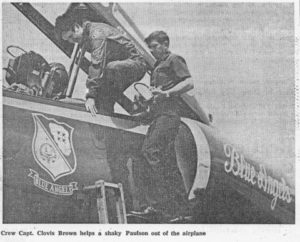
One of the benefits of being a reporter is being able to do things the average citizen will never get to experience. Every reporter has their own bucket list, and one of my dreams was to fly with the Blue Angels. I got my chance while working in a small Orlando Sentinel bureau in Sanford, Fla. Blue Angels pilot Mike Nord was taking me up in his Navy A-4 jet, and he obviously relished getting to show a newbie the ropes. We took off from Sanford airport, and before we even got to the end of the runway, we went vertical to 4,000 feet. He then pulled back on the stick and he urged me to look up. Which was now down. I saw the runway below us, and we had barely crossed the end of the runway and were now flying upside down. He then rolled the jet over and we headed south, towards Walt Disney World, where he began performing maneuvers the Blue Angels would be using in their upcoming air show. We did a few rolls, and then he let me take the stick. I was terrified. When I pulled the stick back, we went into a climb and Nord didn’t try to stop me. I leveled out, and then tried a few gentle turns. At that point, he took back control and showed me how to really fly a jet. He did what he called a four-point barrel roll. He ripped a quarter turn to the right and stopped, slamming my helmet into the cockpit window. He did another snap turn a quarter to the right, turning us completely upside down, again slamming my helmet against the window. I began to break out in a cold sweat. He did it again, and then again, returning us upright, and I lost it. I threw up into my mask. I think he enjoyed it. The paper had relegated the story to the local bureau edition, thinking it was just another rah-rah story about flying with the Blue Angels, until they saw the first few paragraphs of my story and decided to run it in the main paper. They loved it. Walt Disney World hated it.
Out of the Blue, flight turns Reporter’s World Upside Down
By Steven K. Paulson
Orlando Sentinel
“The end of the world is somewhere near Walt Disney World, hanging between Earth and sky. And I thought I was going to die there.
It wasn’t the wing-over that bothered me. It wasn’t even a barrel roll somewhere over Lake
Apopka. It was something Blue Angels pilot Mike Nord called a four-point hesitation roll, and it cost me my lunch somewhere over Walt Disney World.’’
As he talks, he commences his roll, and my stomach begins to churn. The compass inside the cockpit whirls, the altimeter goes crazy. Clouds are down and the ground is up.
“Look up at the ground,’’ Nord advises. “No, I mean look down at the ground by looking up.’’
Sweat begins pouring down my face. A cold blast of air spews from an air vent, but it does little to help.
One more maneuver, Nord says, and it will all be over.
A simple, four-point hesitation roll.
Nord turns the jet sideways, and my helmet slams against the window. He turns the jet upside down, and my helmet hits the window again. Two more quarter turns, hesitating long enough for my helmet to slam into the window each time, and we’re upright again. The entire maneuver took less than two seconds. And then I am sick.
For some reason, the thought of me throwing up over Cinderella’s castle bothered the PR folks at Walt Disney World, one of Florida’s top tourist attractions. I don’t think they ever got over it.
Outlaws Death Threat
As I said, being a reporter can be a dangerous occupation. I got shot at by a bandit I photographed robbing a bank in Orlando, I got threats while writing investigative stories about child abuse at a youth detention center, and I was kept under surveillance while investigating reports of potentially deadly work conditions at the Rocky Flats nuclear weapons facility, according to people who worked there. But one story caused me particular concern, and even though it happened decades ago, I’ve kept an unlisted phone number. One of the duties of a police reporter is to go through the daily reports at police headquarters. I was going through reports at the Orange County Sheriff’s Department in Orlando when I began noticing a pattern in rape reports. Someone was raping women and in one case had poked a girl’s eyes with a needle so she couldn’t identify him. I gathered the reports and took them to Sheriff Mel Coleman, who confirmed that detectives were investigating a man known as “Crazy Joe Spaziano,’’ who had a metal plate in his head after he was wounded in Vietnam. Coleman begged me not to run the story, saying he wanted to catch the suspect and was afraid he would run if we published the story. I told him that the motorcycle gang had already dropped a dime warning Spaziano the minute detectives came to their compound looking for him, and that 250,000 people in Central Florida deserved to know what was going on so they could protect their daughters. Coleman called the managing editor and begged the paper not to publish the story, saying they needed time to catch him. My boss listened, and agreed with me that the gang already knew about it, and that the public had a right to know what was going on. The paper ran the story, and Spaziano was arrested two weeks later in Chicago. When Spaziano was returned to Orlando to face trial, the courtroom was packed with members of his motorcycle gang. Someone from the gang tapped me on the shoulder after he saw my reporter’s notebook and asked me if I was Steven Paulson of the Orlando Sentinel. When I said yes, he said “You’re a dead man.’’
Despite the threat, I continued to cover the story and Spaziano eventually ended up on death row, where he will probably die of old age. Some of the witnesses against him got the message and got amnesia when he appealed his case.
Here’s my story from the Sentinel Star on how the motorcycle gang was trying to improve its public image
Wild cyclists quietly seek better image
By Steven K. Paulson
Orlando Sentinel
Skittish over public wrath triggered by the intimidating behavior and violent crimes of some of their members, many Central Florida motorcycle gangs are trying to improve their image.
“They don’t want publicity anymore,’’ said one Orange County deputy who asked not to be identified for fear of reprisal.
“When they do something, they do it quietly. They’re still doing the things they always did, we’re just not seeing it.’’
Authorities say elements of the gangs still deal in their old pursuits _ sex, drugs, guns, fighting _ but more subtly, “more like organized crime every day.’’
One act that gave them concern for their image was committed in early 1974.
Joseph “Crazy Joe’’ Spaziano, a bearded and runty member of the Outlaws, abducted a 16-year-old Oak Ridge High School student, stabbed her in the eye 12 times, raped her and threw her out of a truck.
Spaziano was convicted not only of that crime, but also of murdering a young hospital employee and discarding her body at an Altamonte Springs dump. He was accused of other rapes as well.
As circuit judge Peter M. de Manio sentenced him to life imprisonment for raping the high school student, Spaziano turned to a fellow Outlaw identified by deputies as Thomas “Dirty Tom’’ Kahlow and muttered, “Get him, kill him.’’
It was never determined whether Spaziano meant reporter Steven Paulson, the judge, the prosecutor or a juvenile witness for the state. Kahlow nodded, but none of the implied violence ever came about.
Dodging Gunfire During a Bank Robbery While Taking Photos
Photographers have to be ready for anything. Like when I was eating ice cream at a Dairy Queen in Orlando, taking an afternoon break. I had my cameras with me when I heard the police cars come screaming up to the bank next door. I saw police, guns drawn, run toward the bank. I began shooting photos, and hid behind a fire truck as it pulled up in front of the bank. I slapped on a 200 mm telephoto lens and saw a man grab a woman inside the bank and hold his arm around her neck, clutching what looked like a bank bag. Police were stymied. The gunman had the upper hand, and over the next 20 or 30 minutes, he negotiated with police. They agreed to get him a getaway car and pulled it up in front of the bank. The gunman emerged, and I found myself looking down the barrel of a semi-automatic pistol. All I could see was the dark hole at the end of his gun. He saw me taking pictures, and he fired his gun at me. I heard the bullet ricochet off the police motorcycle. He edged towards the open door of the getaway vehicle, got inside and roared away as I snapped pictures of armed police running after him. The chase lasted all evening. He was eventually arrested at a drive-in with his hostage, miles from the robbery. Here is my account of the robbery, that ran with my photos of the drama that appeared in newspapers all over the world on March 19, 1971:
Despite Shot, Sentinel Lensman Got Photos
By Steven K. Paulson
Orlando Sentinel
For 30 frightening seconds Thursday afternoon I forgot about taking photographs. My only thoughts were for my life.
The man with a hat and horn-rimmed glasses came out of the American Federal building, waving a gun. All I could think about was that he was going to shoot me.
But it lasted only a half-minute or so.
Then instinct told me I had stumbled onto the photo of my life. And I snapped back from fear to reality, hoisted my camera and started clicking away.
It all began during an afternoon lull in photo assignments. I decided to get an ice cream sundae at the Dairy Queen on Semoran Boulevard.
As I headed down Semoran I spied two highway patrol cars racing through the Lake Underhill-Semoran intersection fast.
A policeman clued me in, confirming what I already knew _ robbery.
“Get down on the ground,’’ he ordered as I moved in for a closer angle. His powerful grip convinced me.
Now I could see him. Through a plate glass window of the bank, I saw a tall man in a dark suit waving an automatic.
He kept pointing the gun at the head of a woman he held firmly around the neck.
The bandit came out and stood in a side hallway.
All I could see was the silver revolver sticking out from around the corner. It looked big.
Ray Larkins of the sheriff’s department came to a screeching halt in front of the building and jumped out.
“Get me a police car and bring it up to the door,’’ the bandit yelled.
Larkins walked calmly into the open. Larkins yelled back, “We will give you a police car.’’
With beads of perspiration on his forehead, Larkins hesitated, waiting for an answer _ then jumped for cover.
A shot rang out, and I felt gravel splatter against my leg.
The gunman grabbed the woman around the neck and forced her into the car.
With another male hostage driving, the gunman kept the gun on the woman’s head as the car sped south.
Police dashed for cars and a wild chase began, leaving a stunned mass of spectators at the scene of the robbery.
Denver International Airport And The Truth Squad They Sent After Me
Investigative reporting is sometimes dangerous, but it’s also tedious. Some investigations take years, require months plodding through boring records, and finding sources willing to risk their careers to get the facts out on potentially embarrassing stories. The Associated Press gave me two years looking into problems at Denver International Airport, angering city officials who assigned a “truth squad’’ to respond to stories I wrote about the airport. They also admitted many of their problems were their own fault, and not my reporting. “Often what is said is accurate, but not the whole picture,” city spokesman Briggs Gamblin admitted after publicly criticizing one of my stories. “We also felt we were not getting our answers out quickly enough.” However, that didn’t stop them from trying to blame the me and the AP for their problems and repeated delays opening the airport and the huge cost overruns that piled up.
I’d like to note that many of the stories I wrote about problems at the airport came to pass. I said runways were crumbling even before the airport opened, and the city later paid $40 million to have an entire runway replaced, and quietly replaced many more panels that were supposed to last 40 years. I said the airport was being built in a tornado zone, and they denied it, hauling out weather records. After the airport opened, three tornadoes danced across the runways, postponing flights. Airport officials posted signs designating the bathrooms in the terminal tornado shelters. I jokingly suggested they rename them the Steven K. Paulson memorial tornado shelters. They also insisted the new airport would be the only one in the world capable of triple runway takeoffs and landings, even in blizzards, which I mocked in some of my stories. How would planes take off if passengers couldn’t get to the airport because of snow-blocked highways? What about passengers who couldn’t make connections in other cities that were snowed in, forcing airlines to cancel their flights? On one occasion, the Colorado National Guard had to send armored vehicles to rescued people trapped on the road to the airport. I wanted to go to the airport to hand out copies of stories from Denver papers that praised the airport to the thousands of people who were stranded, but I couldn’t get there because of the snowdrifts.
On one occasion, they called a press conference to denounce a story about construction defects involving airport terminal buildings. Before I even got out of the office, they faxed a statement to all other news media denouncing my investigation. In 2019, remodeling of the main terminal building had to be delayed for several years because the concrete floor of the terminal was crumbling.
^By STEVEN K. PAULSON
^Associated Press Writer
DENVER (AP) _ It’s not funny anymore.
The soaring new Denver International Airport, still gathering cobwebs on the plains east of town, has worse problems than a baggage system that eats bags. Ten independent investigations are looking into allegations of shoddy construction, influence peddling, misled bond dealers and mishandled government funds.
But beleaguered city officials are responding to the cascade of bad news by hunkering down, trying to stifle information and turn criticism back on the critics.
Mayor Wellington Webb last month invoked executive privilege to deny a request for city records from U.S. Sen. Hank Brown, R-Colo., then had staffers deny he had done so.
In August, after the AP reported former inspectors’ allegations that workers cut corners on runway jobs, airport director Jim DeLong set up “listening” and “response” teams made up of city and airport employees to challenge media stories on airport problems, said Briggs Gamblin, the mayor’s spokesman.
Gamblin, along with Webb and DeLong, also works to deflect media criticism of DIA as part of the city’s so-called “truth squad.”
The three men were dubbed the truth squad by reporters when they flew to New York last February to smooth over the bond market’s concerns about the airport. Recently they’ve sent faxes to media outlets within hours of AP reports critical of the airport, some bearing such underscored alerts as “CORRECTION TO AN ASSOCIATED PRESS REPORT.”
“Often what is said is accurate, but not the whole picture,” Gamblin said. “We also felt we were not getting our answers out quickly enough.” The latest joke is that DIA stands for “Doesn’t Include Airplanes.”
Here are the recent stories that confirmed my investigative reports about the airport:
The shoddy runways:
July 21, 2006
(Denver, Colorado) — Runways and taxiways at Denver International Airport that were built by a contractor caught diluting concrete and faking quality tests during airport construction will be undergoing major repairs decades short of their life expectancy.
DIA plans to replace 1,287 of the massive concrete runway panels constructed by Ball, Ball and Brosamer, known in the industry as the 3Bs.
February 18, 2019, Denver Post:
Crumbling Airport Terminal Concrete
(DENVER) – Testing showing weaker-than-expected concrete in the main floor of Denver International Airport’s terminal has slowed construction on a massive renovation project and could delay completion by up to 10 months, according to a new report produced by the contracting team.
The extent of the delay — and the severity of problems with the 25-year-old structure’s original concrete — won’t be known until at least April, DIA spokesperson Stacey Stegman said.
May 27, 2019
Airport Tornadoes
DENVER, CO — Flights were temporarily stopped at the Denver International Airport on Memorial Day, one day after a series of tornadoes halted operations there.
Nine flights were diverted to nearby airports, including Colorado Springs and Cheyenne, said DIA spokeswoman Laura Coale.
“Some families and children were frightened,” said Joel Denbo, a passenger who touched down at DIA shortly before the tornado hit.
Denbo was among those who took shelter in a restroom, he said.
“They rushed us off to go shelter, so we sat in the bathroom for kind of a long time,” said Donna Correia, who had arrived from Los Angeles.
Other passengers took cover in stairwells and other interior areas.
December 22, 2006
DENVER, CO –Thousands of travelers were stranded at airports and shelters Thursday after a blizzard on Wednesday paralyzed Colorado.
Snow drifts reached more than five feet on airport runways.
Gov. Bill Owens of Colorado declared a state of emergency on Wednesday, calling in National Guard troops to help rescue motorists stranded on the highway leading to the airport.
Denver International Airport, where nearly 5,000 people were stuck overnight on Wednesday, was to remain closed until noon Friday.
B52 Crash and the Ring of Fire
Covering disasters is part of the job, but you never get used to it. So when a B-52 bomber crashed into a housing subdivision while trying to land at the former McCoy Air Force Base, now Orlando International Airport, I raced to the scene. The plane was reported to have nuclear weapons on board. When I arrived, it was chaos. Swimming pools were on fire. Pieces of the giant jet bomber were scattered over blocks. I waded in and started shooting pictures, and didn’t realize my pants legs were on fire and my shoes were melting. I was still snapping pictures when a military security officer approached me, carrying an M-16 rifle. Pointed at my chest. He demanded that I hand over my film because they were still looking for the nuclear weapons that might have been on board and they were afraid I might have snapped pictures of the nuclear weapons in the flaming wreckage. I refused, and he shook his gun at me to emphasize that he meant it. I demanded to see his superior officer, and to my surprise, he called his boss. I told his boss that I had covered military disasters before and refused to turn over my film. The superior officer called someone, who told them to let me keep my film and they would check back later if they found nuclear weapons. They called later and told me there were no bombs on board when the bomber crashed. I continued my protest and the military now hands out the equivalent of a Miranda card for photo journalists. It assures reporters that if there is a dispute, they will be allowed to keep their film and take legal action only after they can prove that national security could be compromised. The Orlando Sentinel, meanwhile, bought me a new wardrobe.
Tracking the Florida Fox
Newspapers love to give nicknames to notorious killers. The Son of Sam serial killer, the Hillside Stranglers, Jack the Ripper, the Unabomber. Florida had its own rogue’s gallery, including John Clouser, “the Florida Fox,’’ who had been on the lam for years after he was forced to resign from the Orlando Police Department after he was convicted of kidnapping and beating a theater manager. He was granted a new trial in 1964, but he failed to show up for trial. In 1974, he showed up in San Francisco, where he was arrested on charges of attempted rape, then he disappeared again. So when my editor came up with a bright idea to investigate Florida’s lax gun registration laws, they sent me out to get a fake photo ID for the Florida Fox and buy a gun. It was easy. I took the ID and walked into a gun shop, showed them my ID identifying me as John Clouser and bought a gun. When Orange County Sheriff Mel Coleman found out I had bought a gun under the alias of the Florida Fox, he was embarrassed and furious. He called my editor and told him if the gun ended up on his desk and we didn’t write a story, they wouldn’t prosecute me for violating Florida’s gun laws. The gun ended up on his desk. There was no story.
Waiting for an Apartment to Explode After the Aurora Theater Shootings
When Aurora theater shooter James Holmes launched his attack on a crowded theater and killed 12 people during a Batman movie, he was counting on a diversion that would delay police response _ a big diversion. So while police were still counting the victims of the theater shootings, the FBI, Aurora firefighters and ATF agents were trying to figure out one of the most complex booby-traps they had ever seen. Holmes’ apartment had been soaked in gasoline. Jars of bullets, gunpowder, tangled wires and other explosives littered the beige carpet. There were fireworks, homemade napalm, thermite, gun powder, rifle bullets and a remote control for a car left behind to set it off. I watched as the bomb squad used a fire truck cherry picker to smash a back window and it took them two days to figure out how to disarm the bombs. Four nearby buildings were evacuated, because authorities were not sure of the blast area in case the explosives detonated and sent bricks flying. It took hours to find a shaken witness who was lured to the apartment by loud music, but decided not to go in an open door that was designed to set off the explosives. Here is her story.
By Steven K. Paulson
Associated Press
AURORA, Colo. _ Colorado firefighters are monitoring an apartment building for gases in an effort to determine what chemicals one of its residents might have used to booby trap the place – in case the materials go off, authorities said Friday.
The resident, James Holmes, 24, is the suspect in a mass shooting early Friday at a movie theater about four miles away.
“It’s a pretty extensive booby trap. We’re not sure what it’s attached to. There are trip wires.
There are three containers and we don’t know what’s inside,” said Chris Henderson, deputy Aurora fire chief.
If there is a detonation that causes a fire, firefighters will fight it from the outside of the building, he said.
The building and several around it have been evacuated.
Kaitlyn Fonzi, 20, a graduate student at University Hospital, said she lives in the apartment below that of the suspect.
About midnight, Fonzi said she heard techno-like, deep-based reverberating music coming from that unit apartment. She went upstairs to the suspect’s place and put her hand on the door handle. She felt it was unlocked, but she didn’t know if he was there and decided not to confront him.
“I yelled out and told him I was going to call the cops and went back to my apartment,” she said.
Fonzi called police, who told her they were busy with a shooting and did not have time to respond to a noise disturbance. She said she was surprised to learn later that the apartment was booby trapped and was shaken by the news.
“I’m concerned if I had opened the door, I would have set it off,” she said.
I have many more stories, but as they say in the news business, it’s time to say —30—, the way we signed off on stories on copy paper in the old days before newspapers were put together by computers. It has been a hell of a great ride.
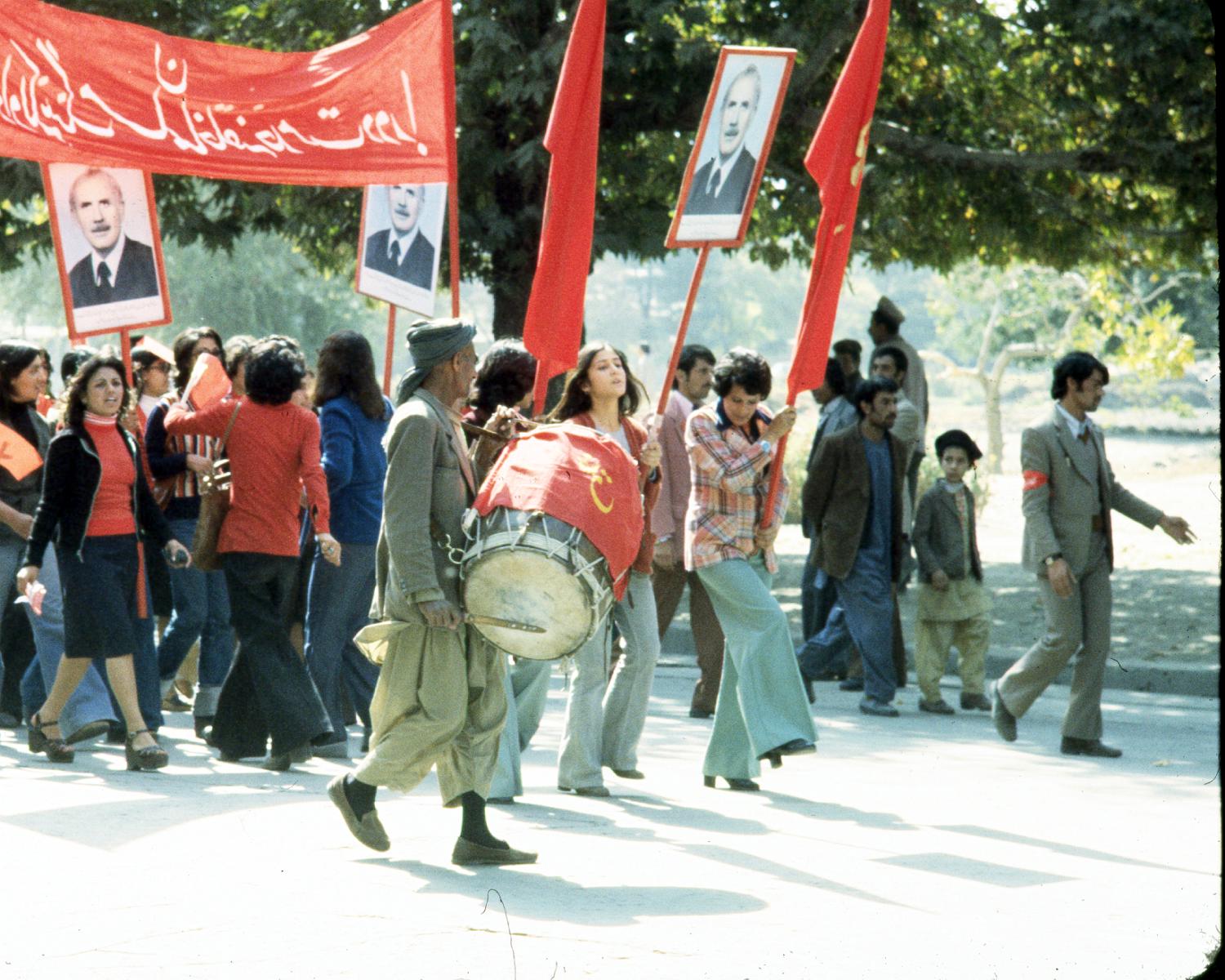
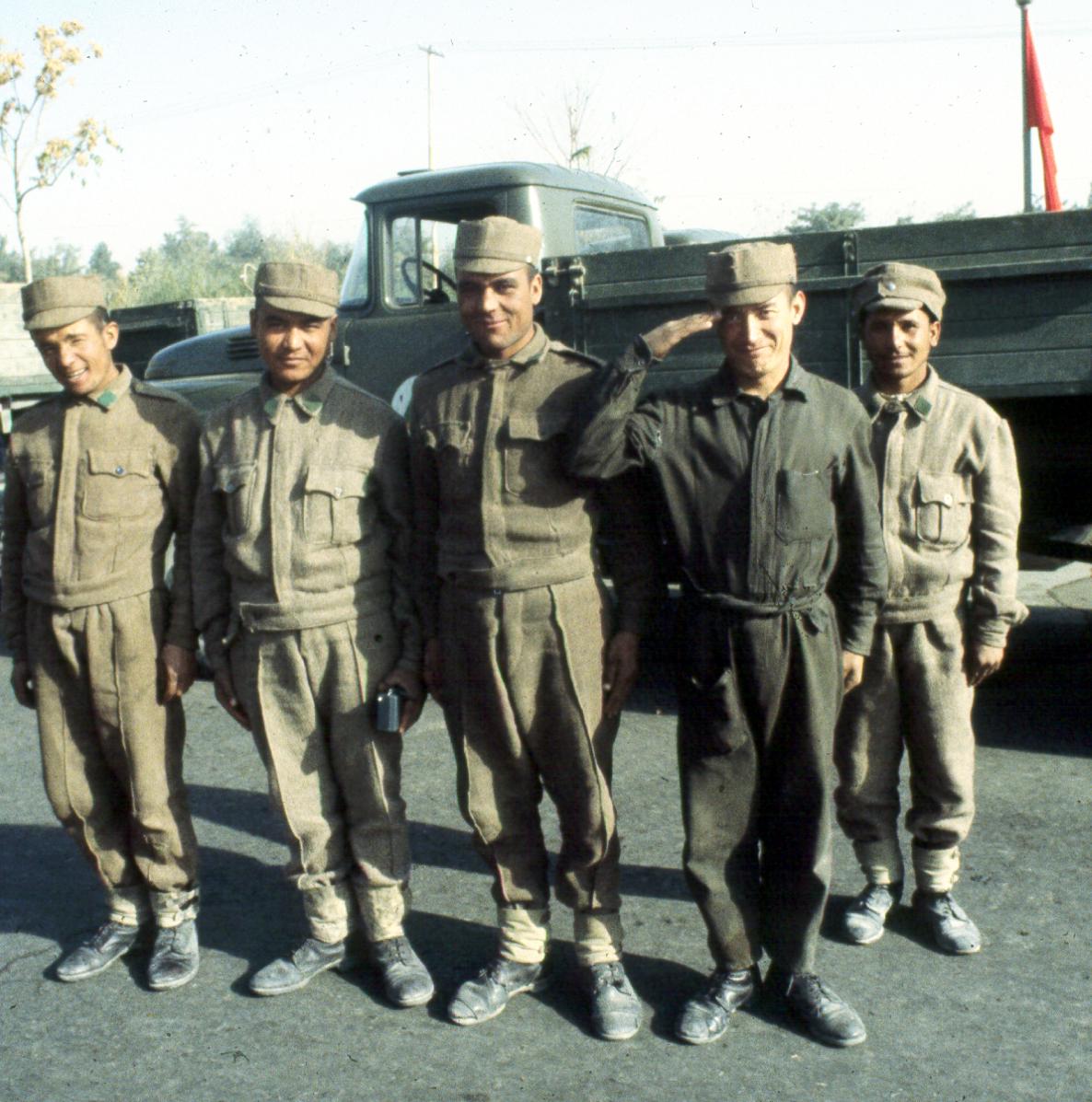
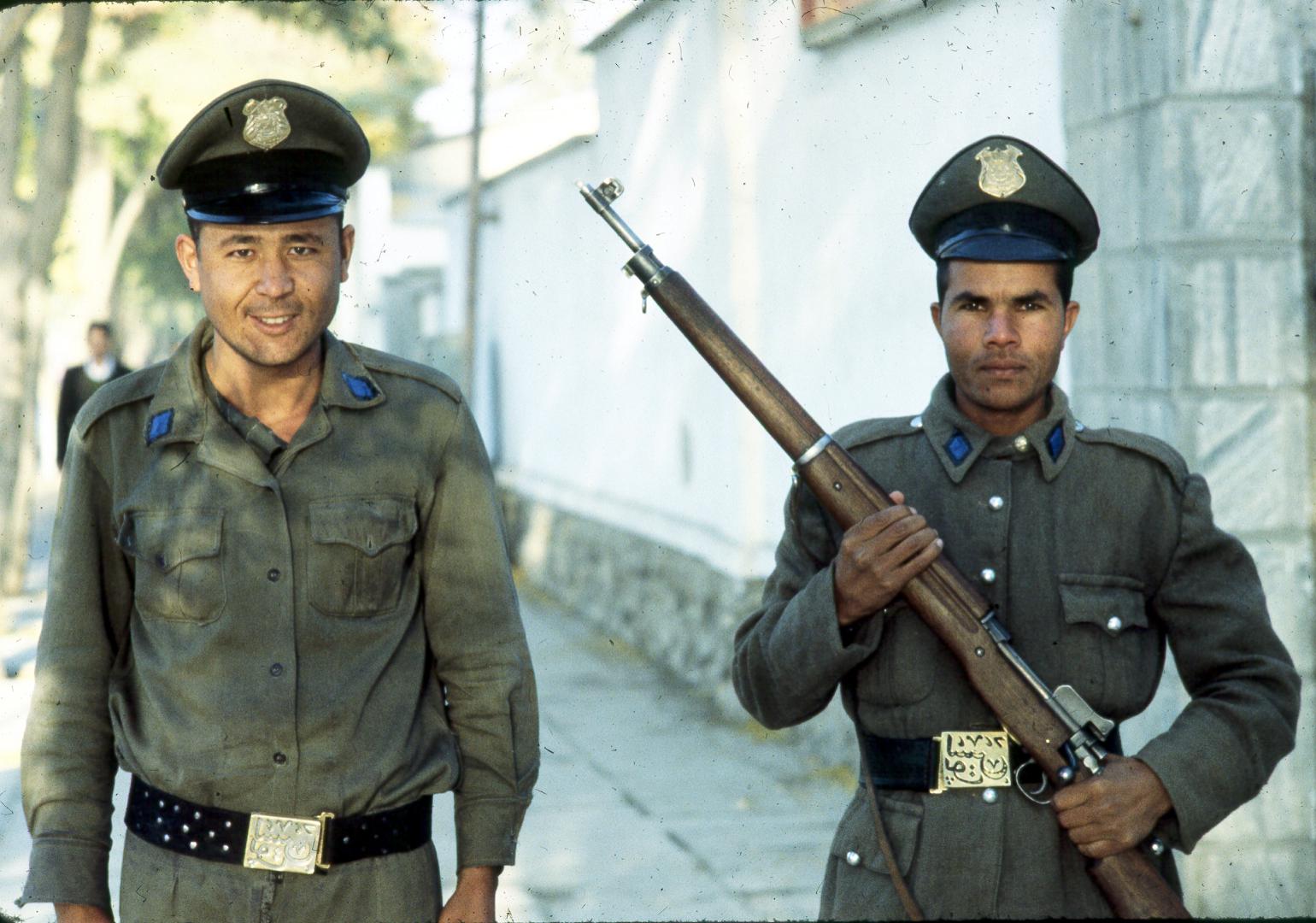
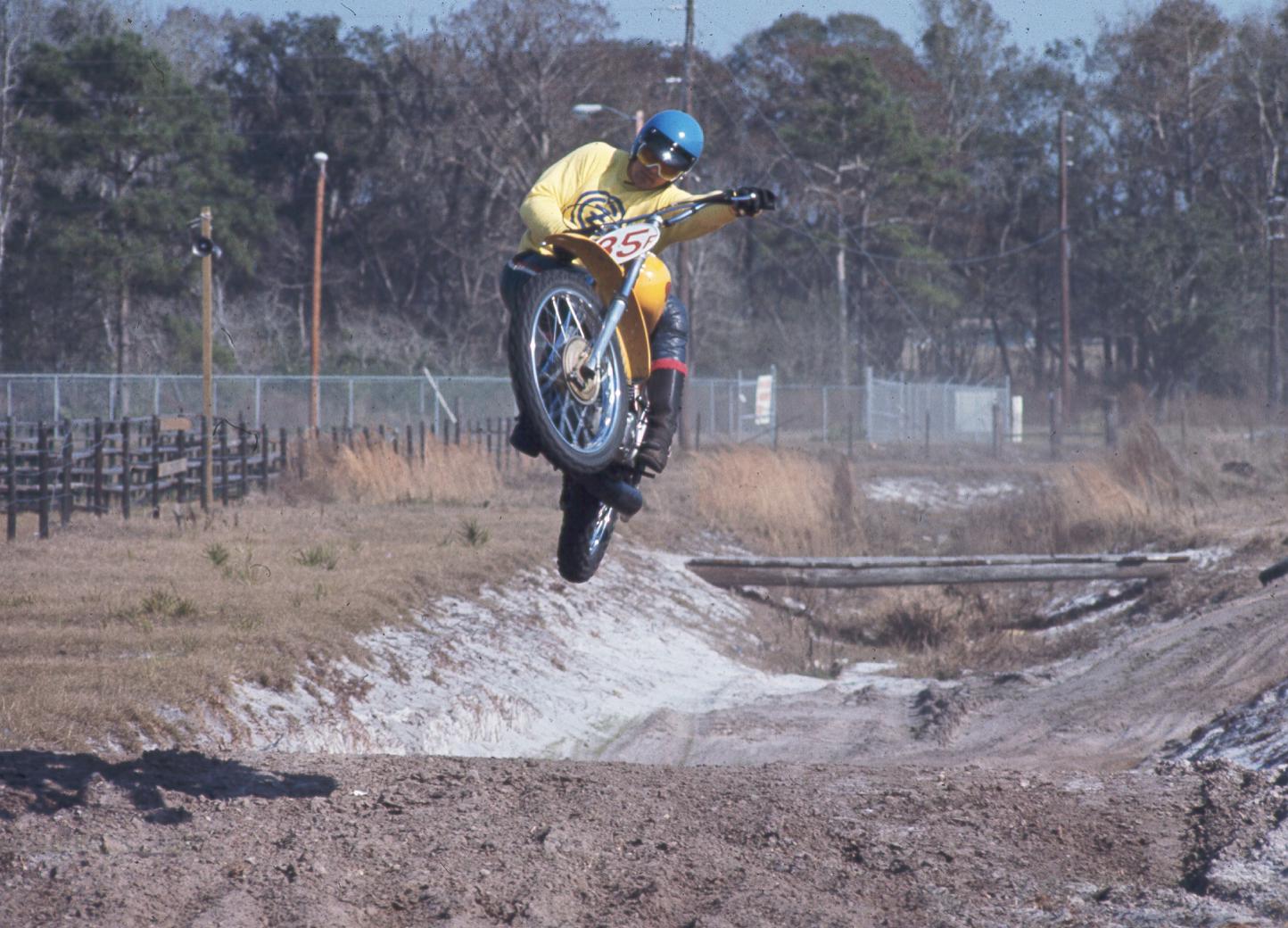
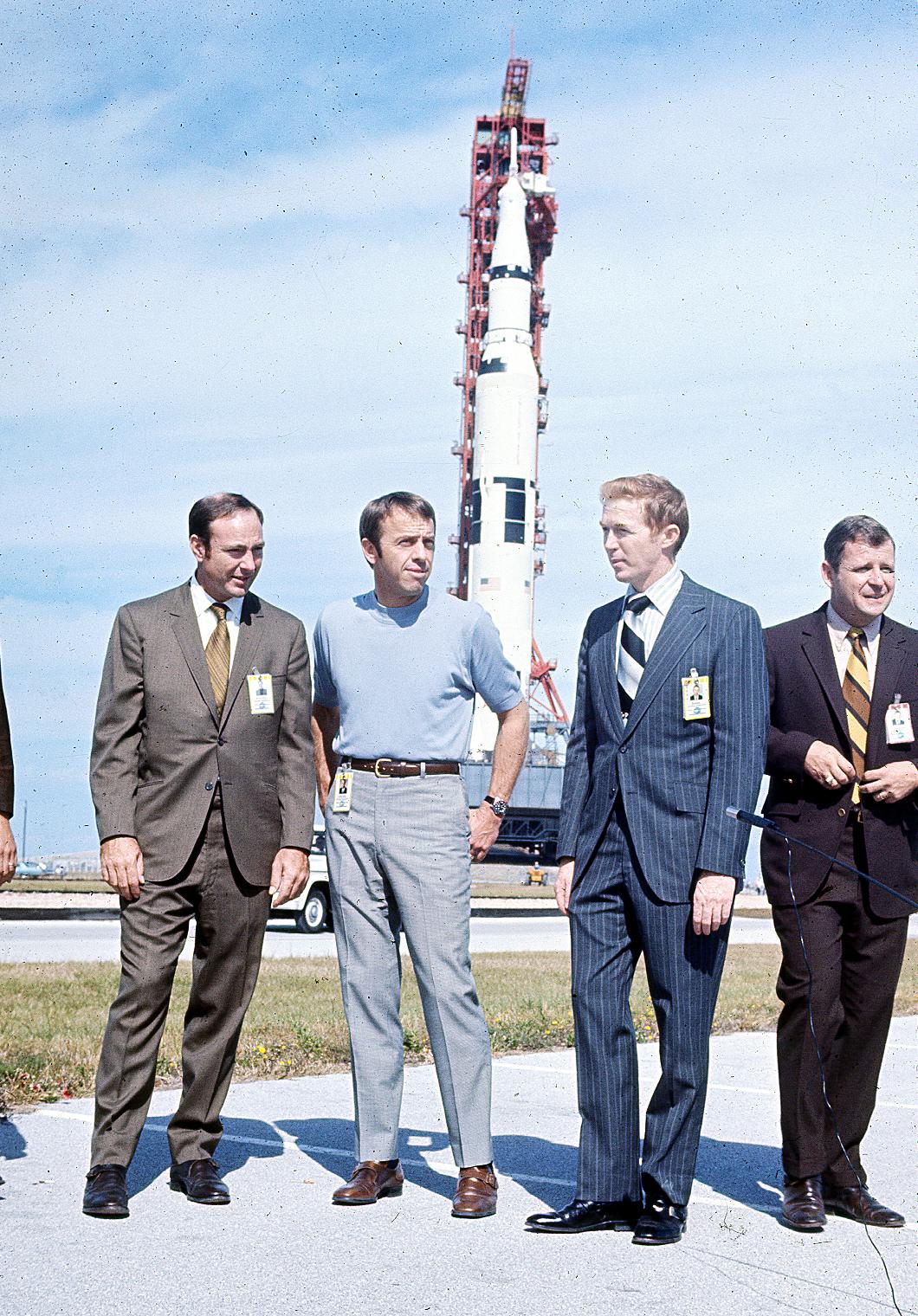
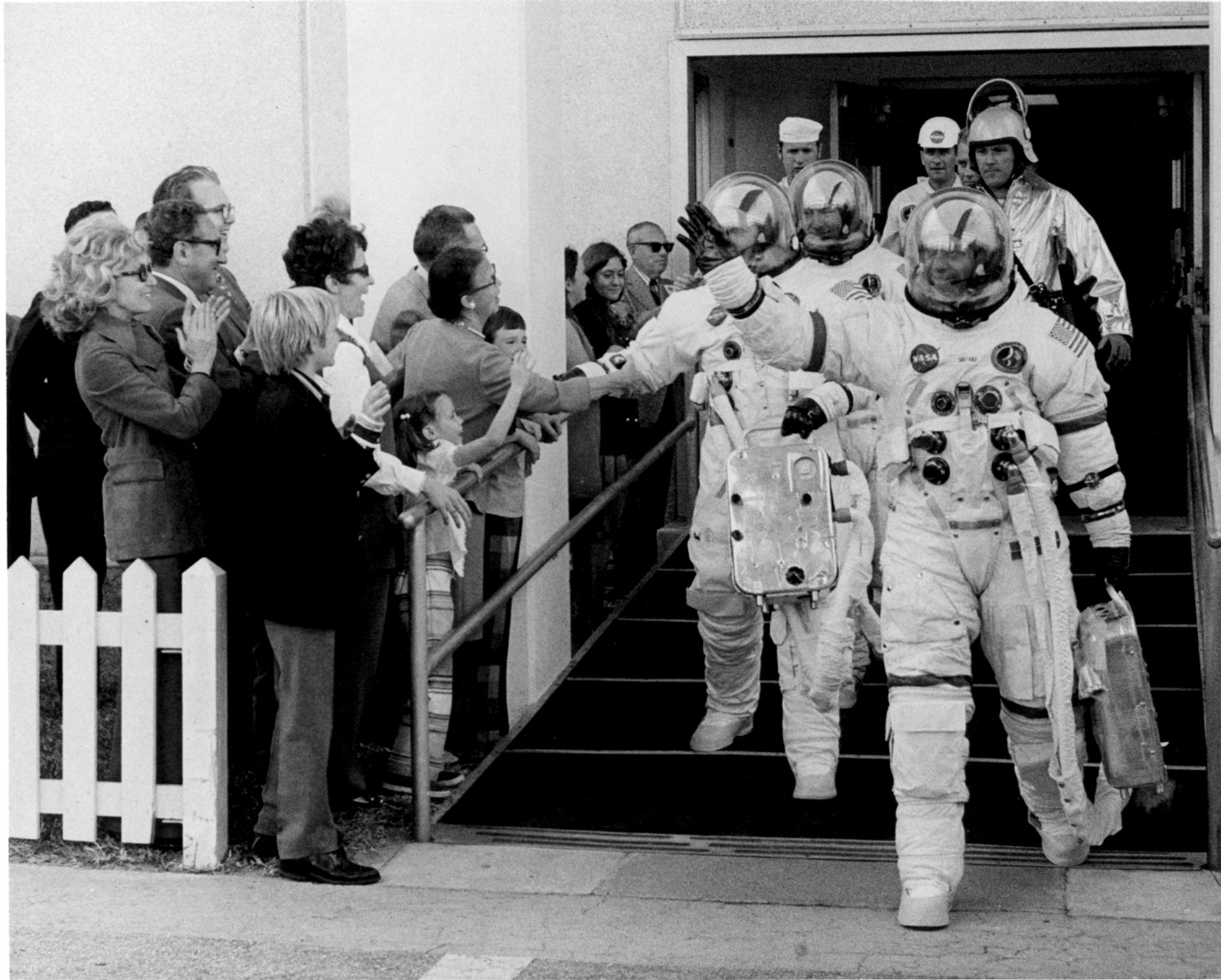



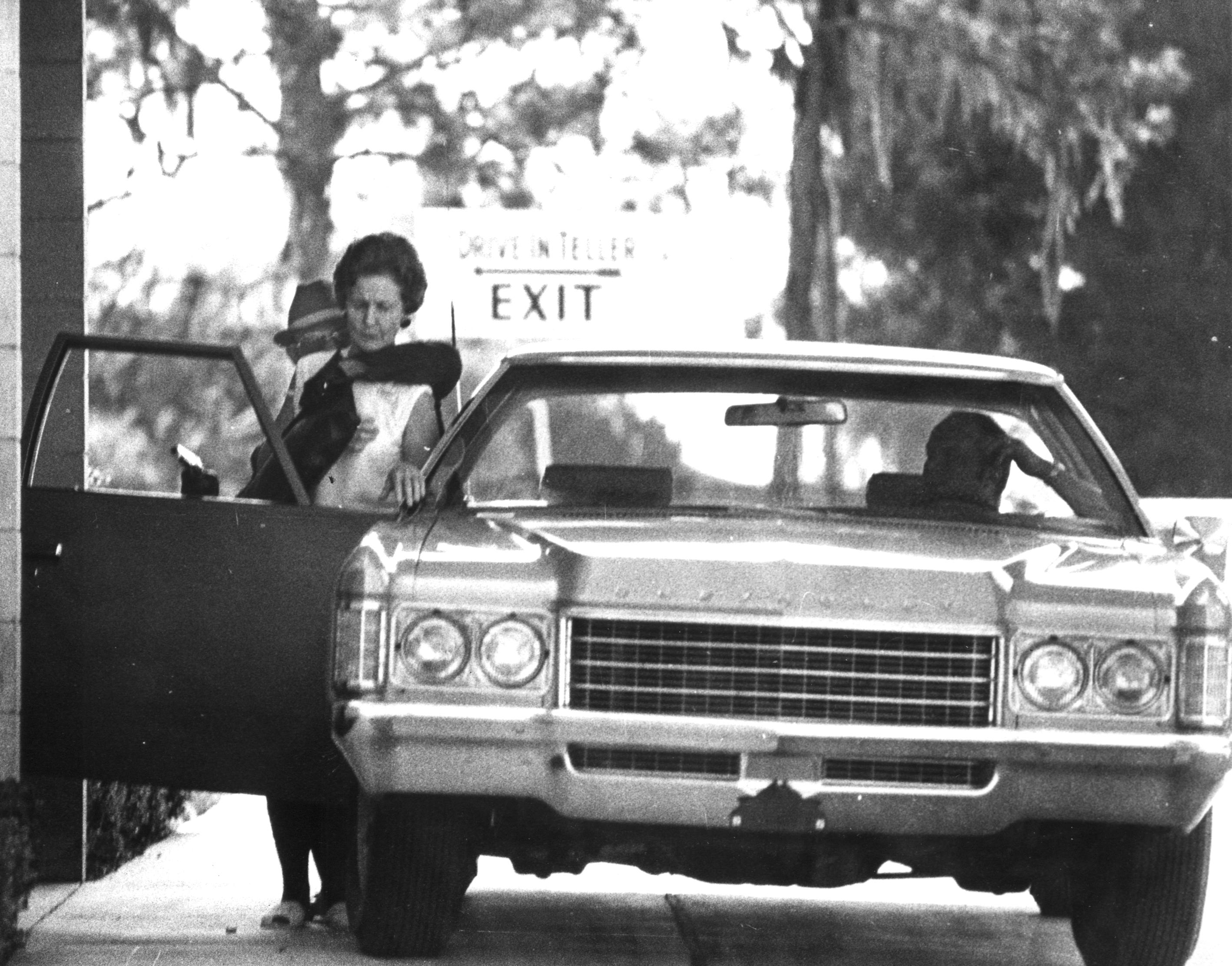
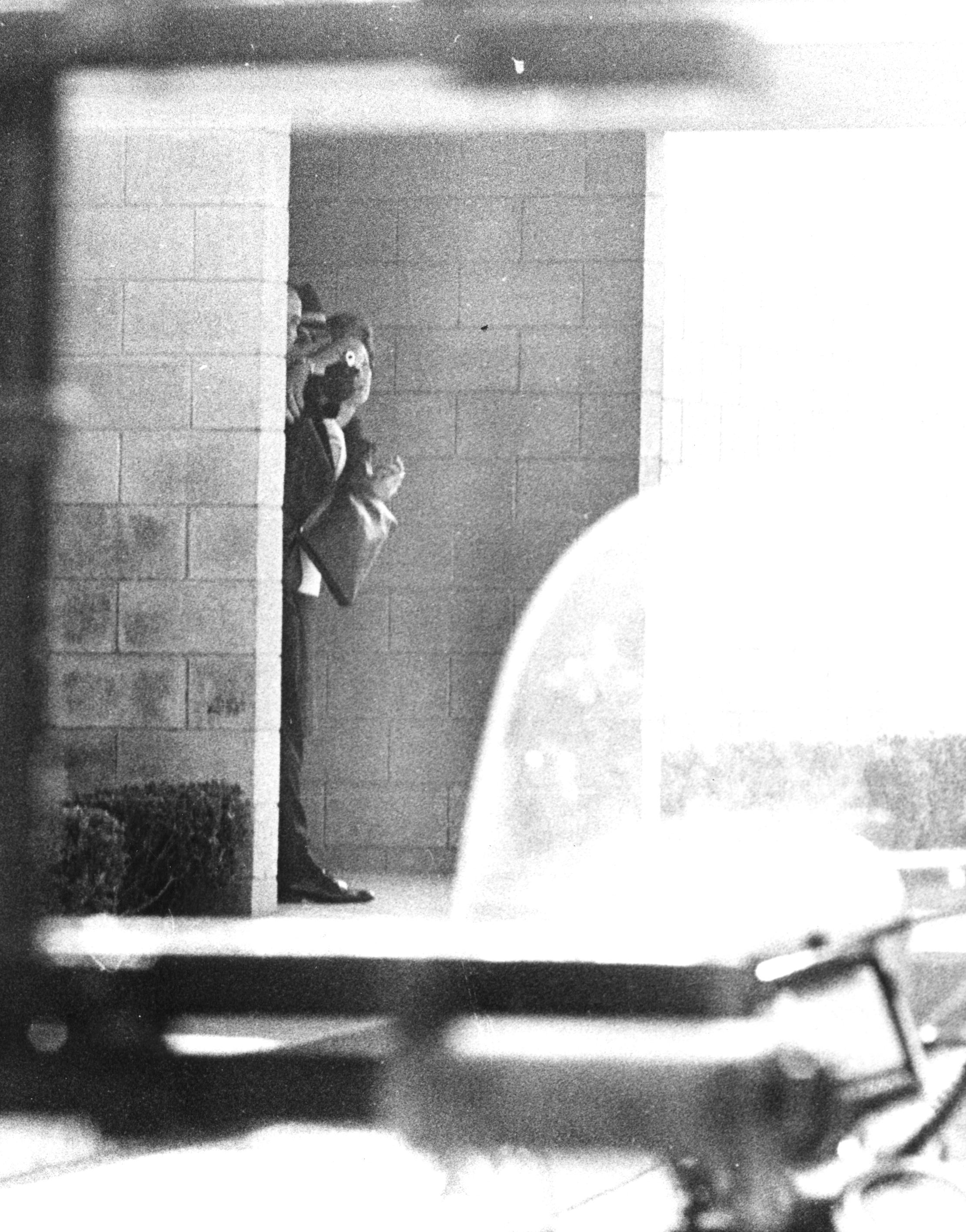
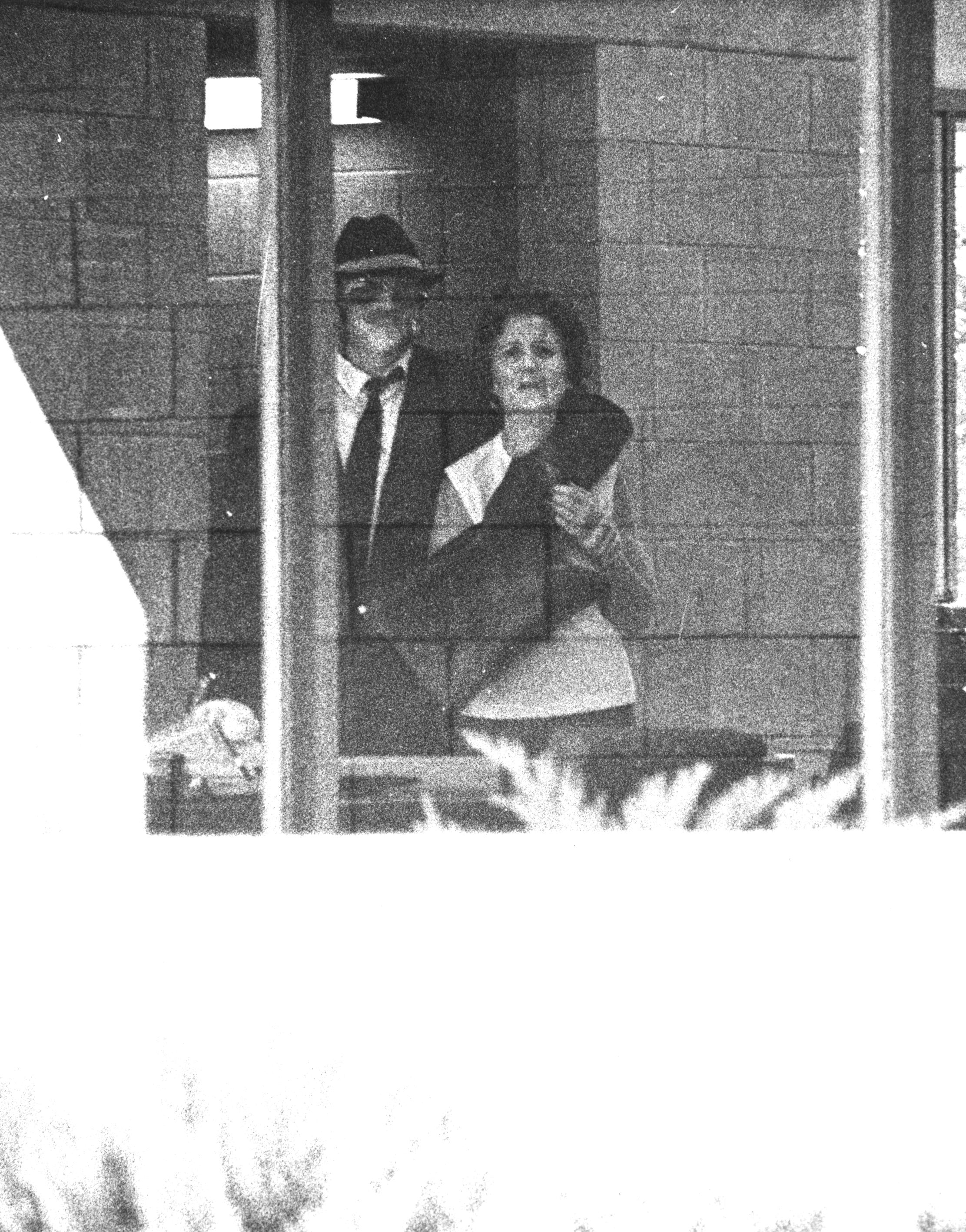
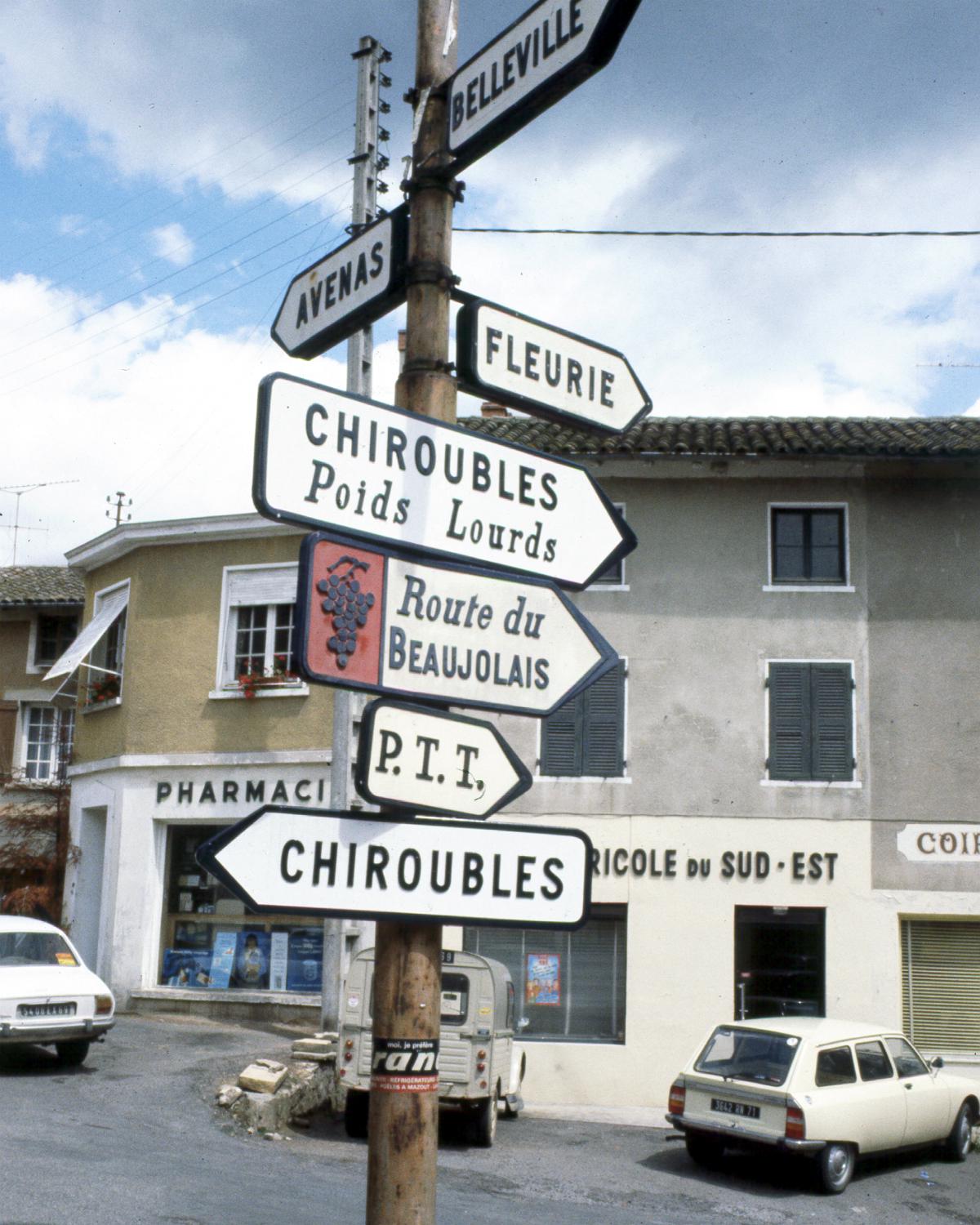
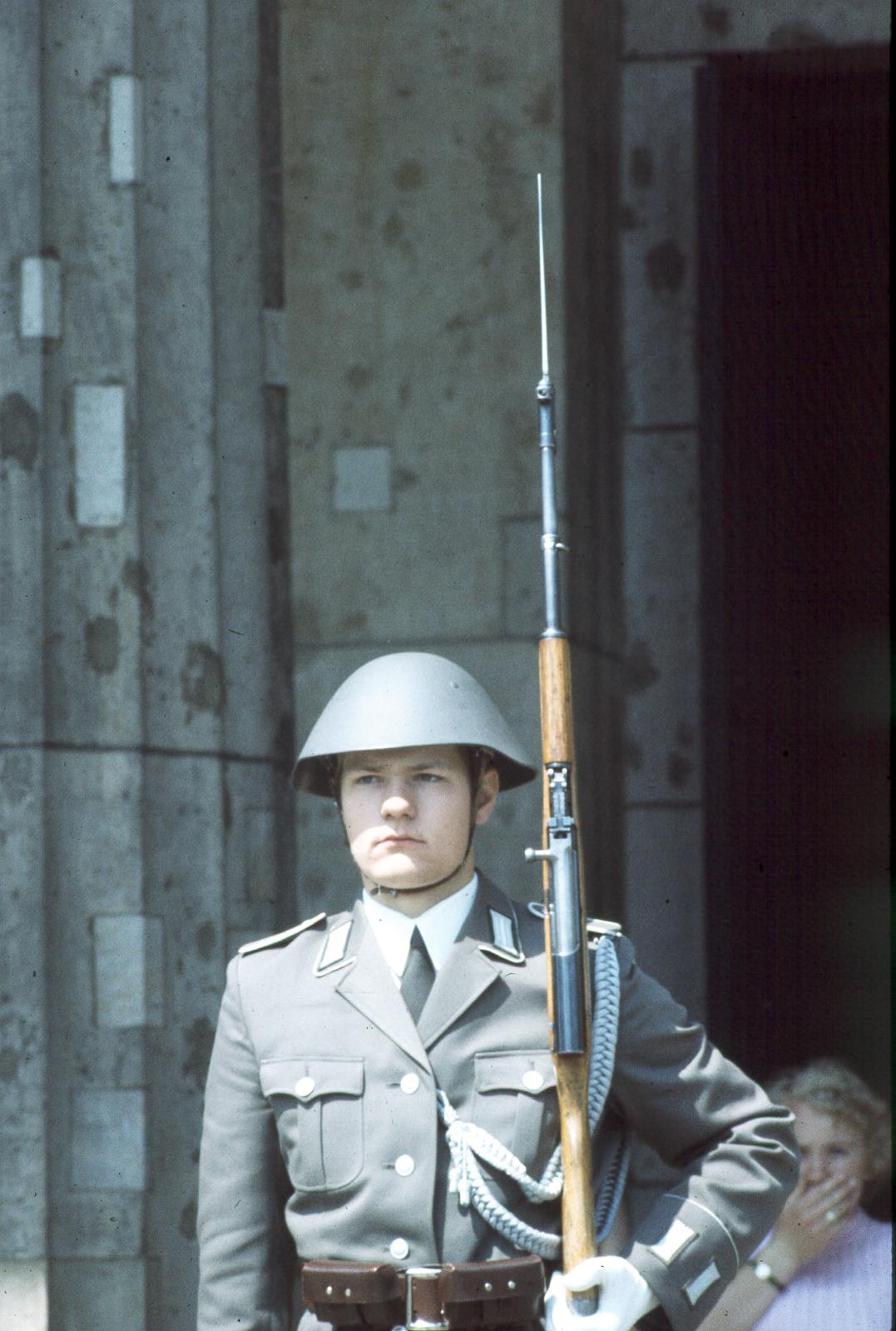
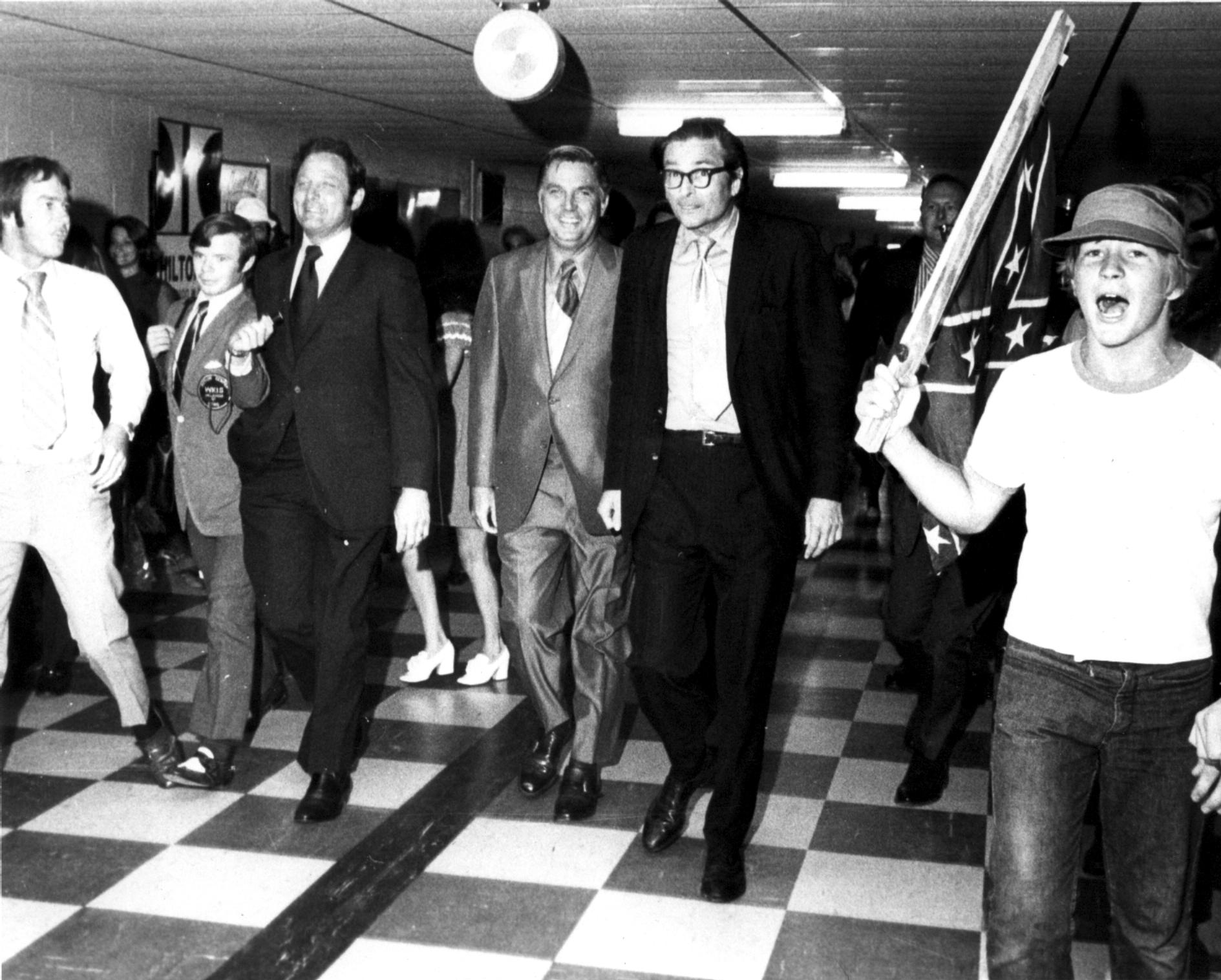
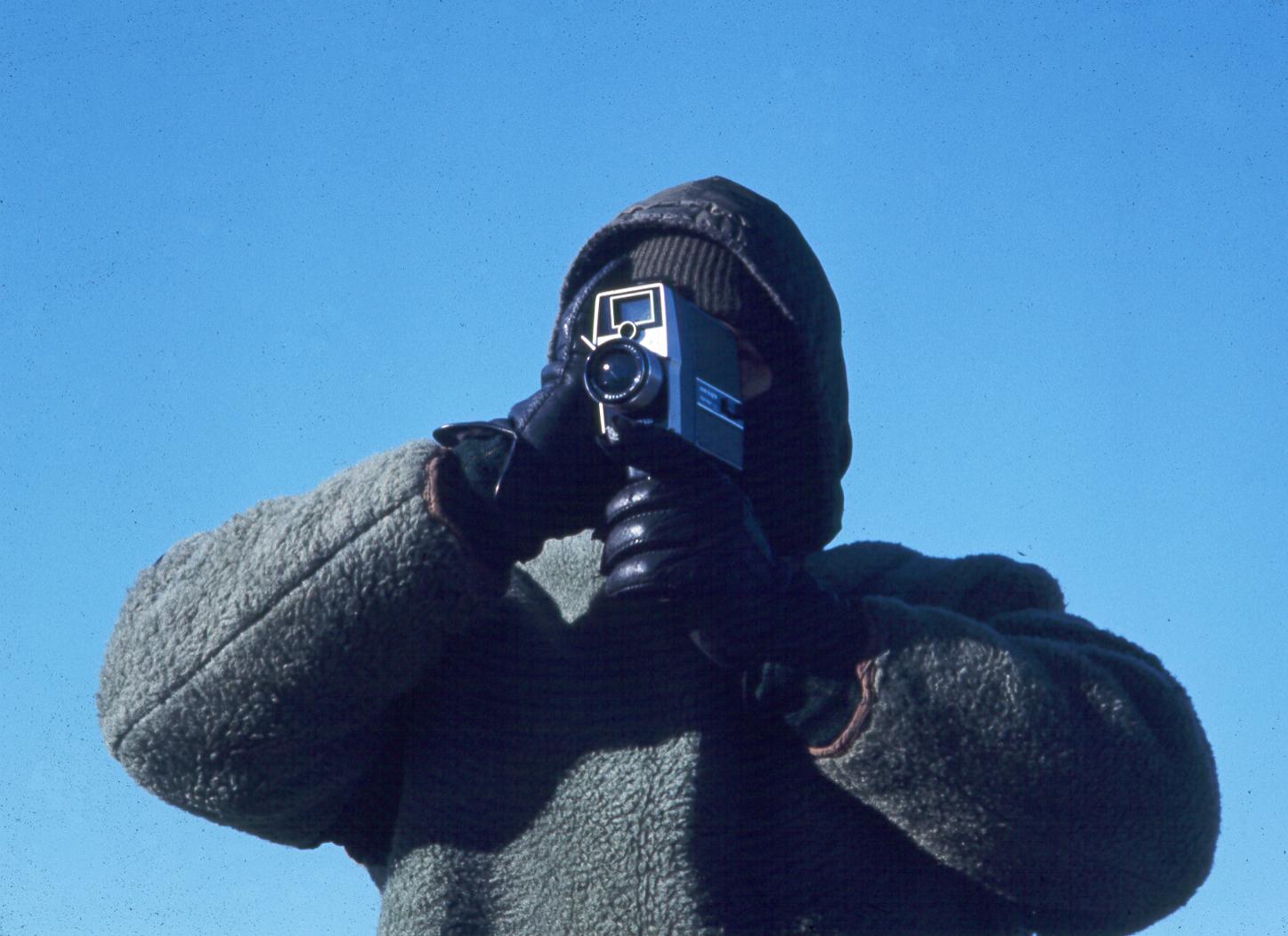
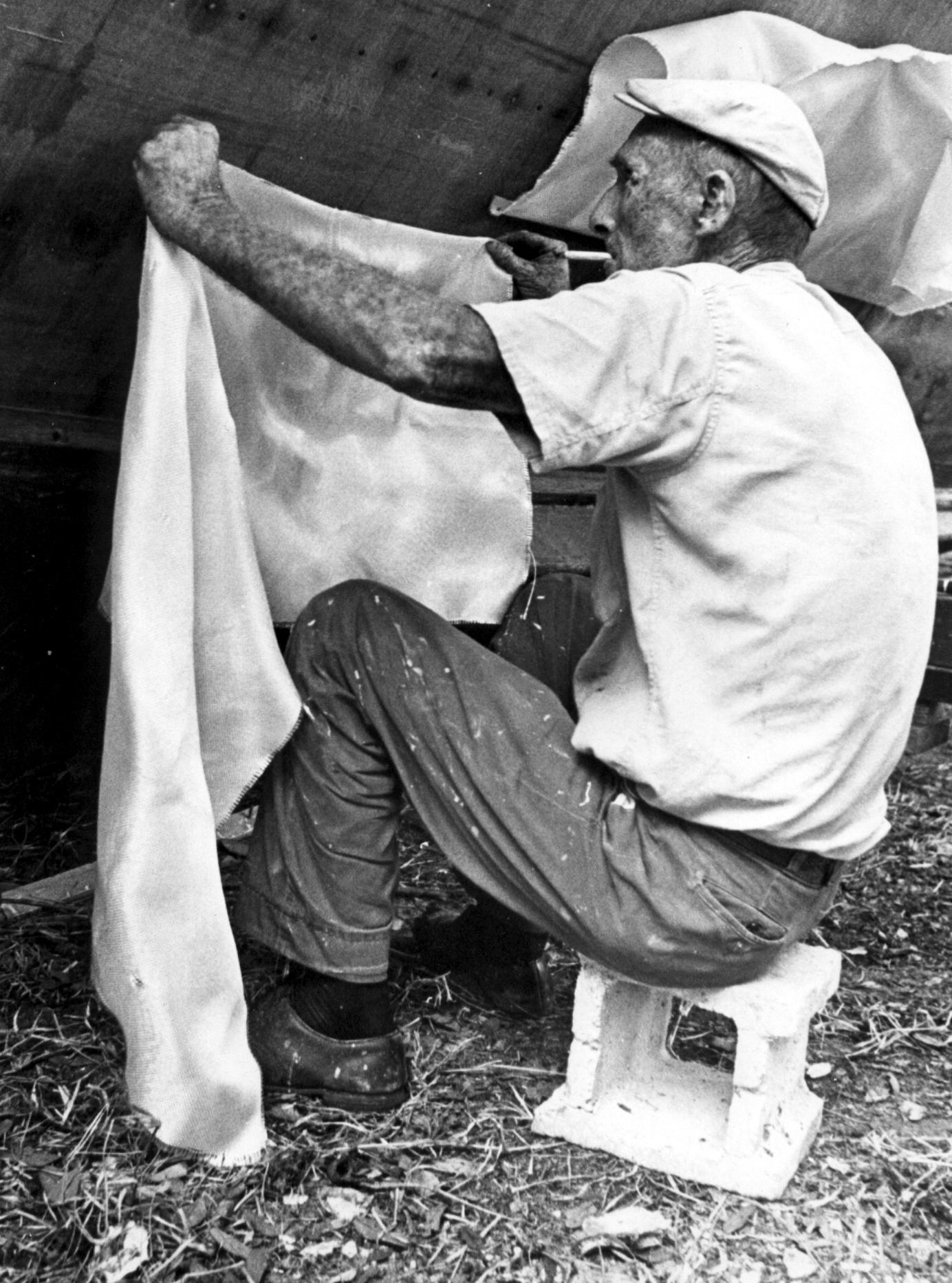
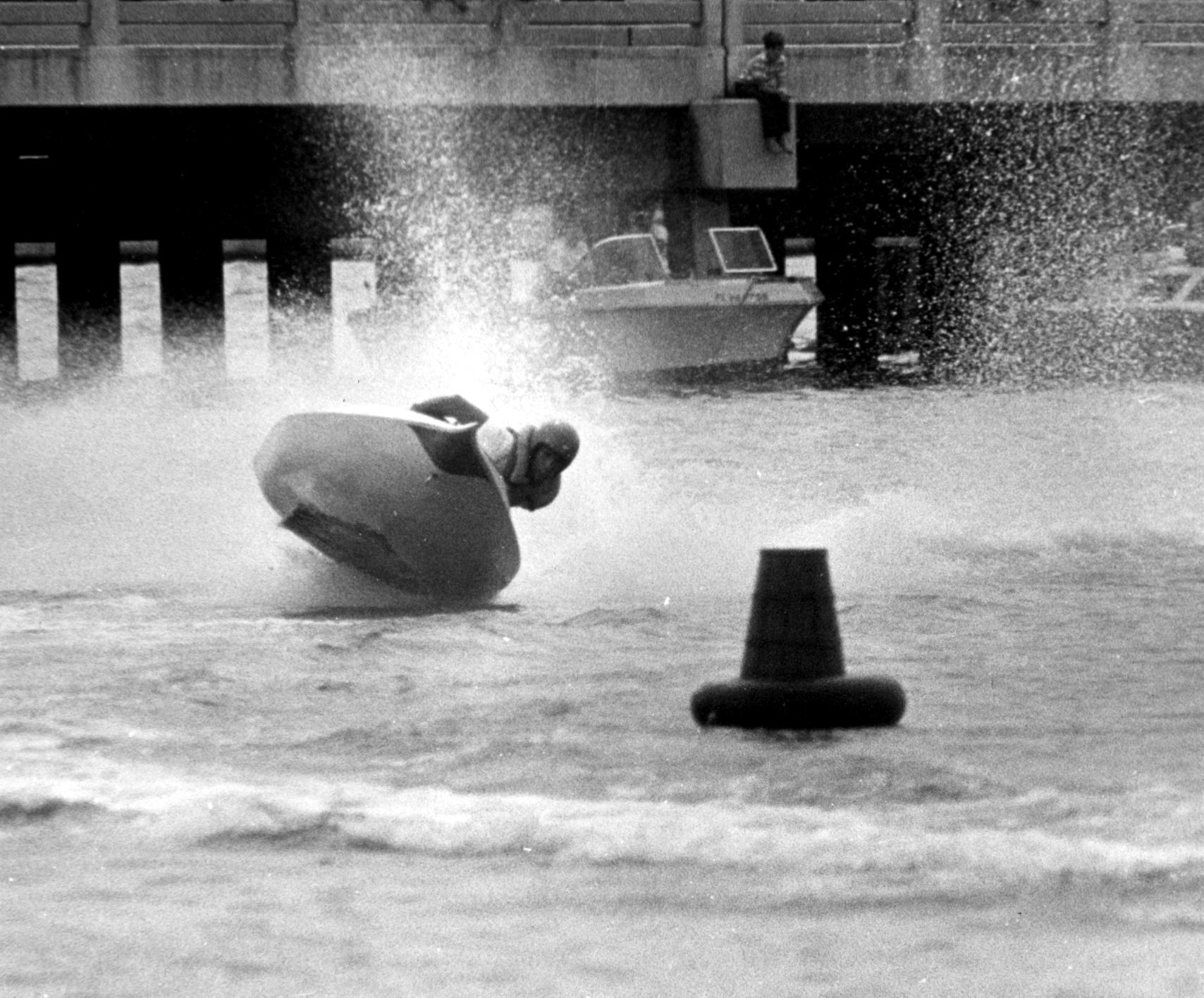
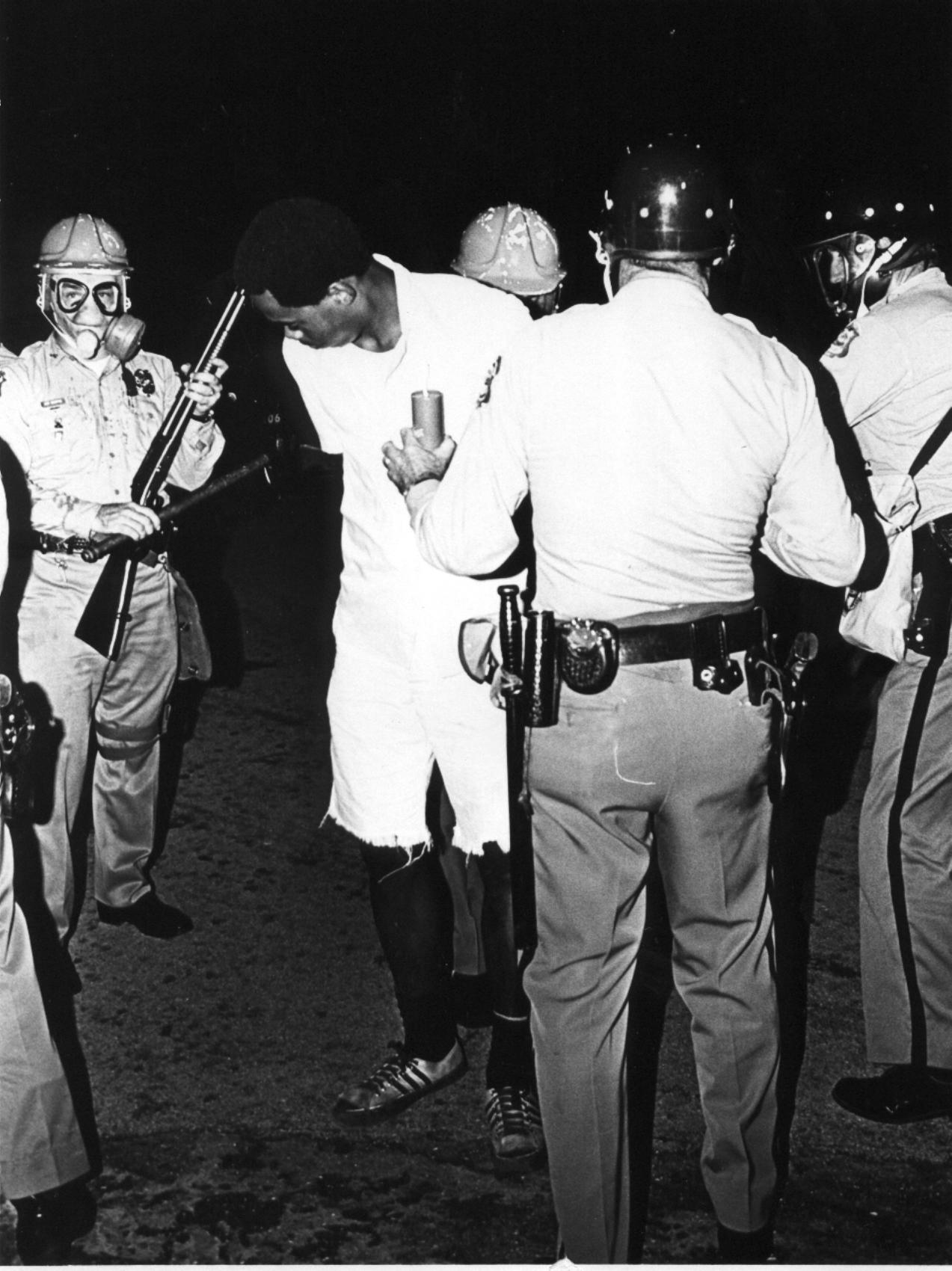
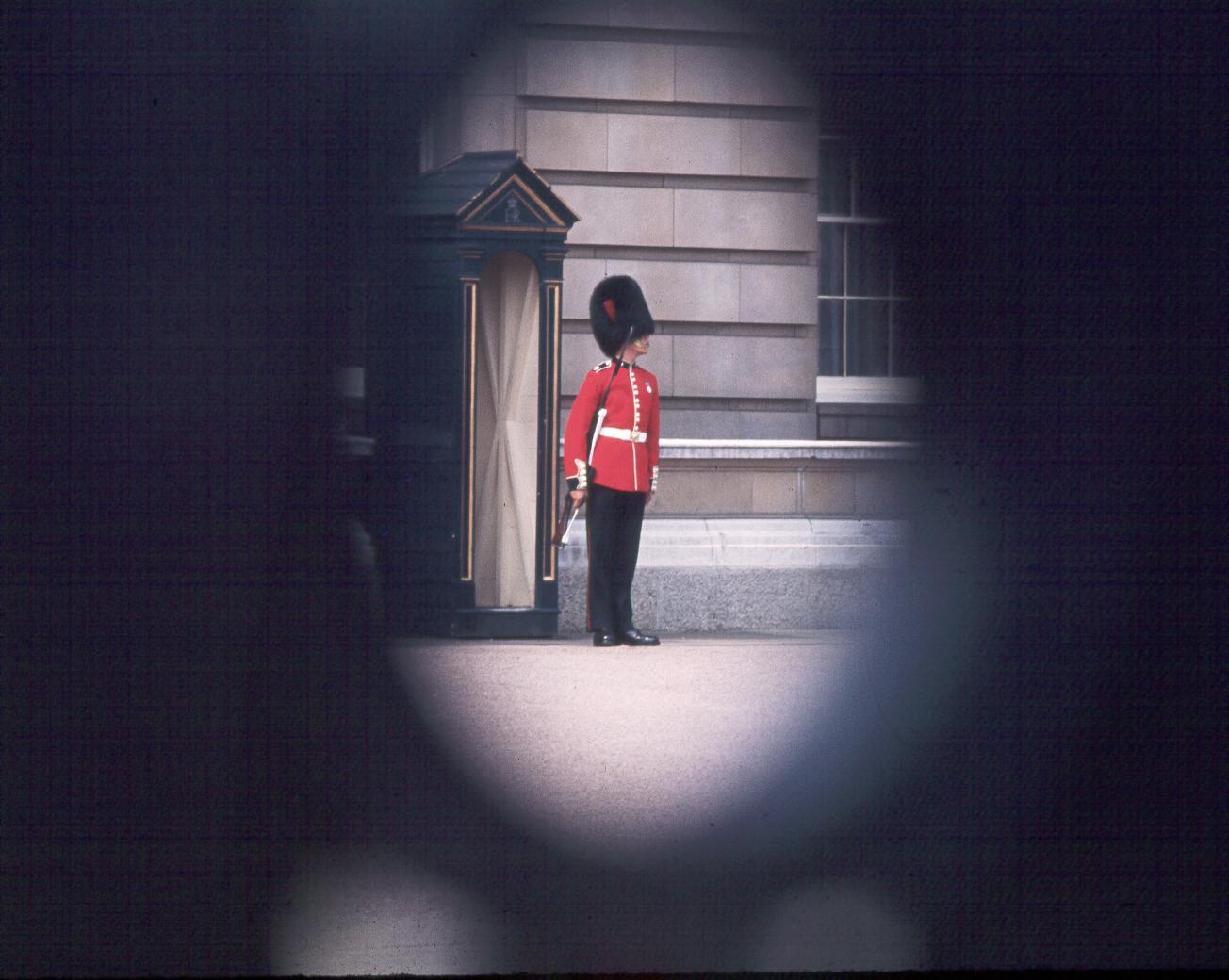
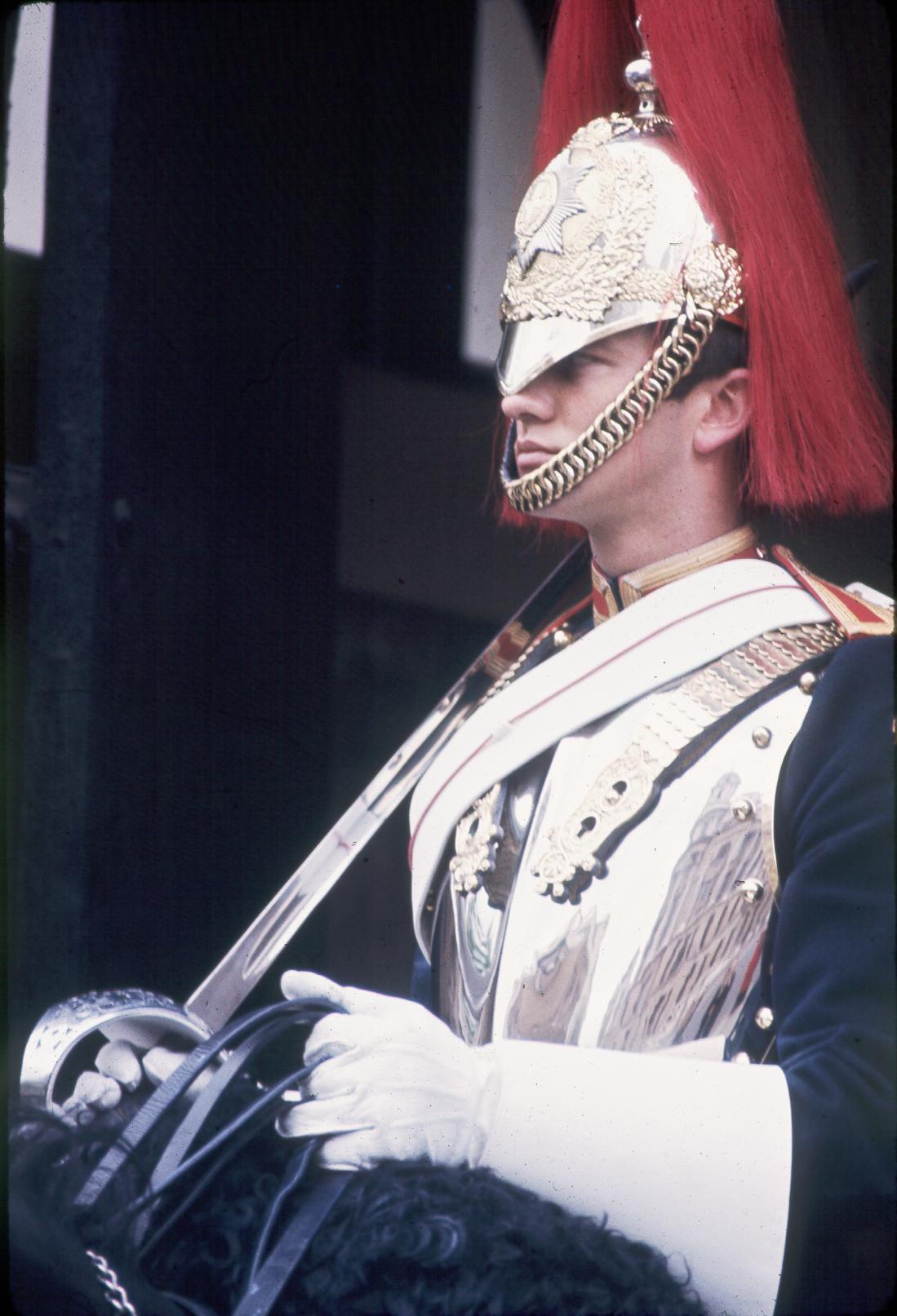
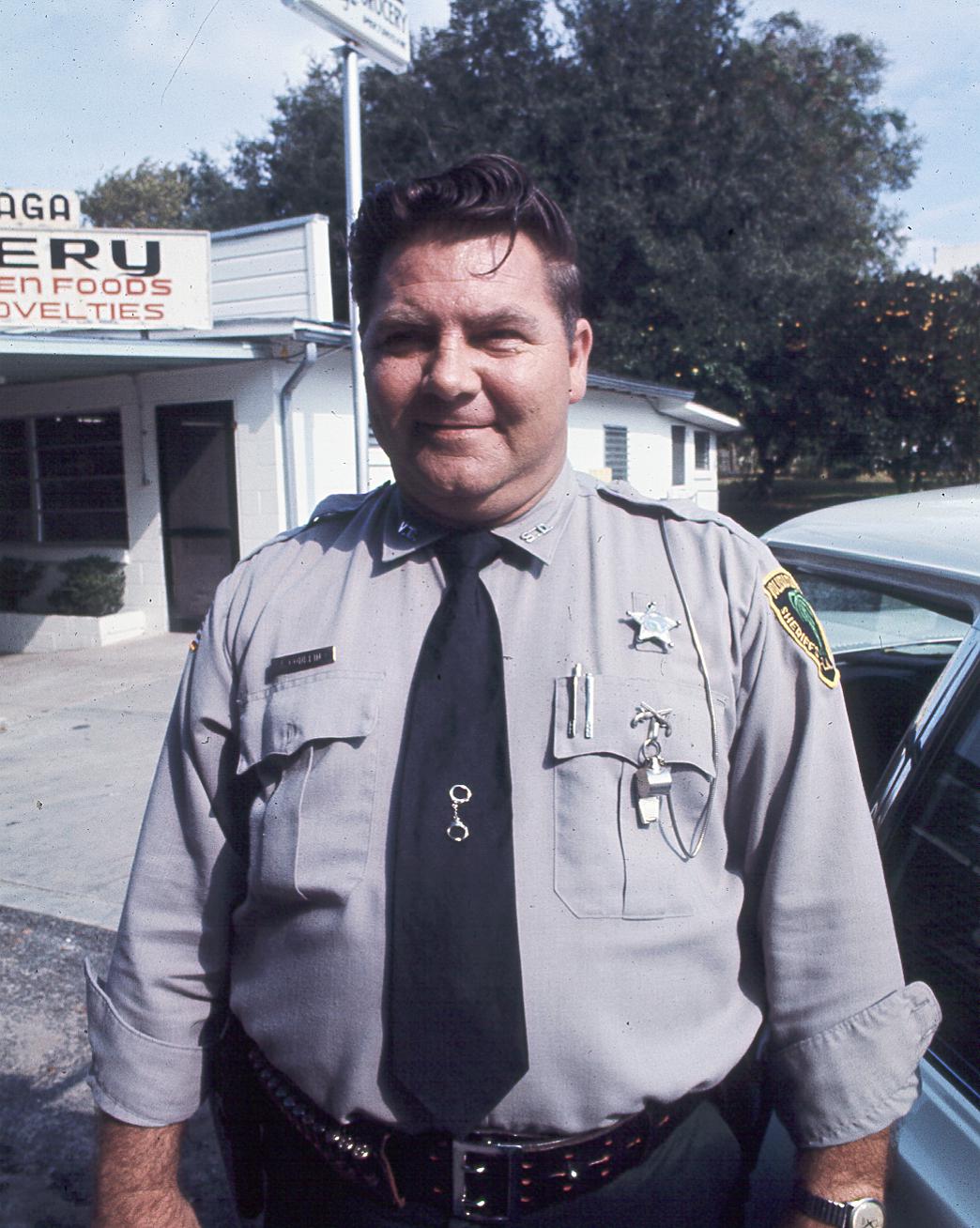
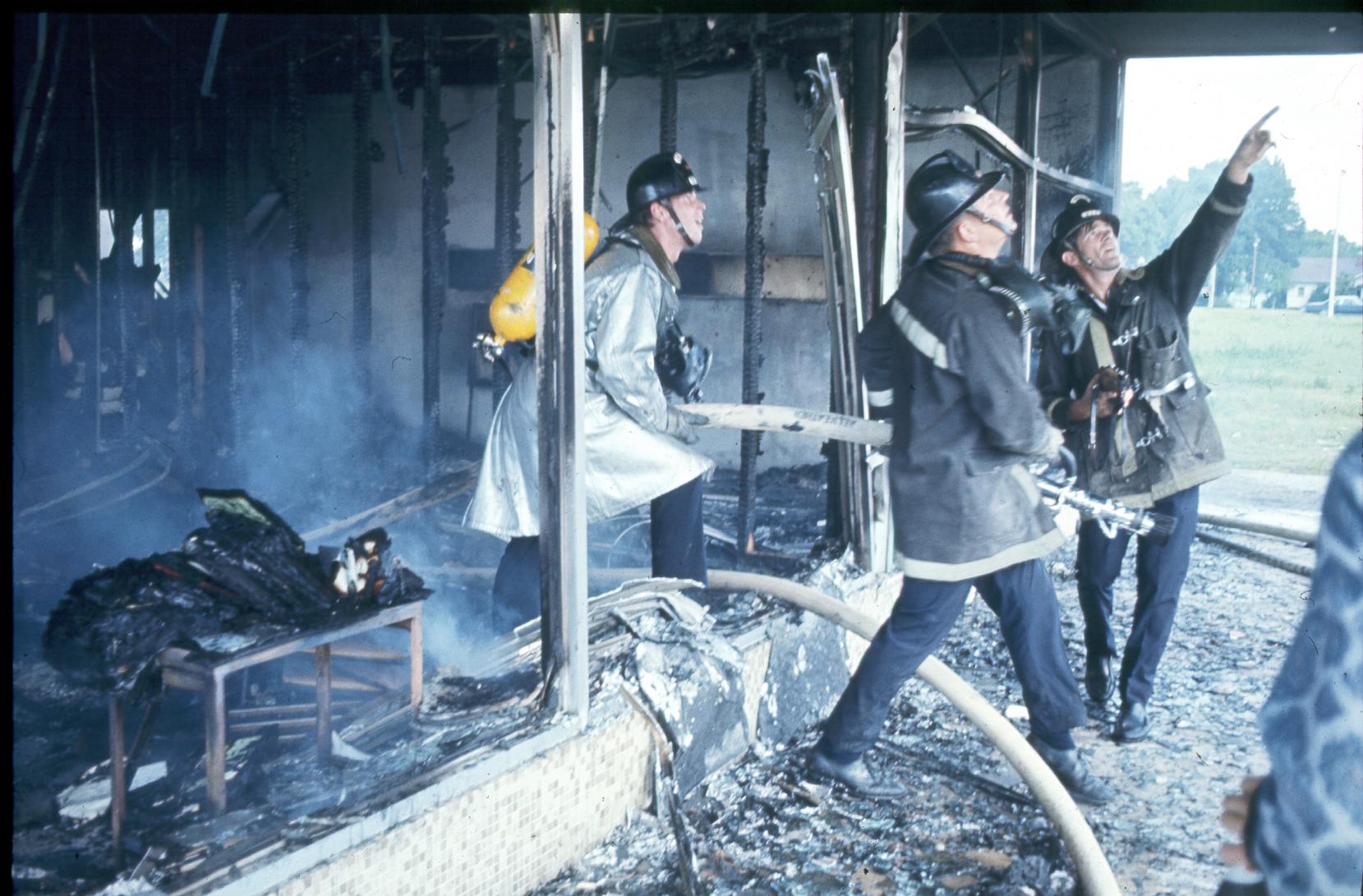
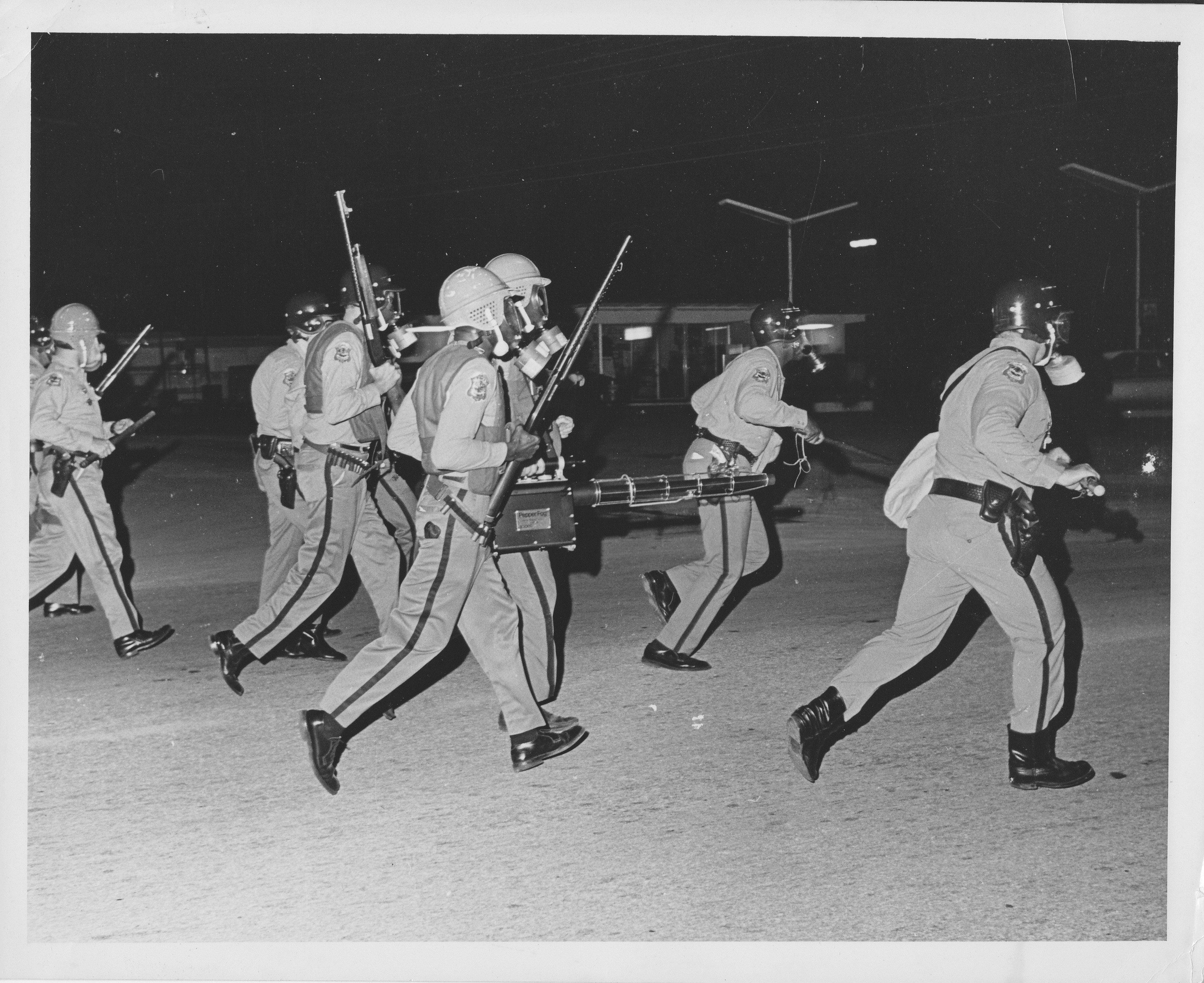
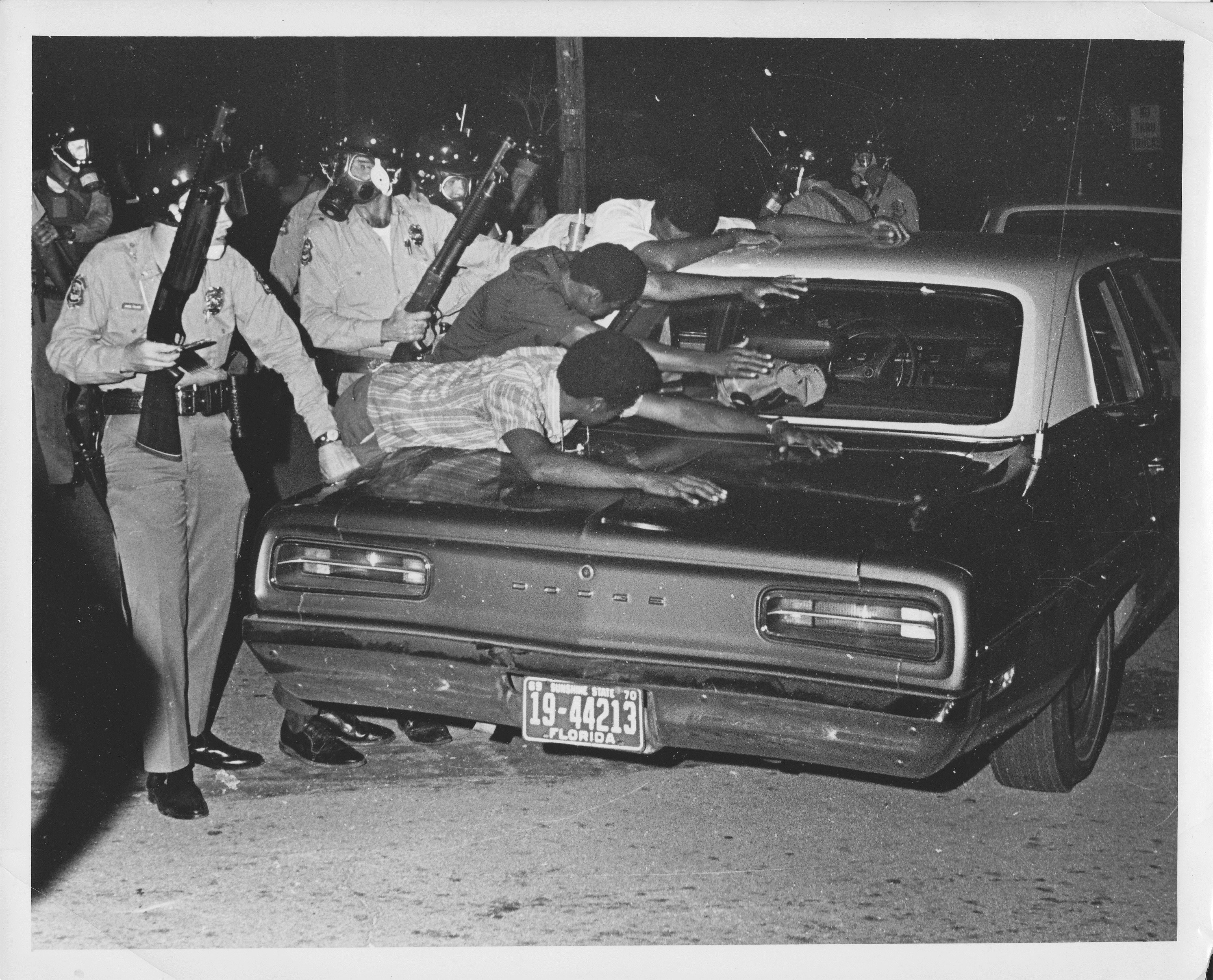
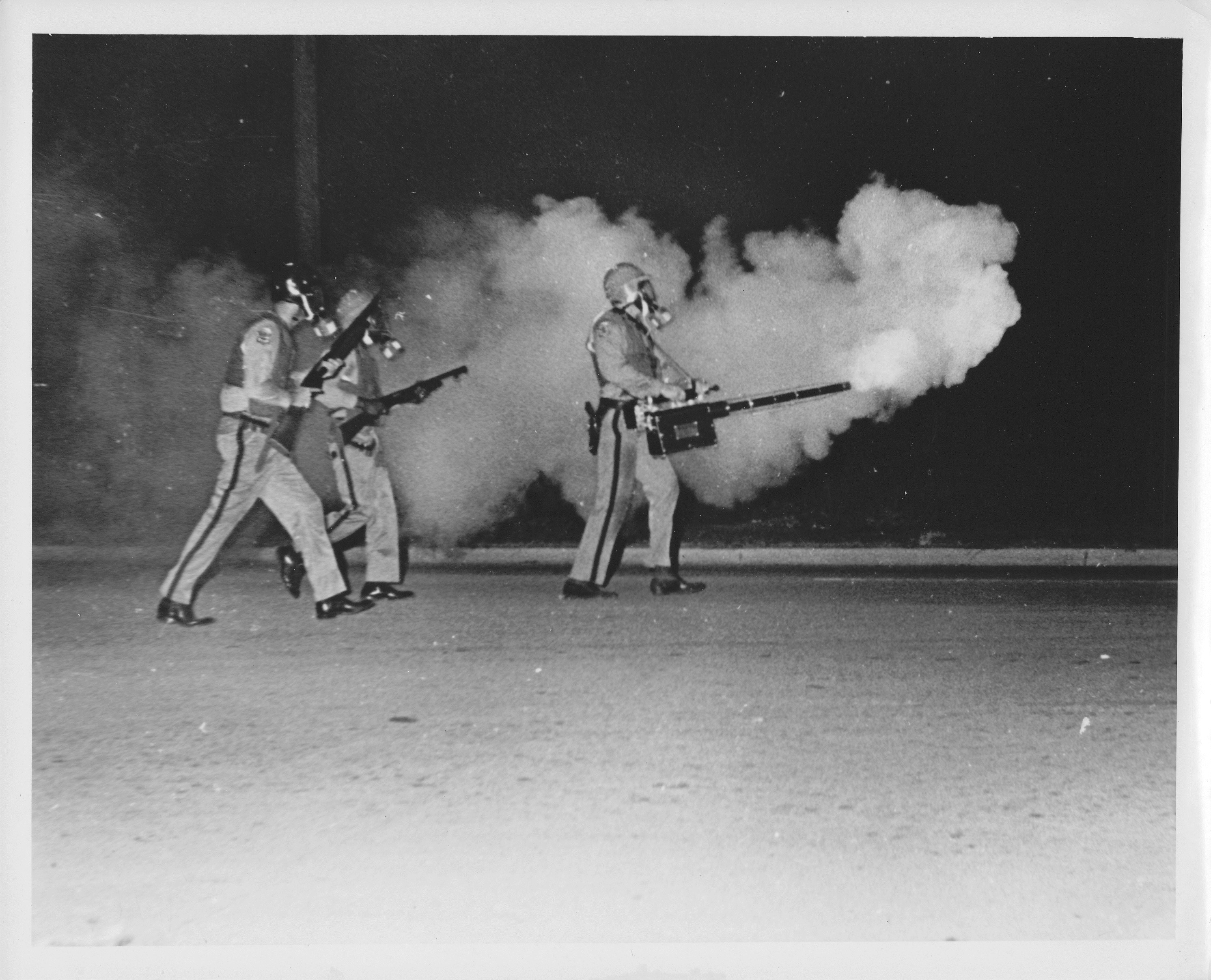

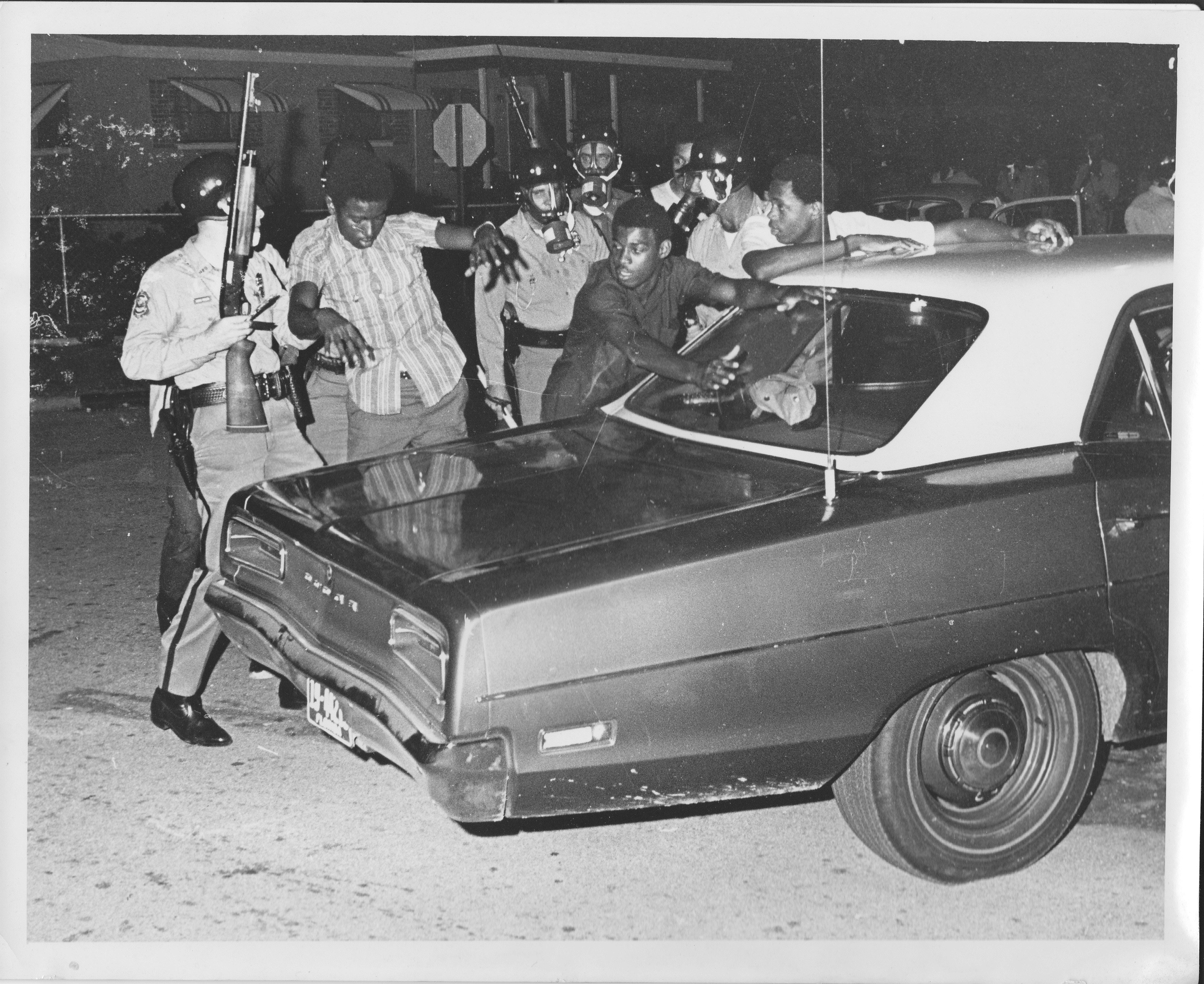


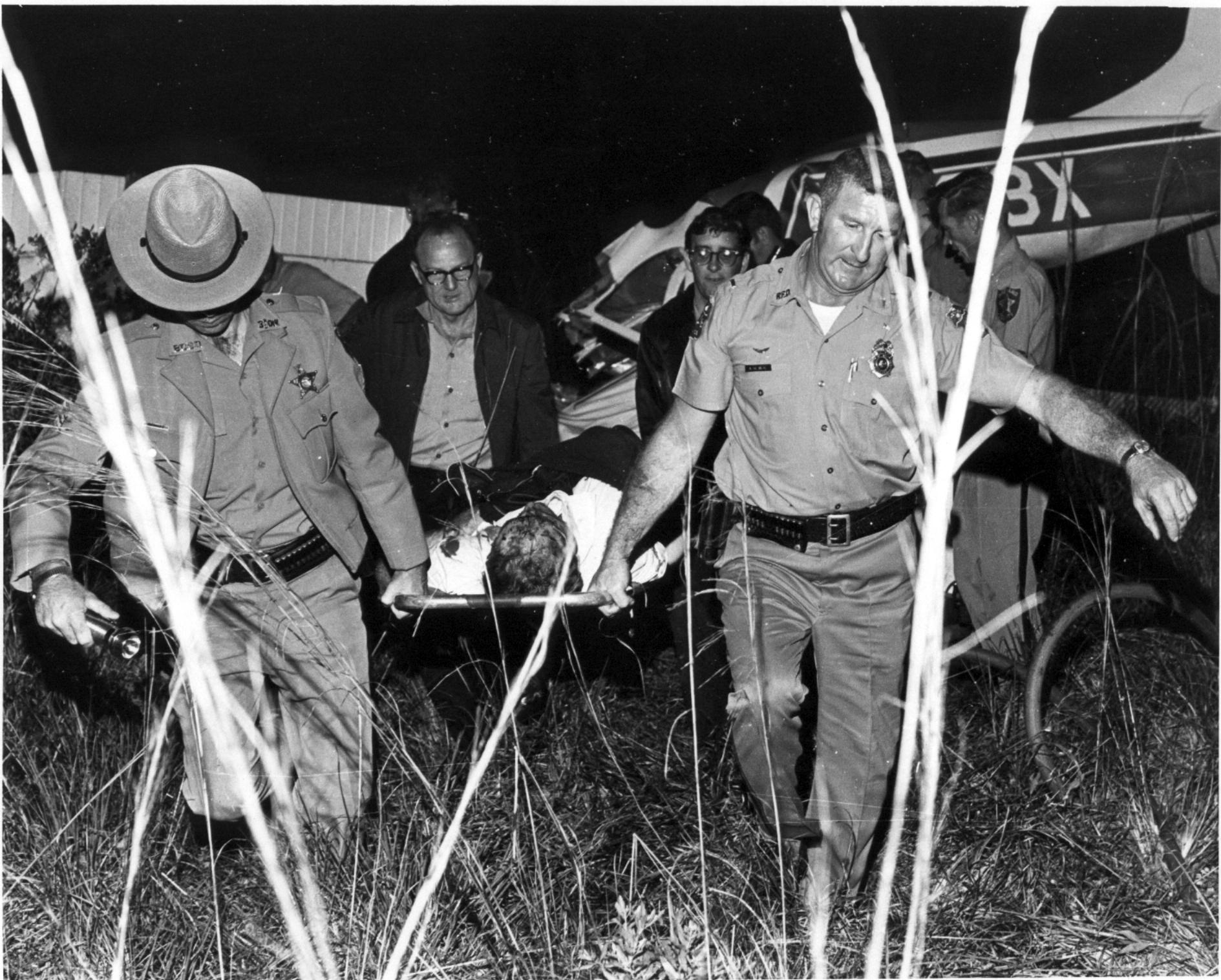
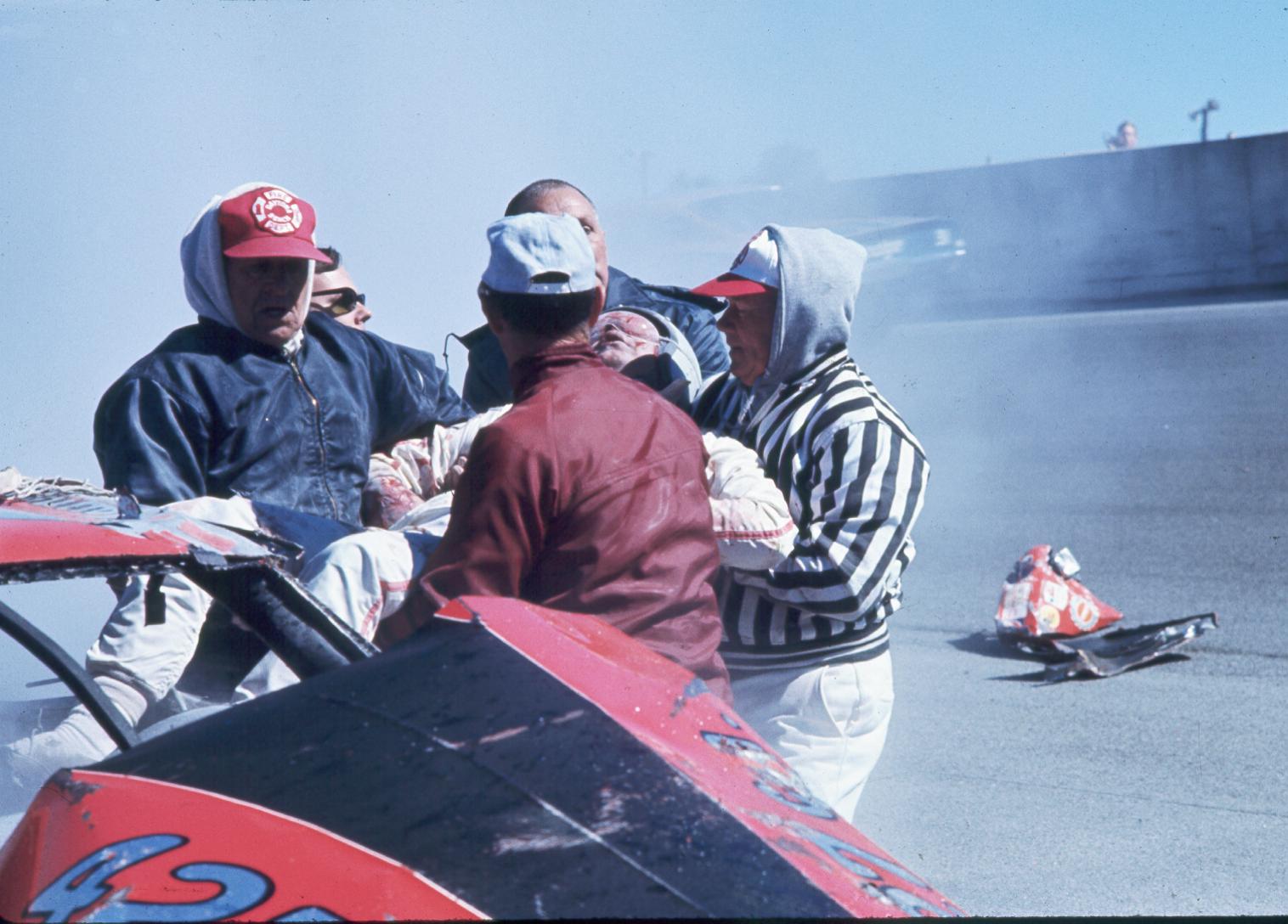
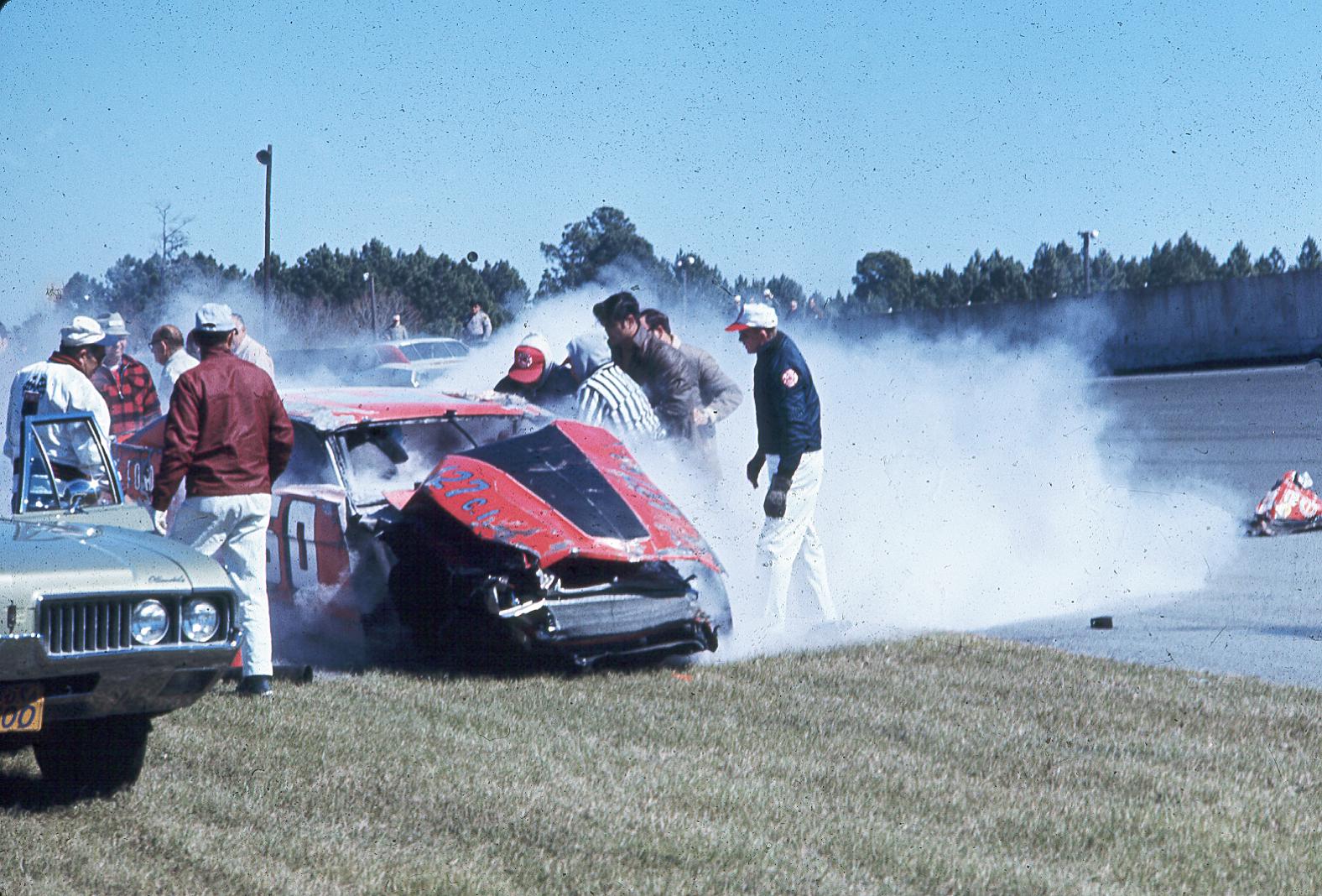
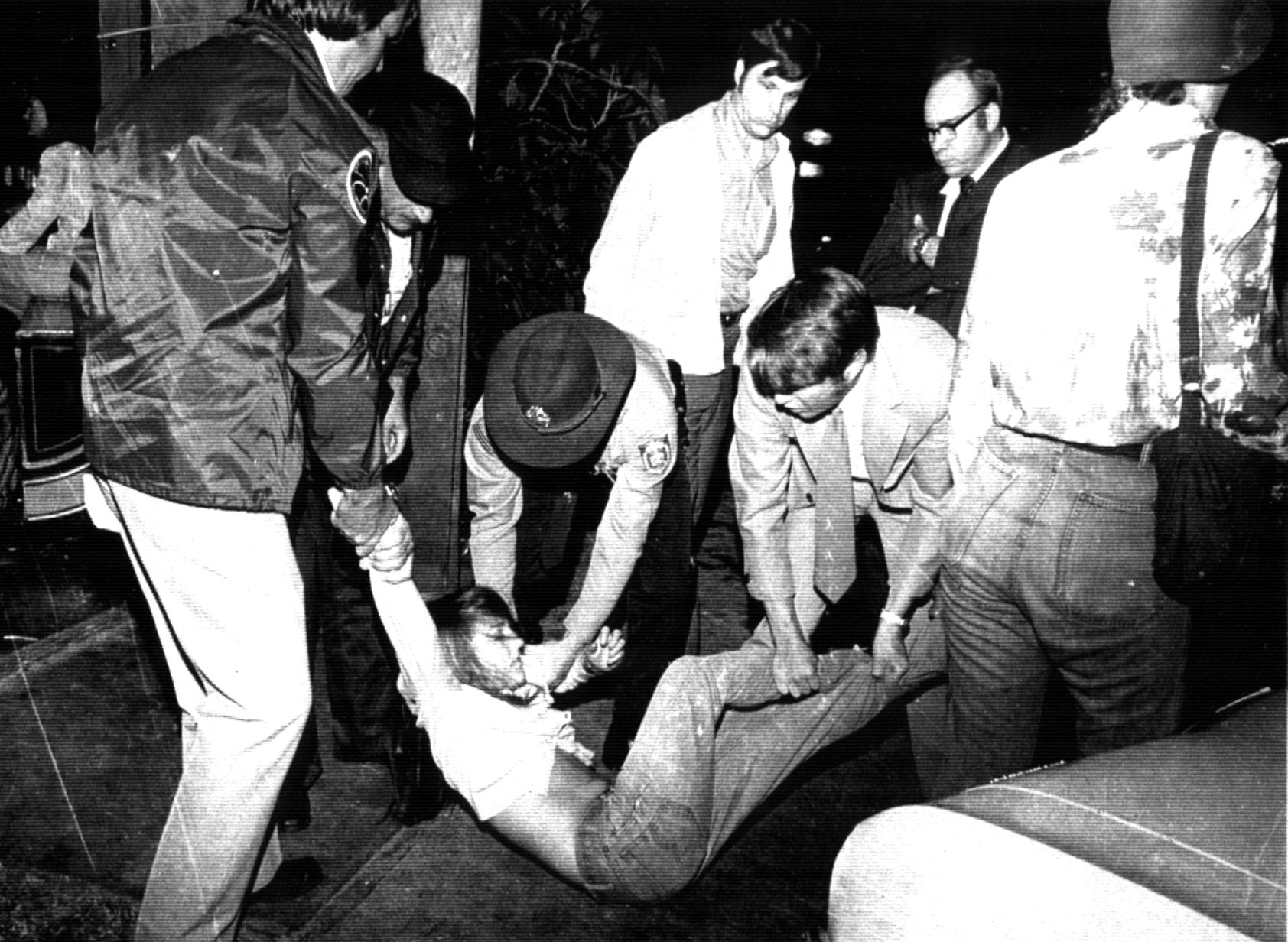
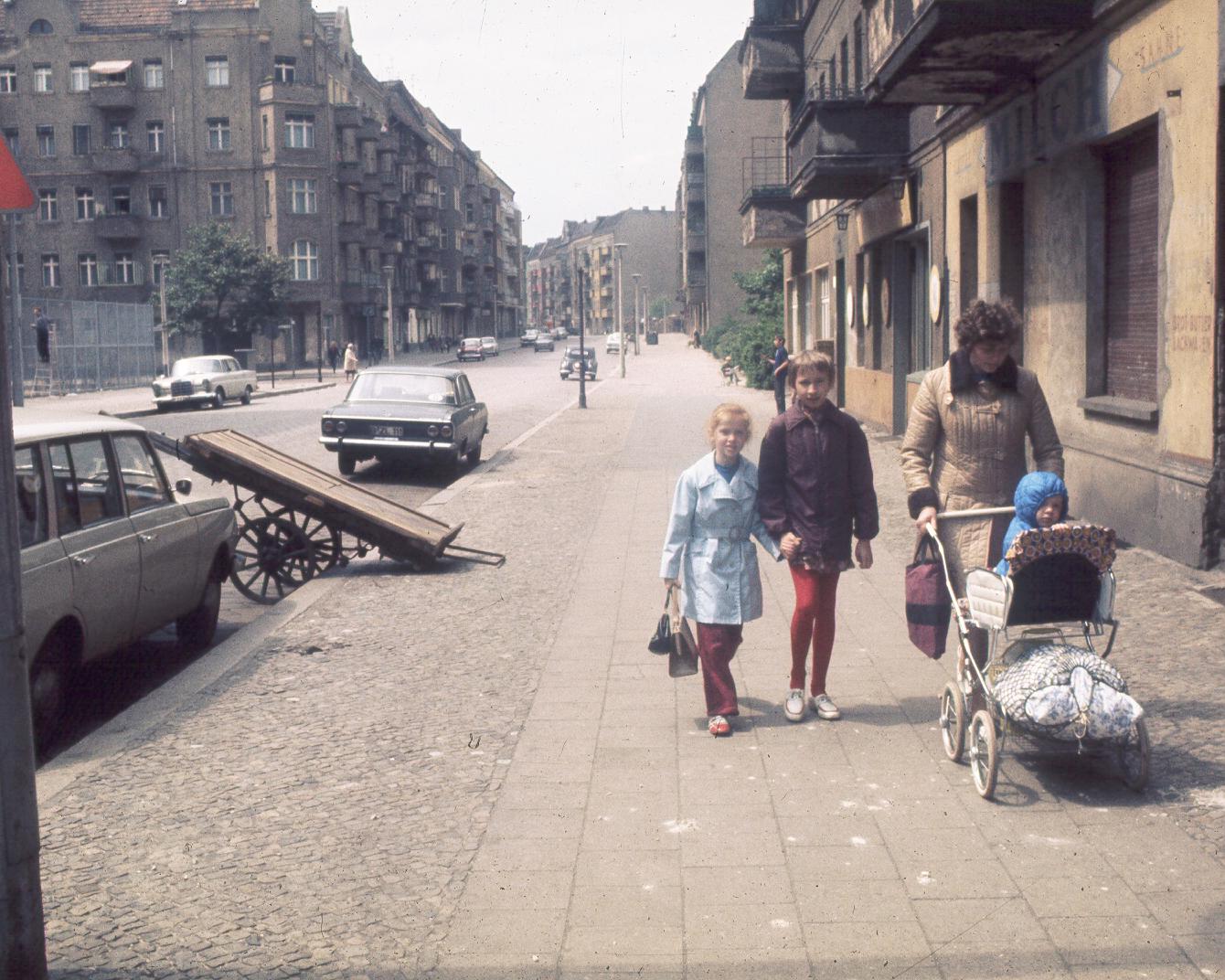


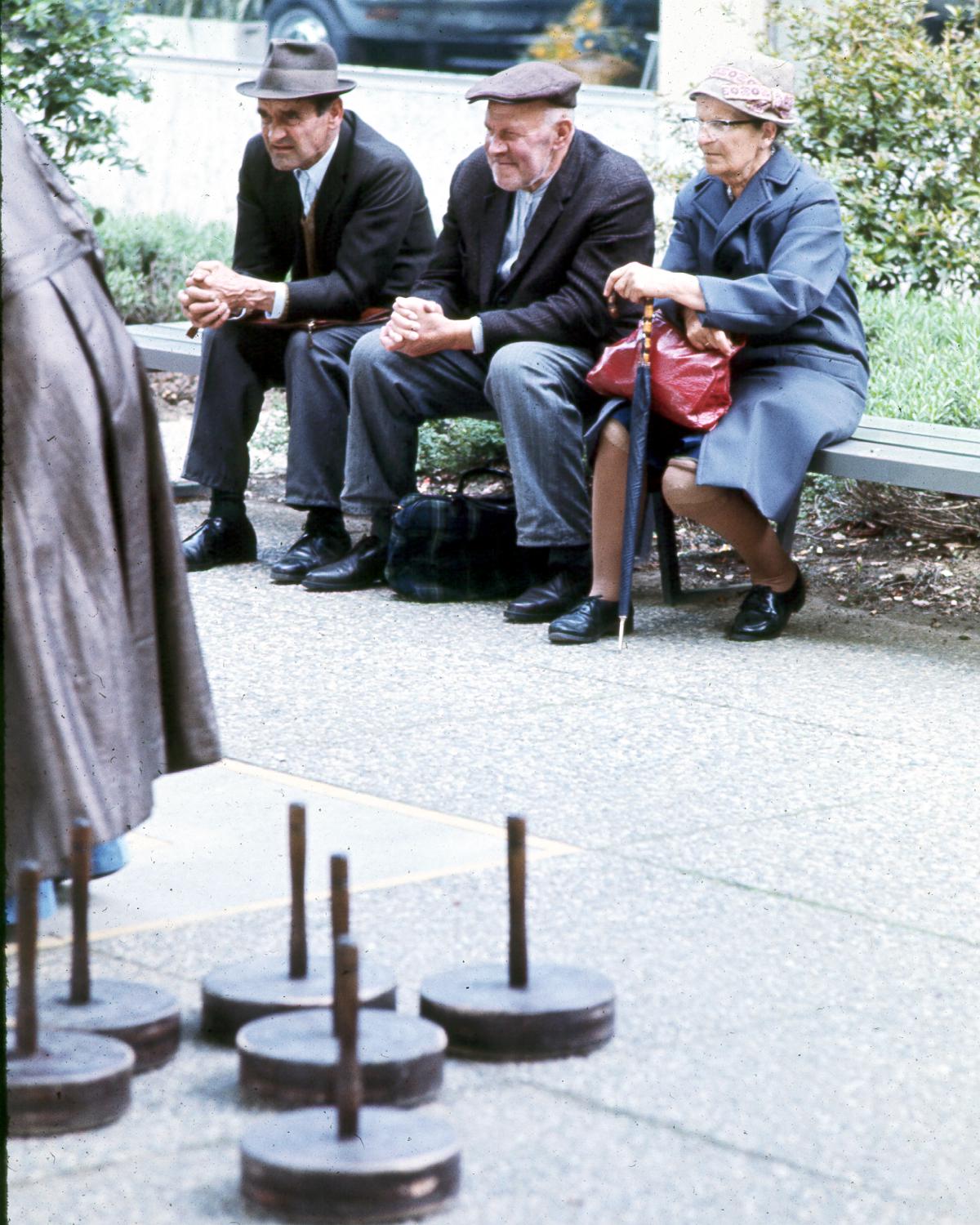
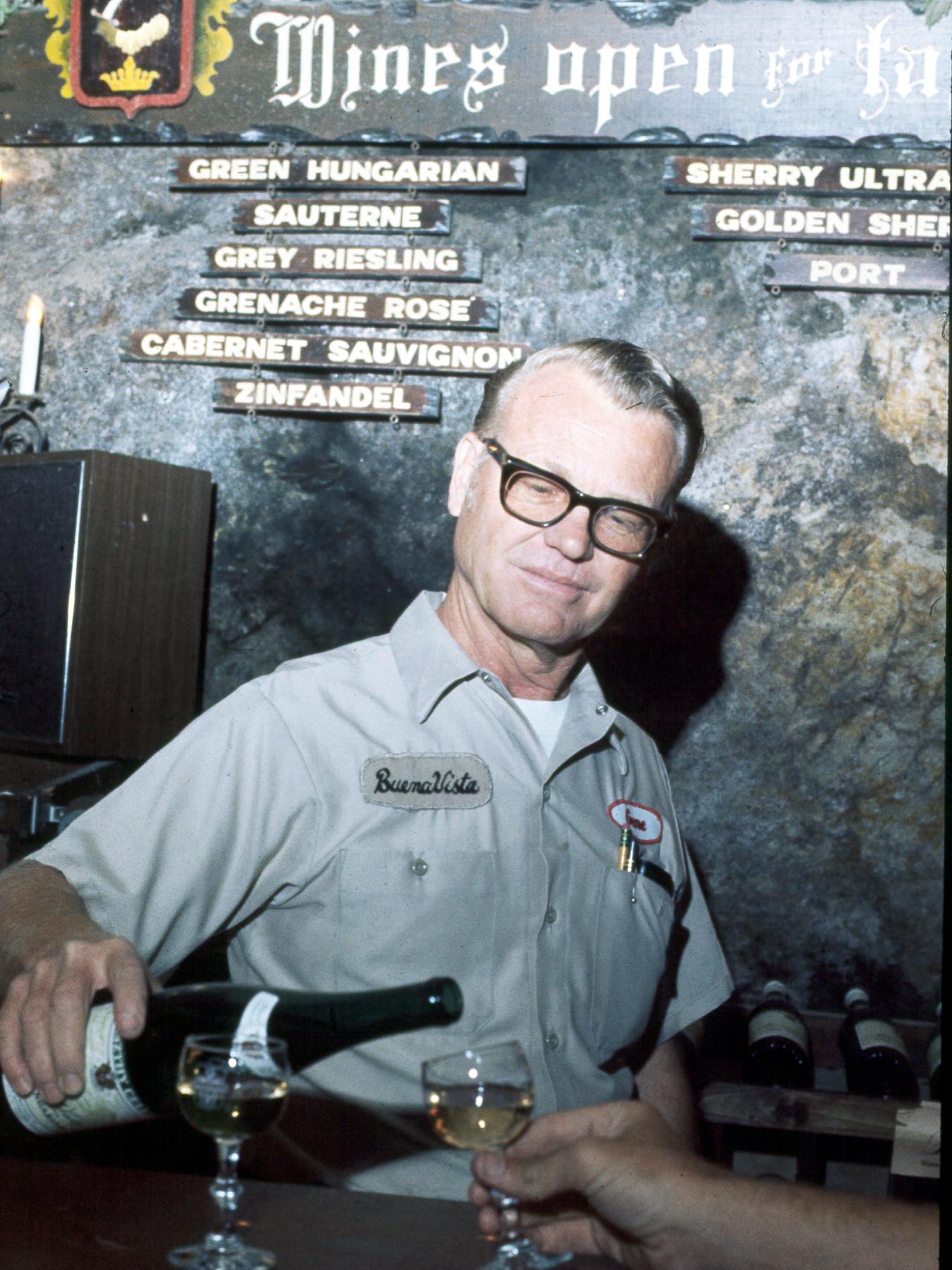
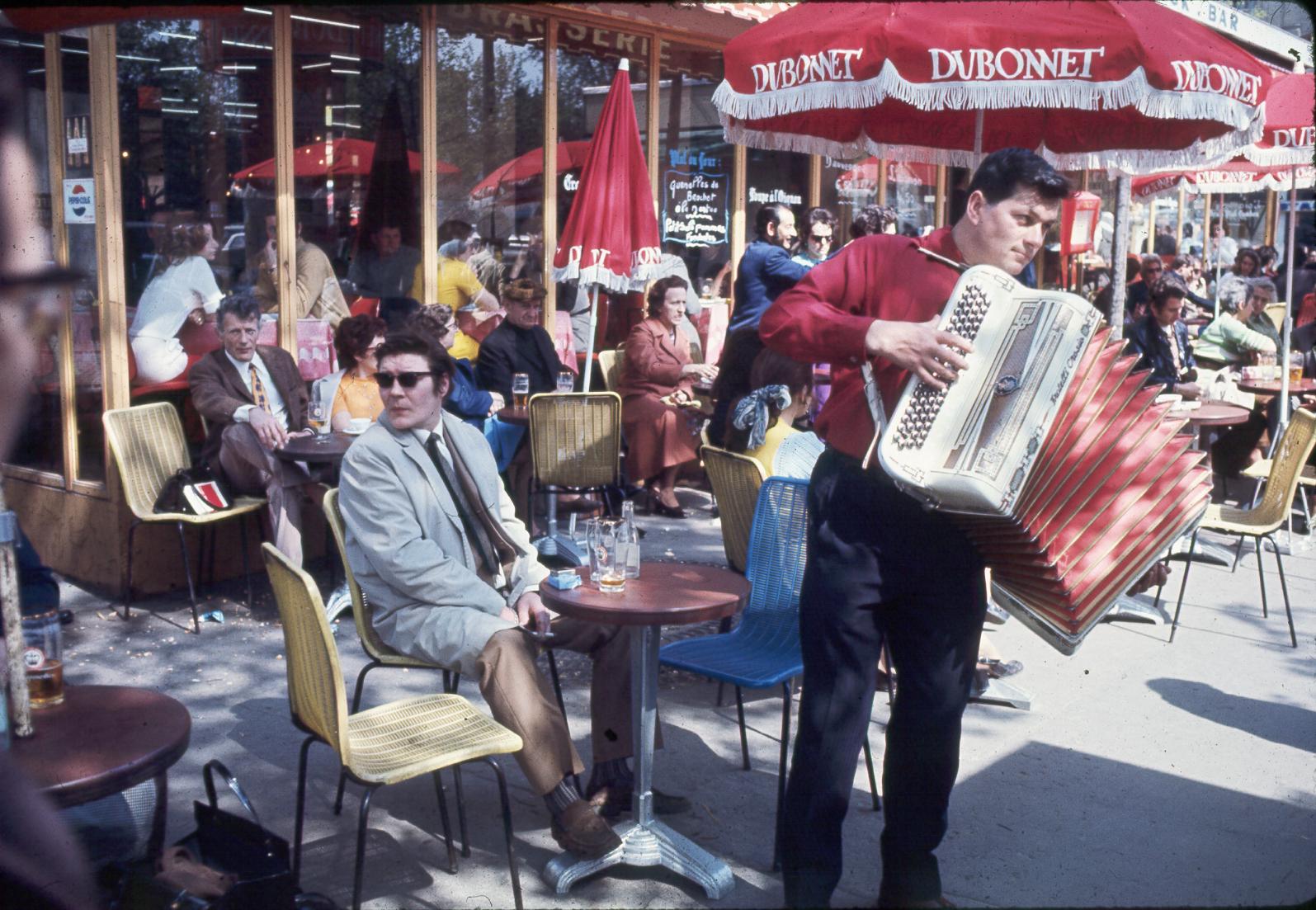
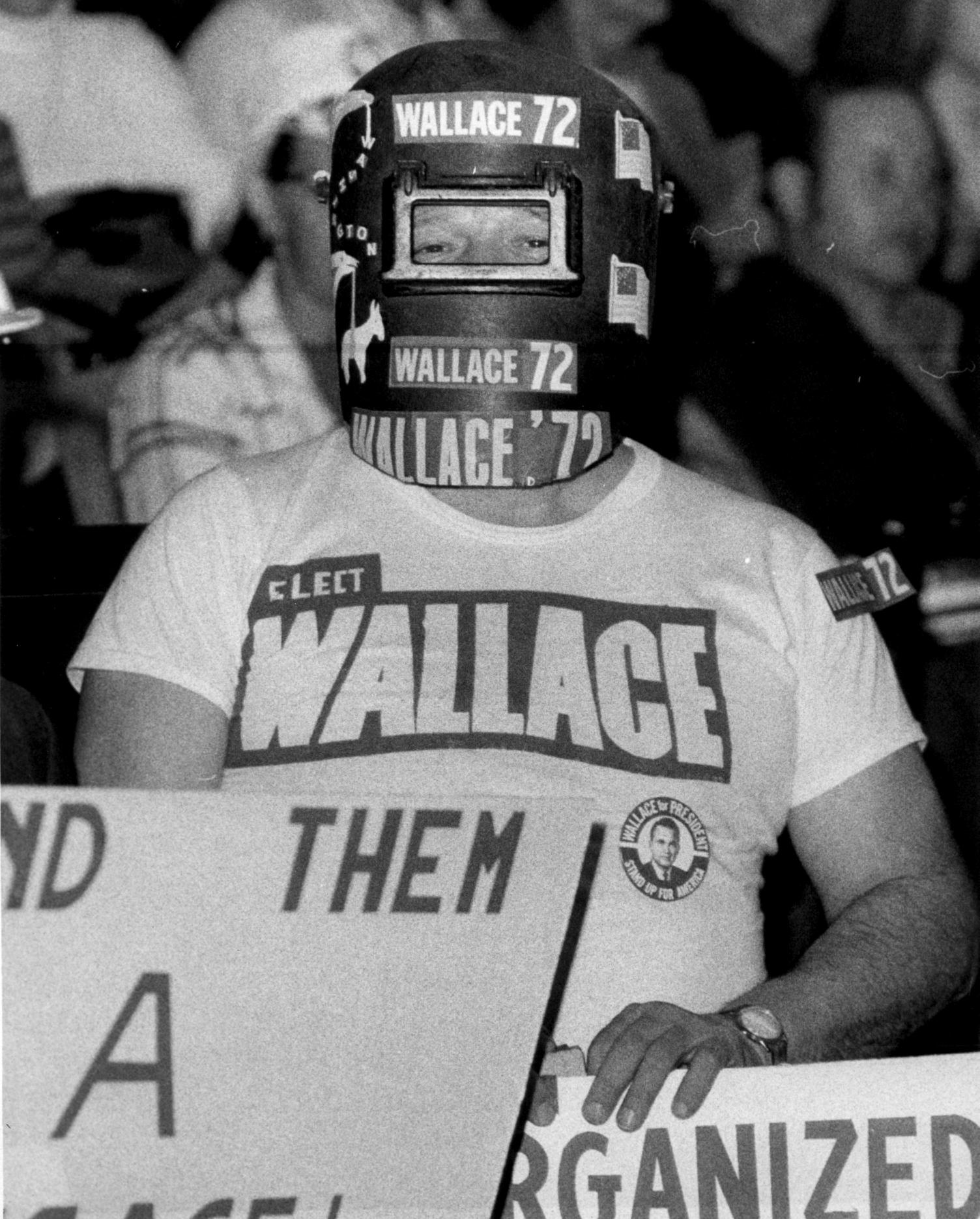
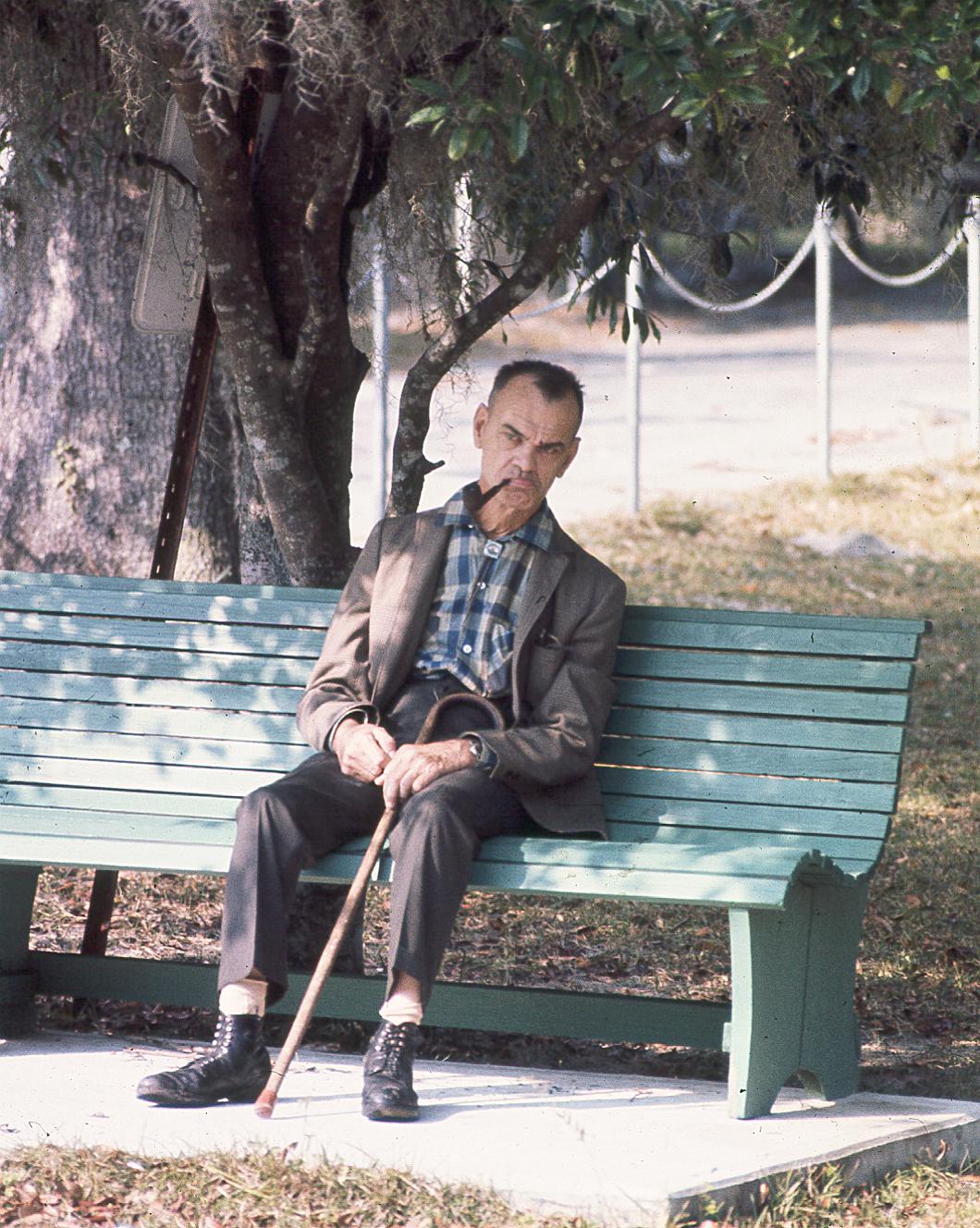

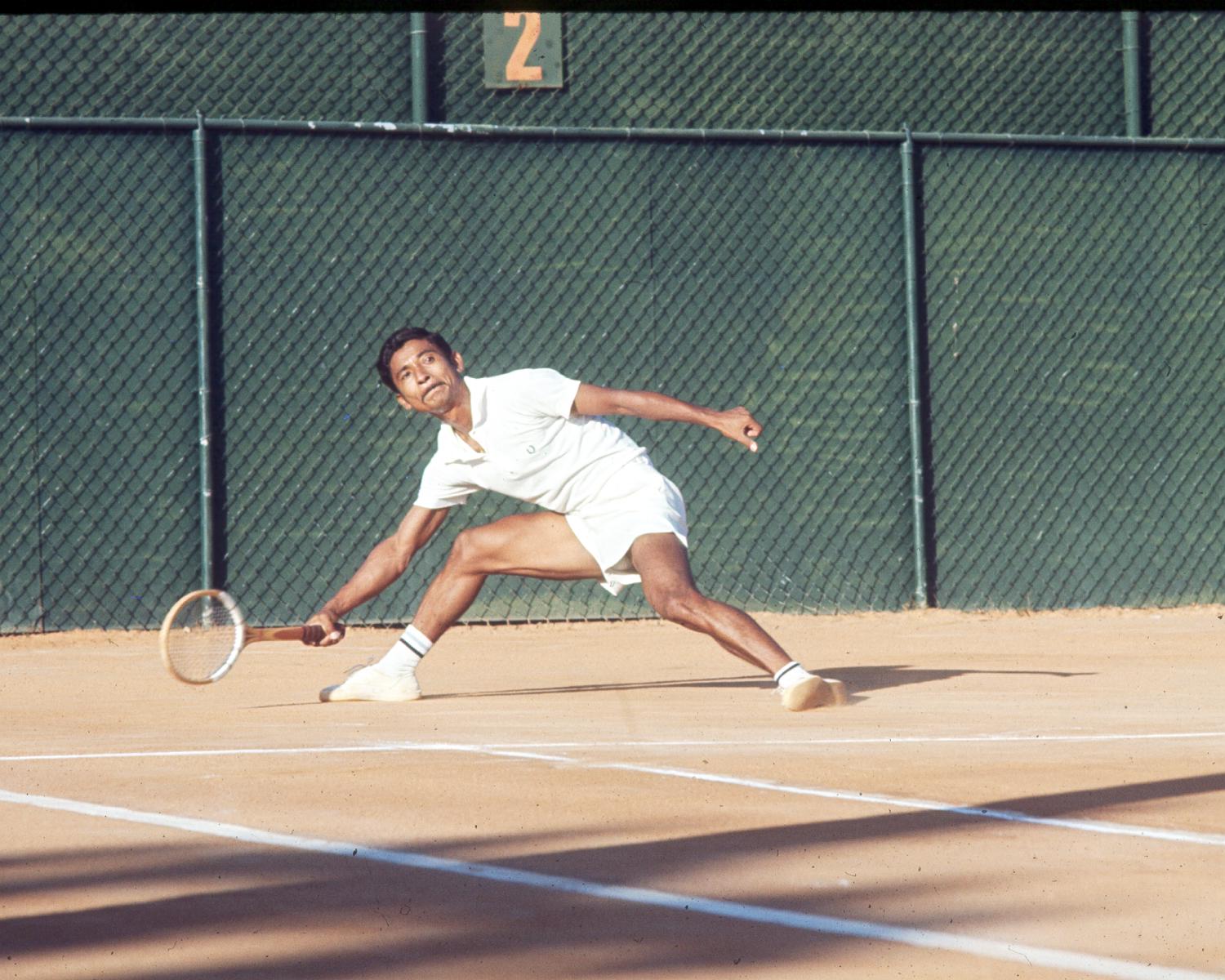

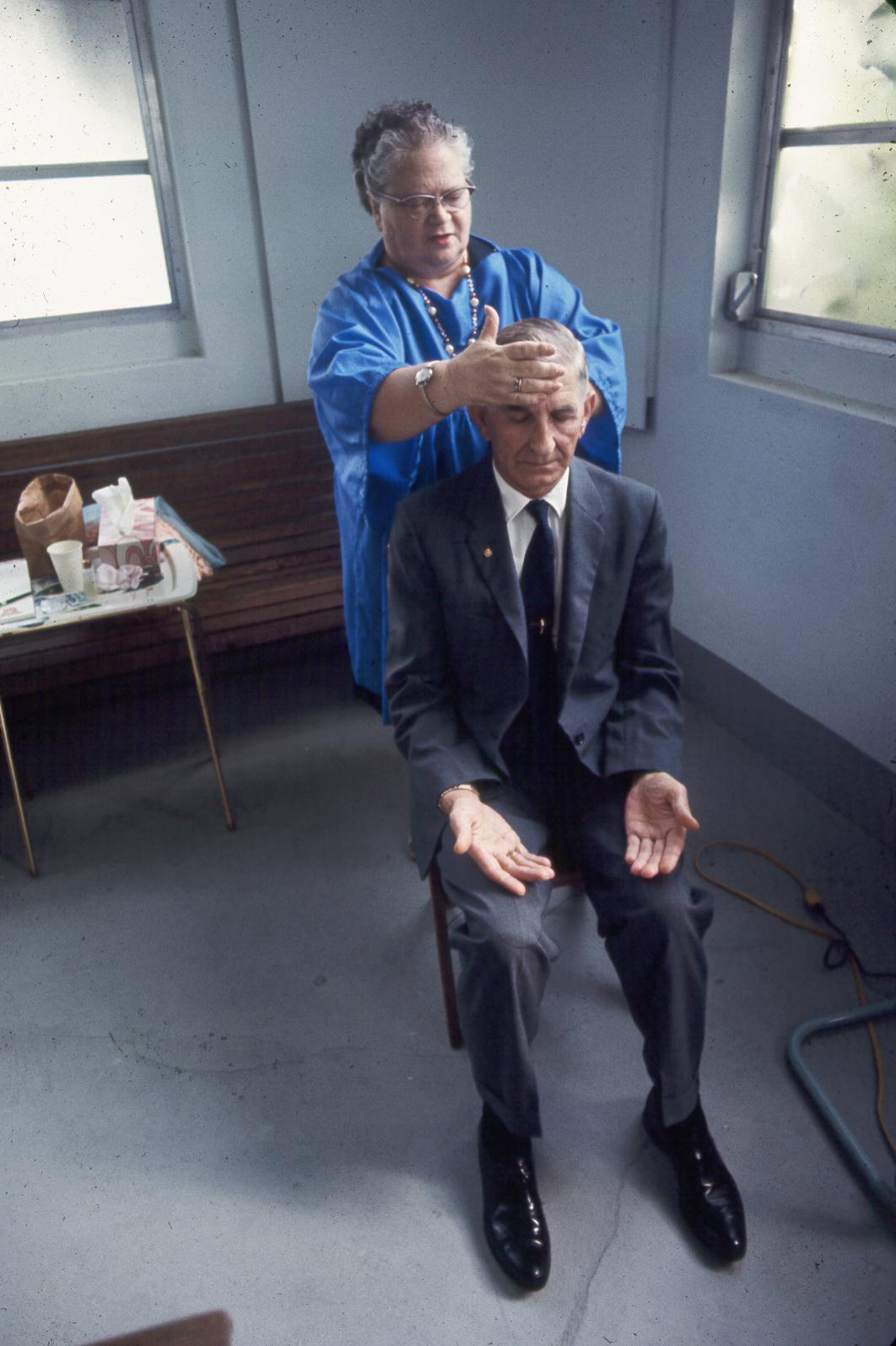
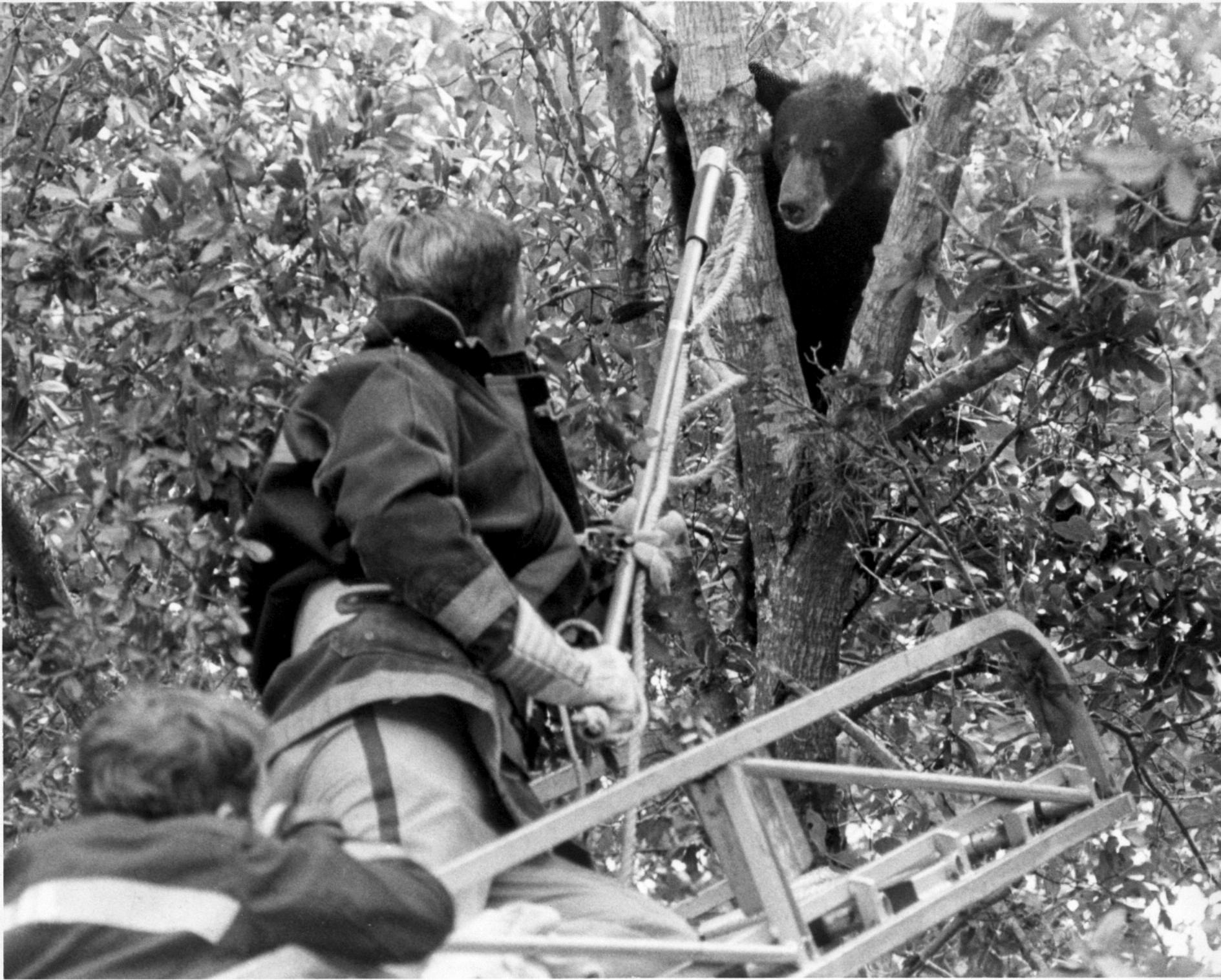
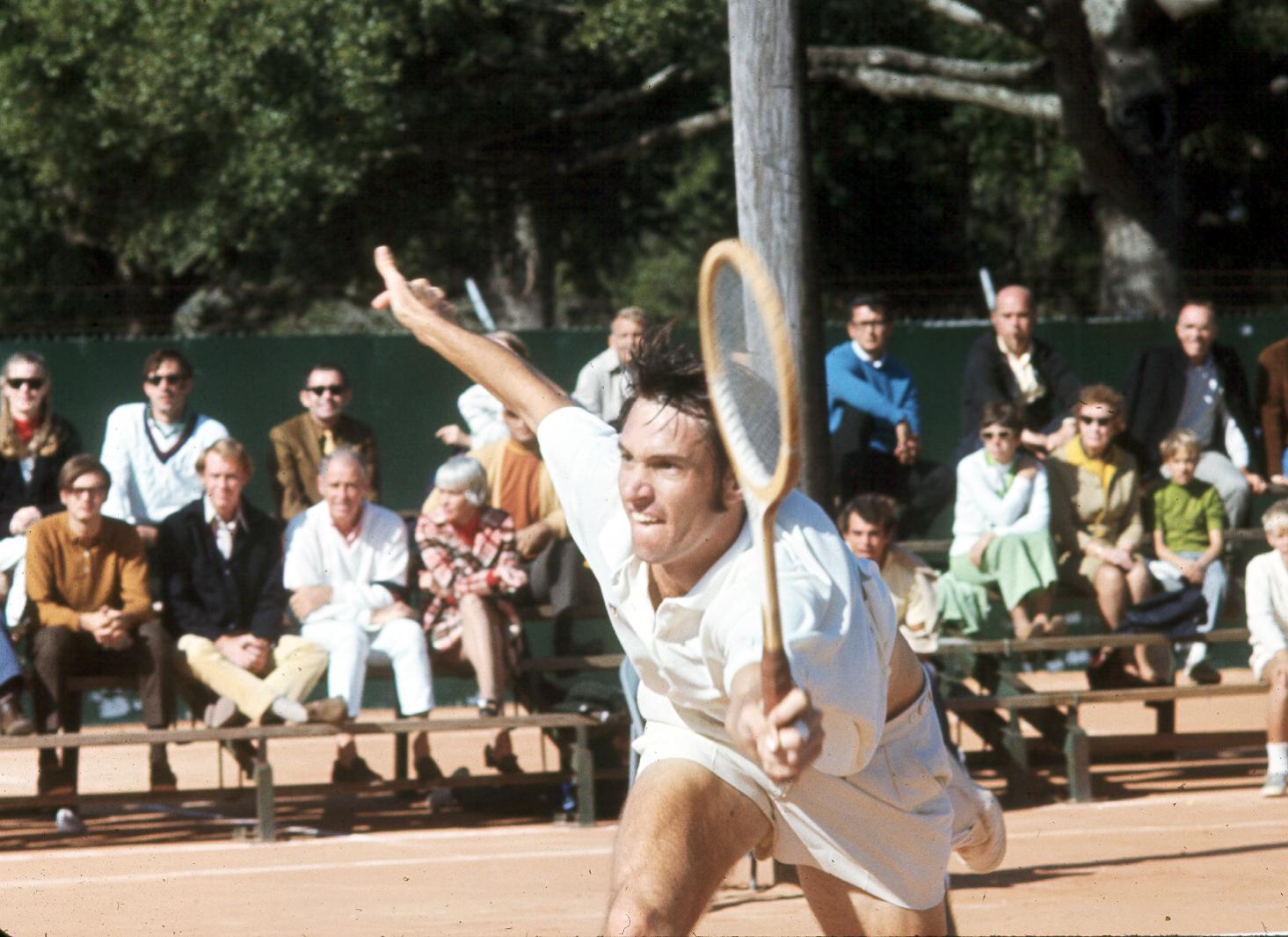
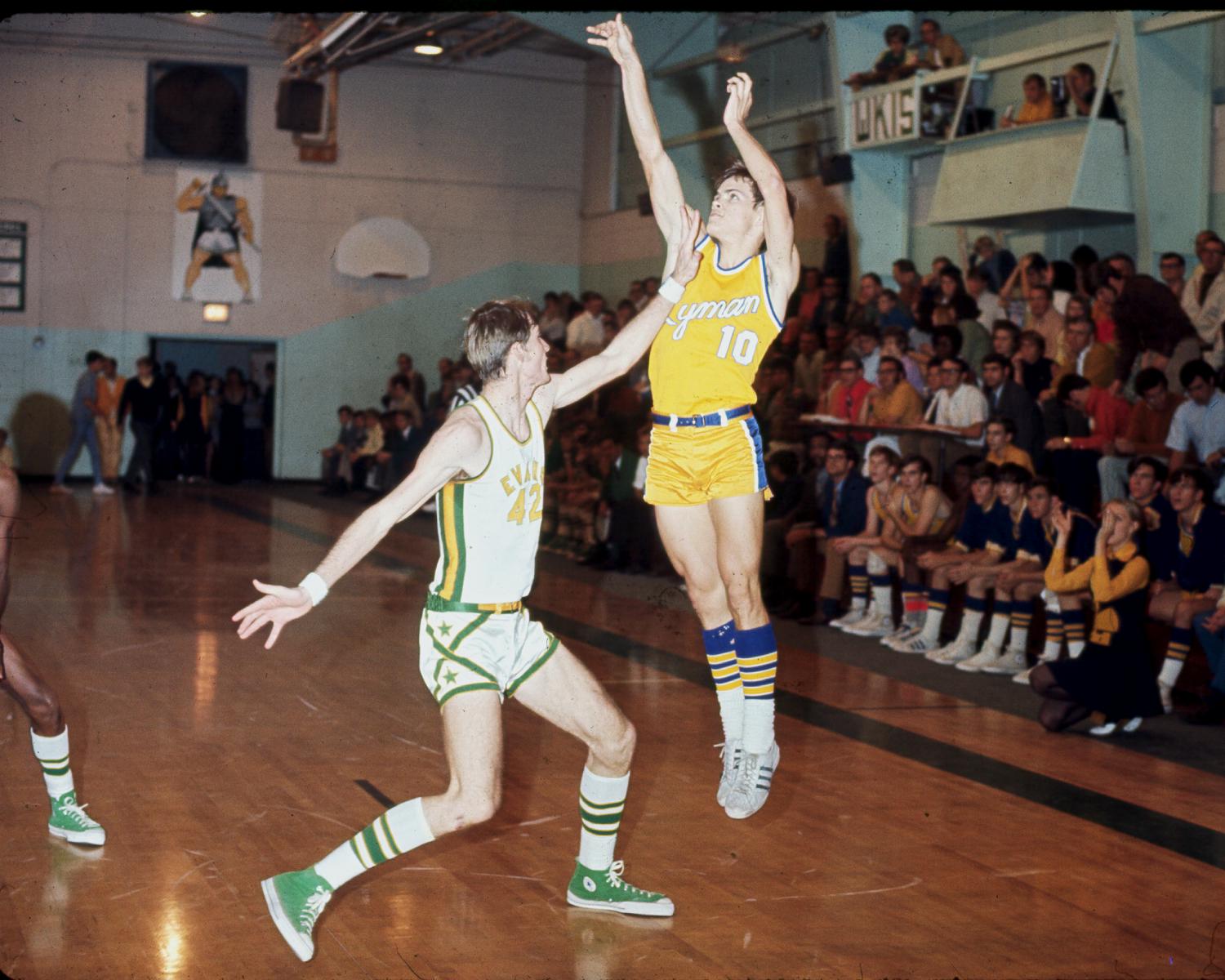
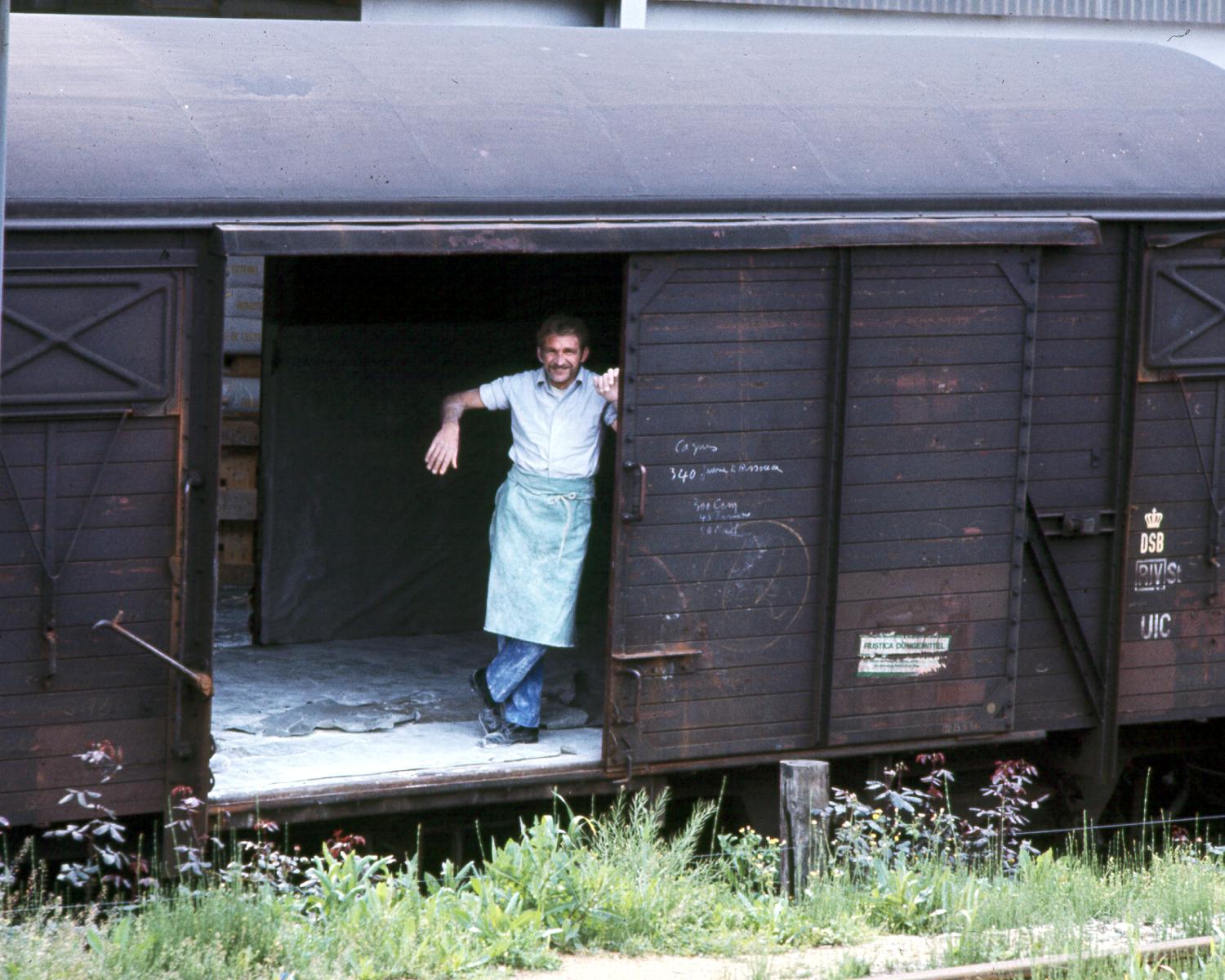
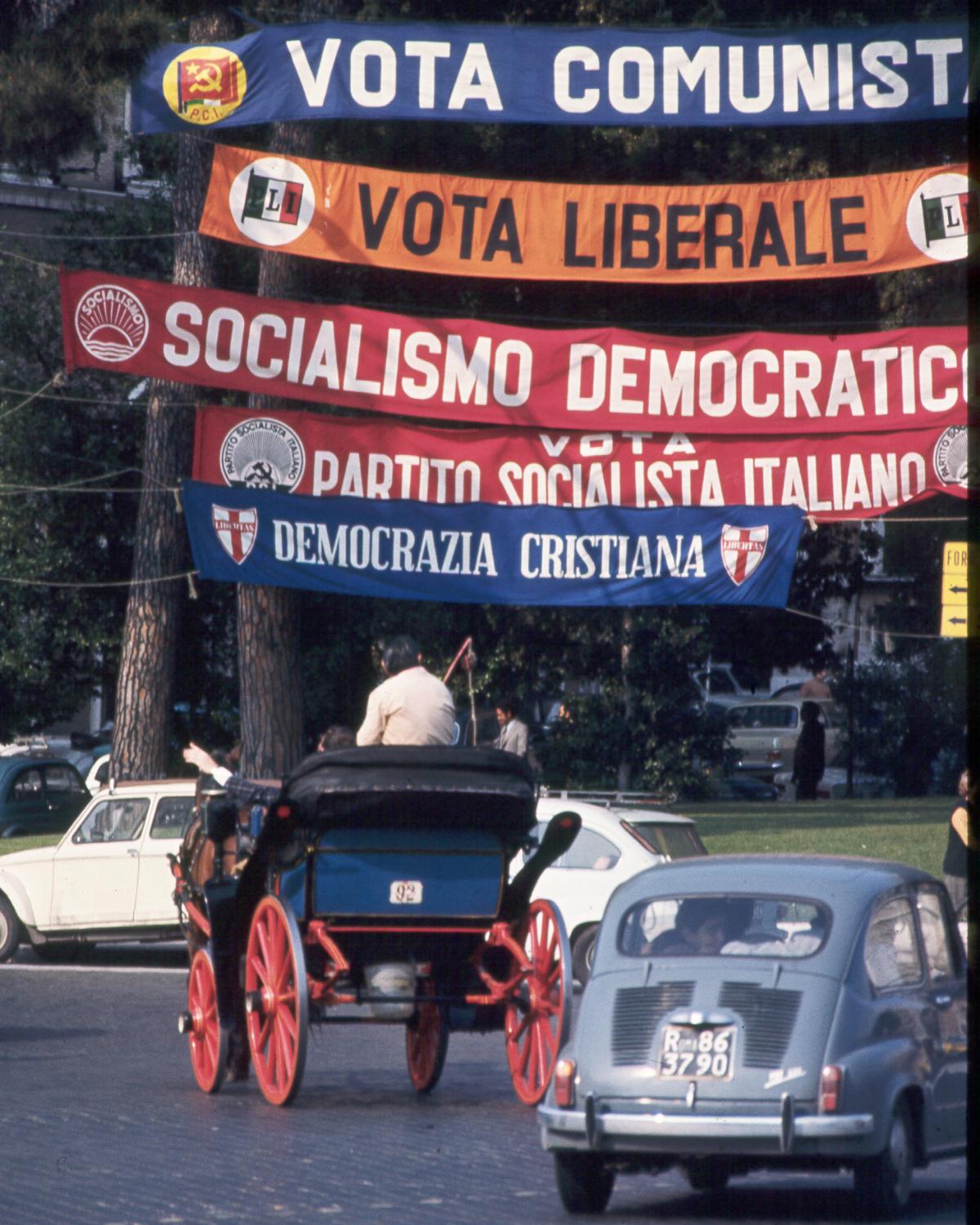
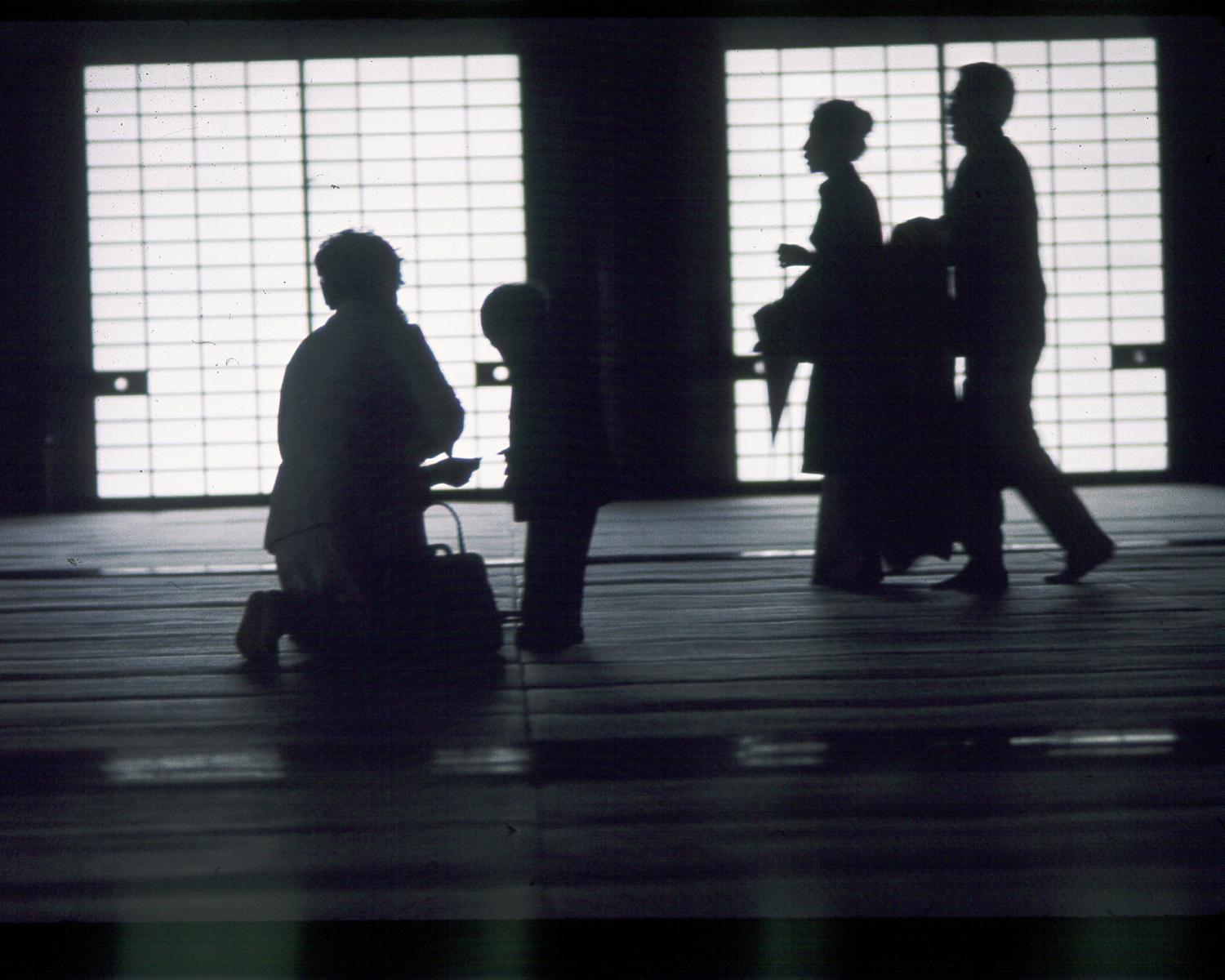
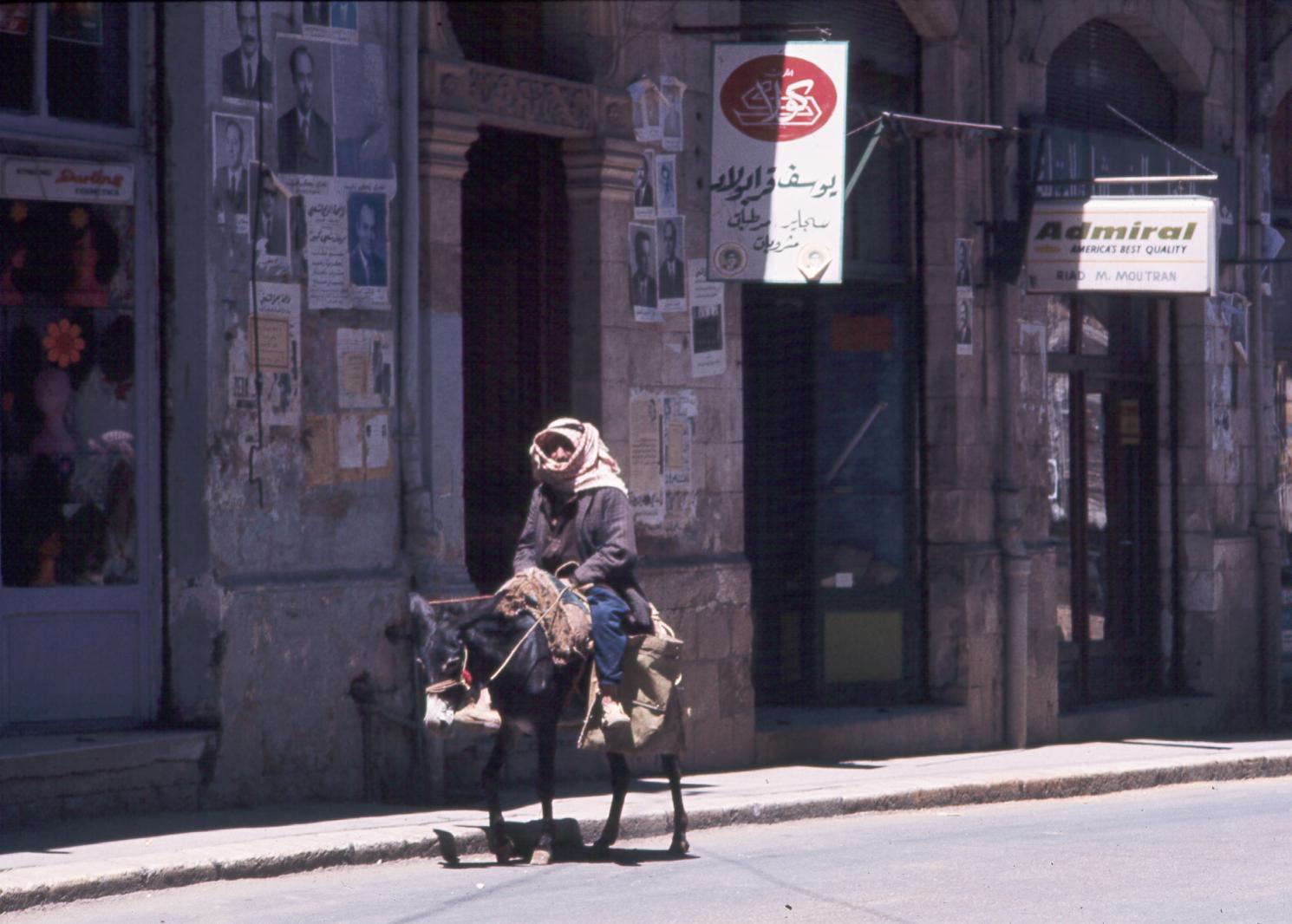
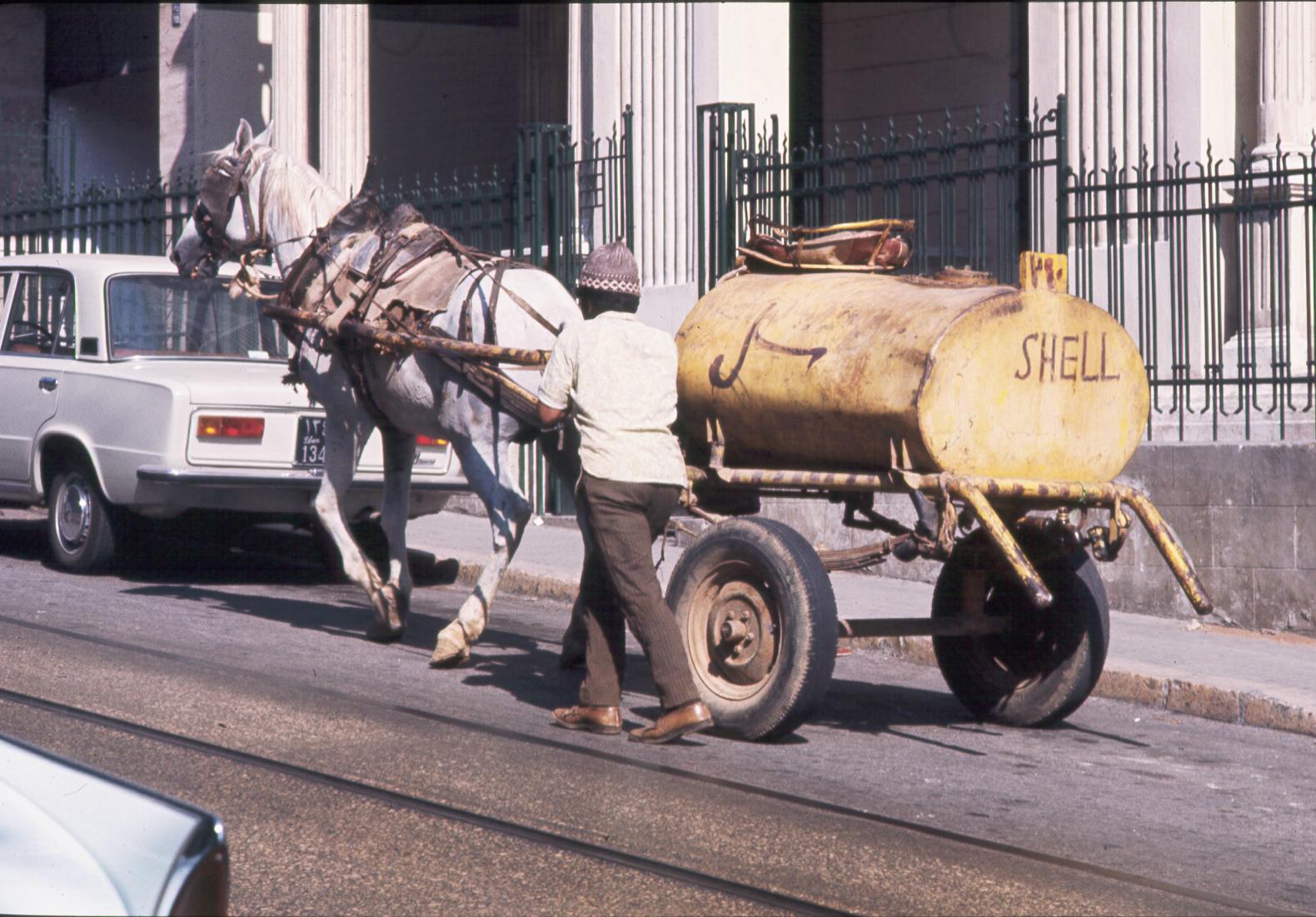
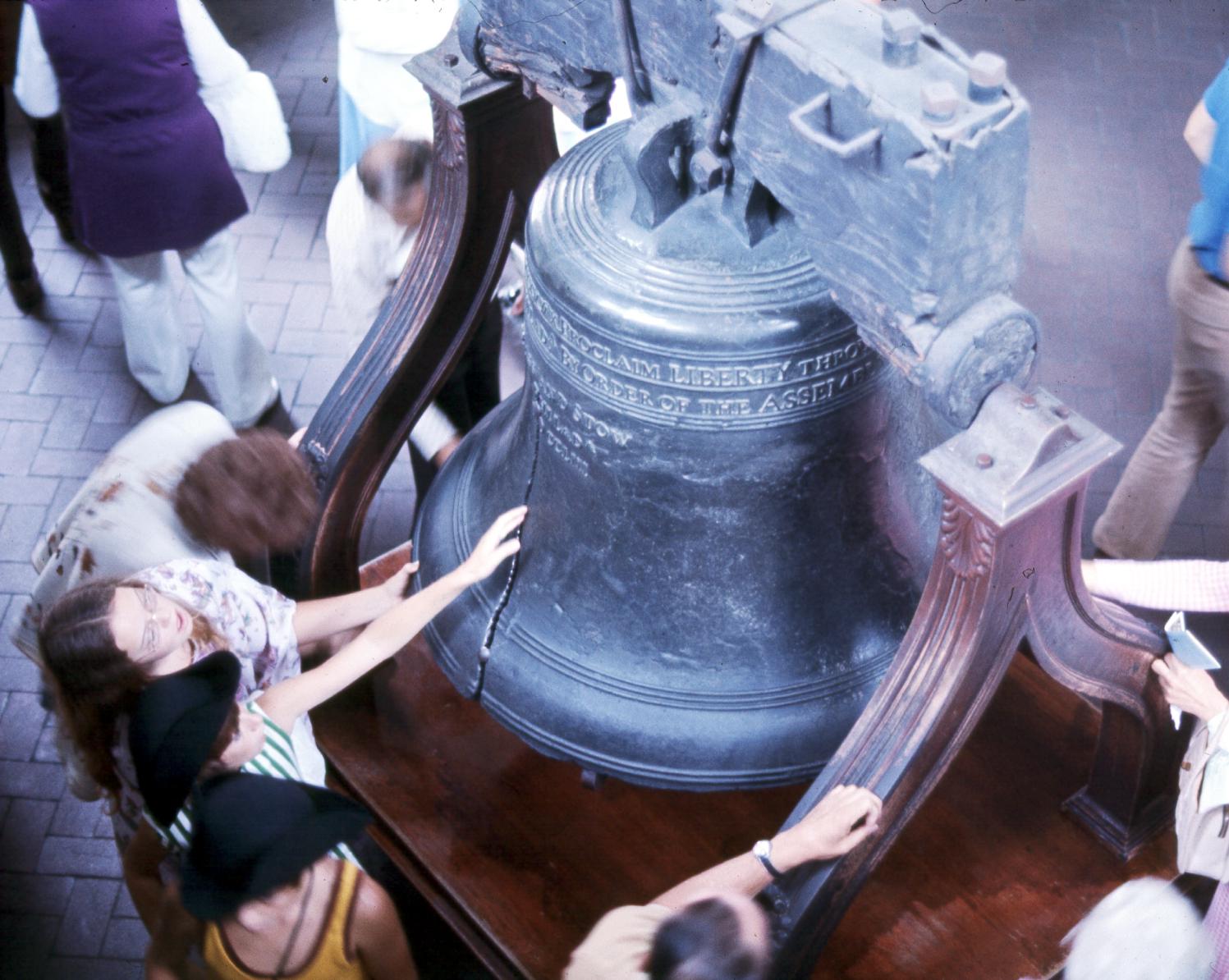
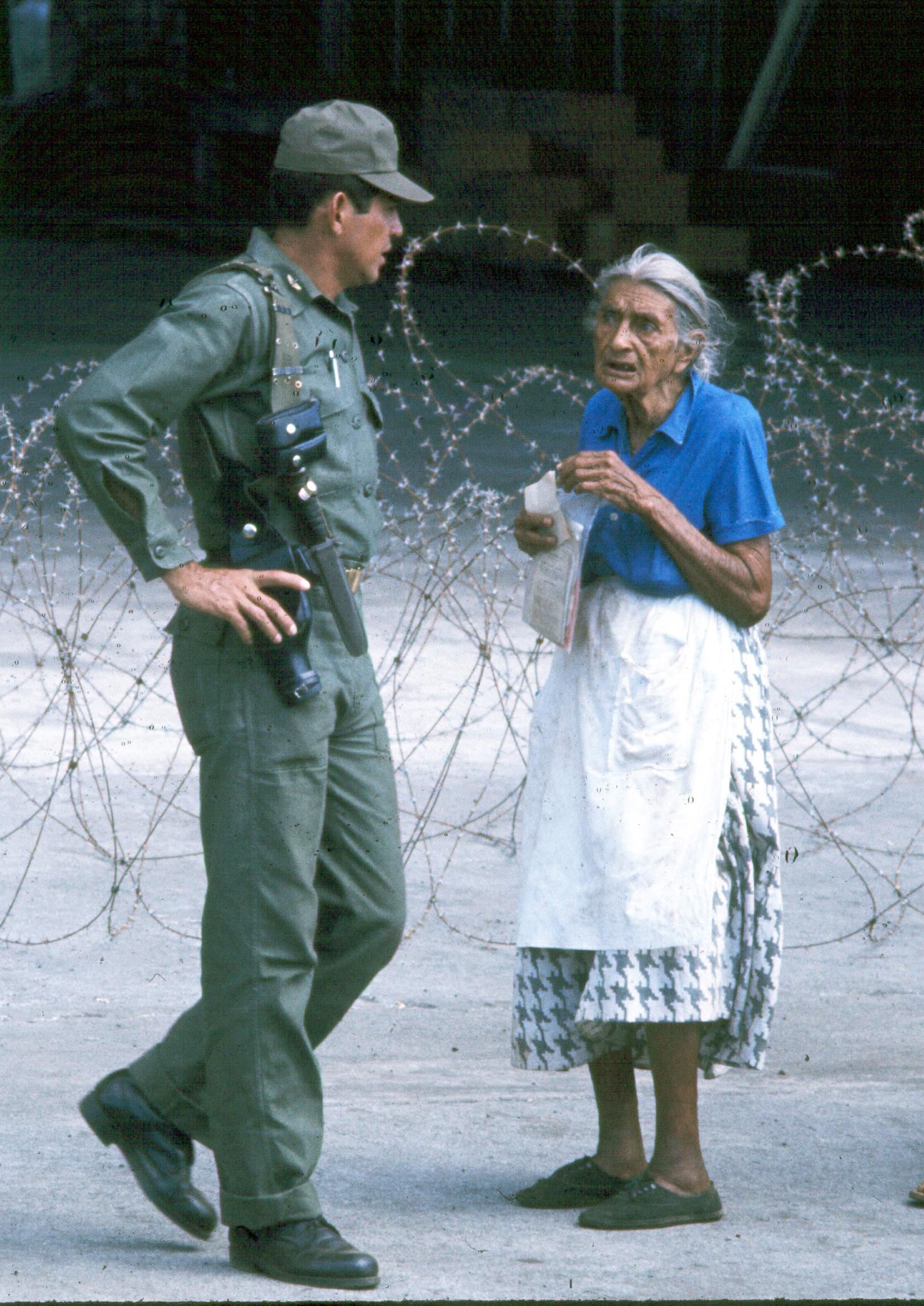
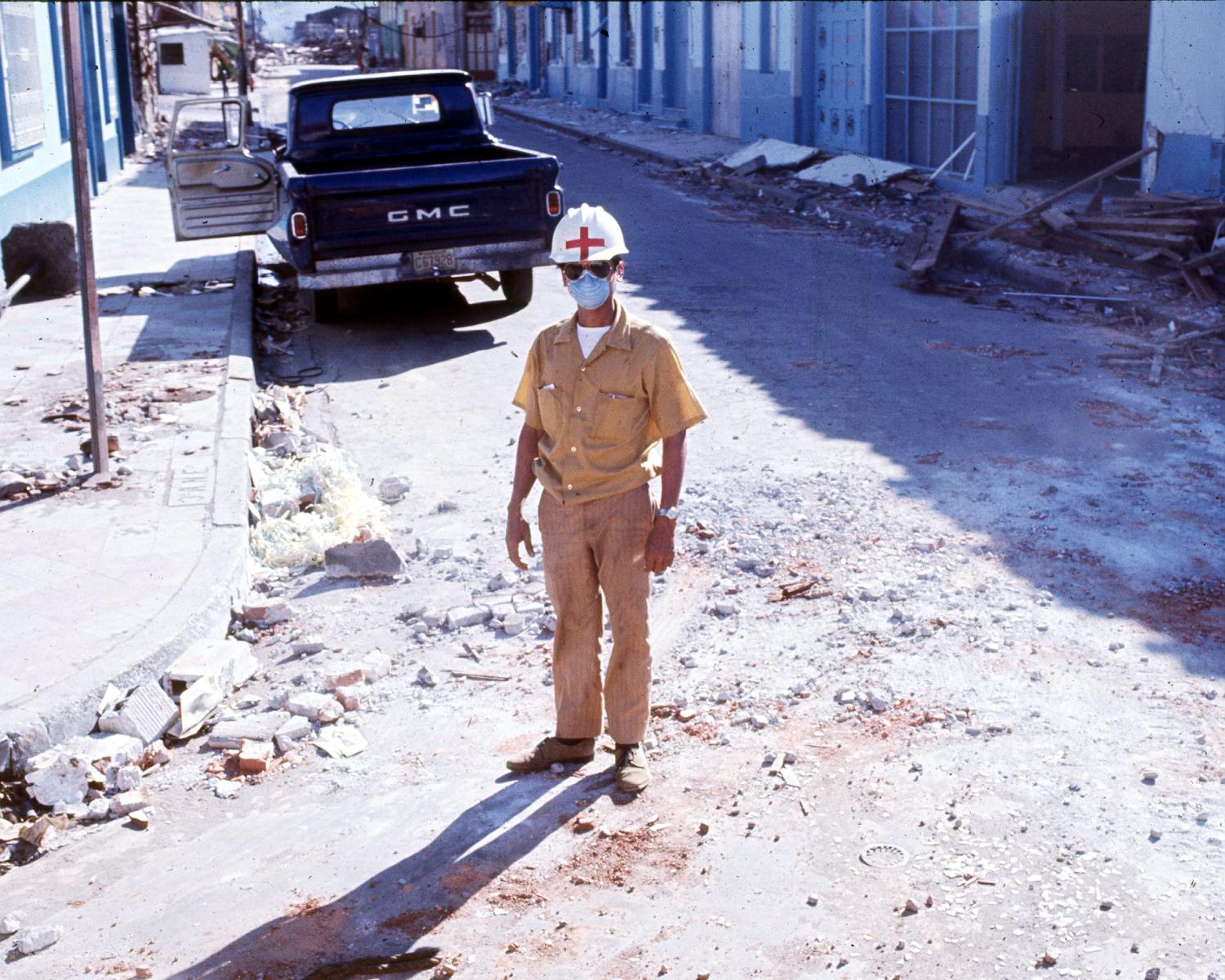
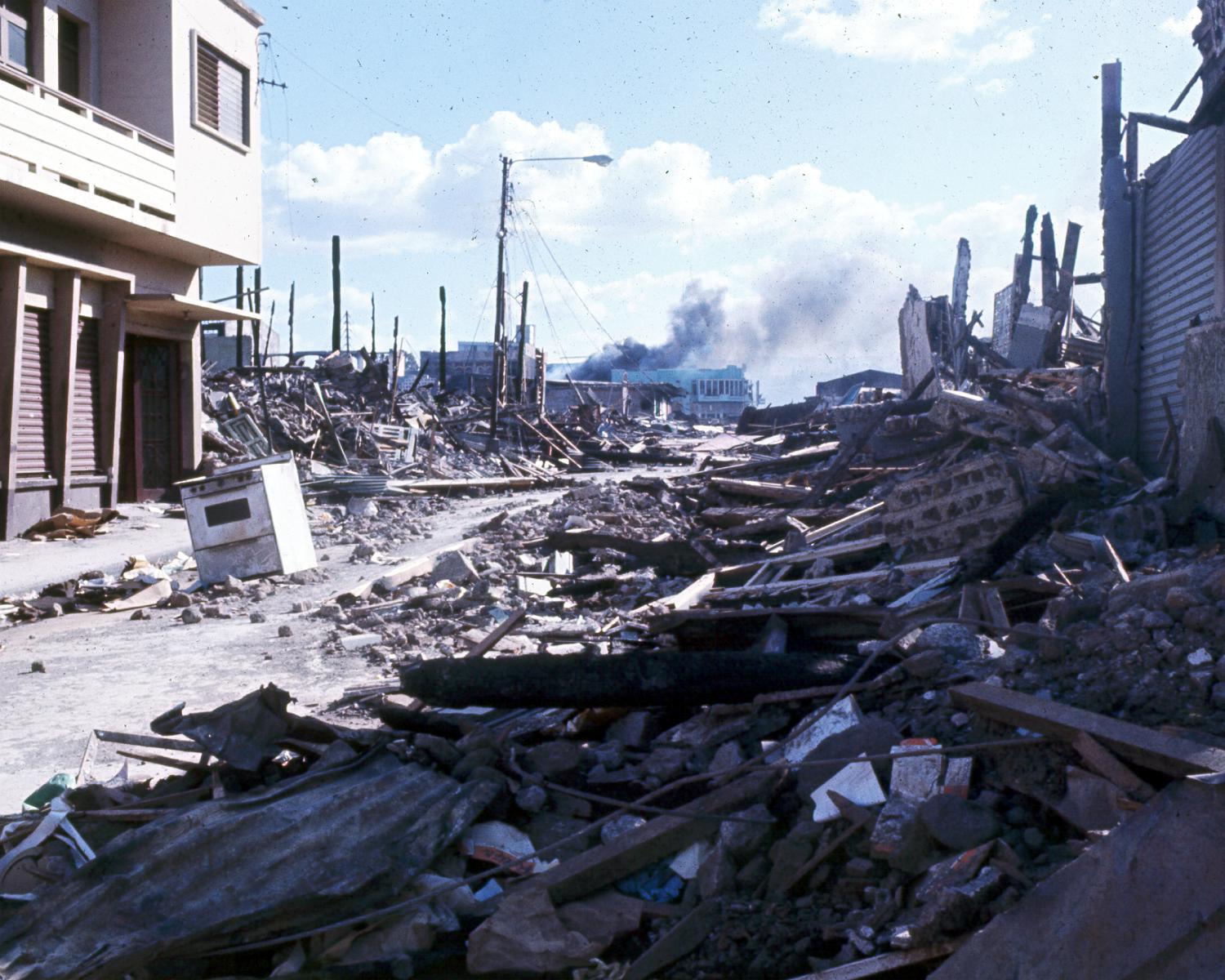
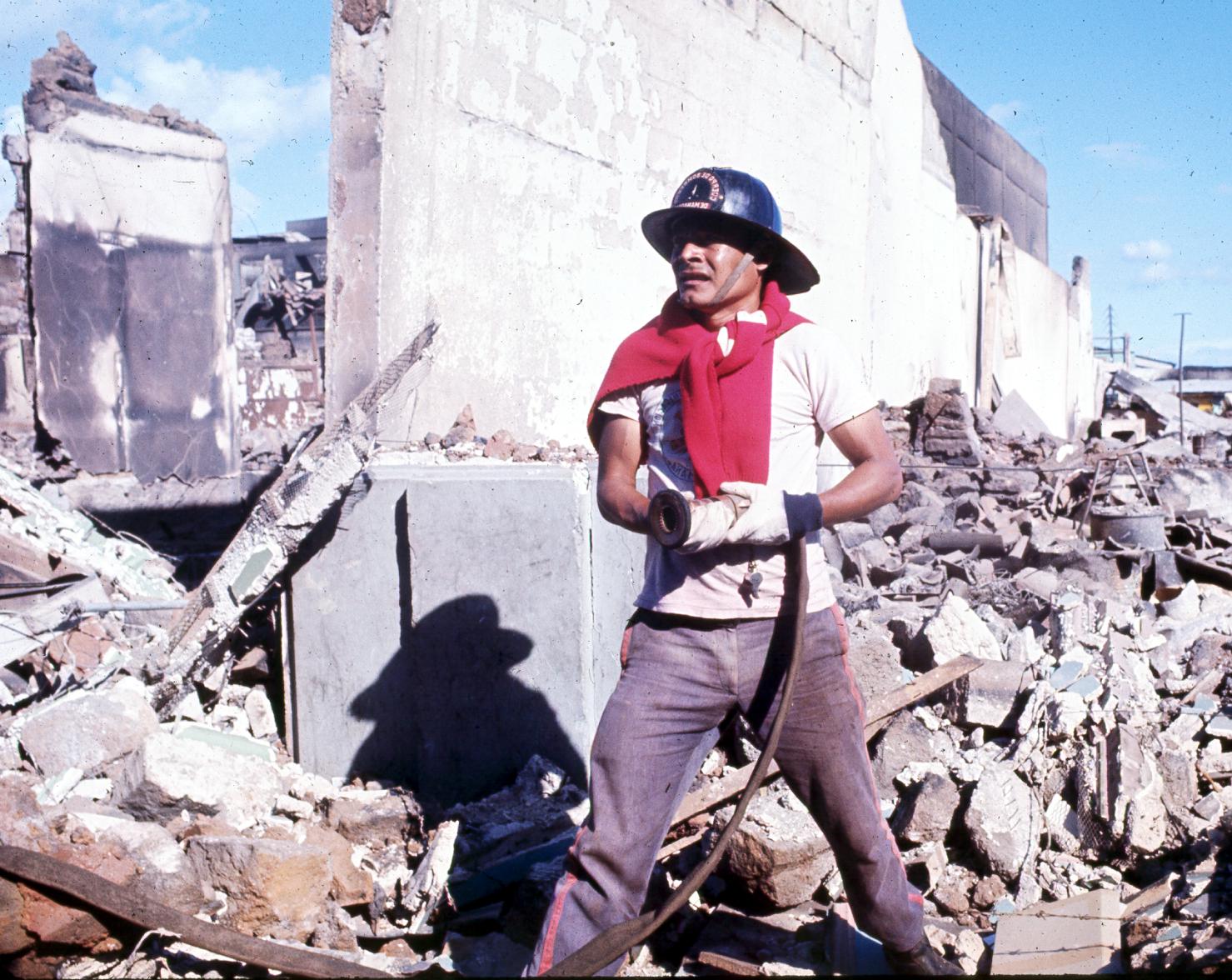
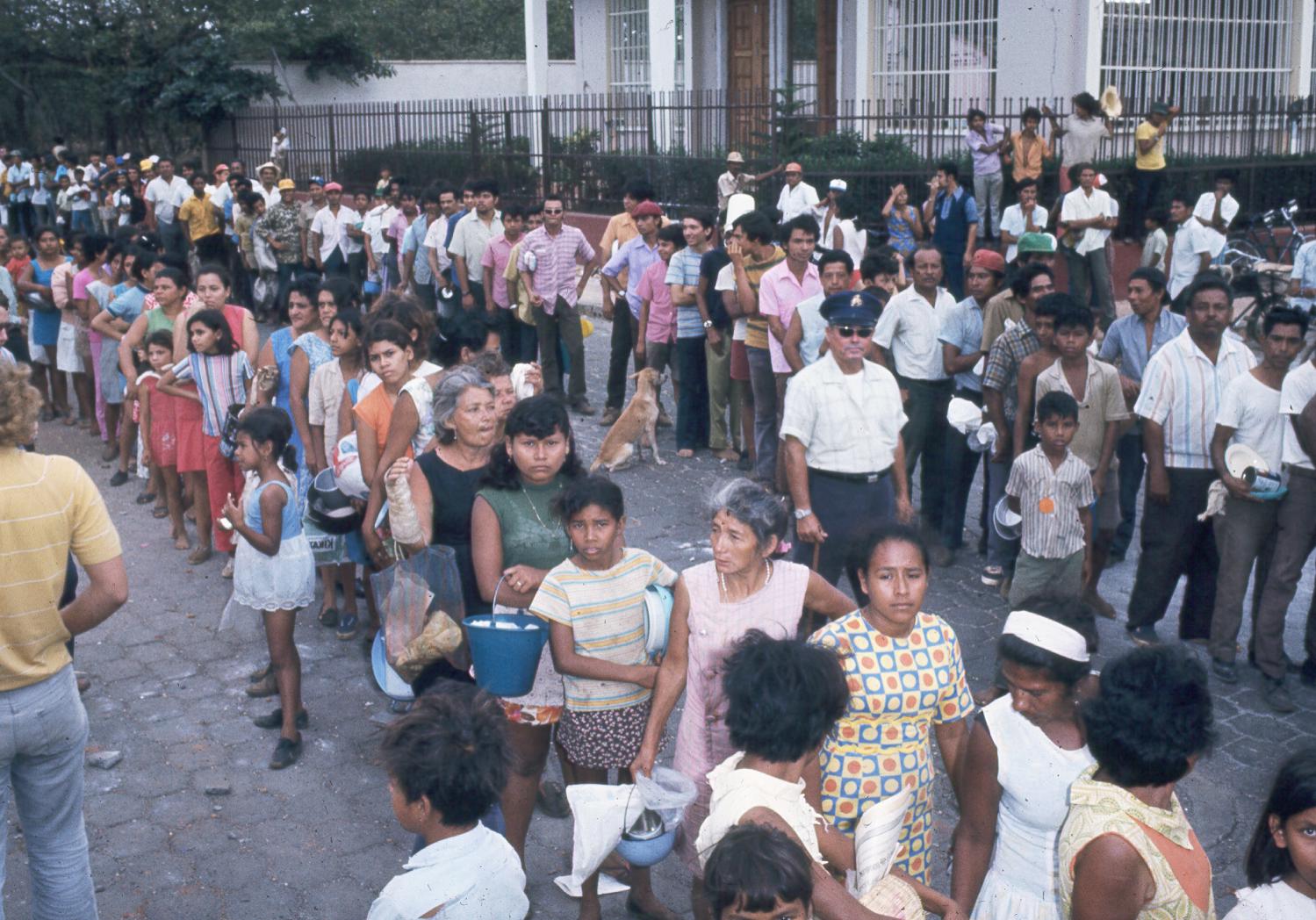


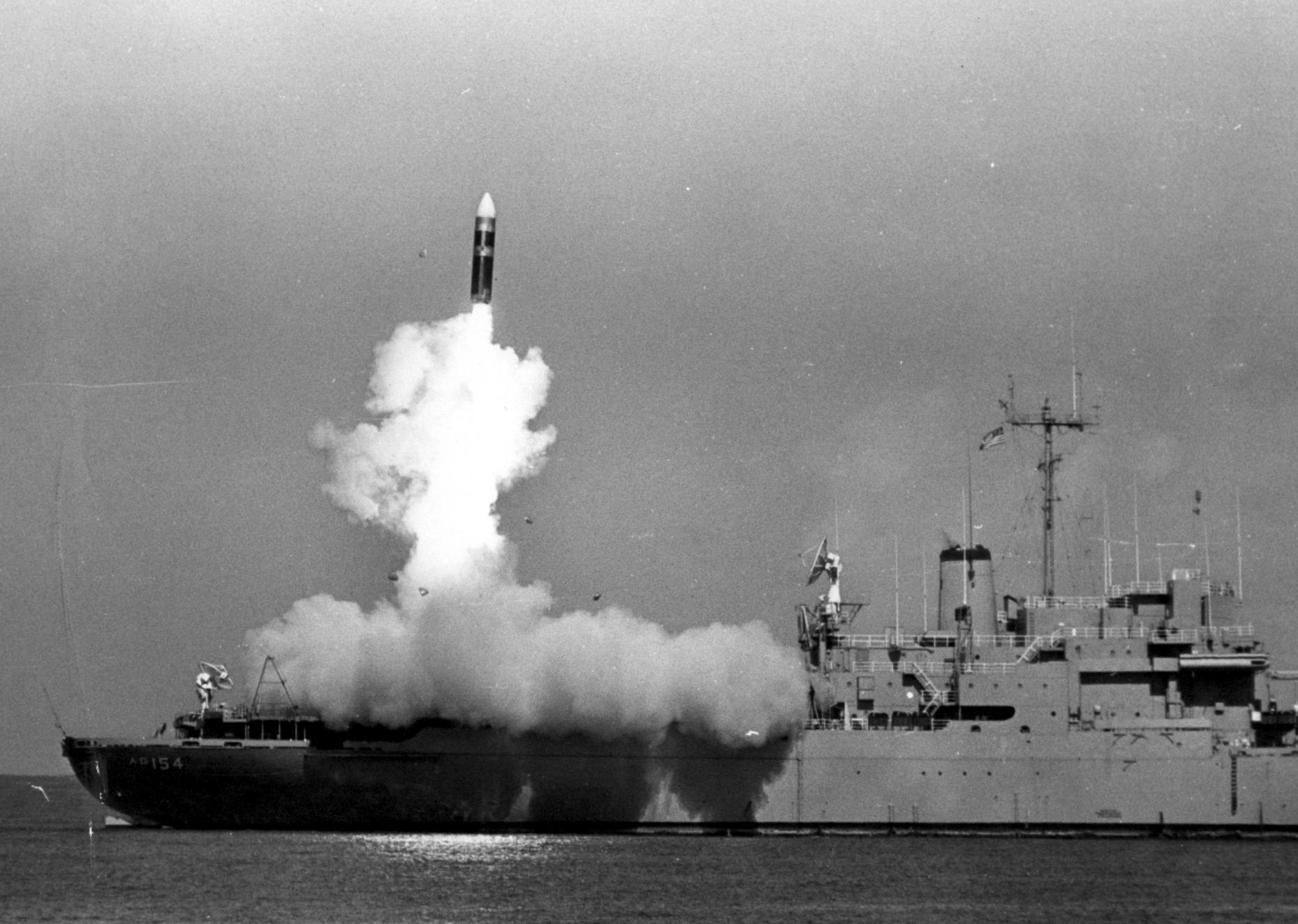
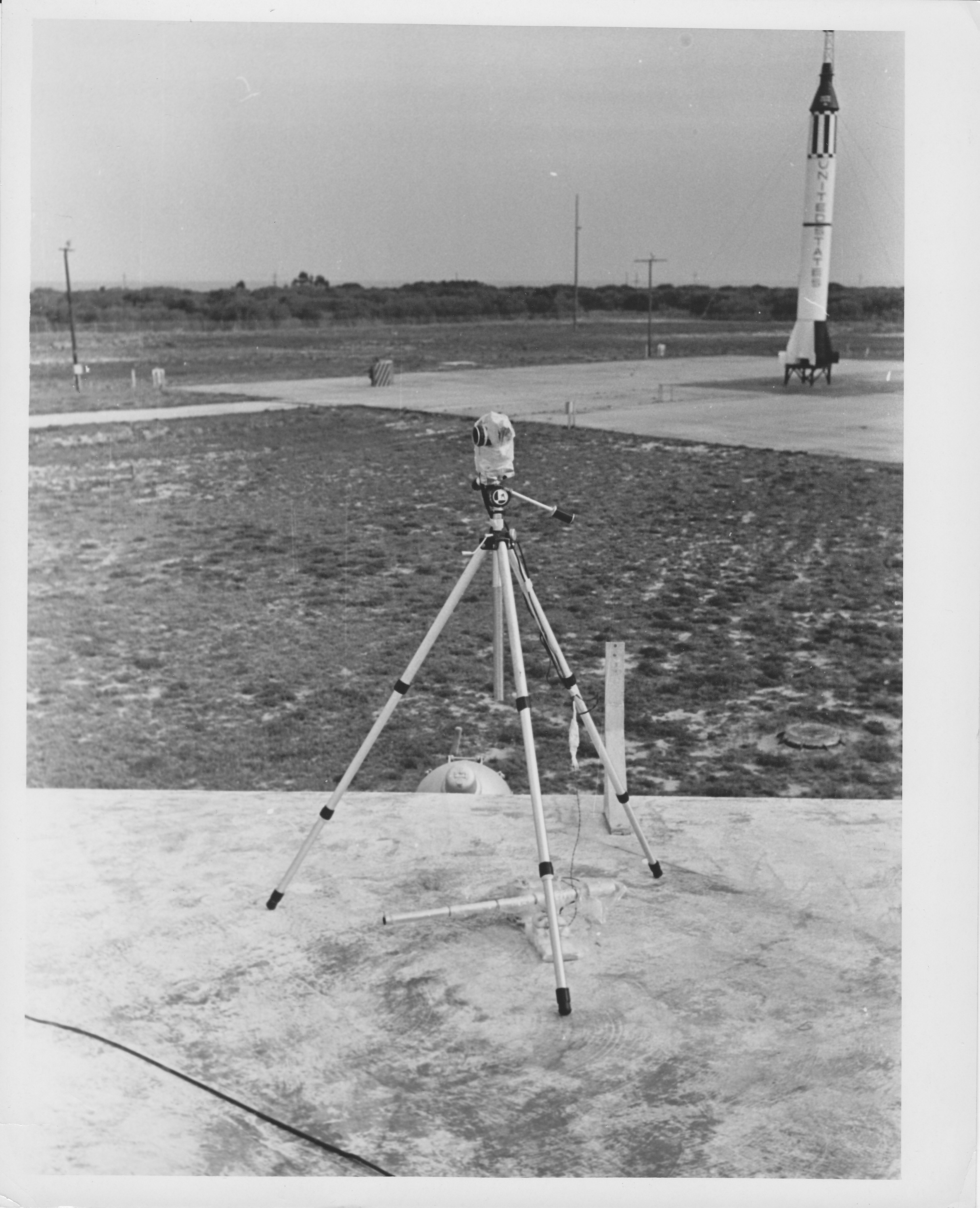


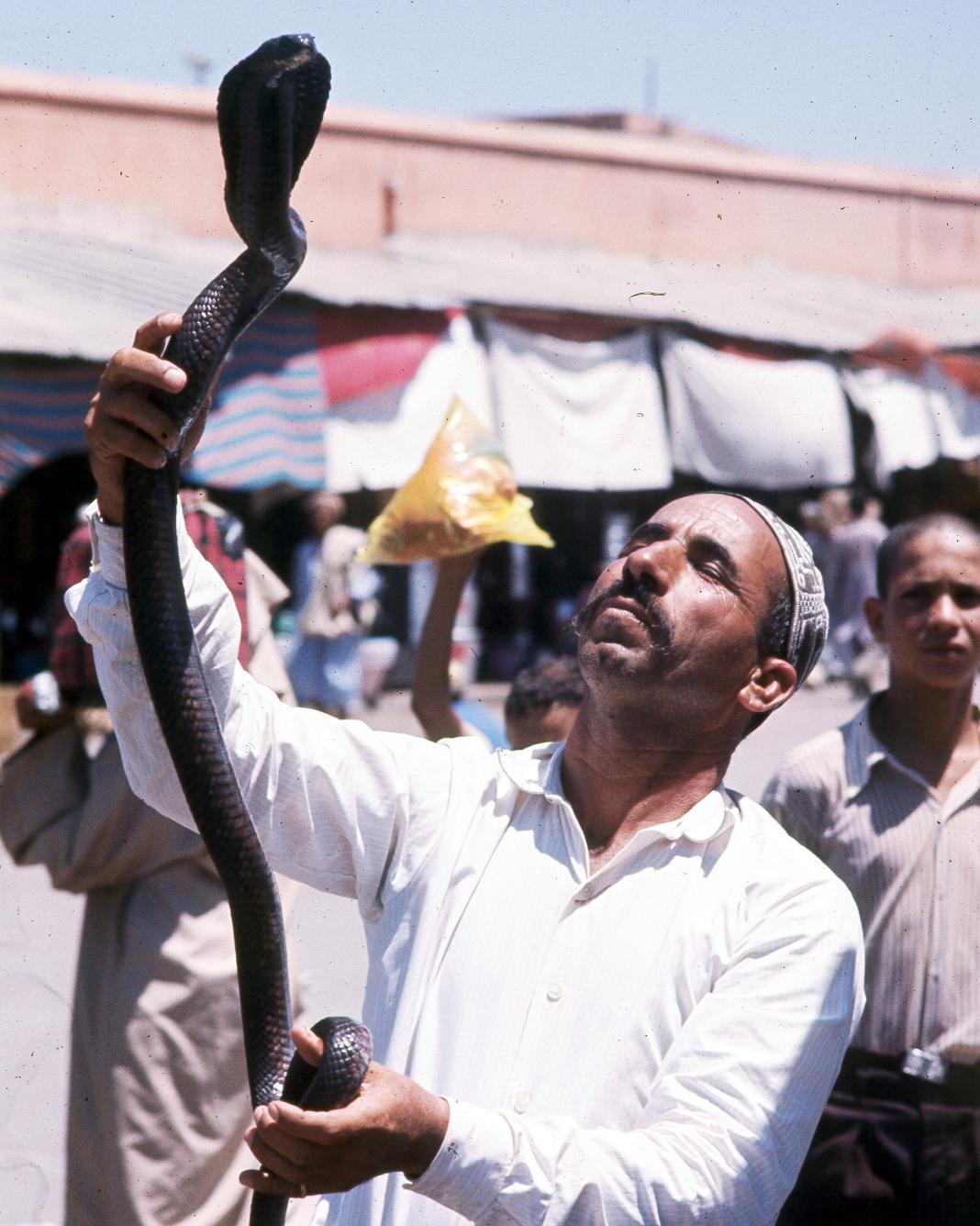

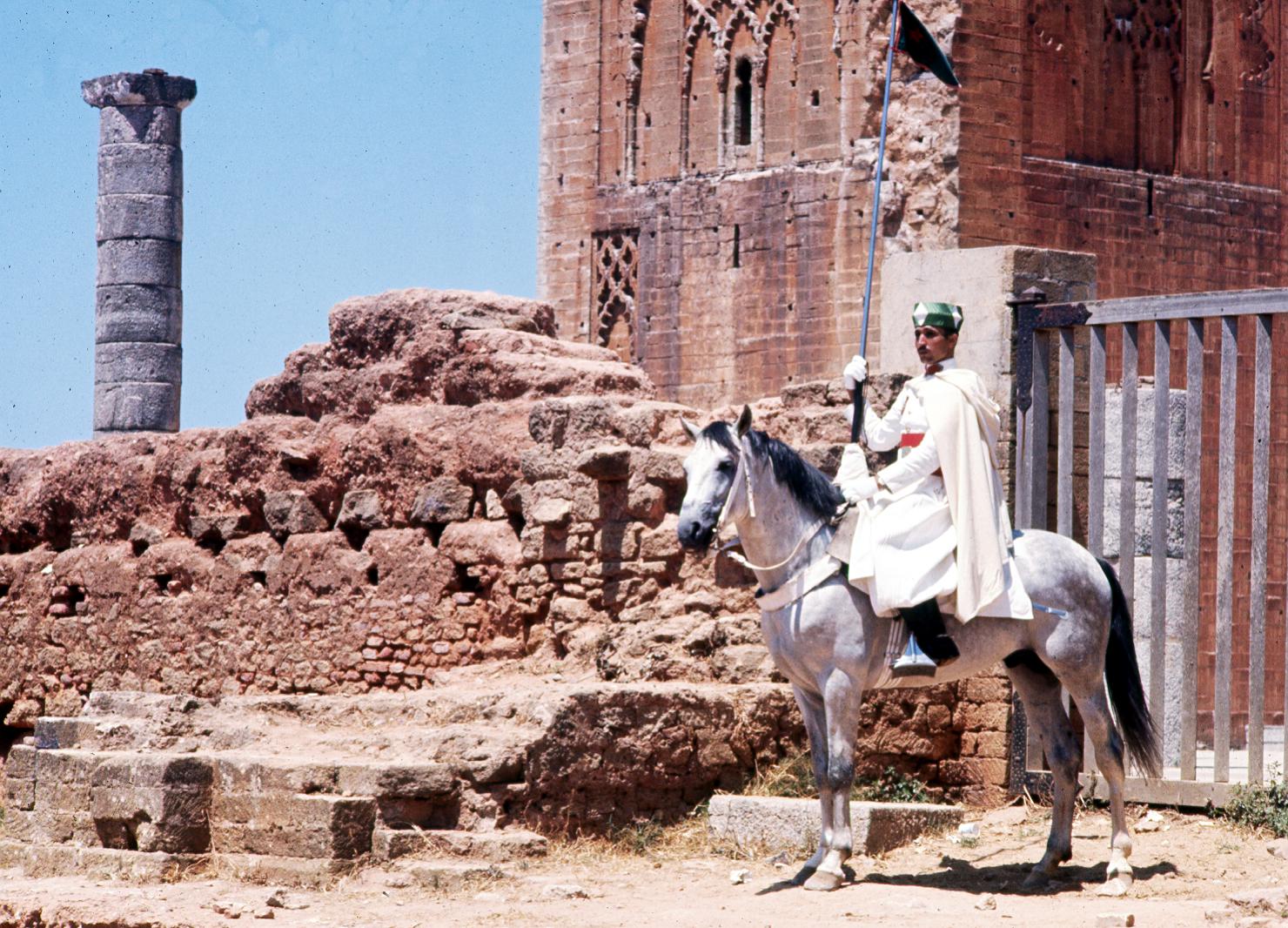
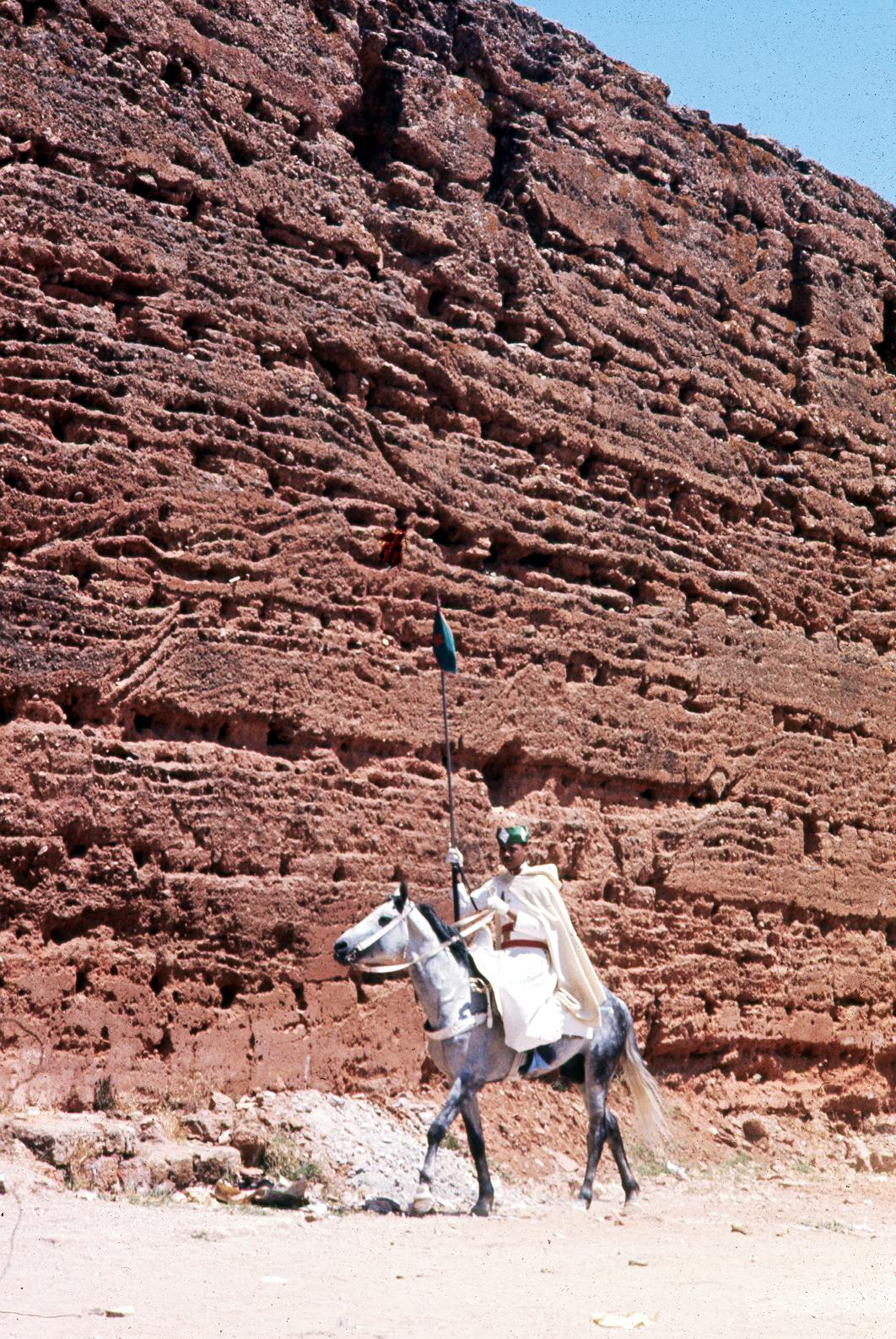
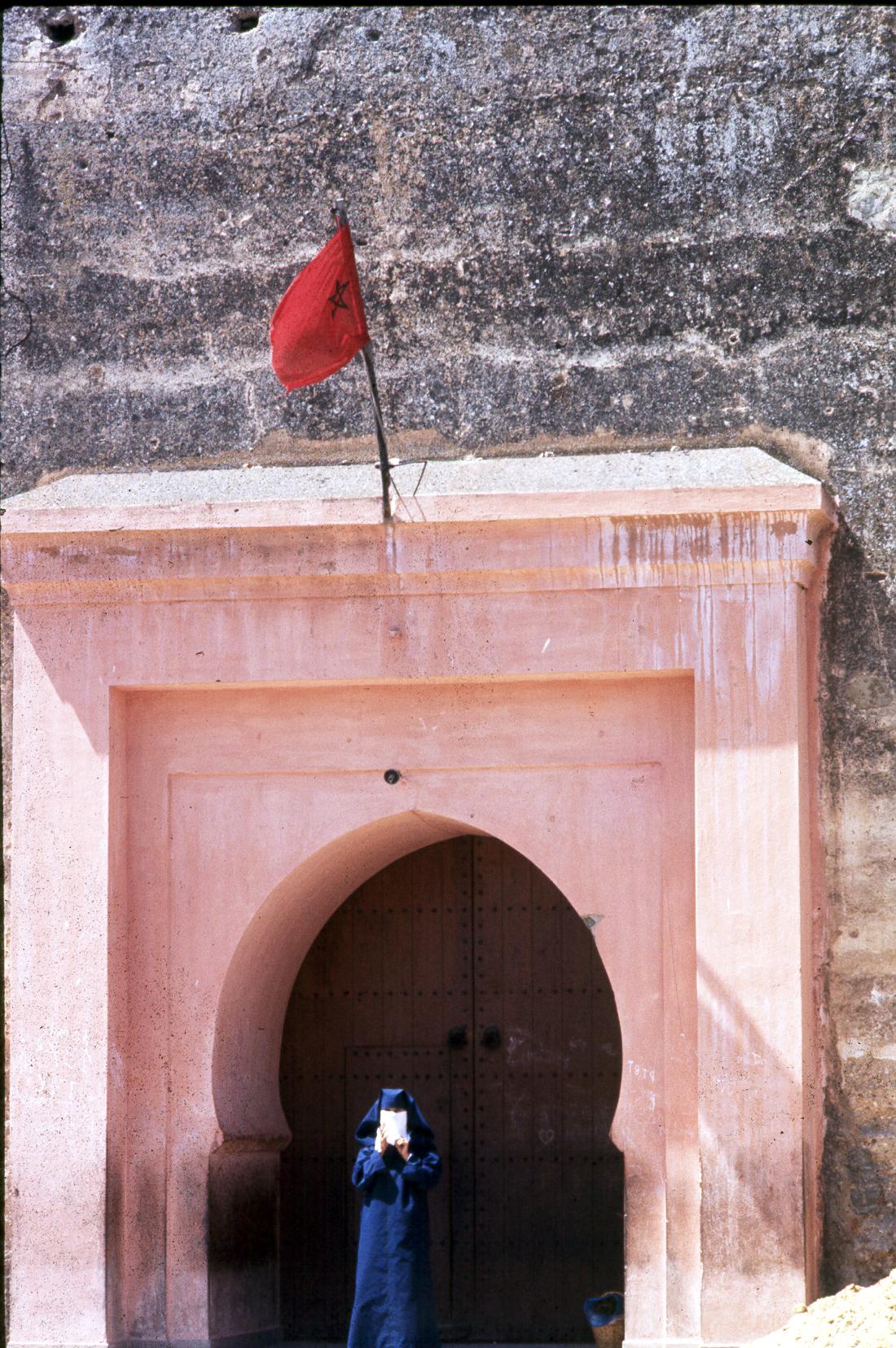

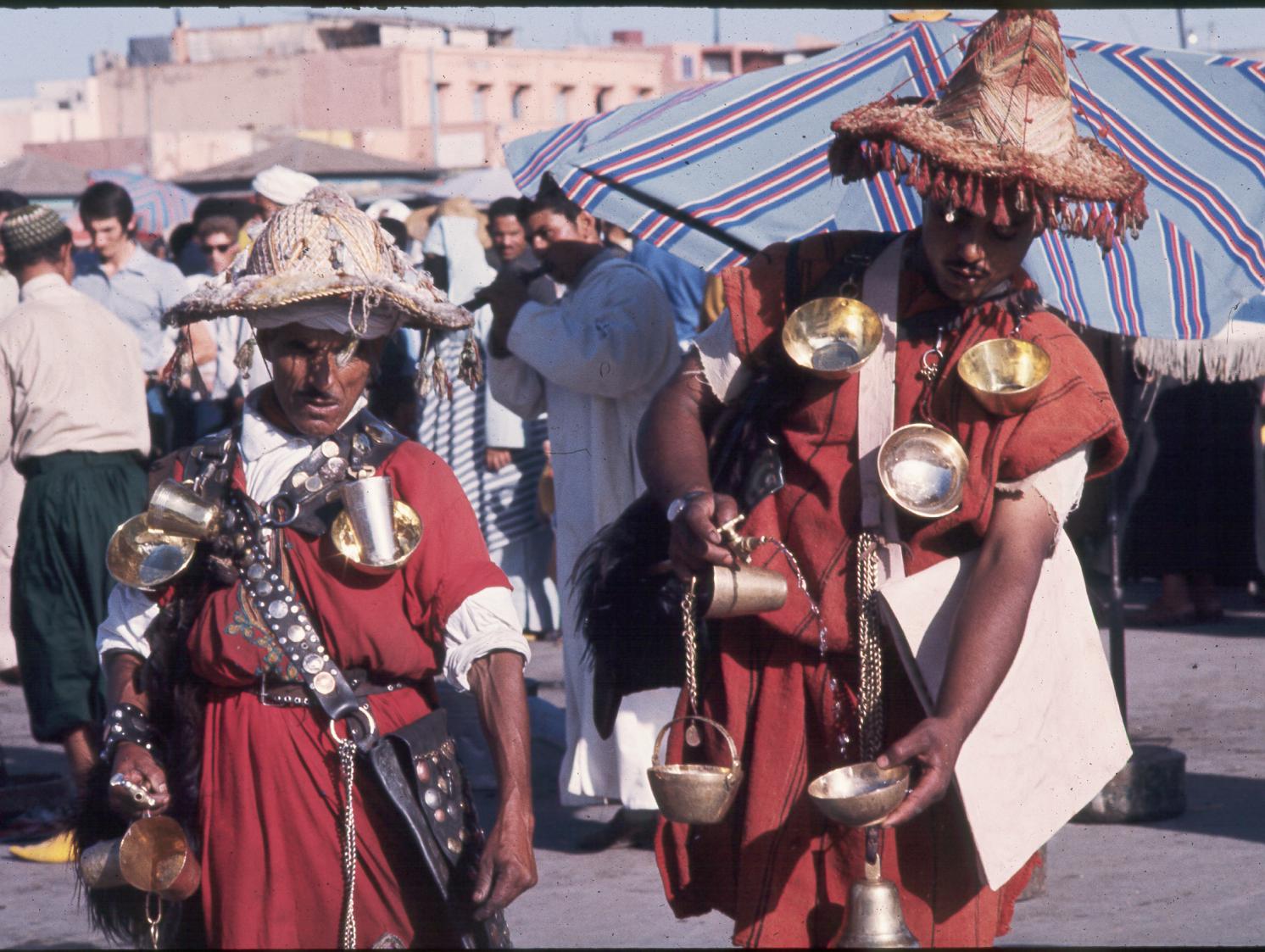
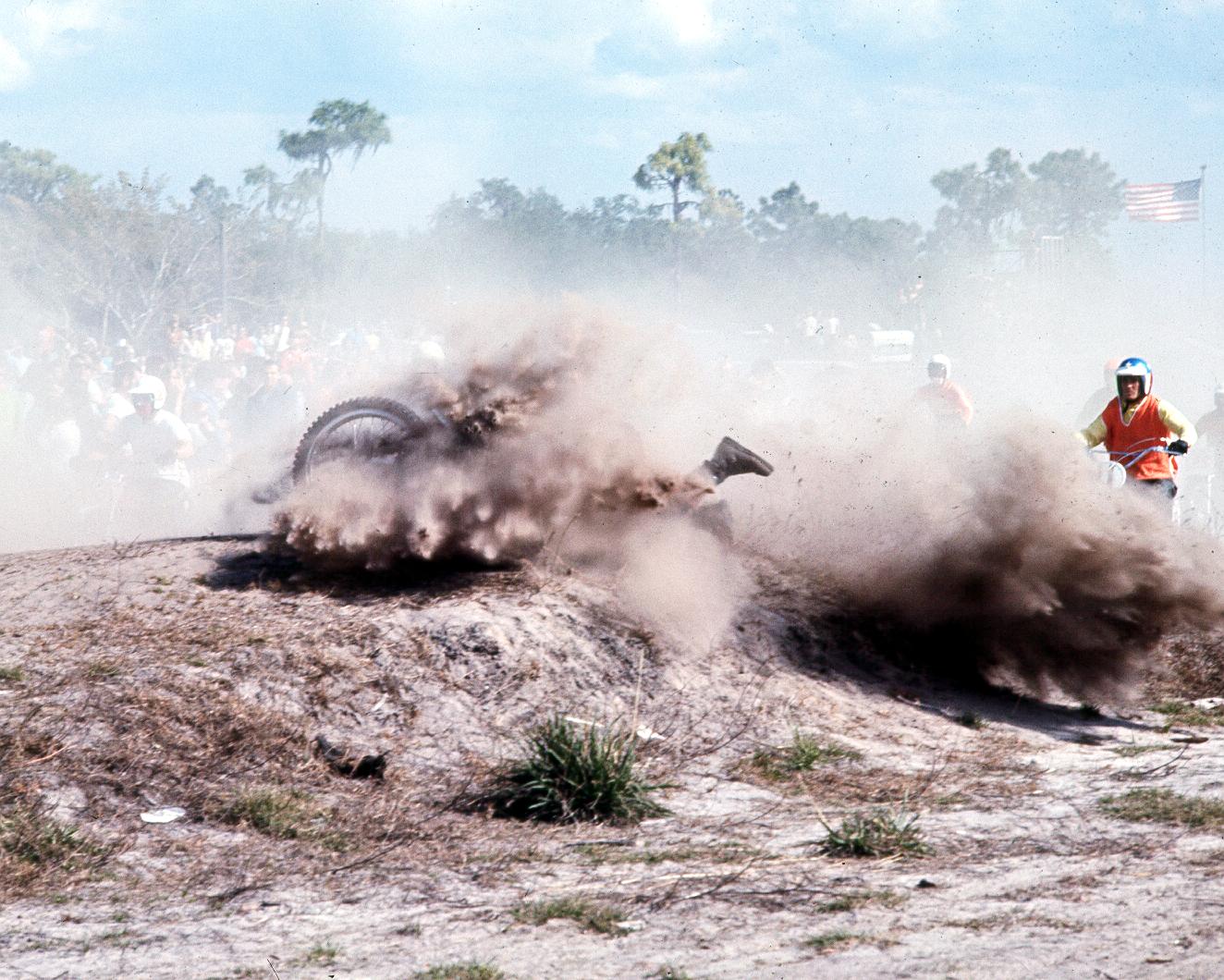
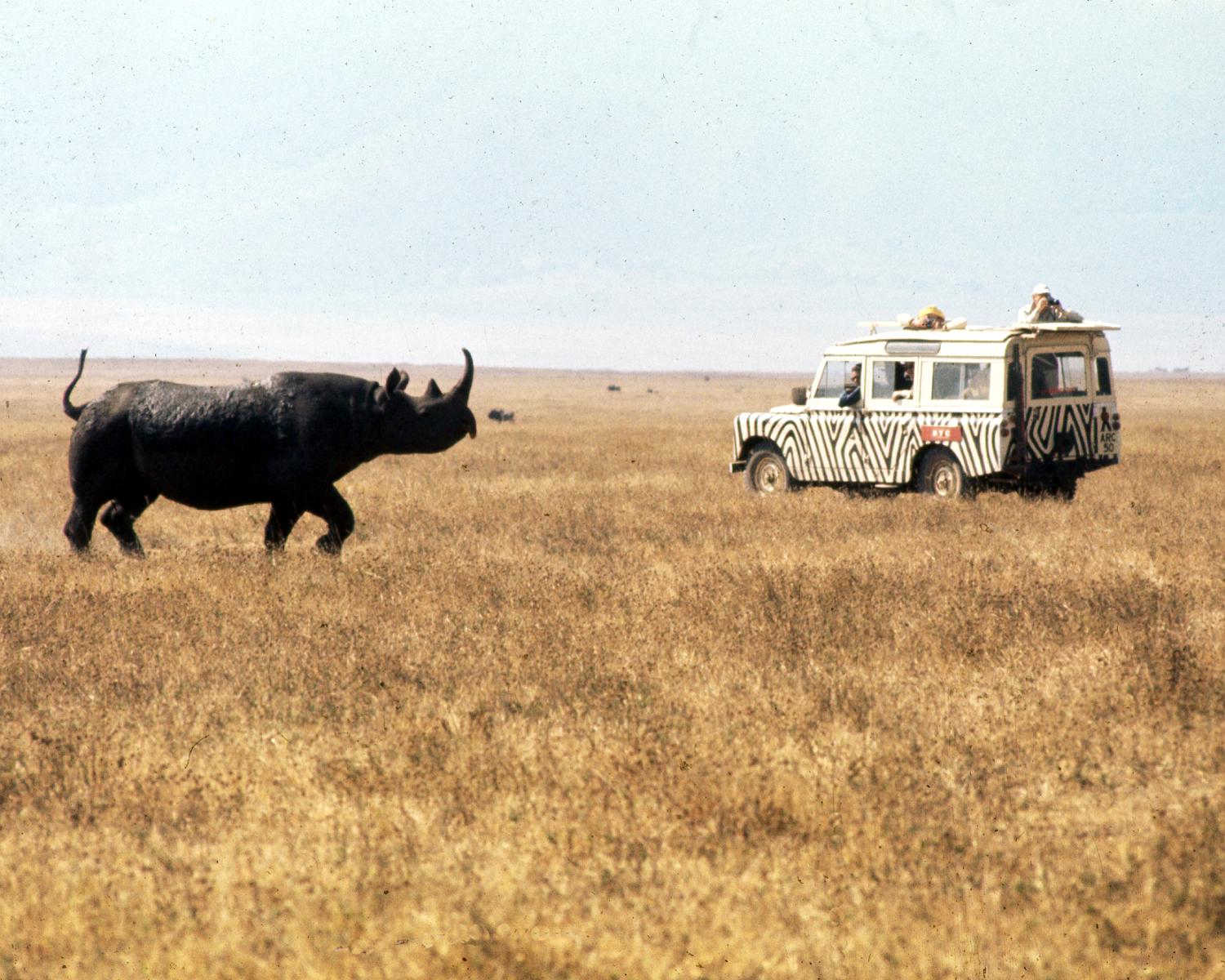

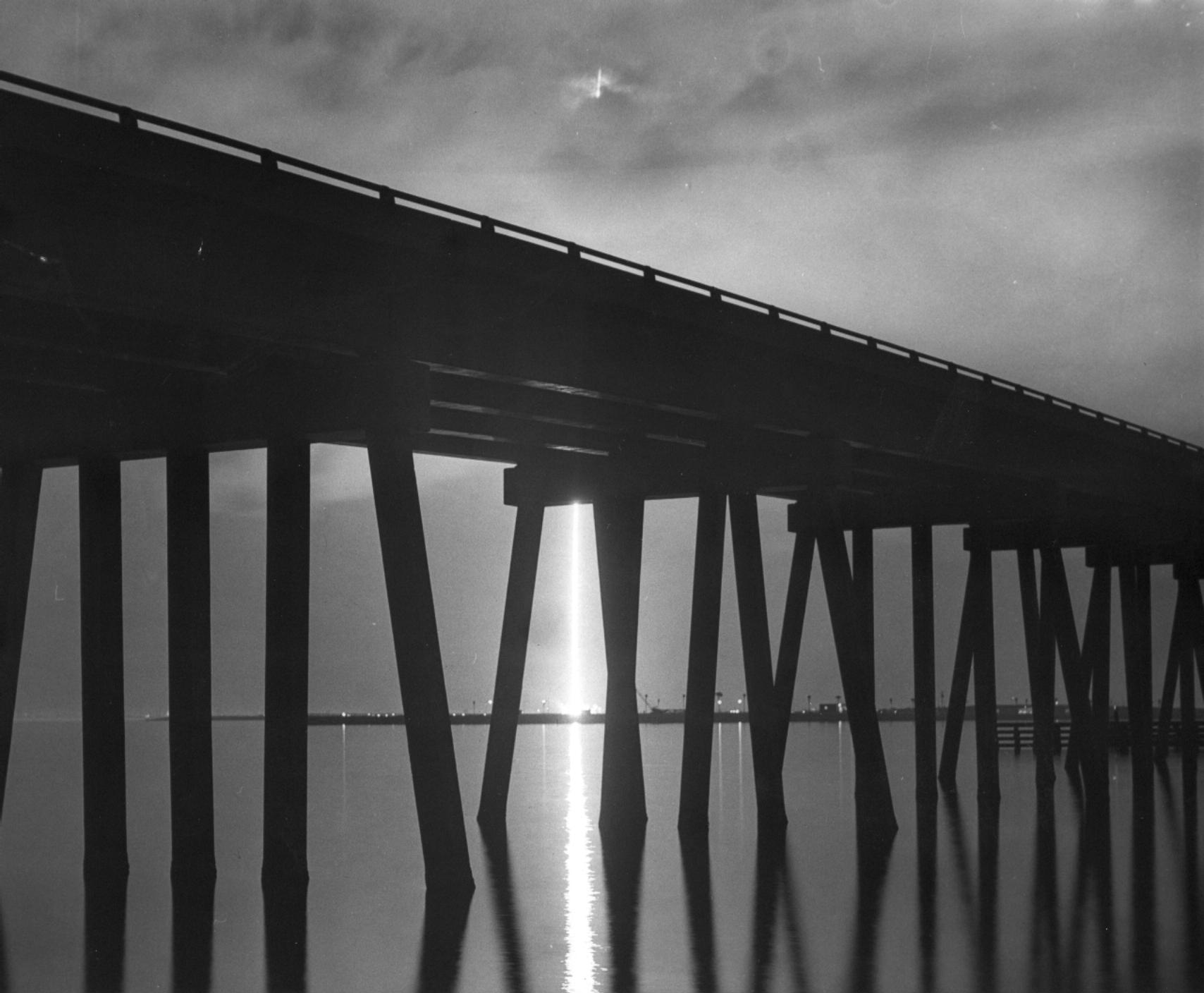
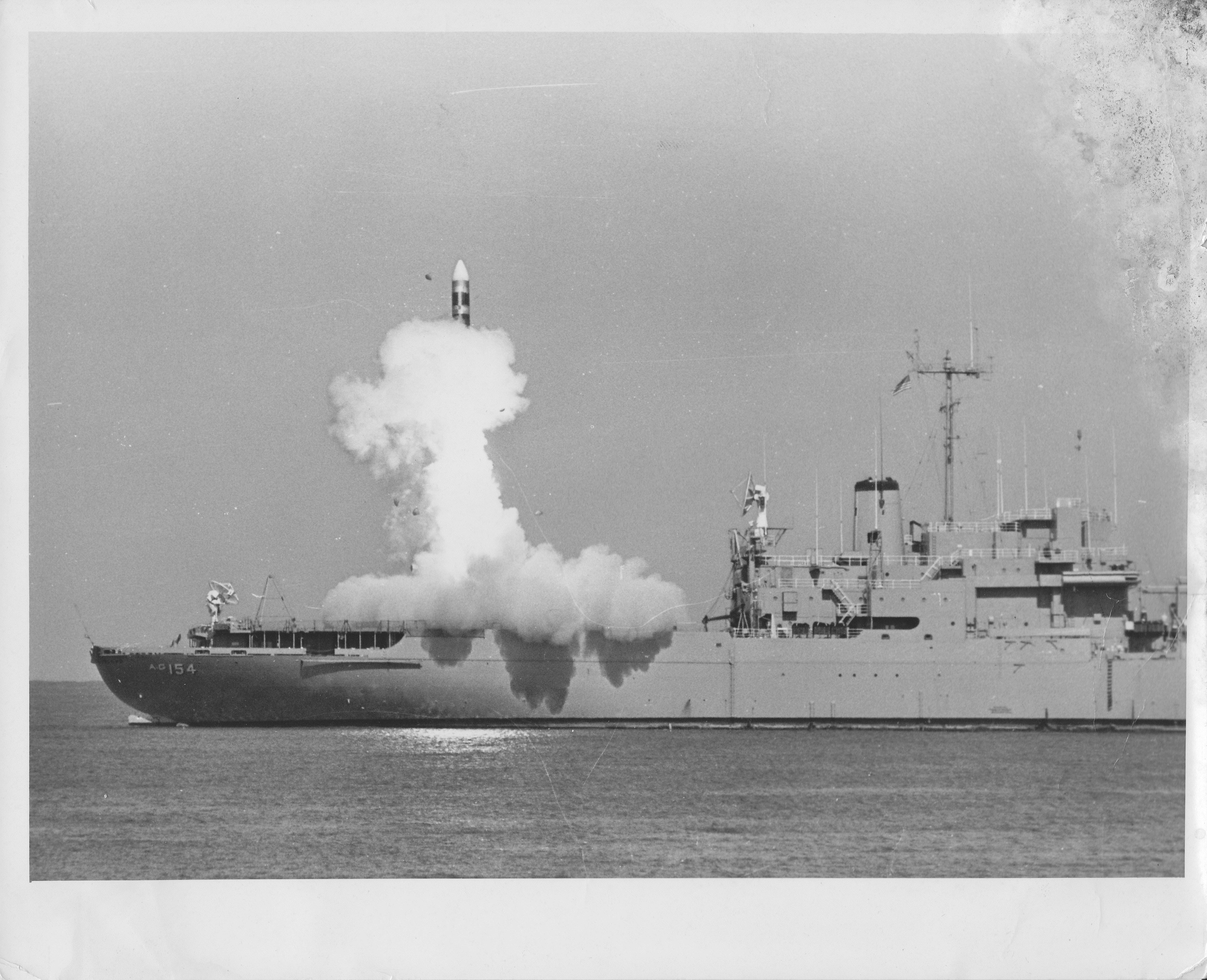

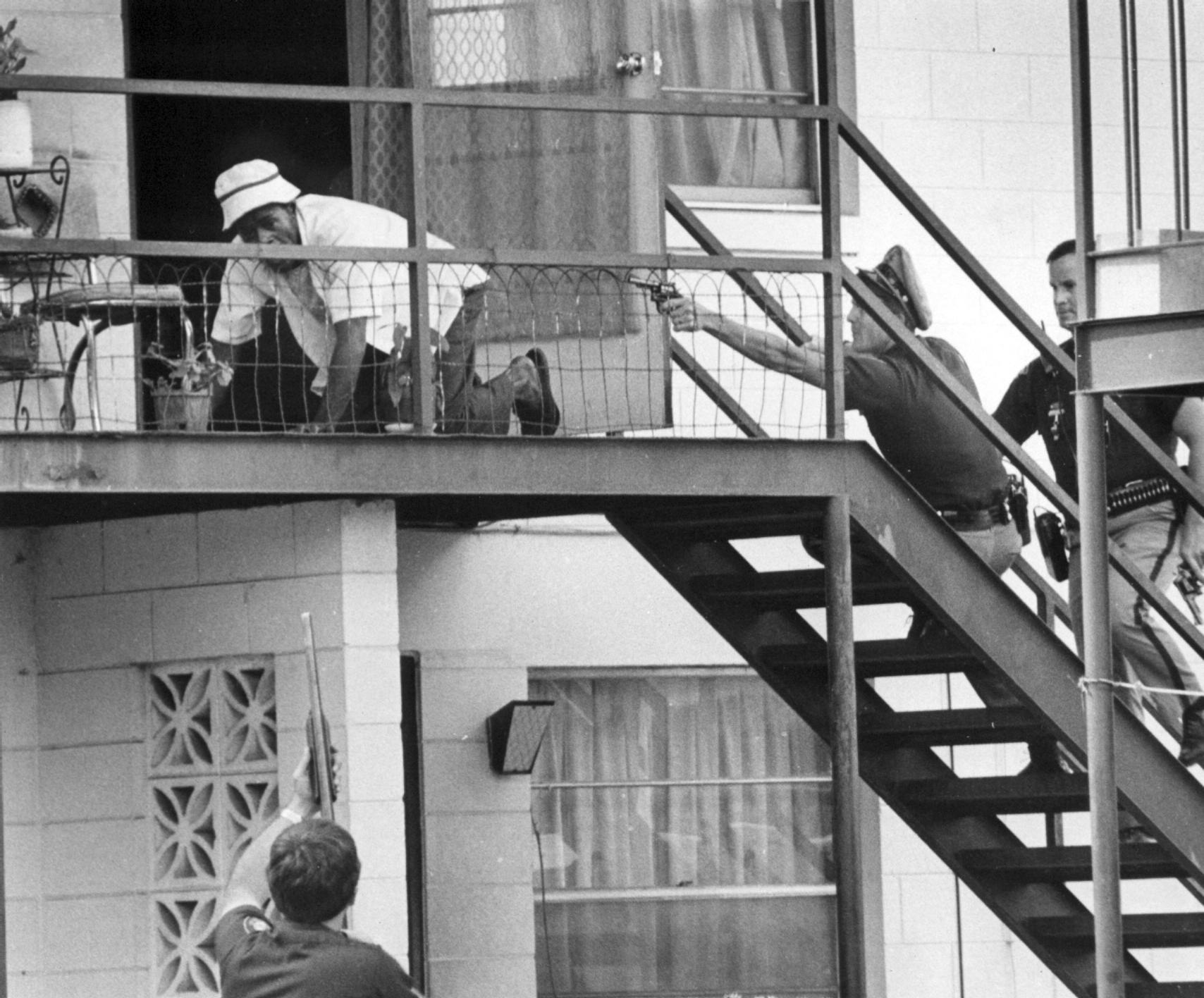

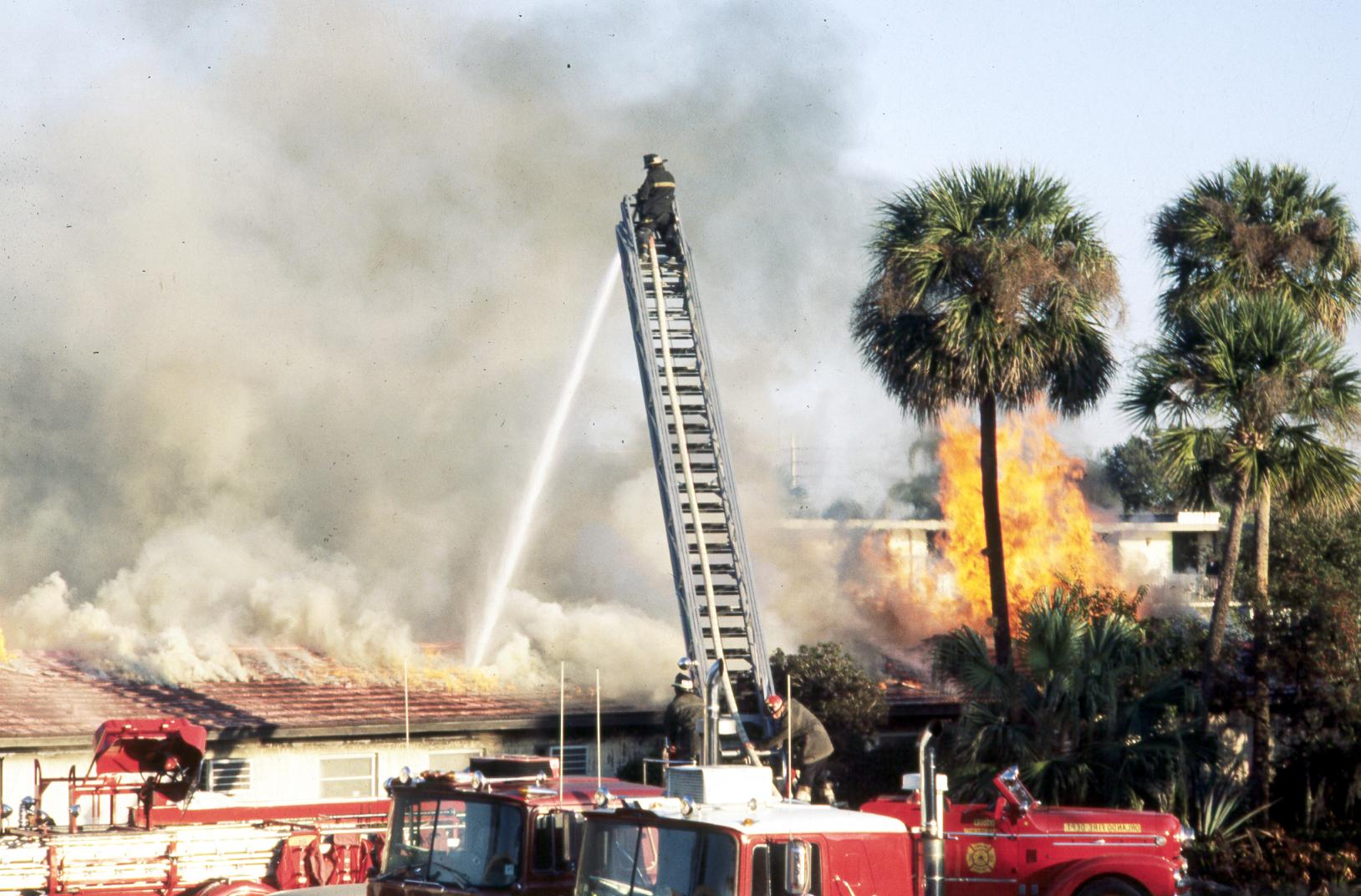
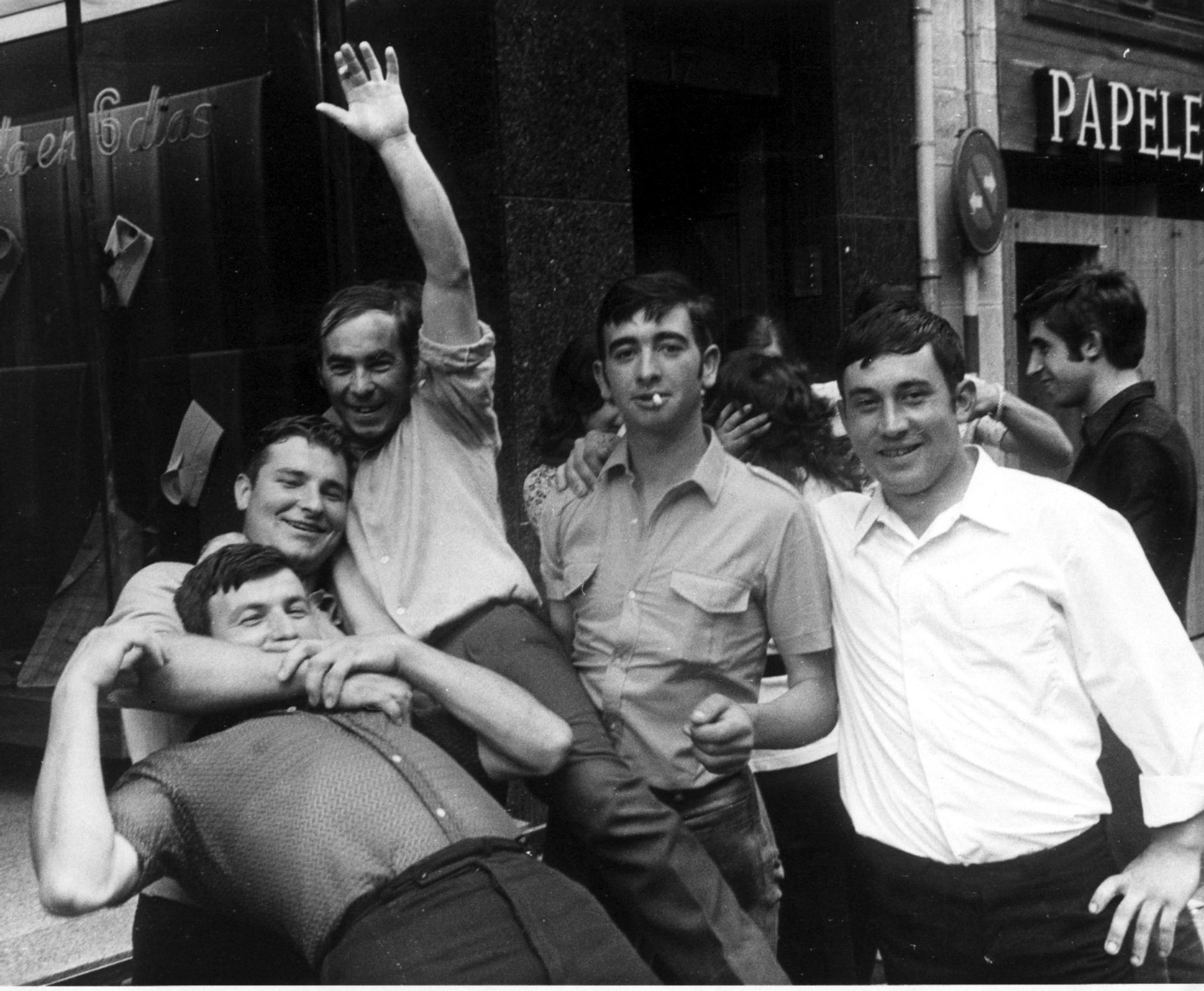
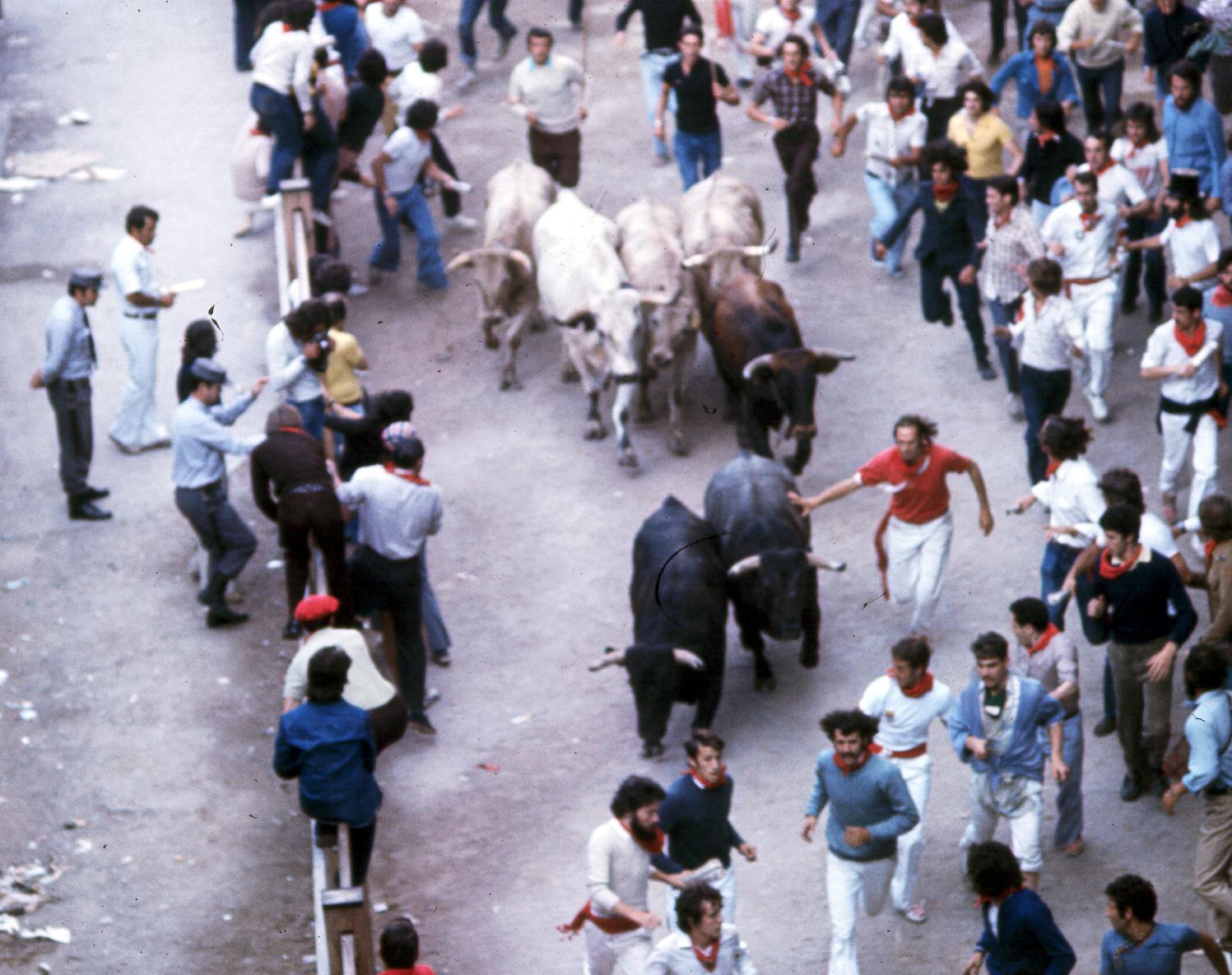
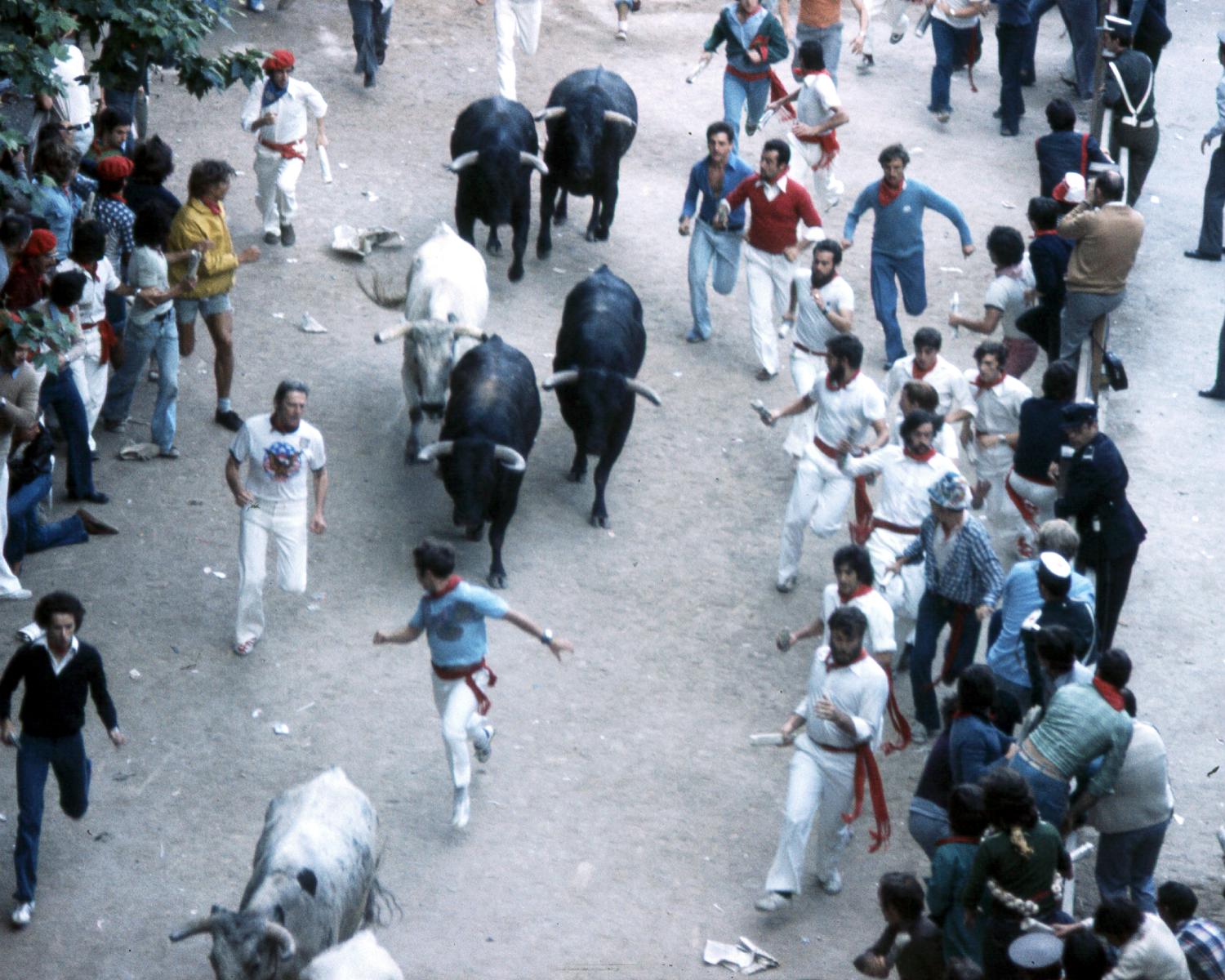

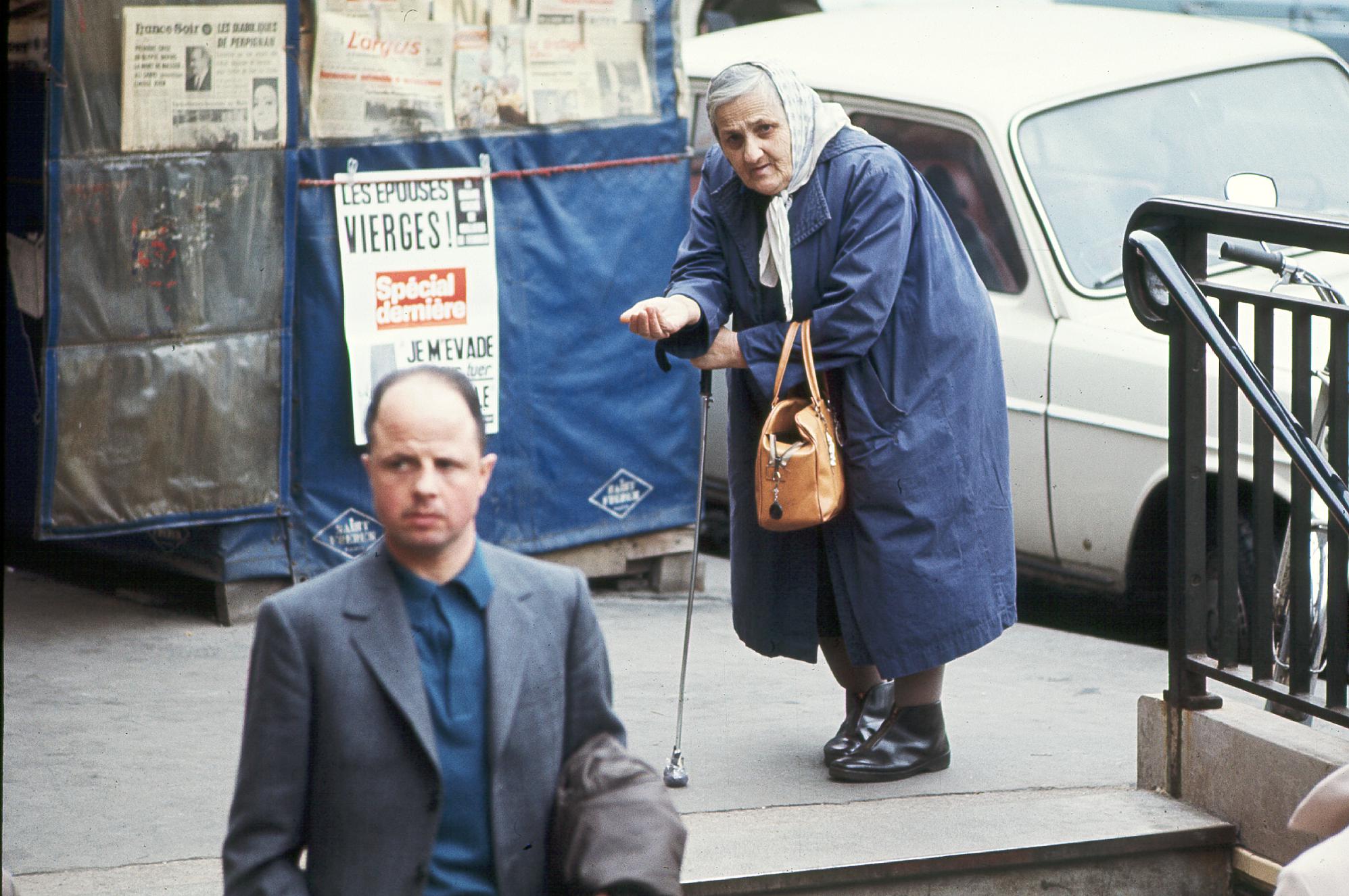
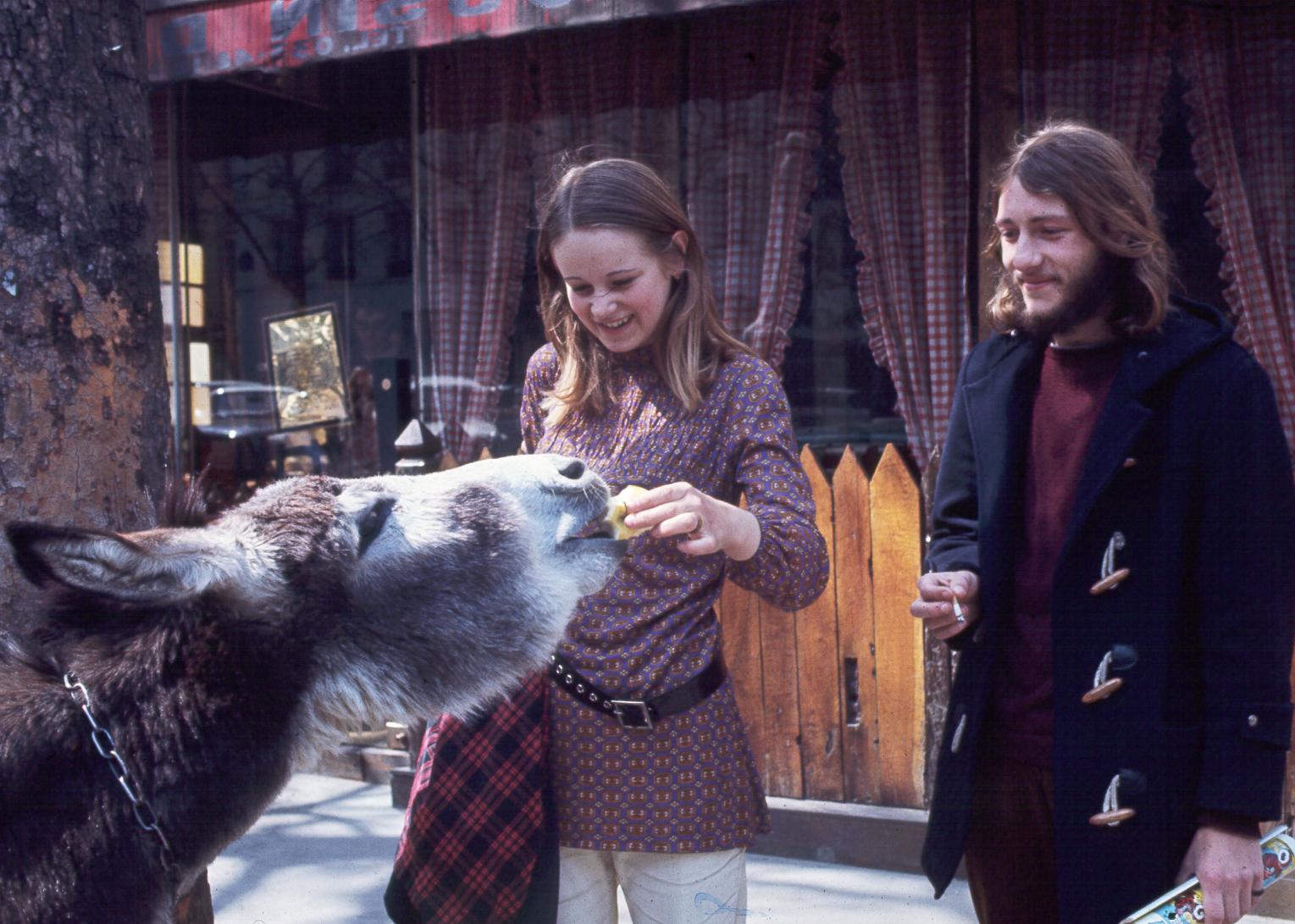
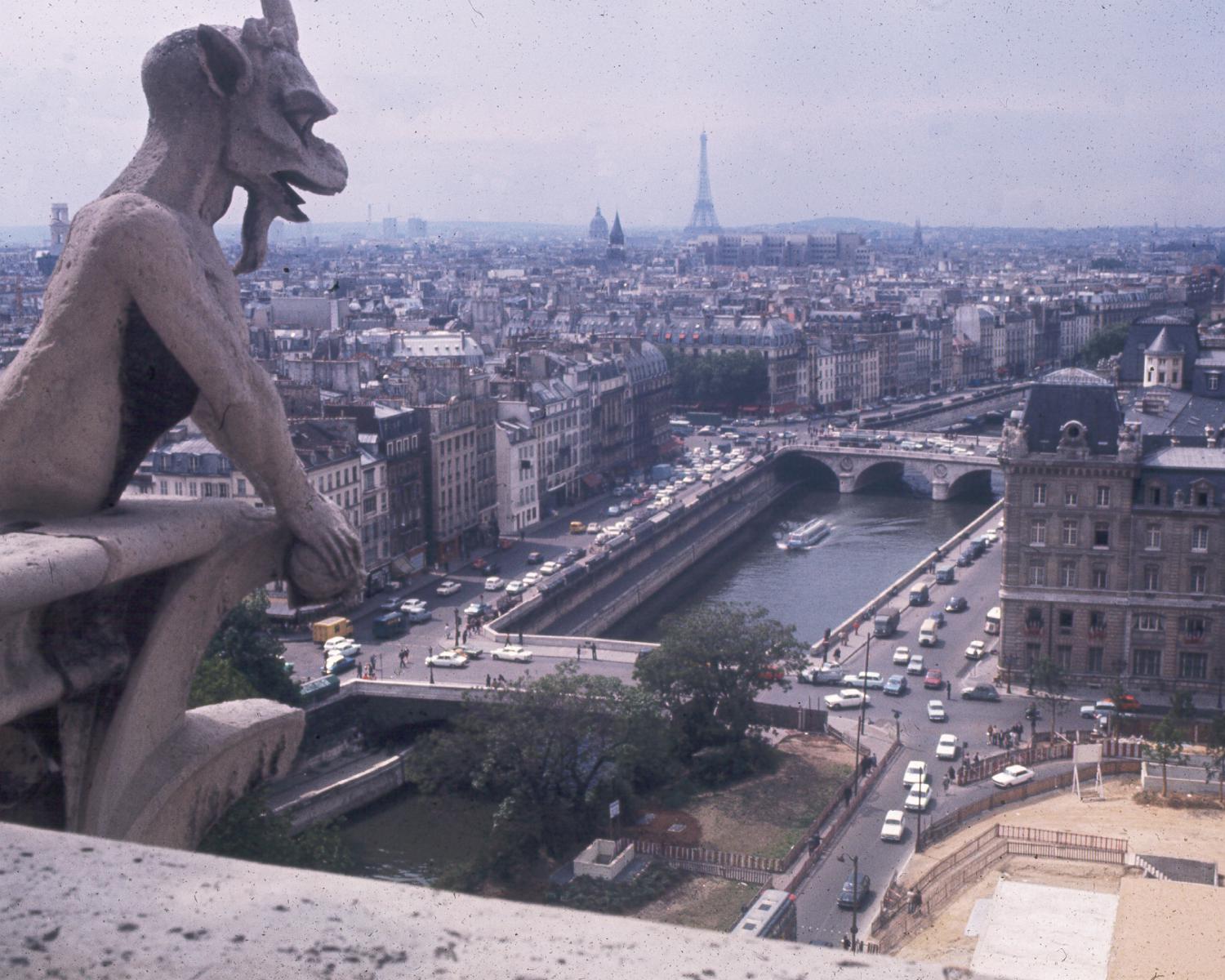
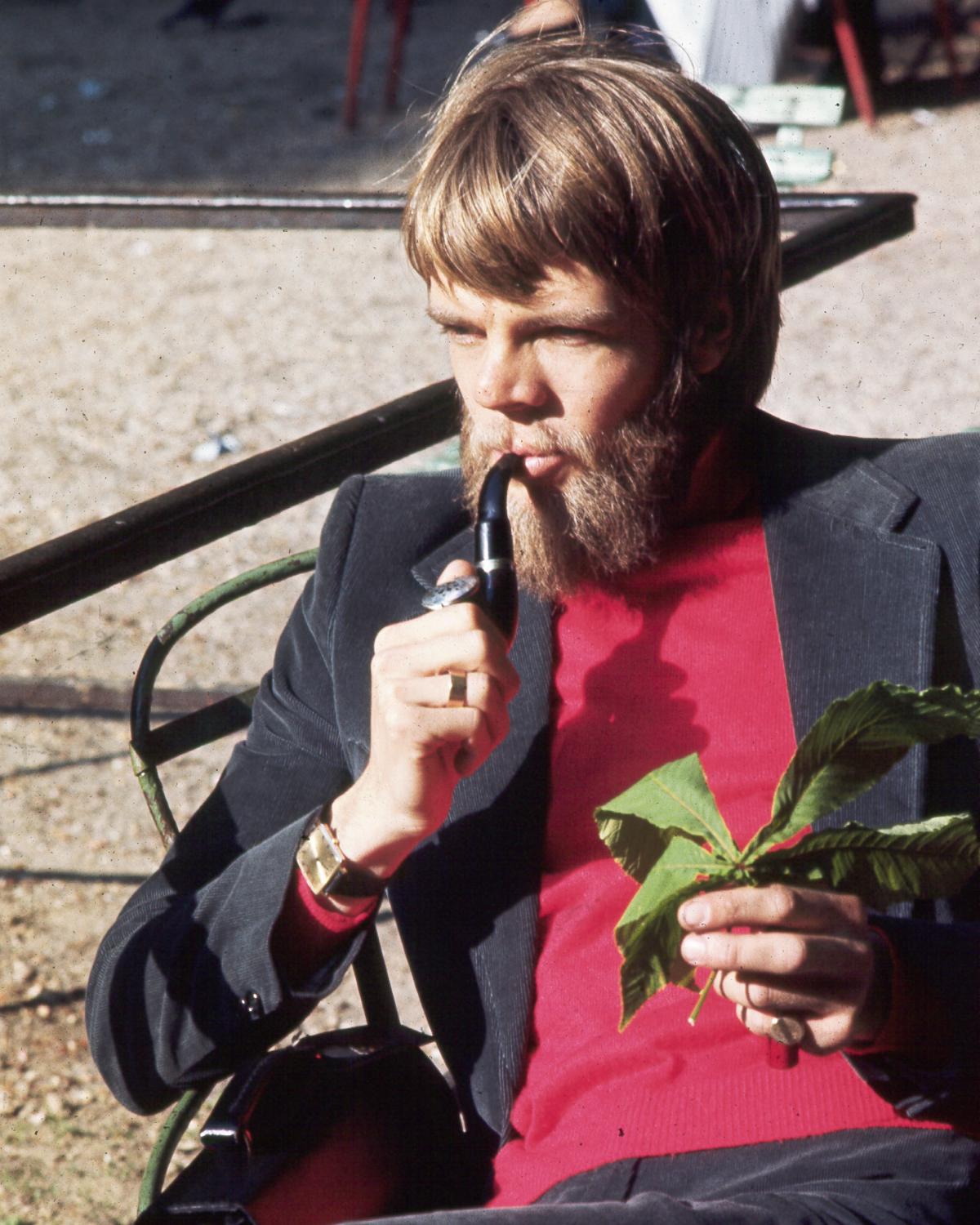
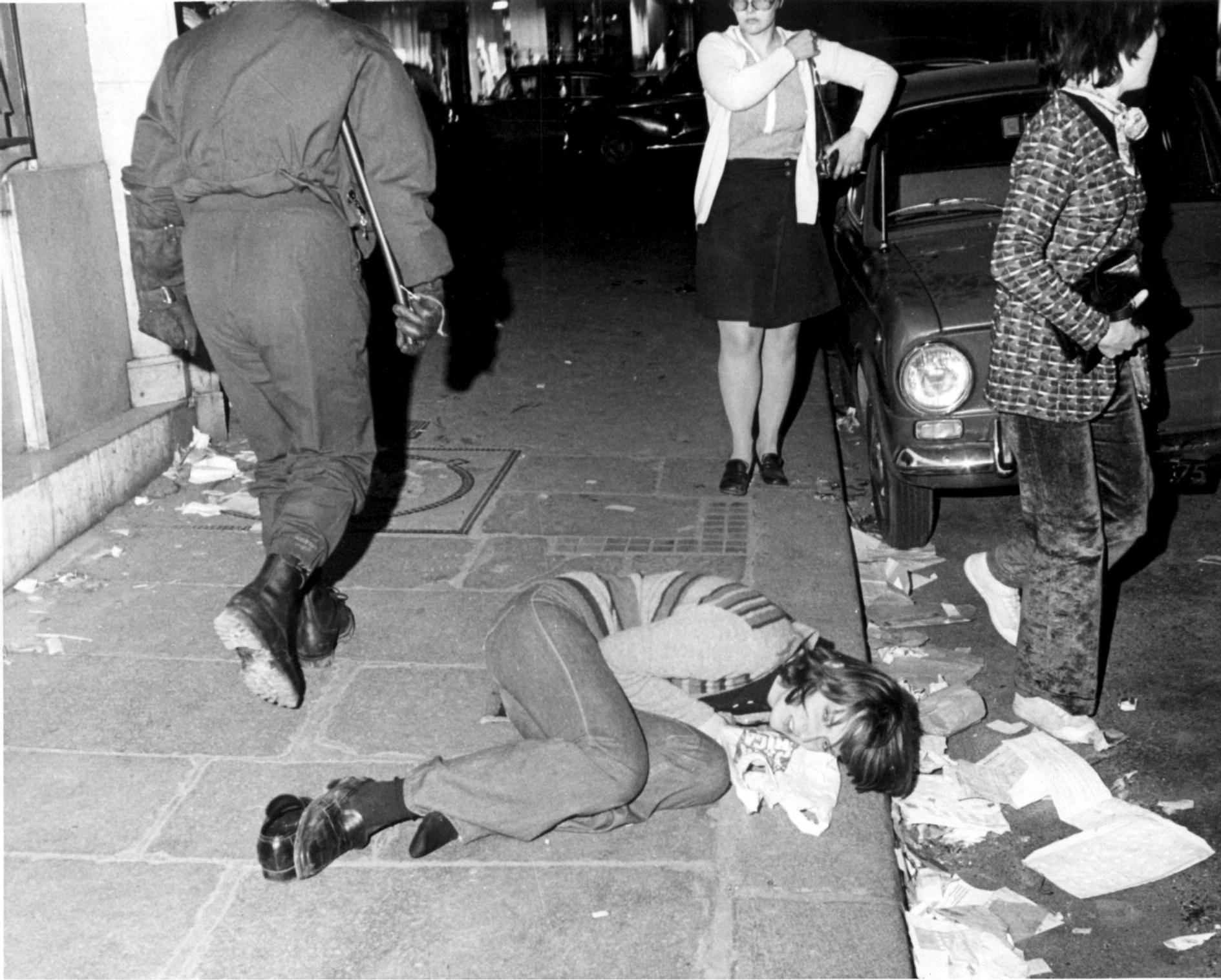
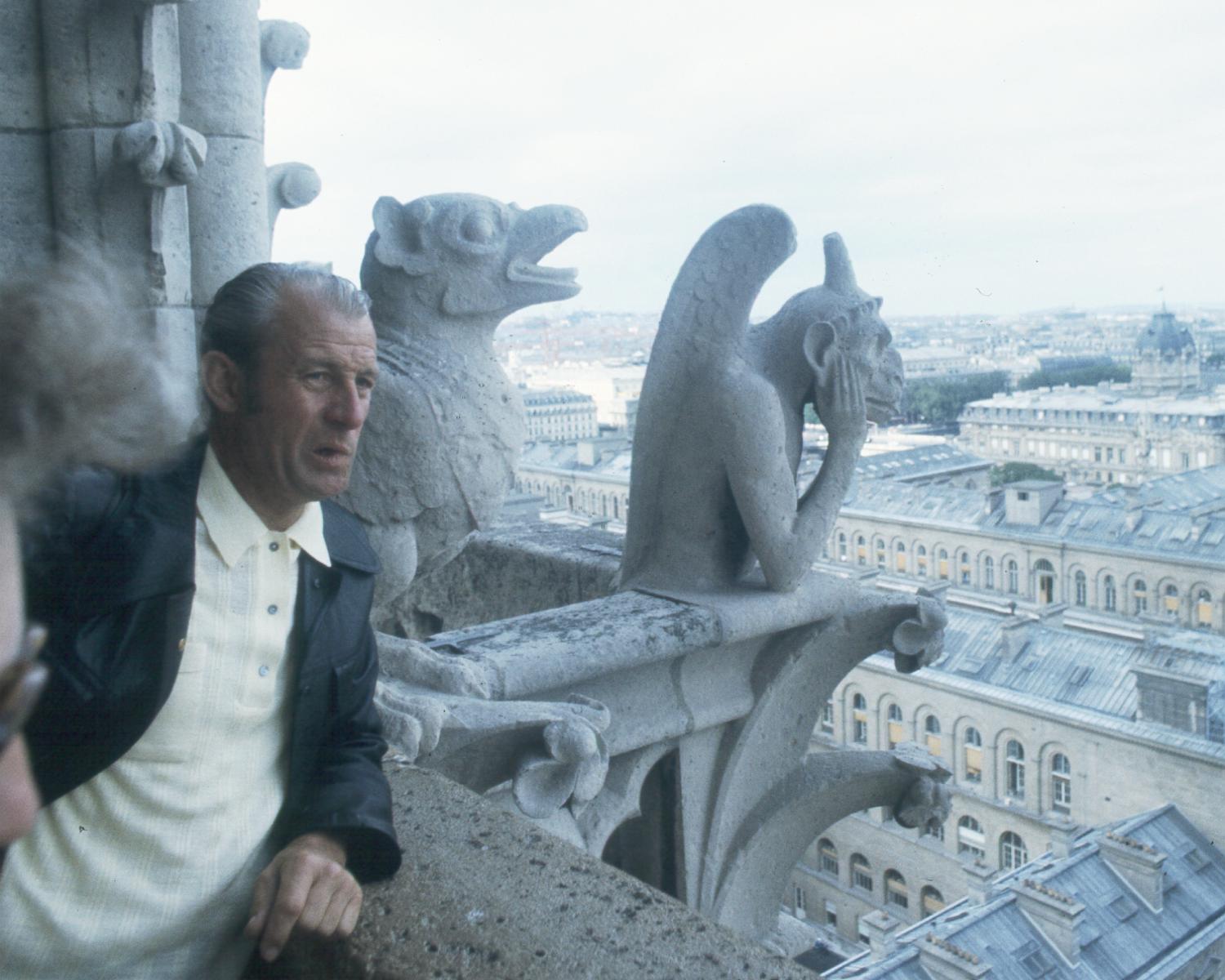

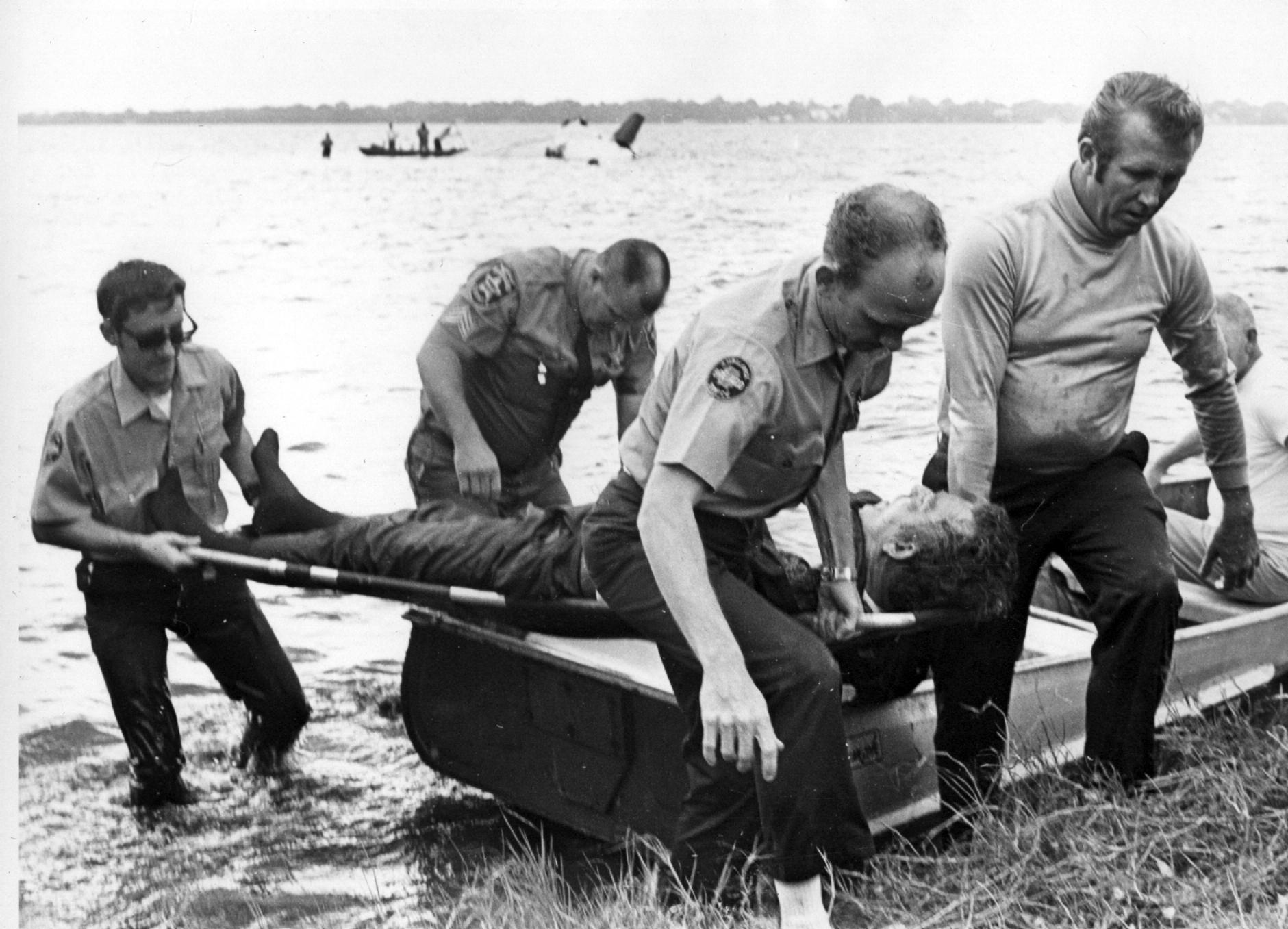

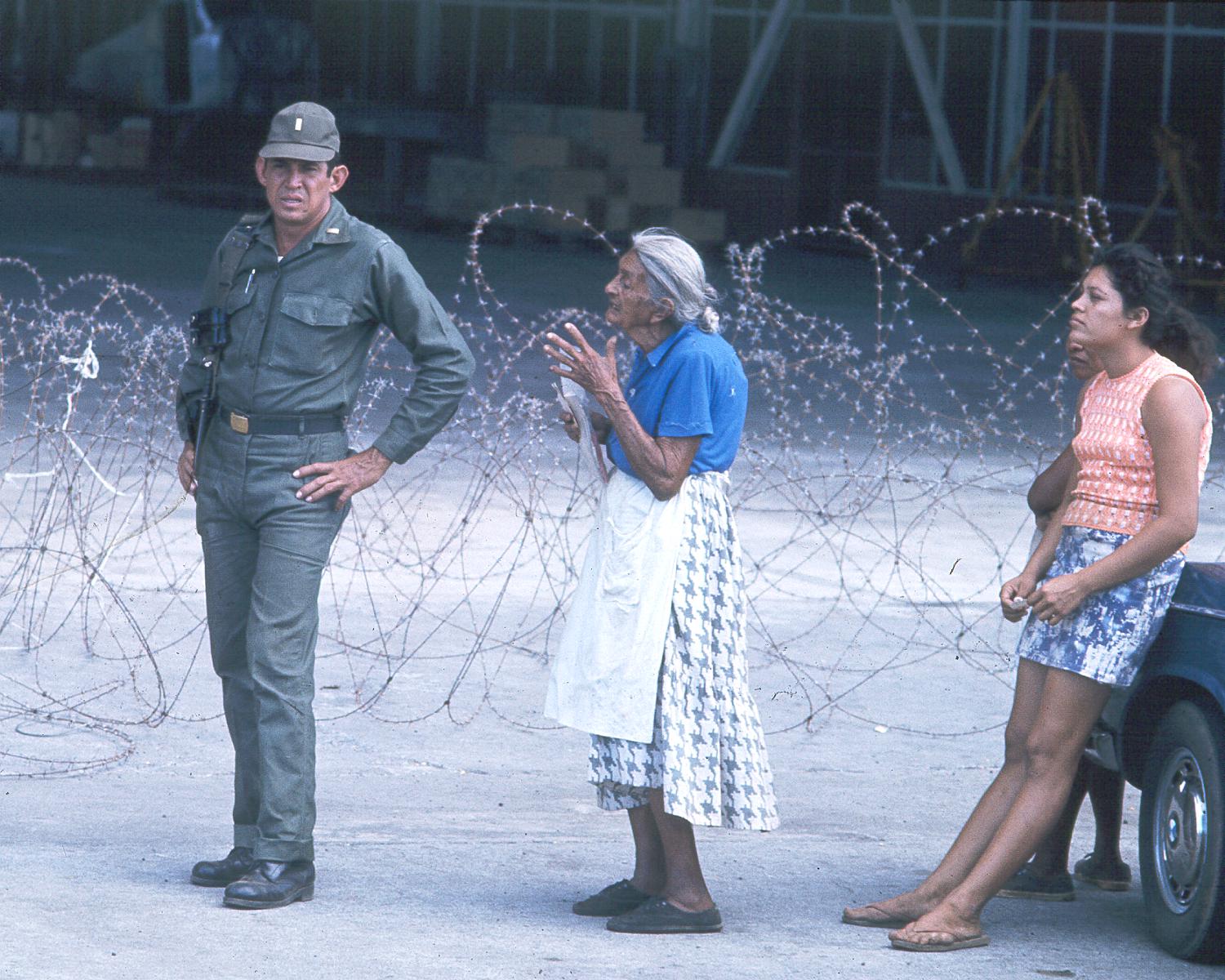
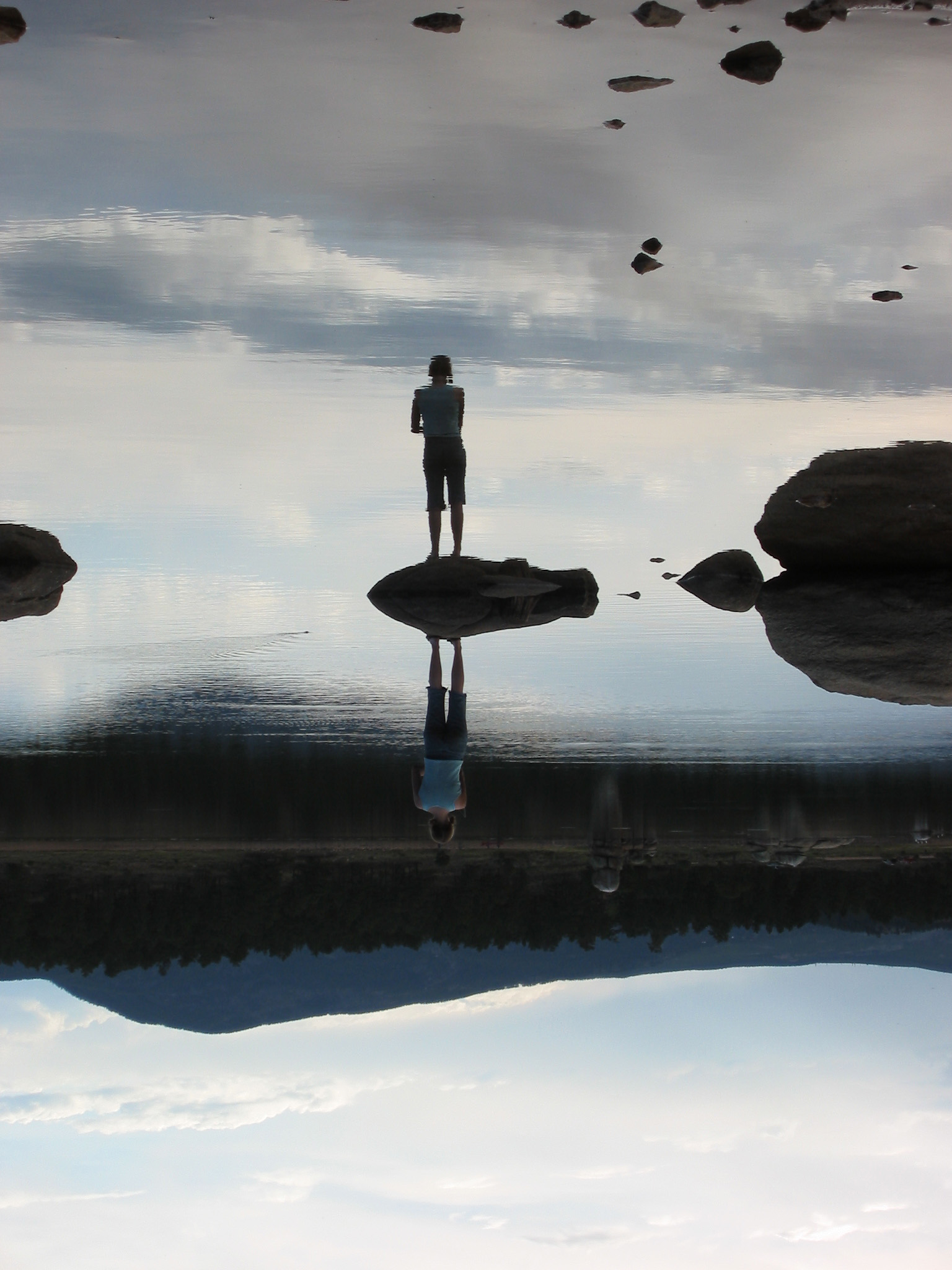
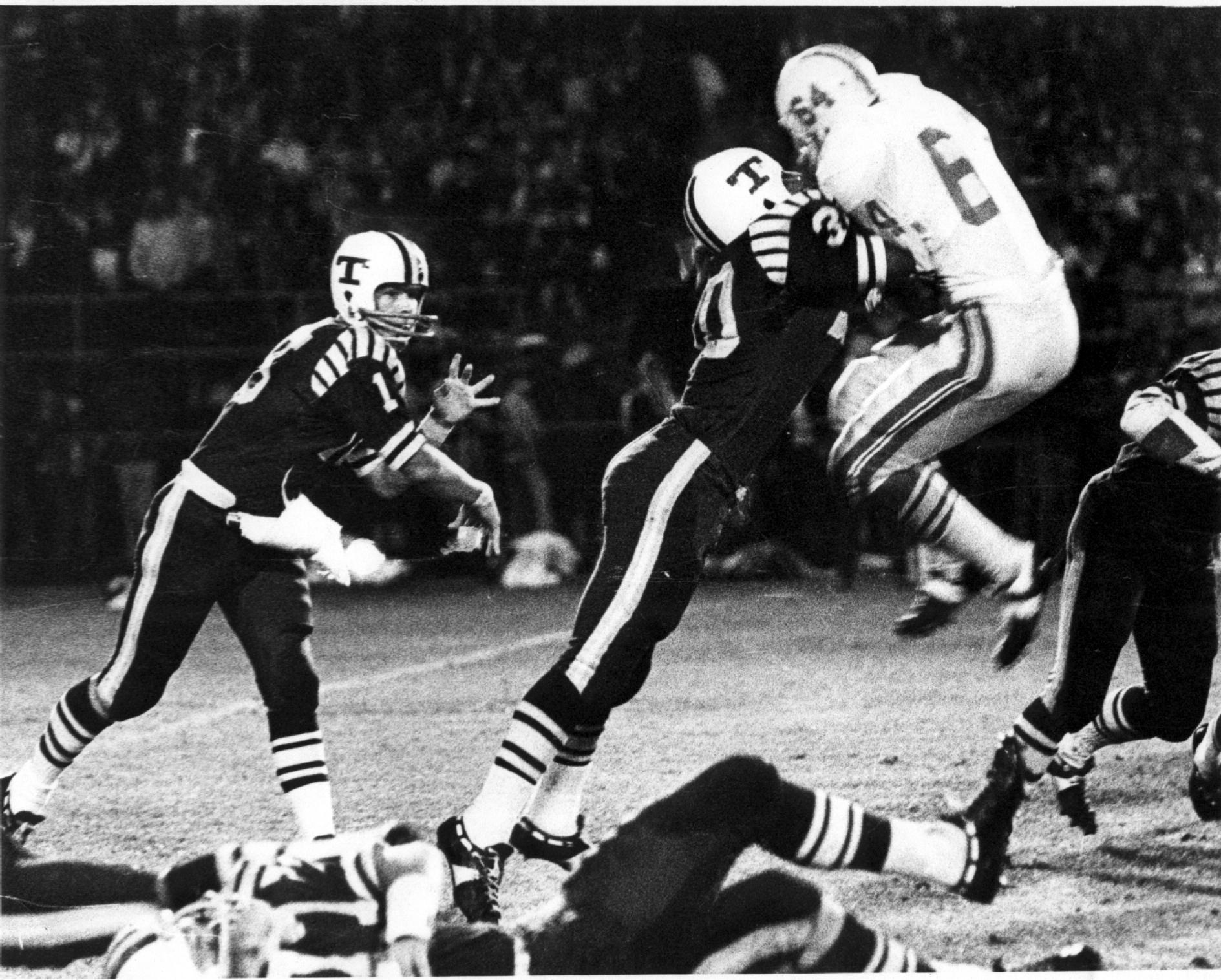
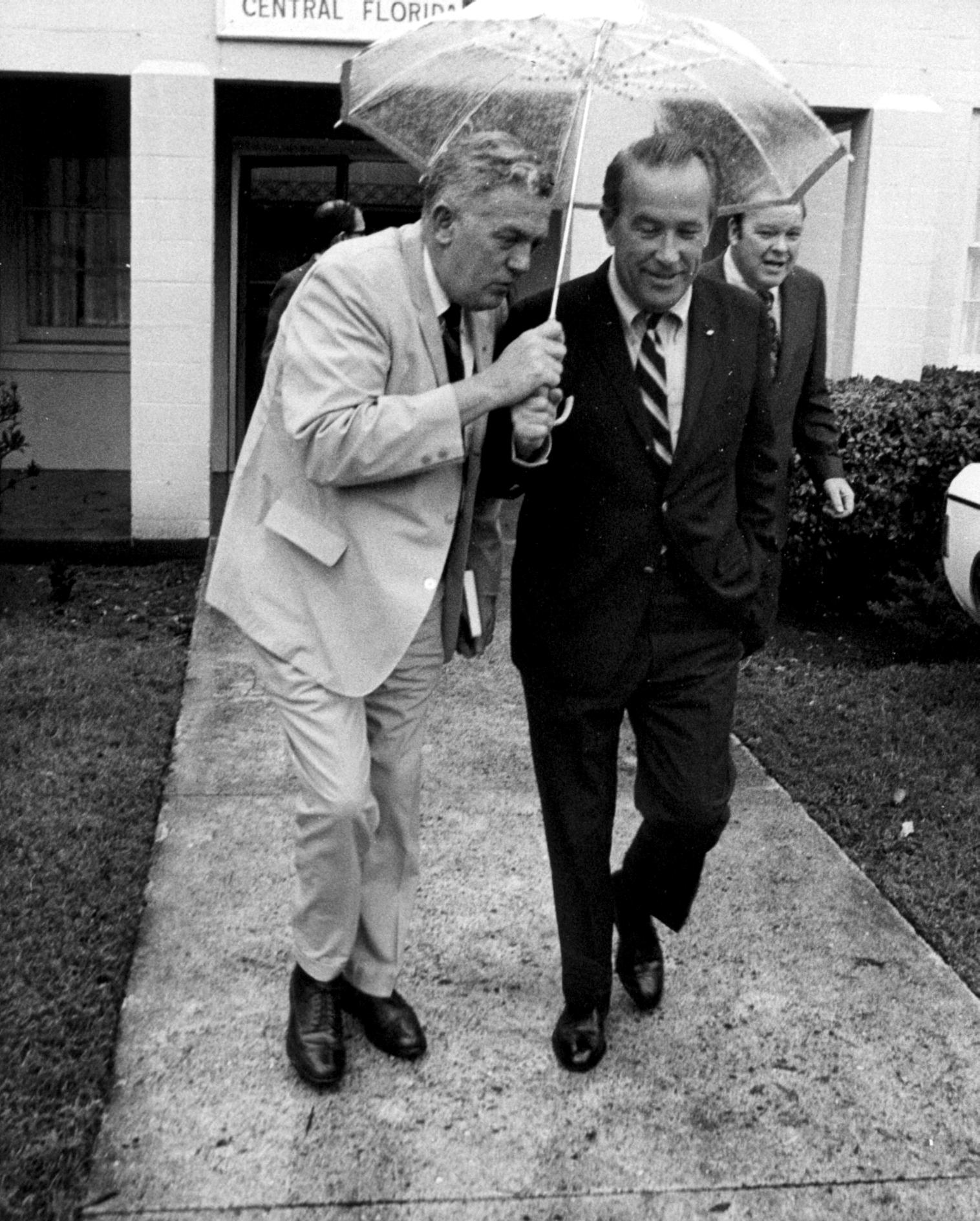
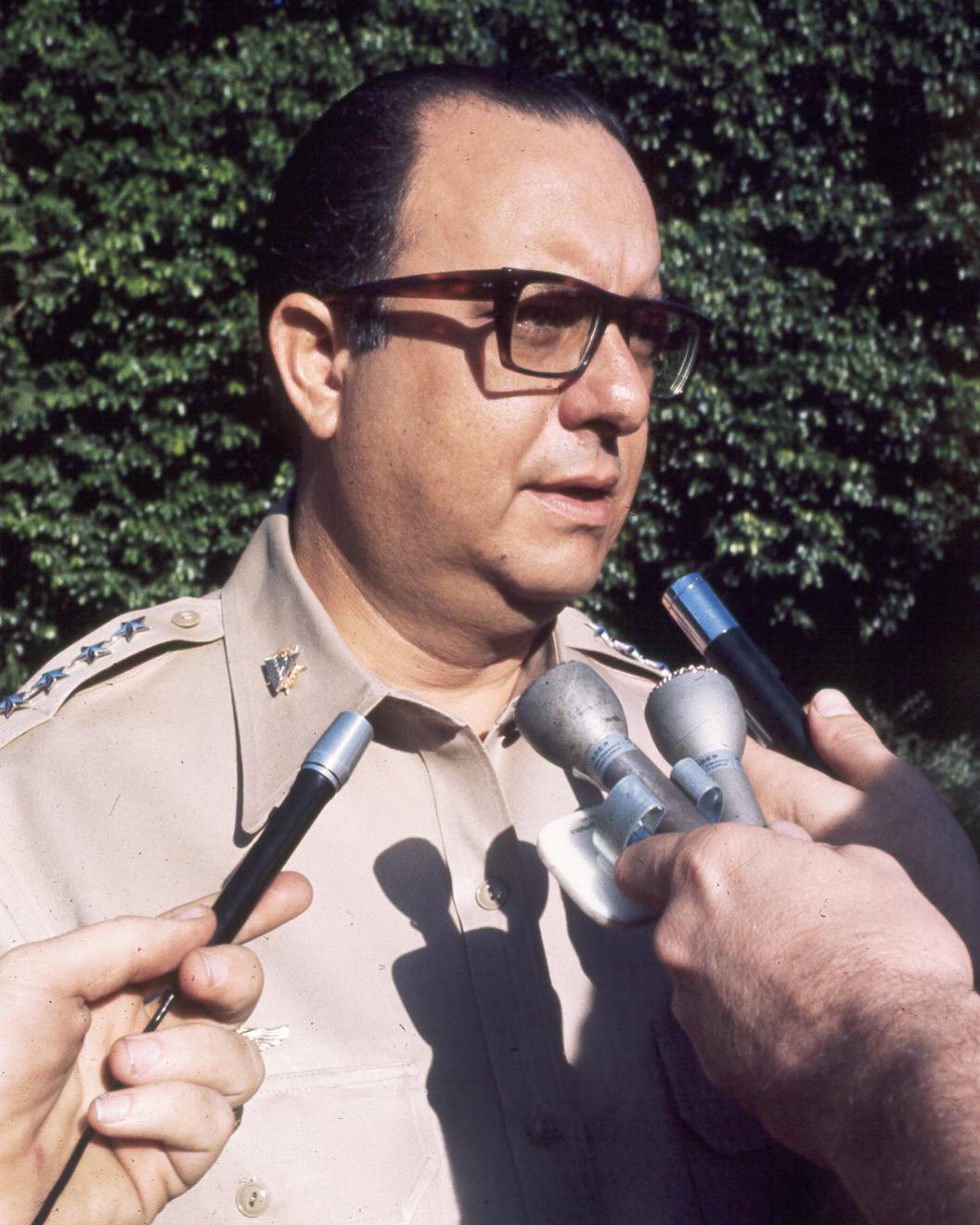
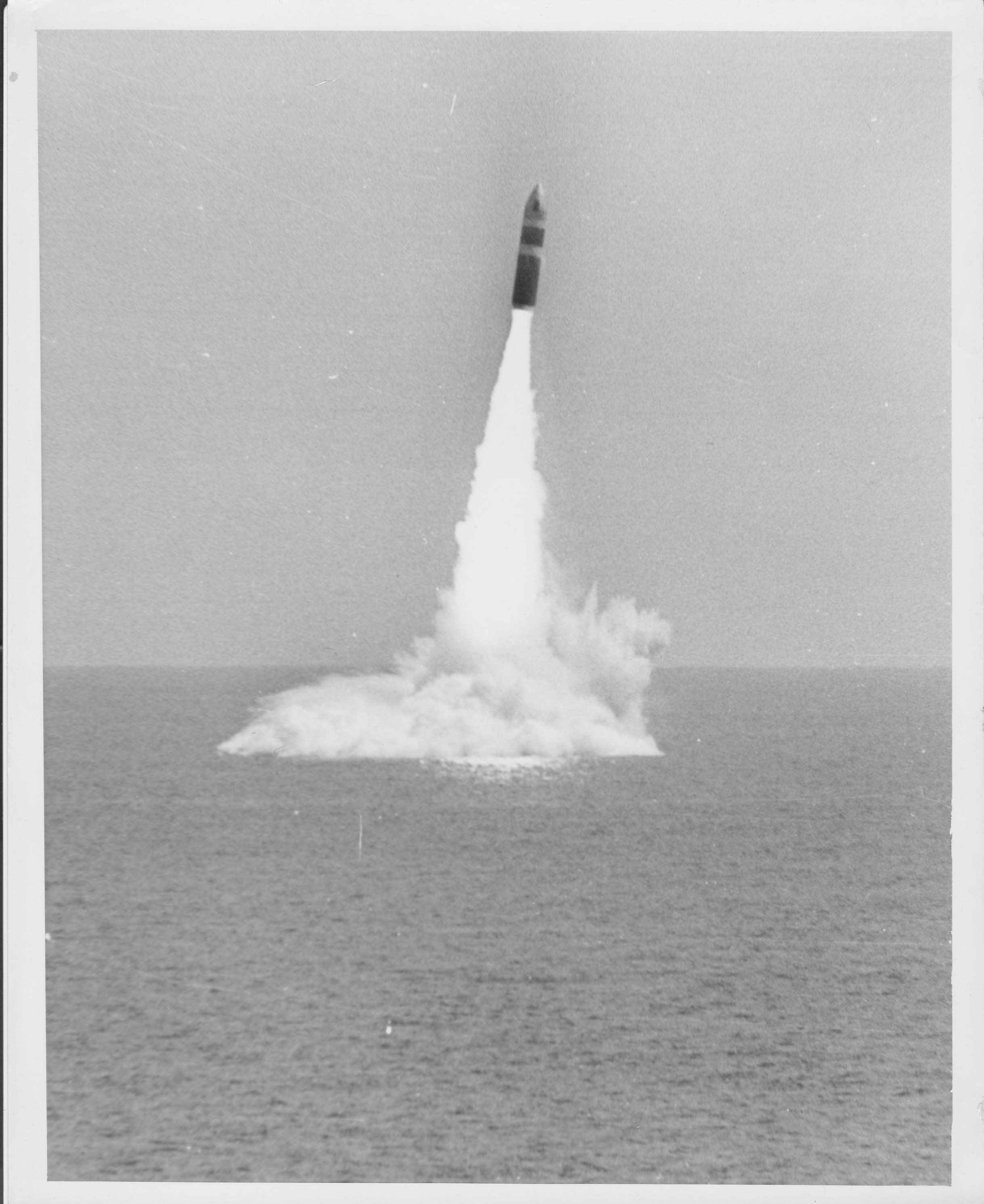
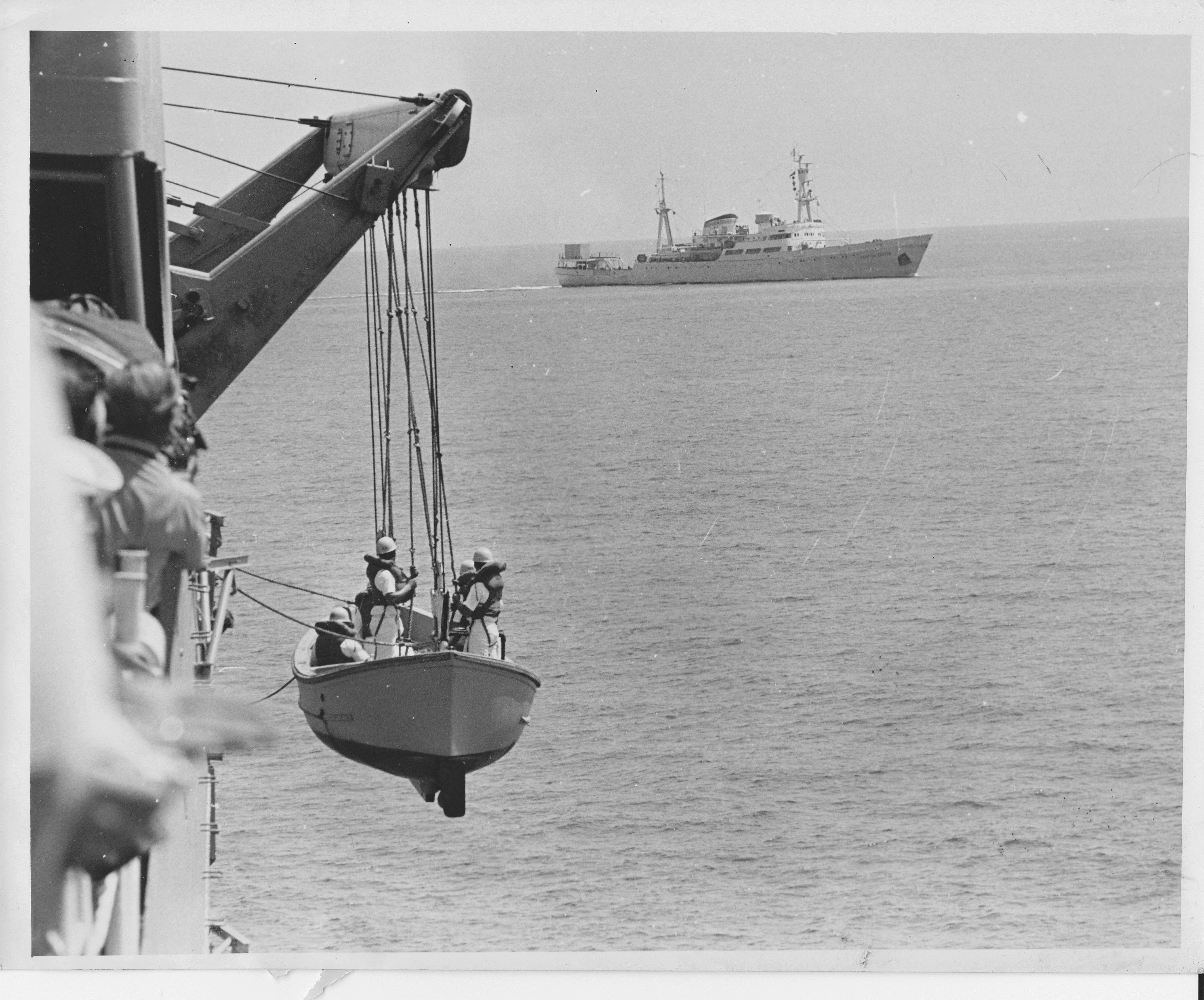
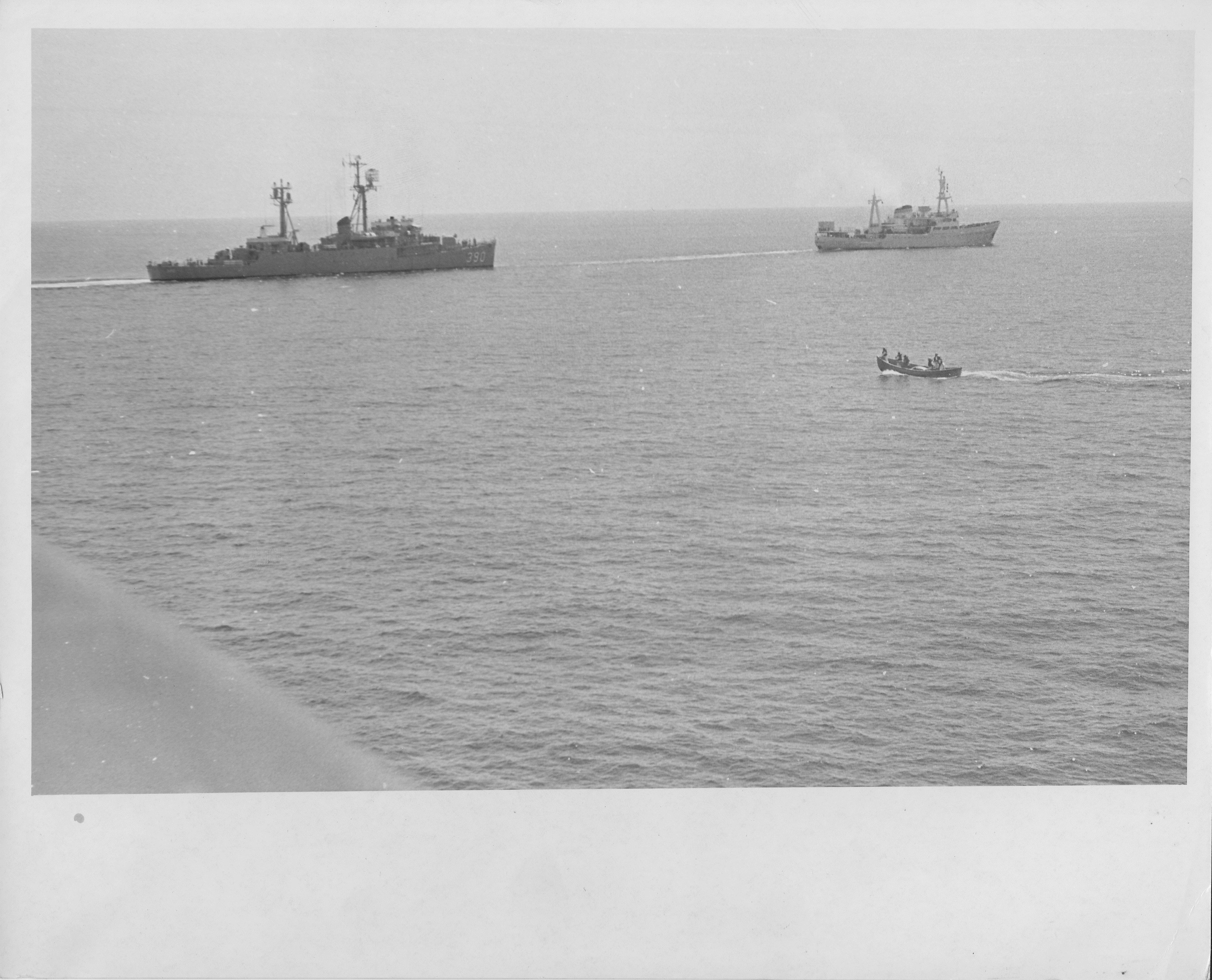
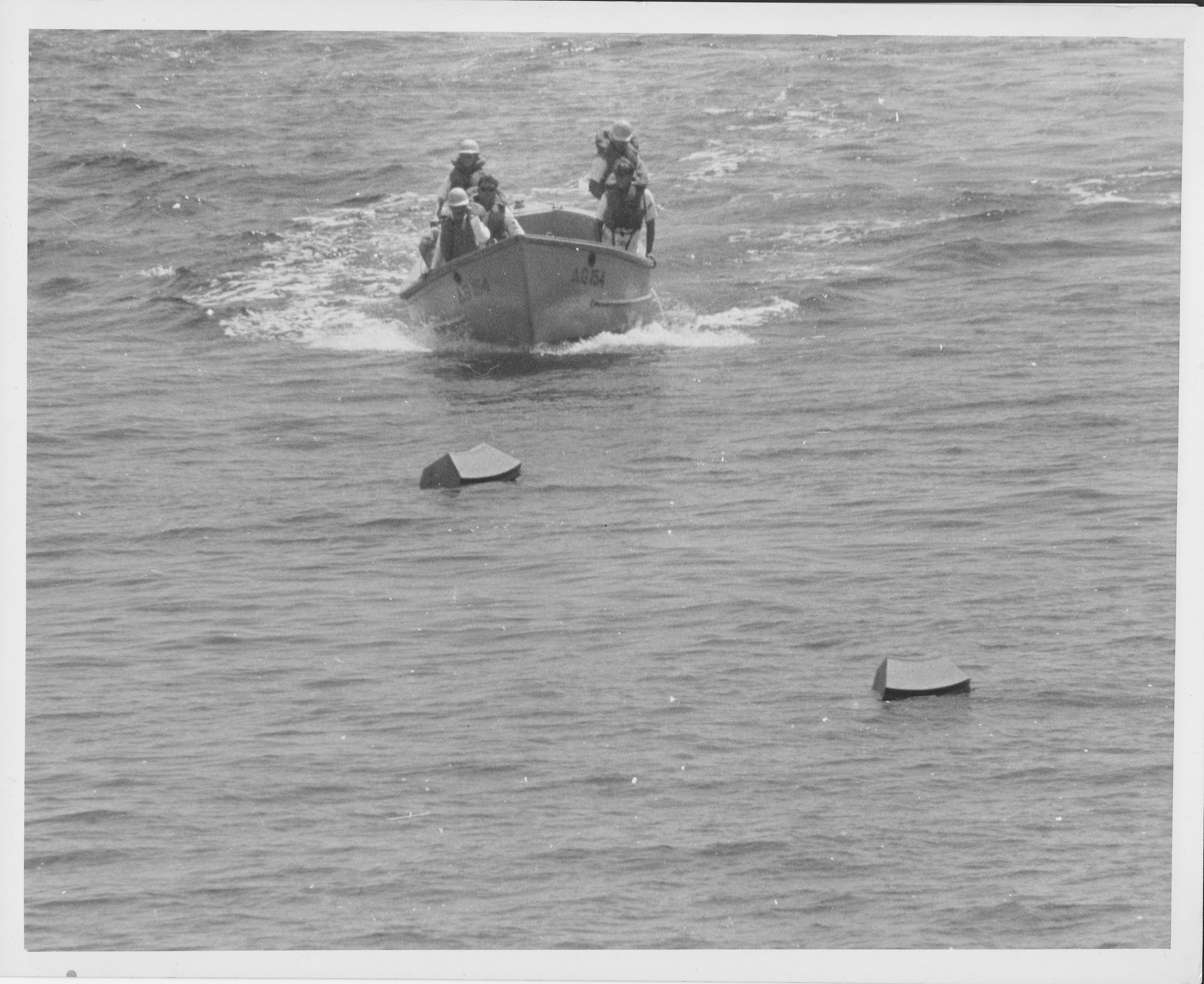
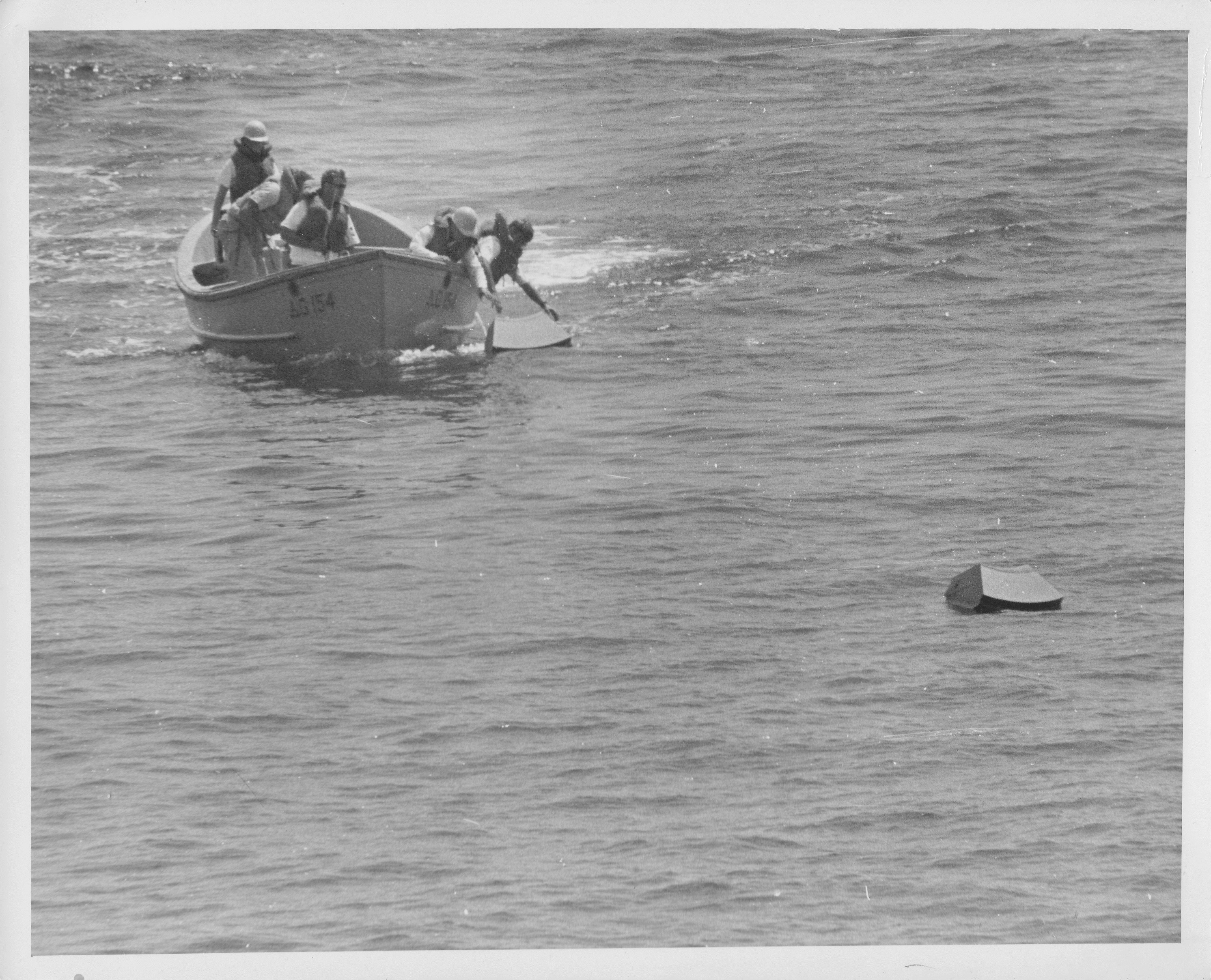
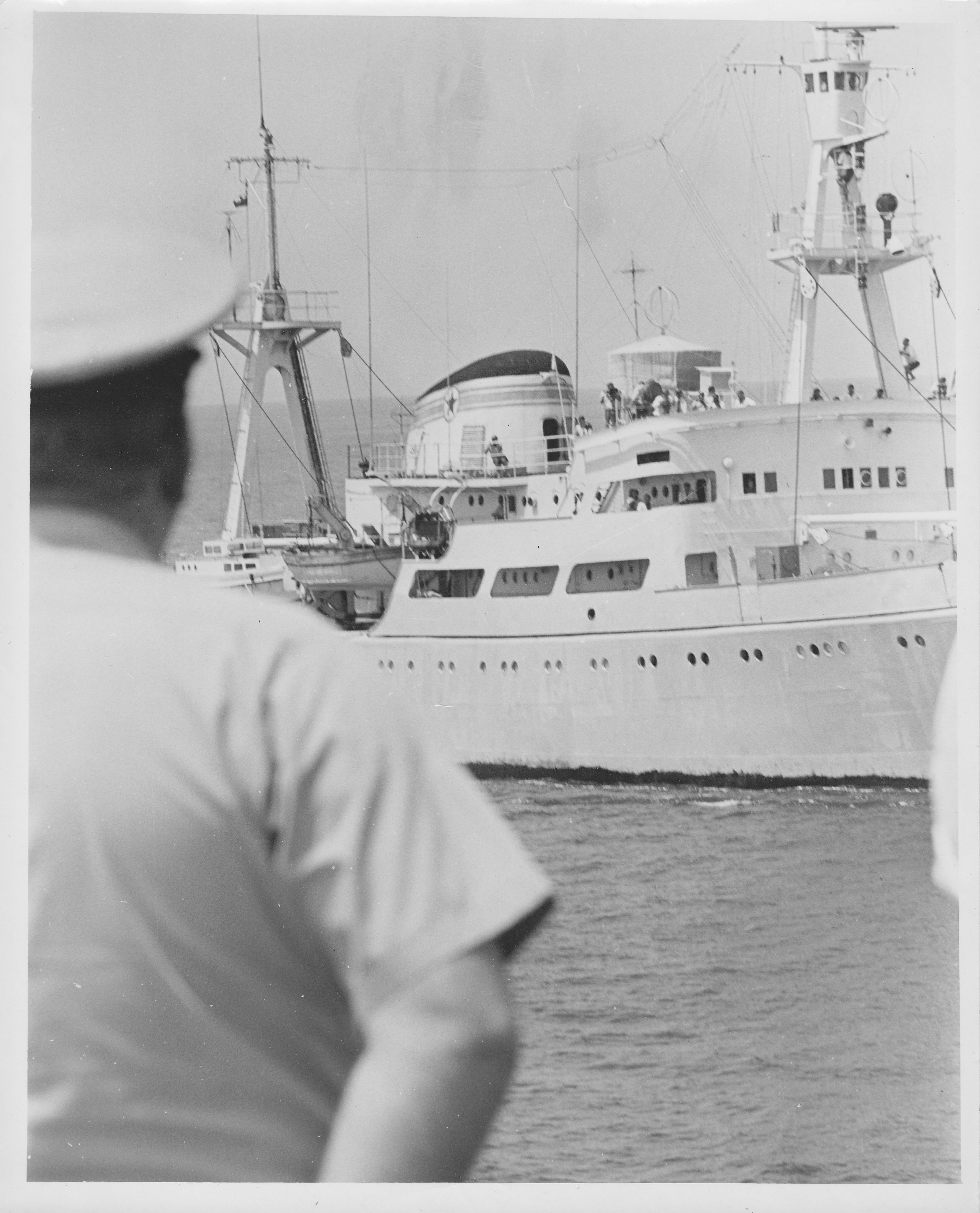
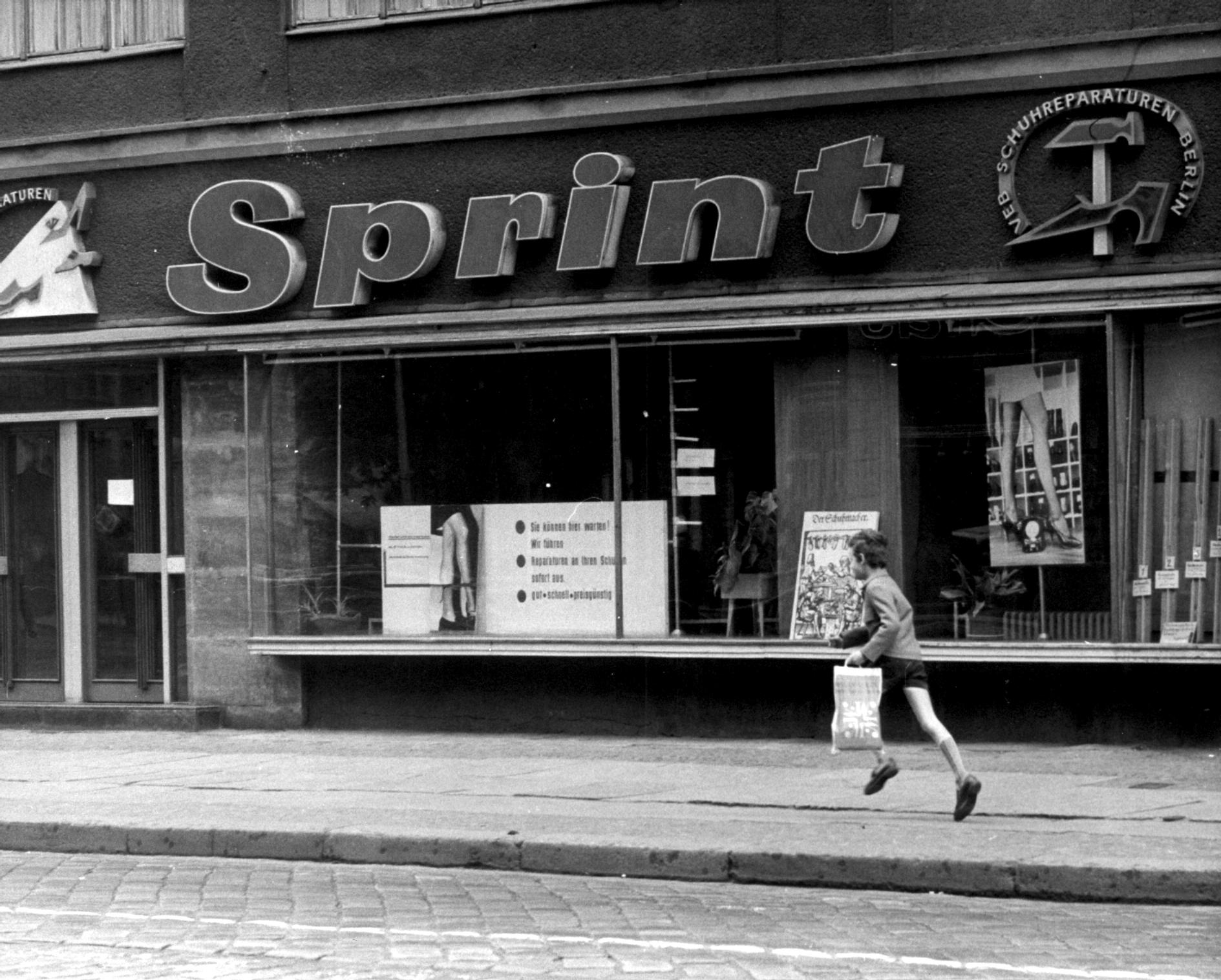

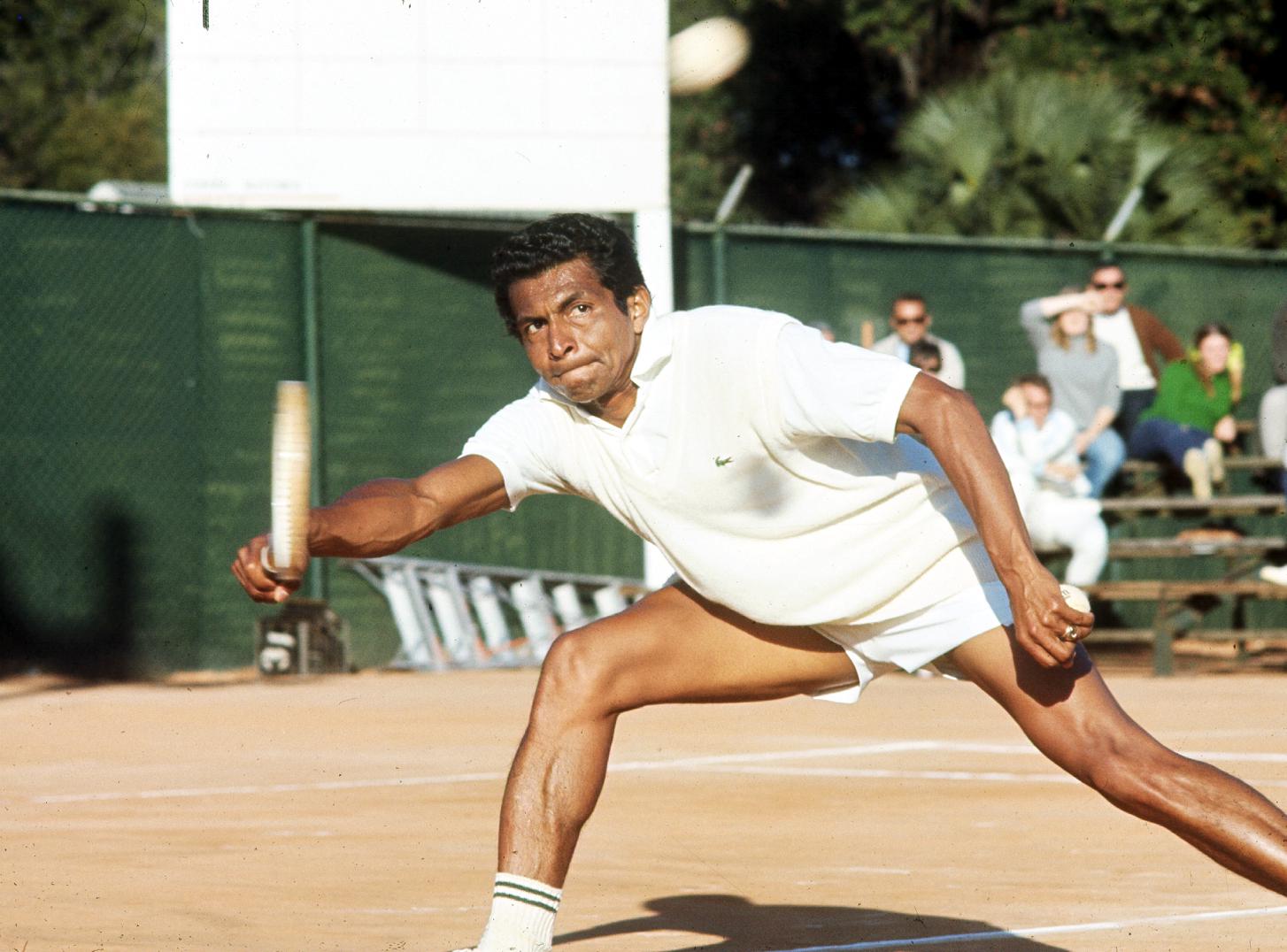

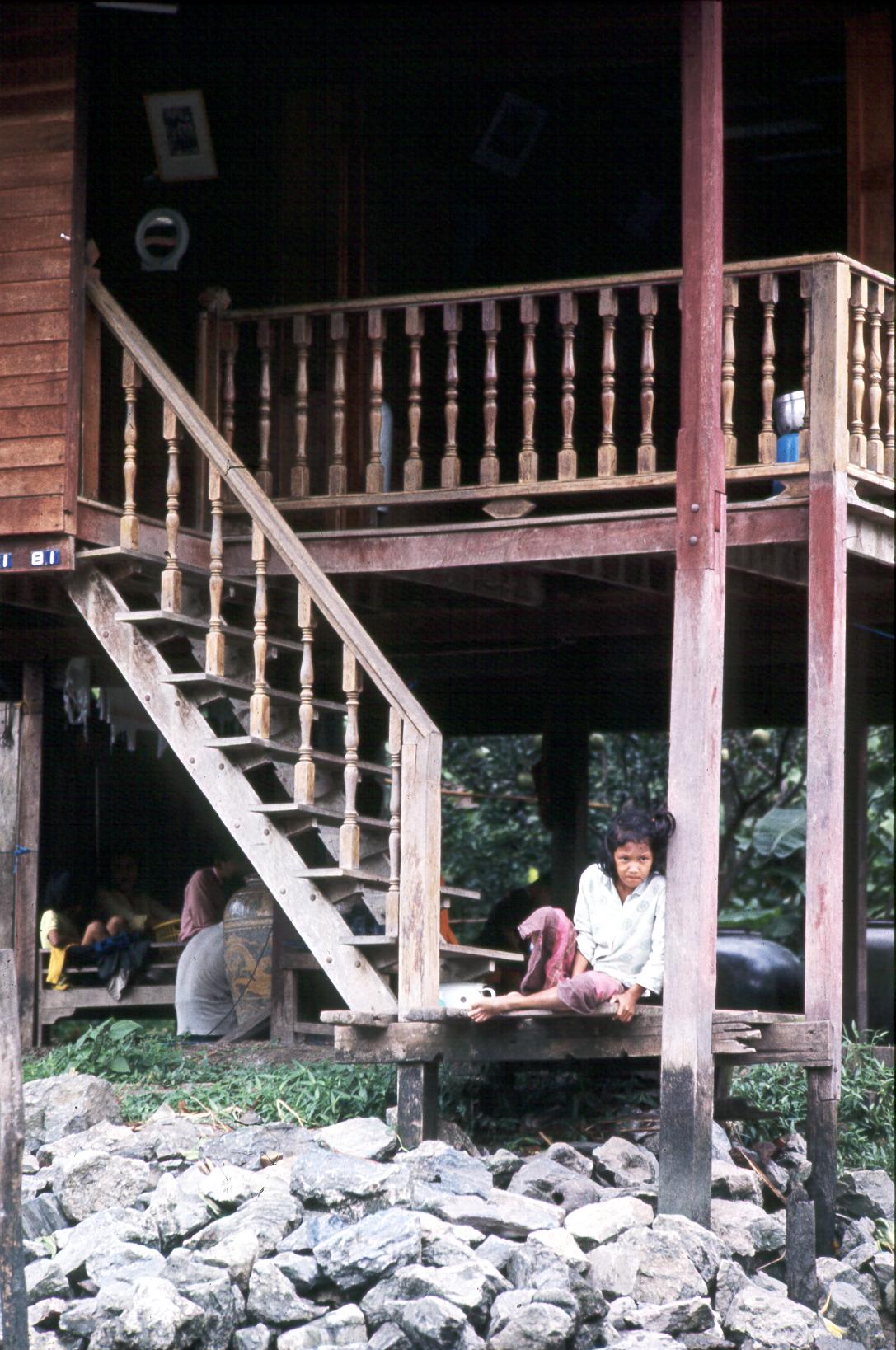
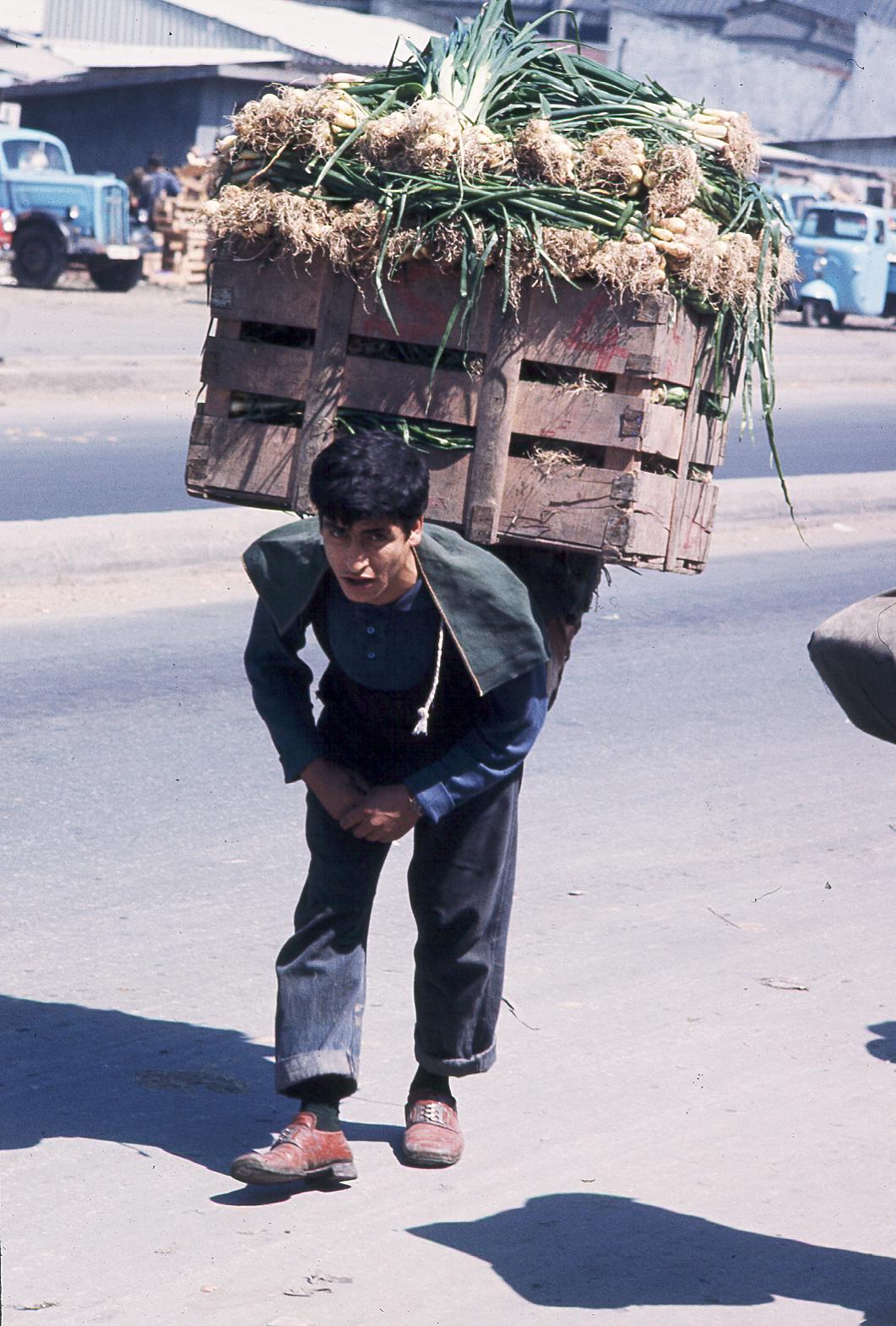
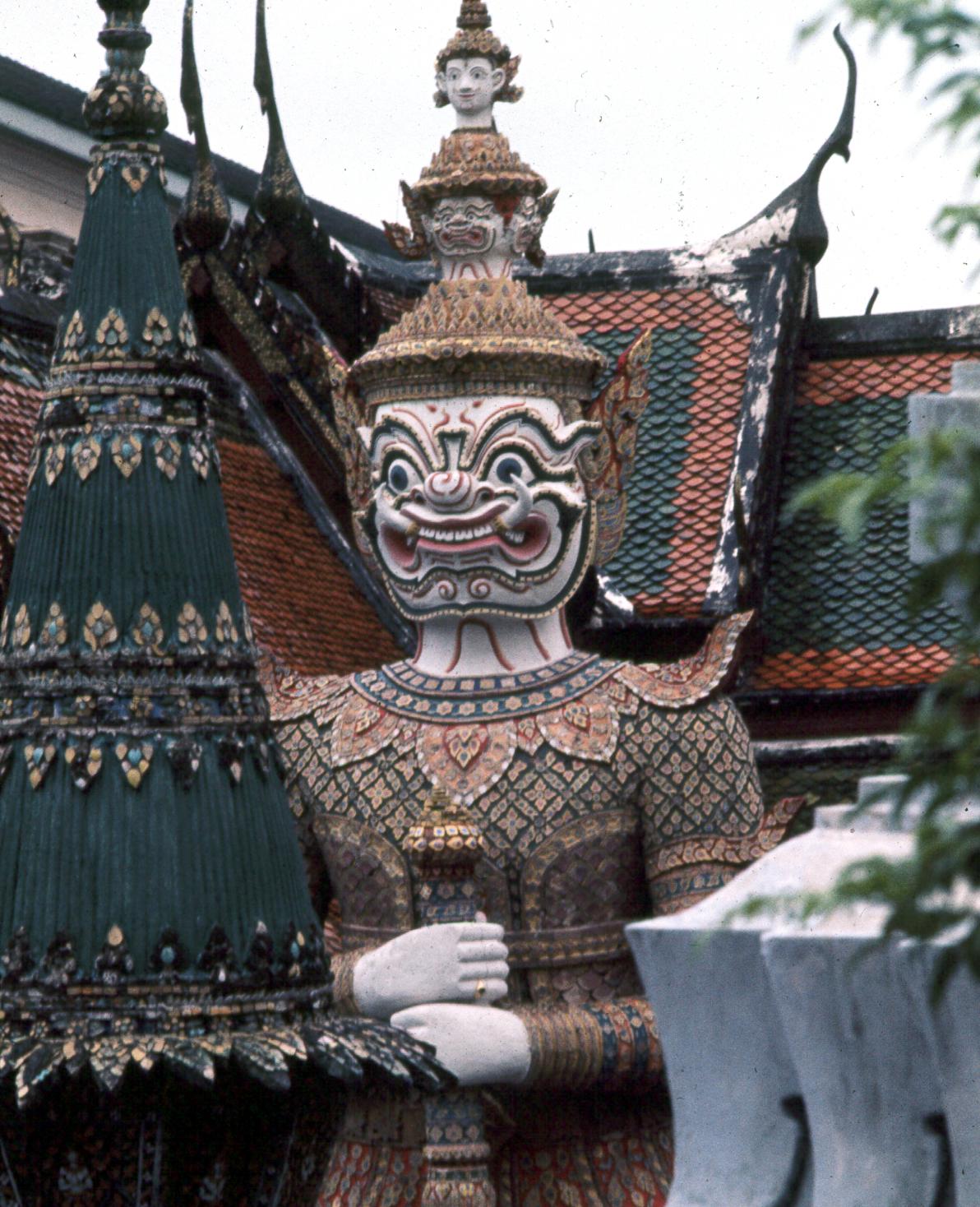
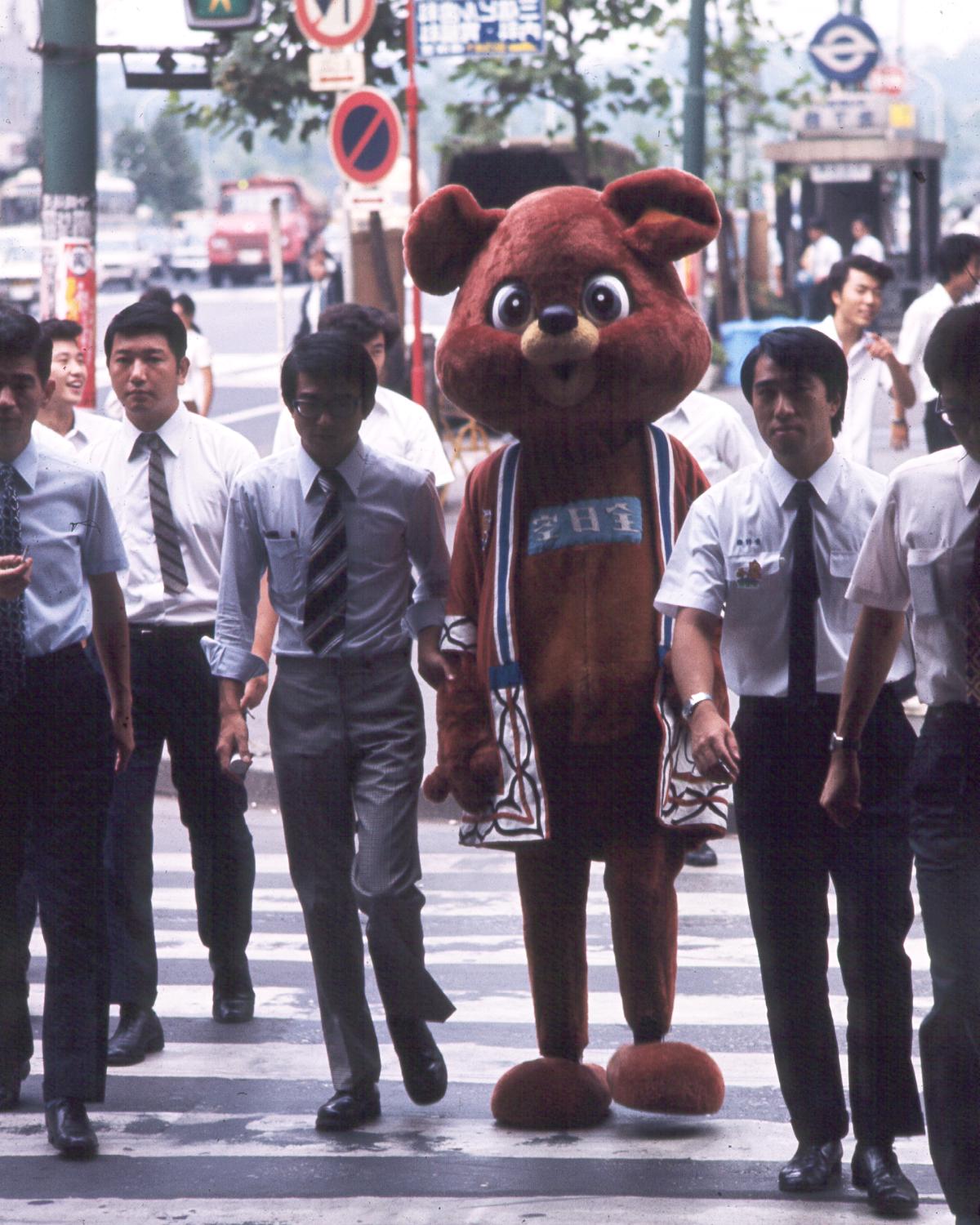

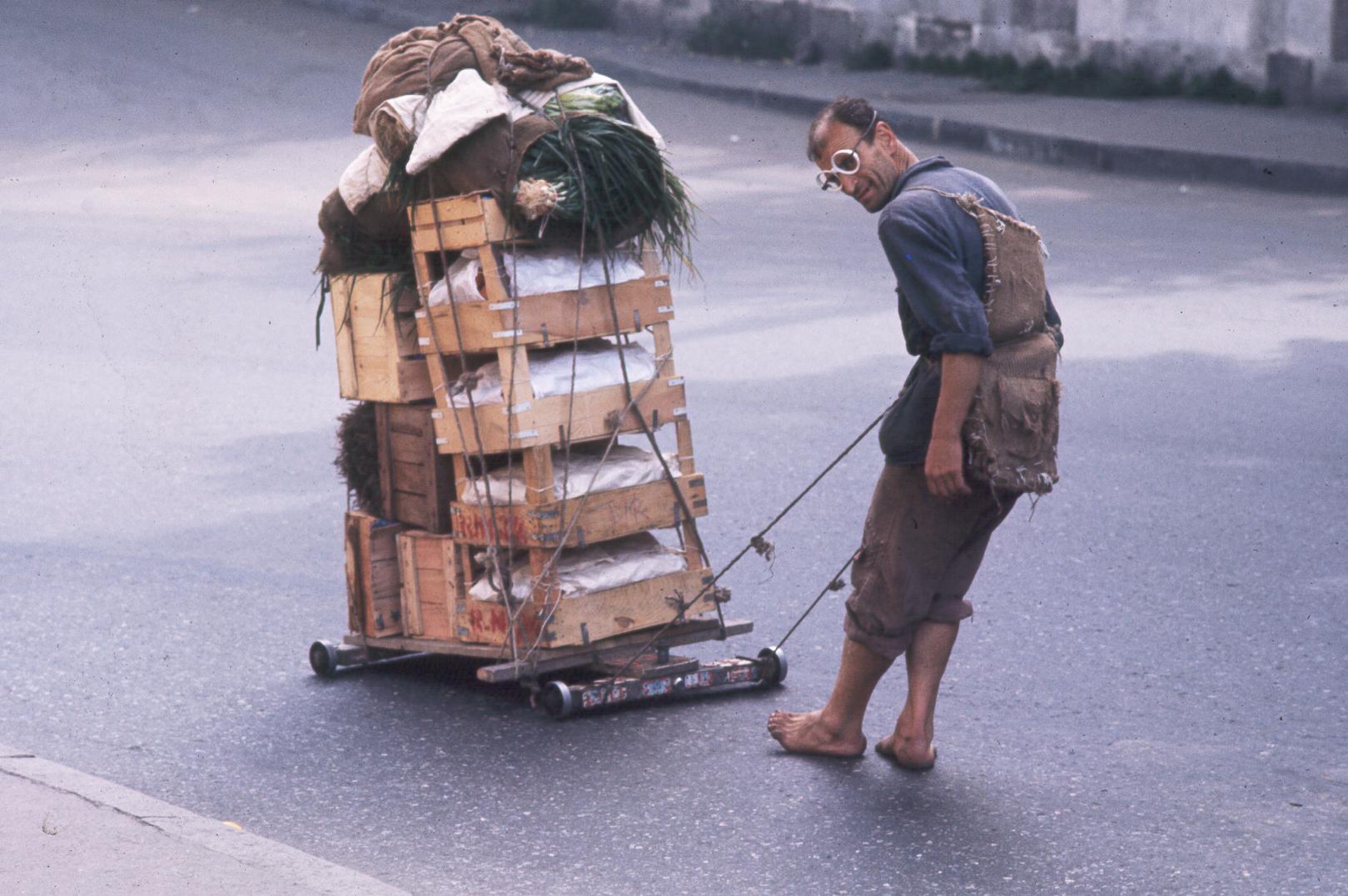

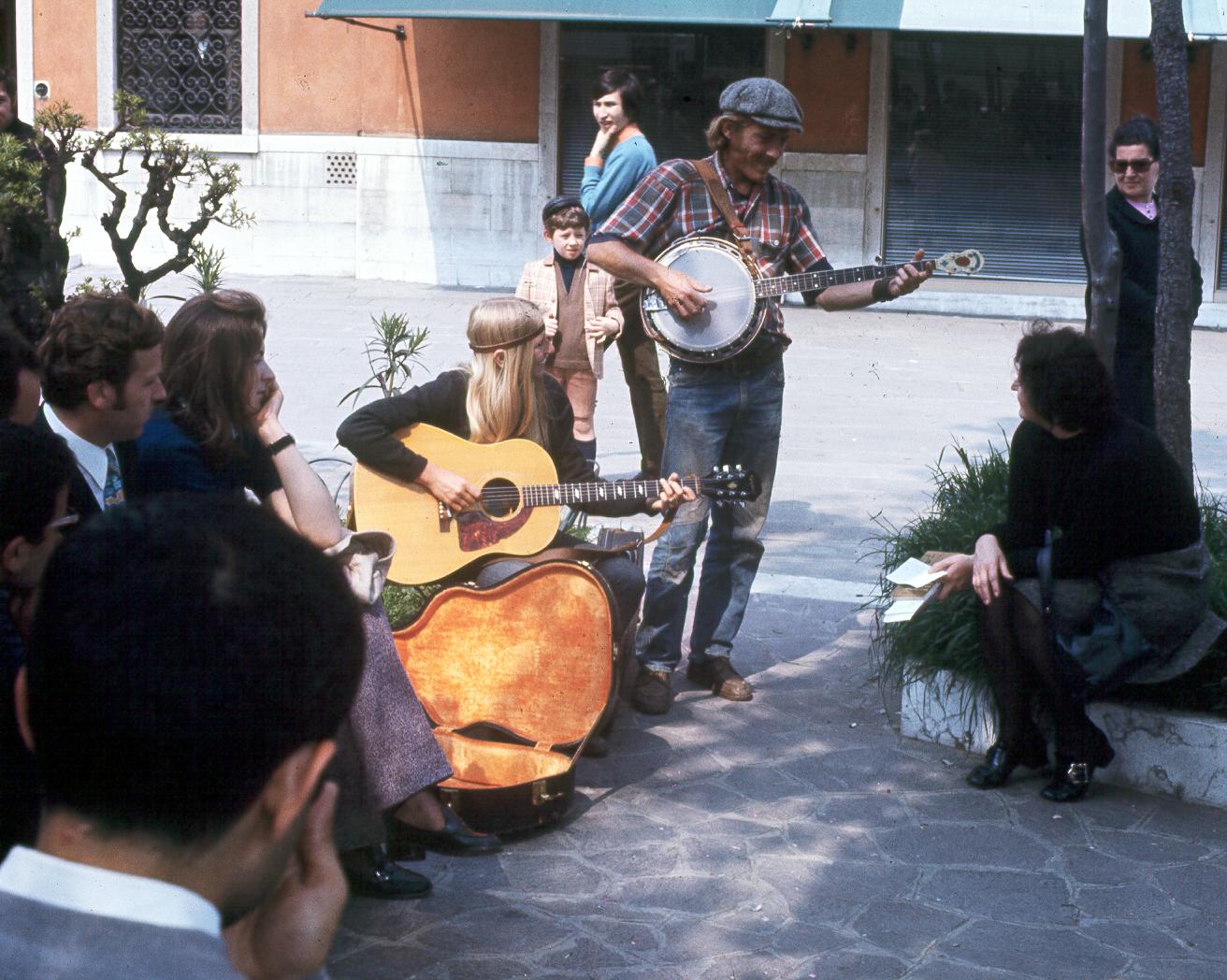
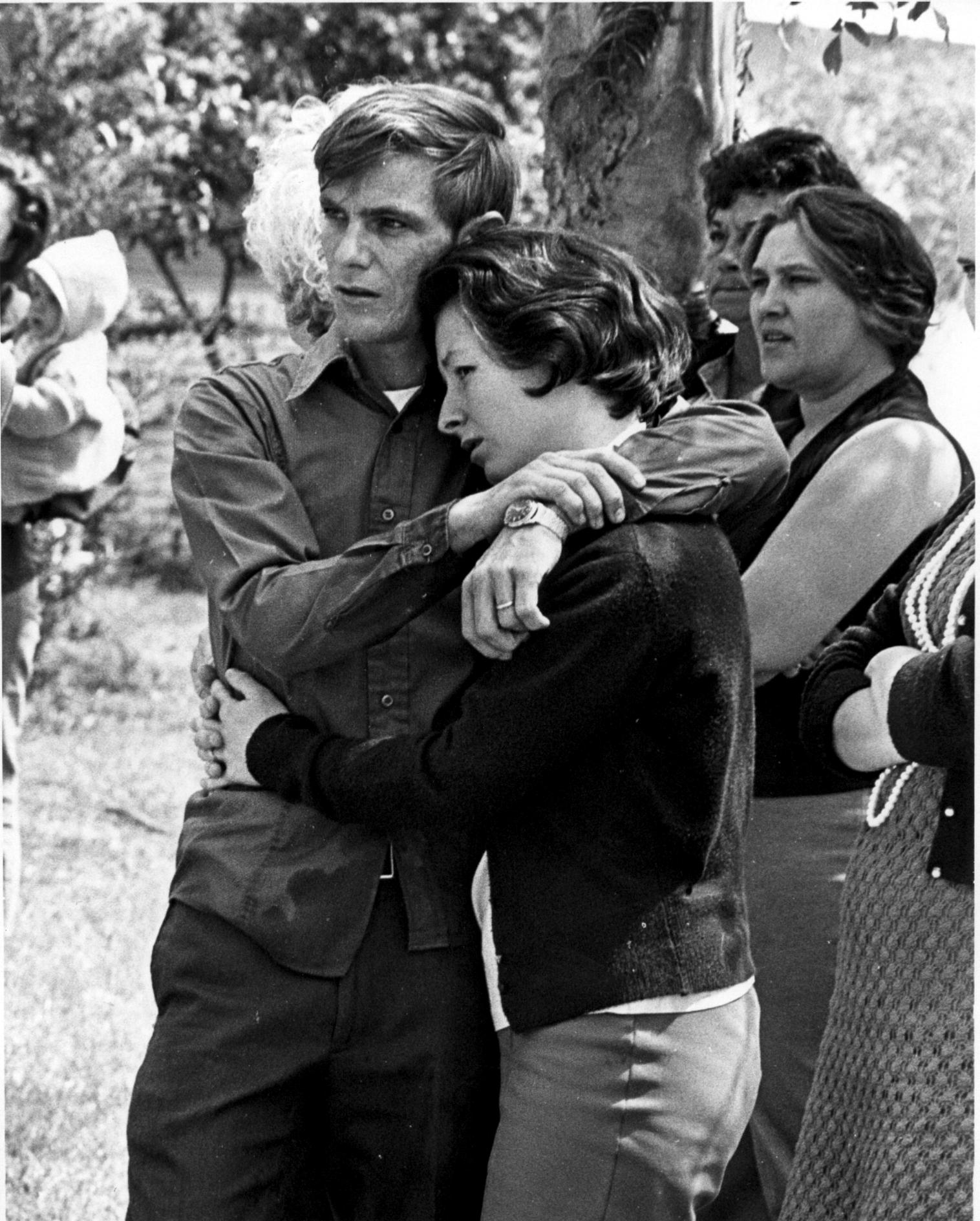
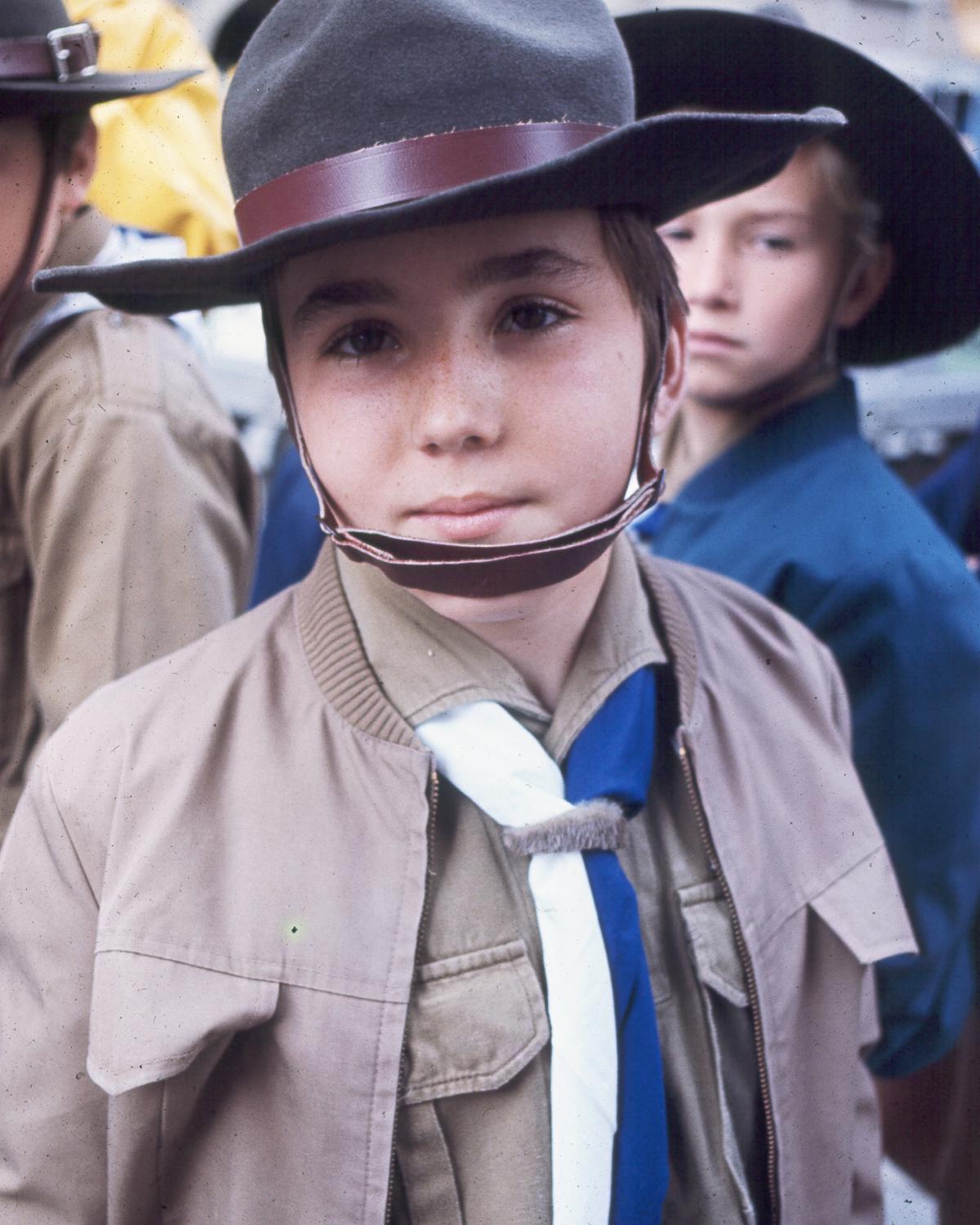

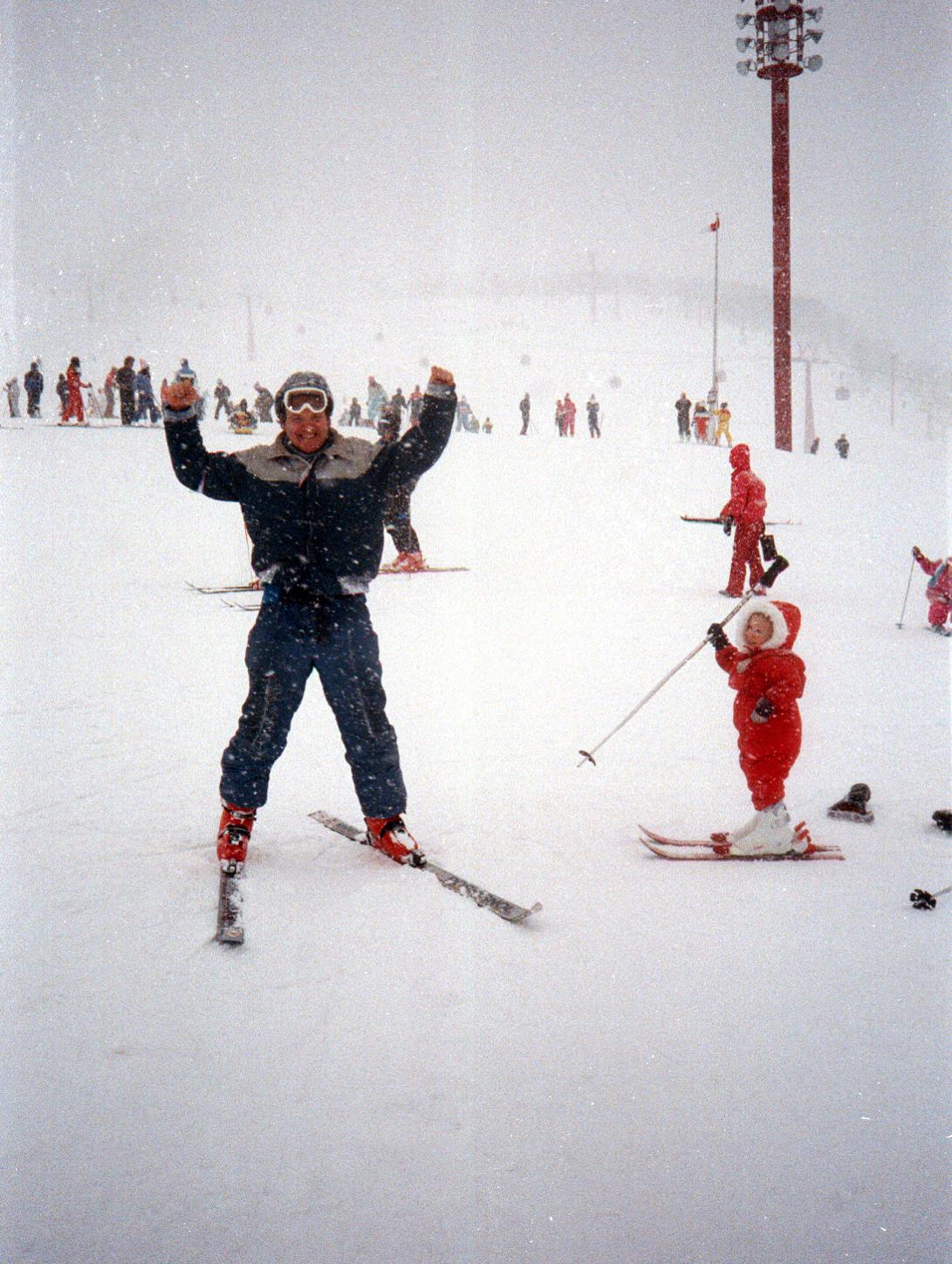
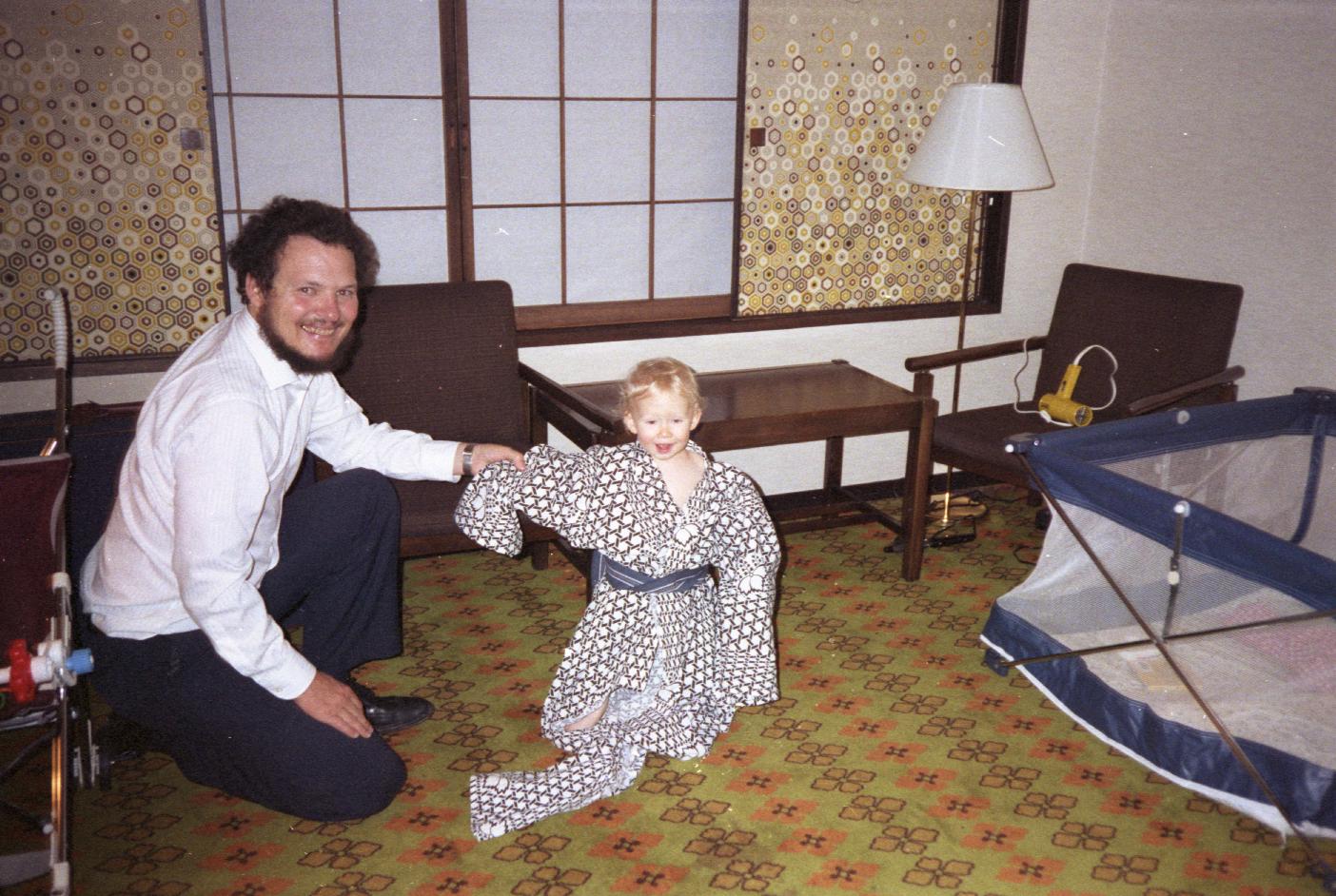
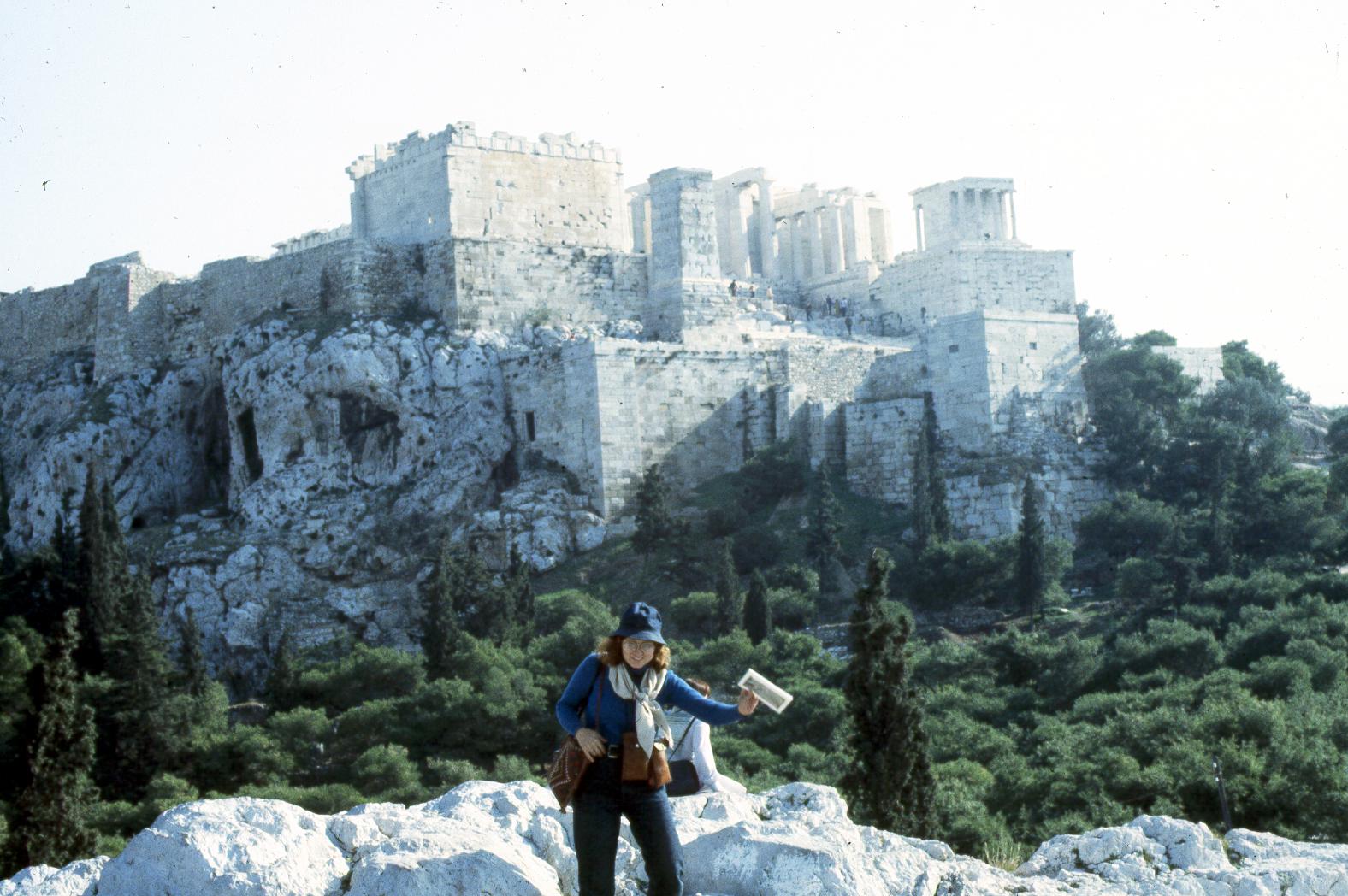
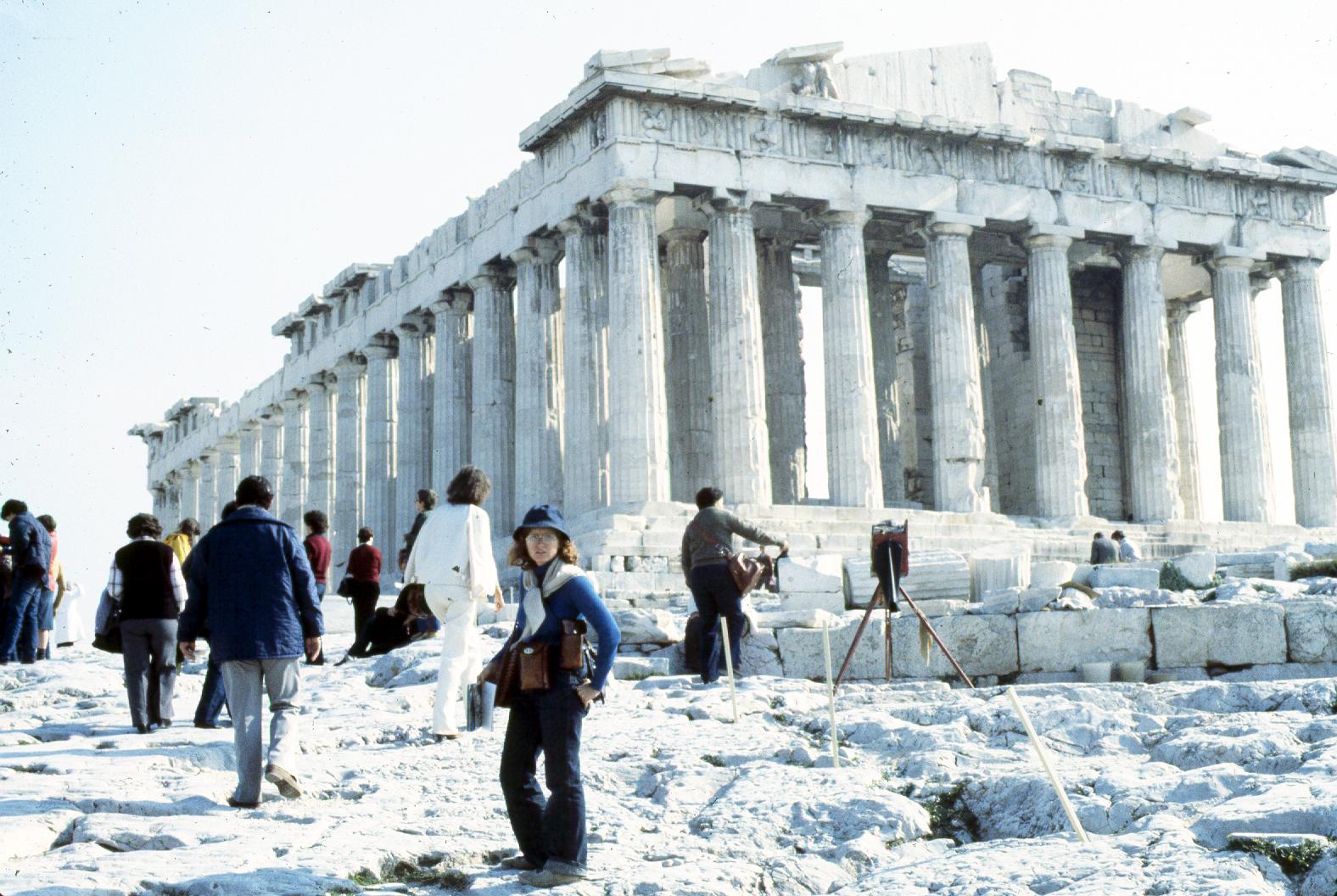
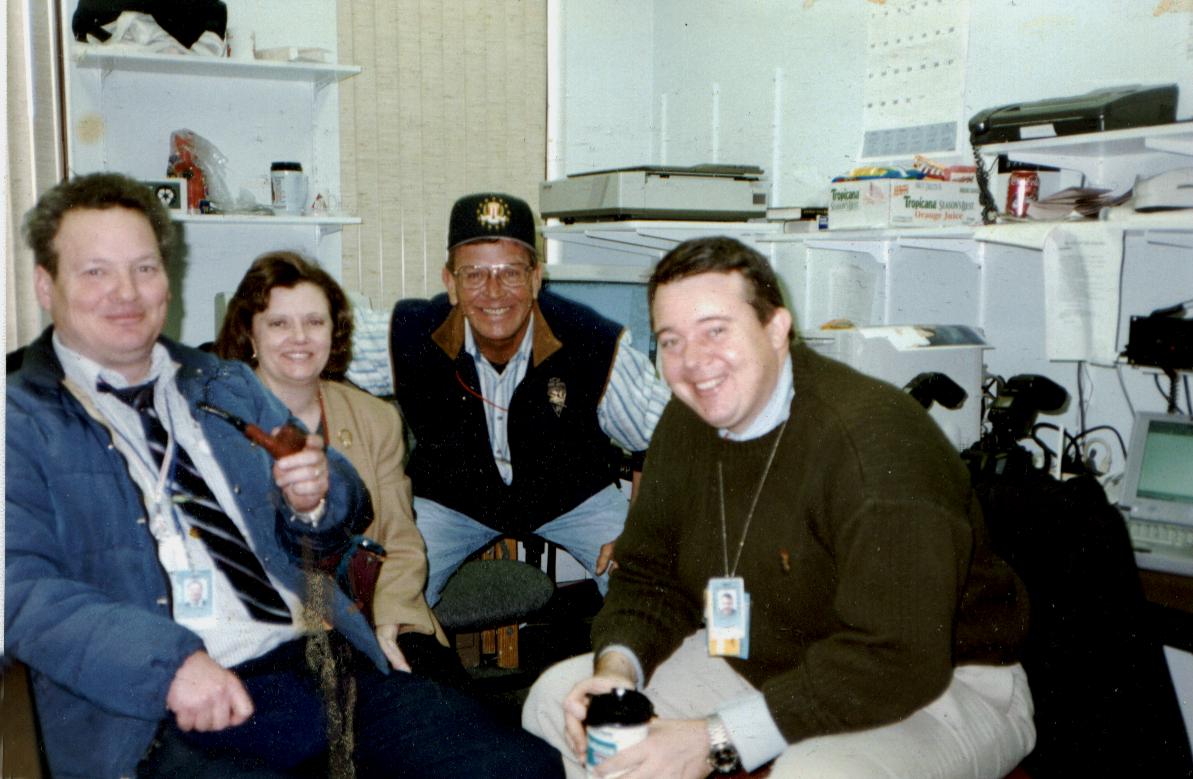
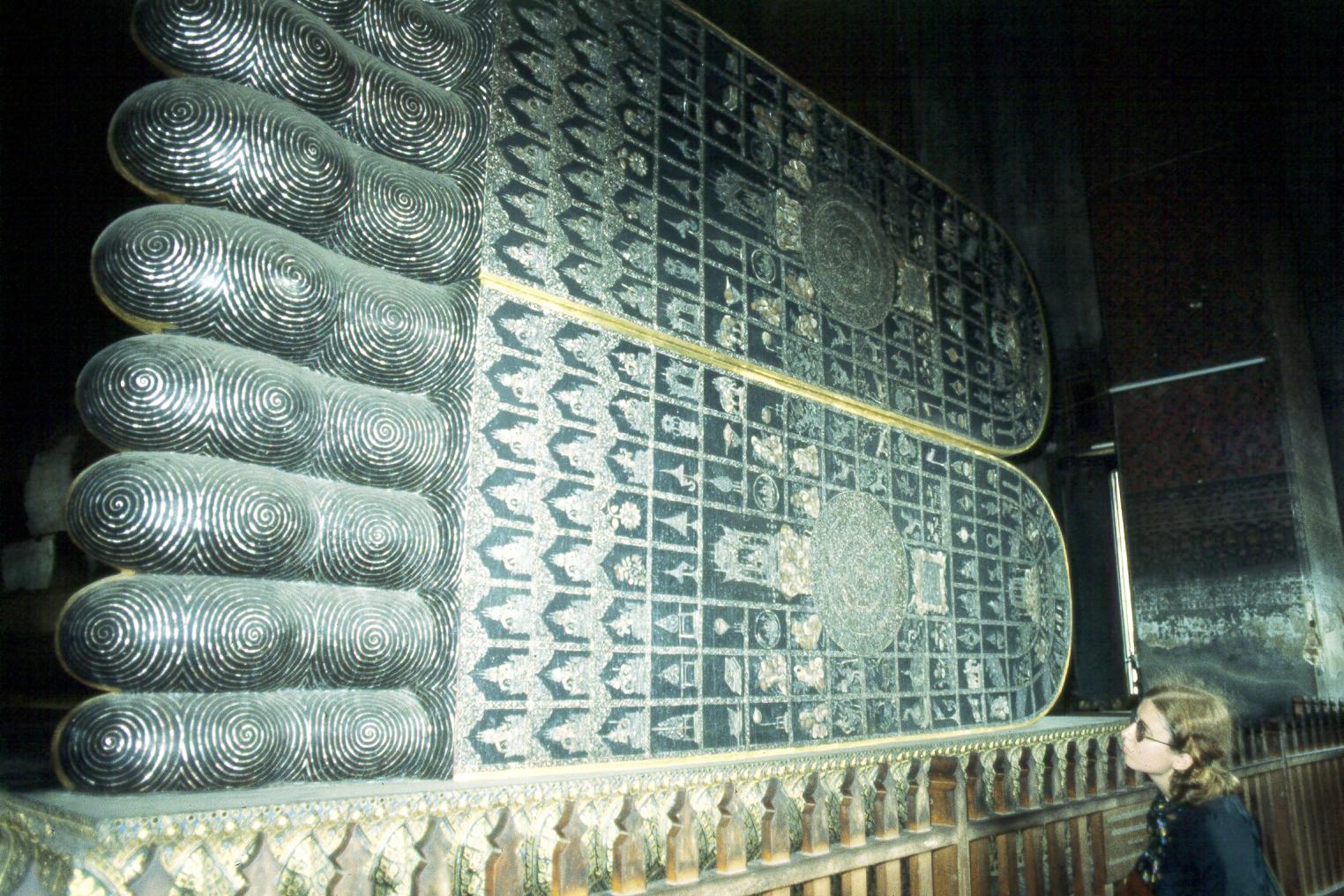
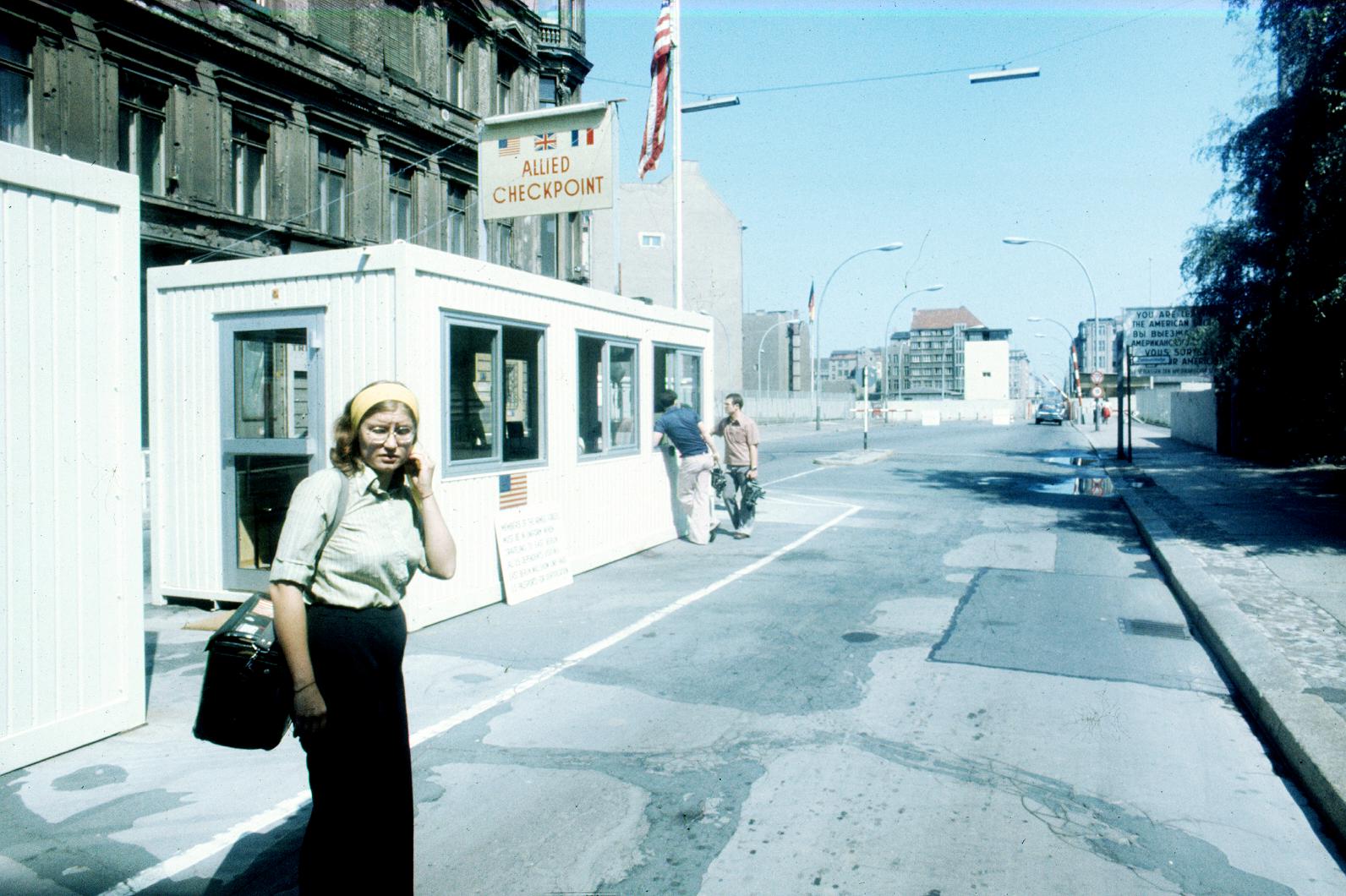
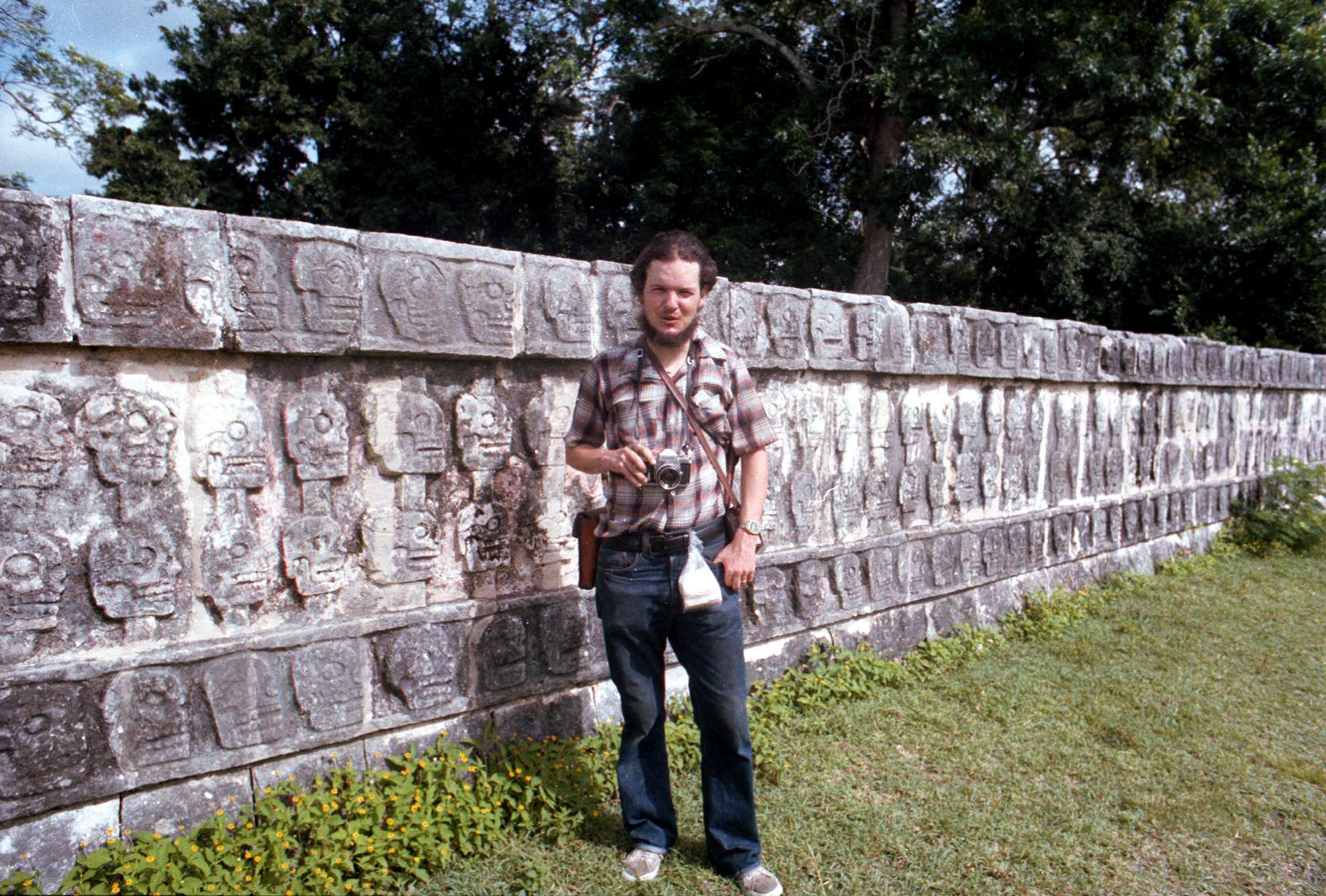
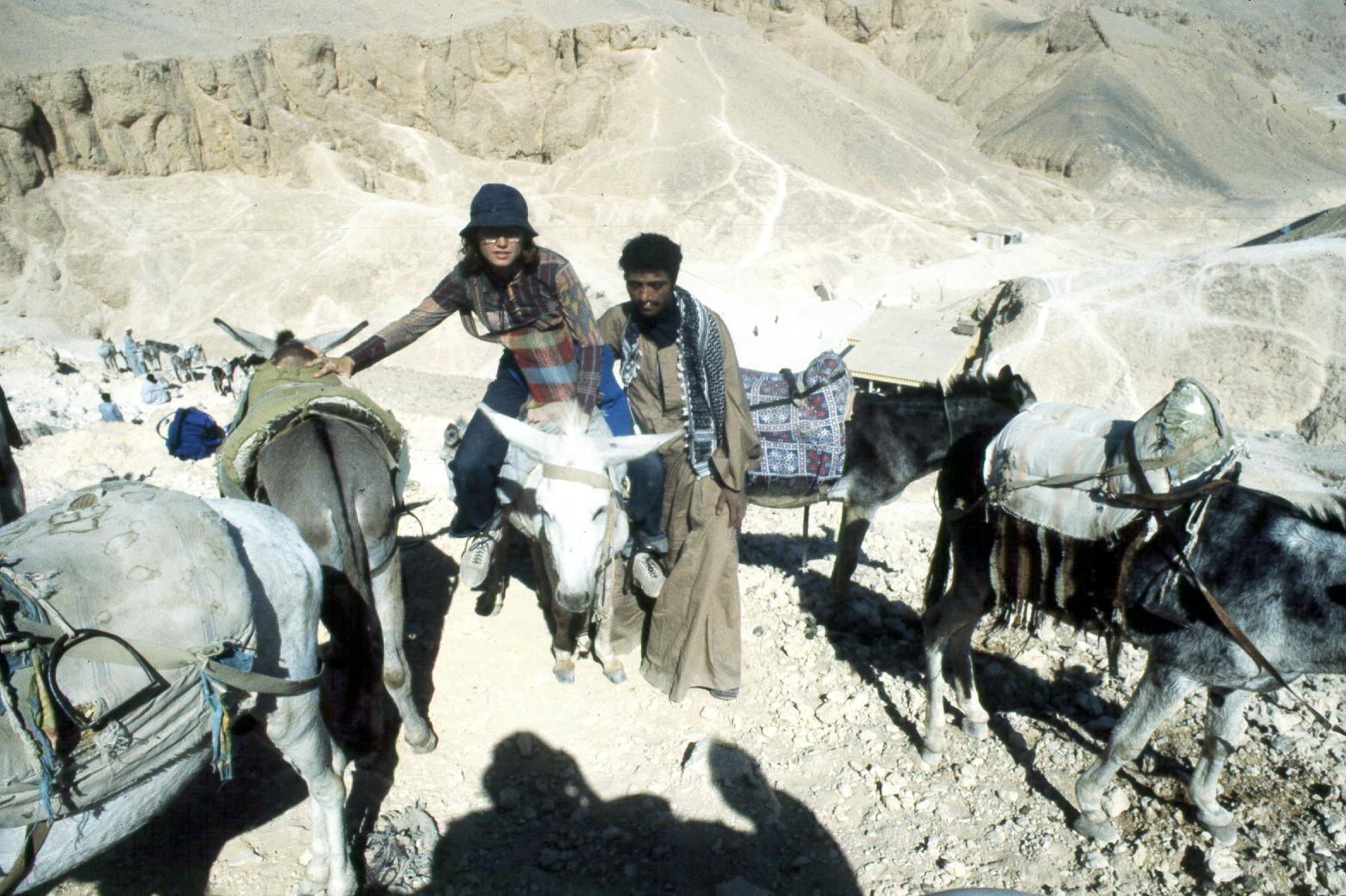
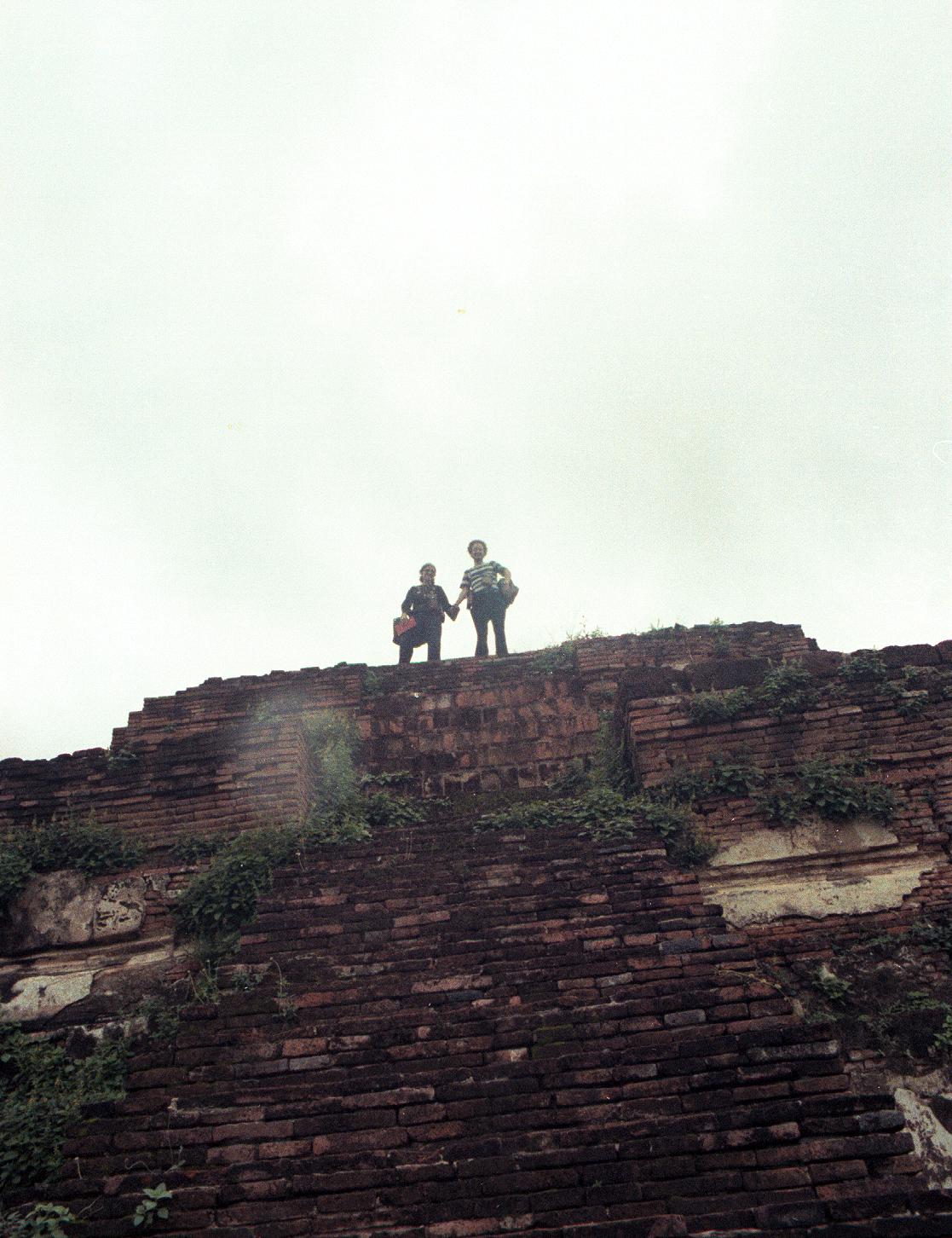
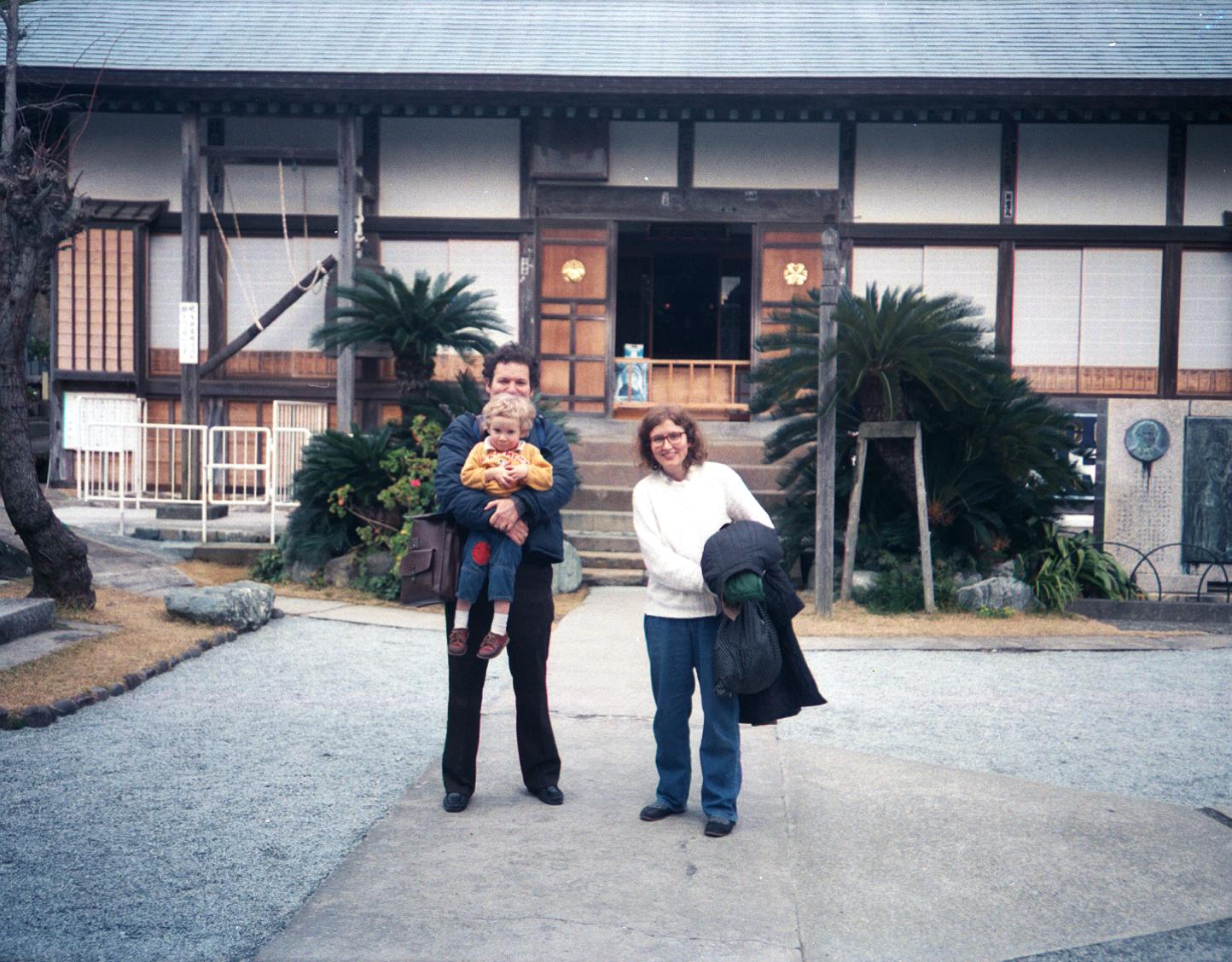
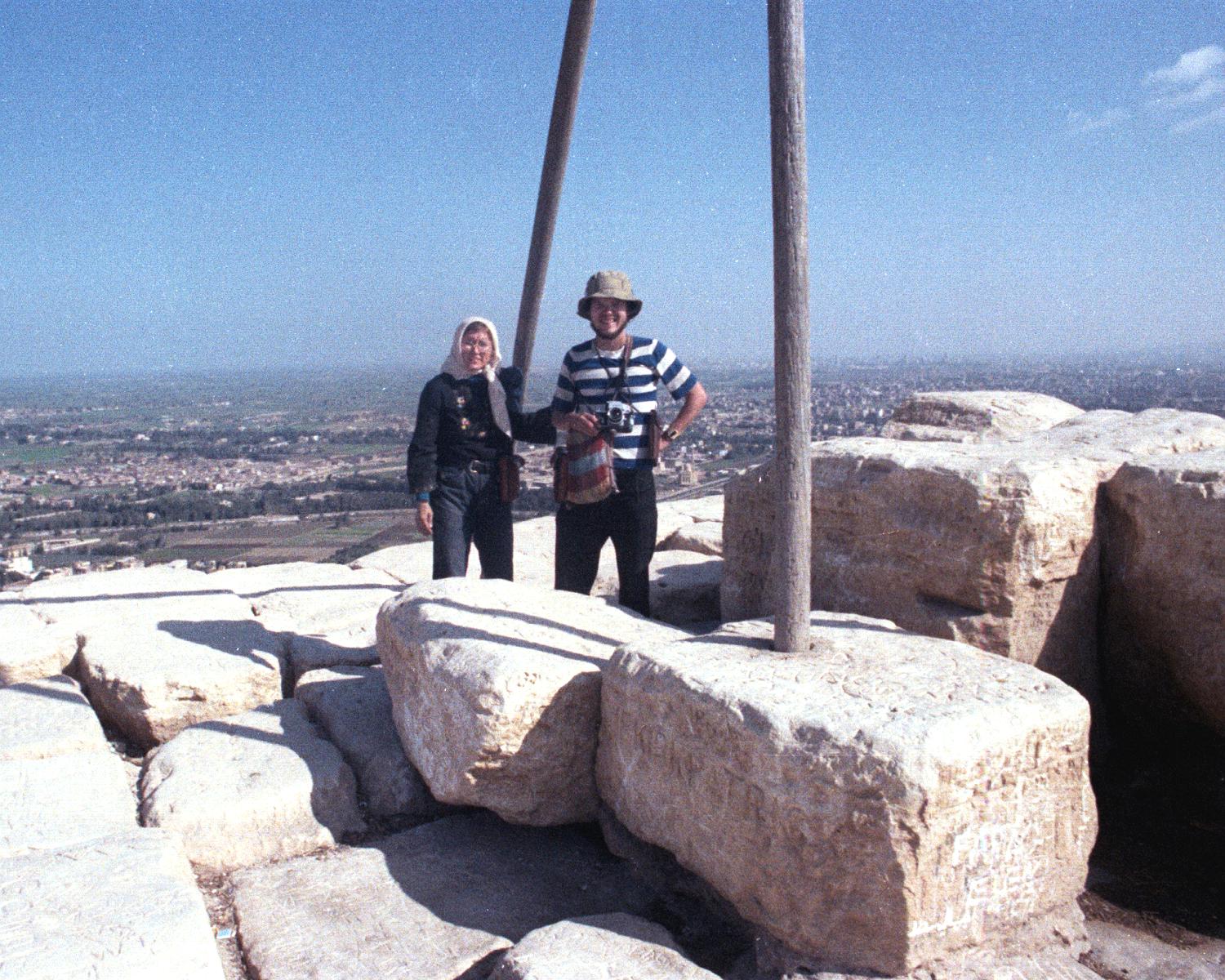
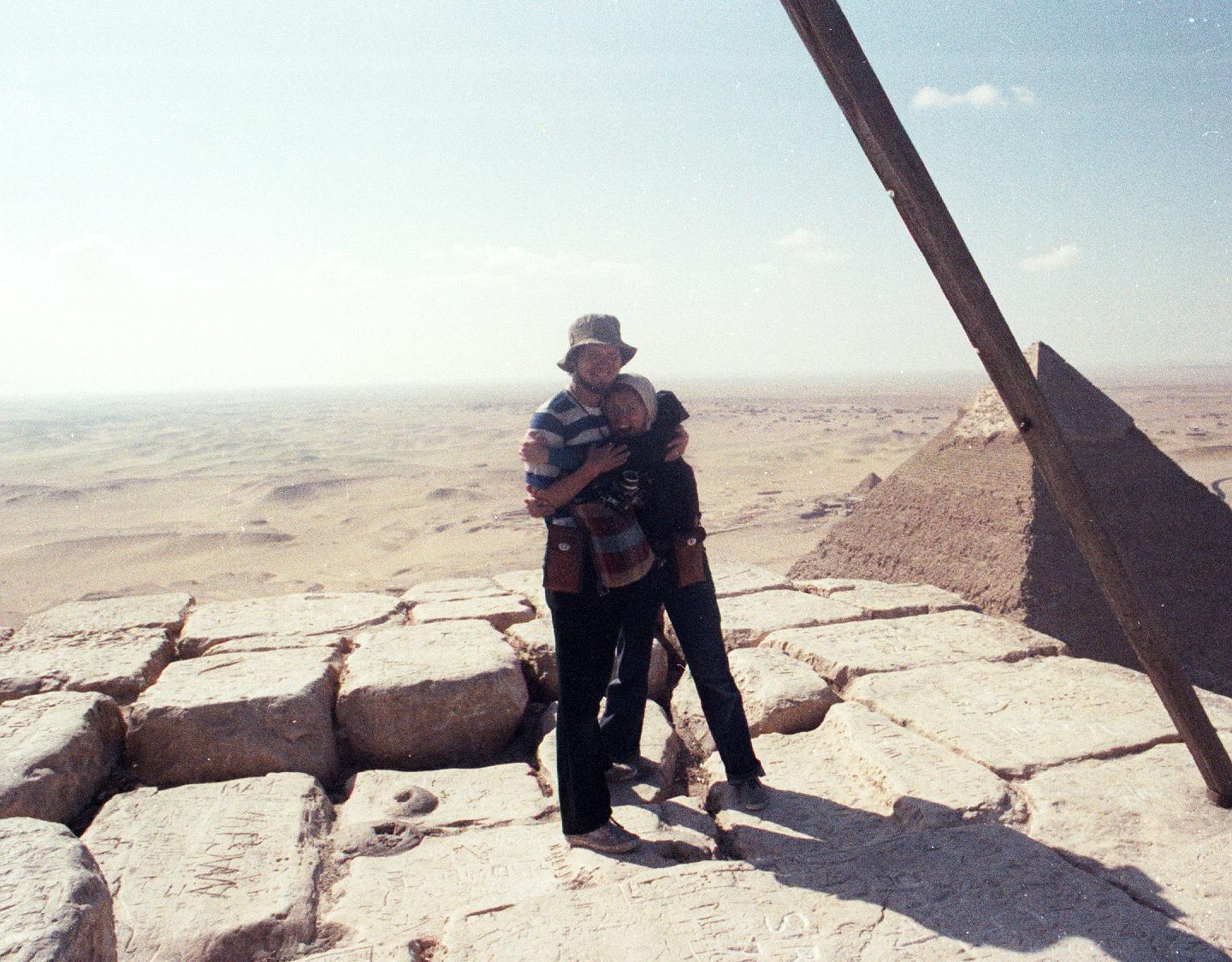
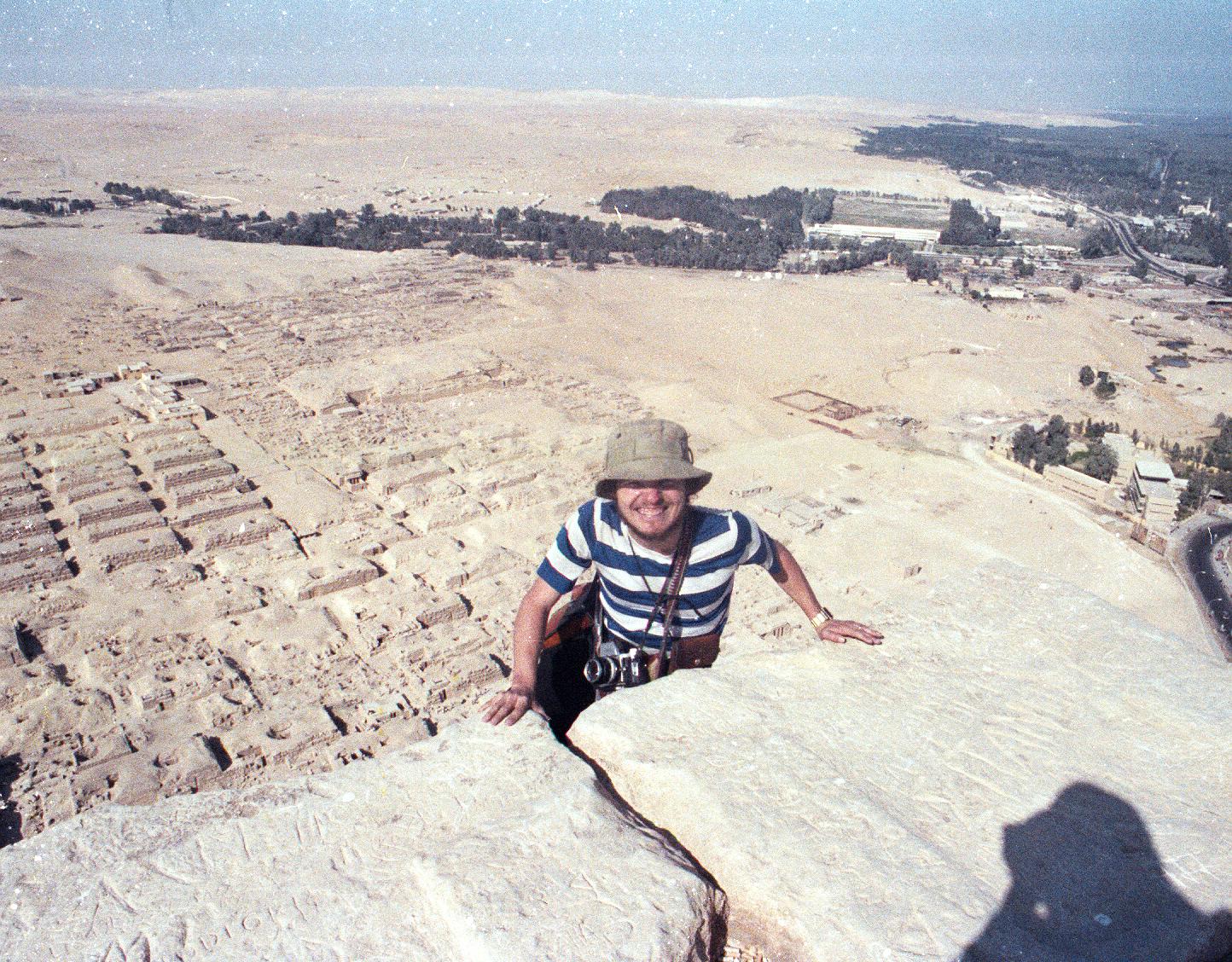
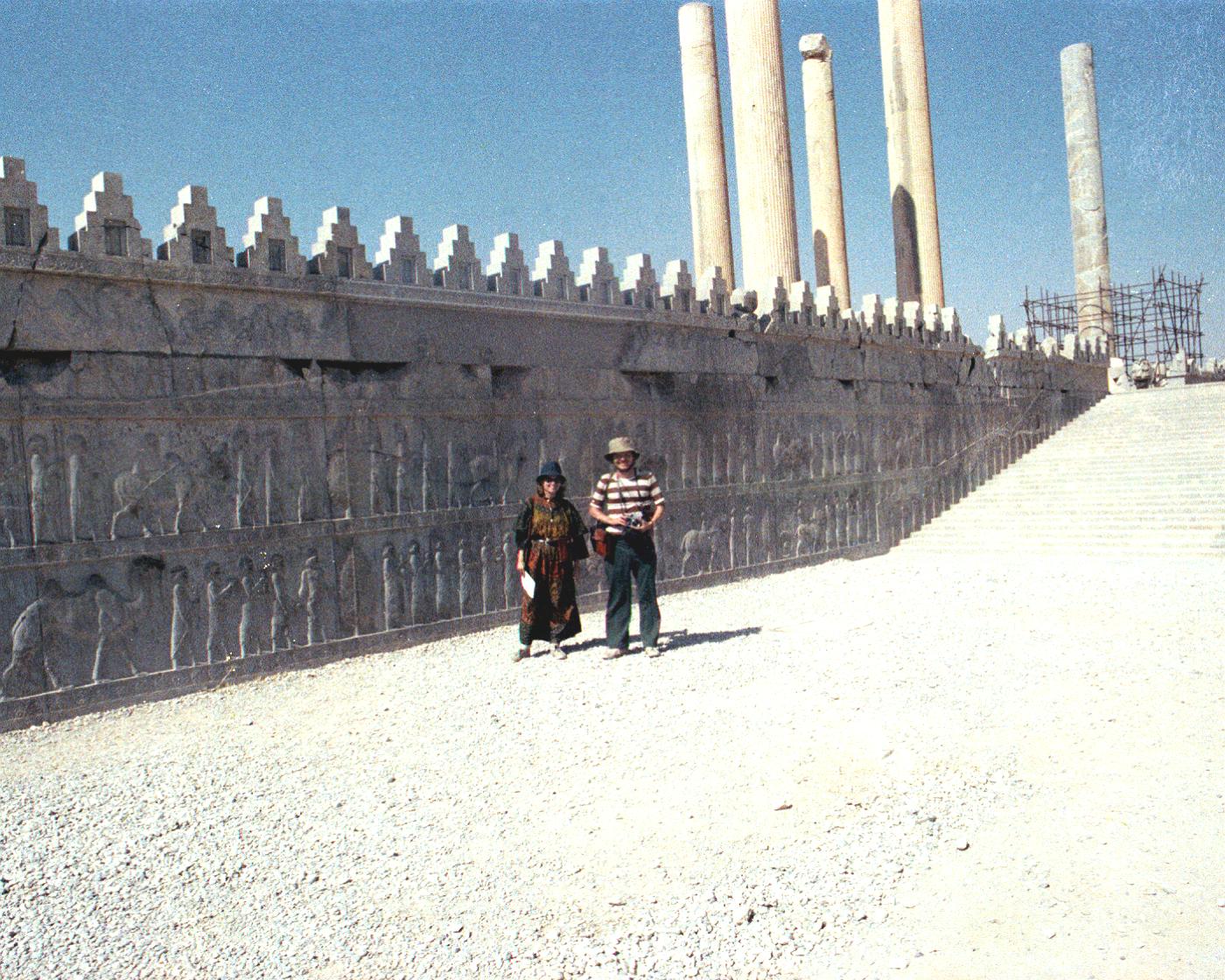
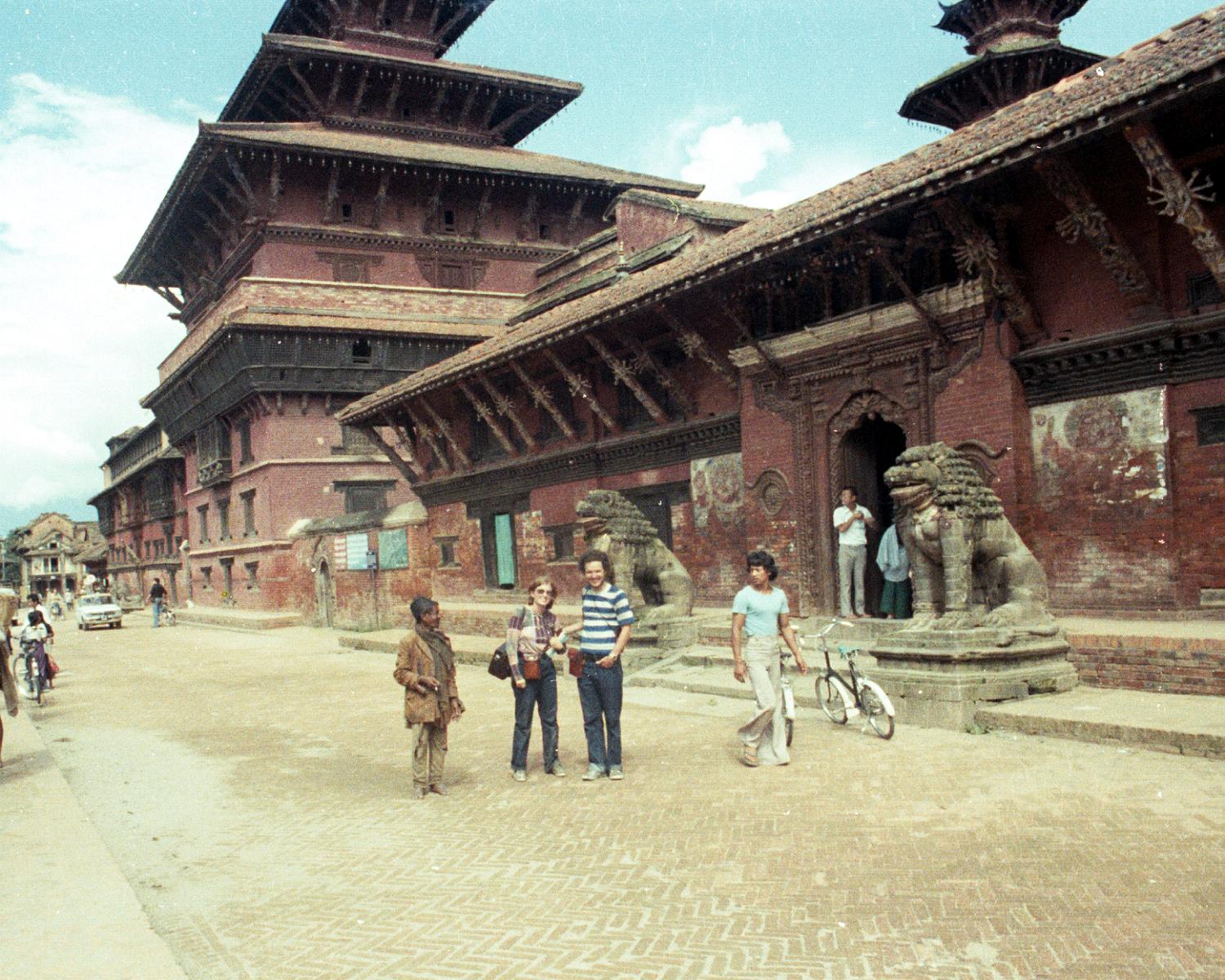

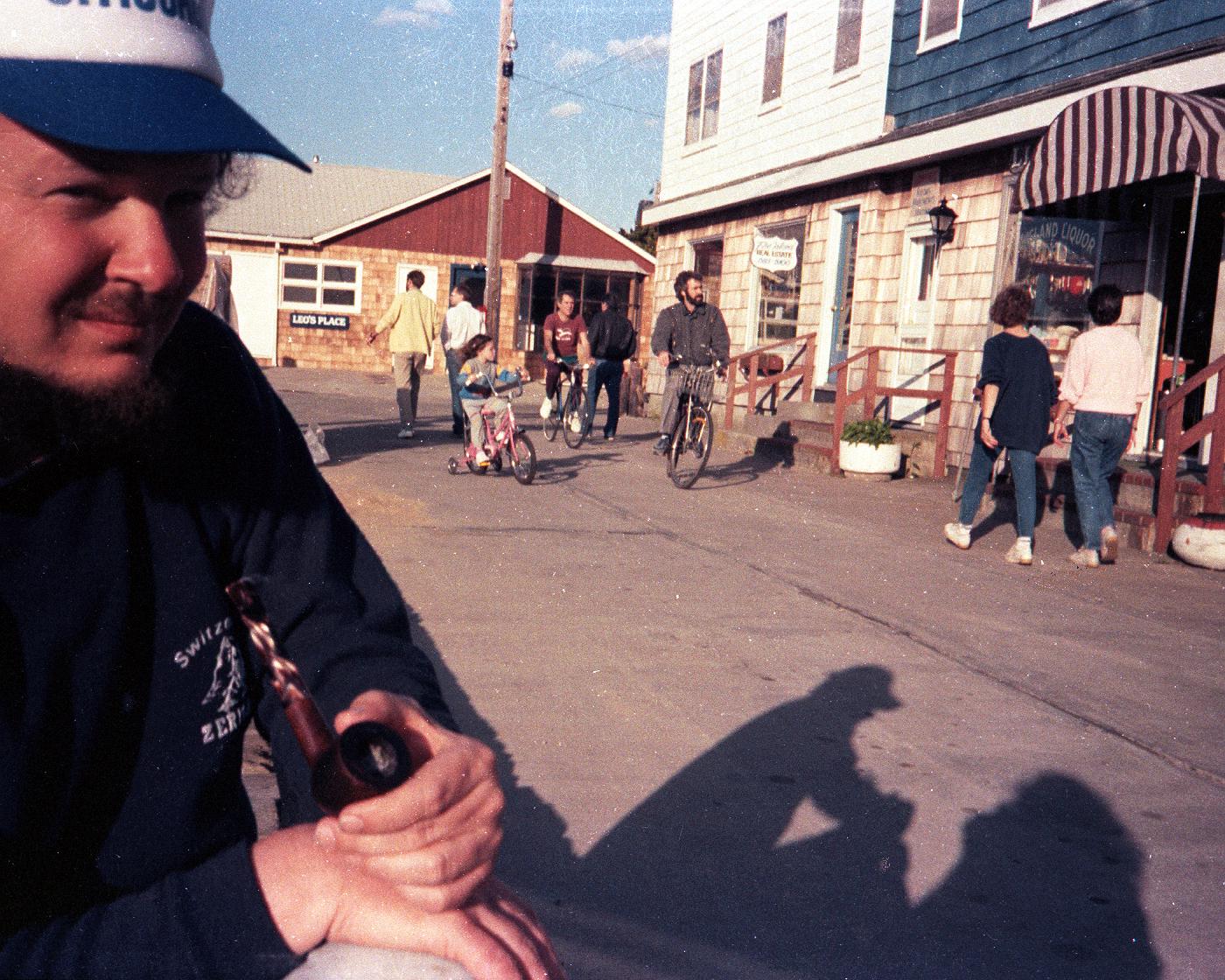
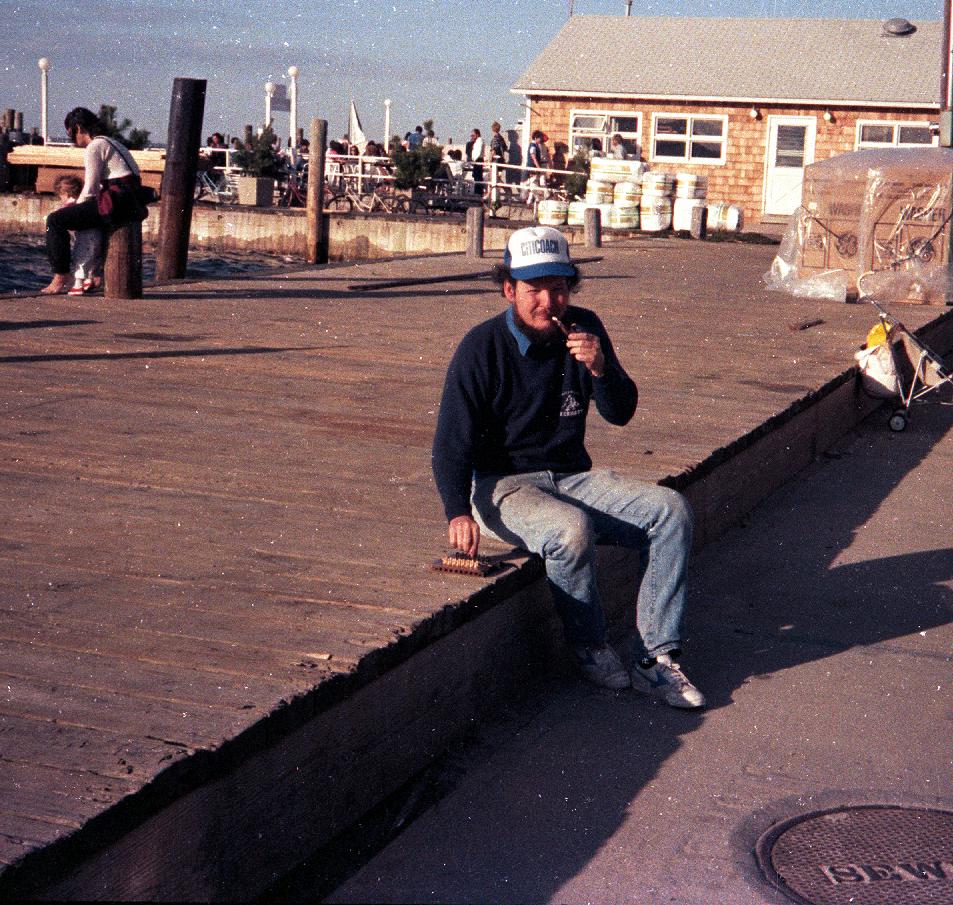
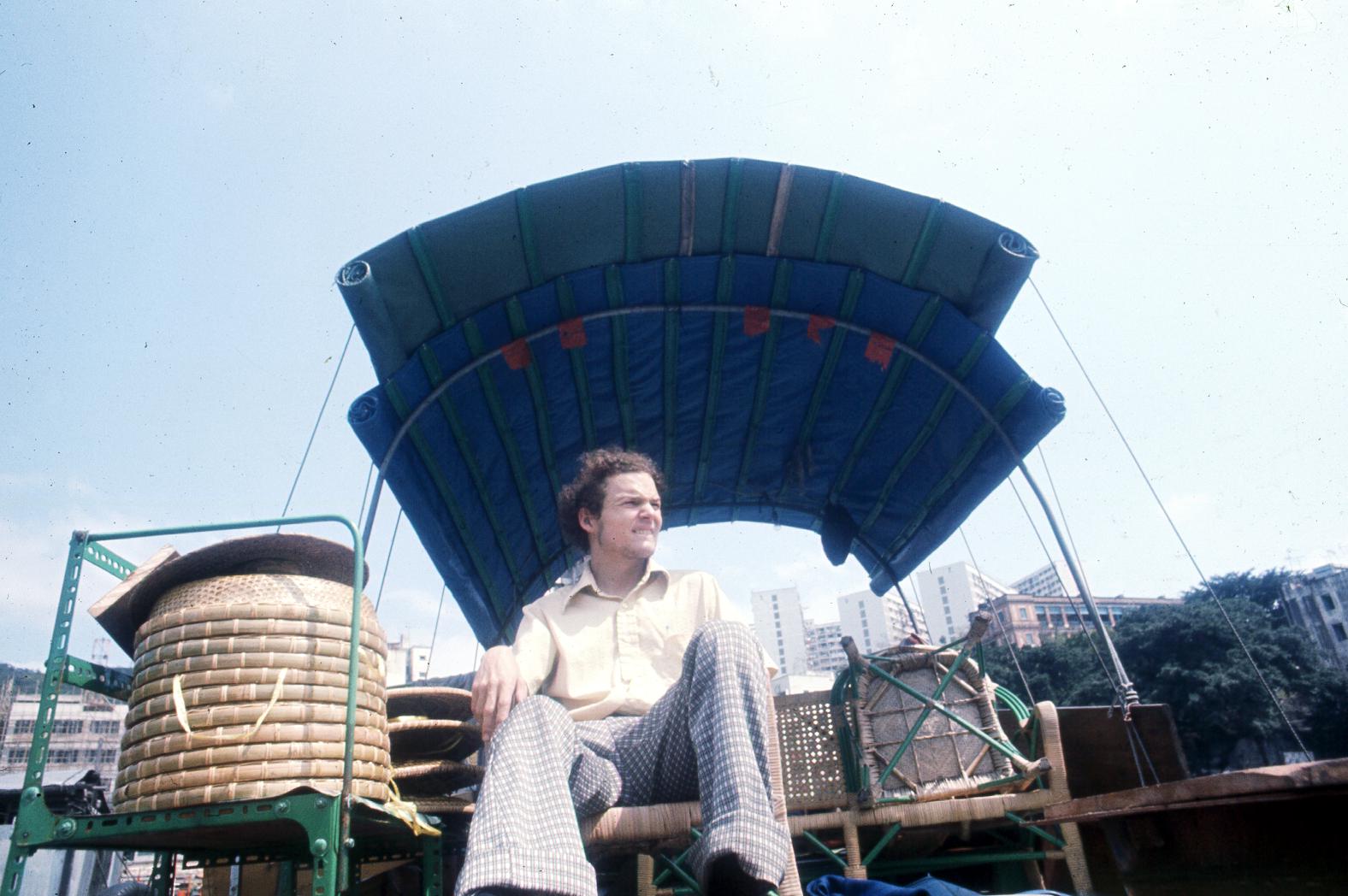
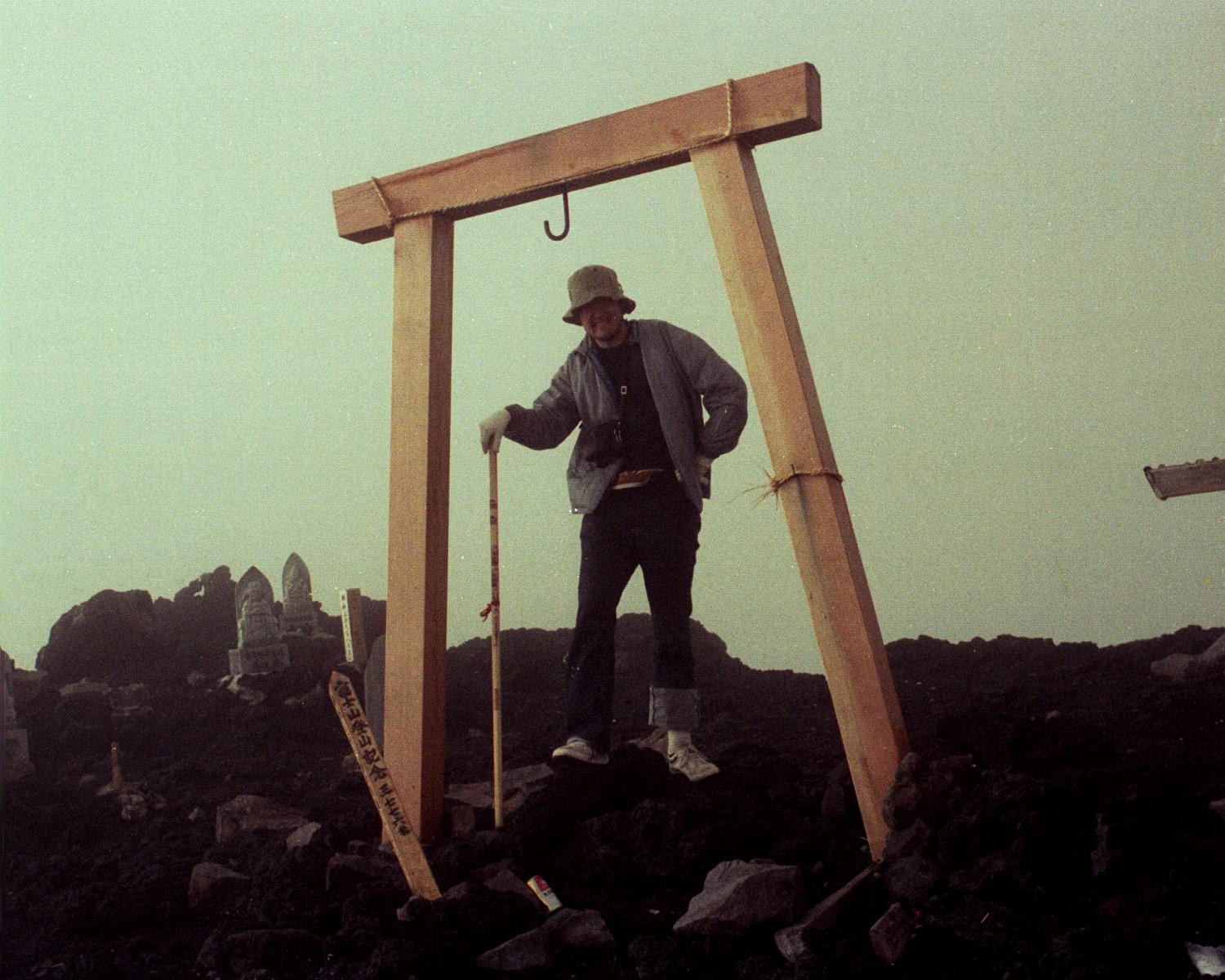

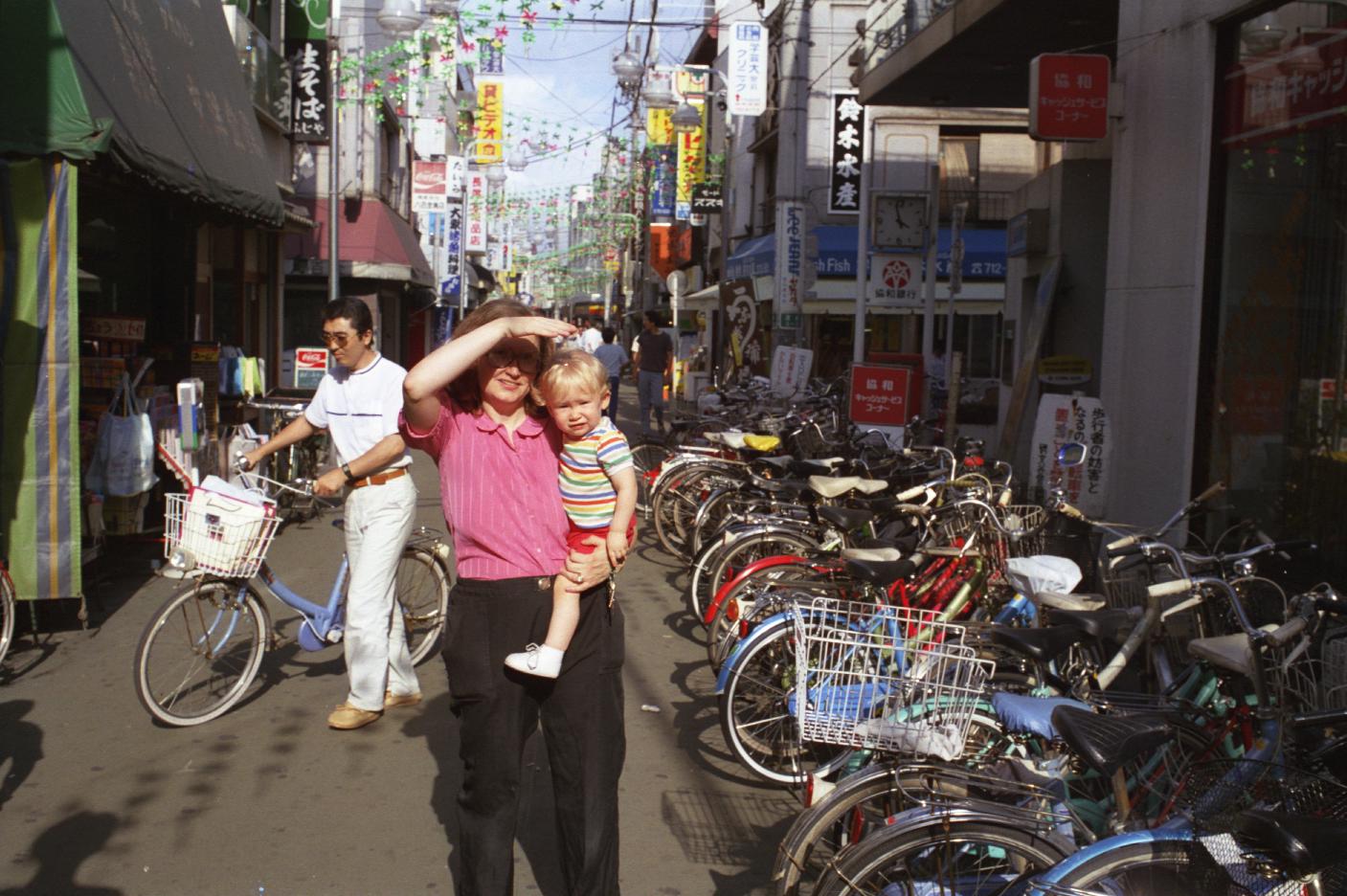
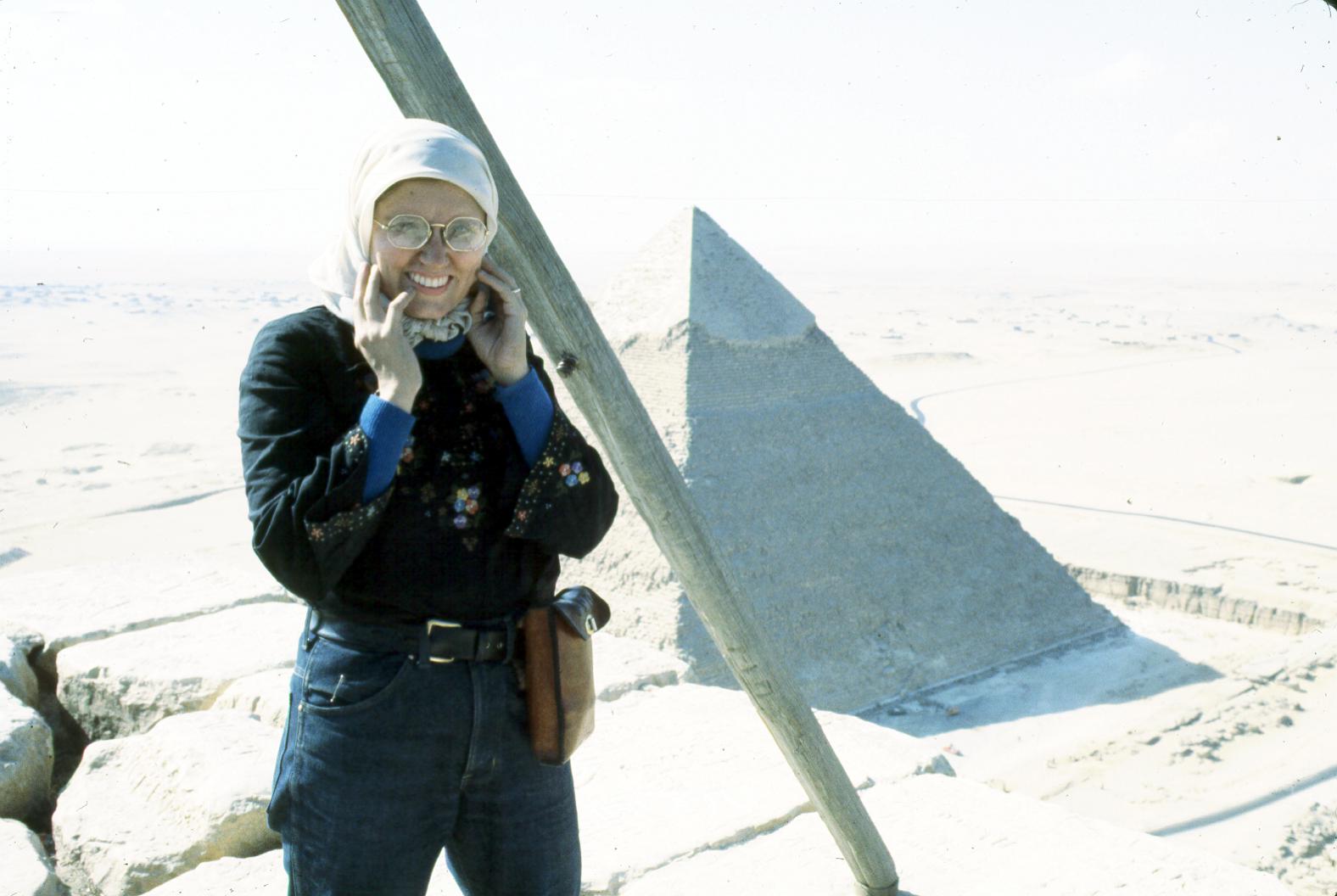
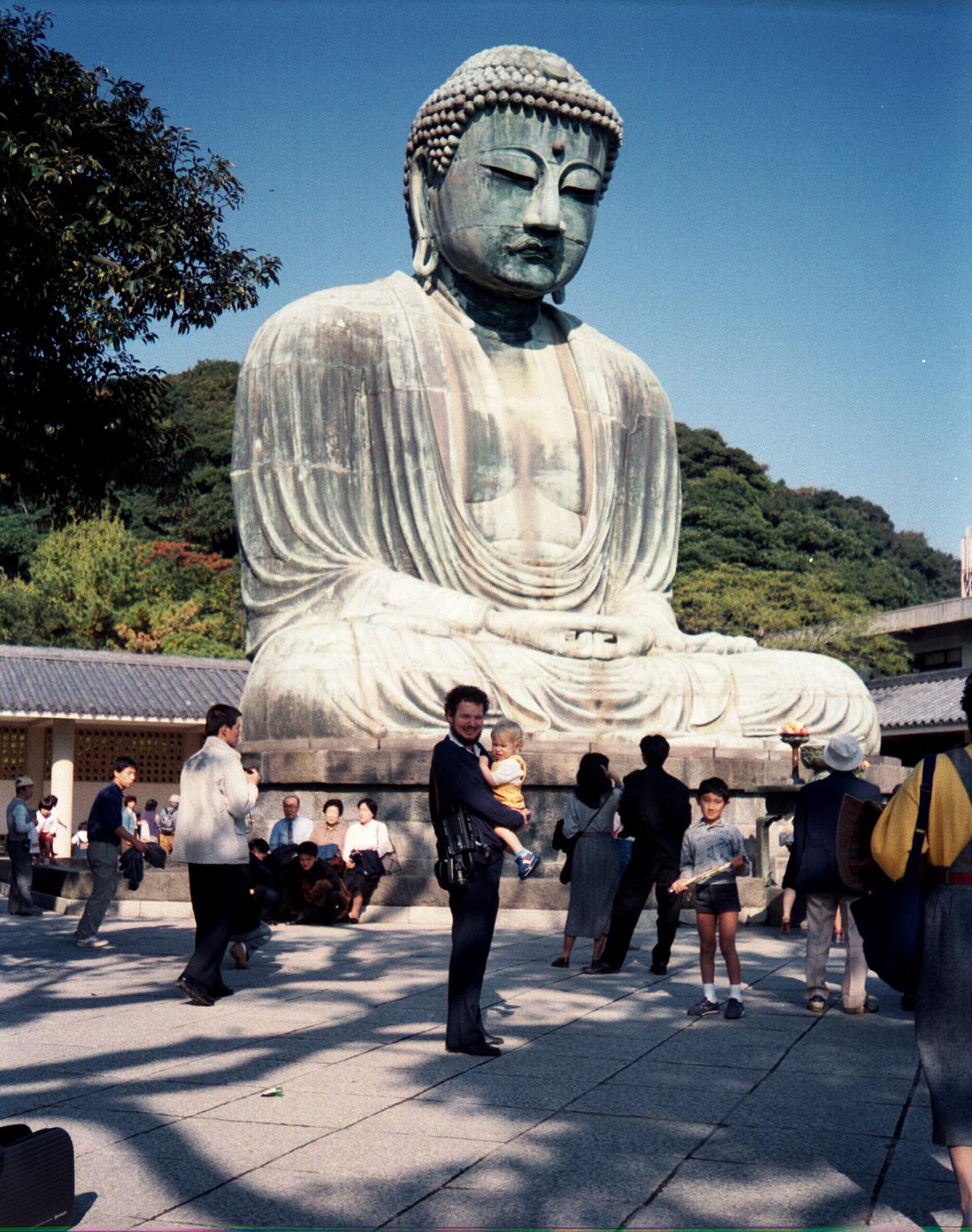
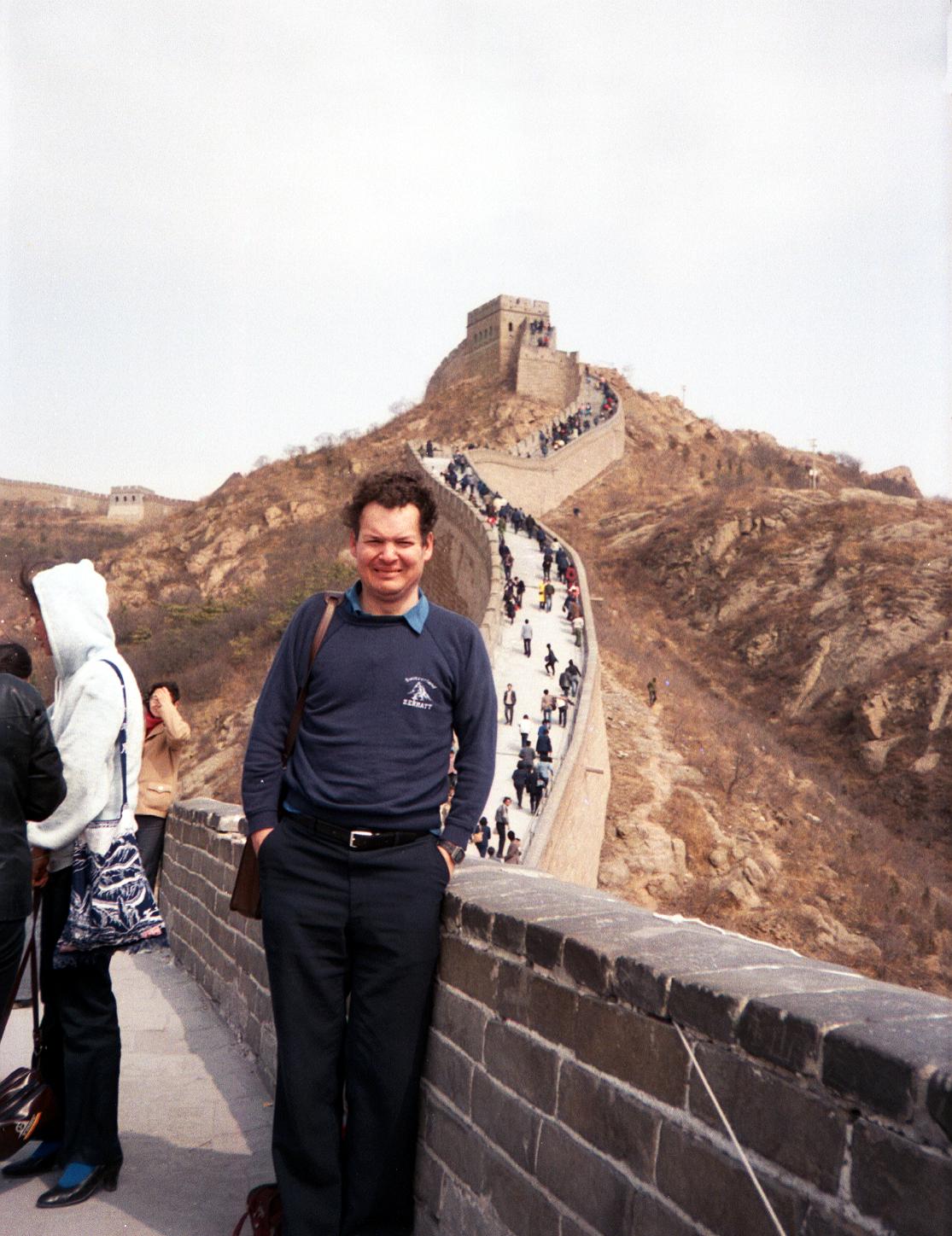
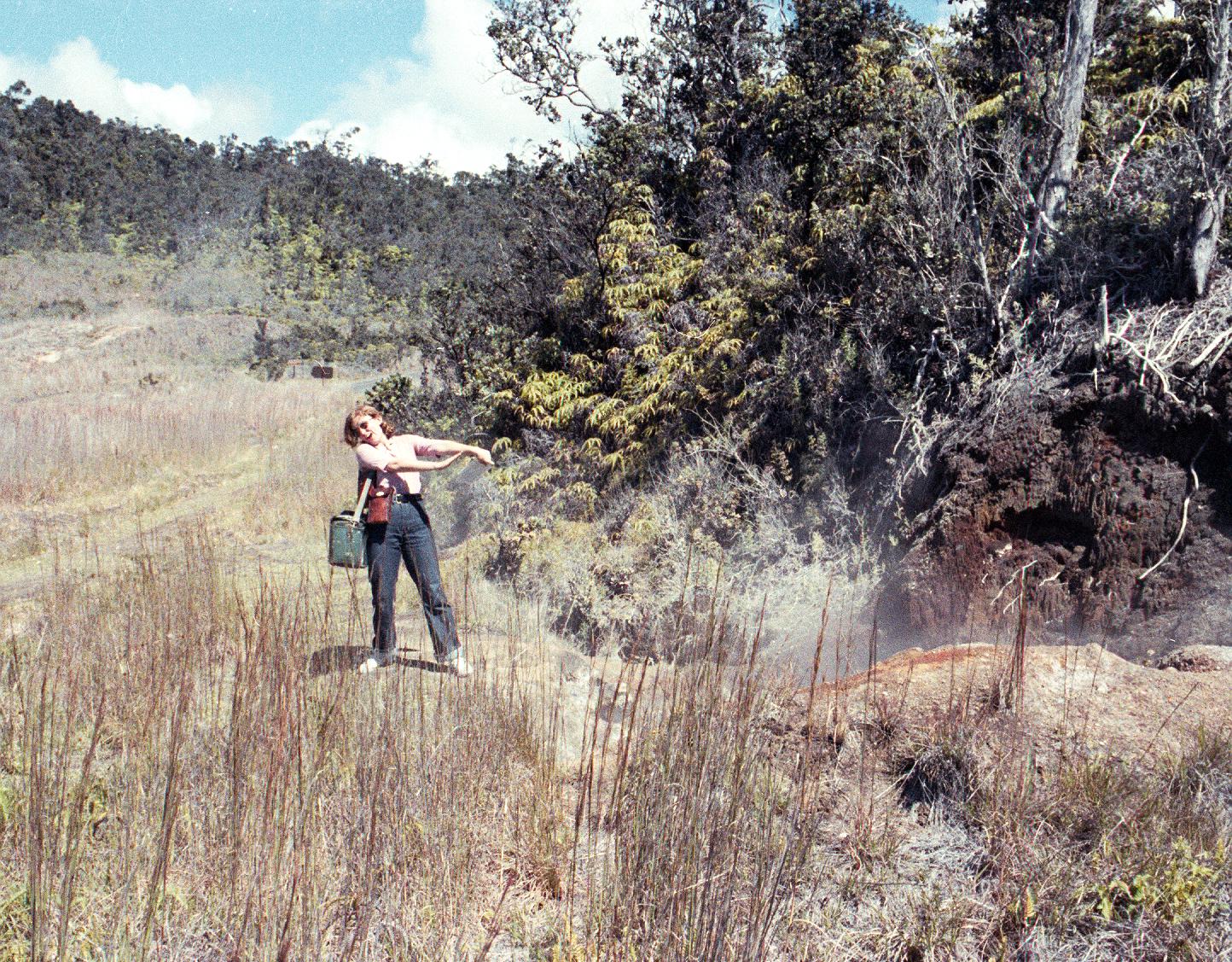
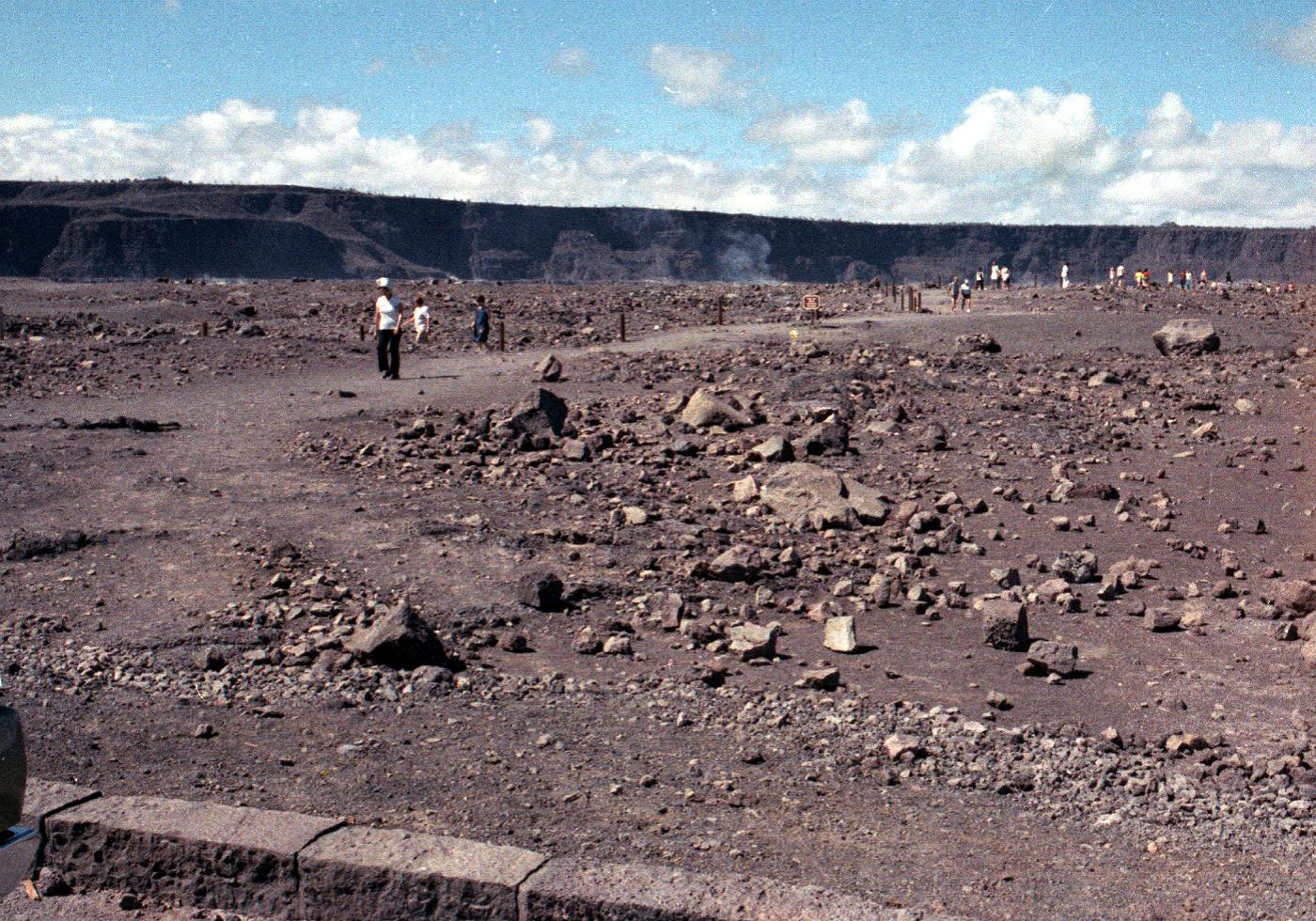
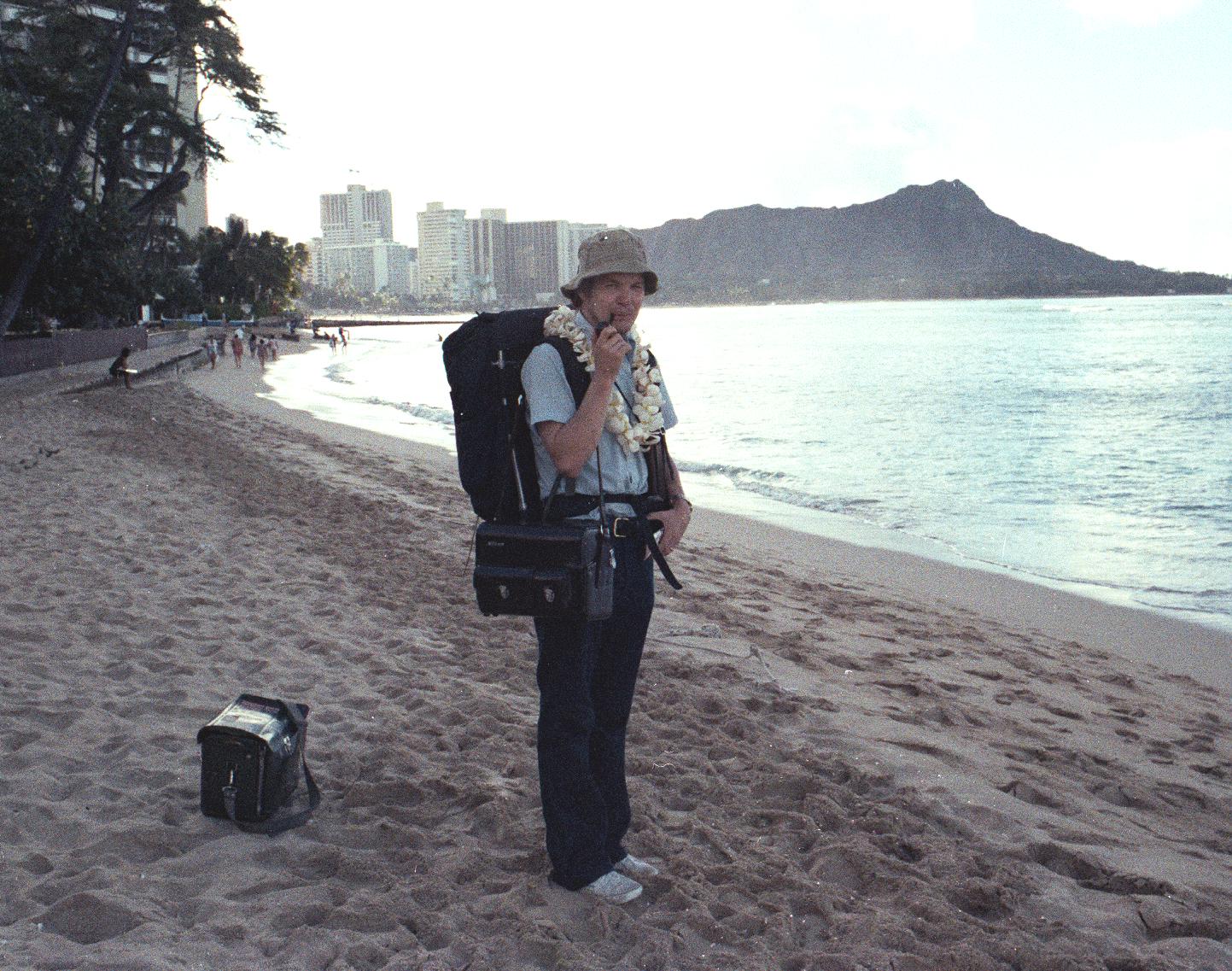
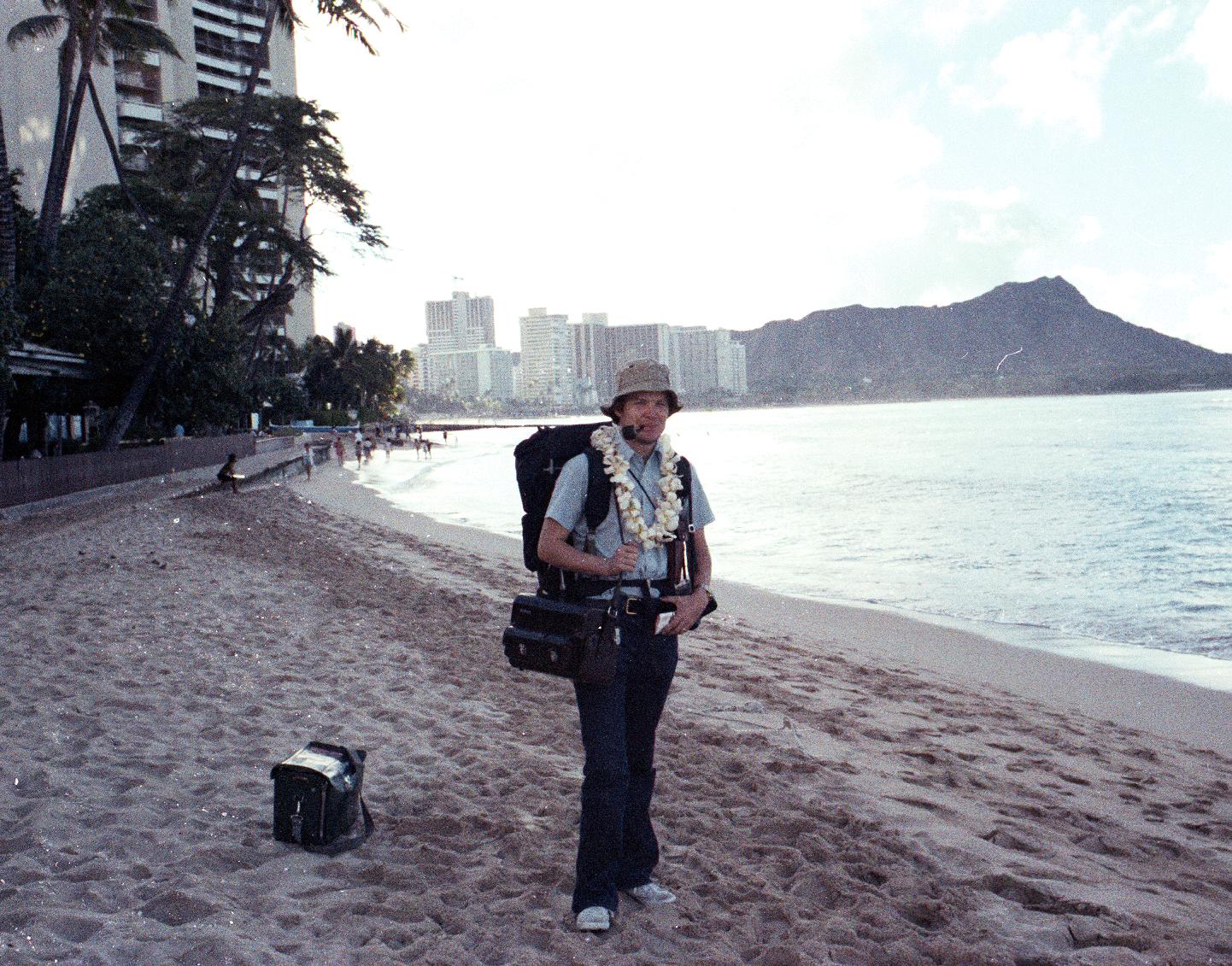
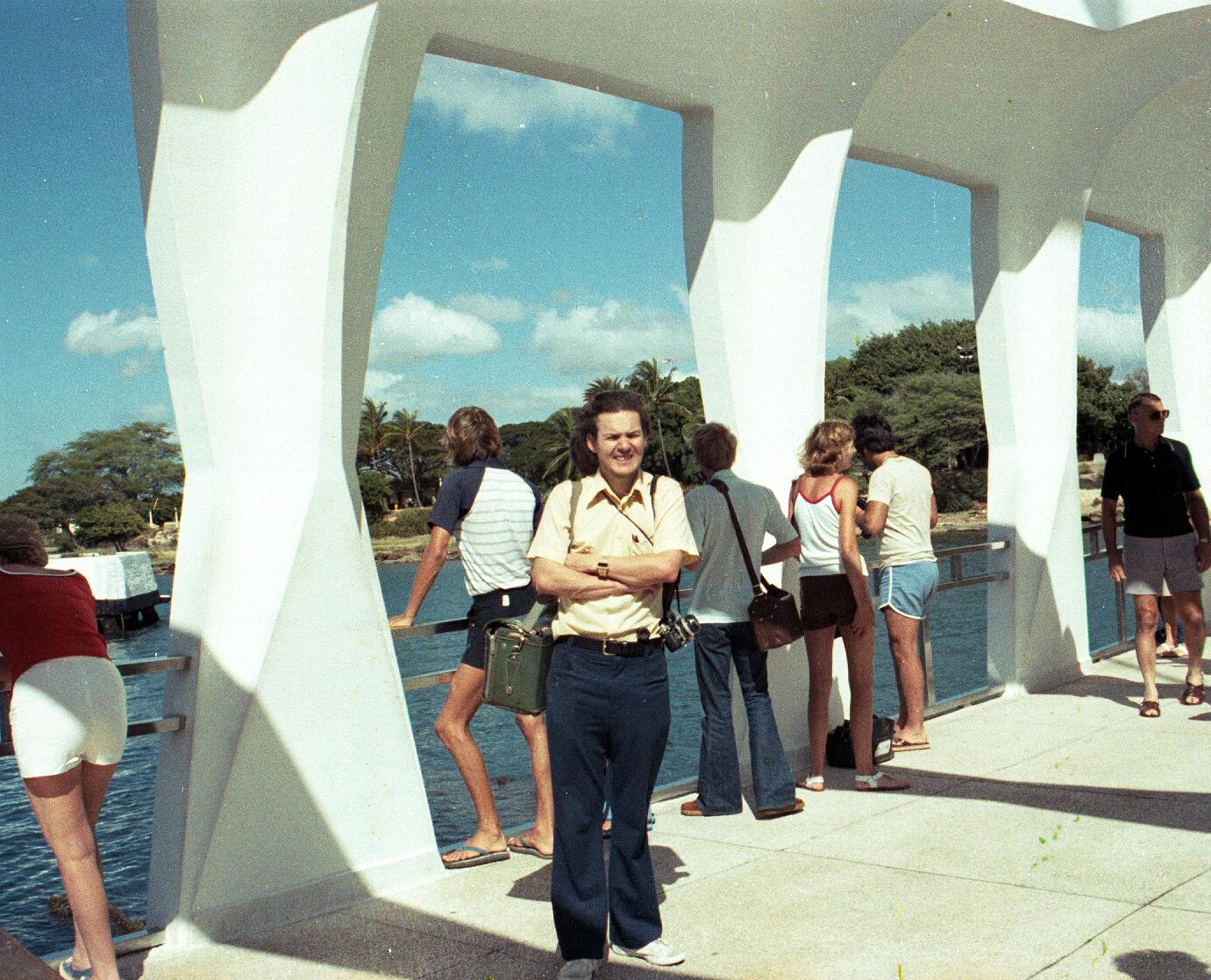
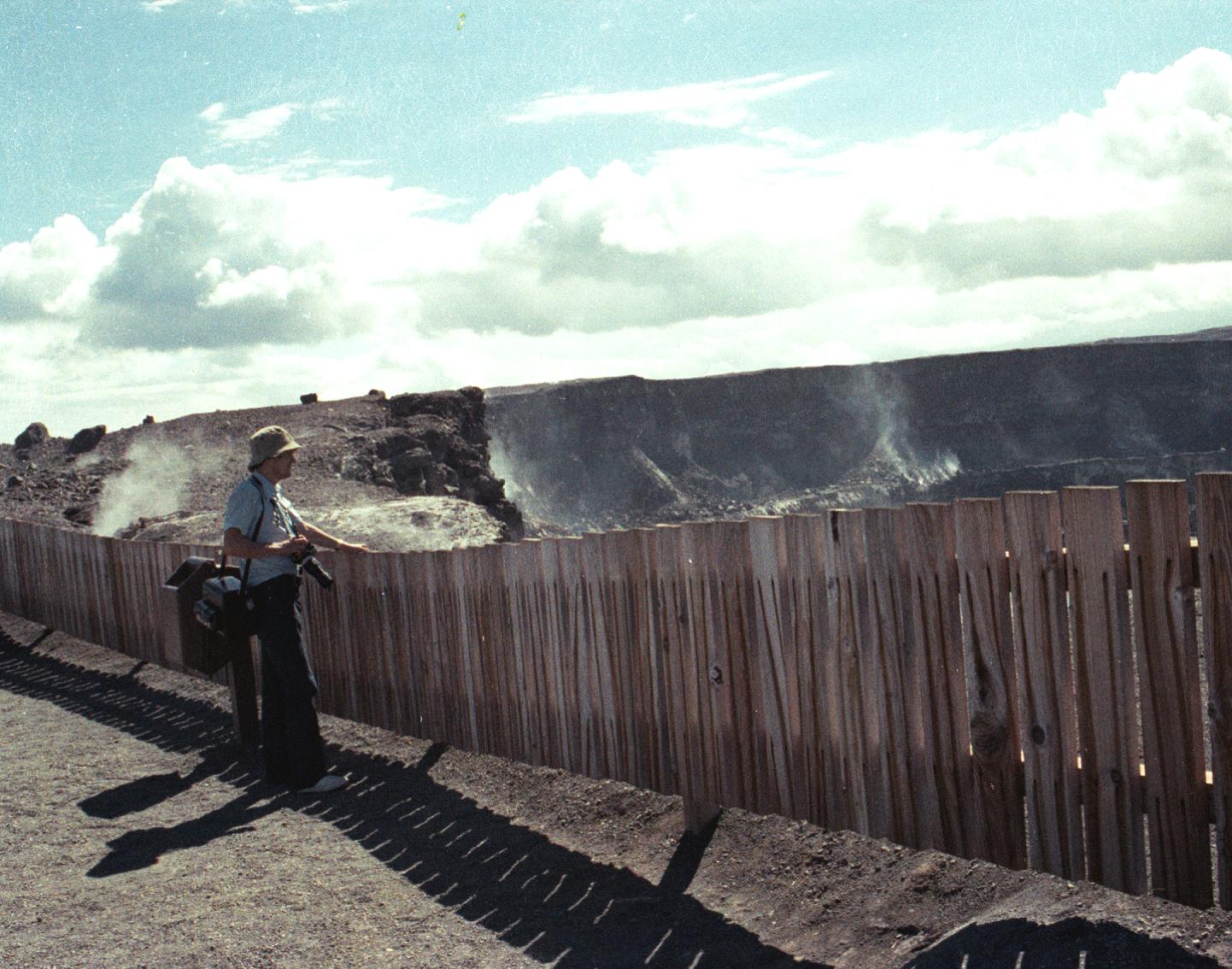
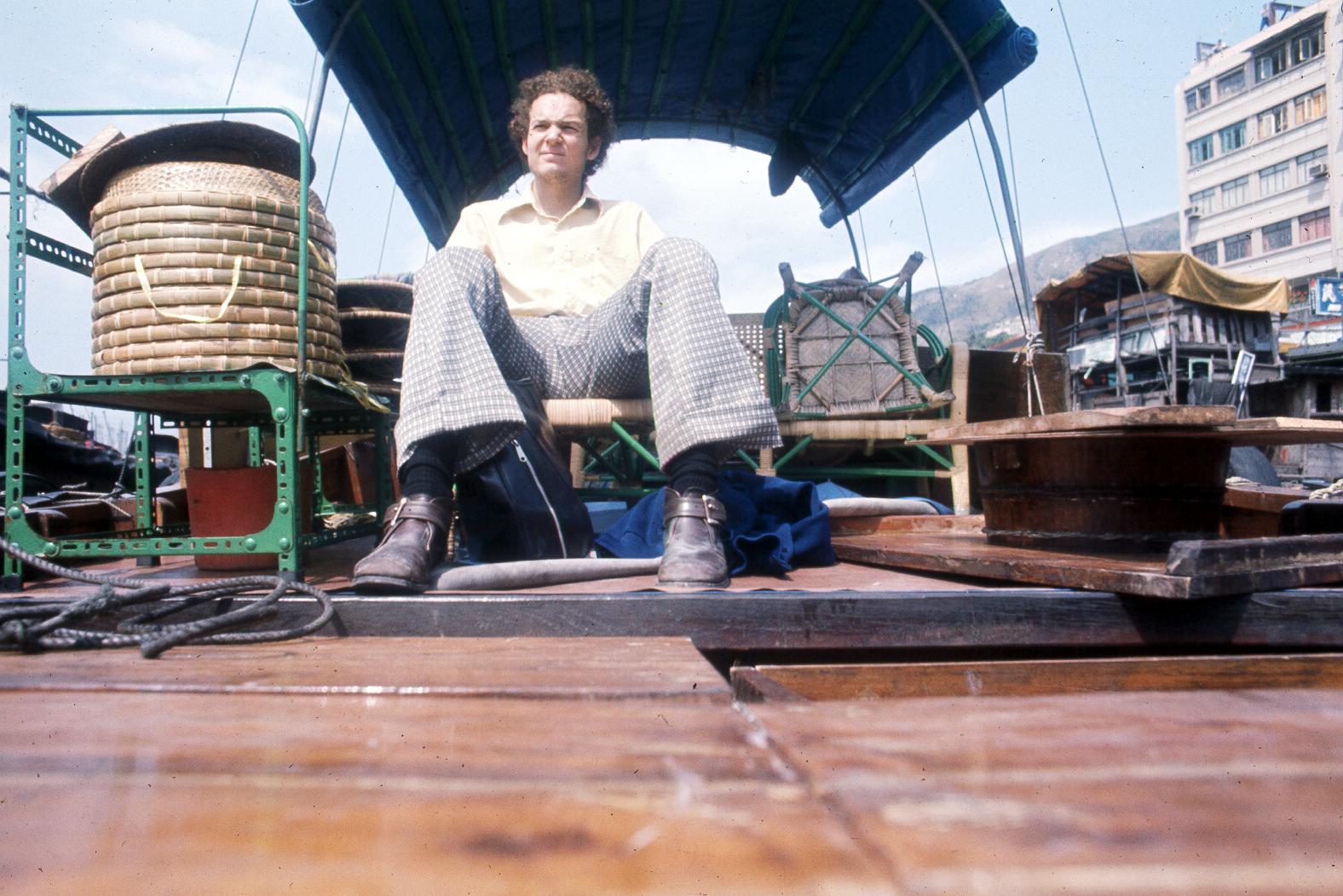
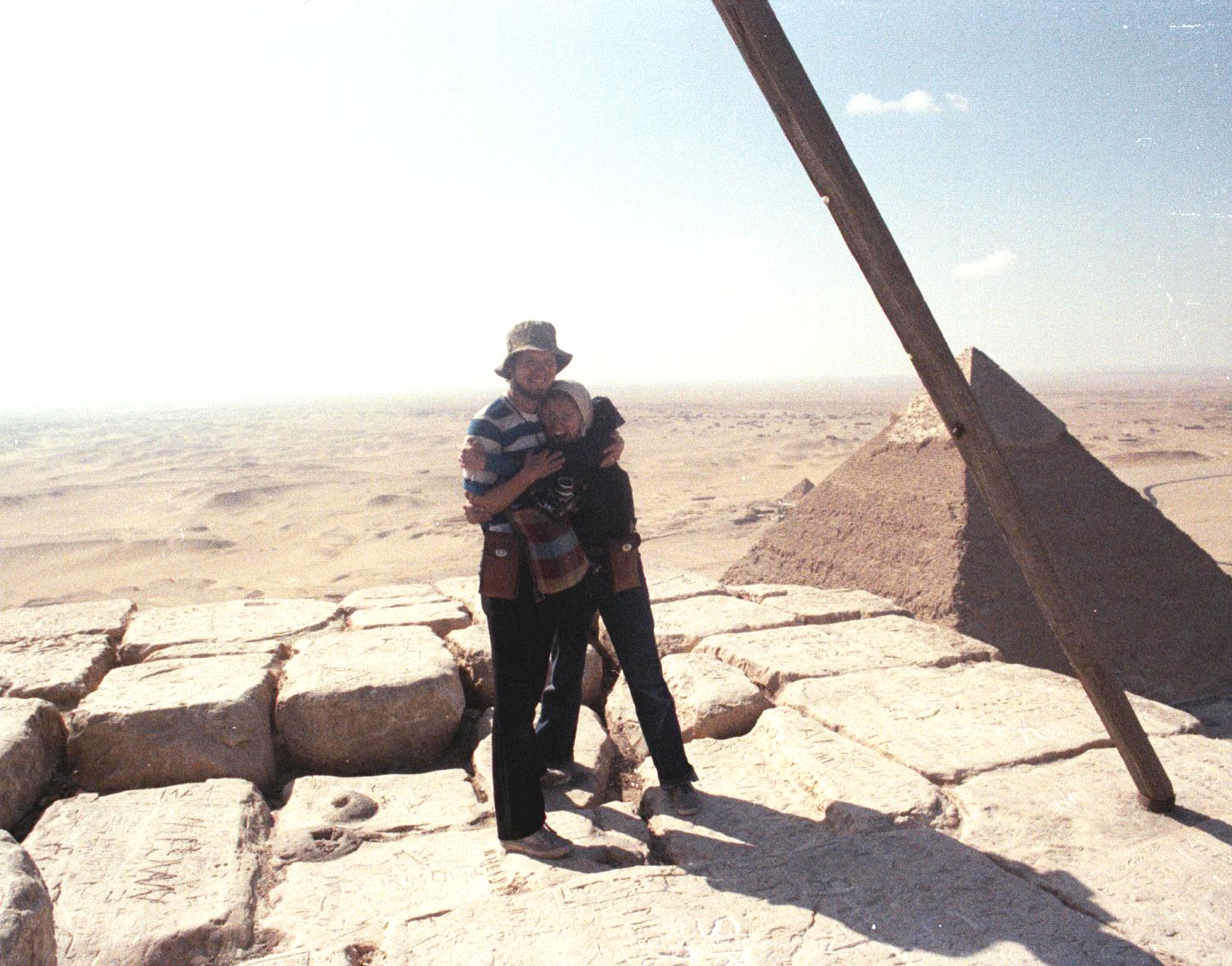
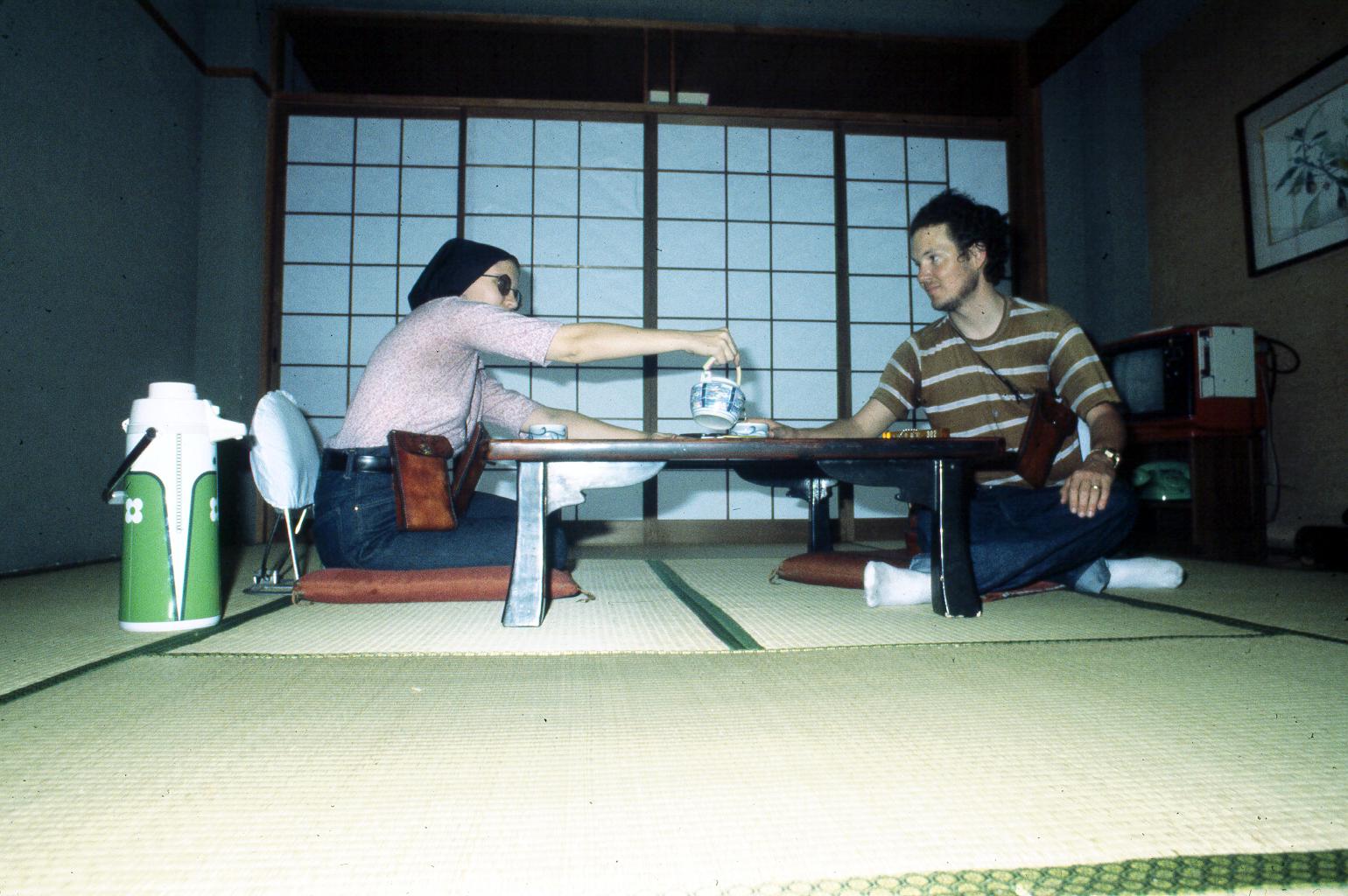
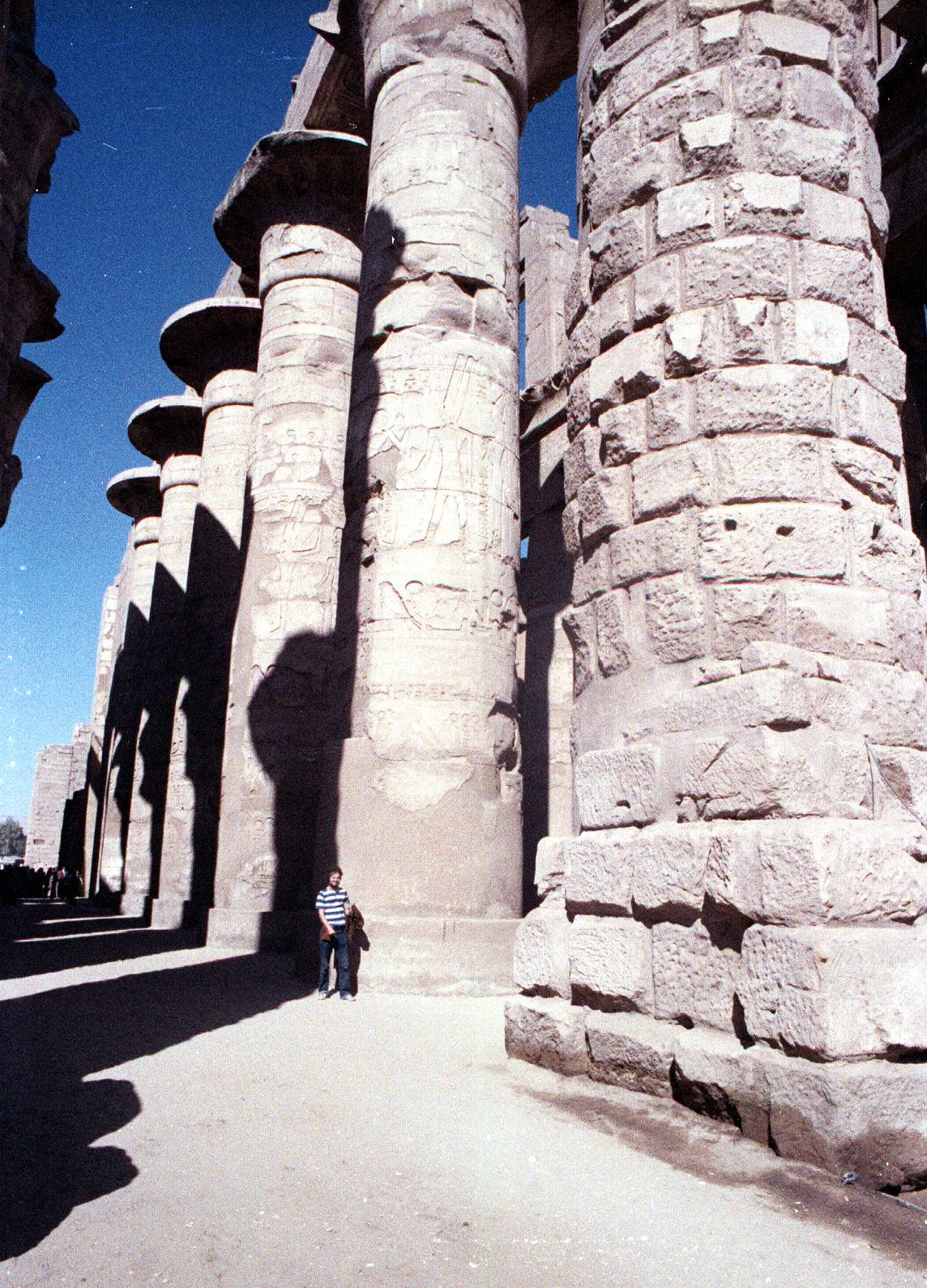
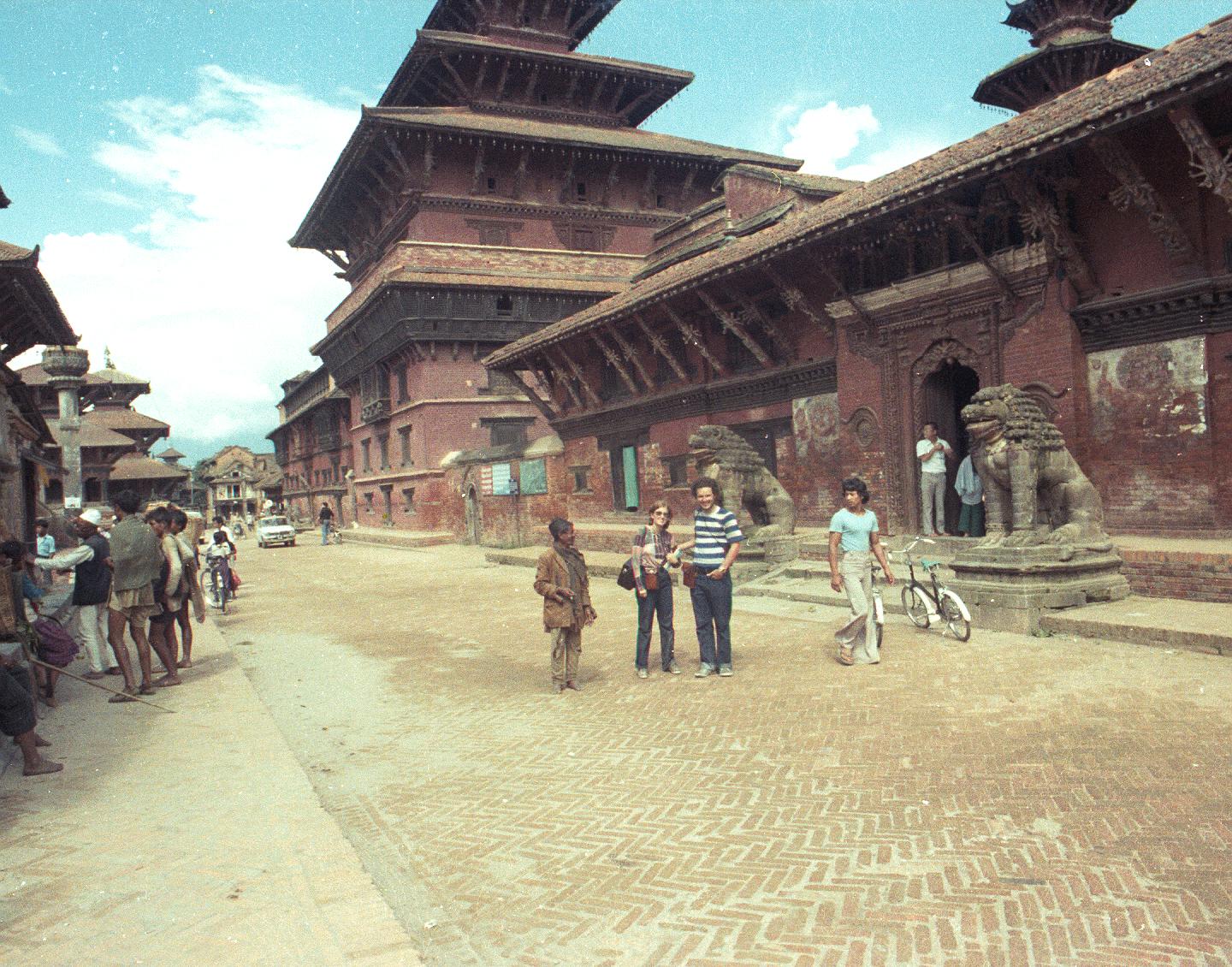
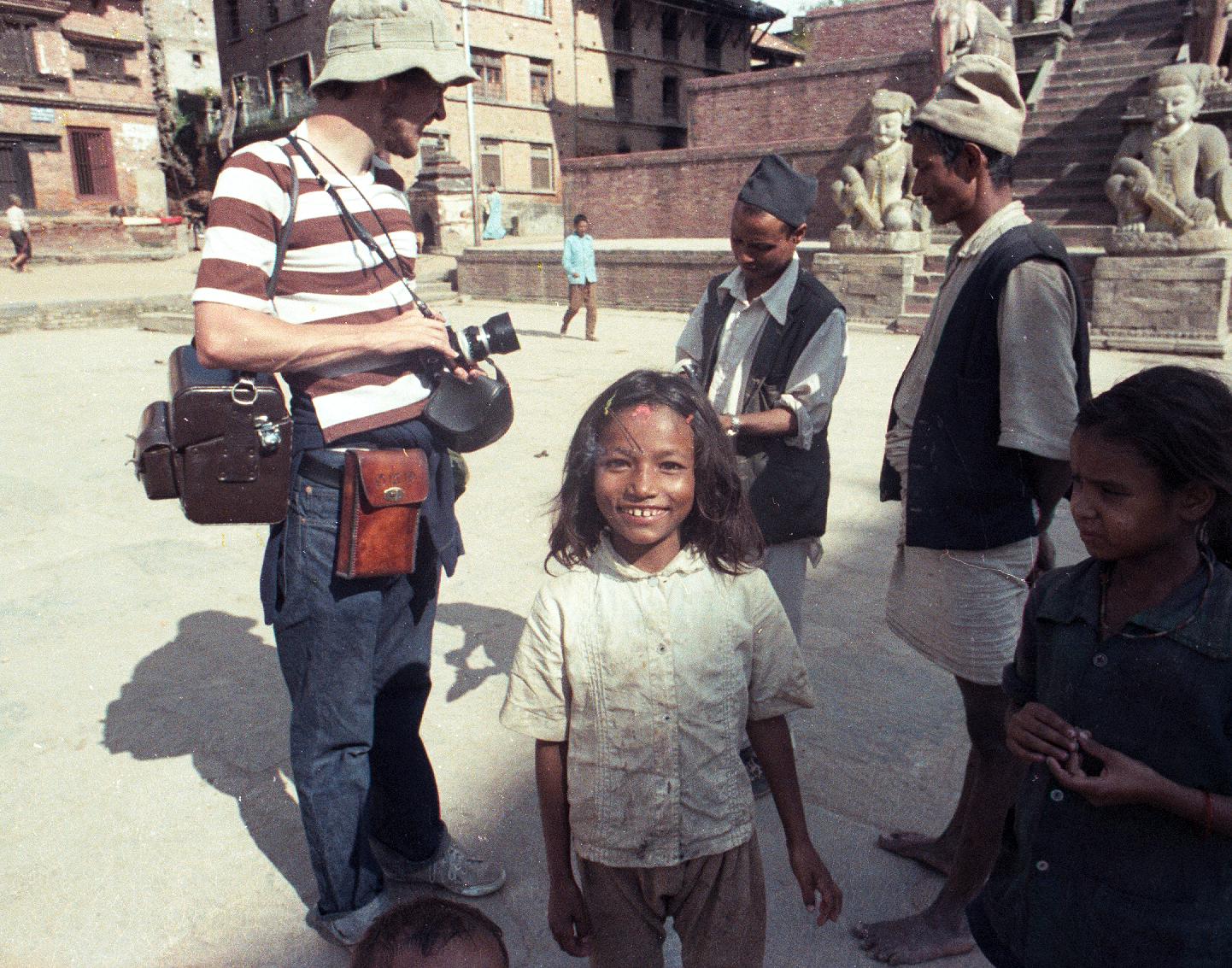
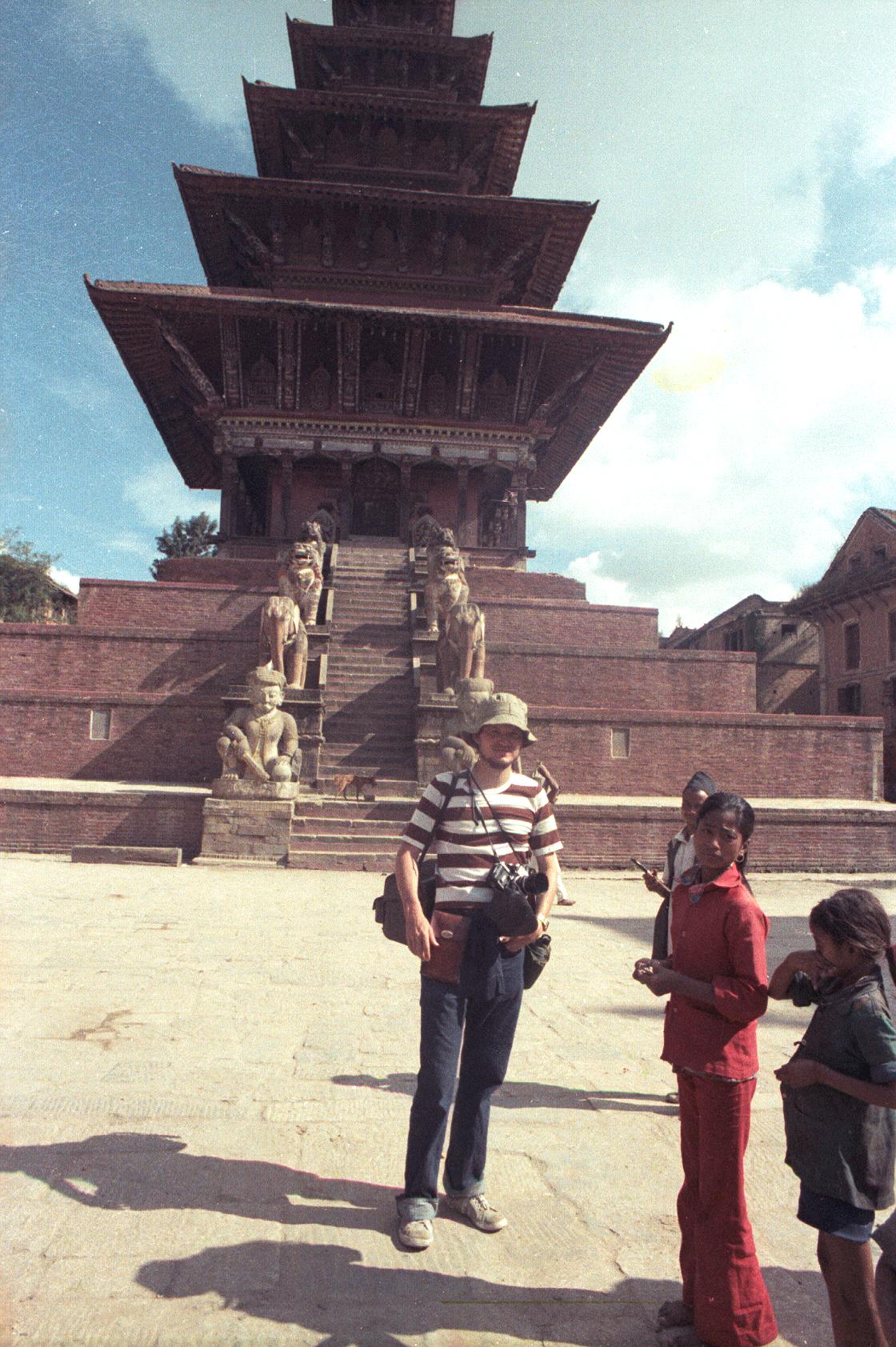
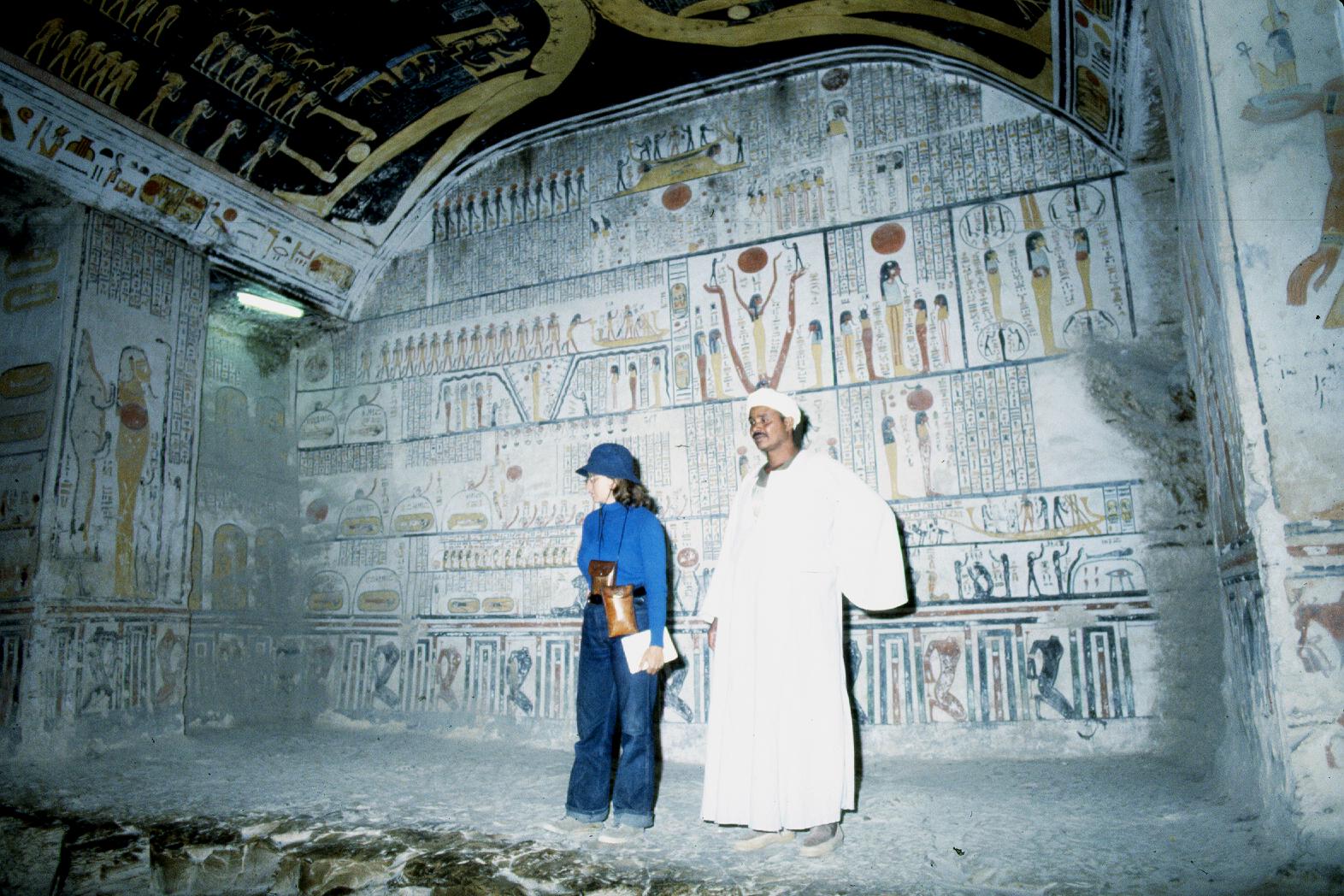
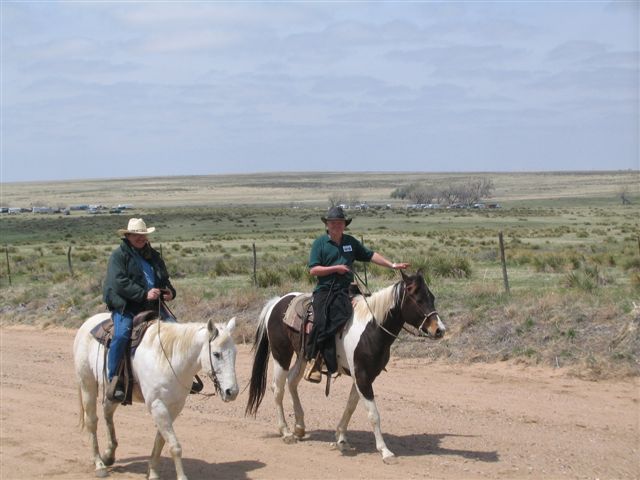
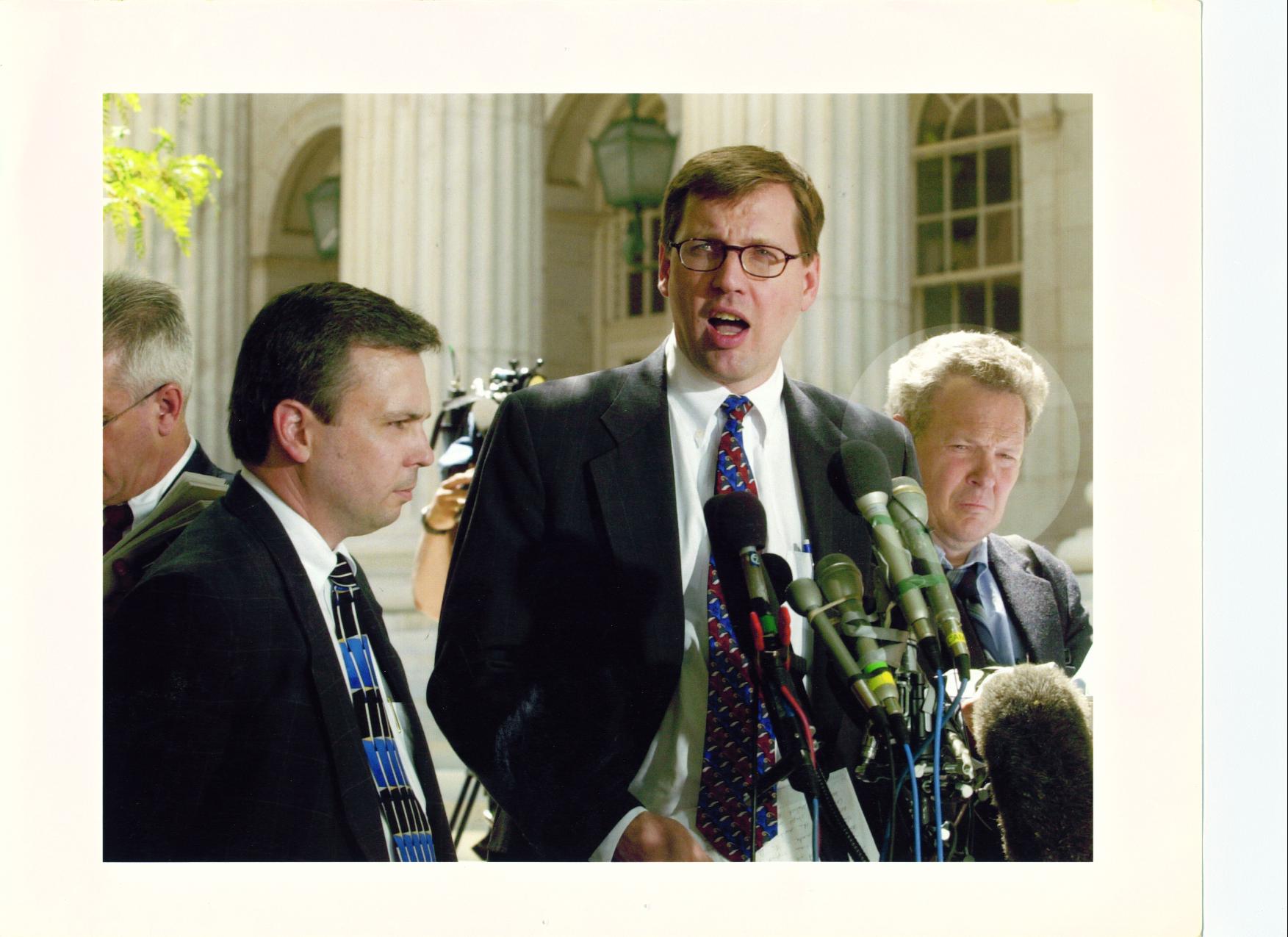
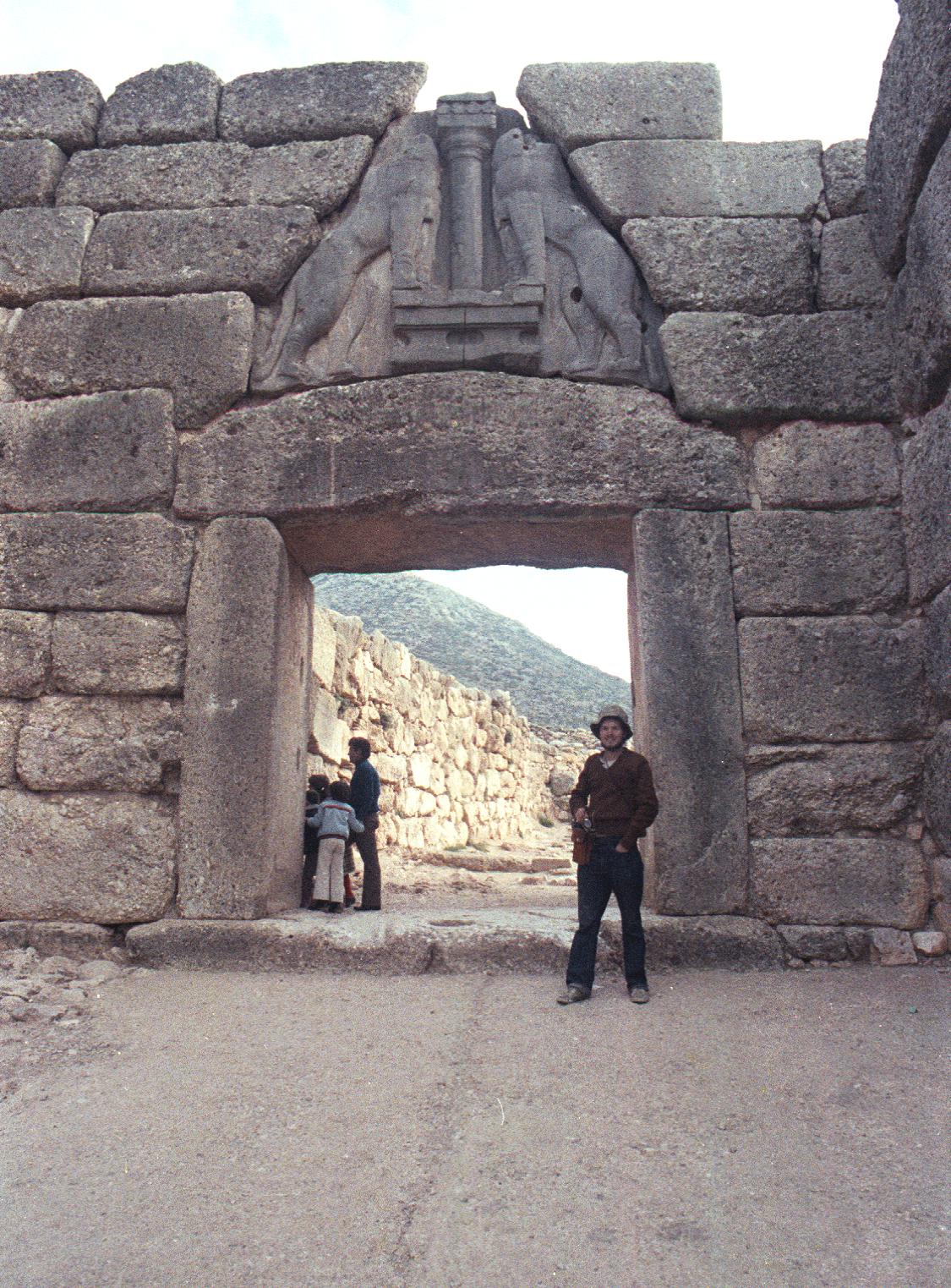
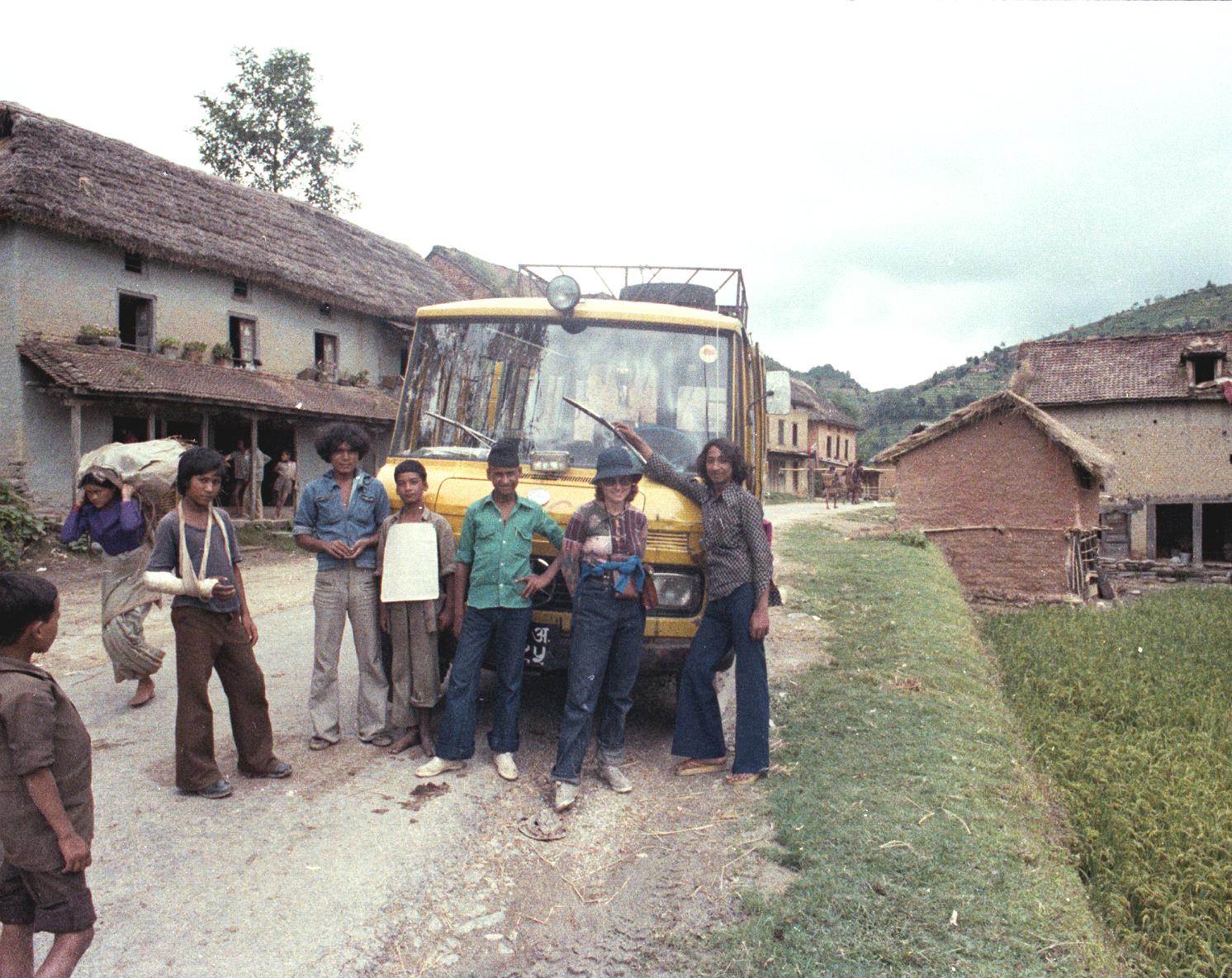
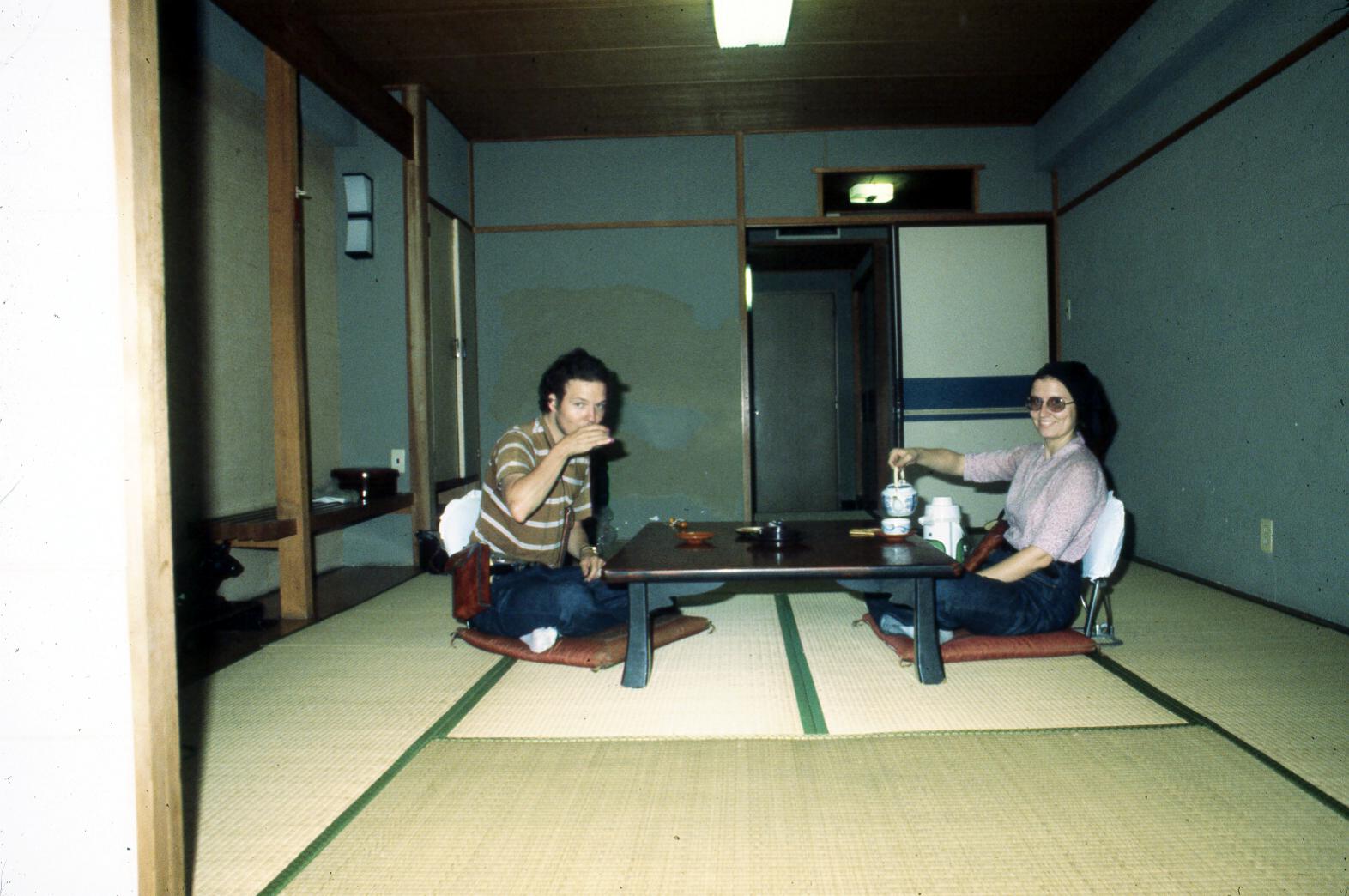

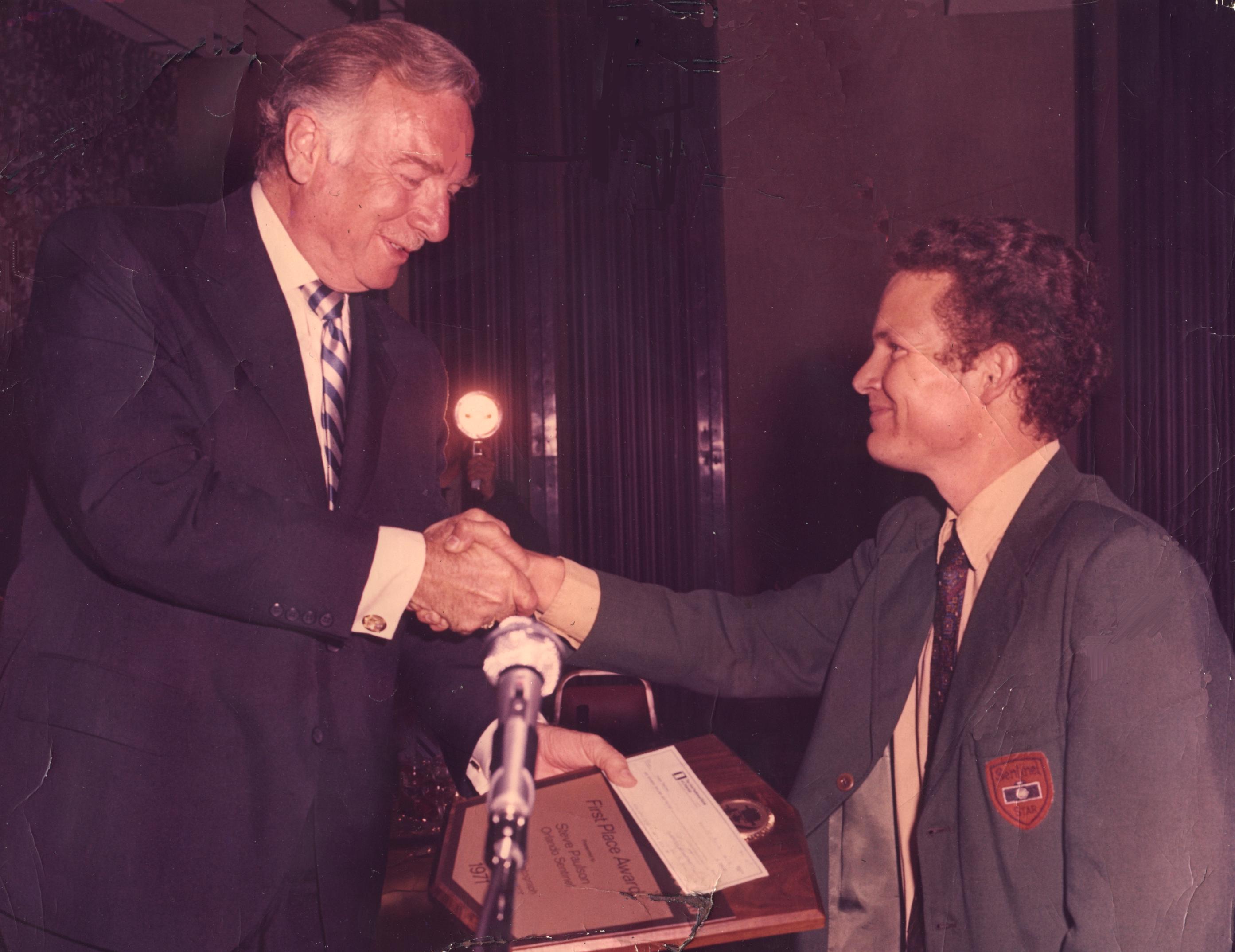
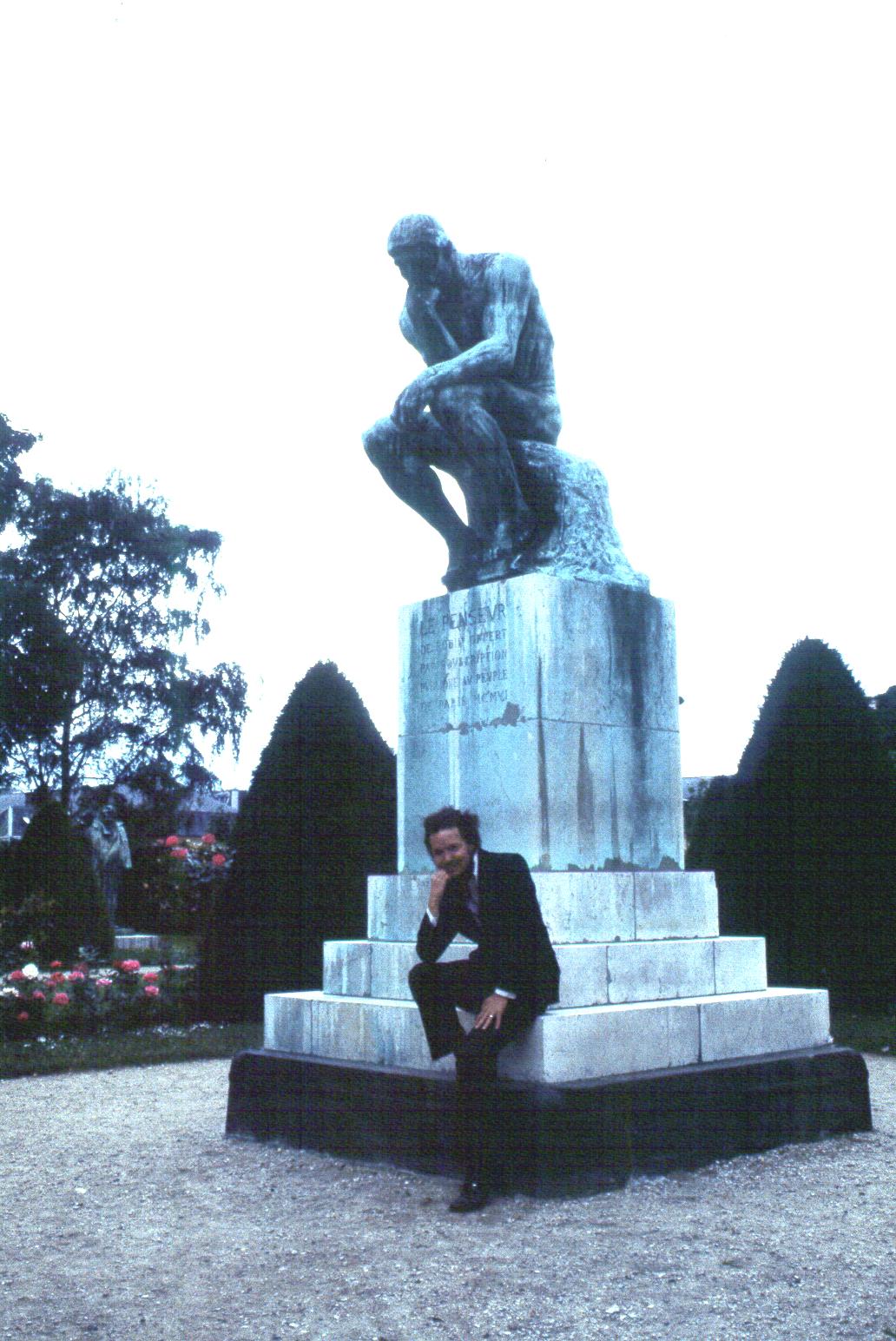
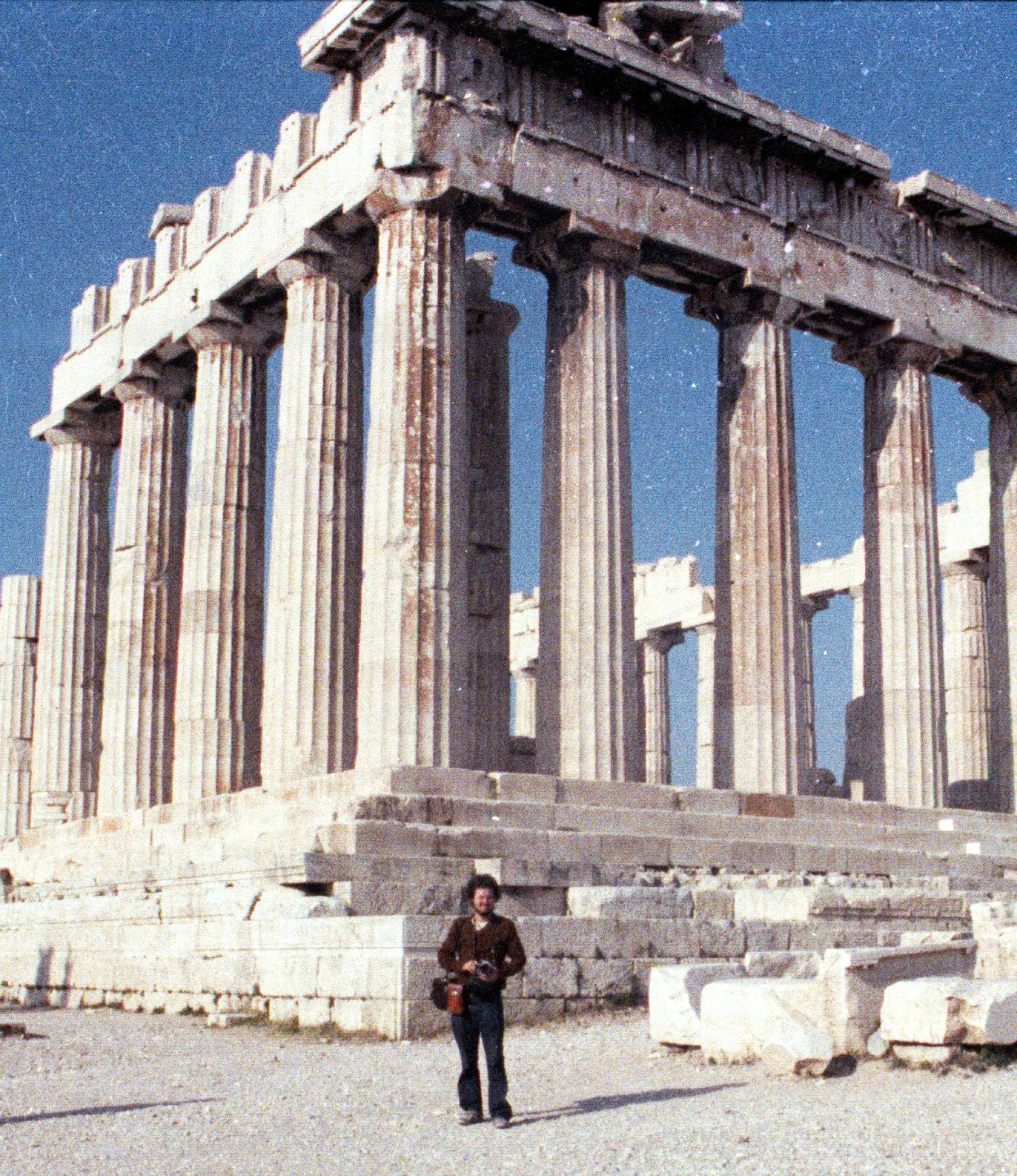
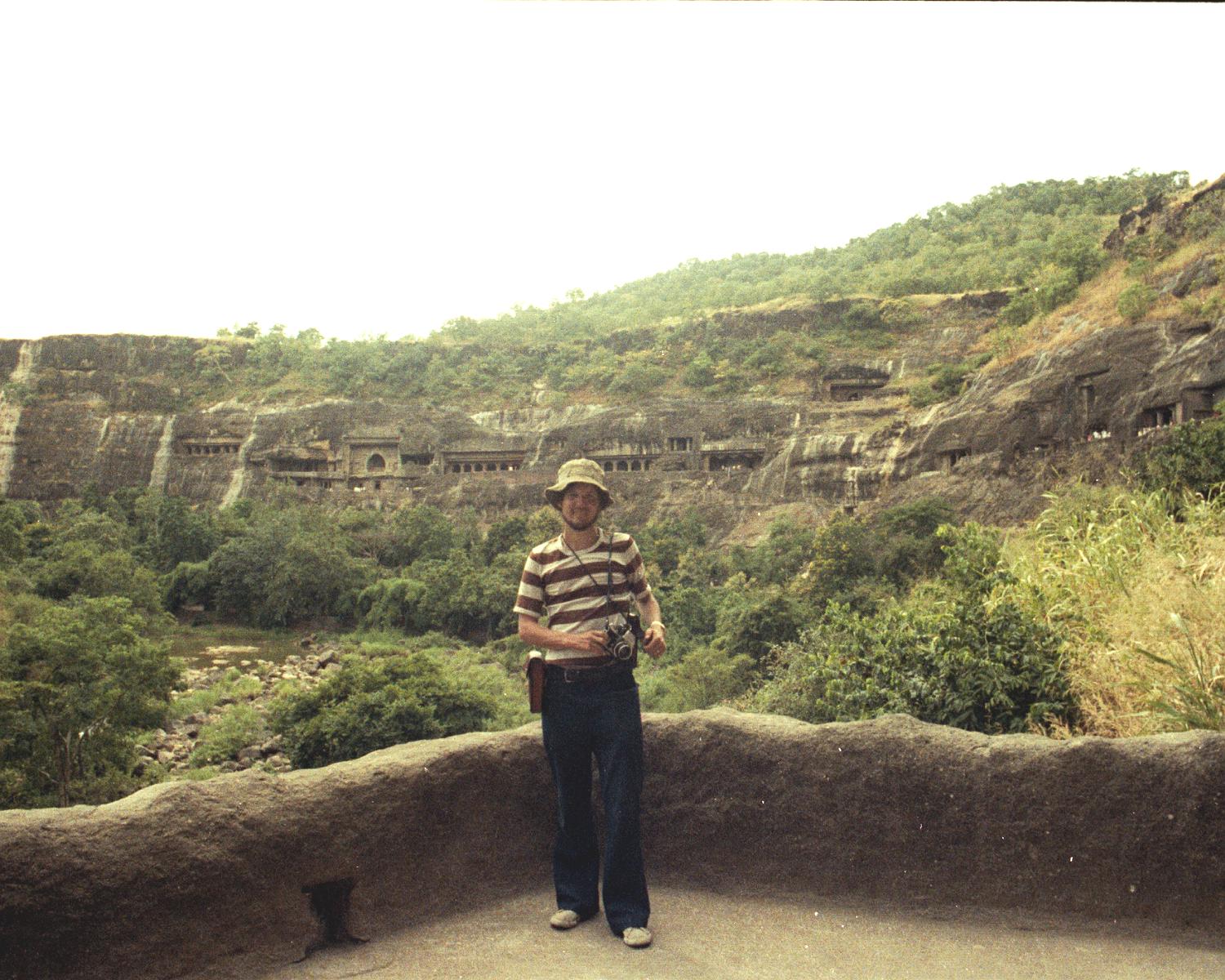
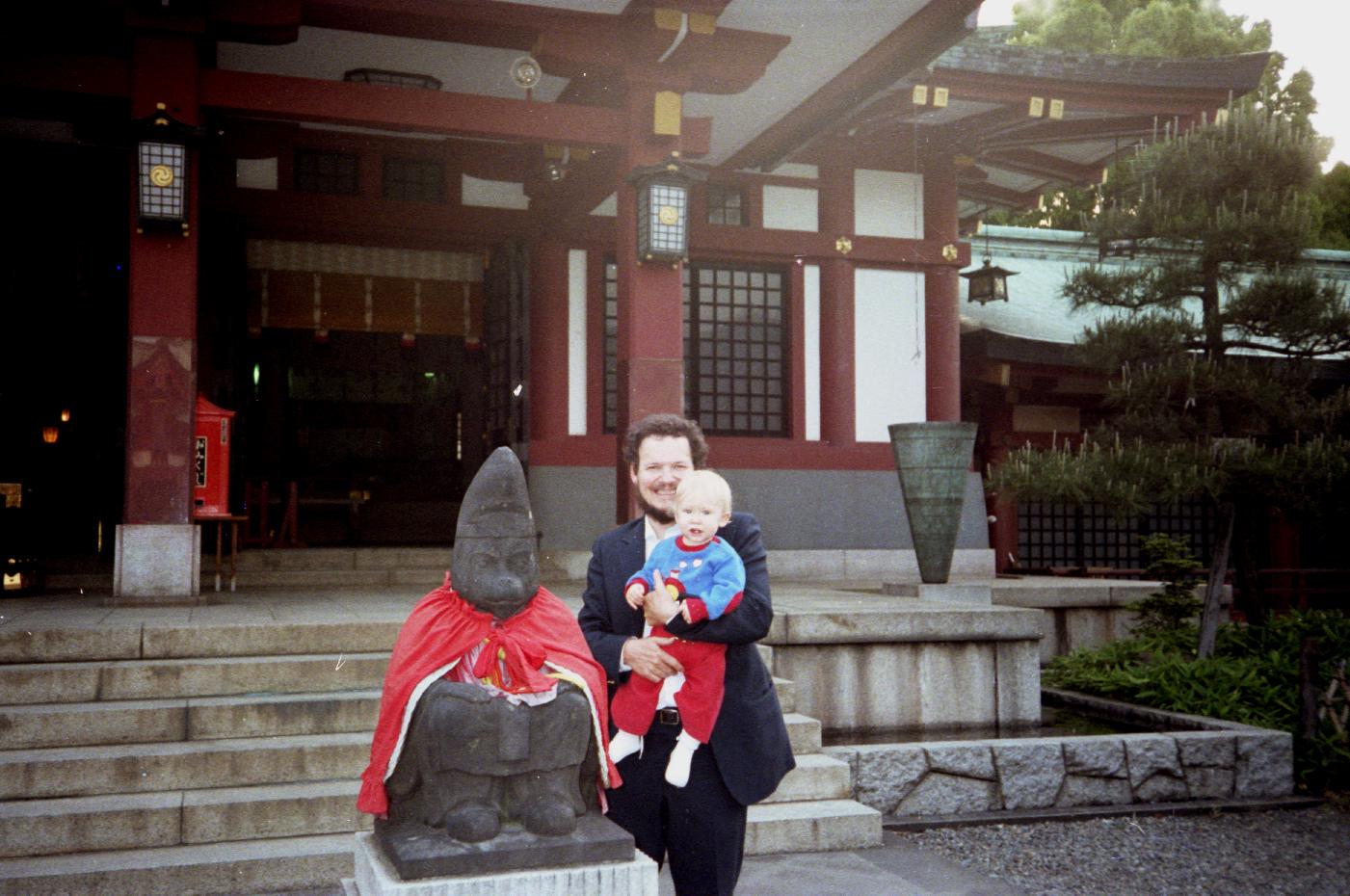
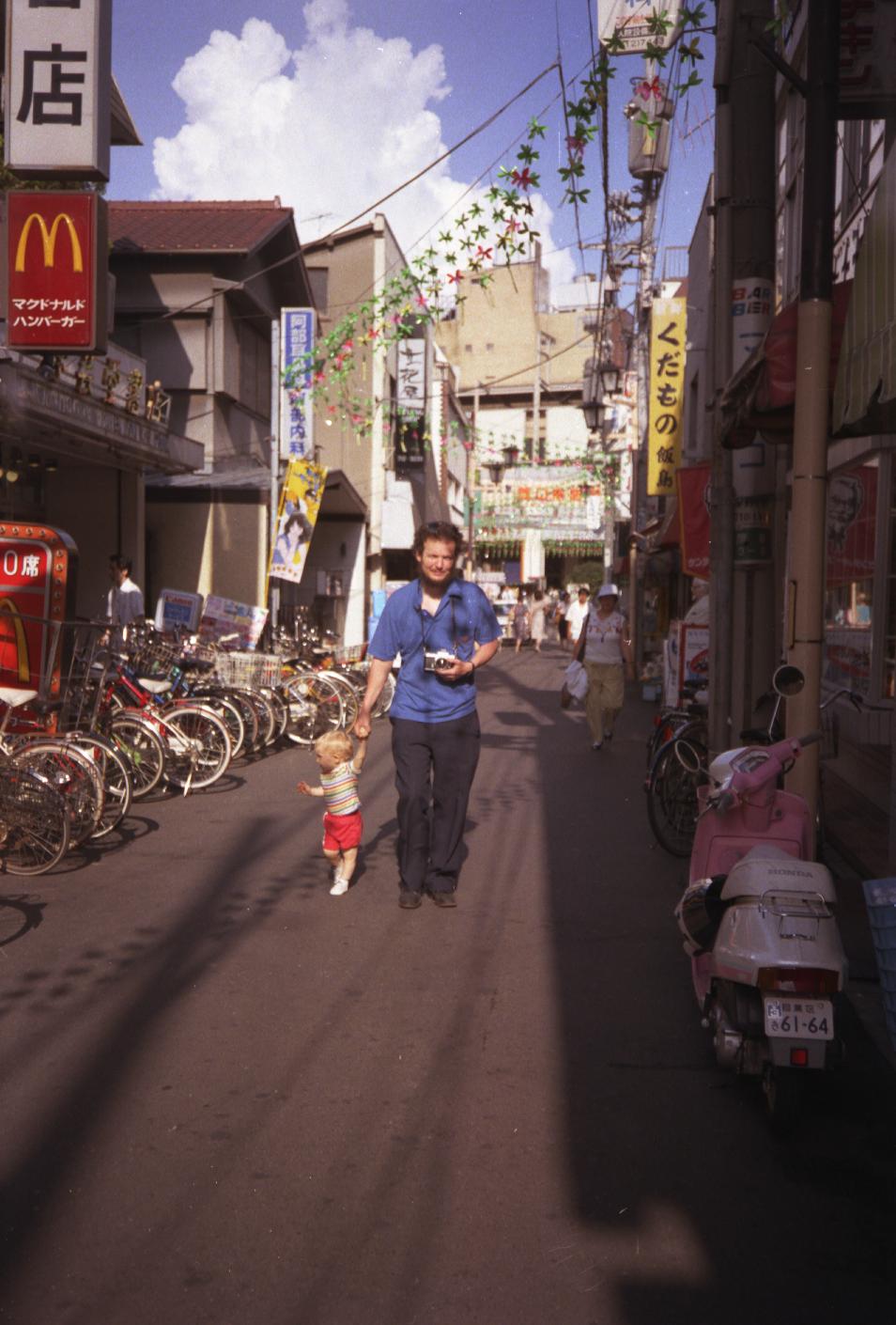
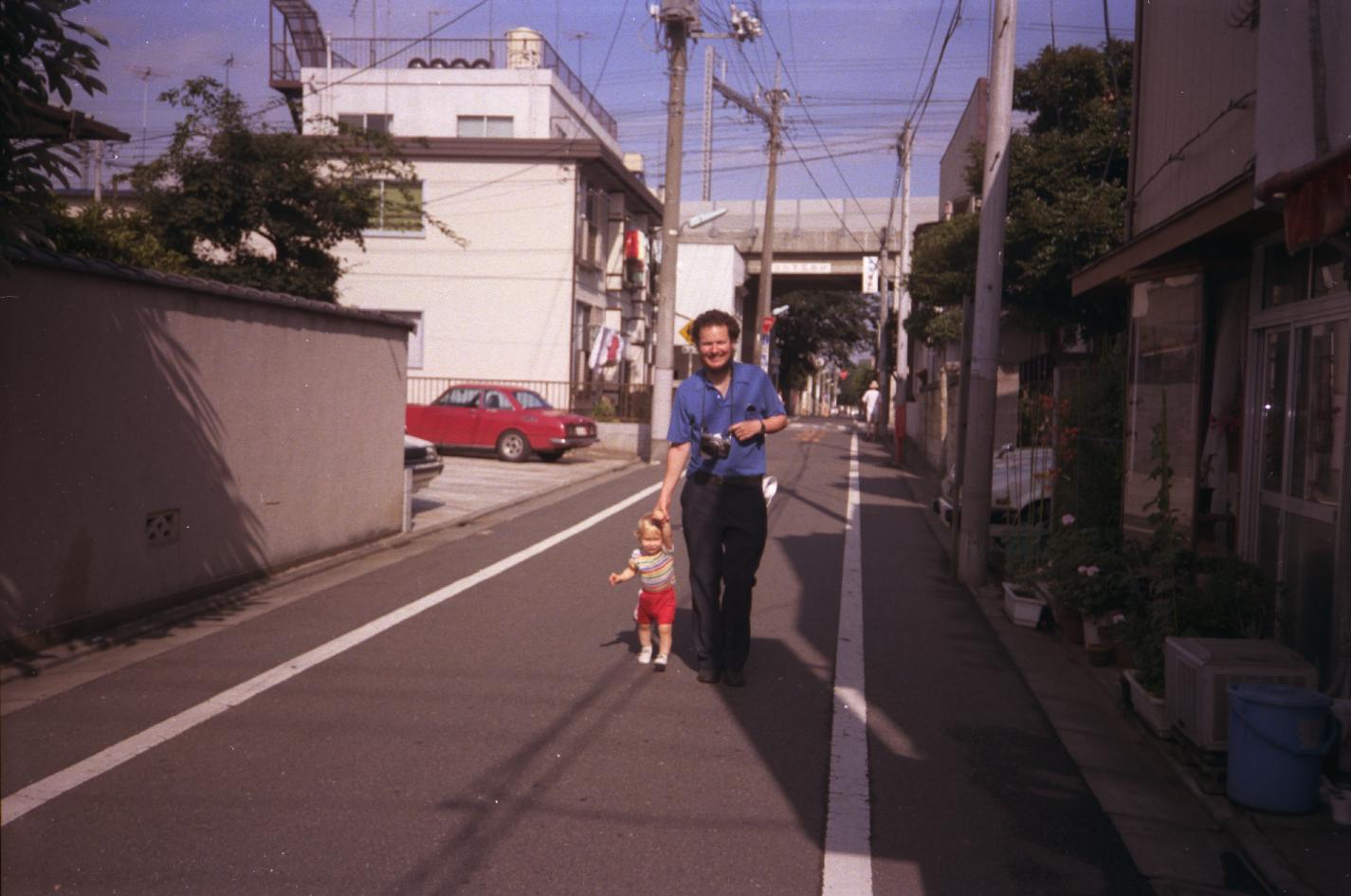

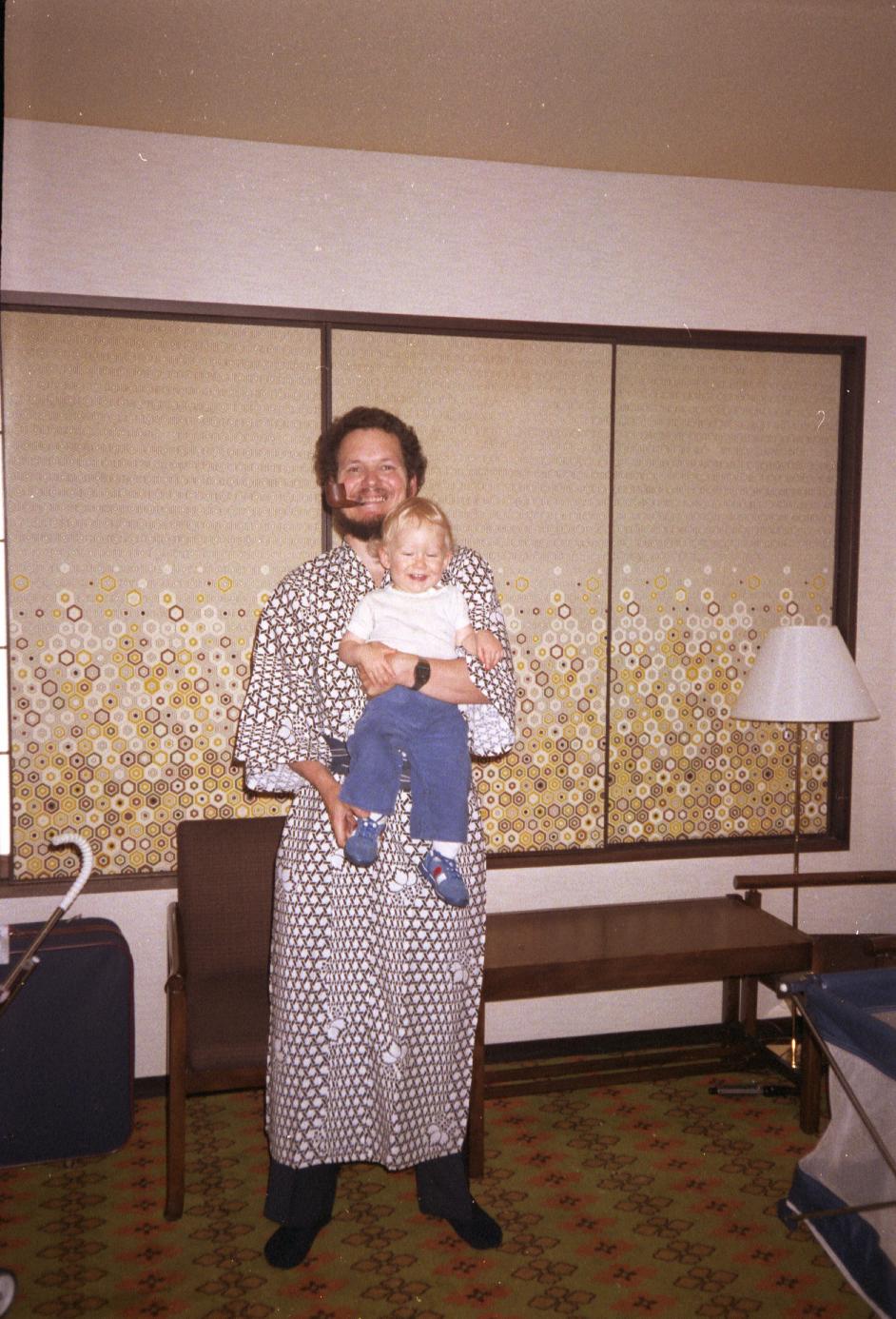
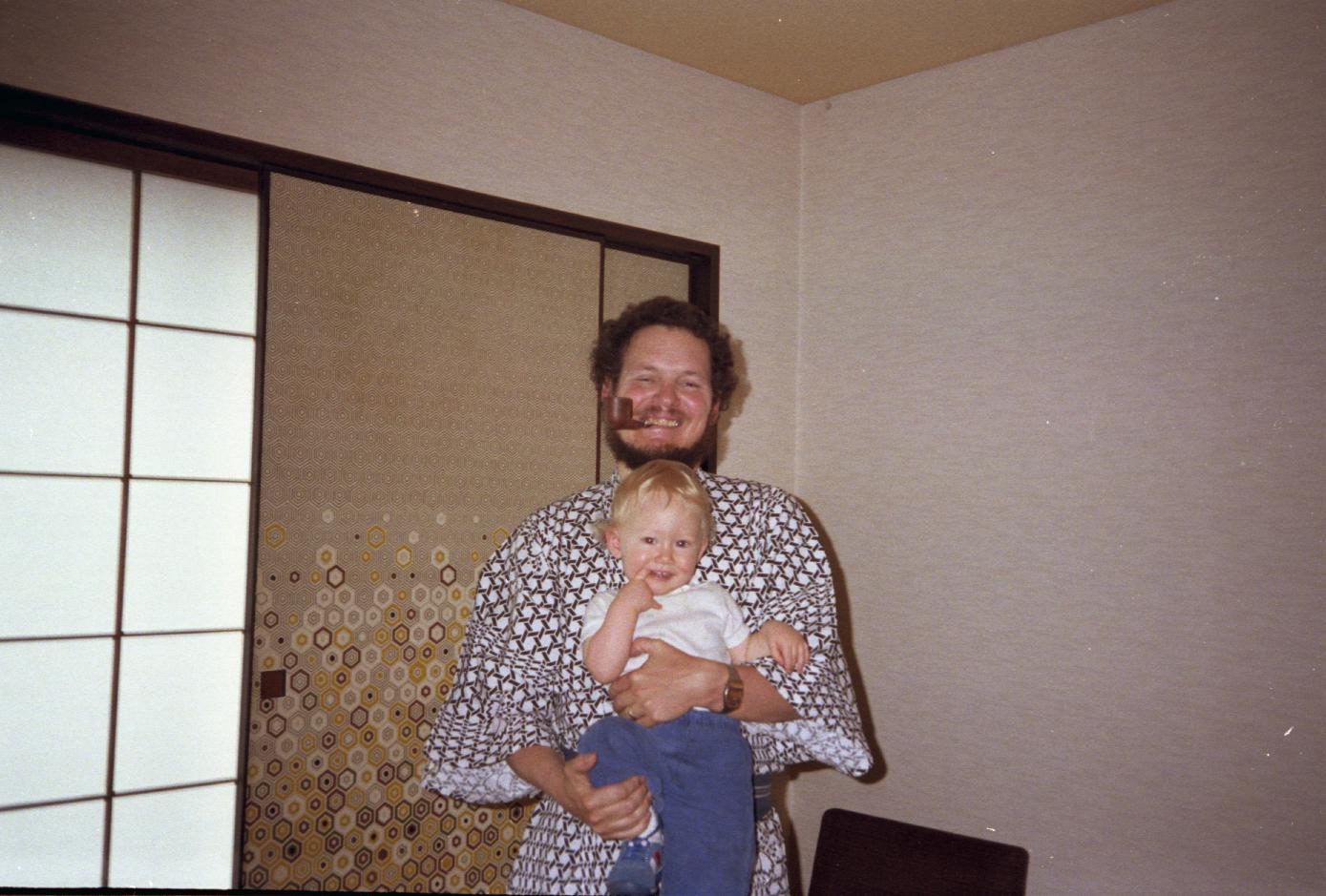
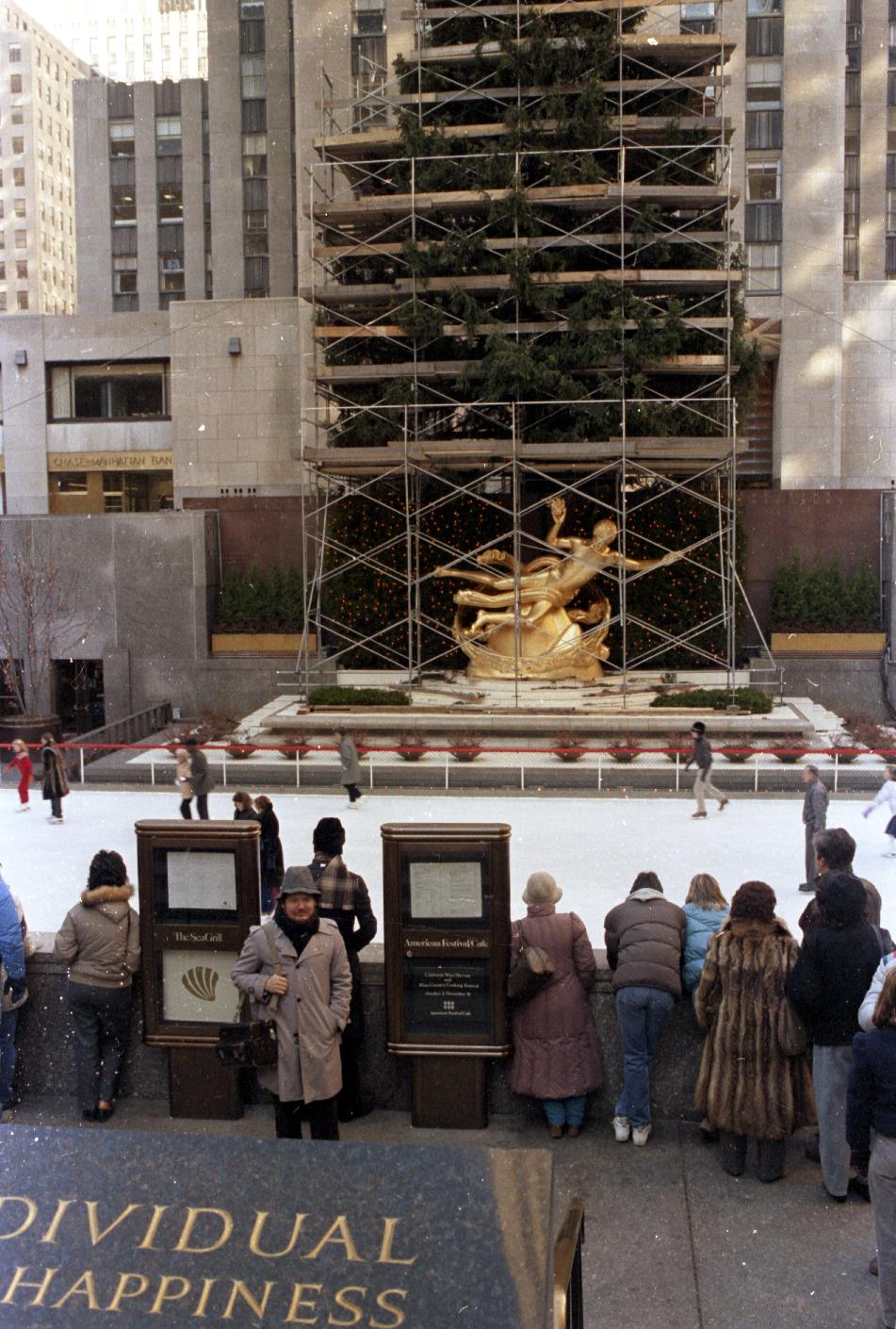
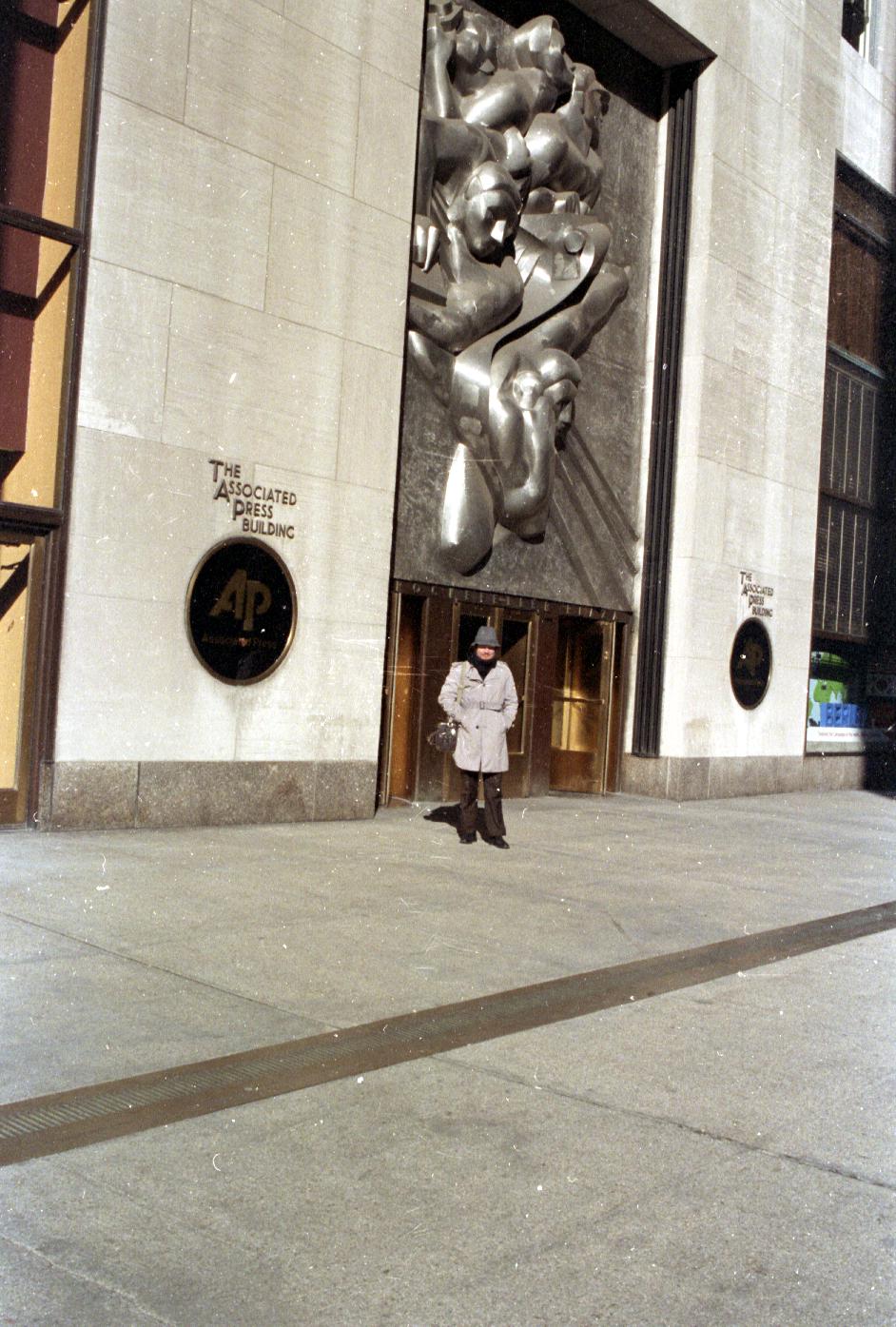
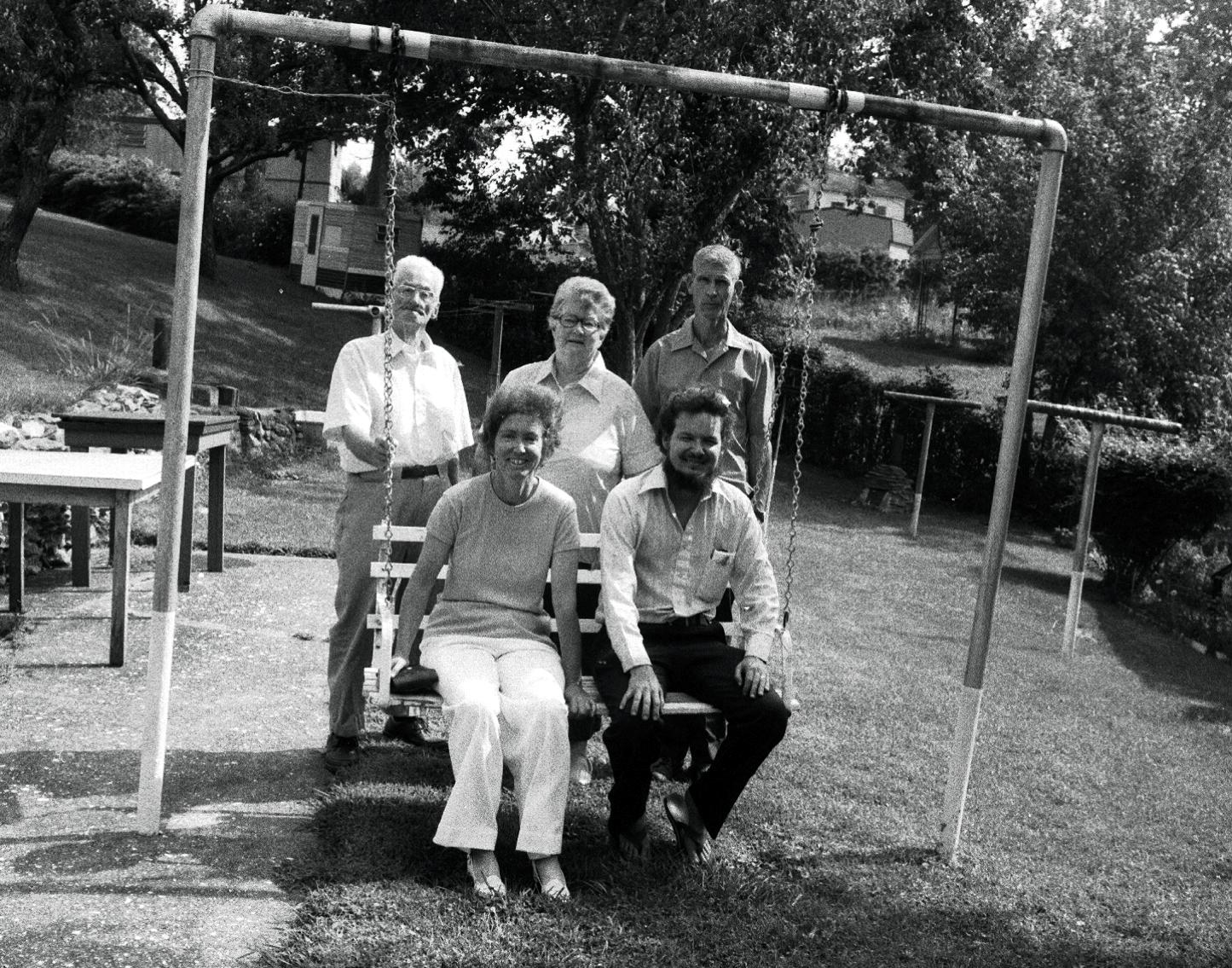
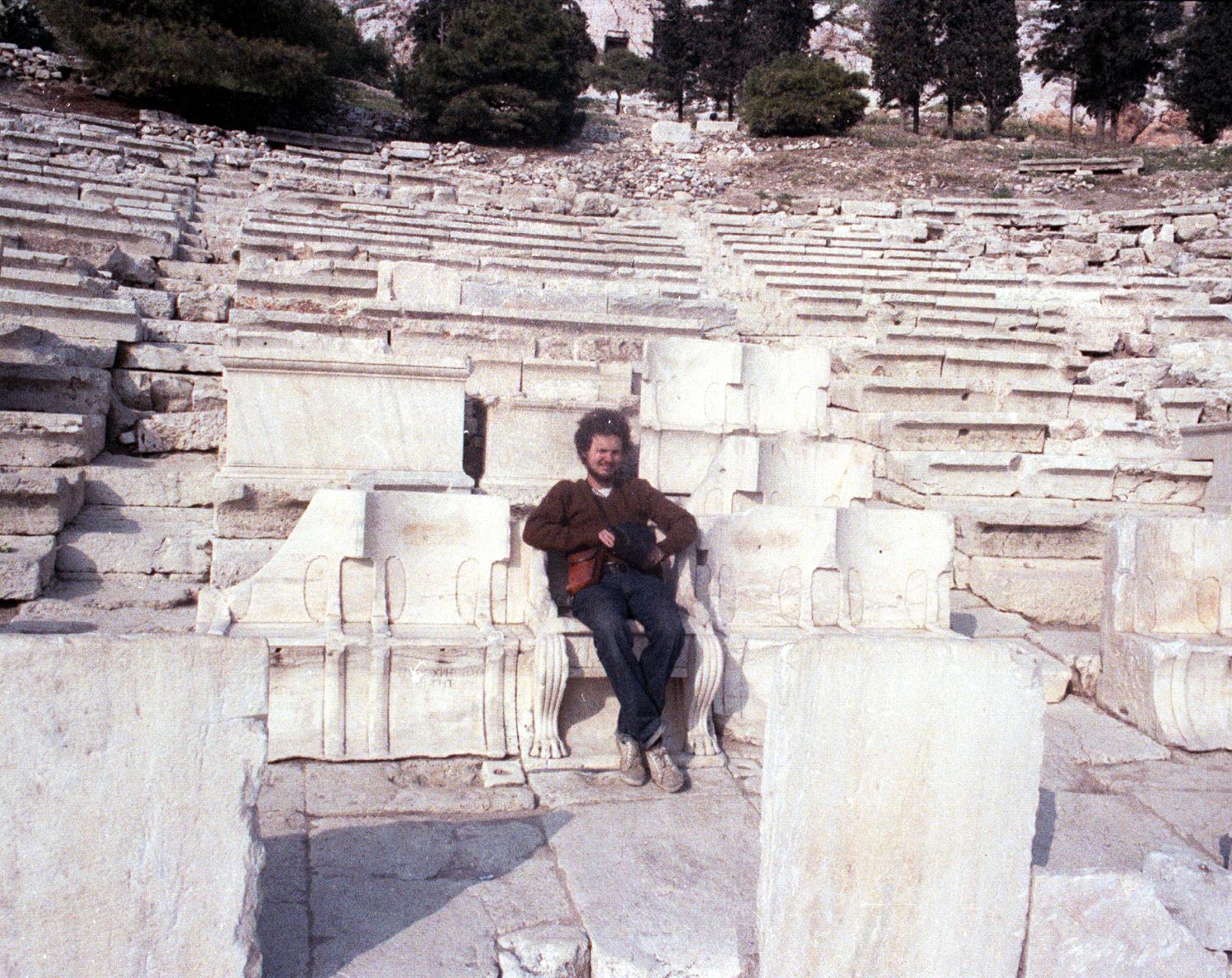
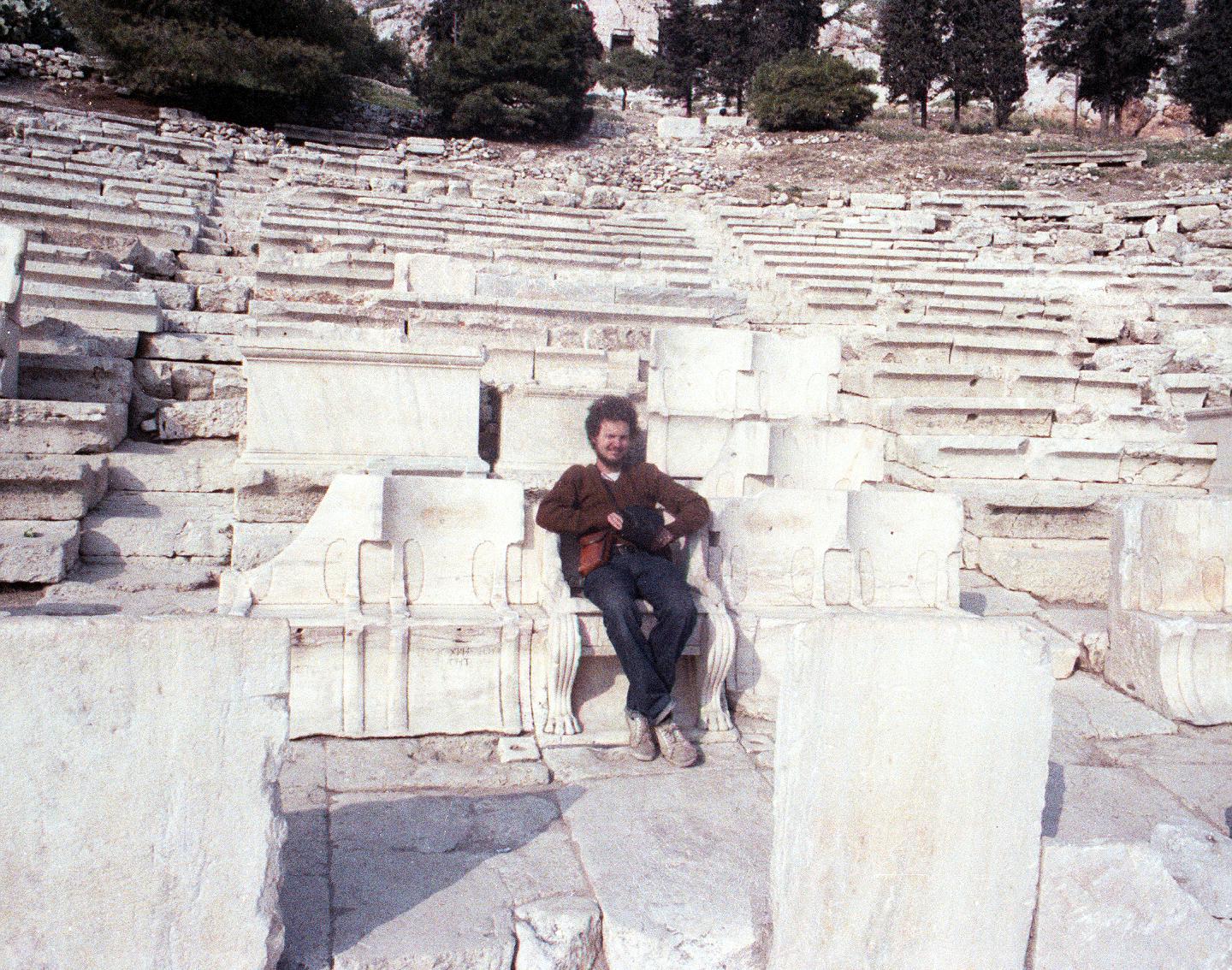

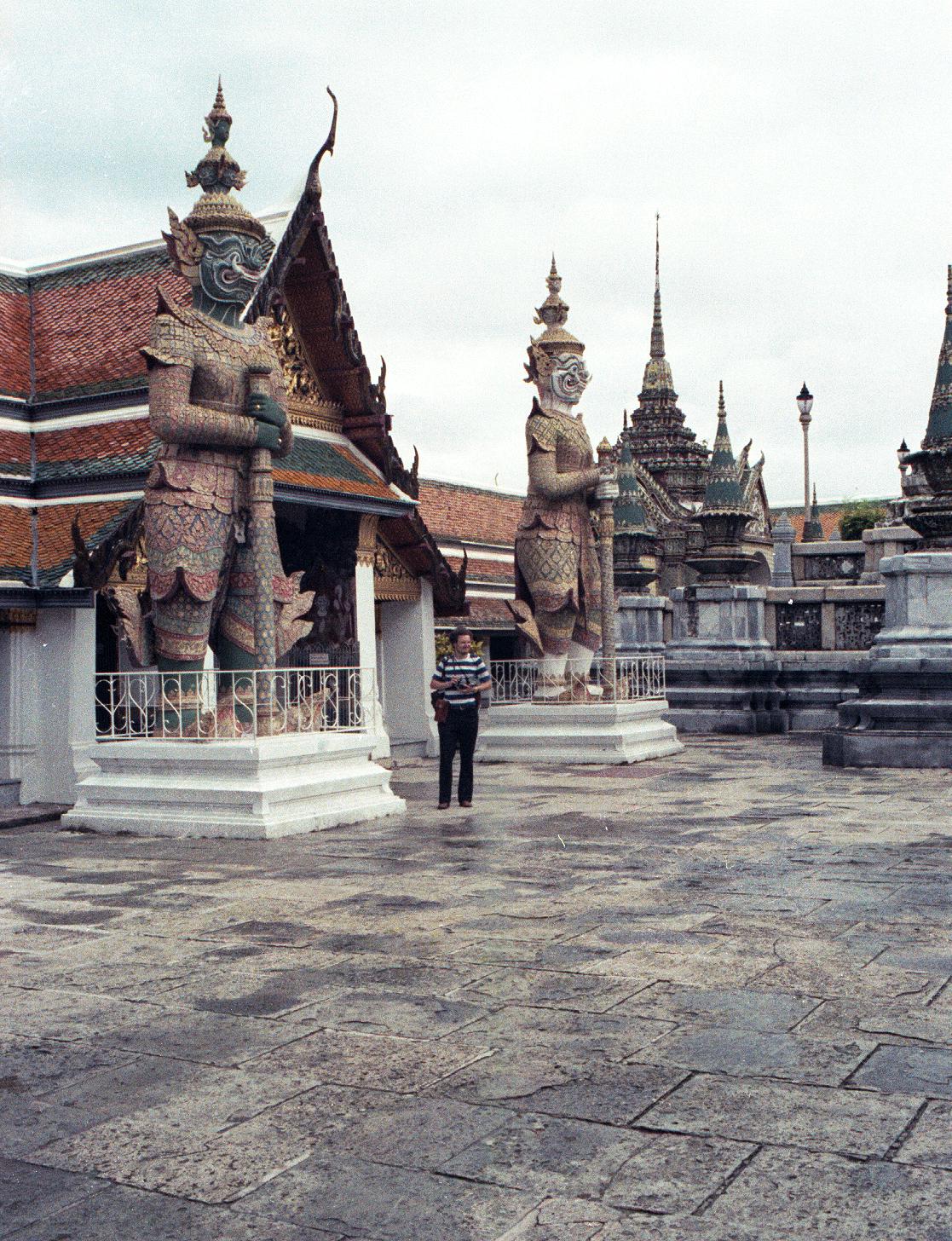

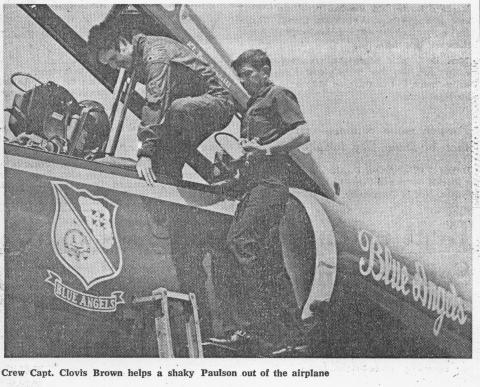
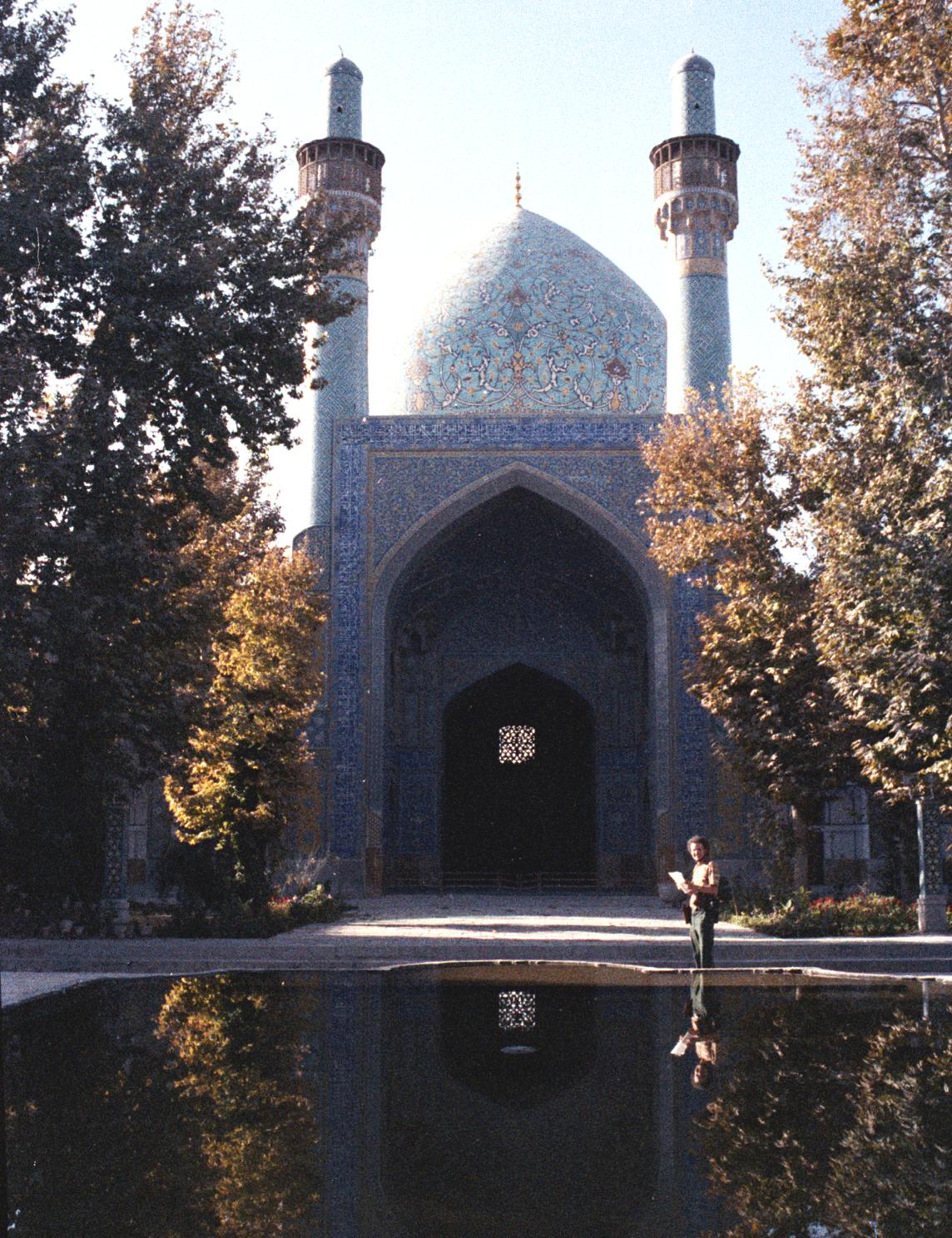

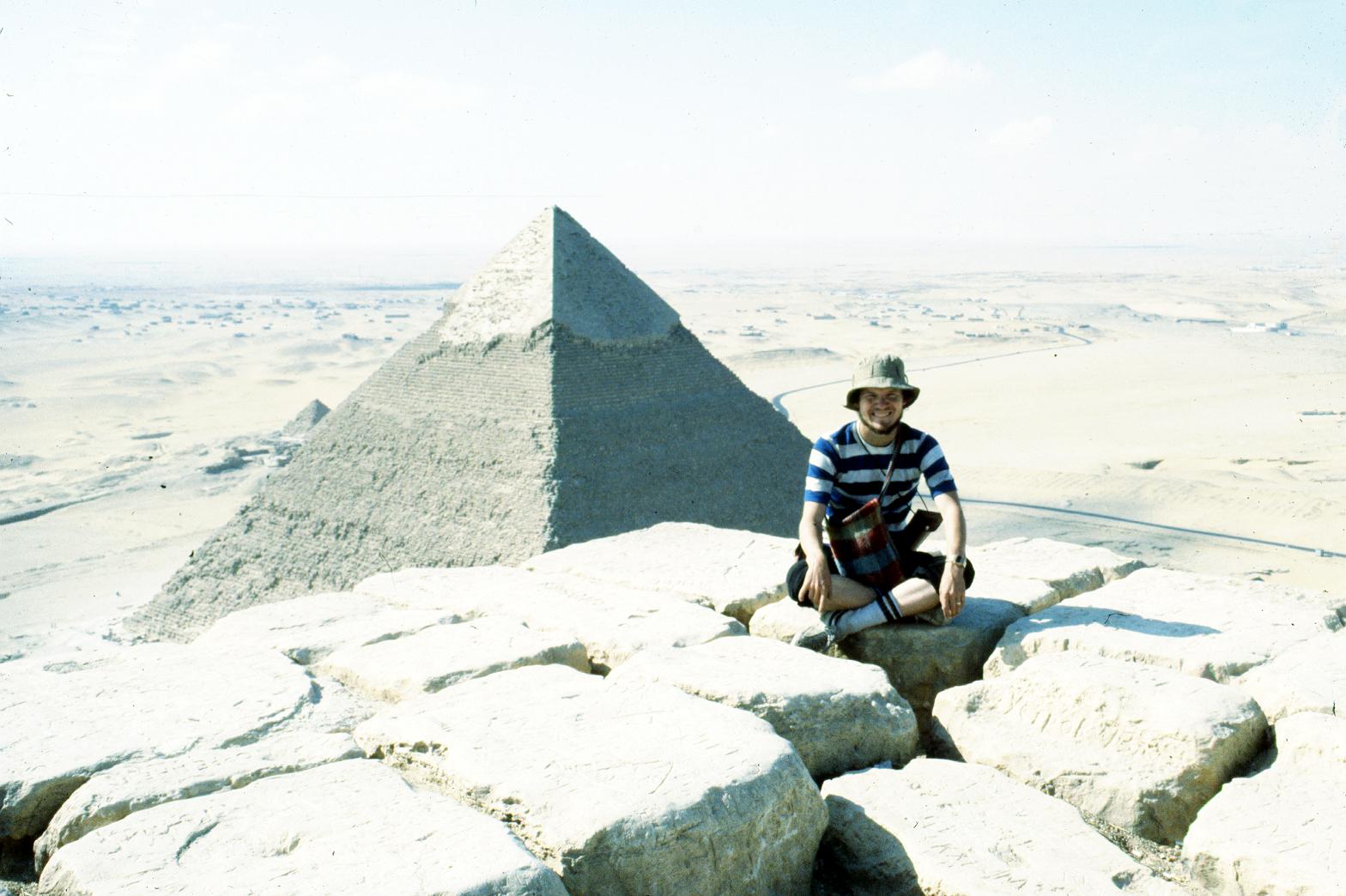
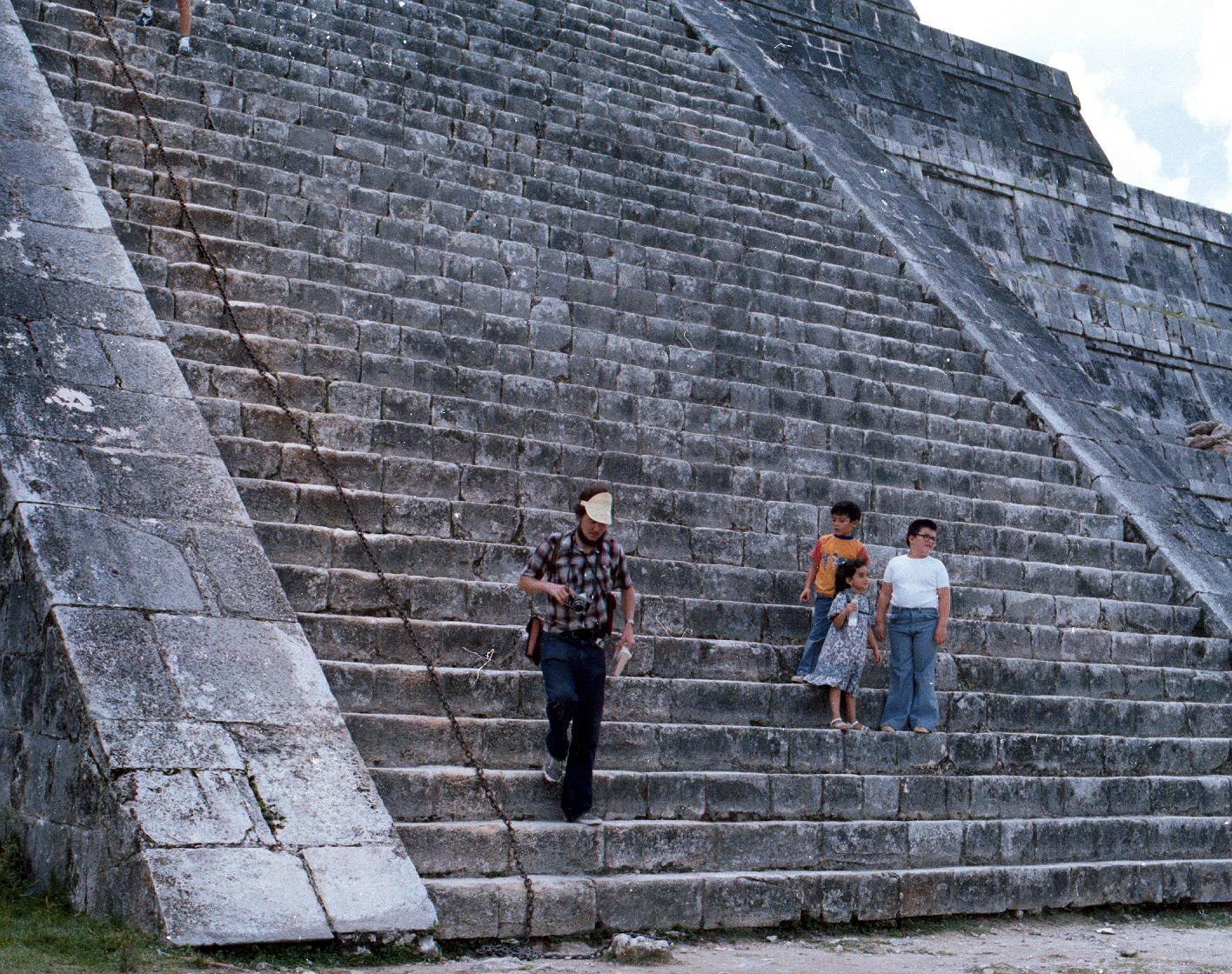
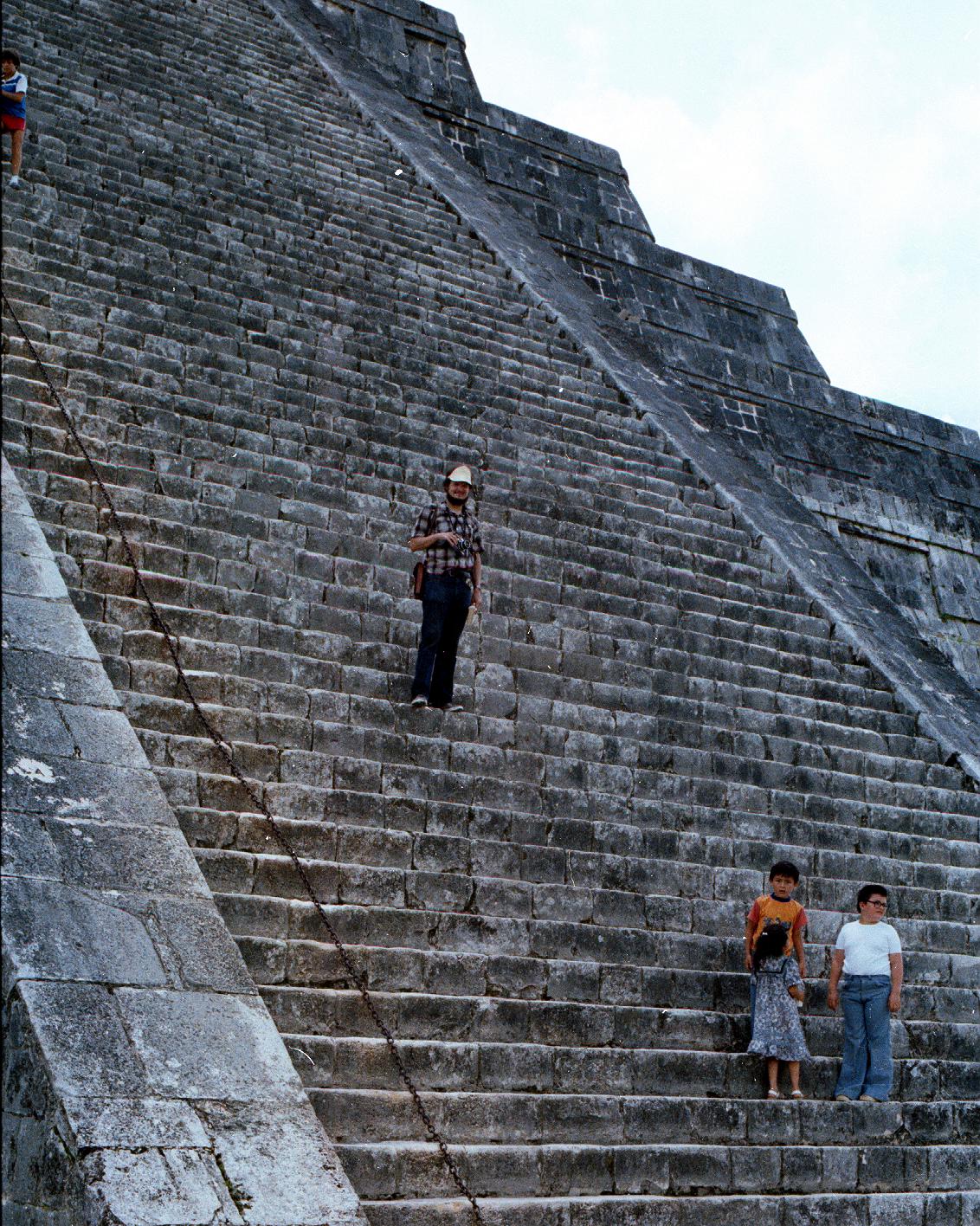

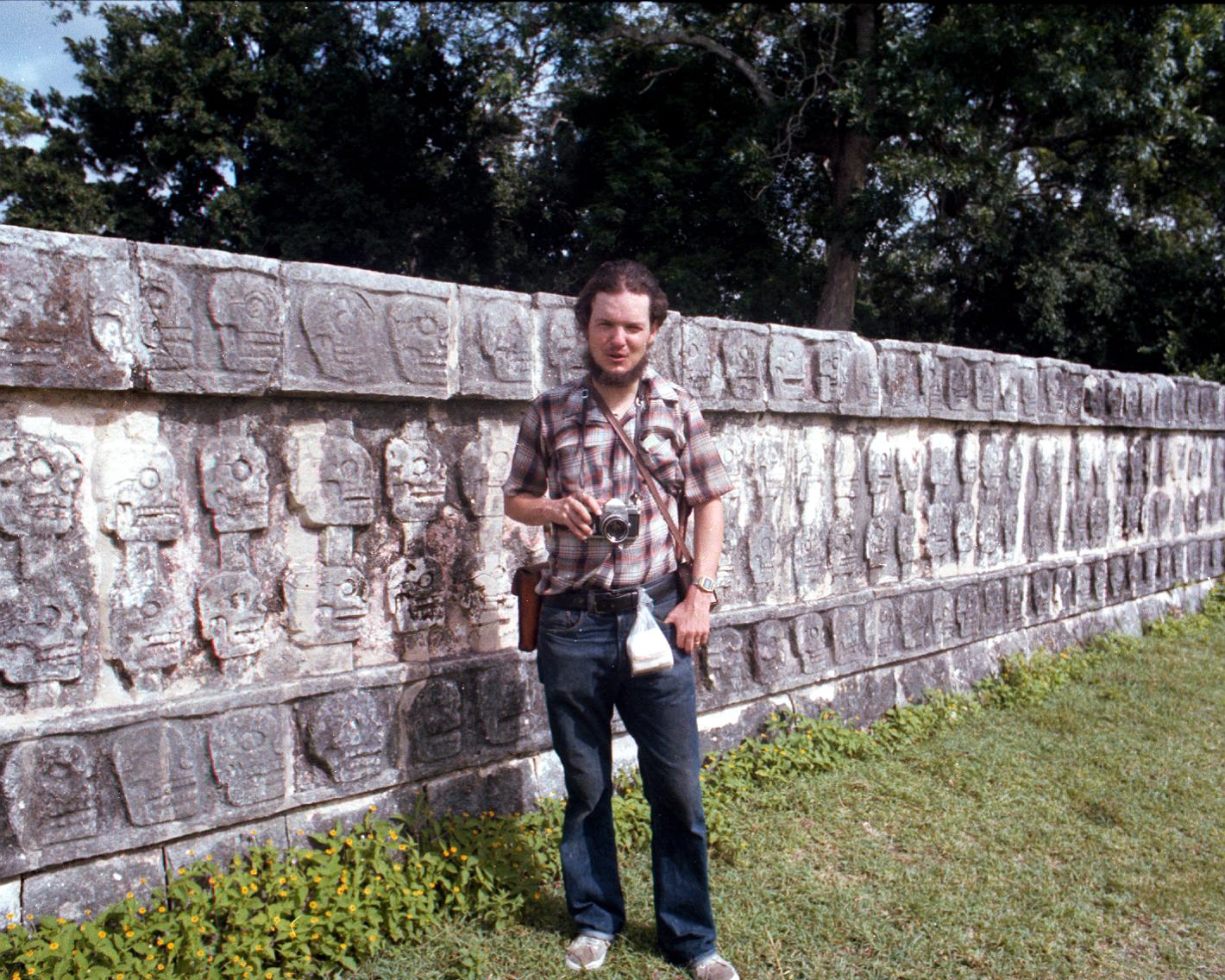
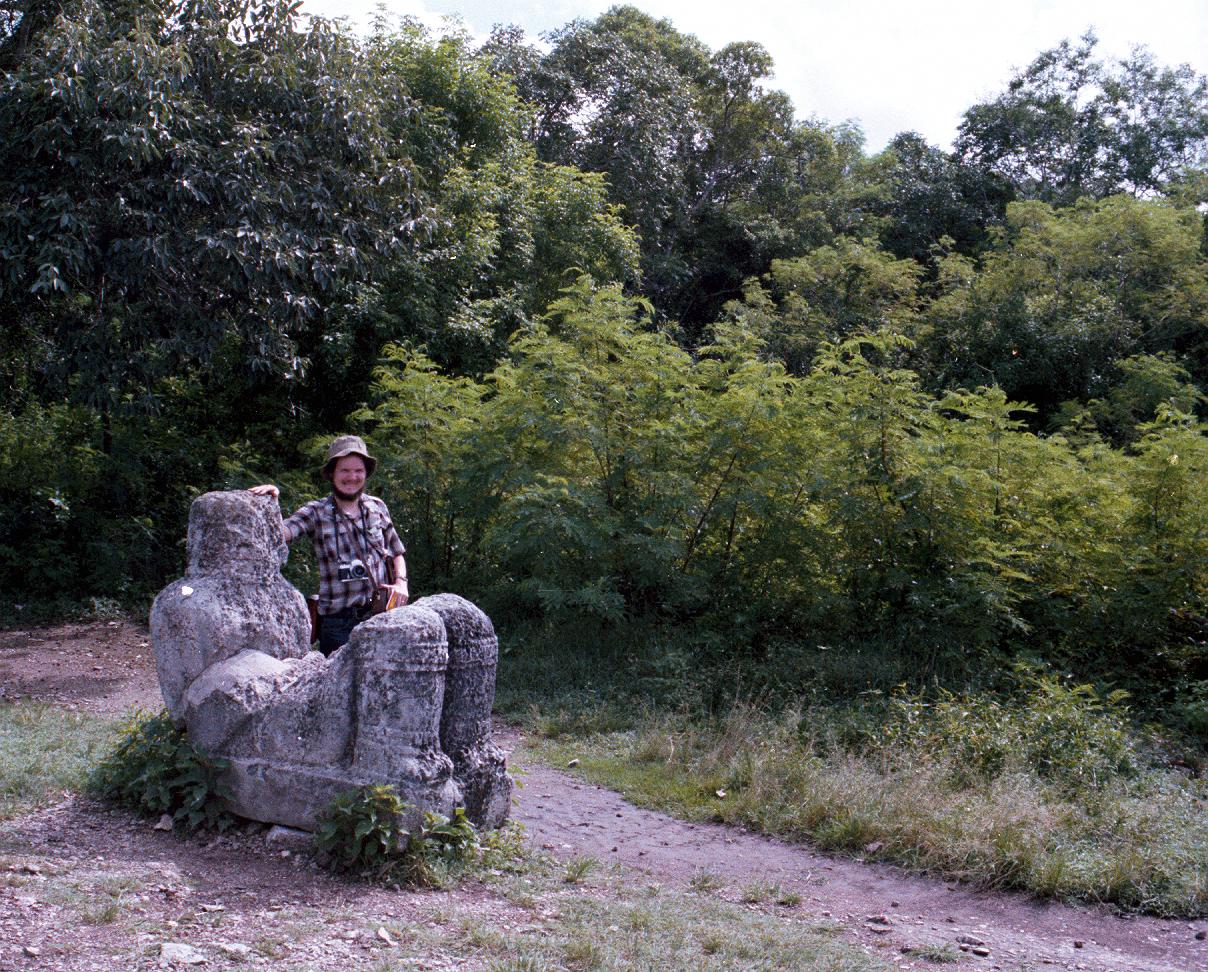
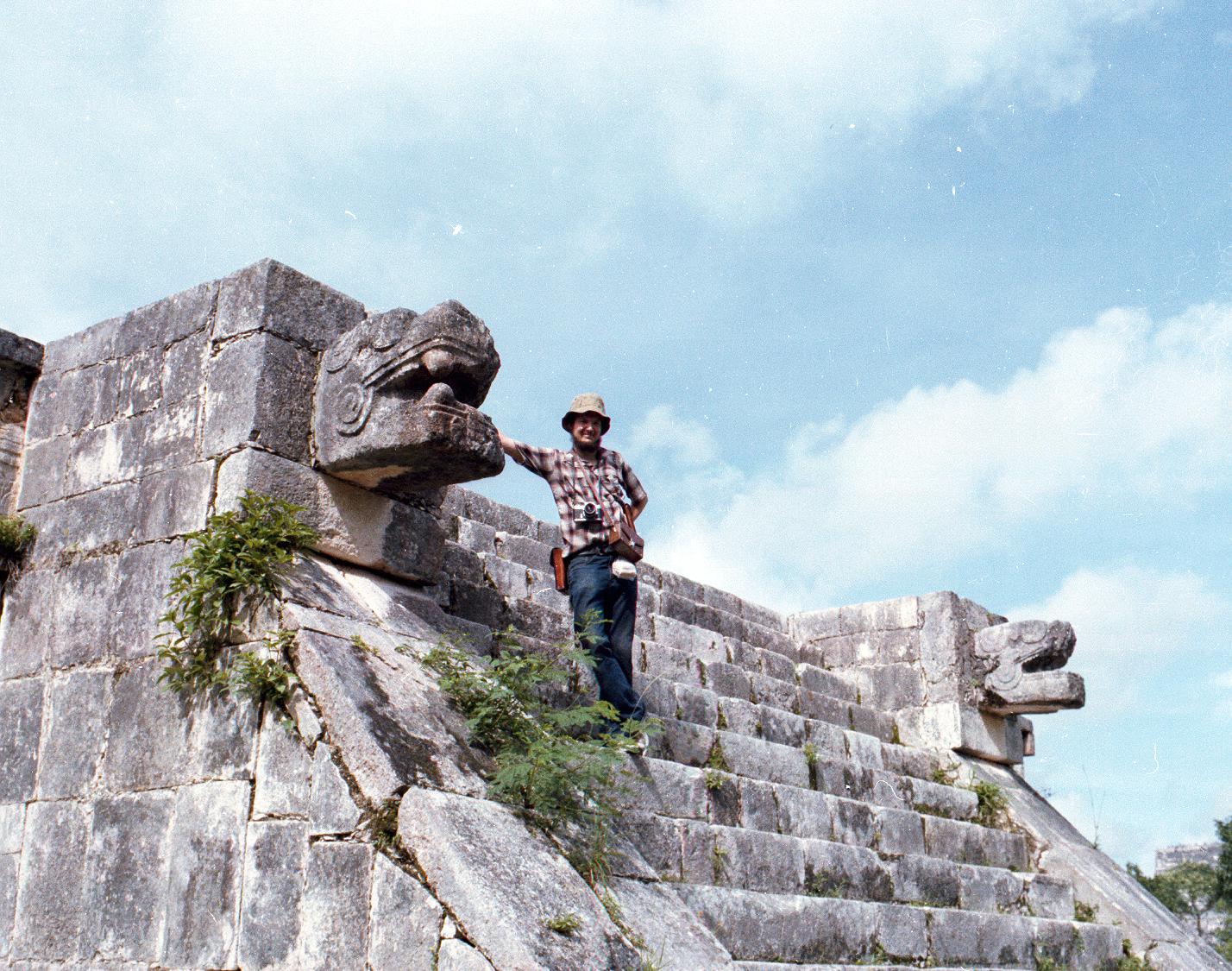
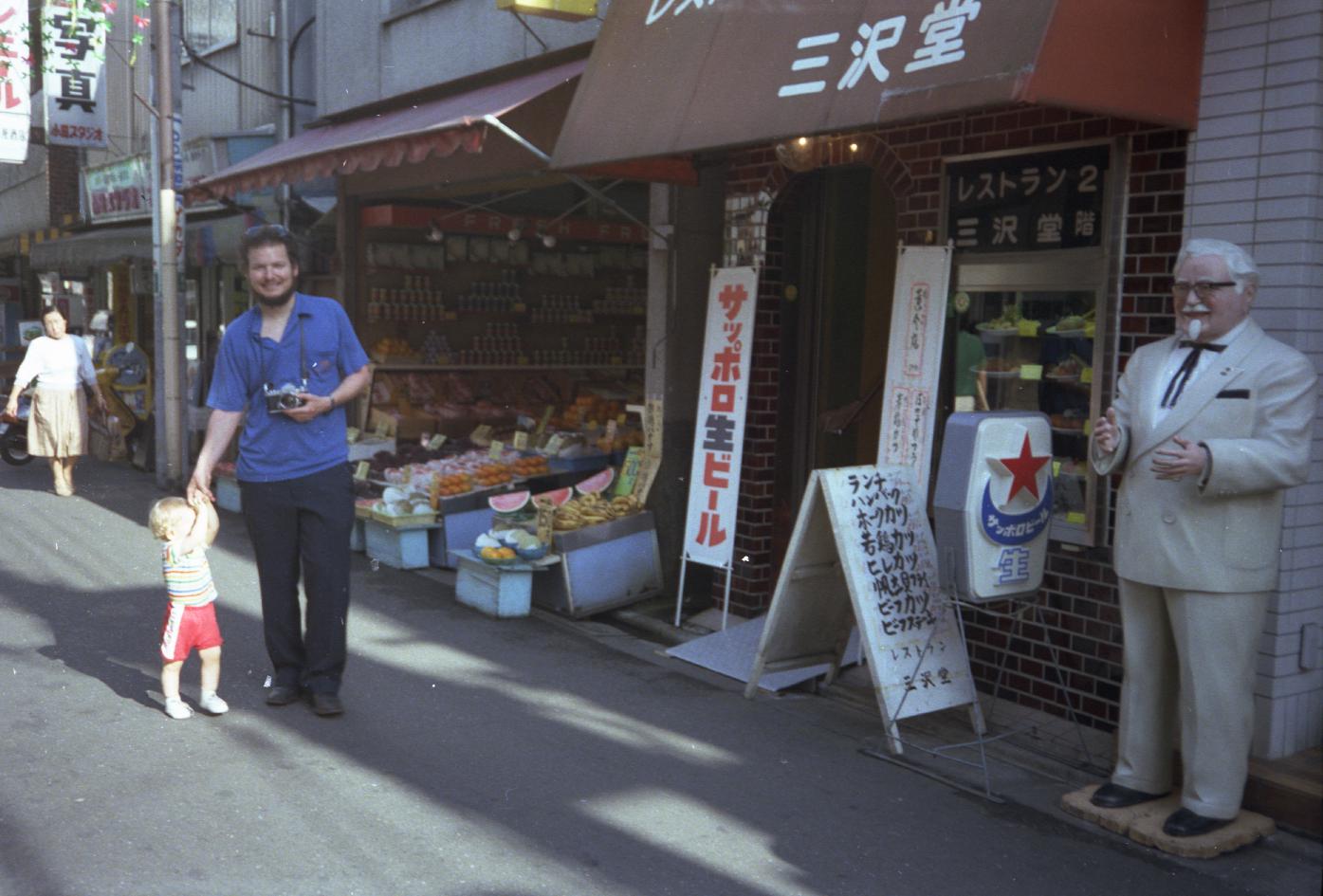
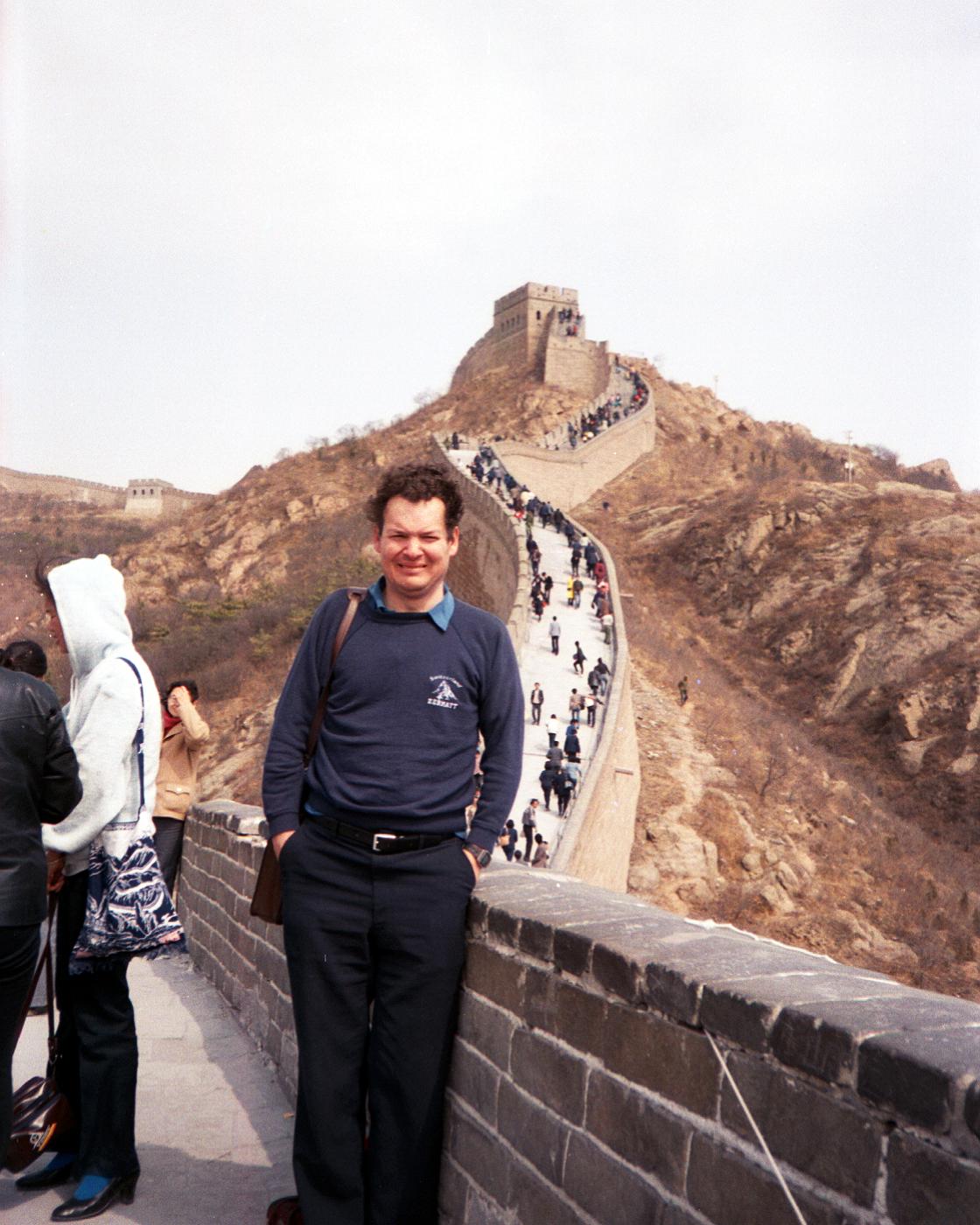

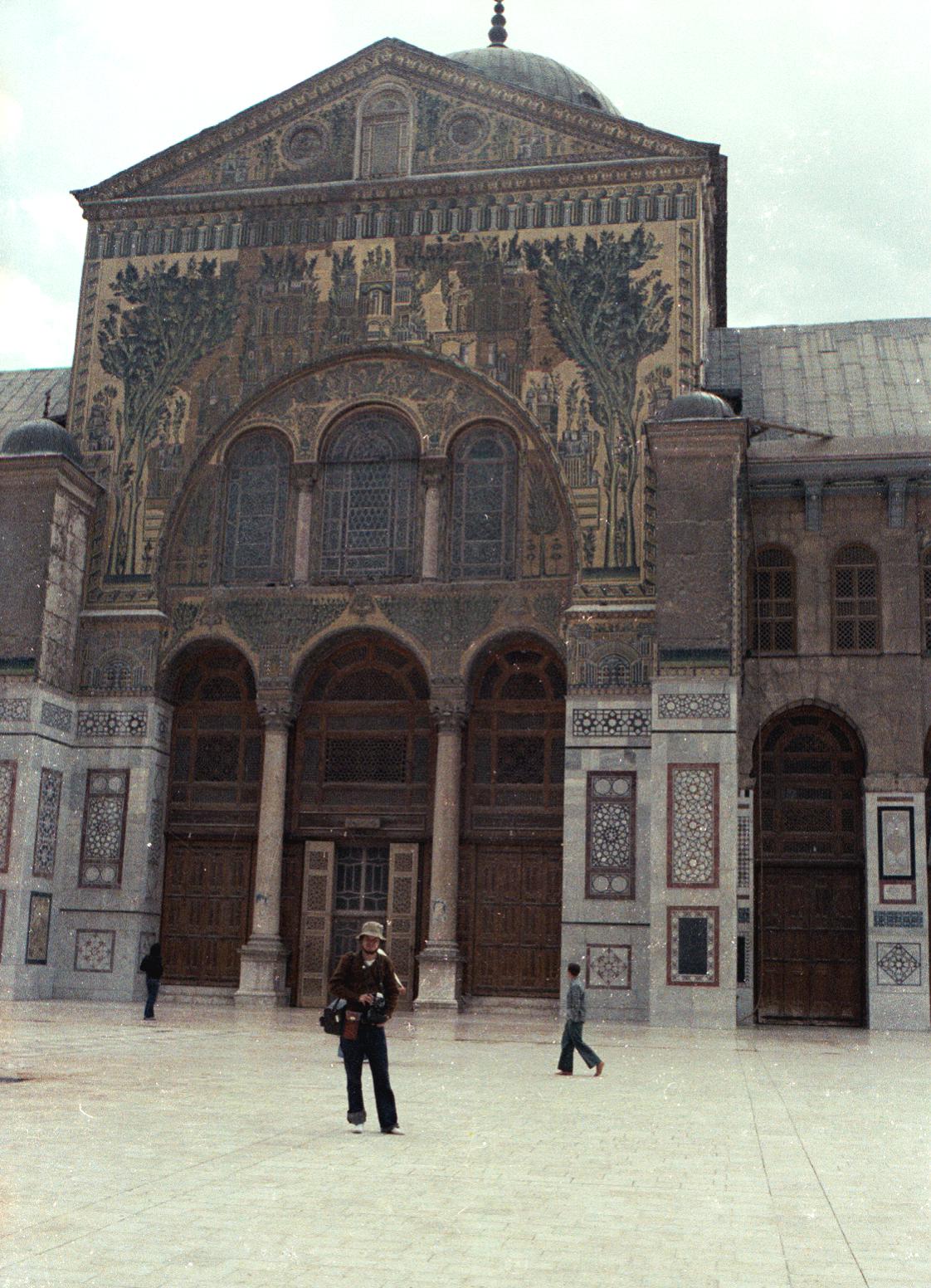
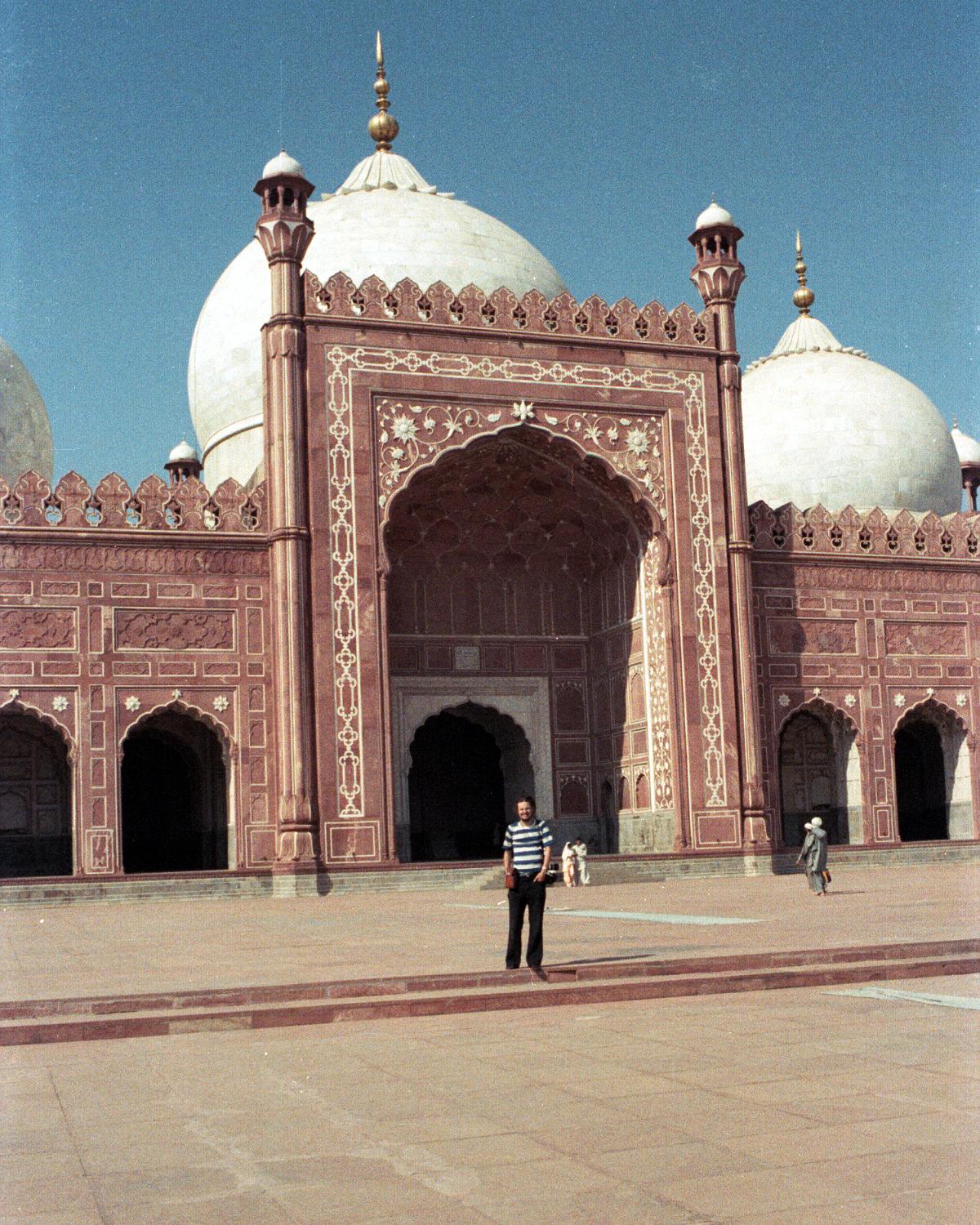
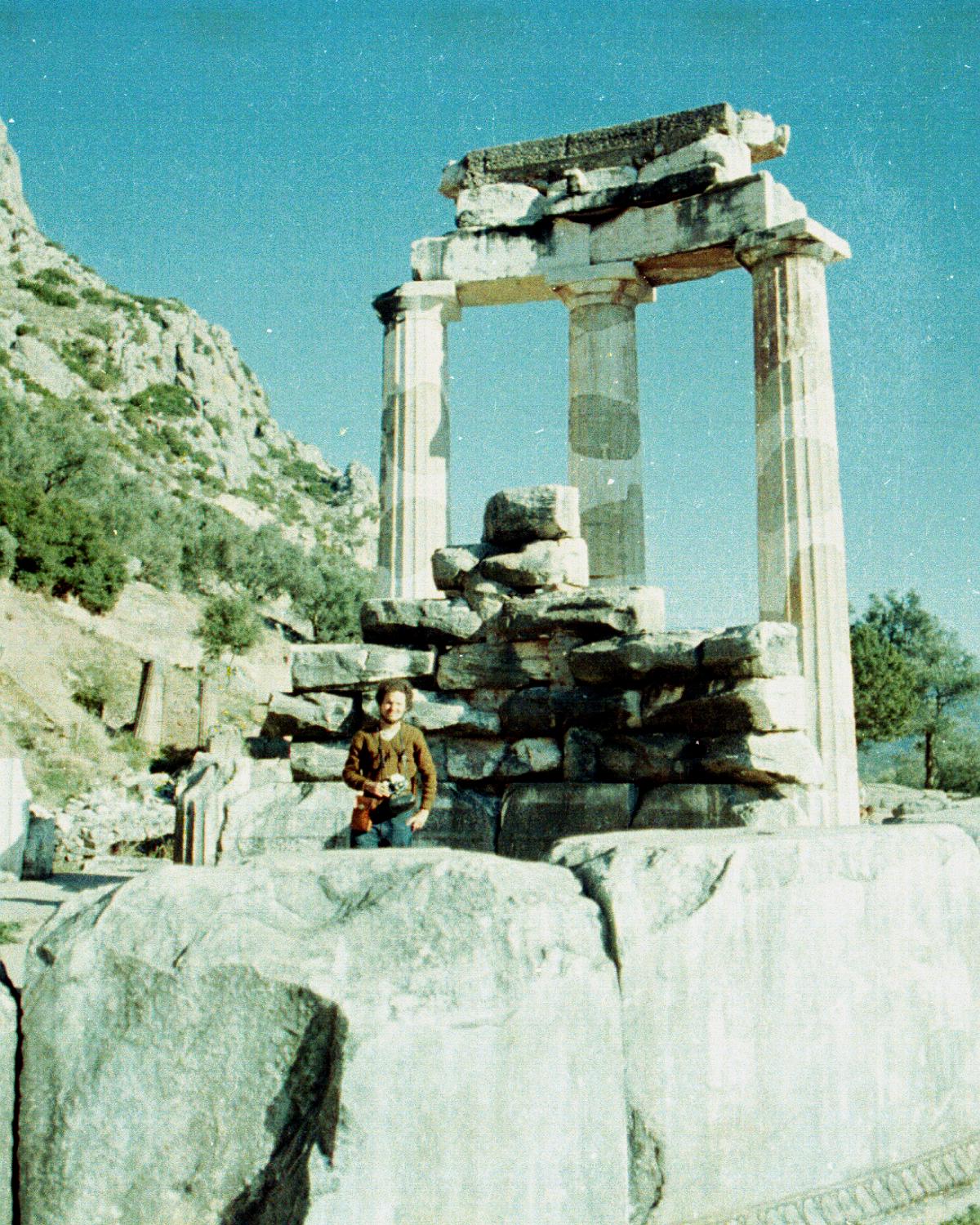
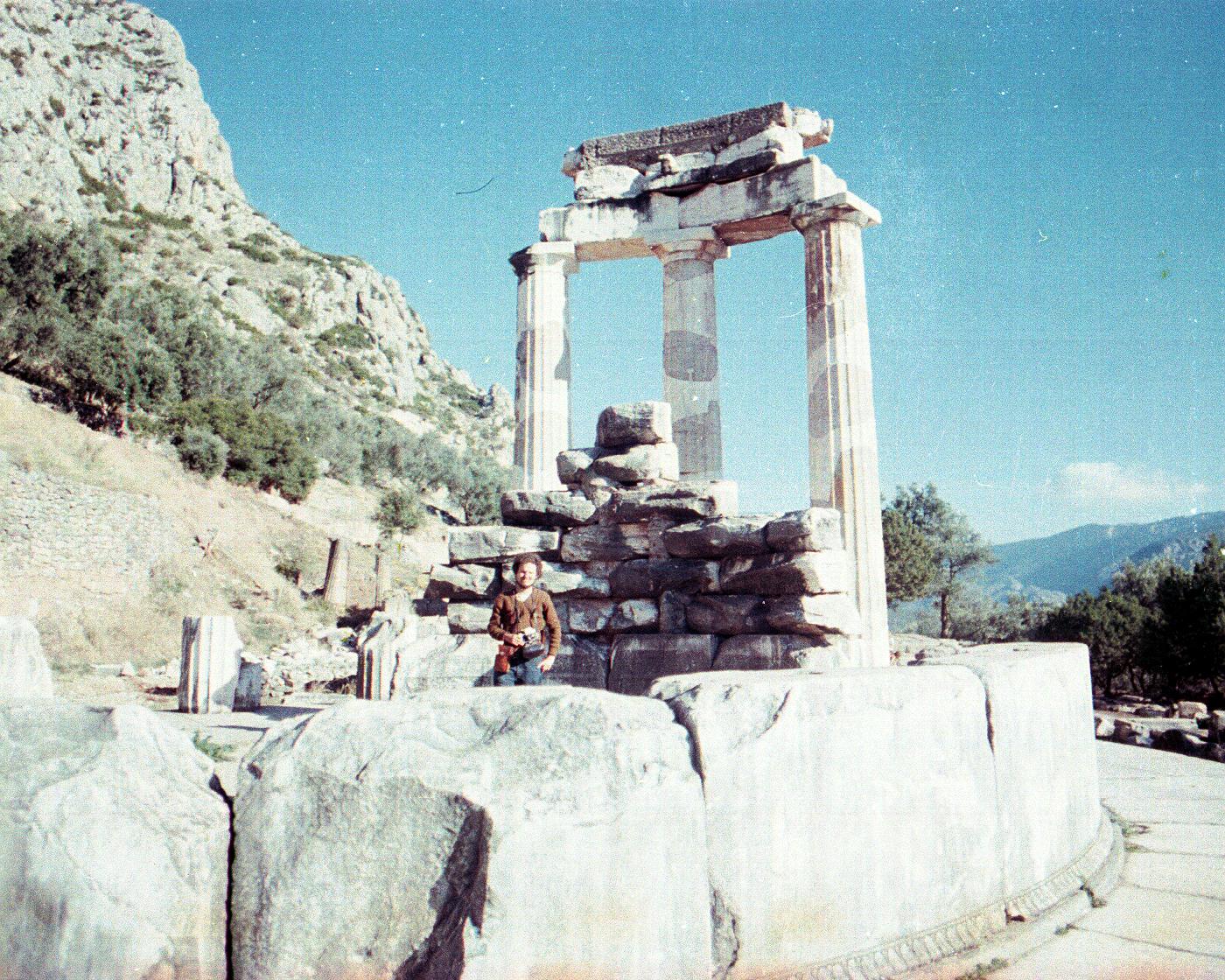
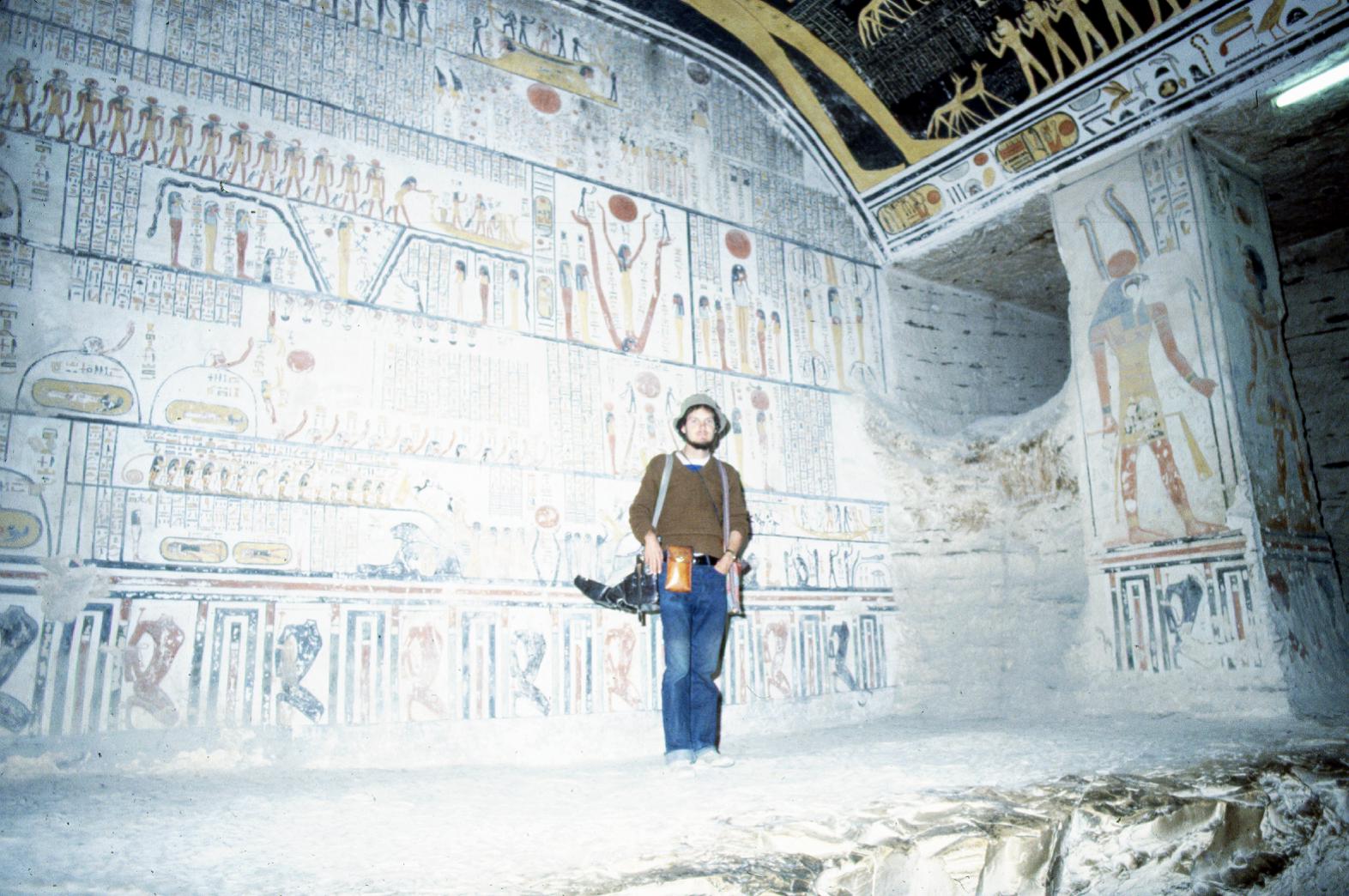
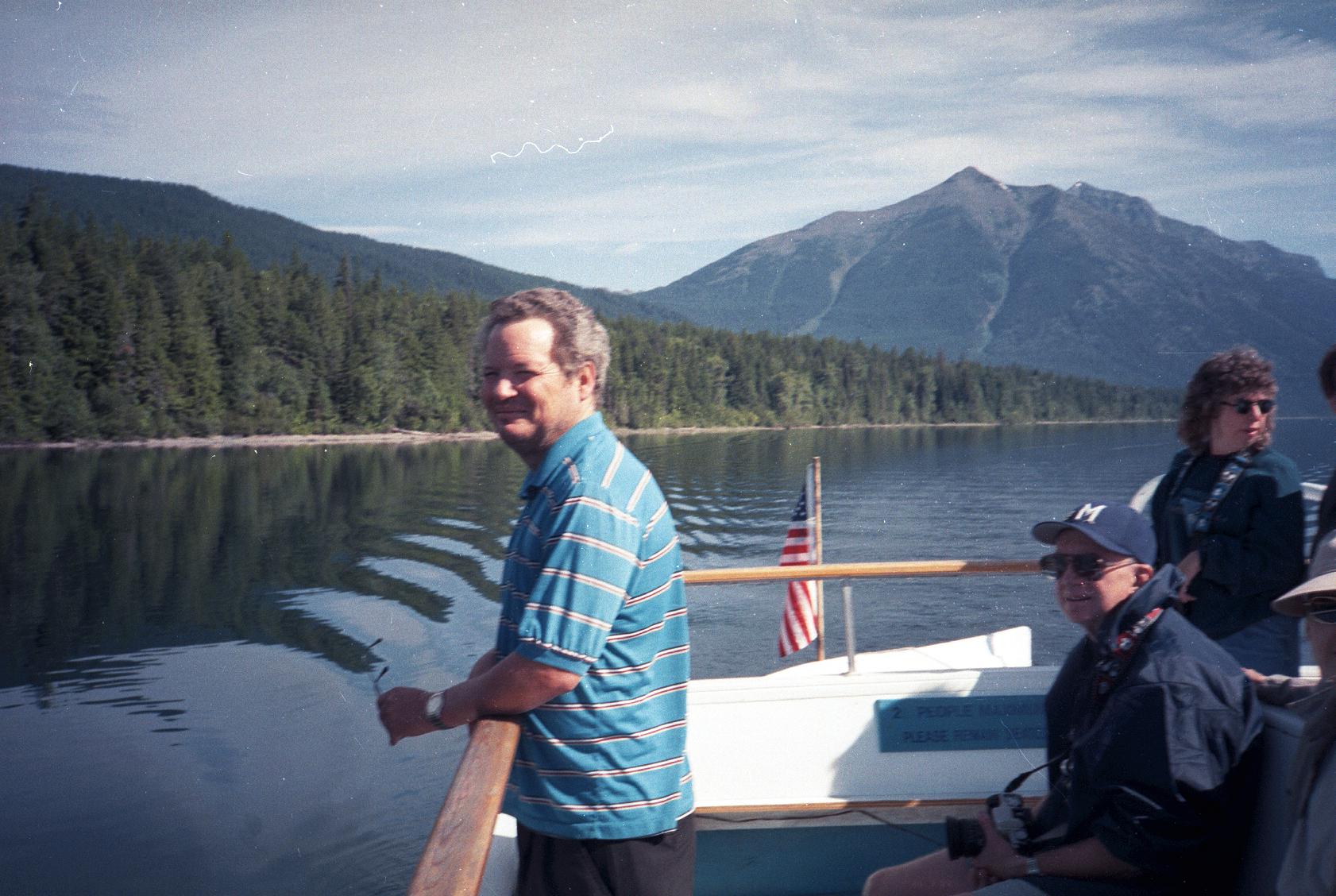
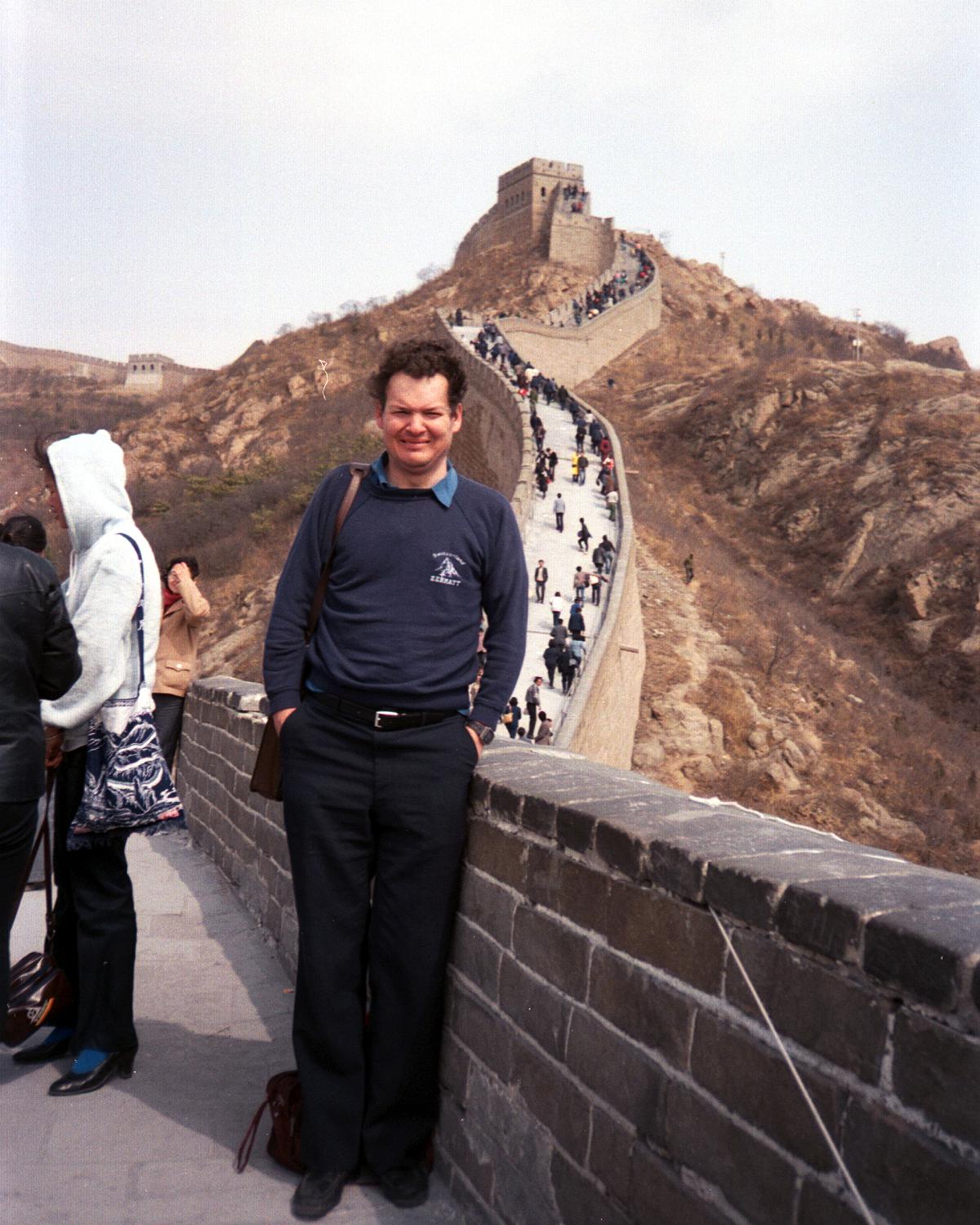
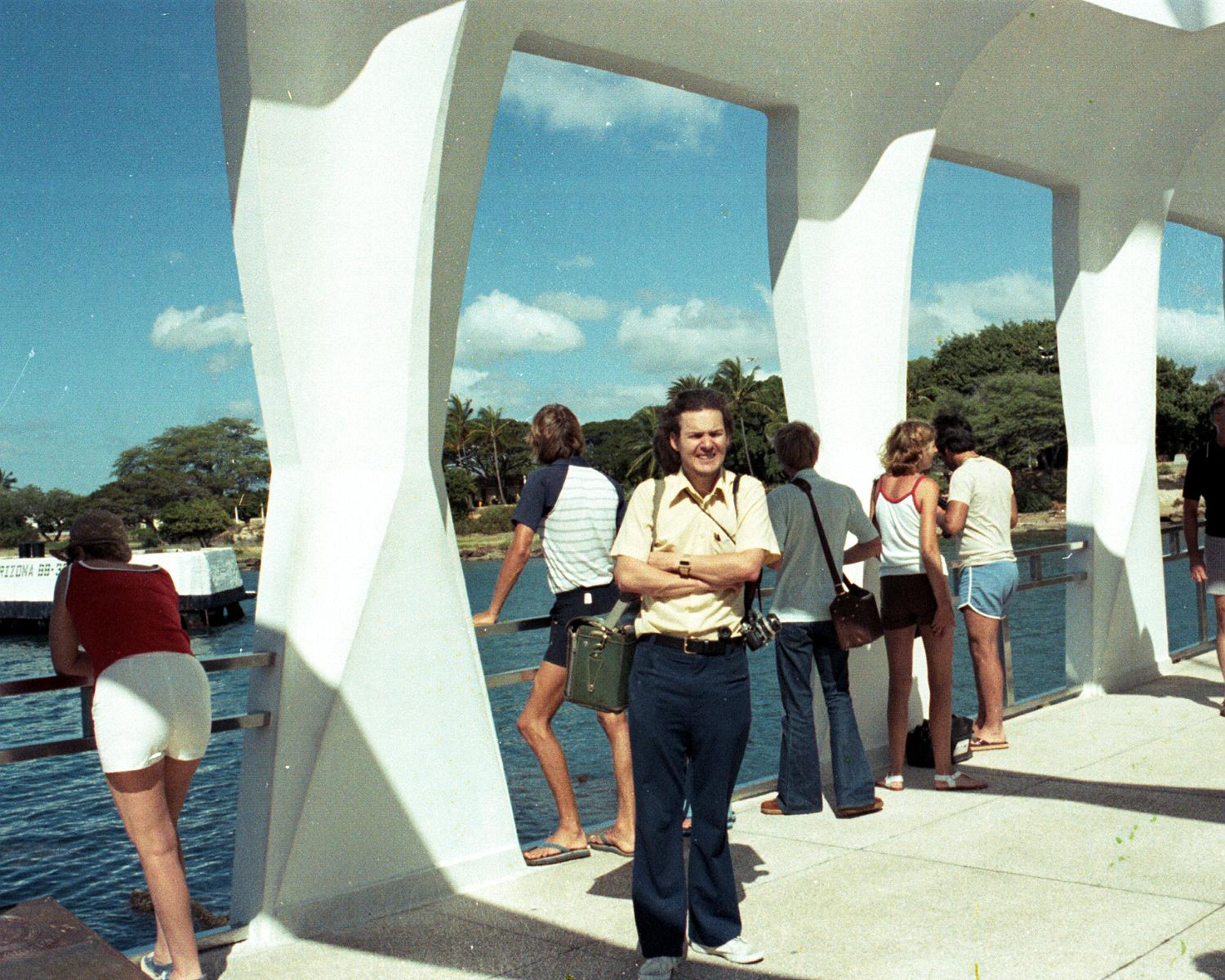
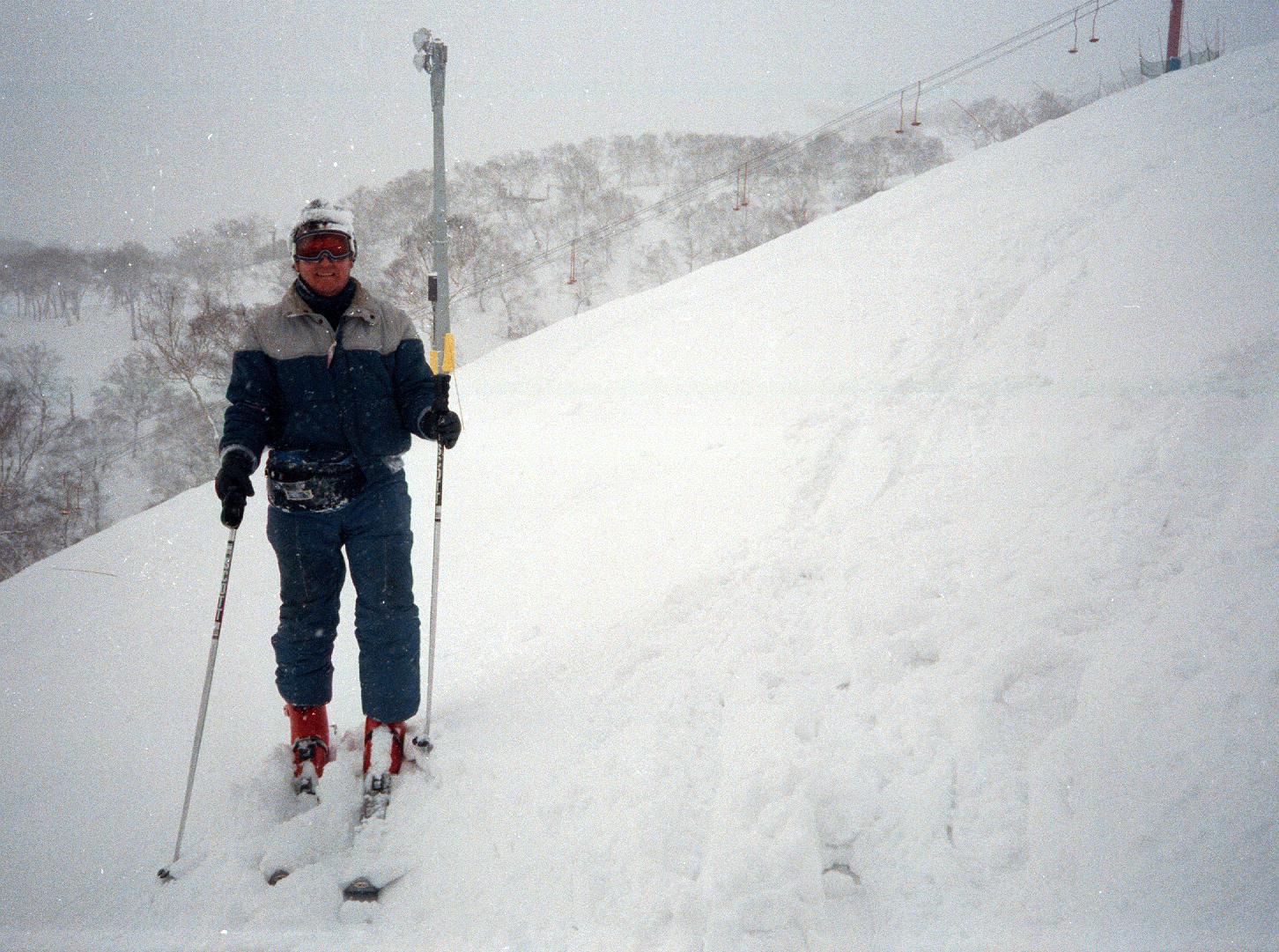
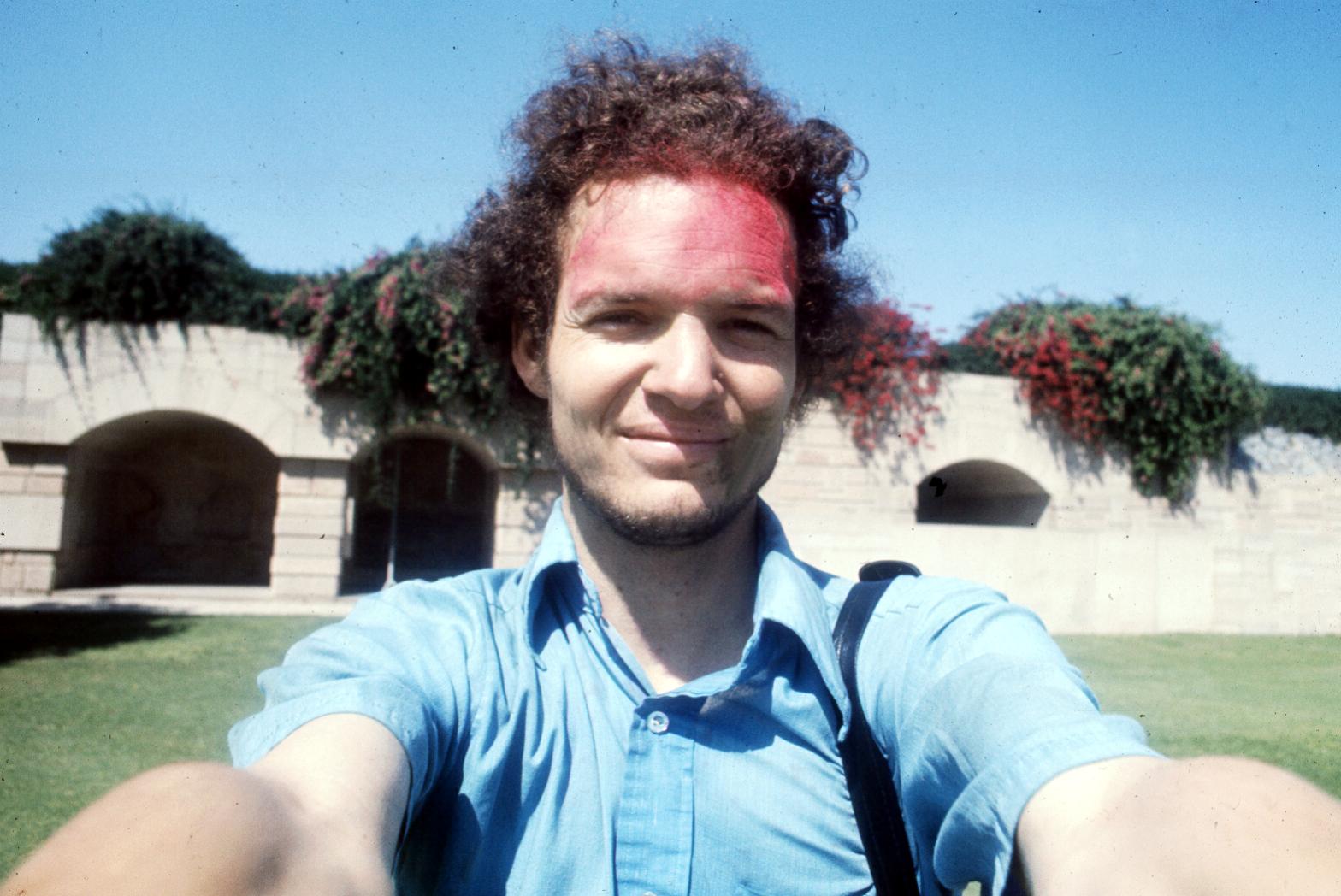
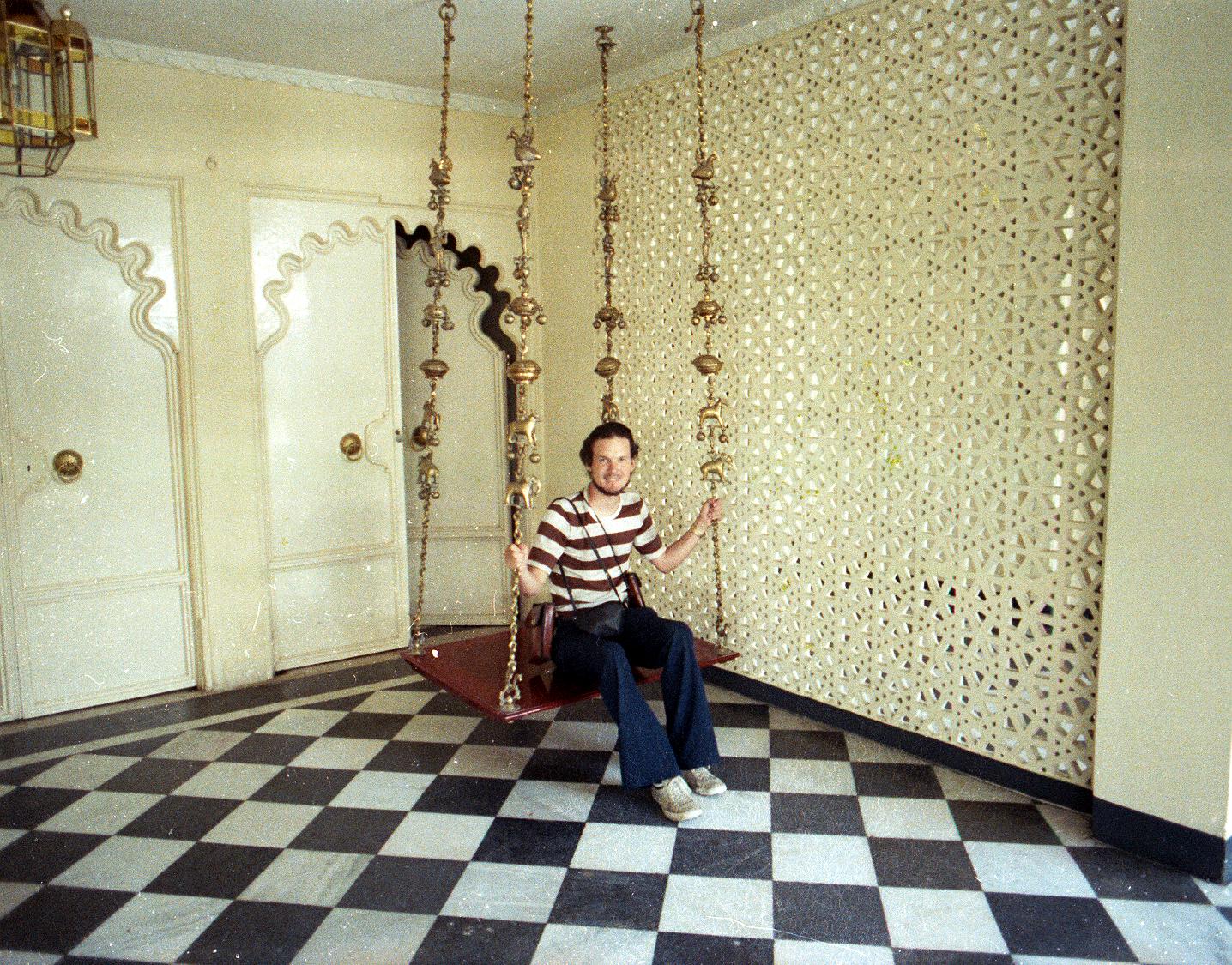
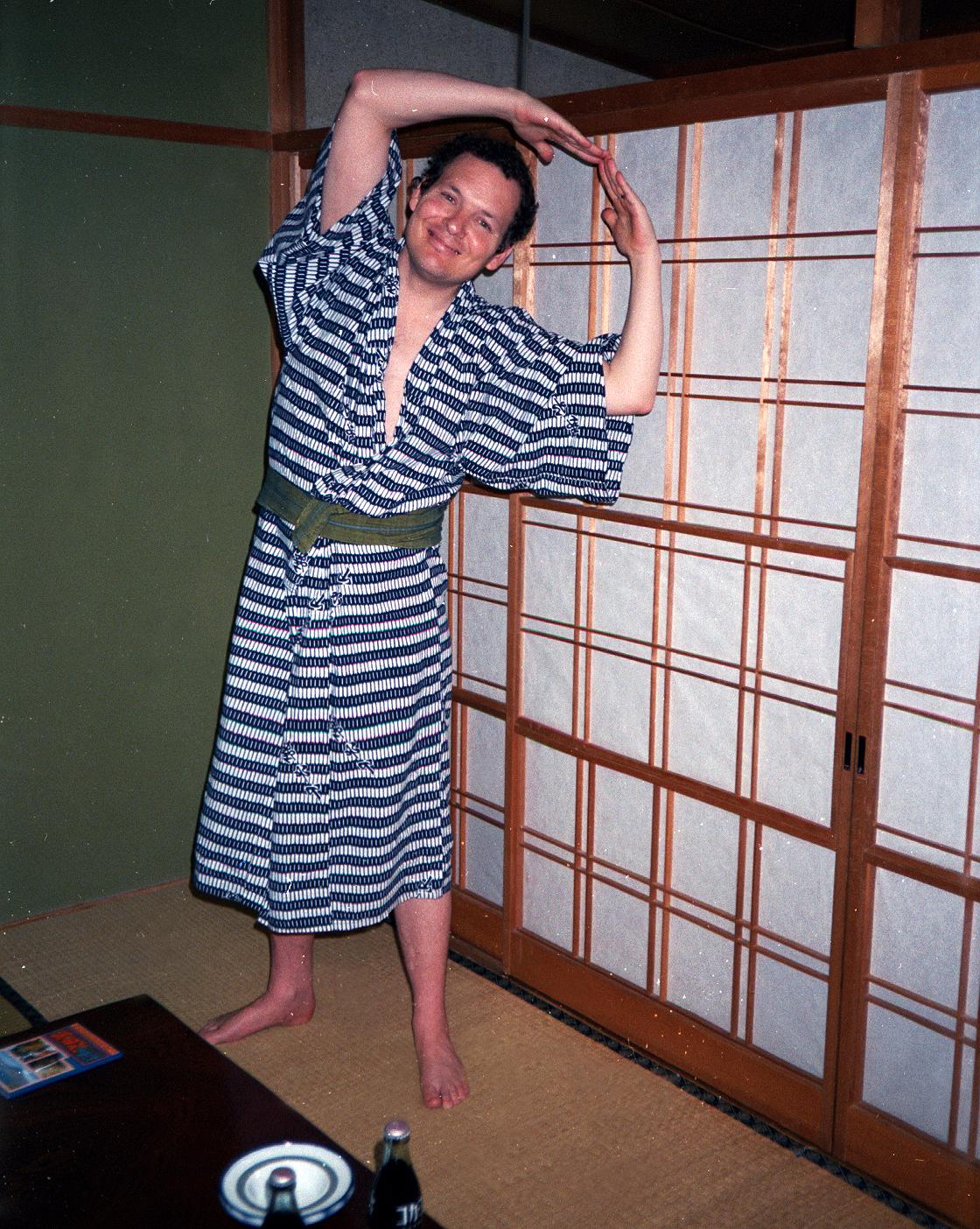
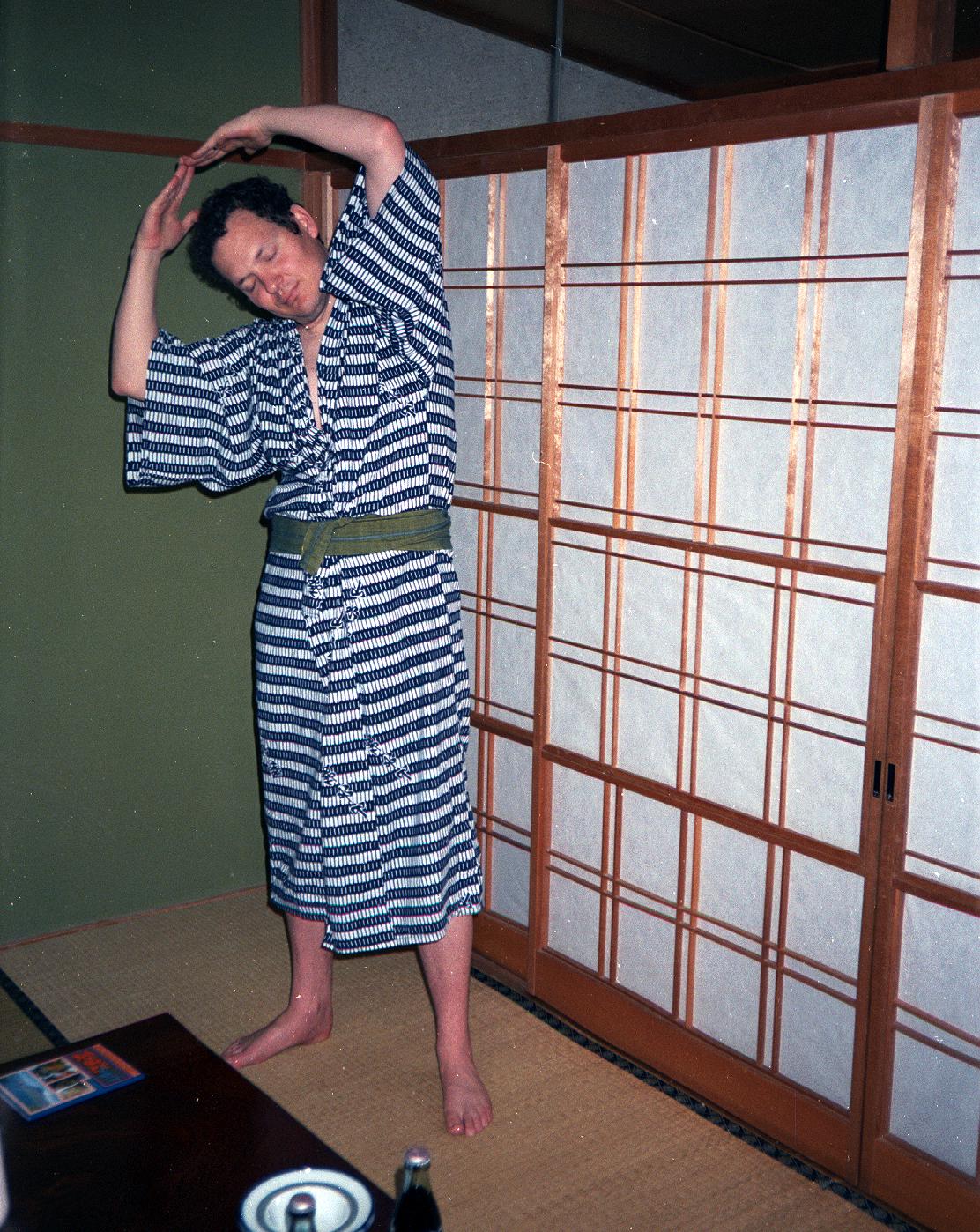
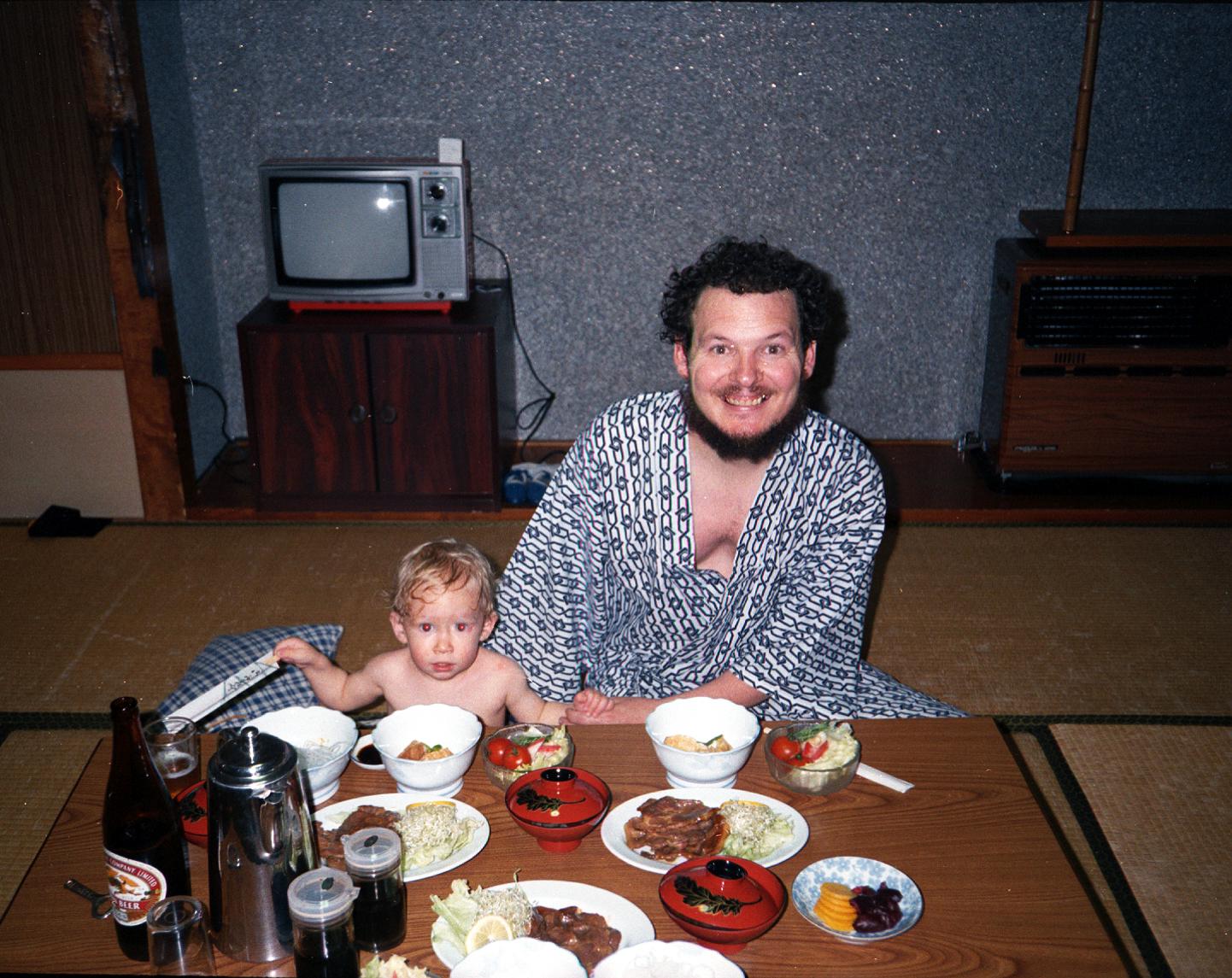
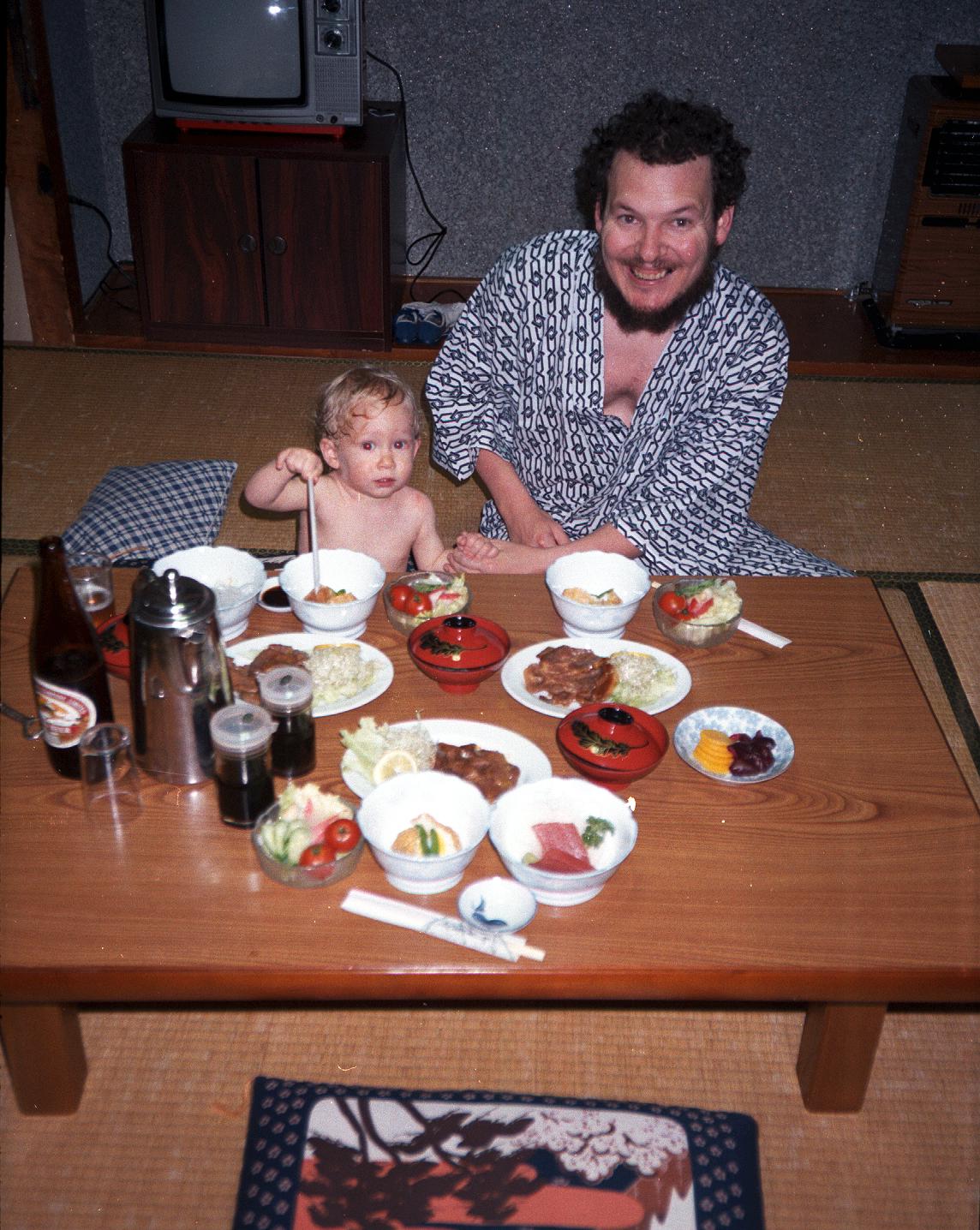
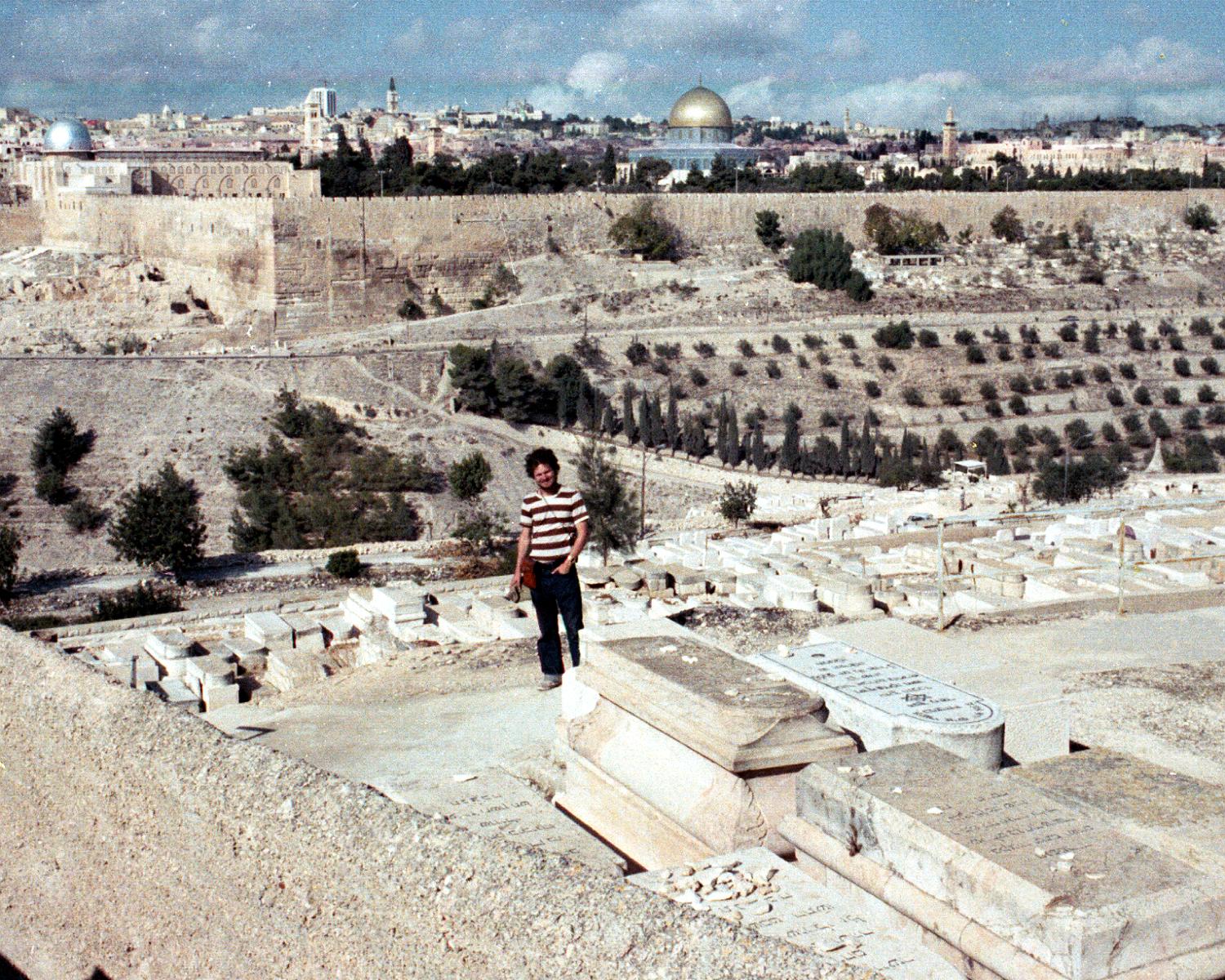
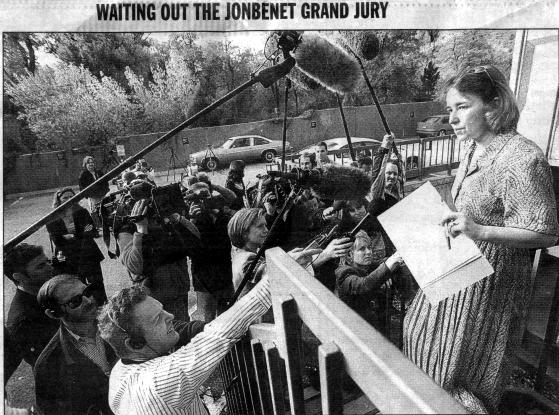
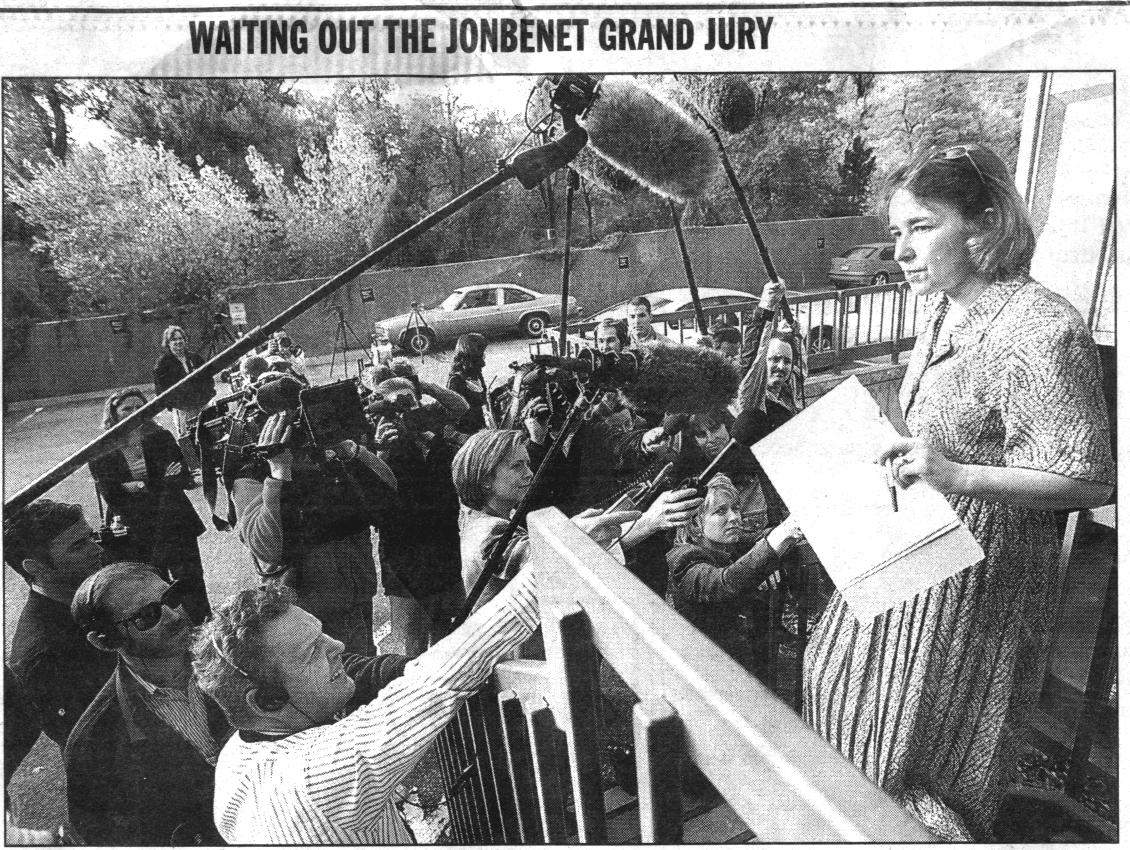
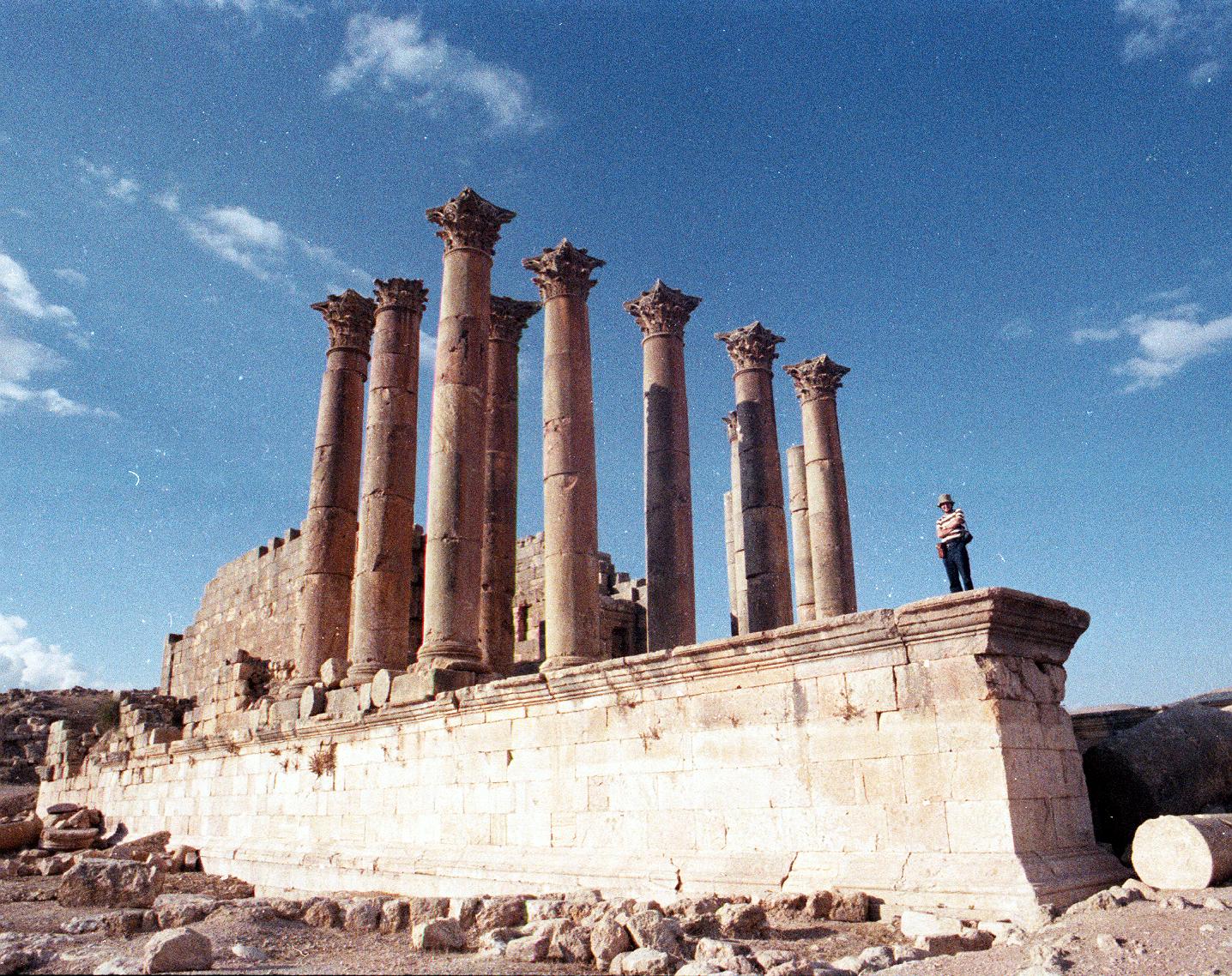
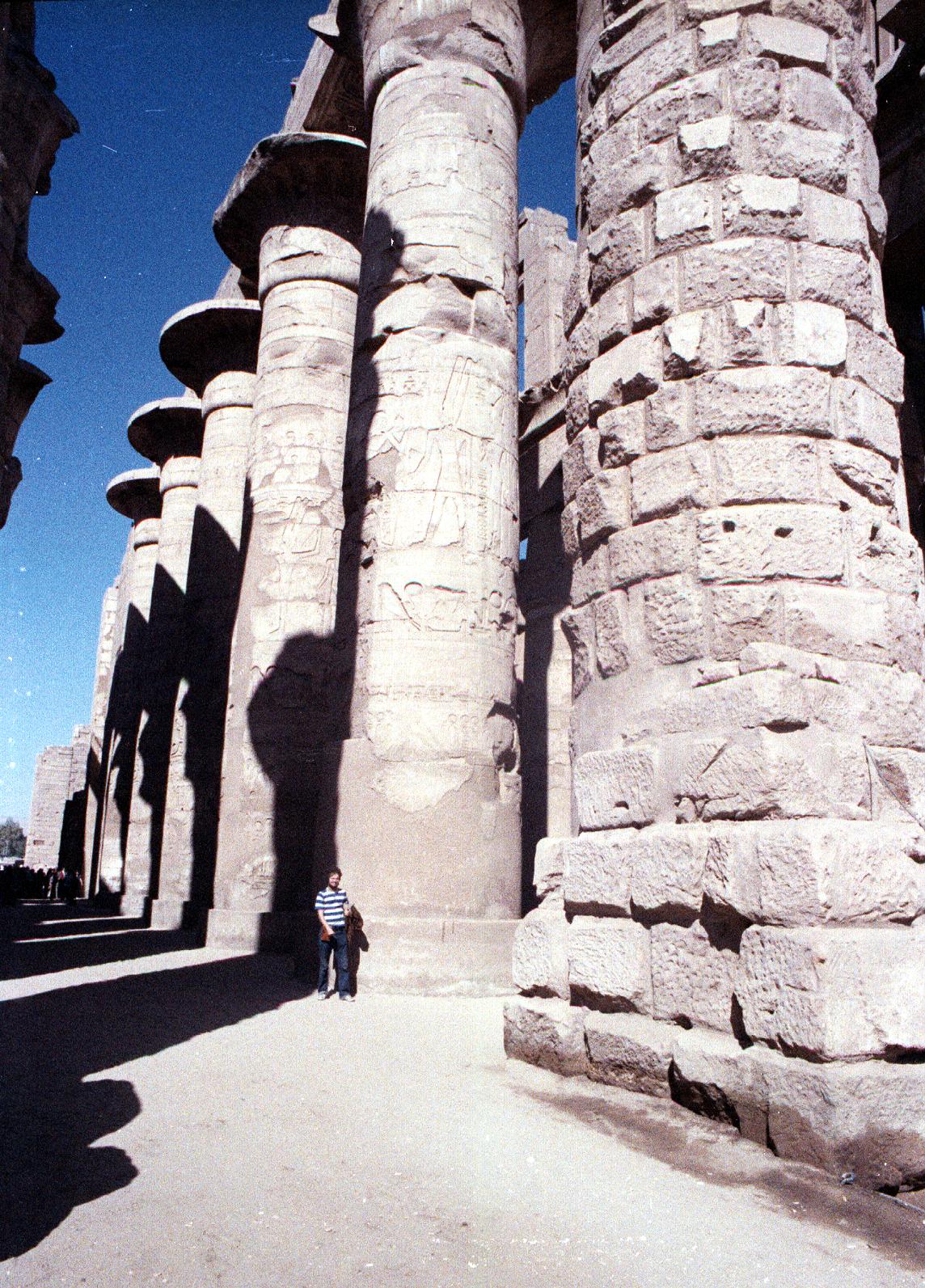
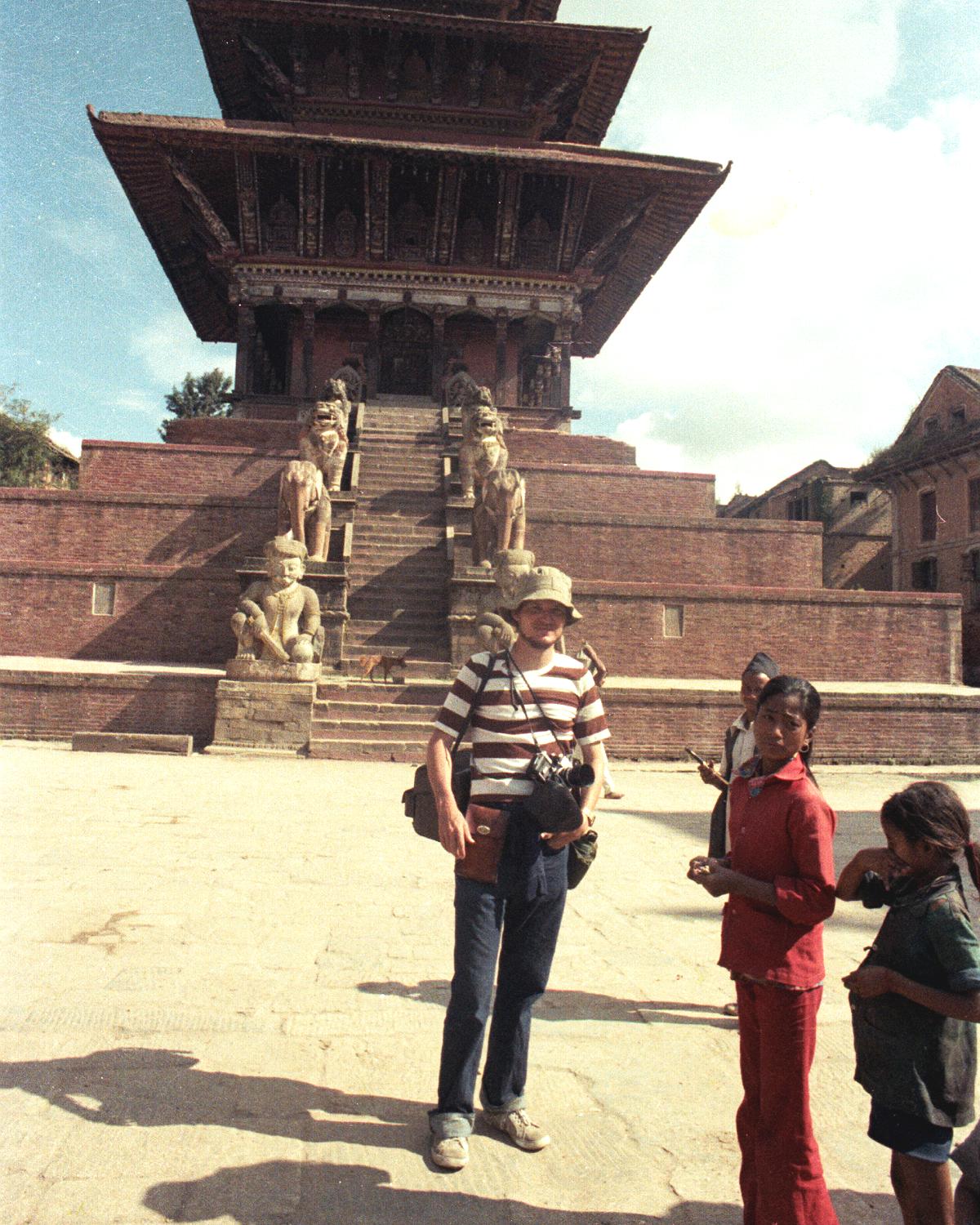
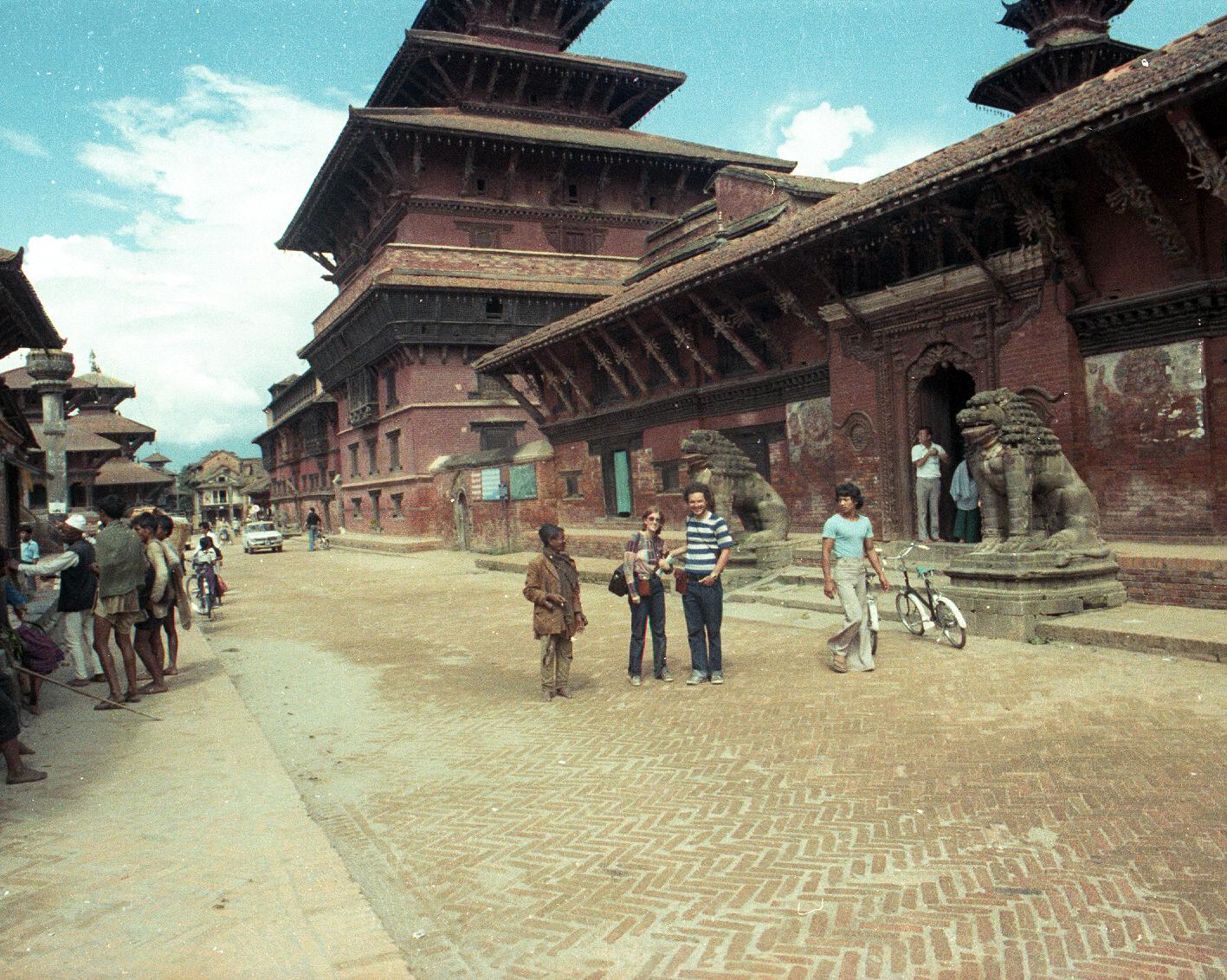
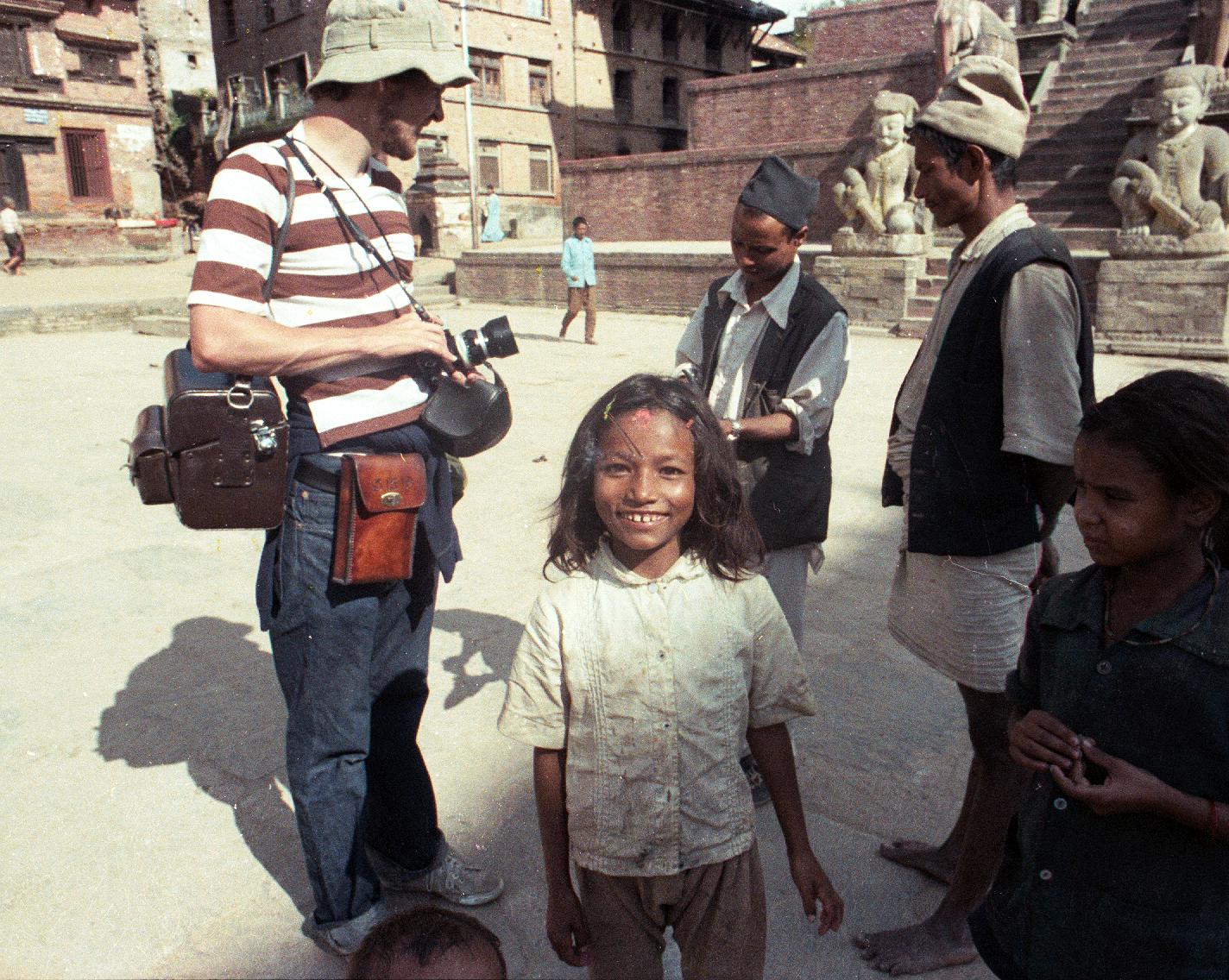

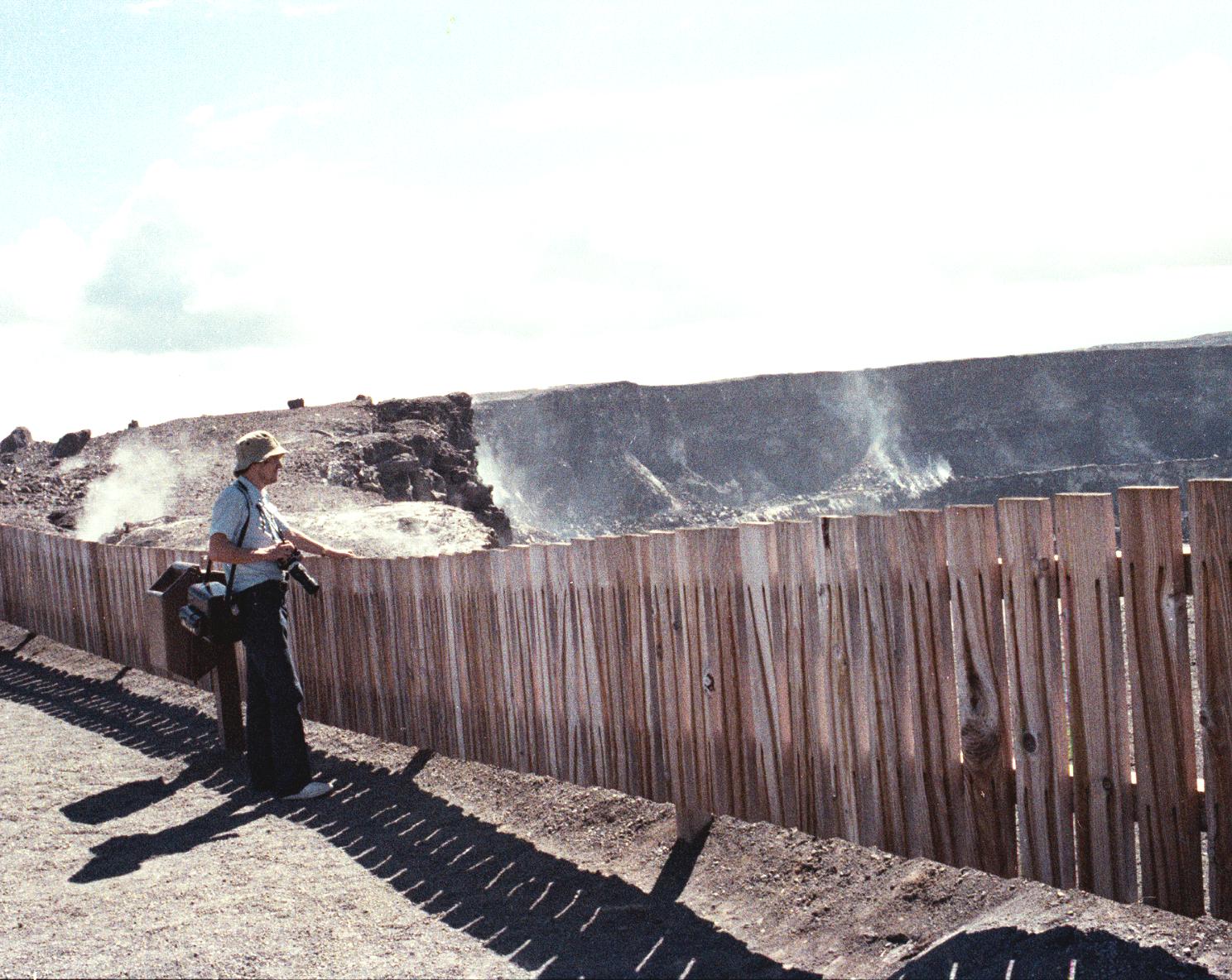
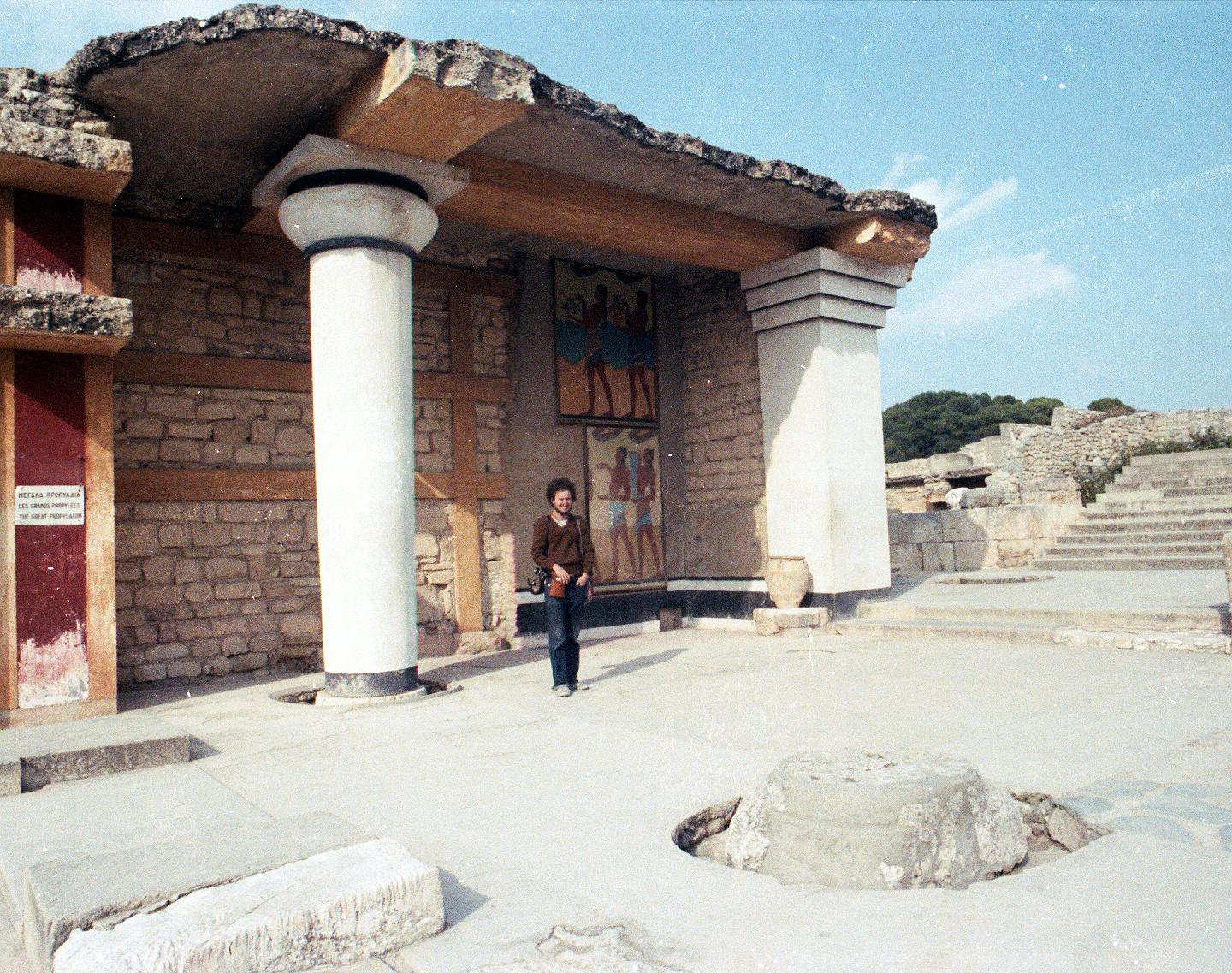
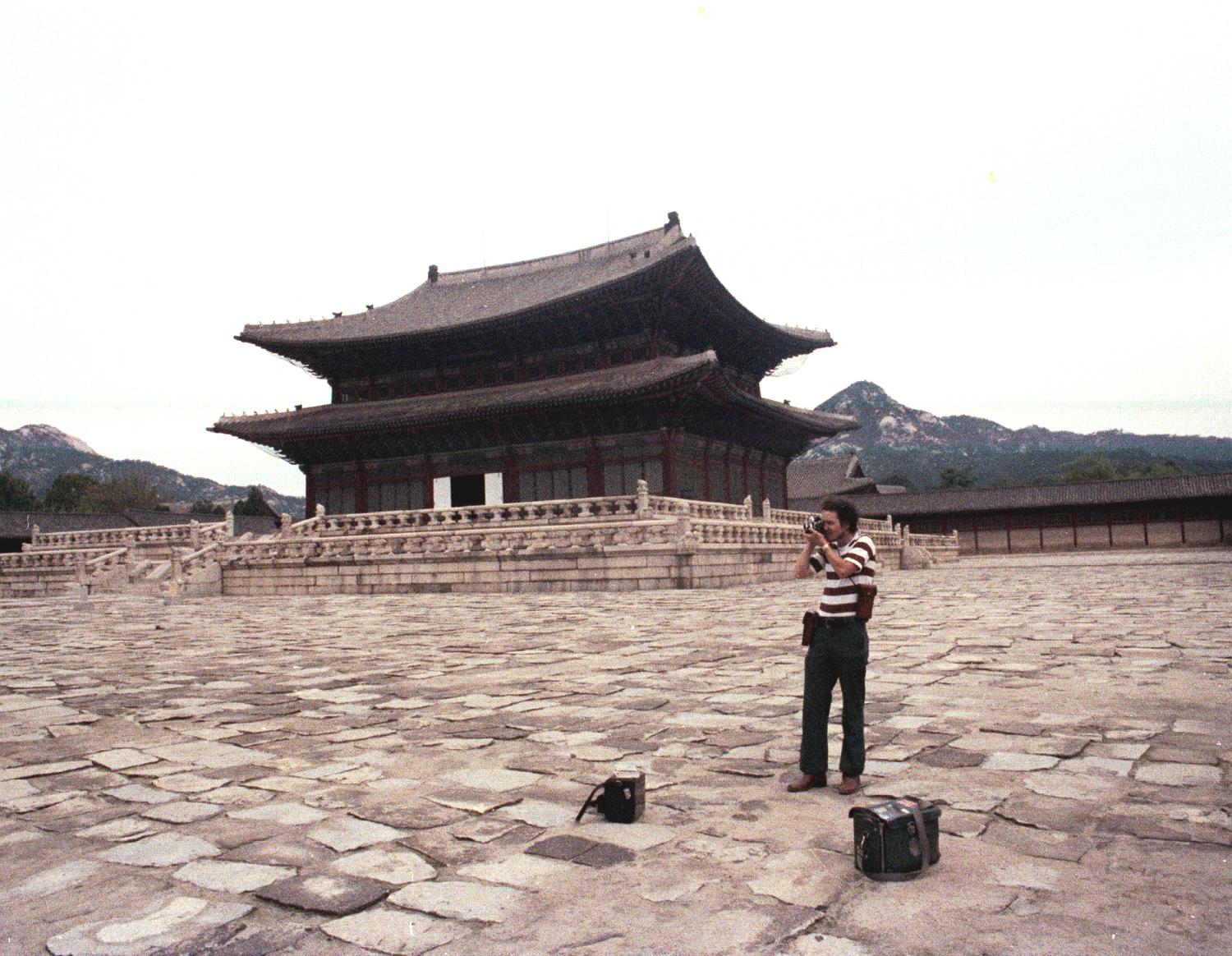
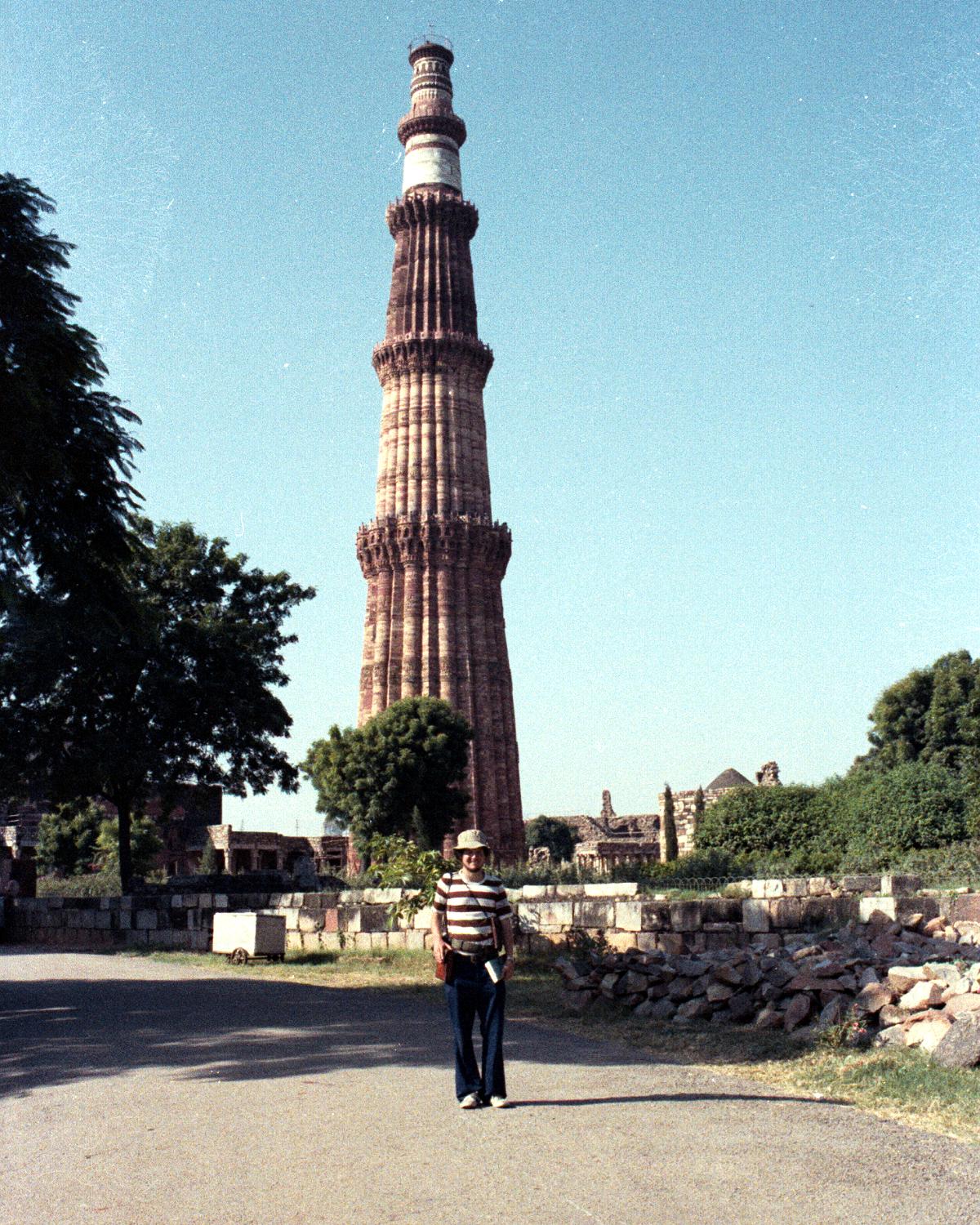
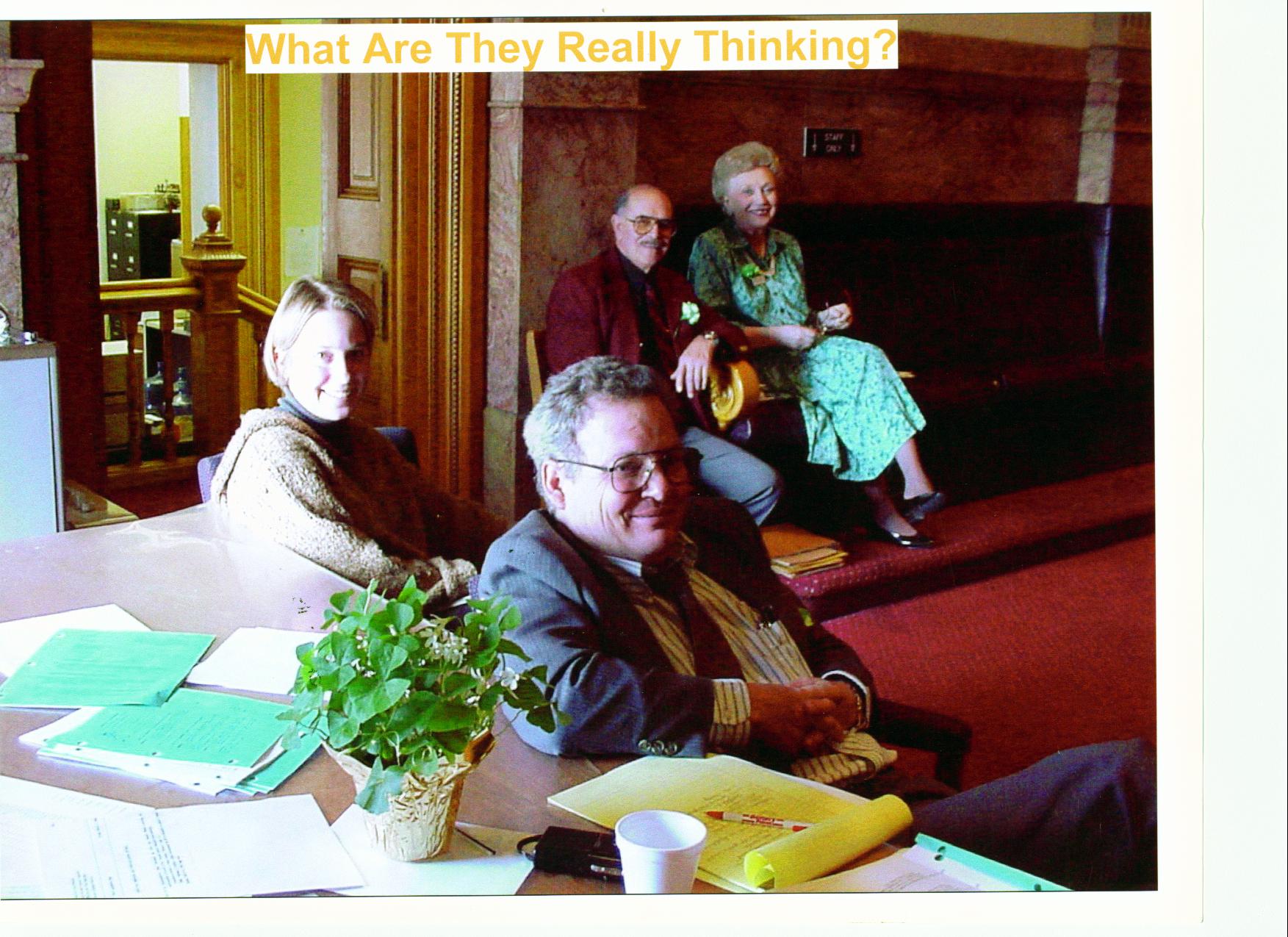

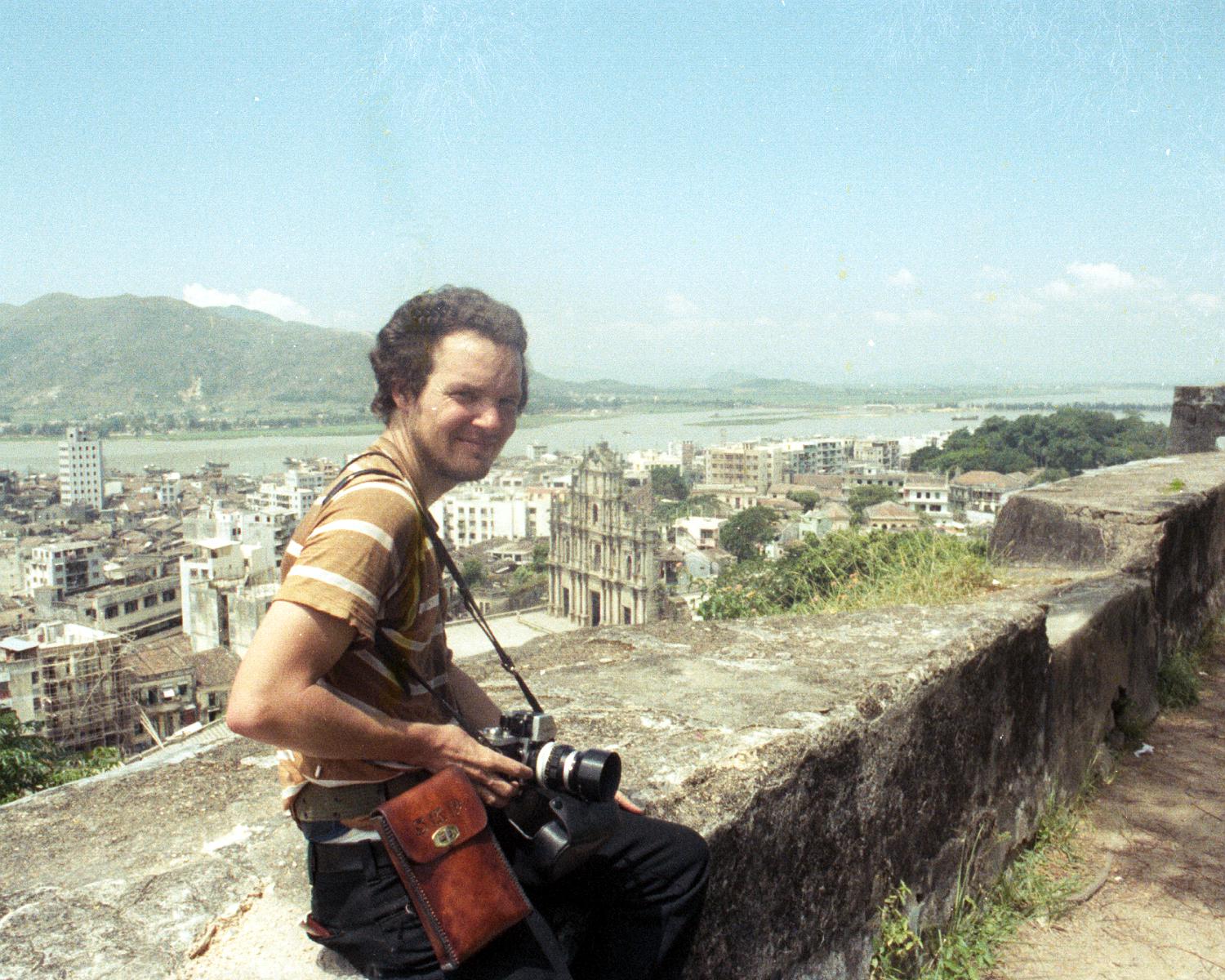
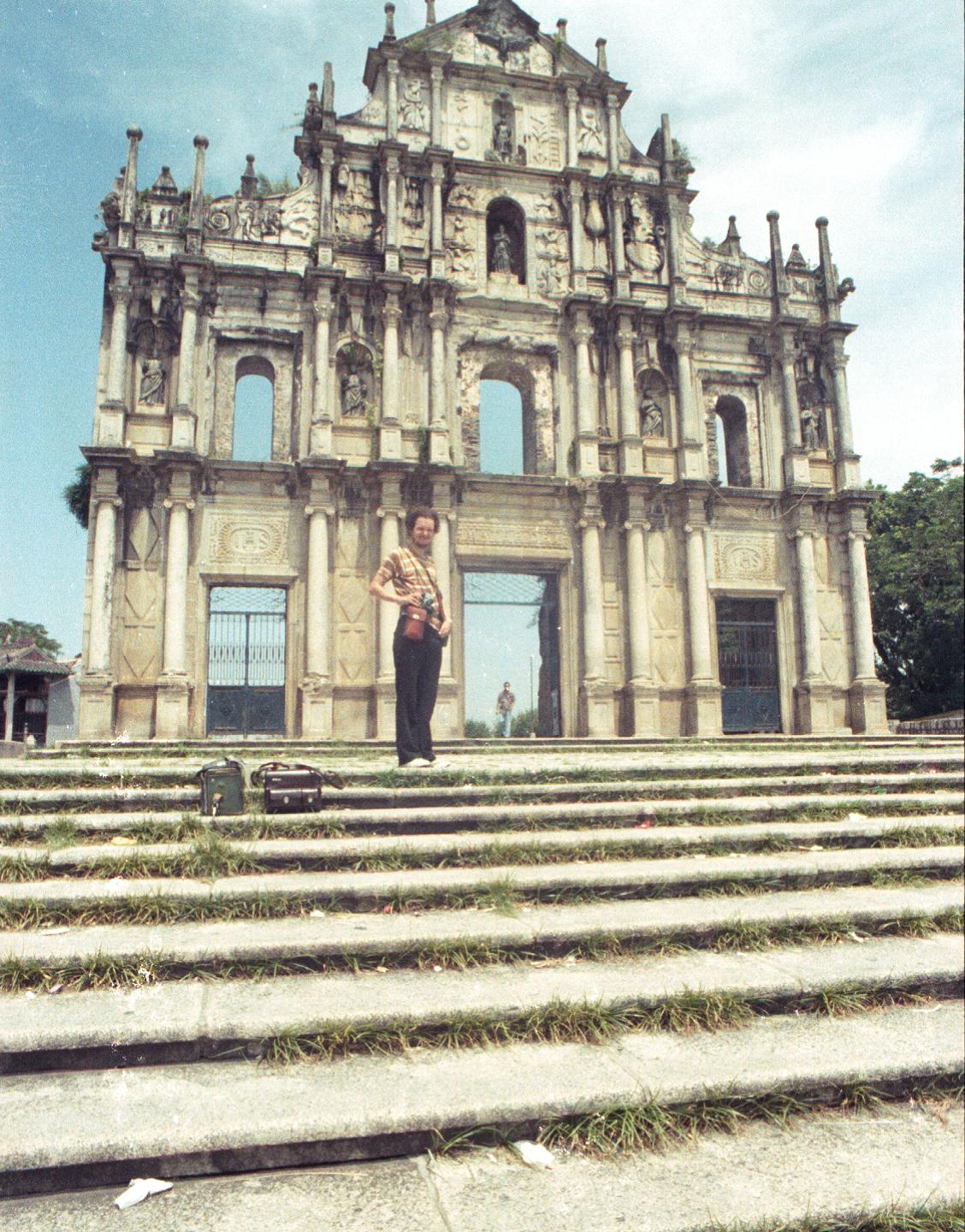

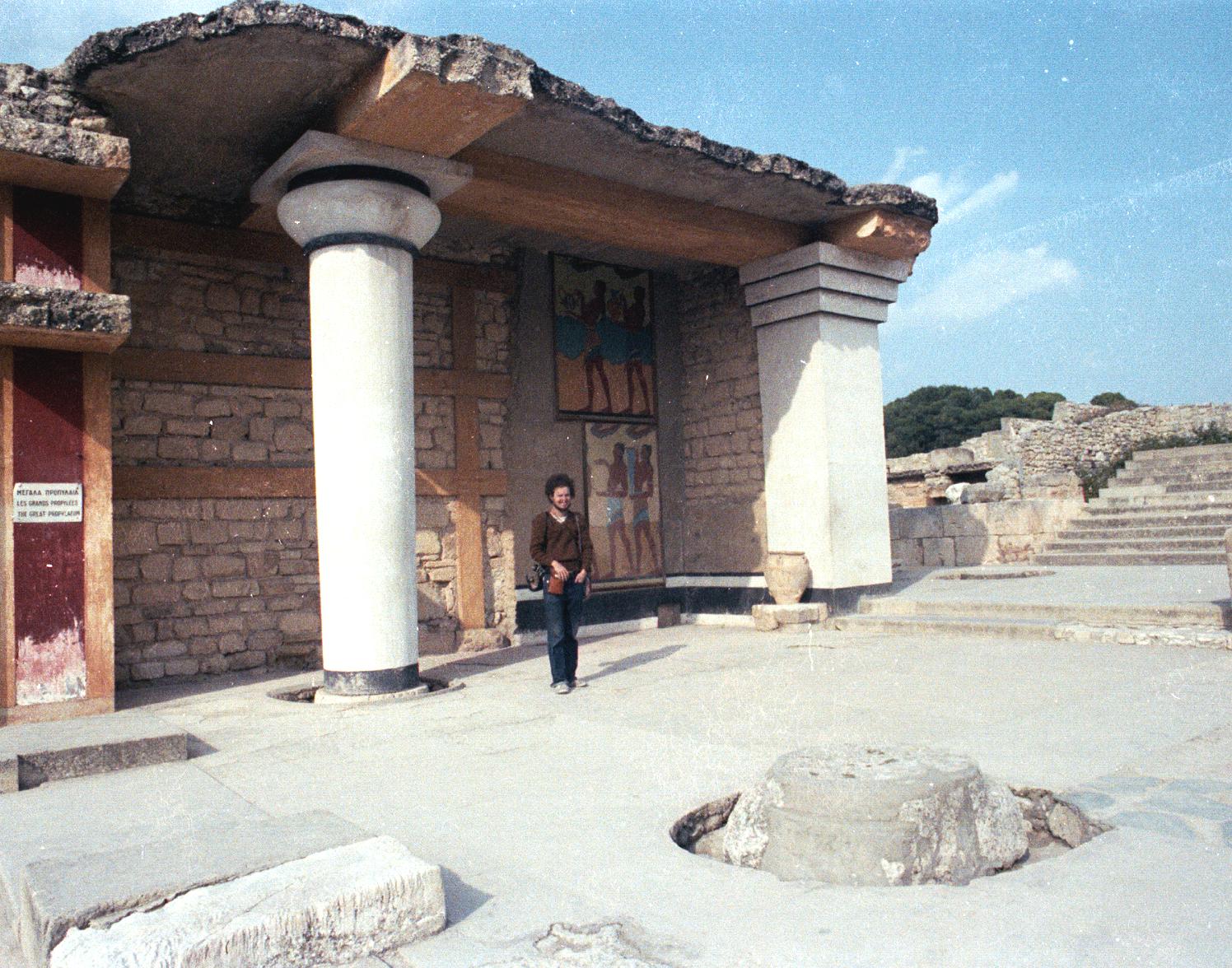
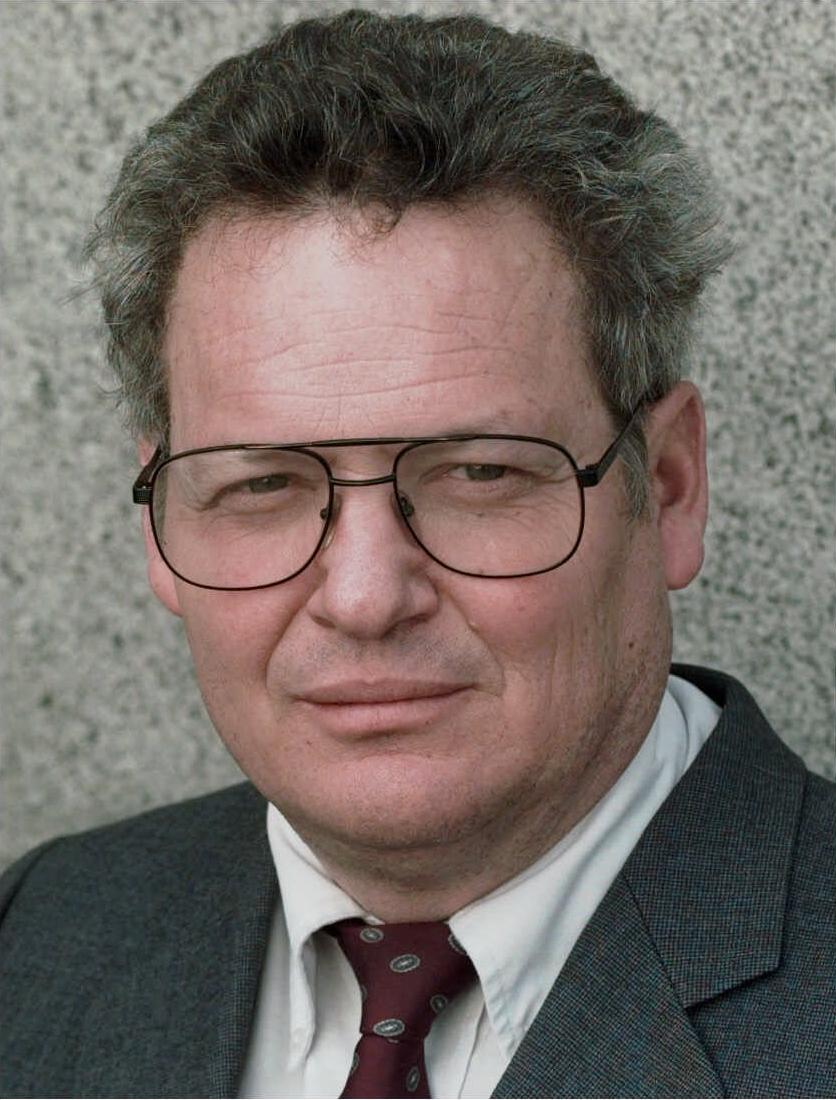
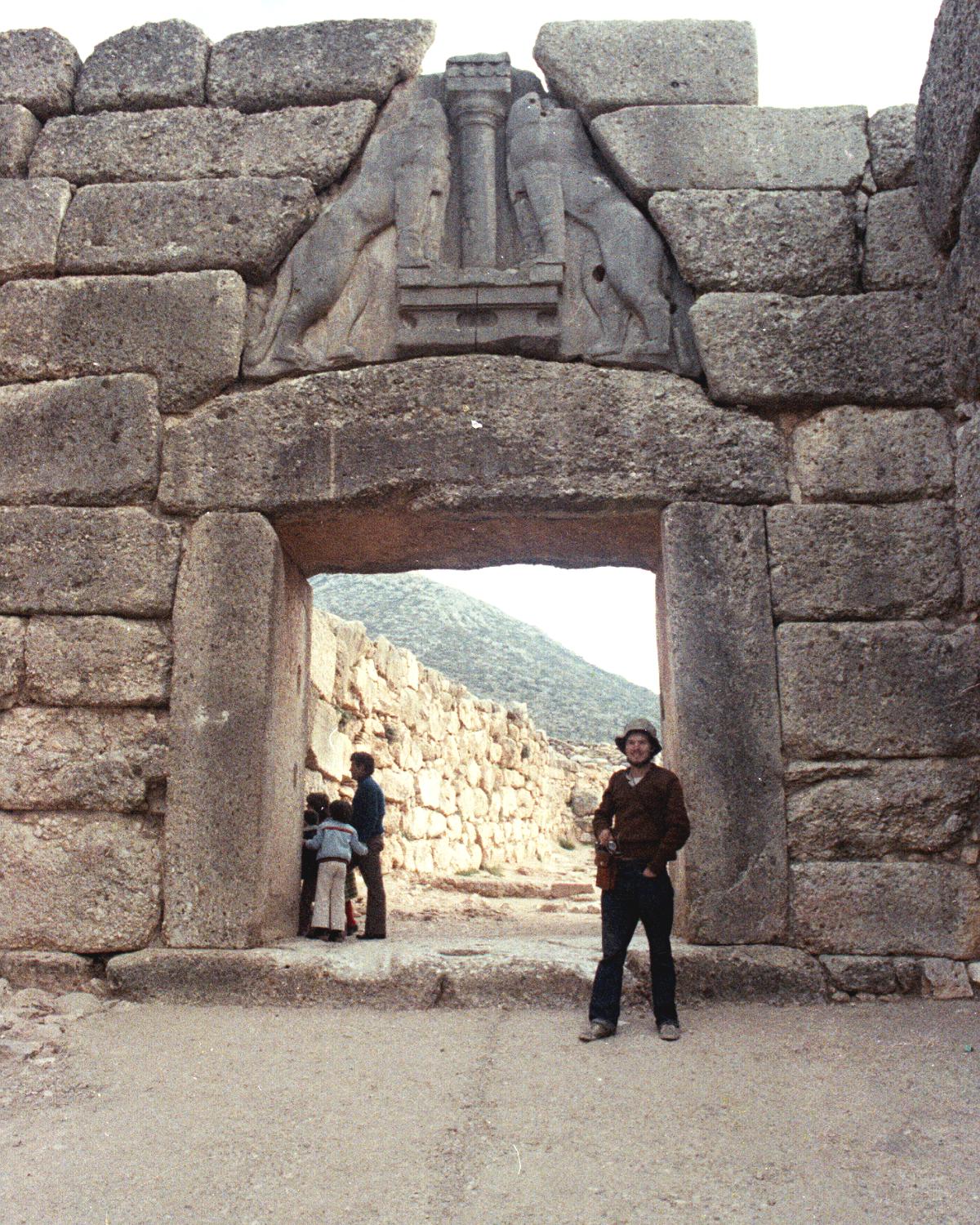
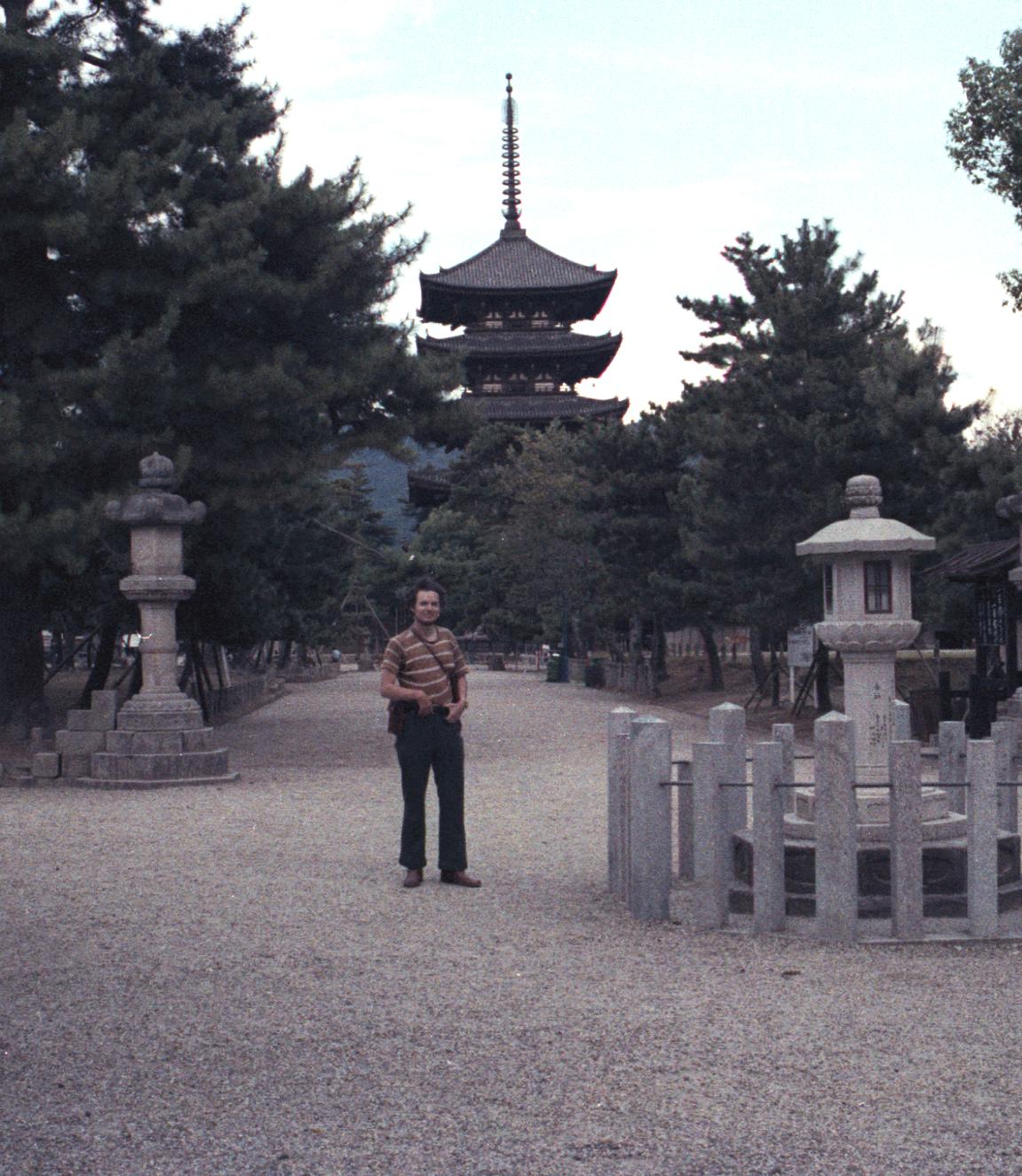
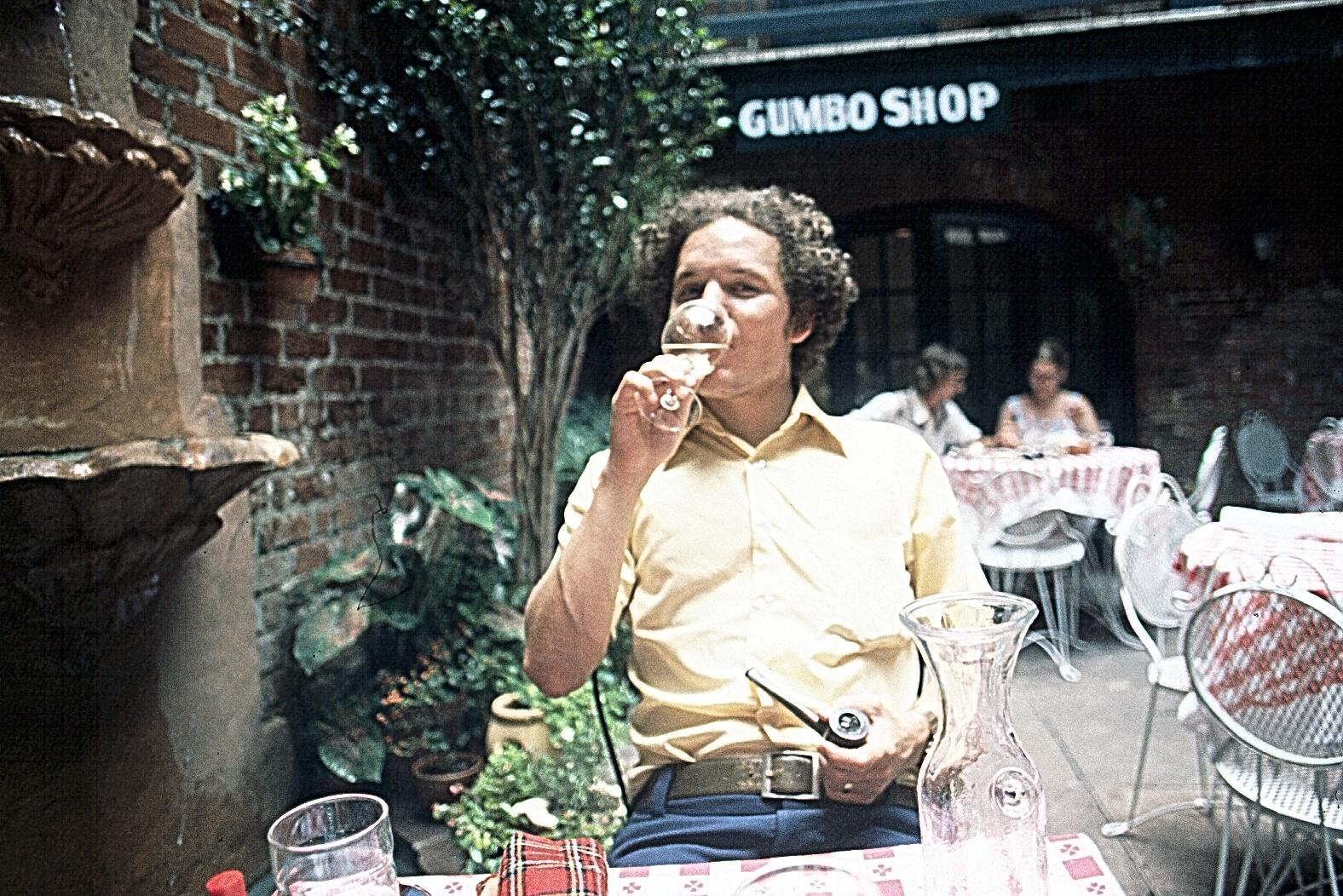
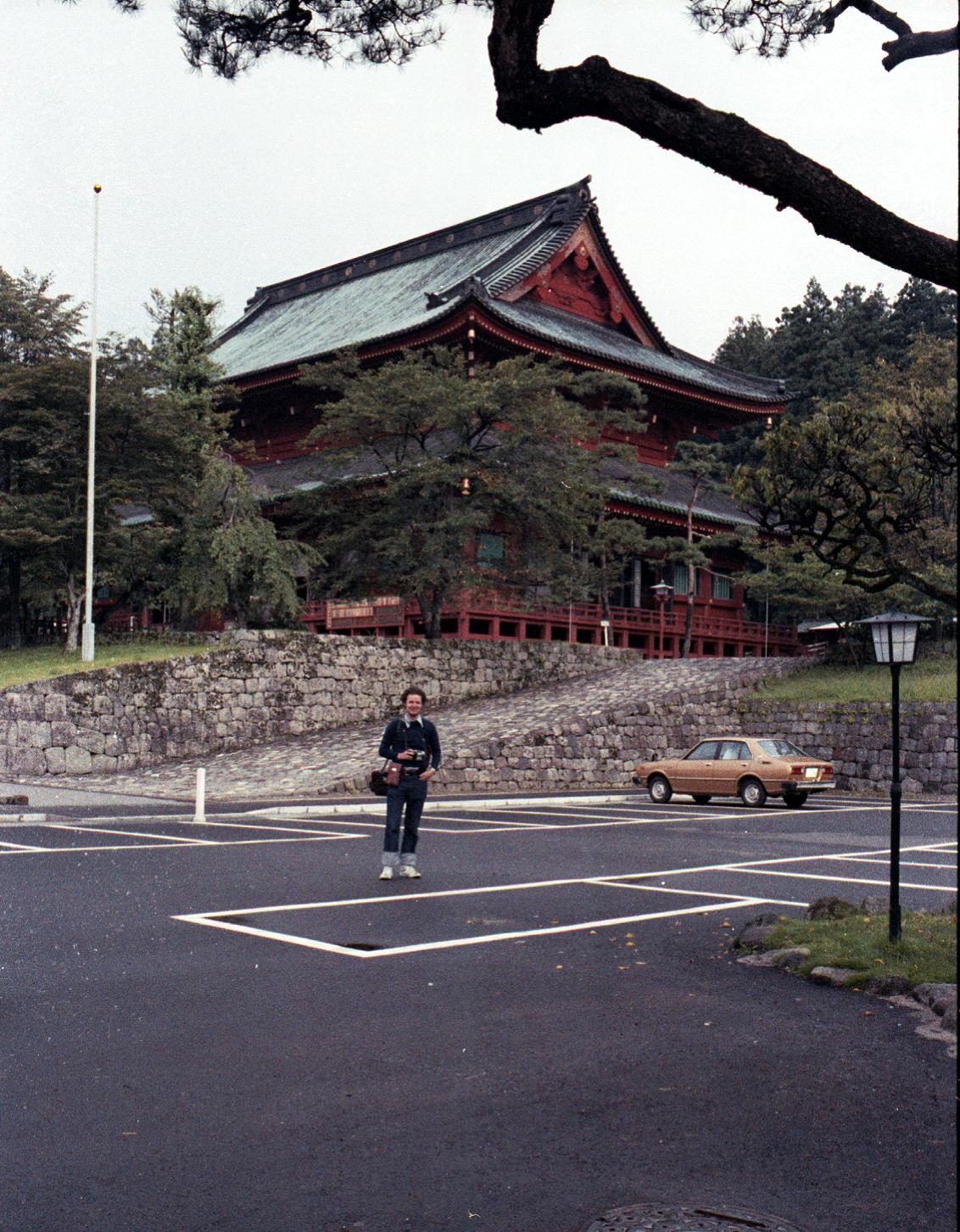
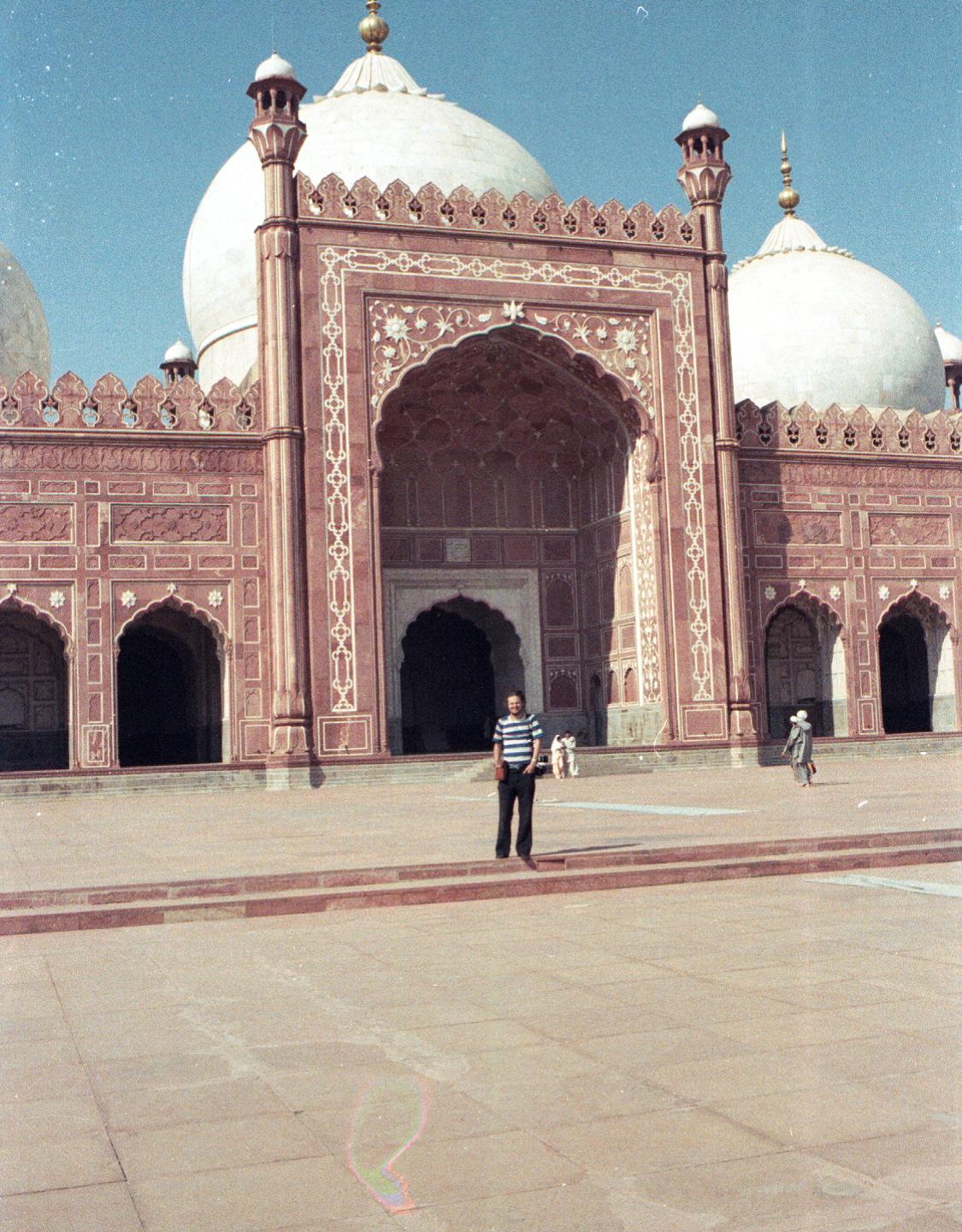
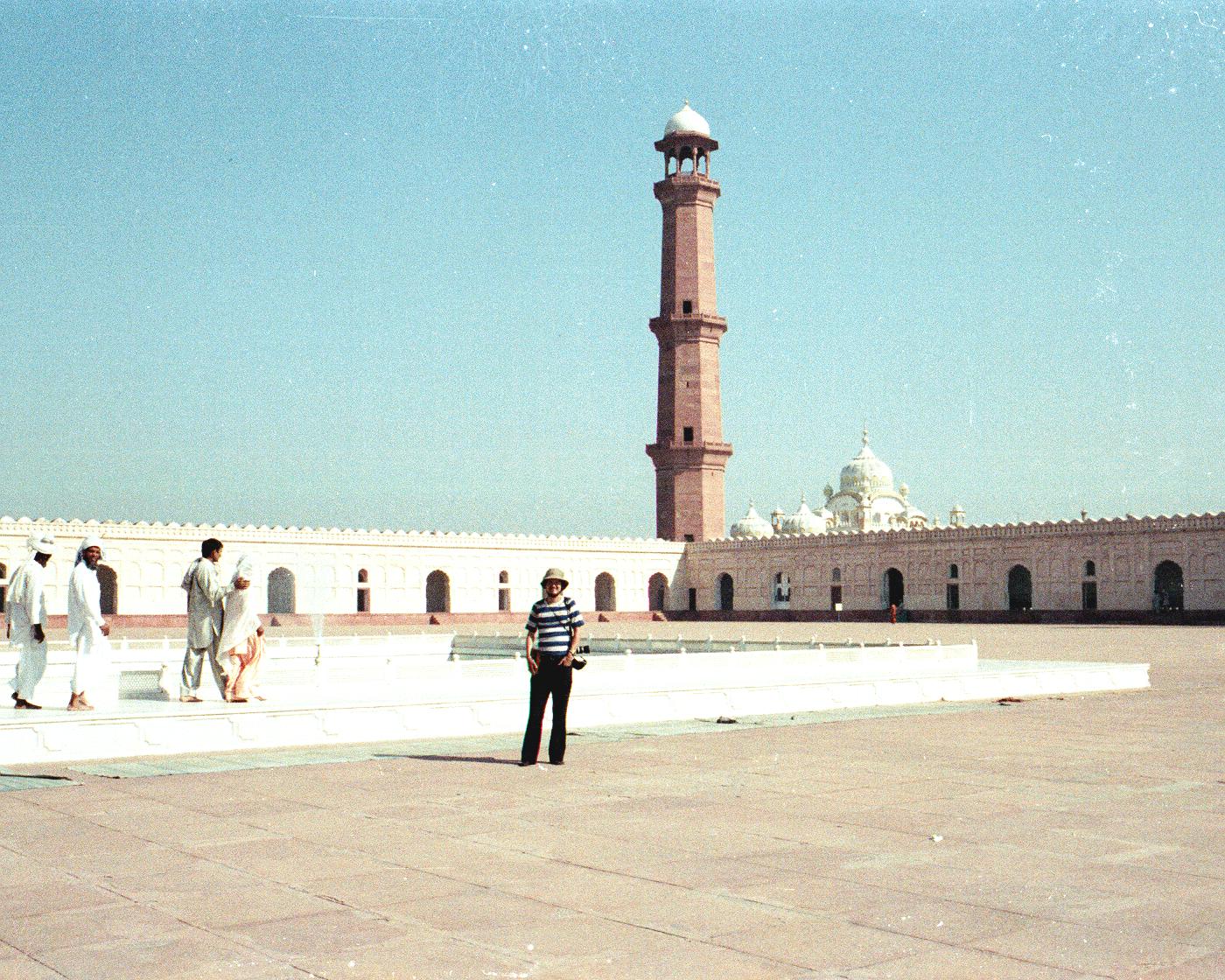
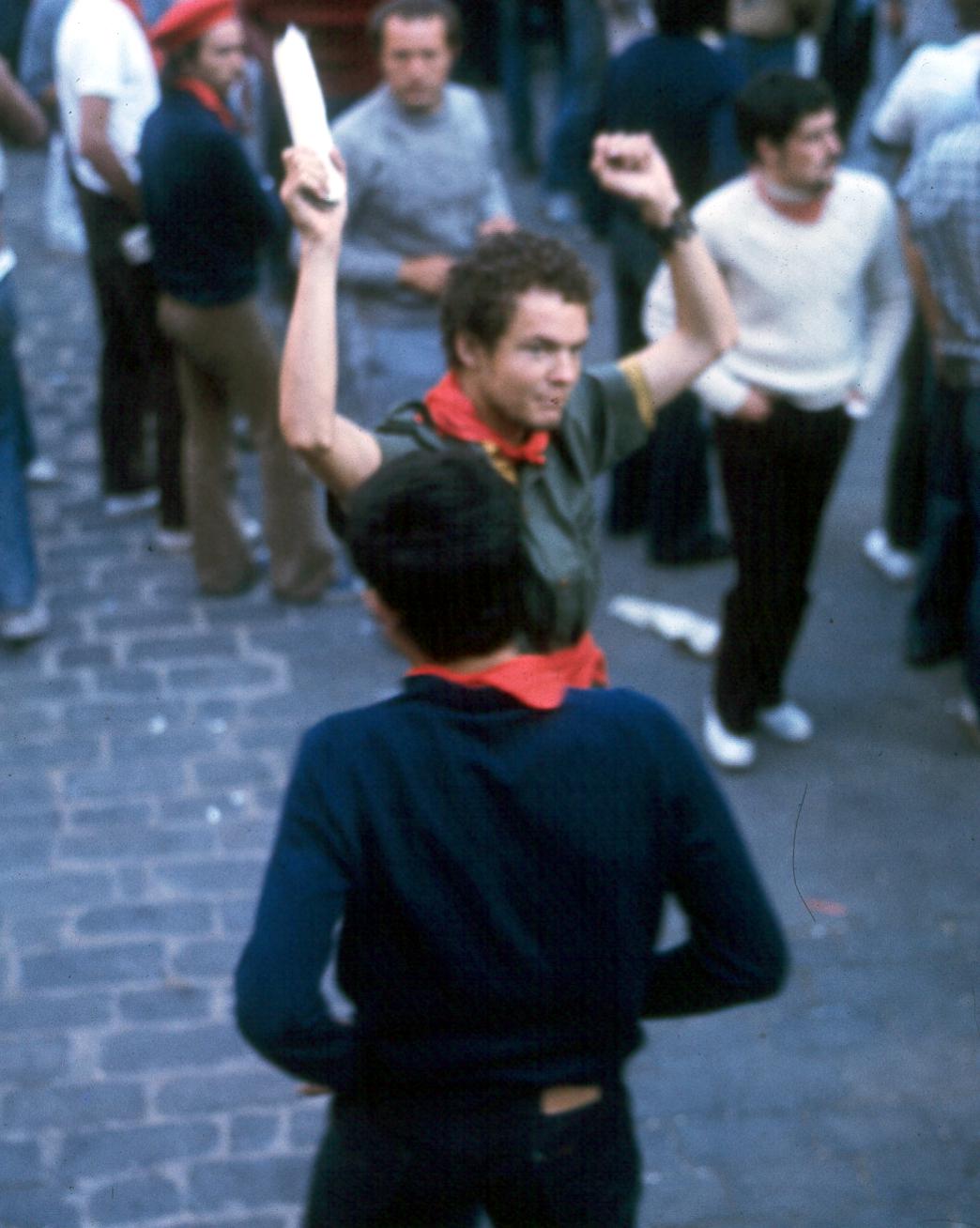
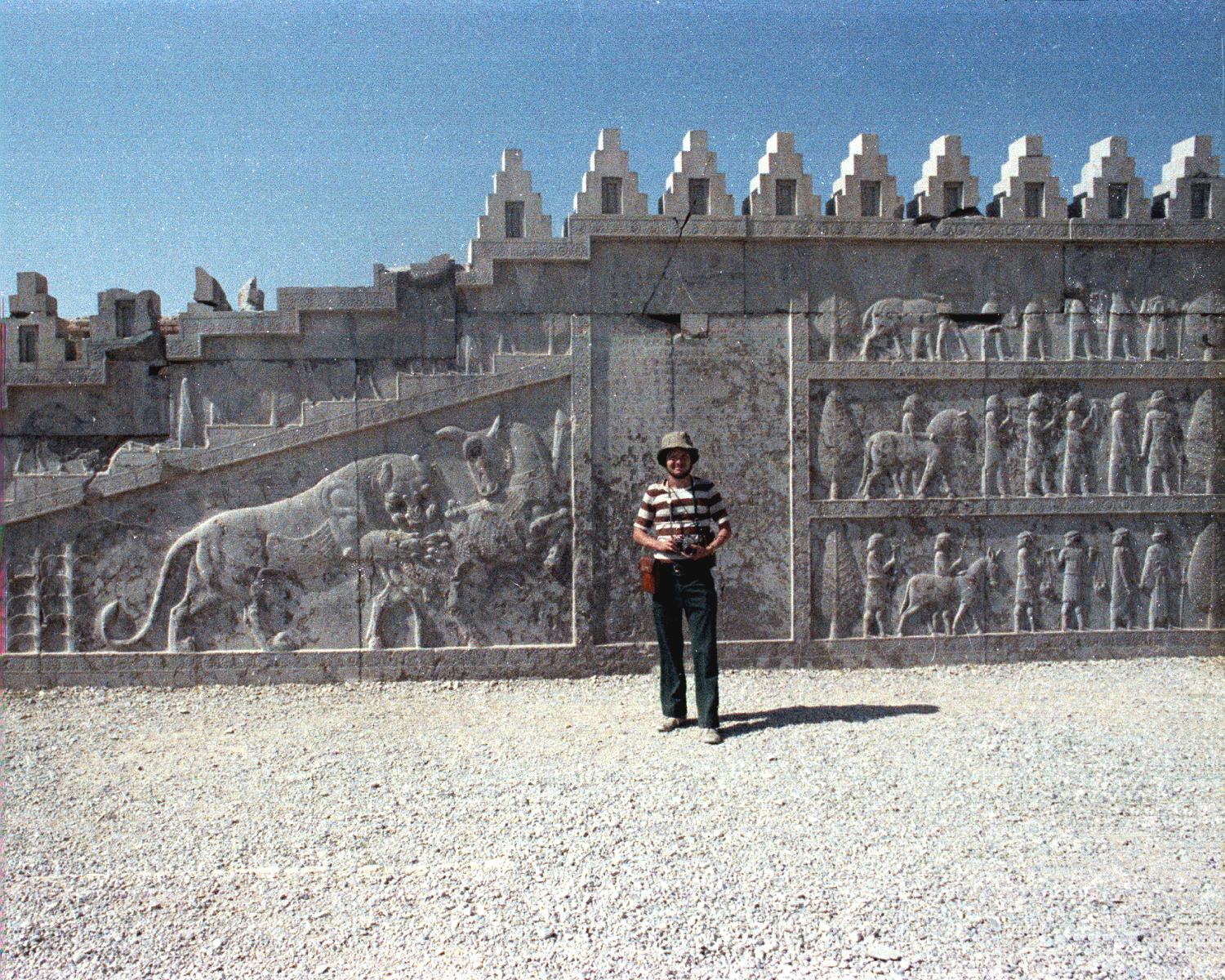
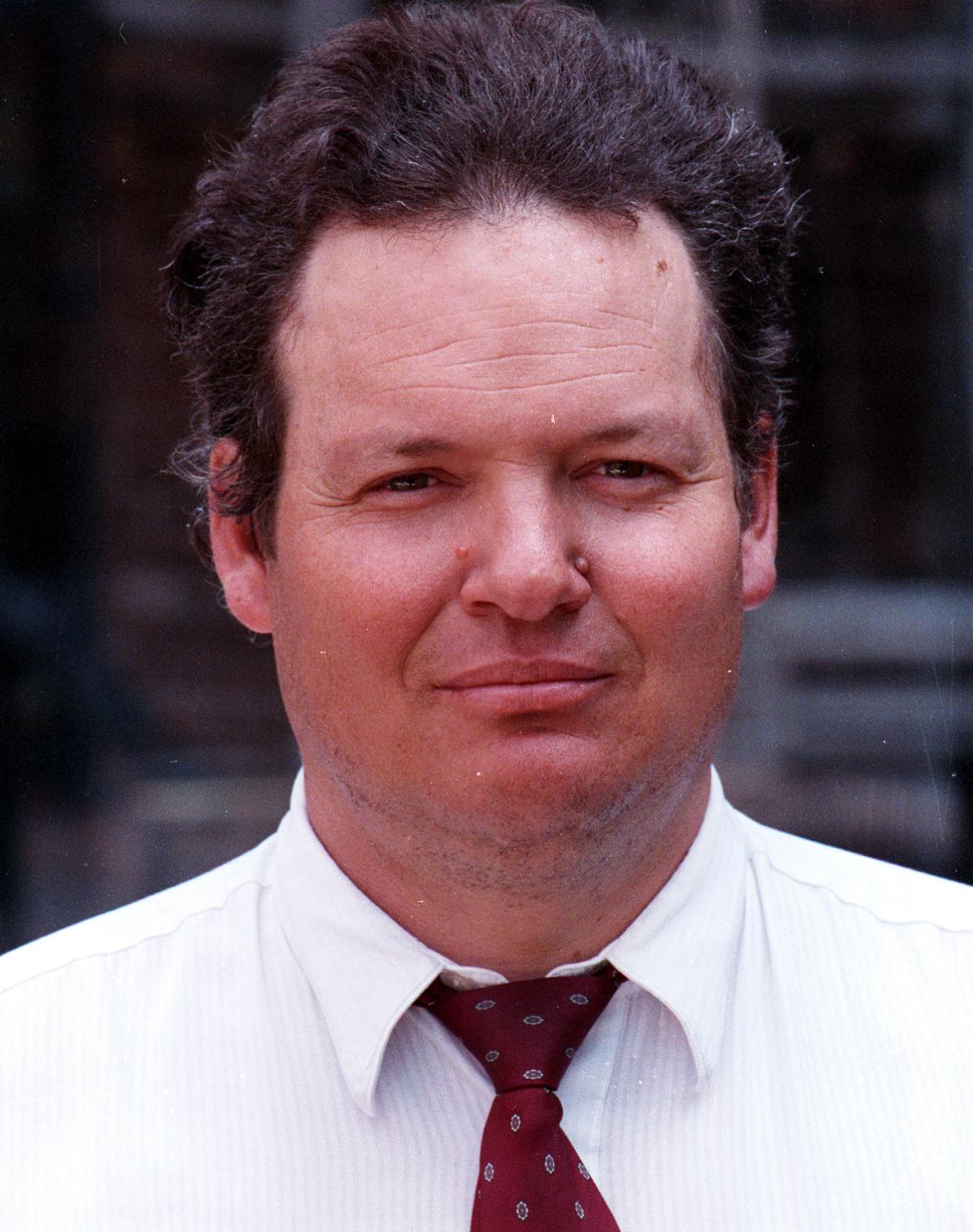
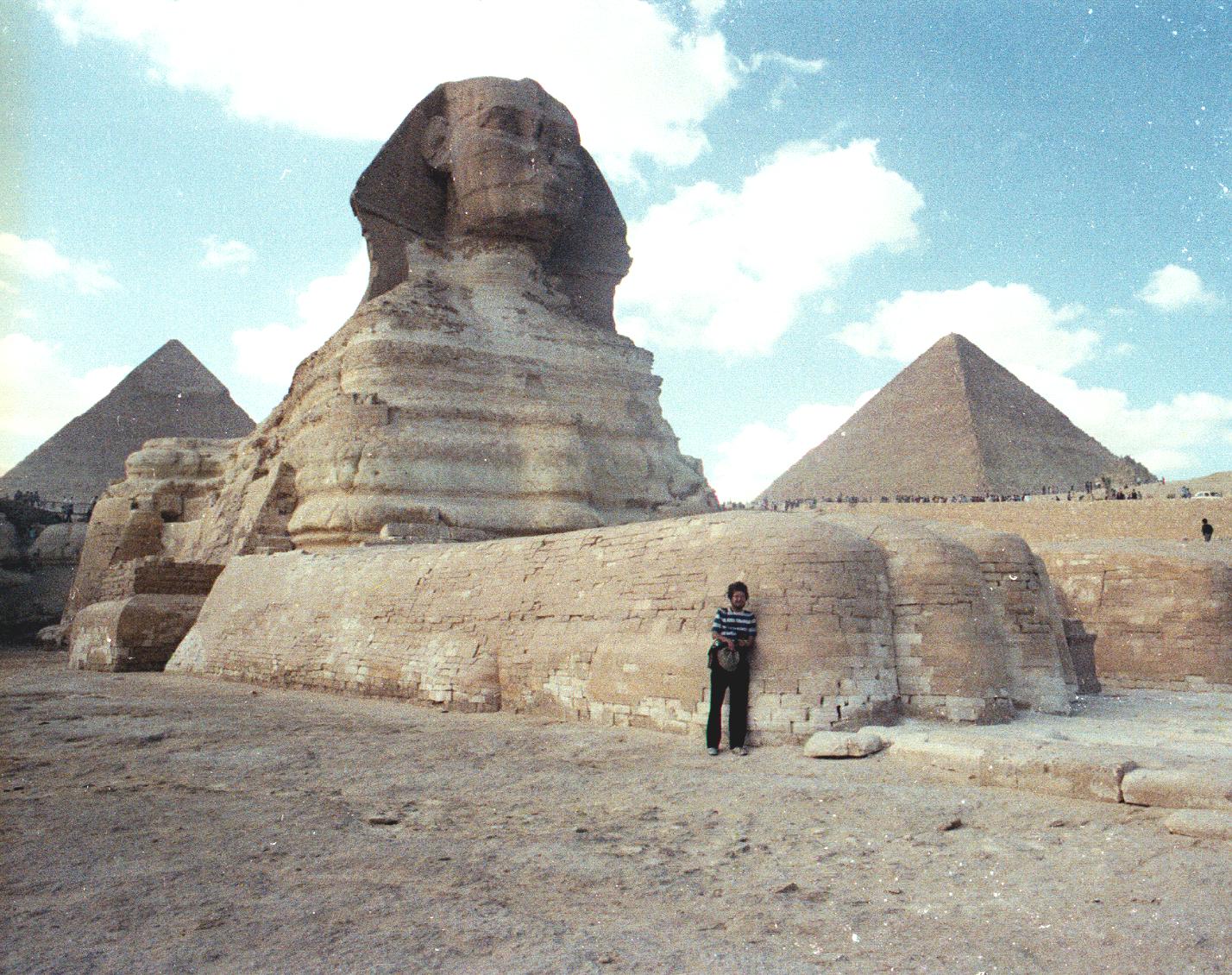
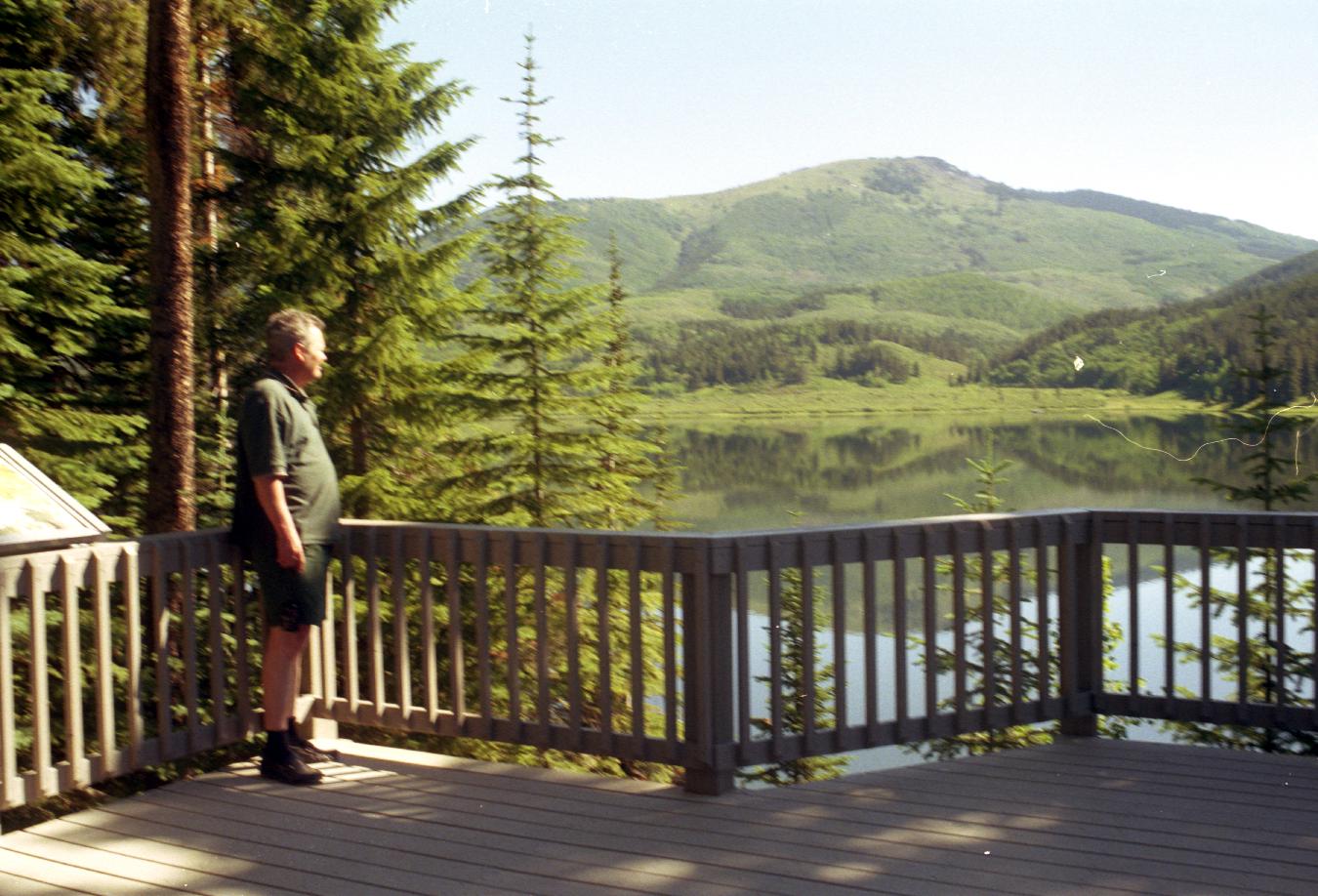
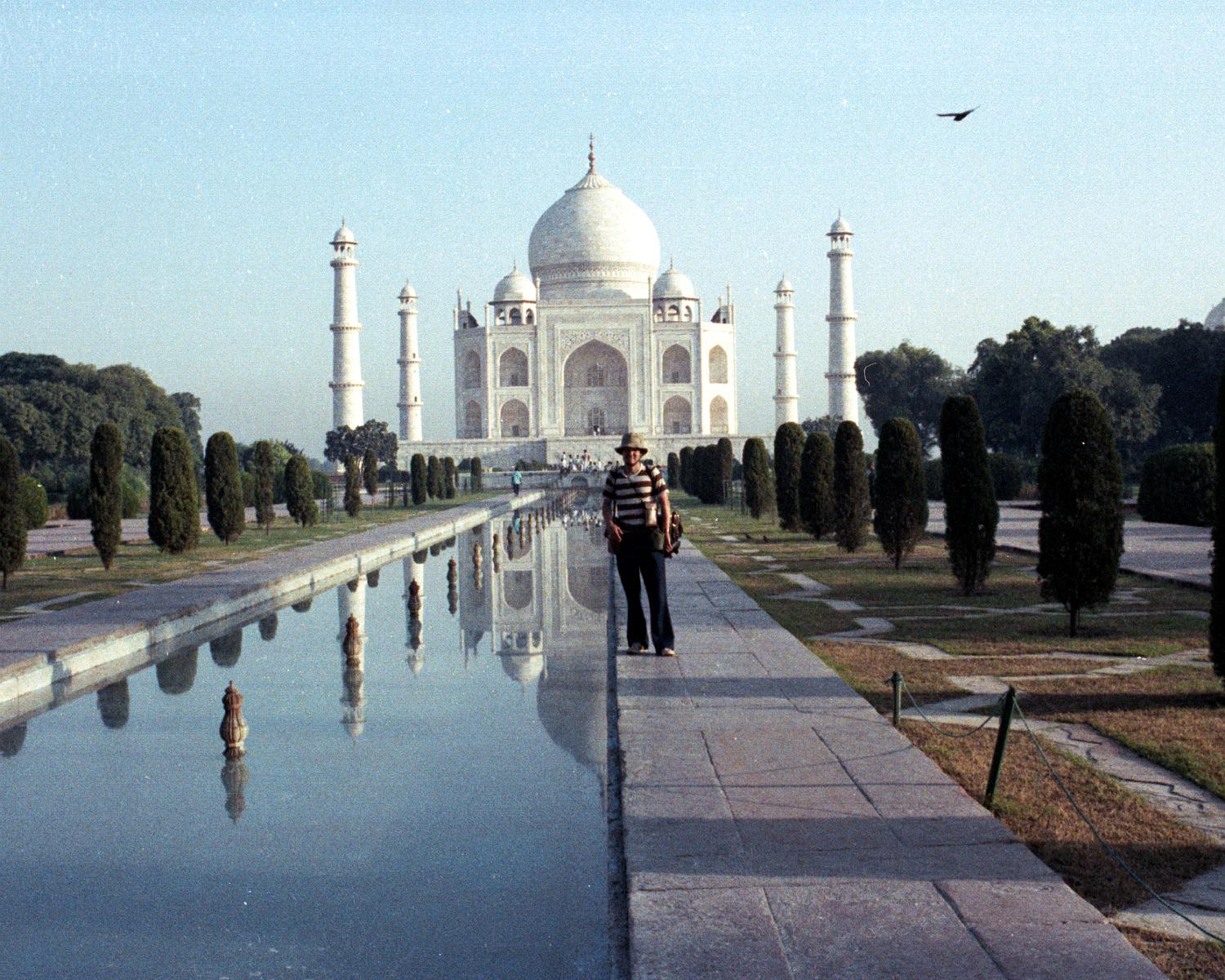
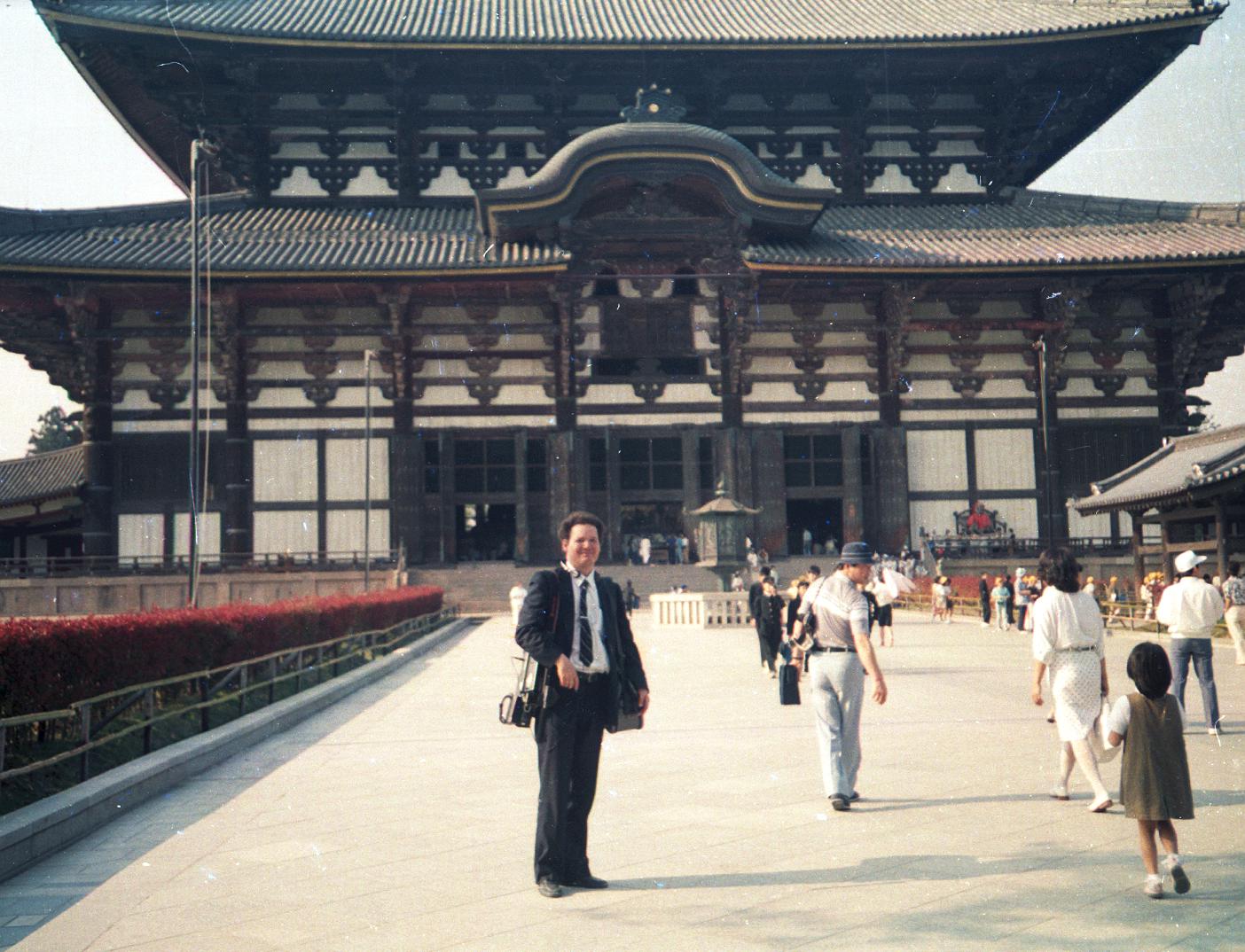
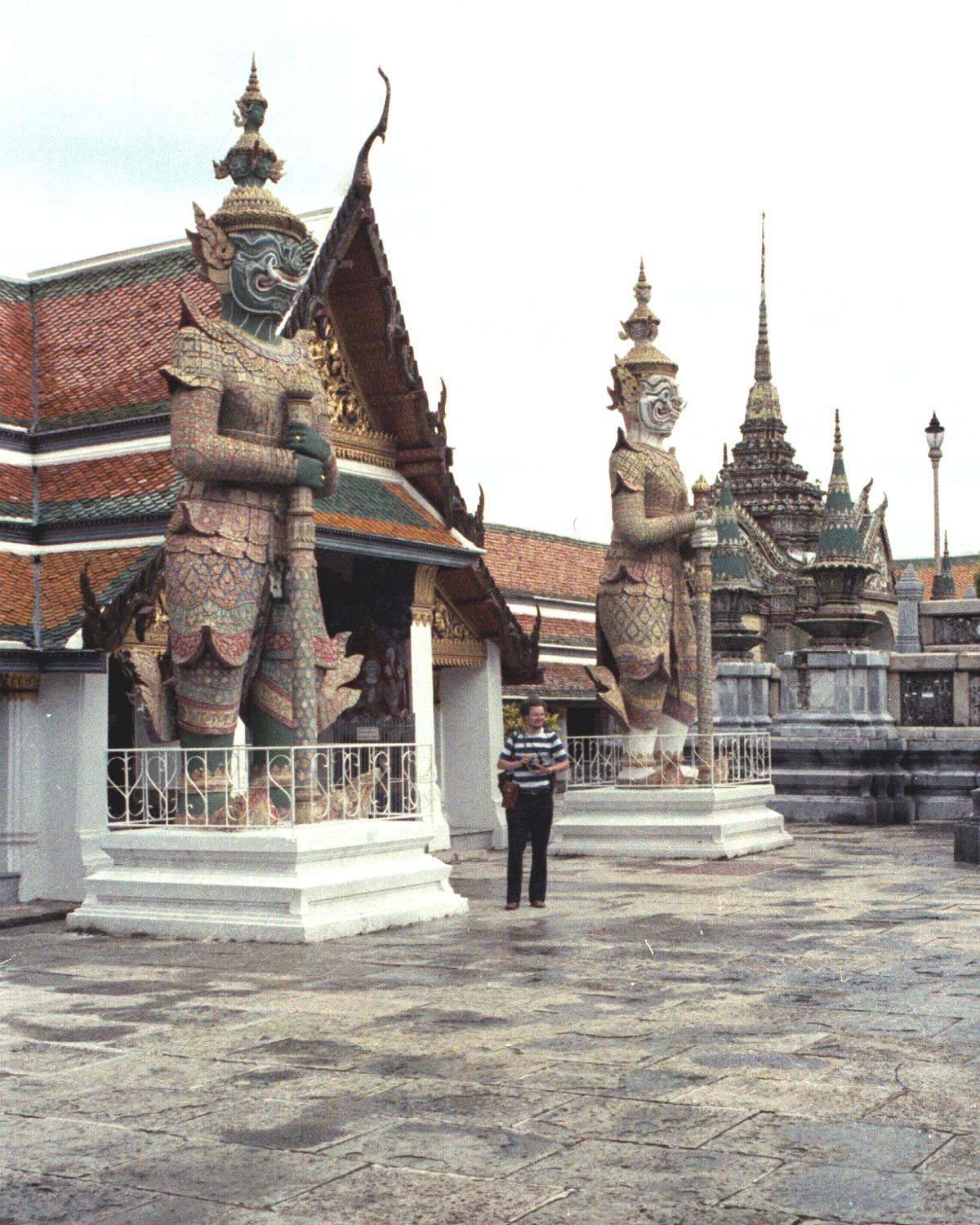
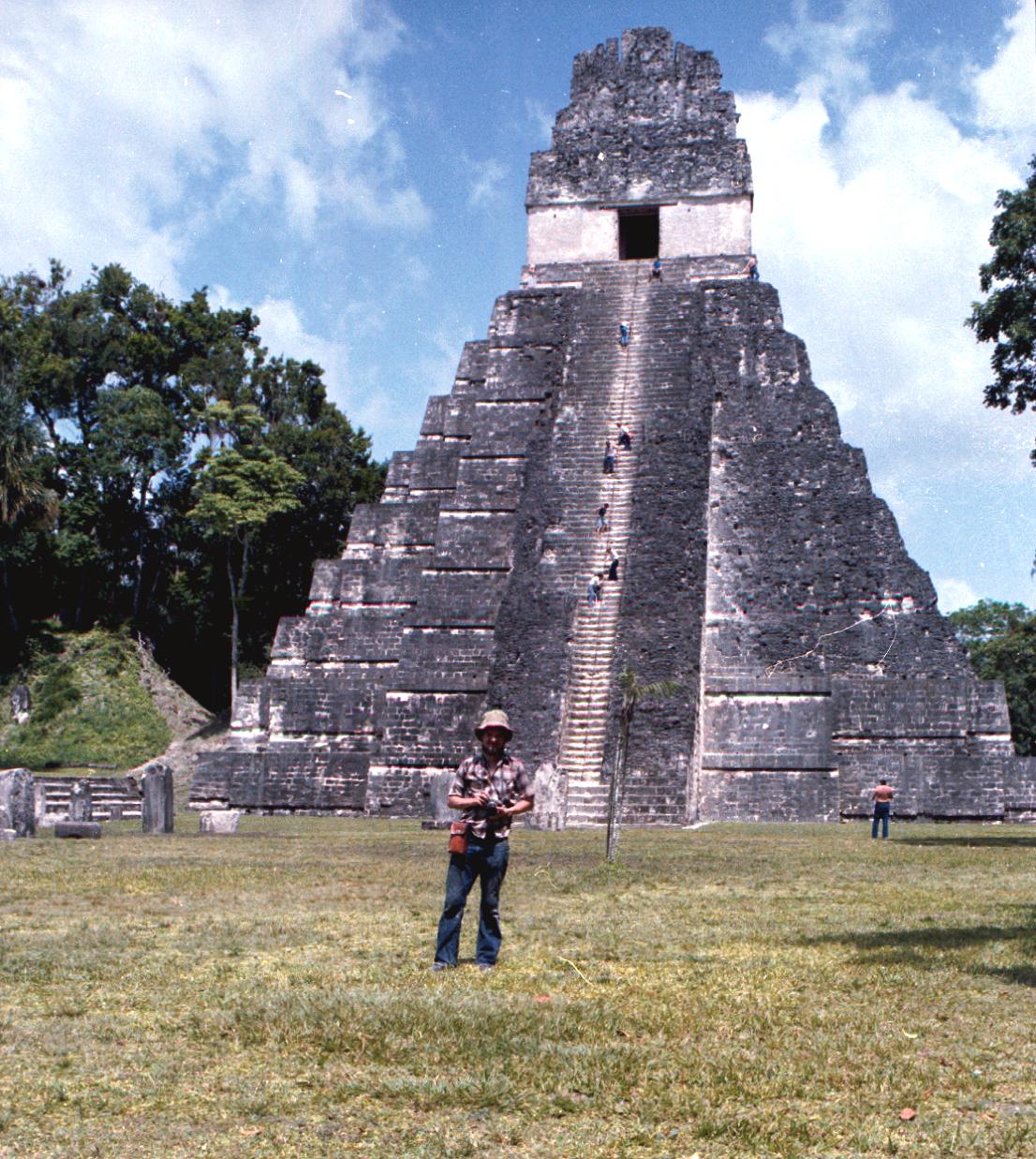
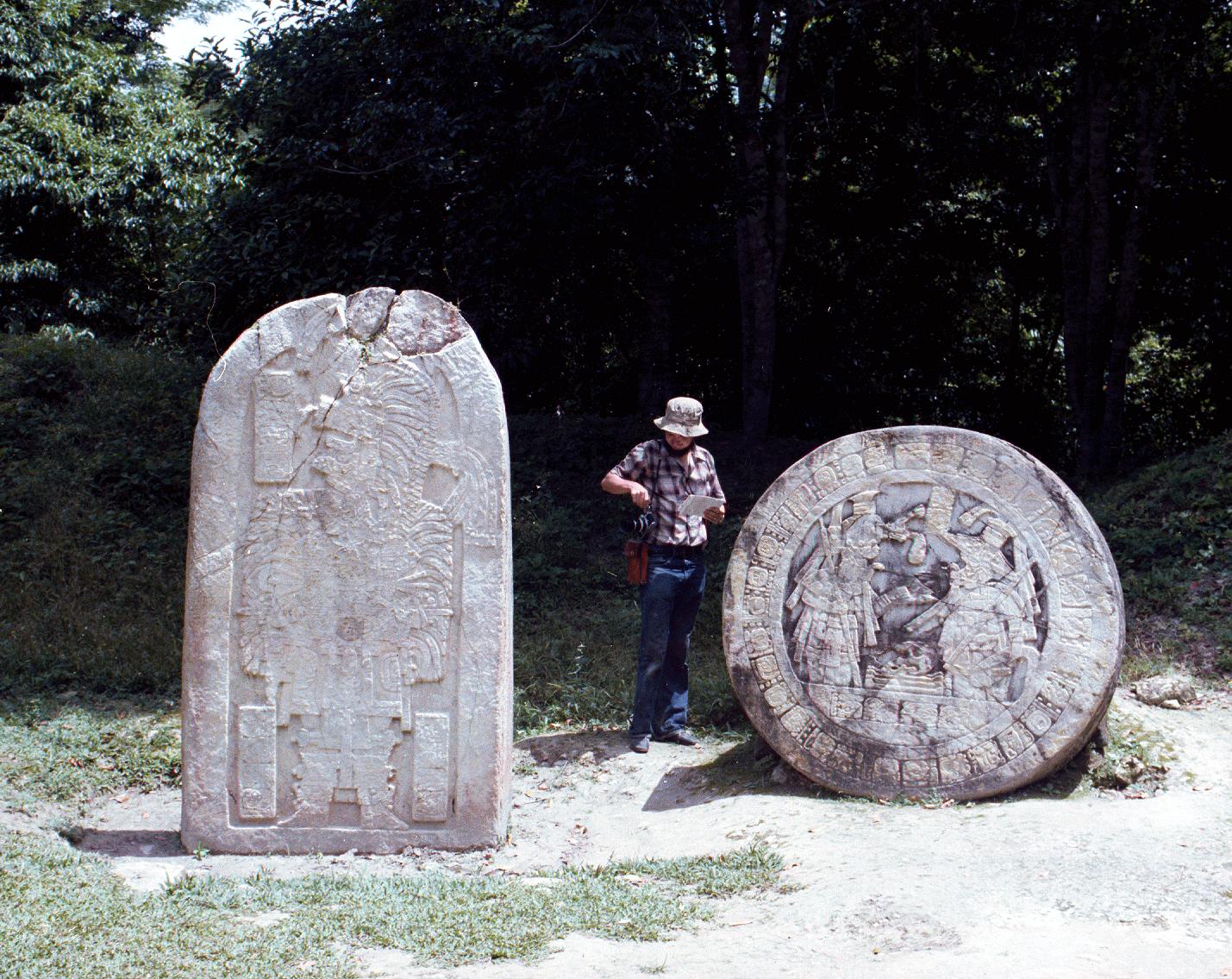
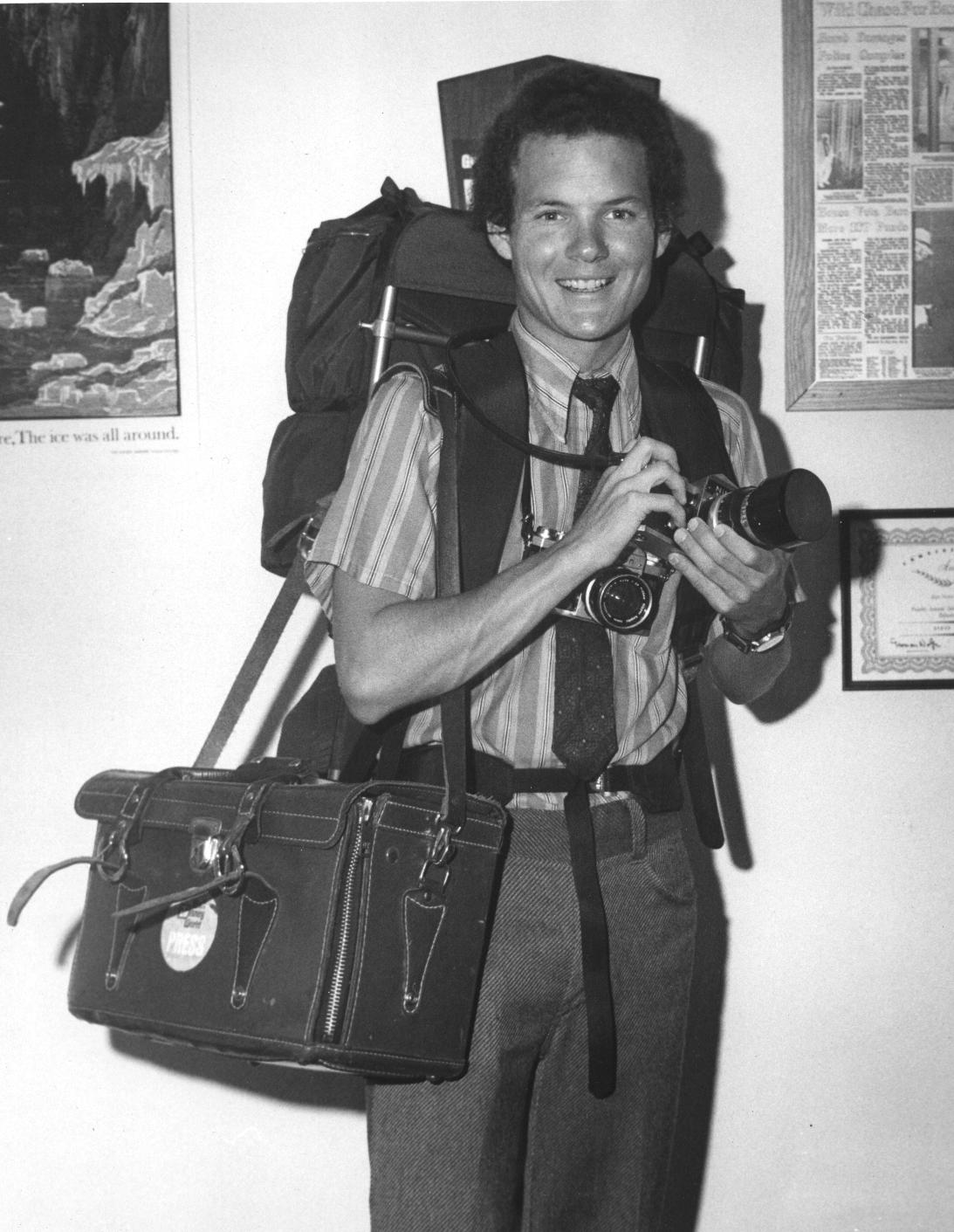
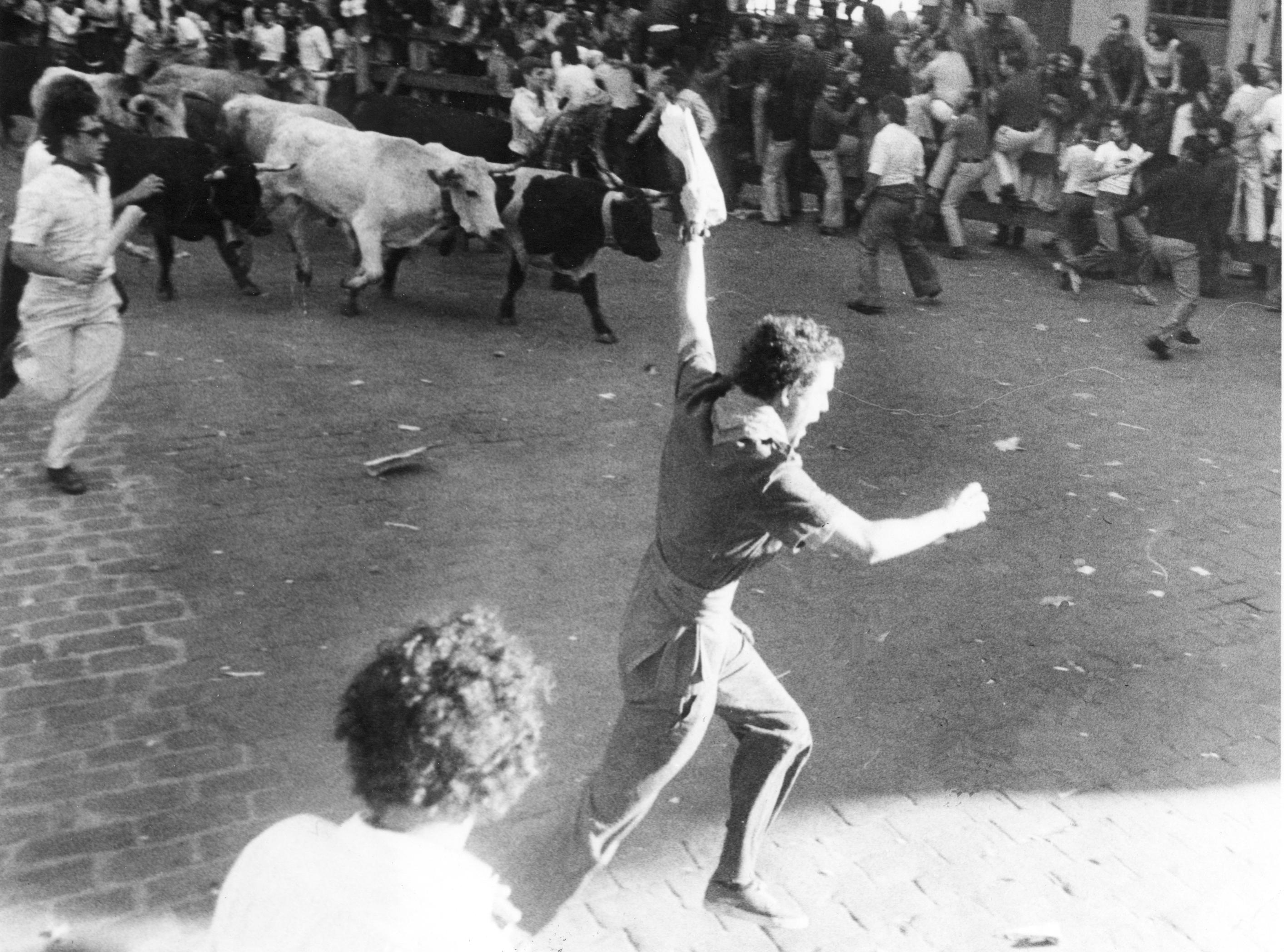
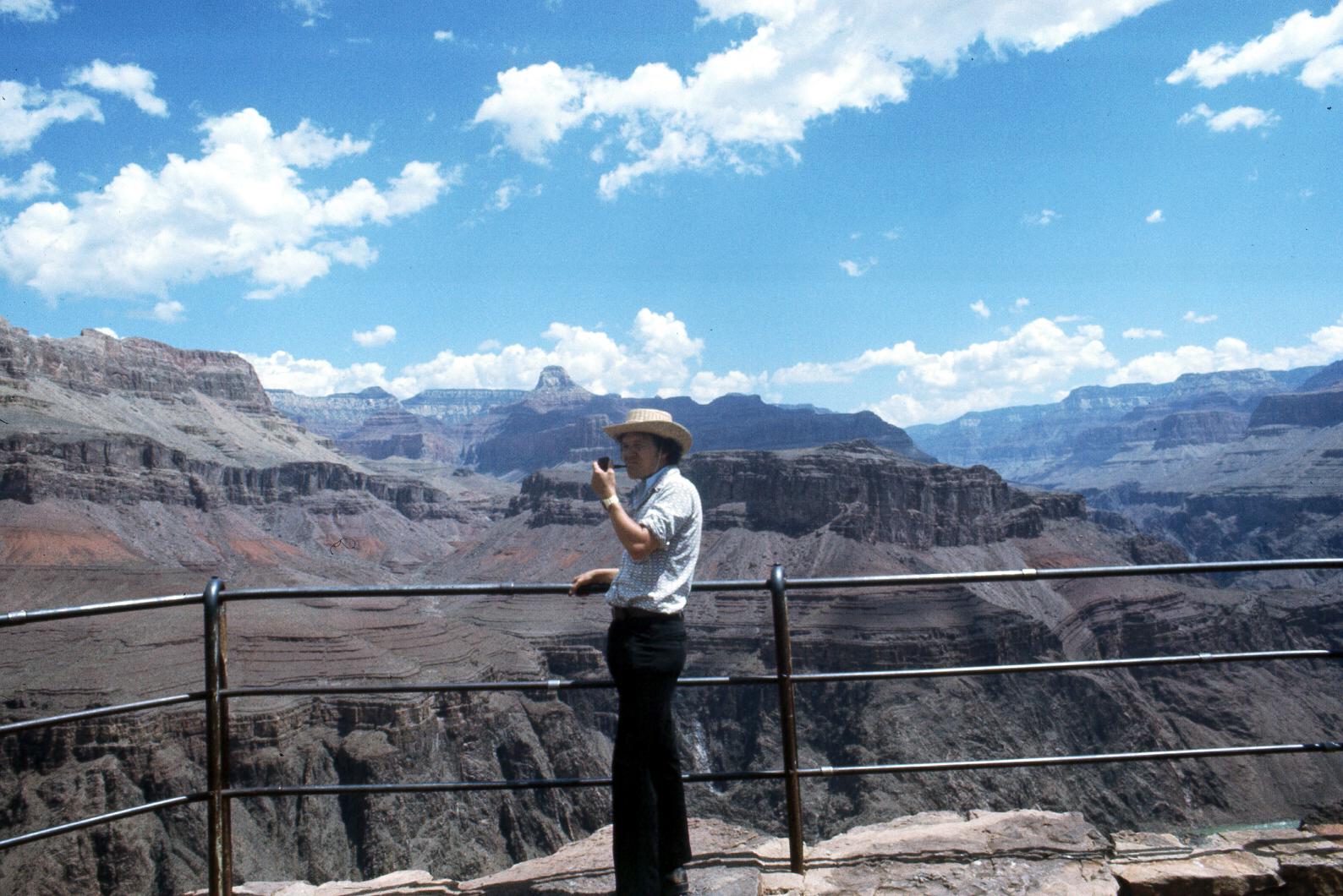
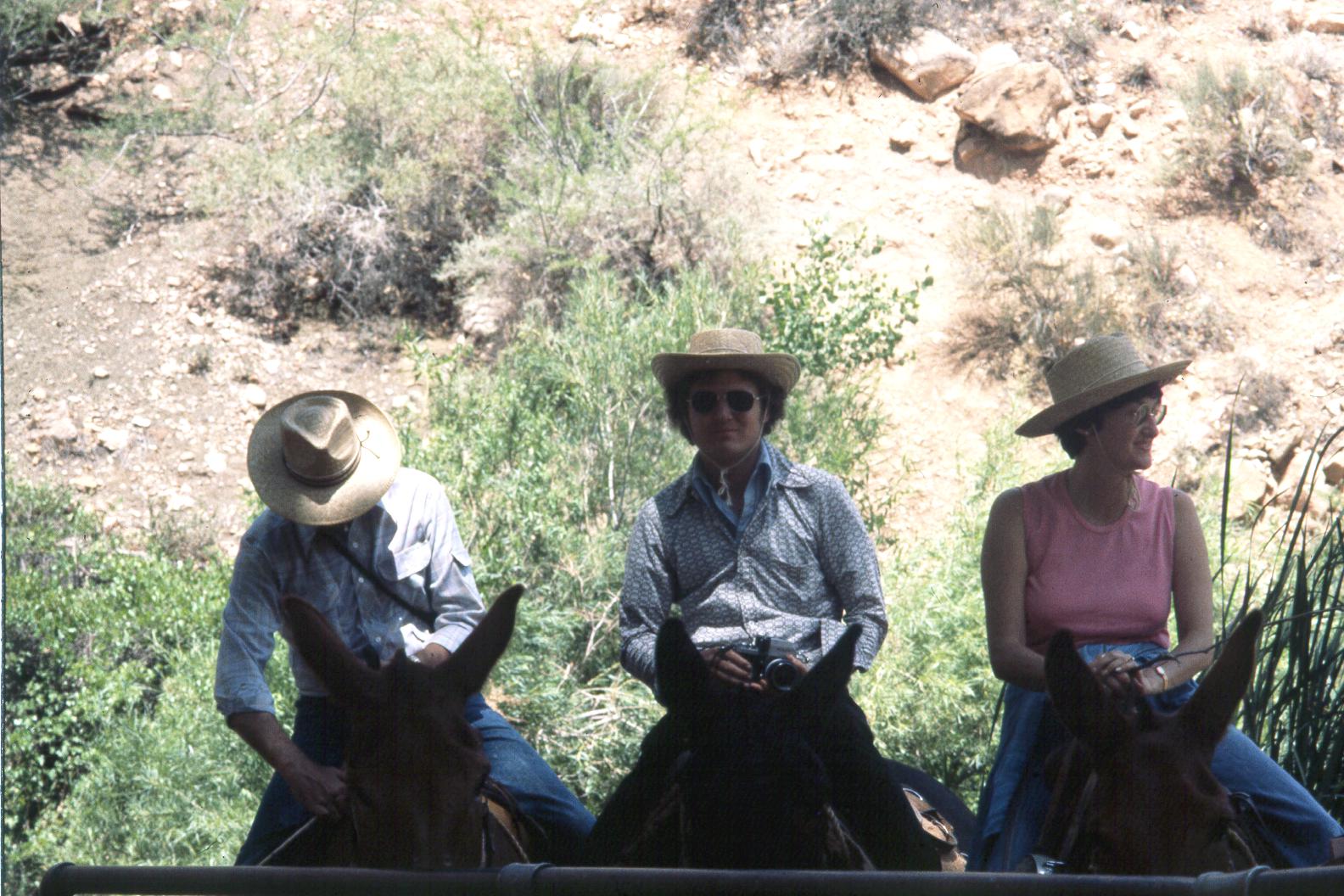
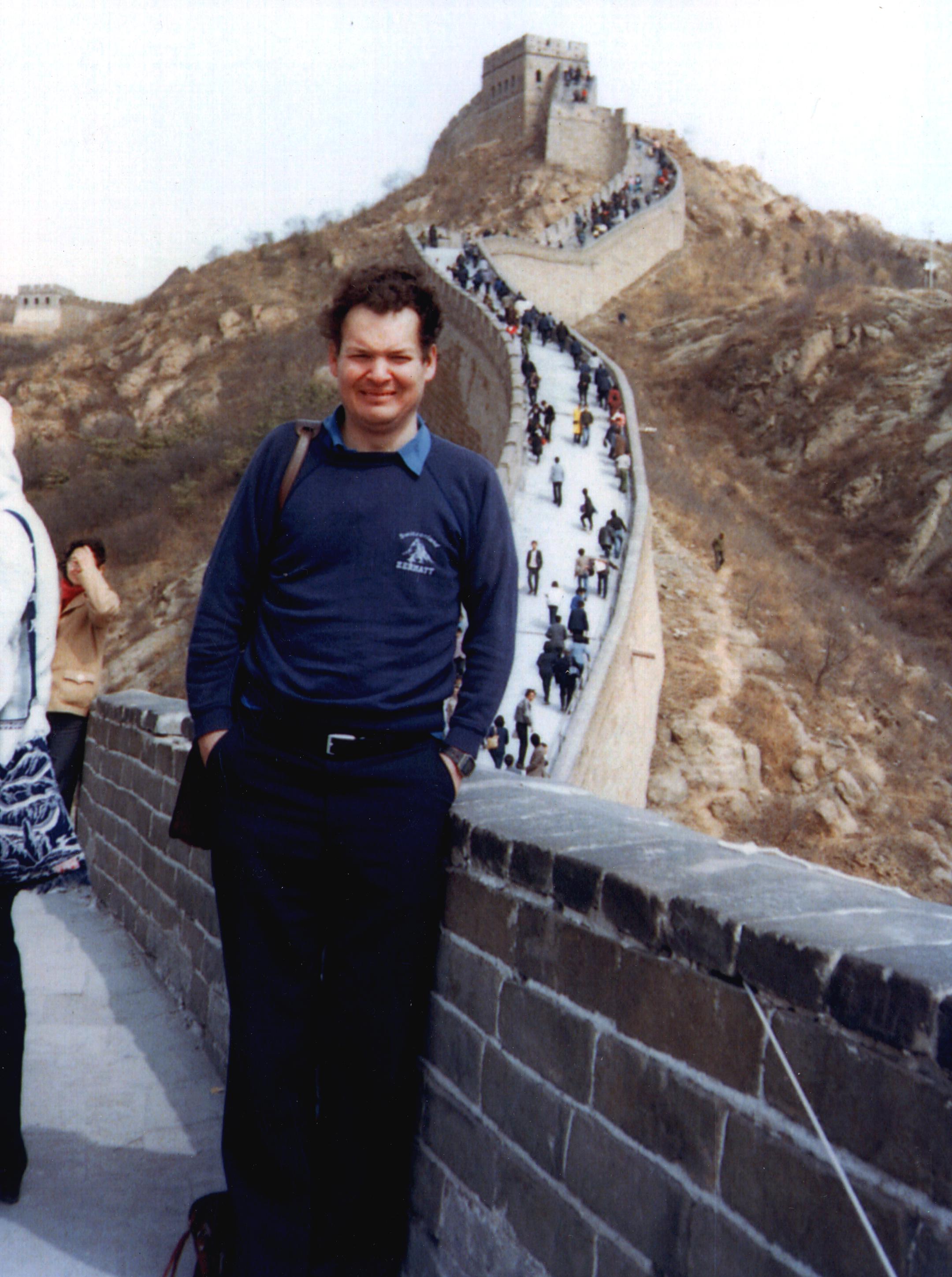

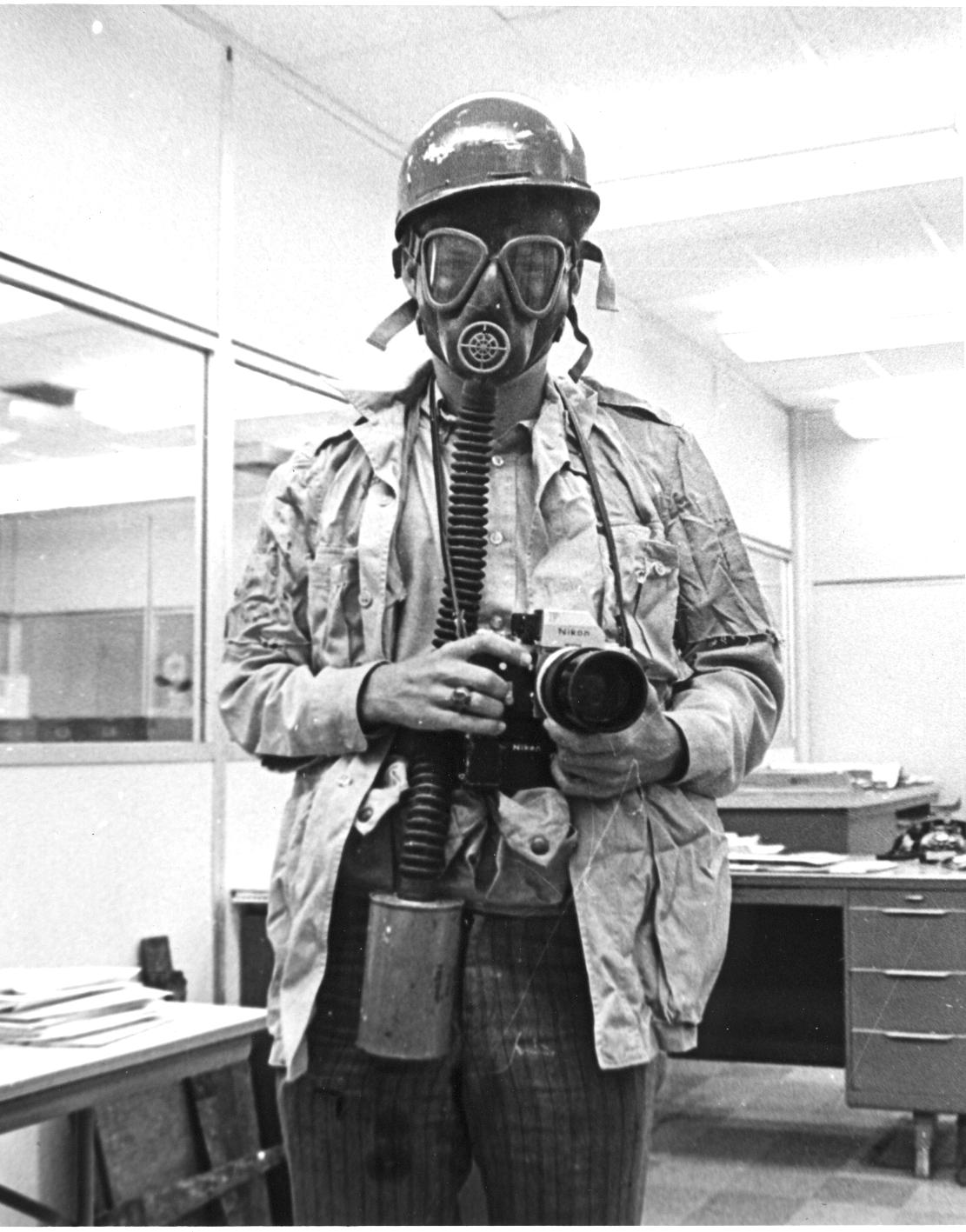

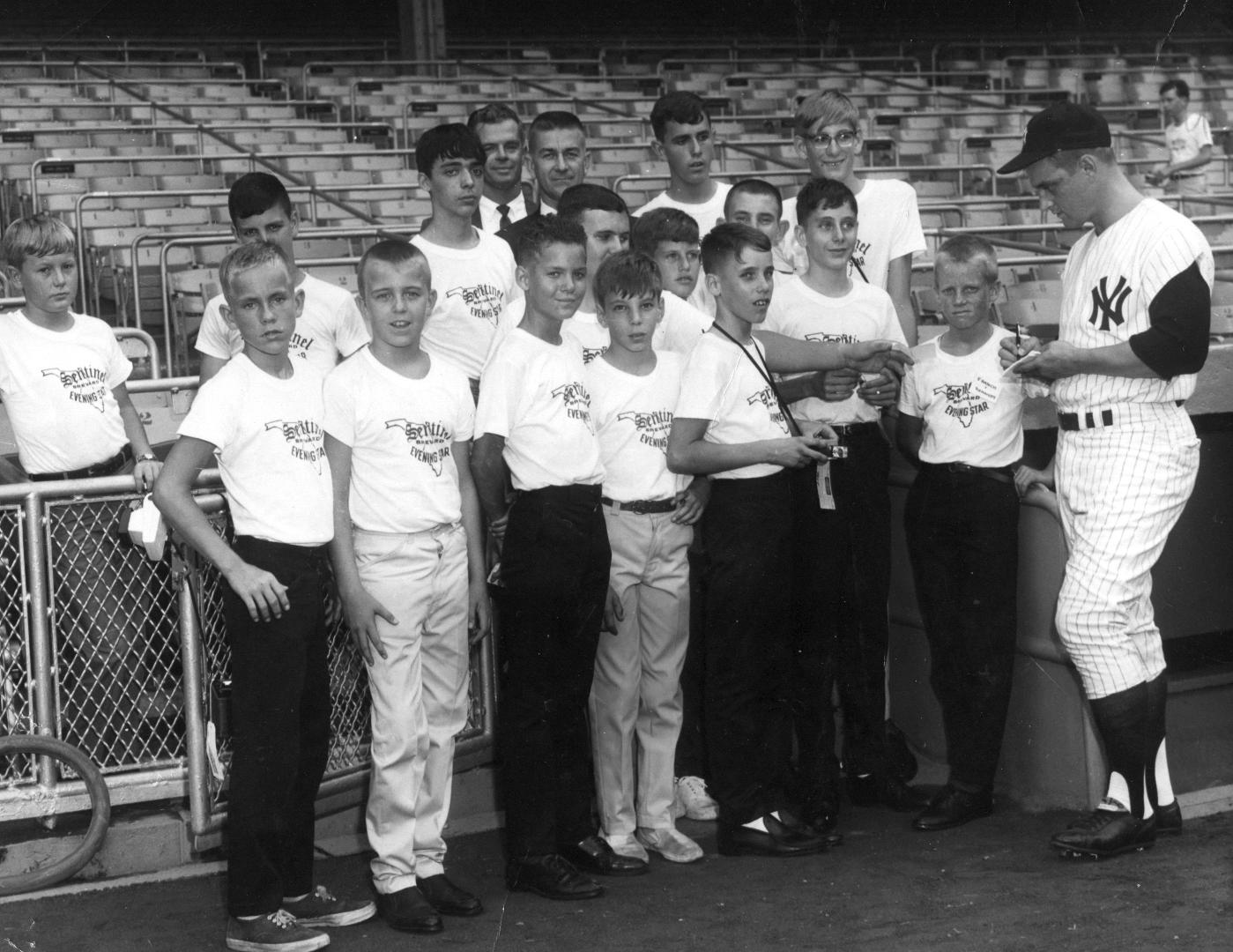
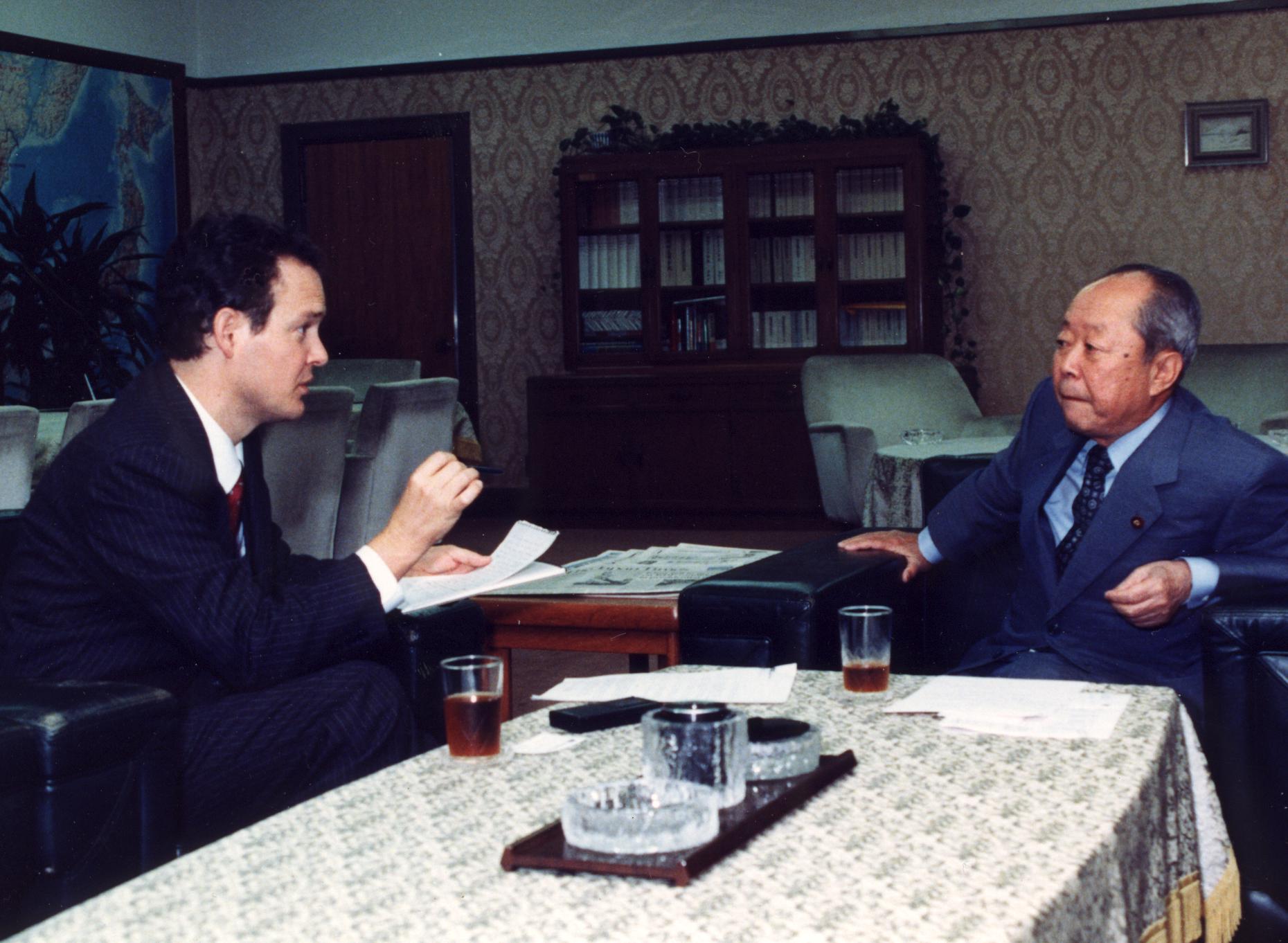
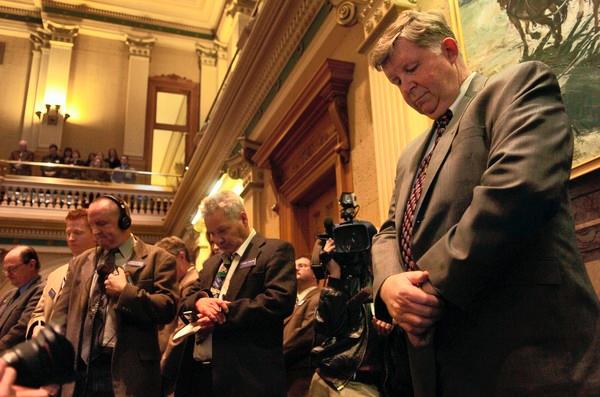
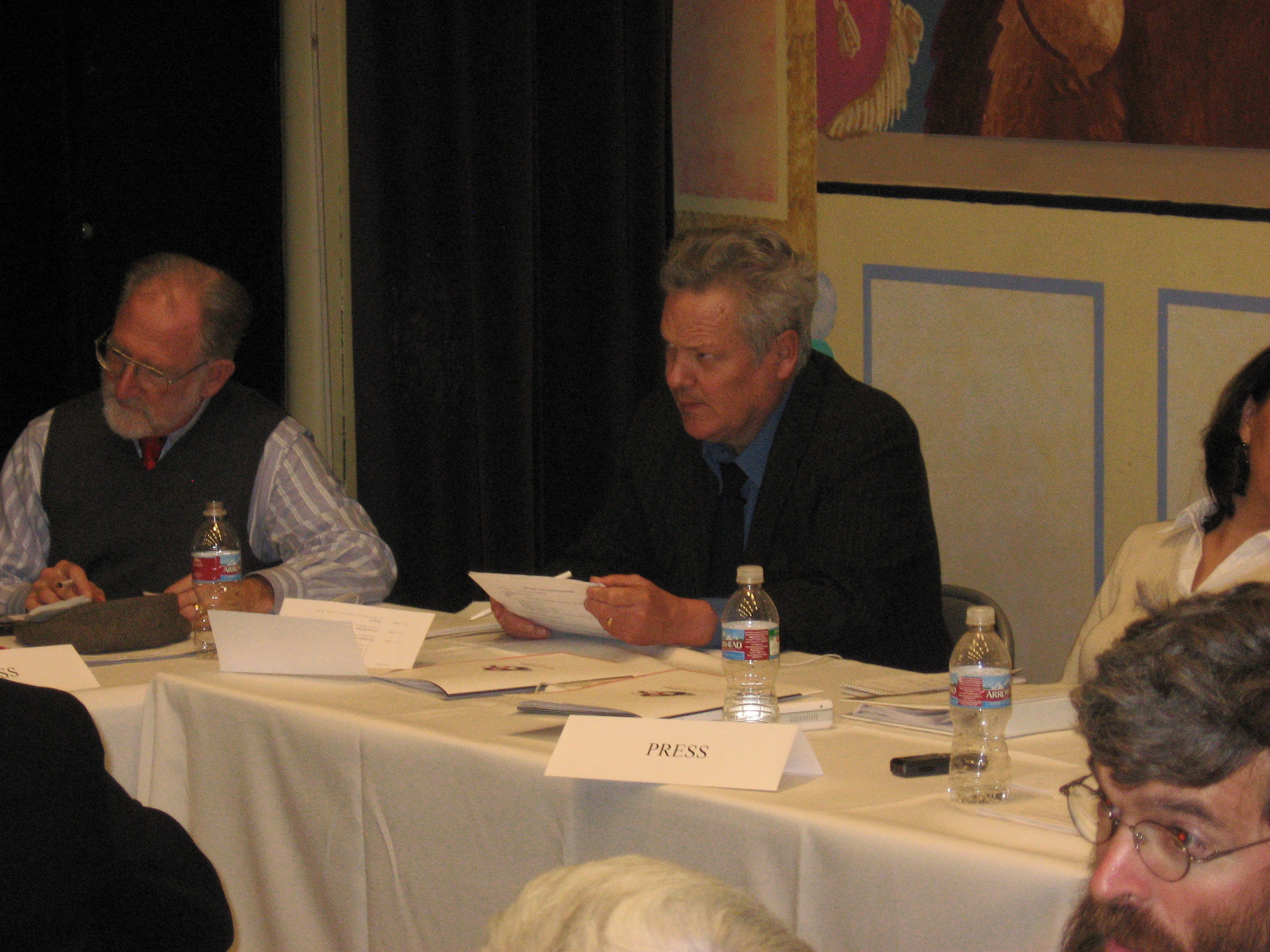

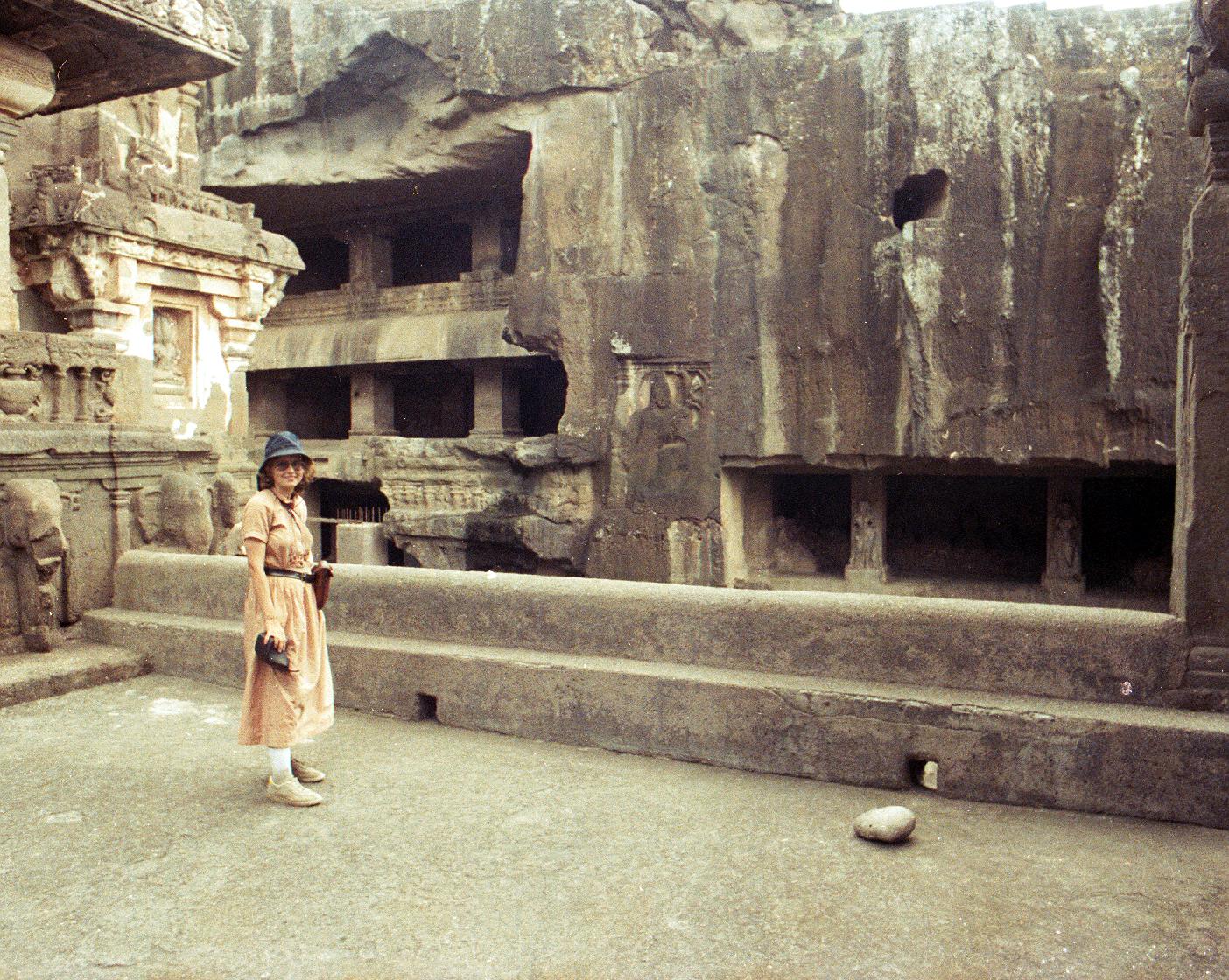
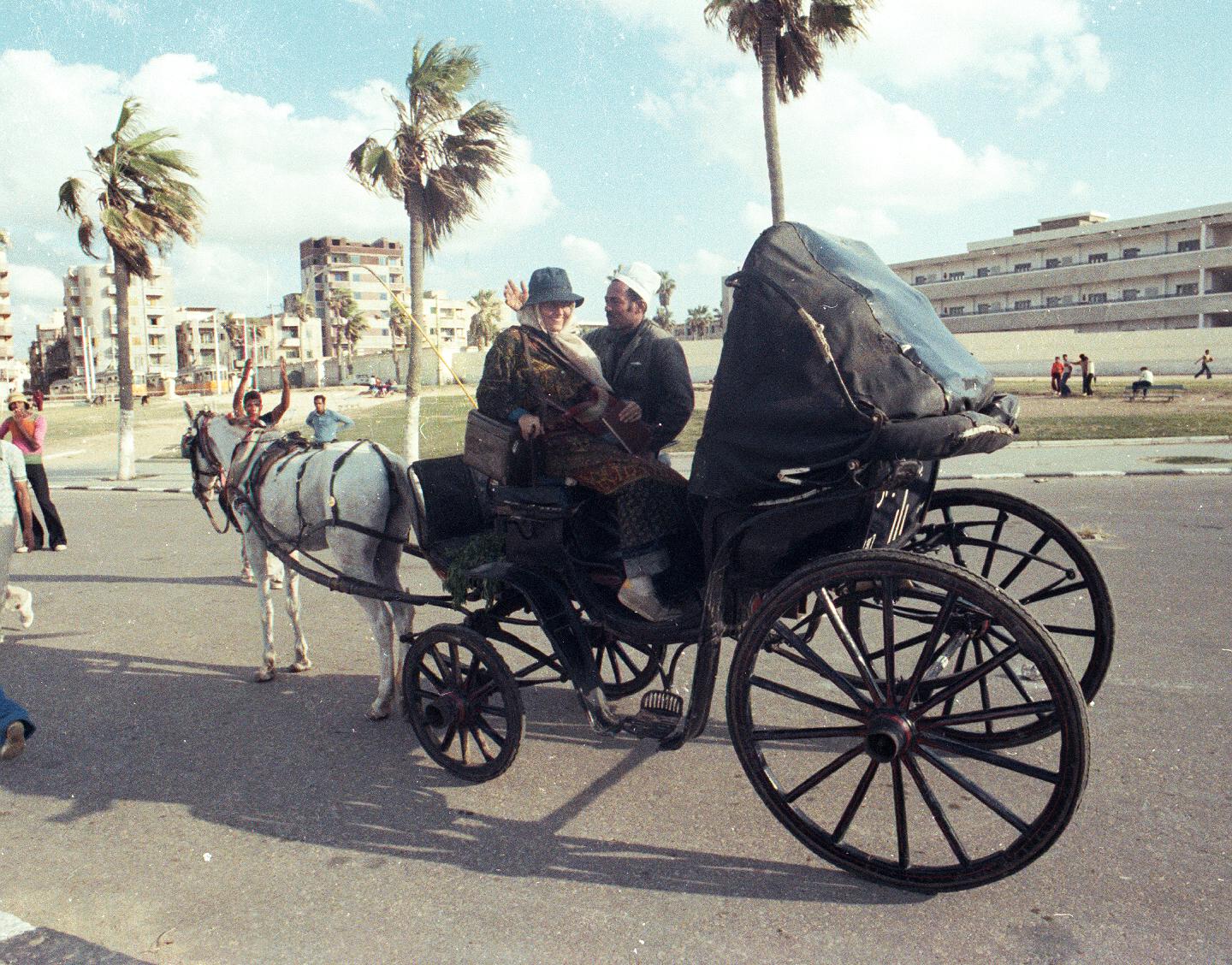

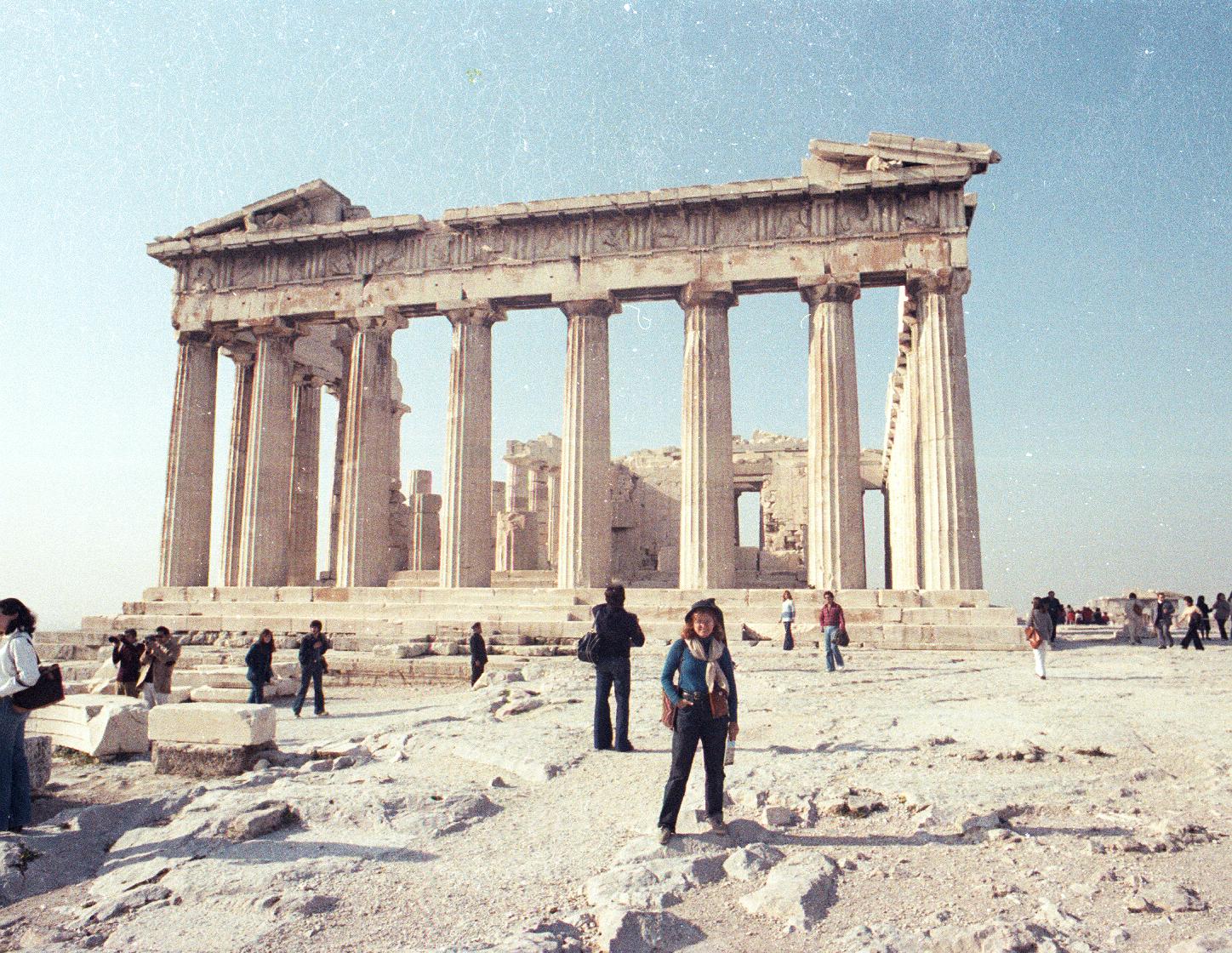
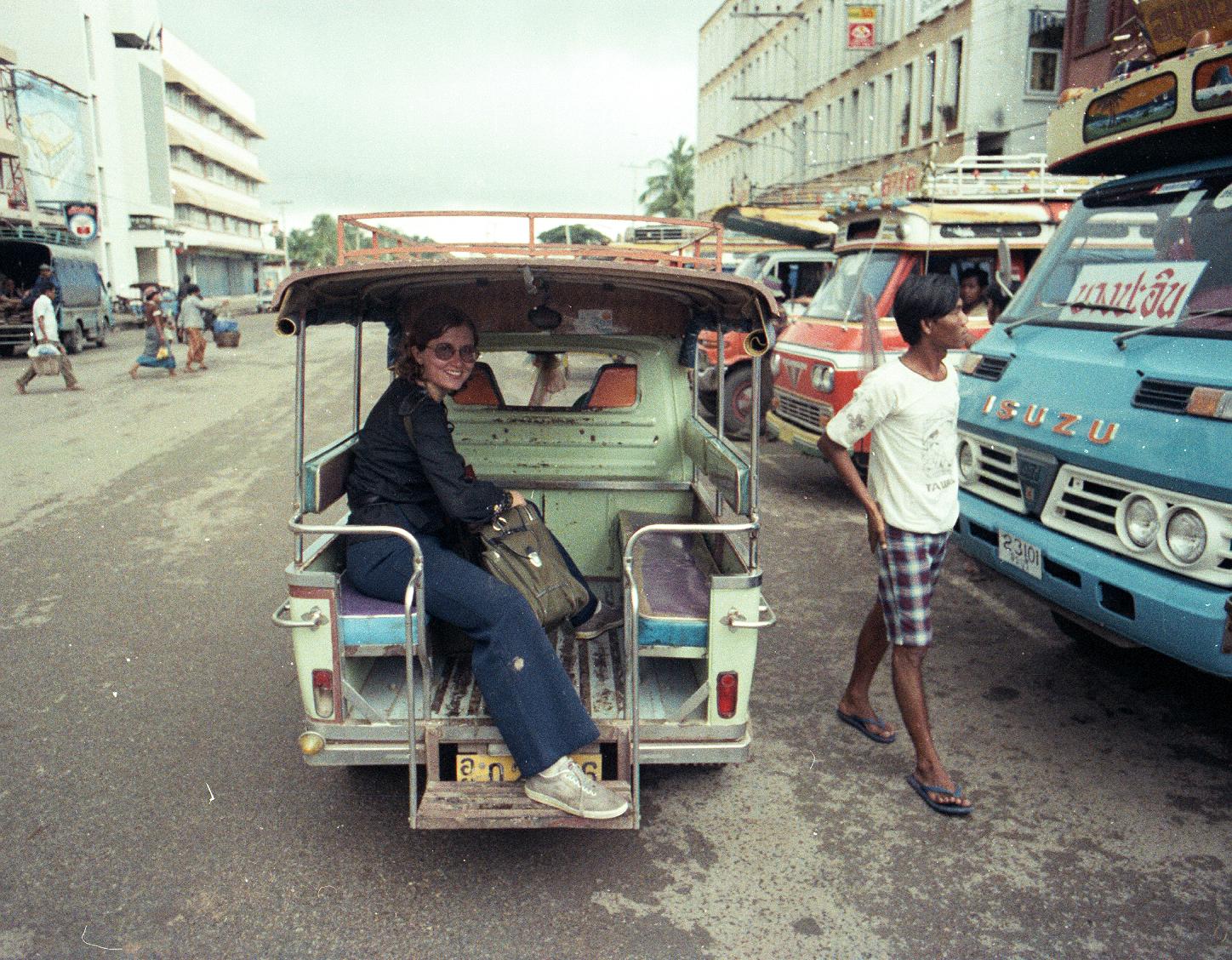
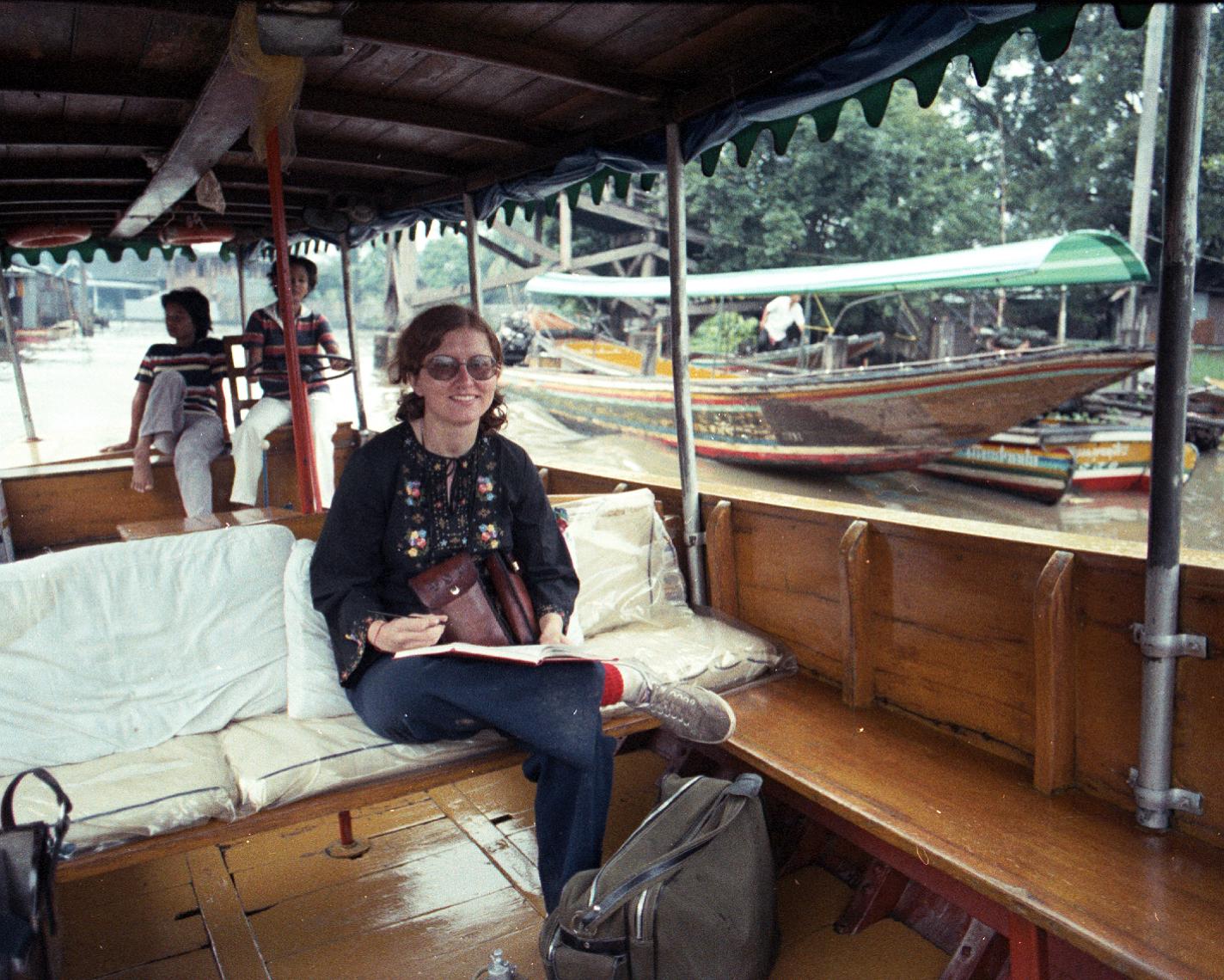
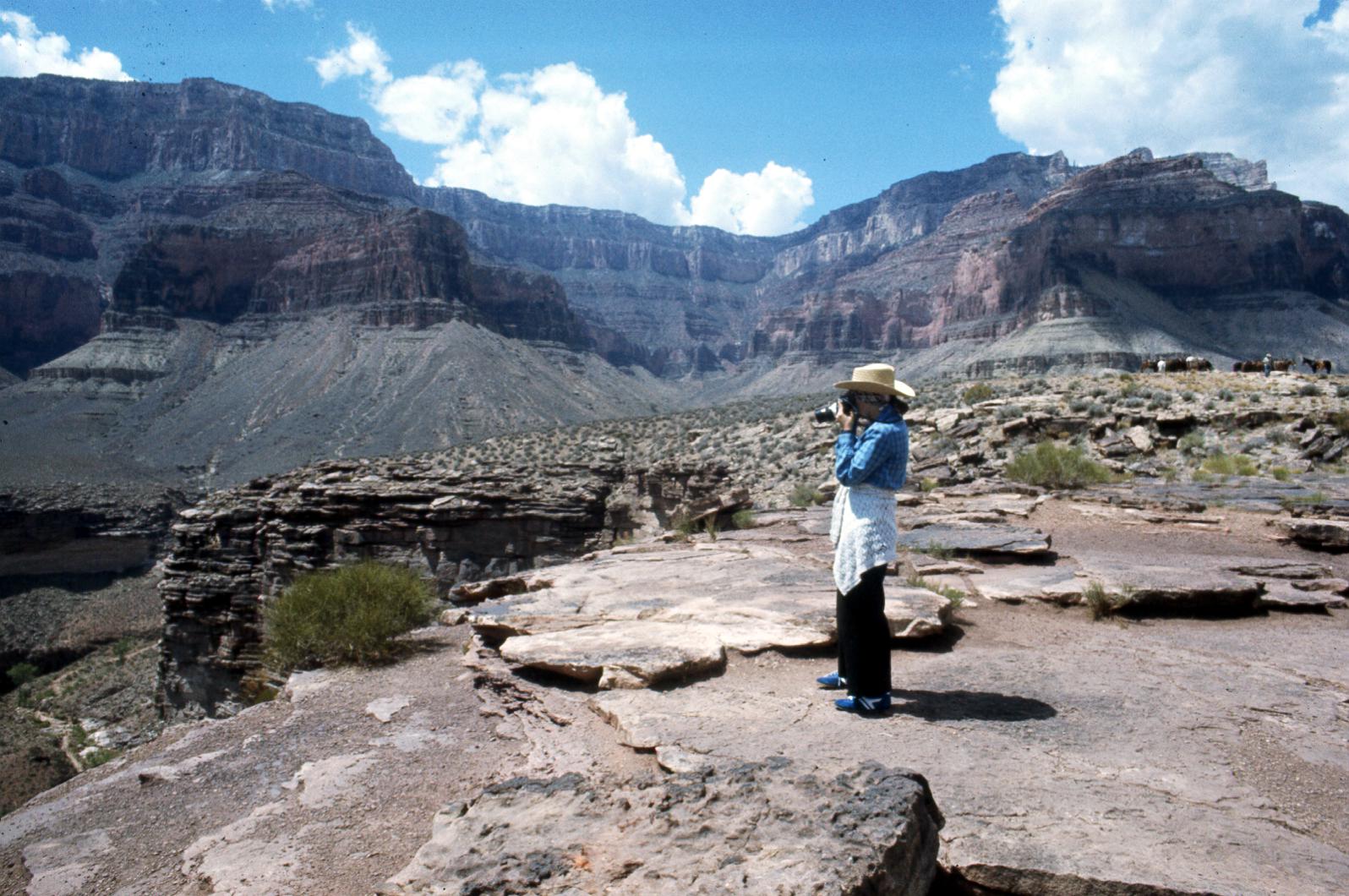

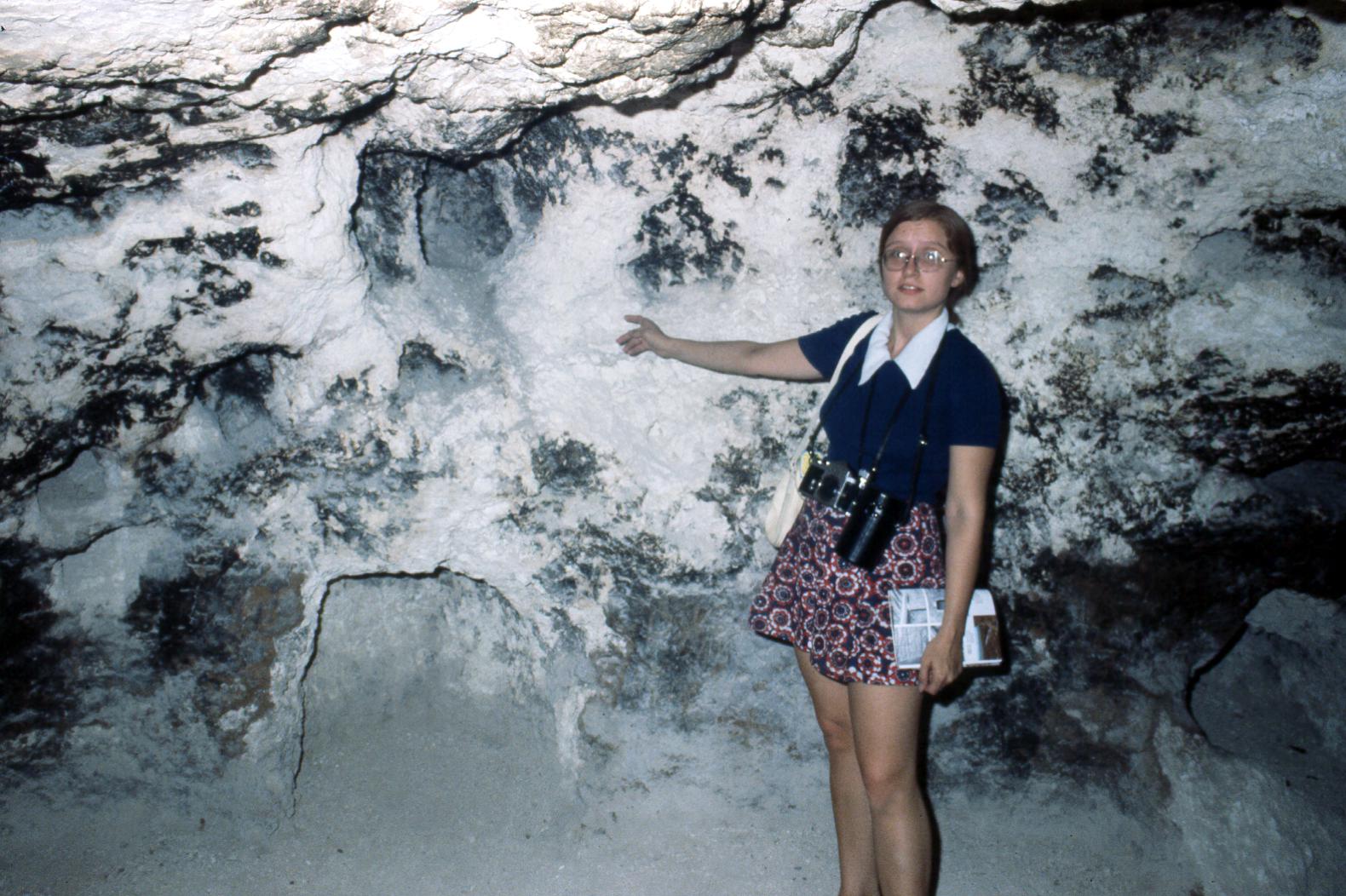
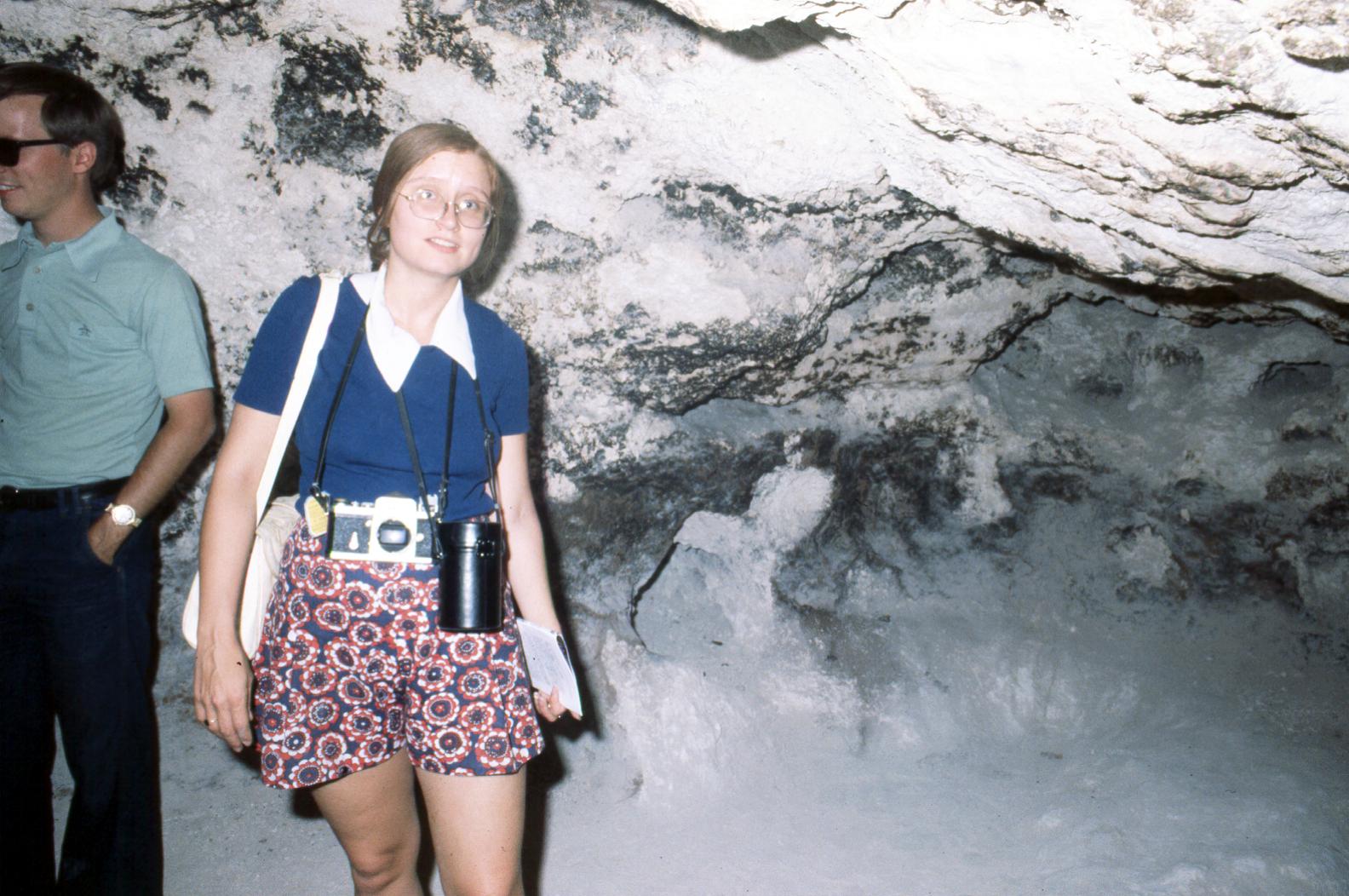
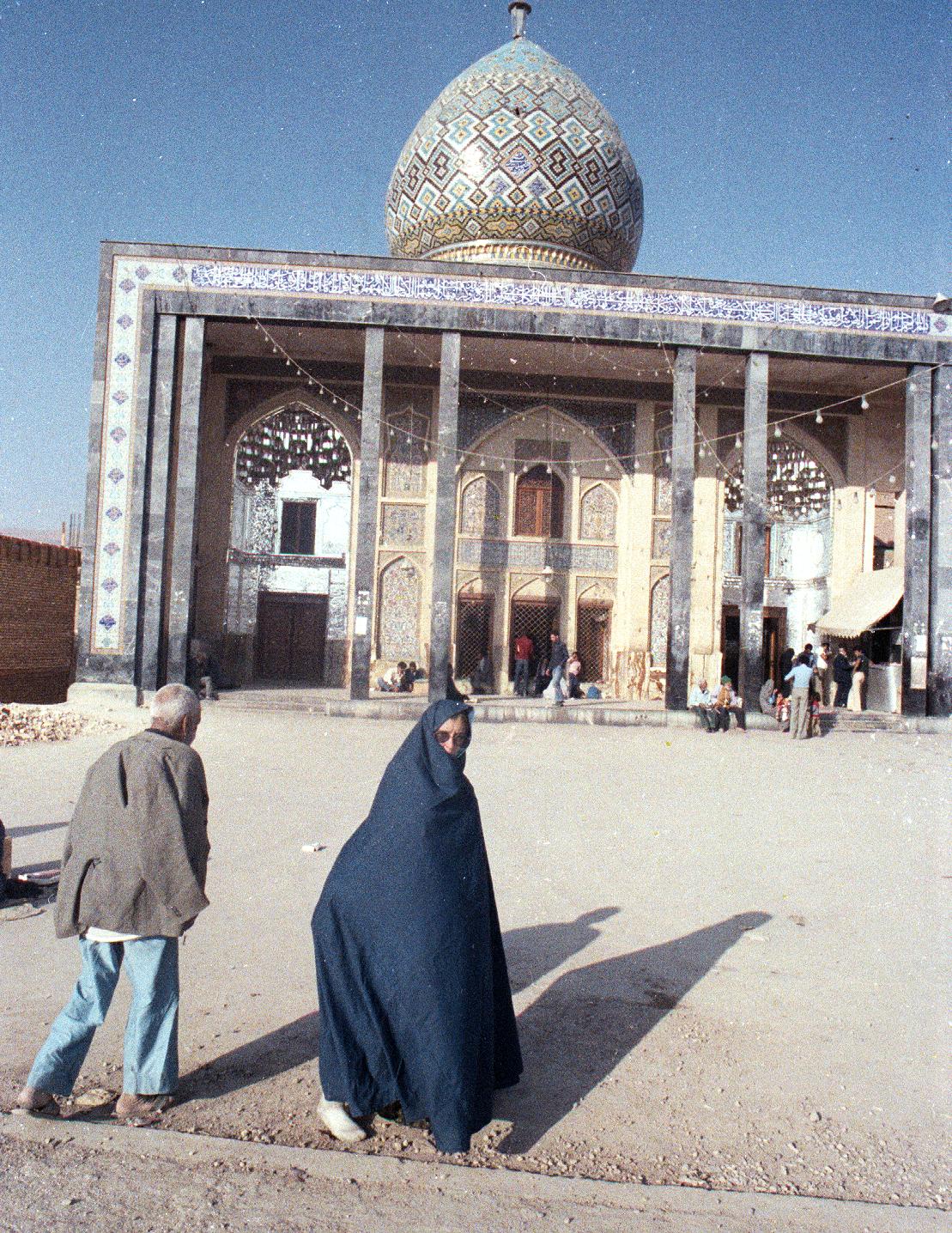
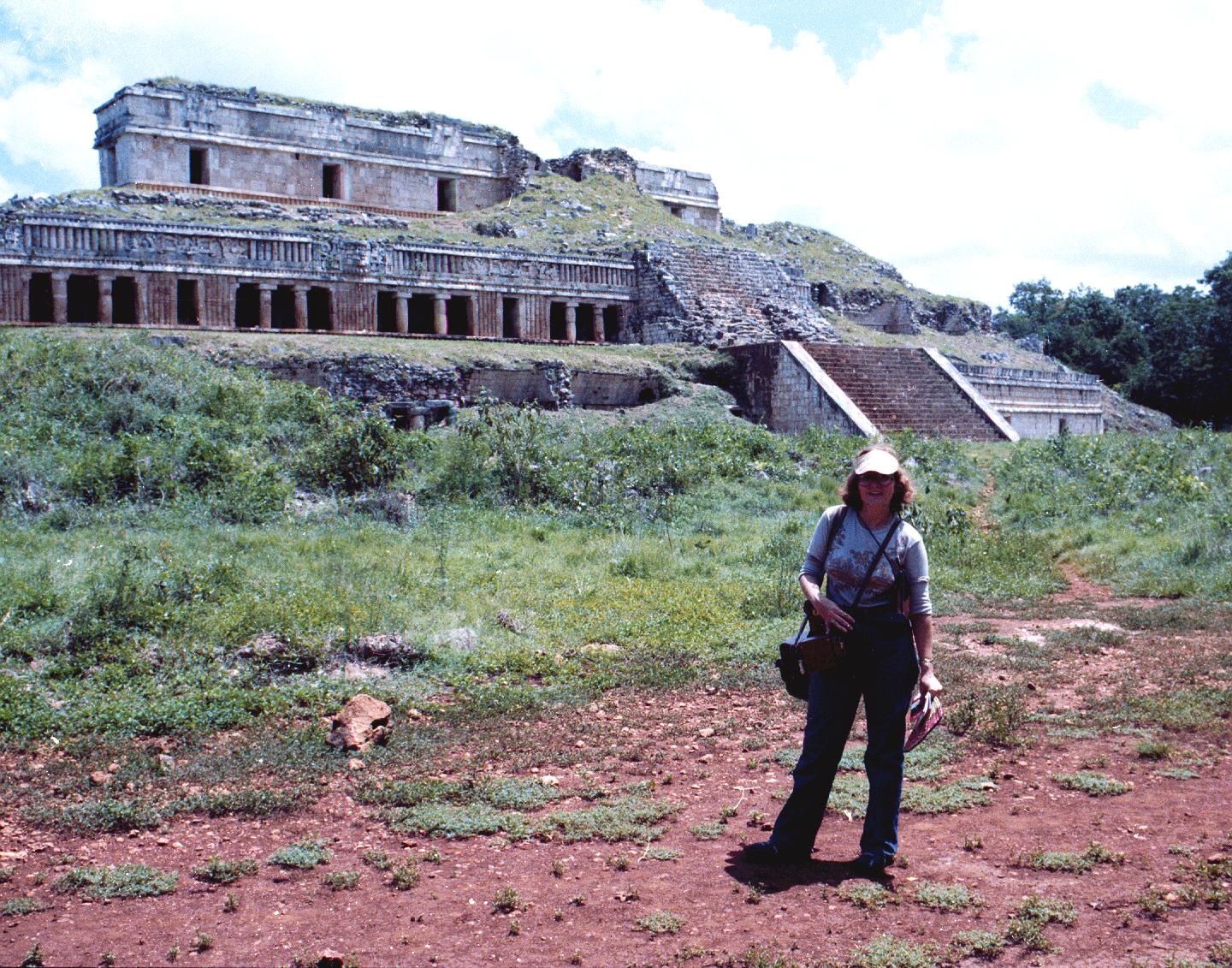
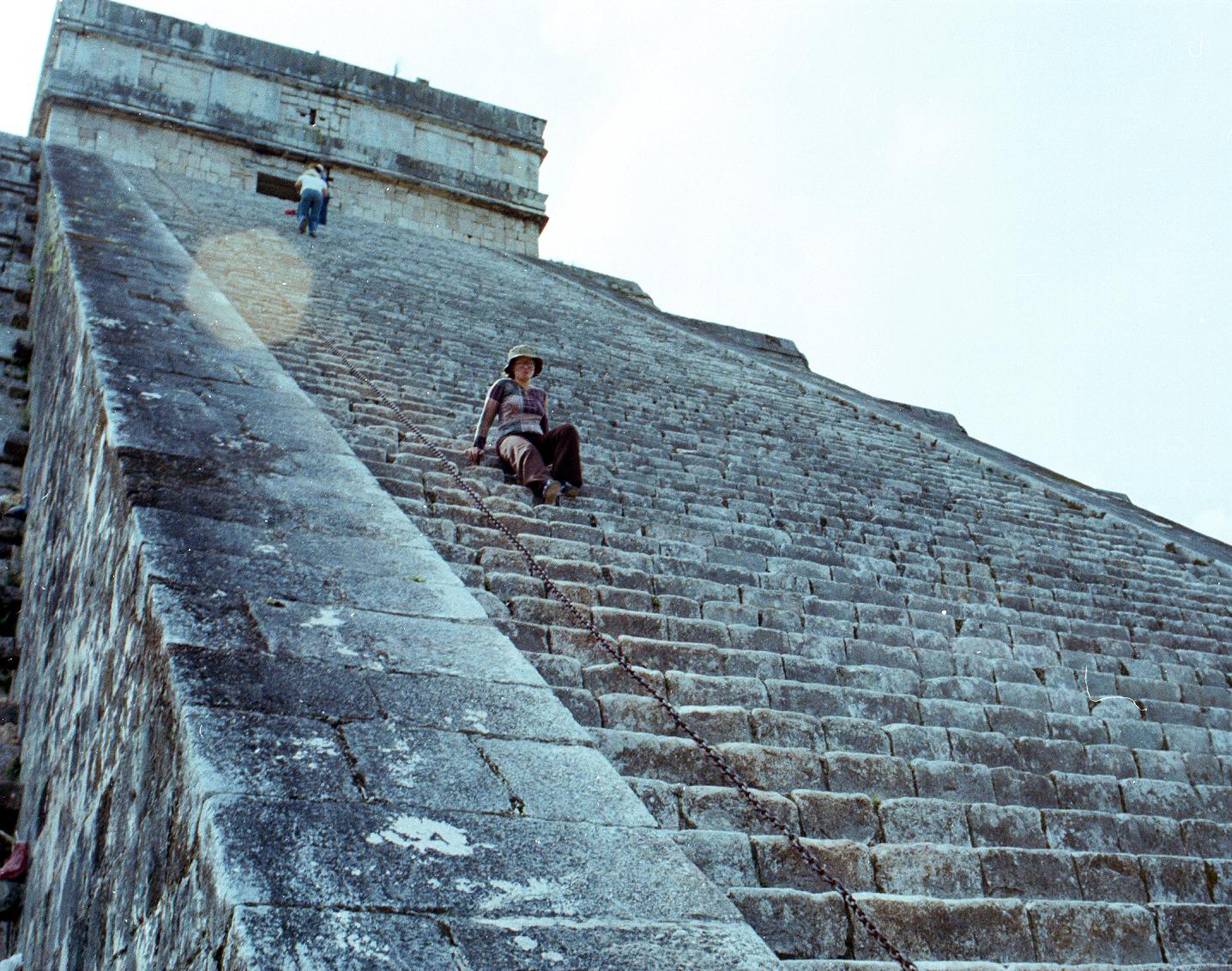
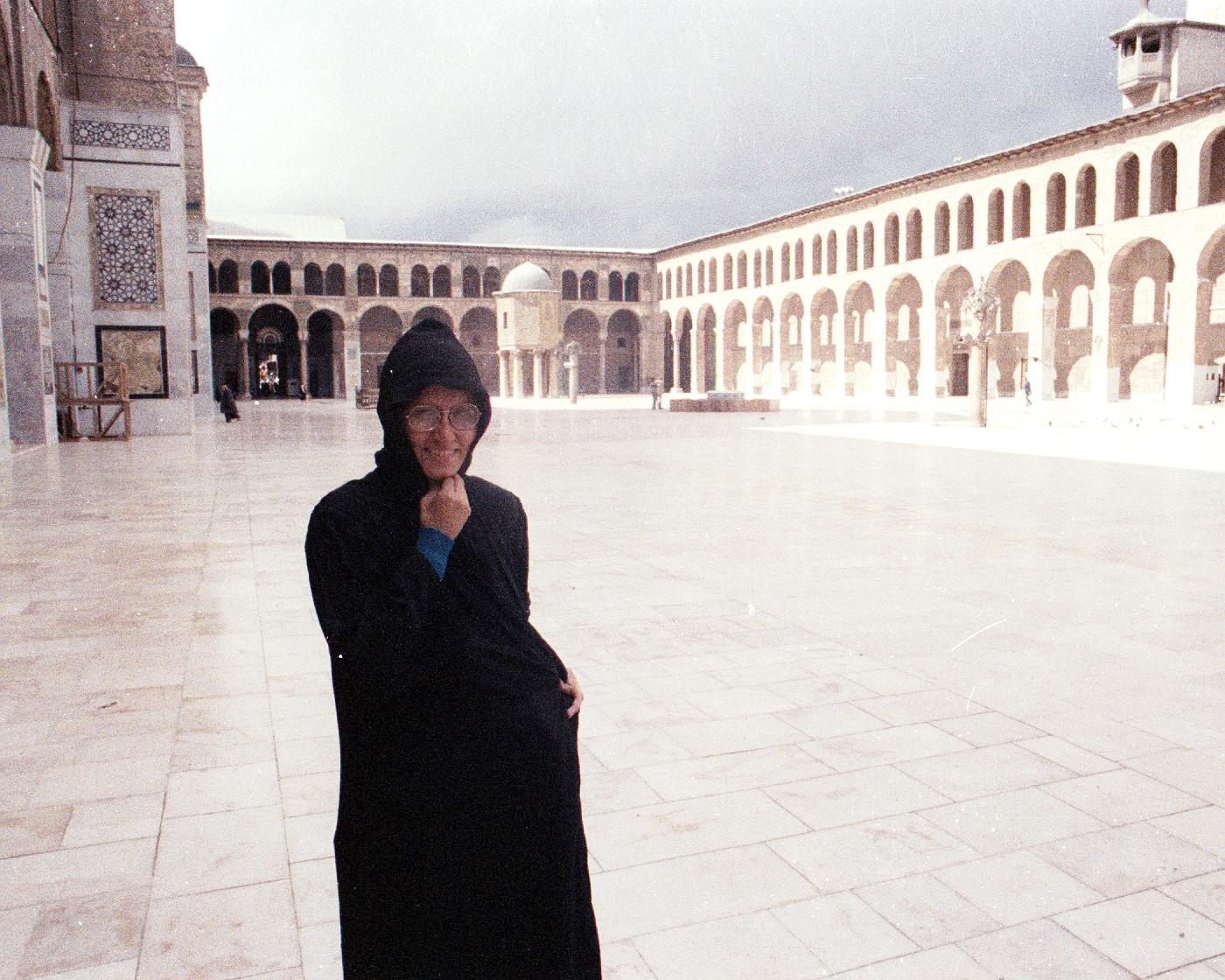
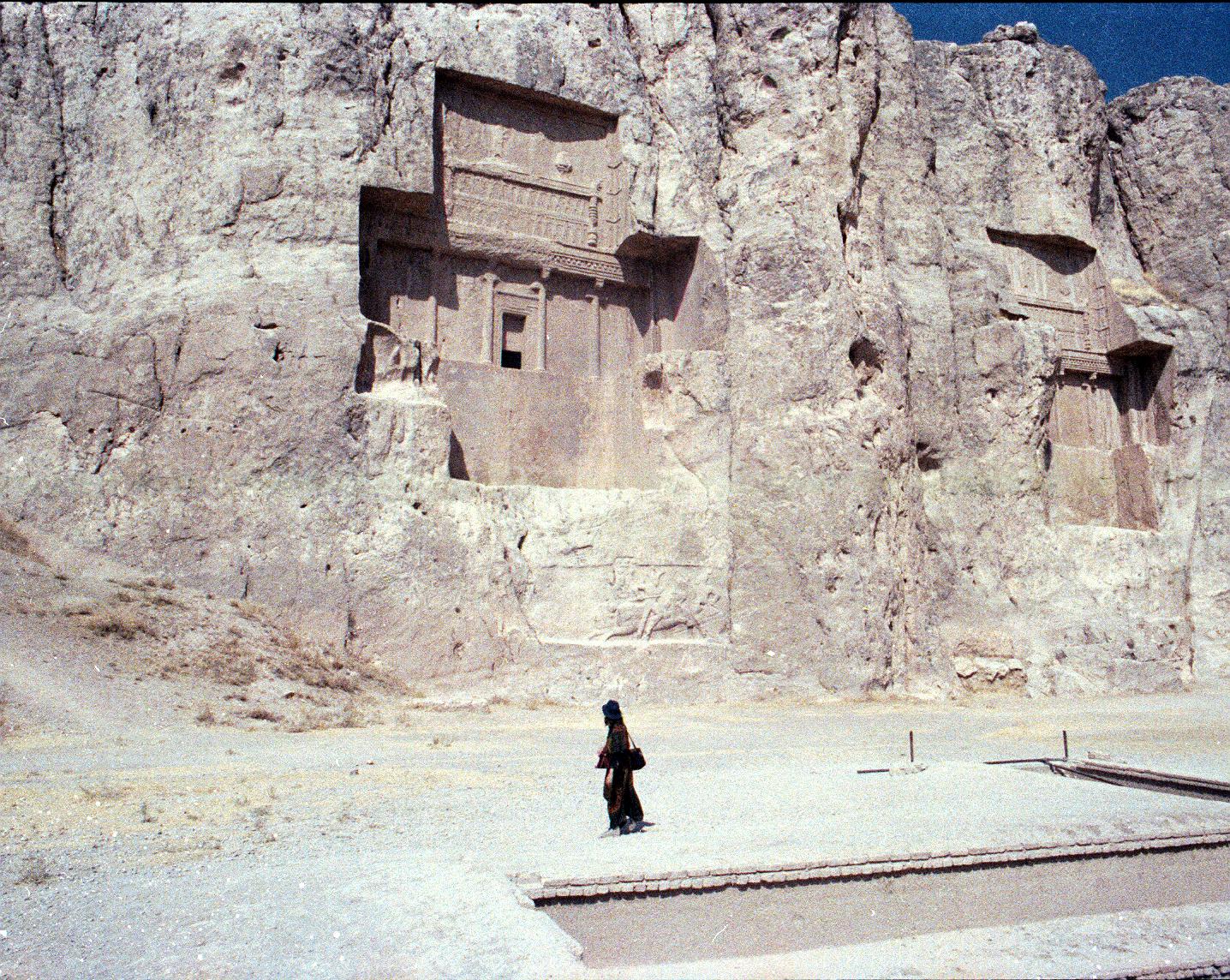
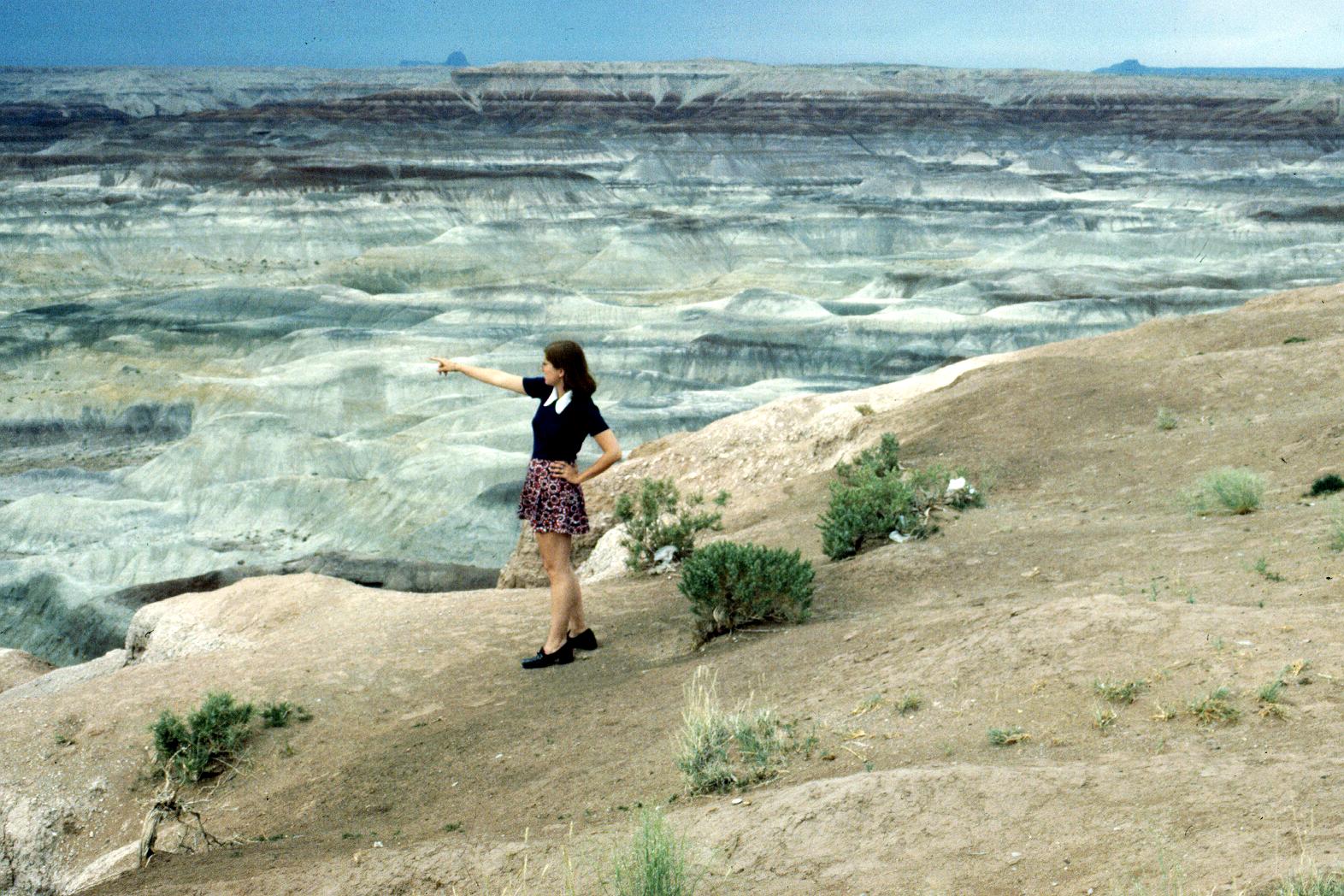
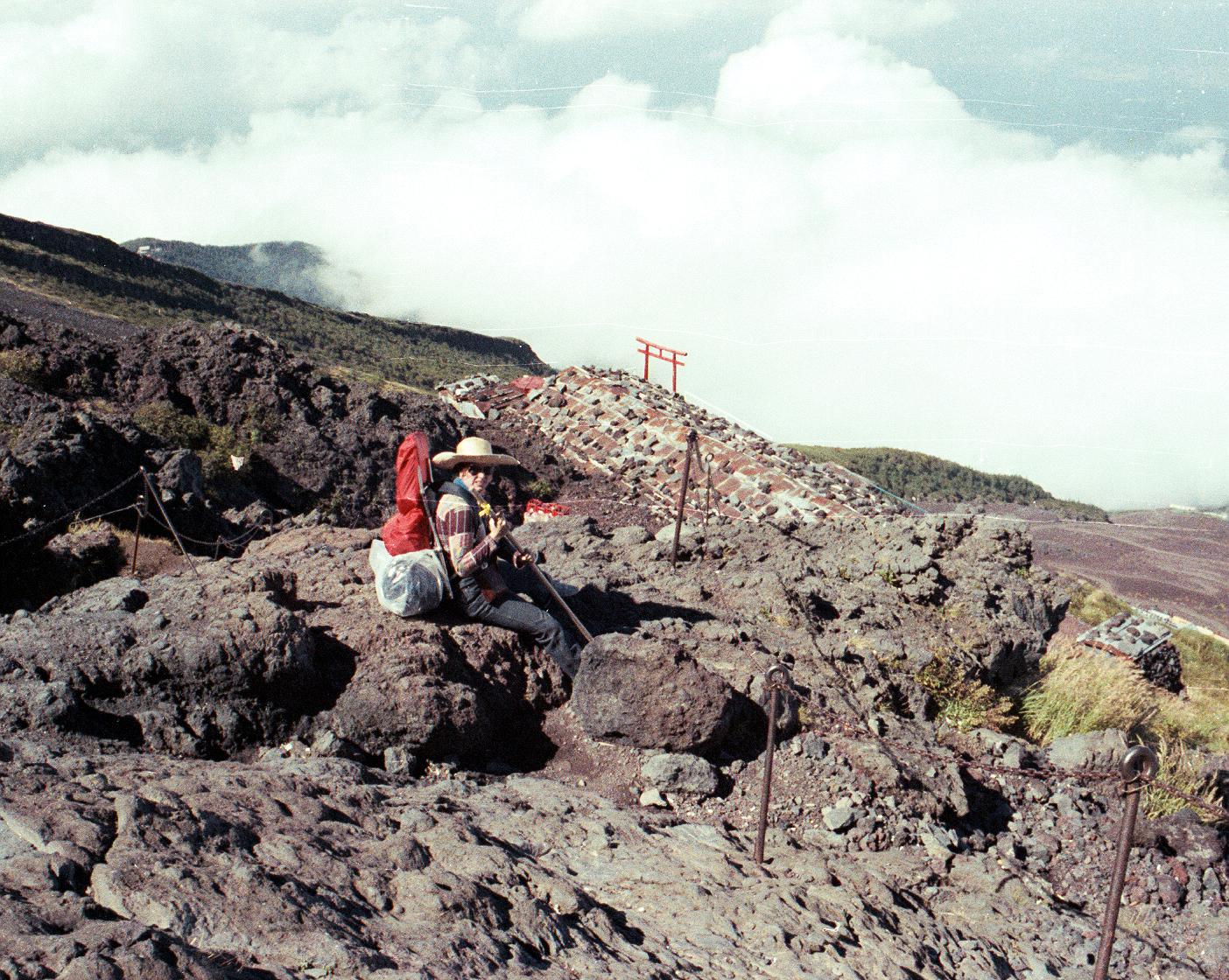
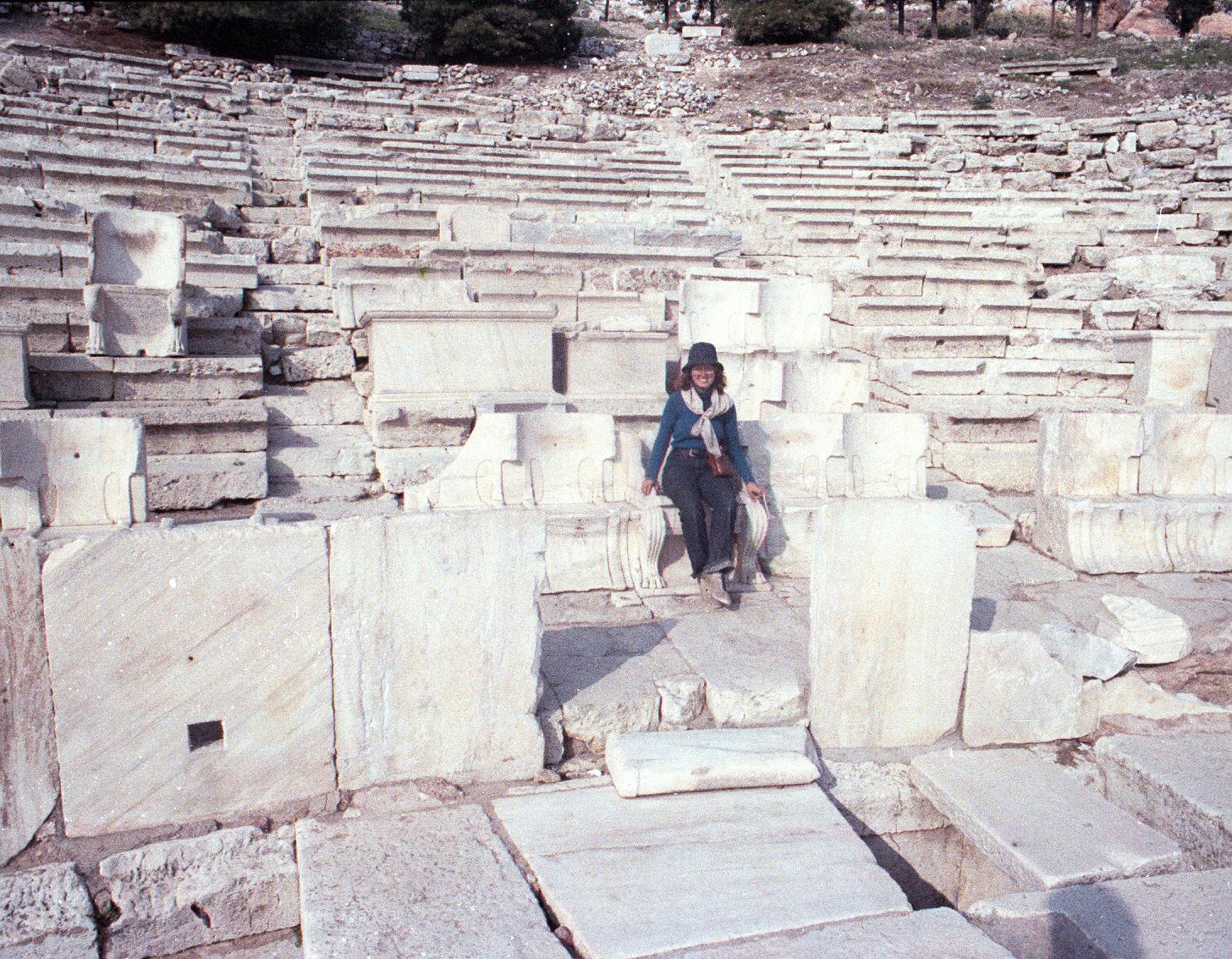
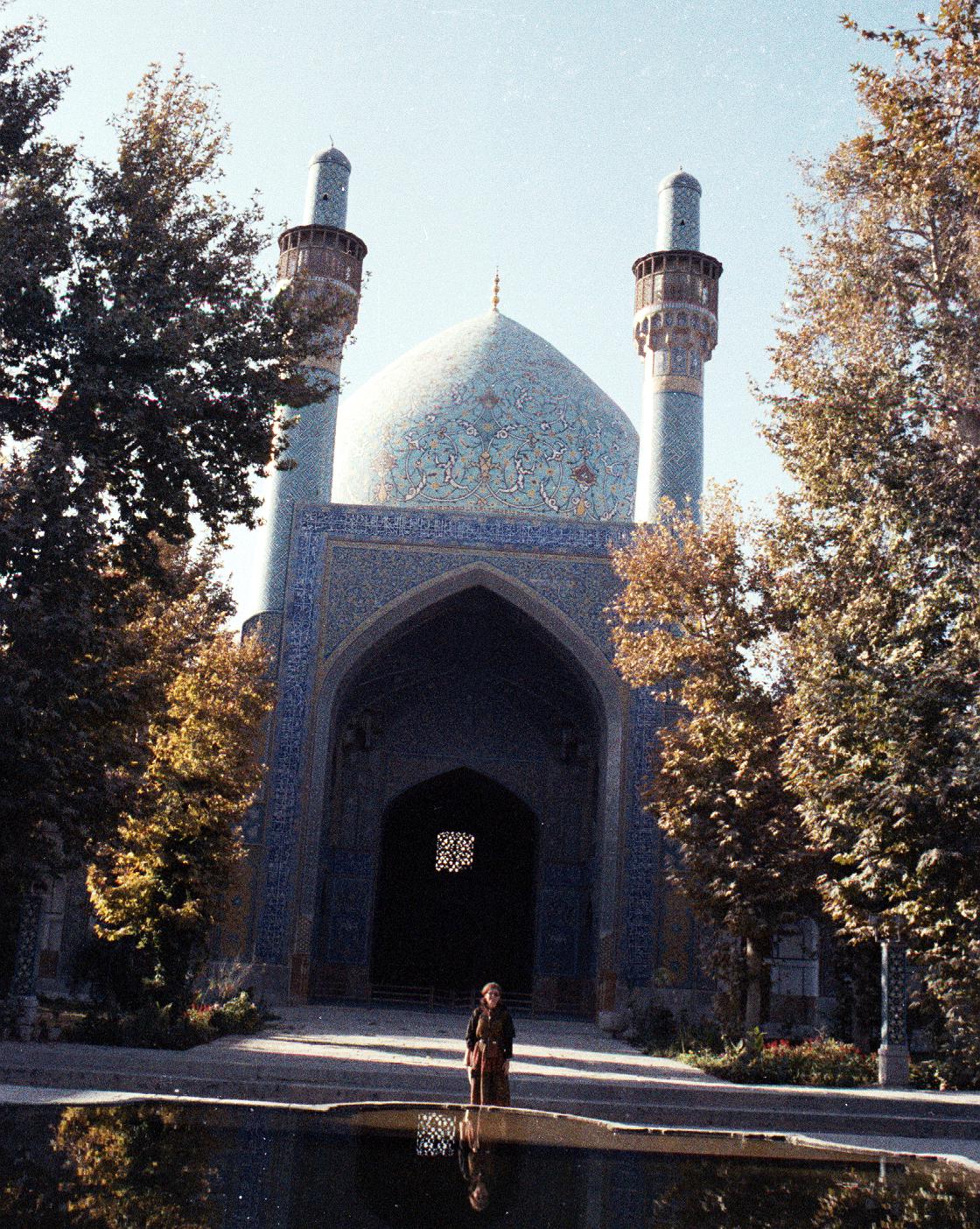
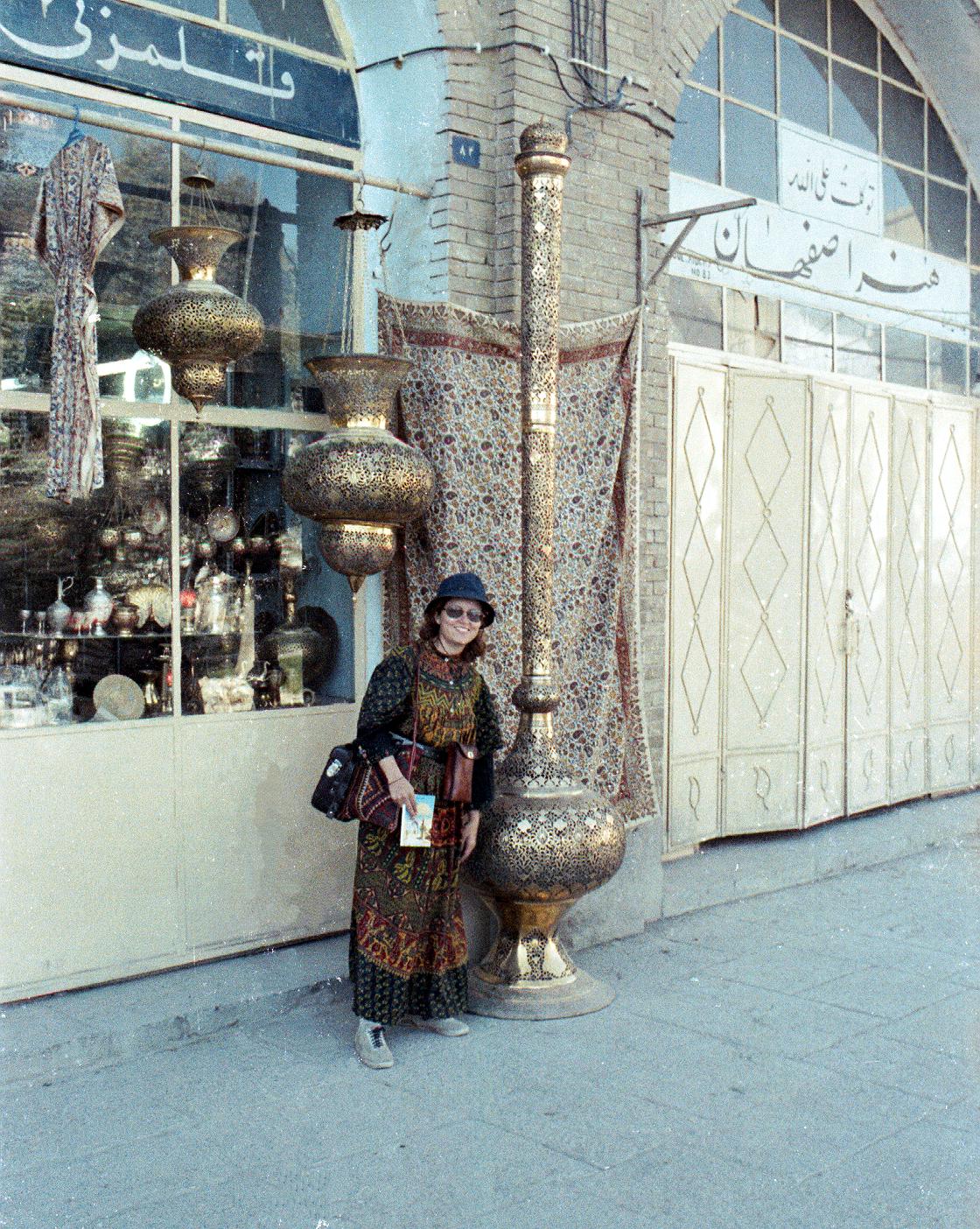
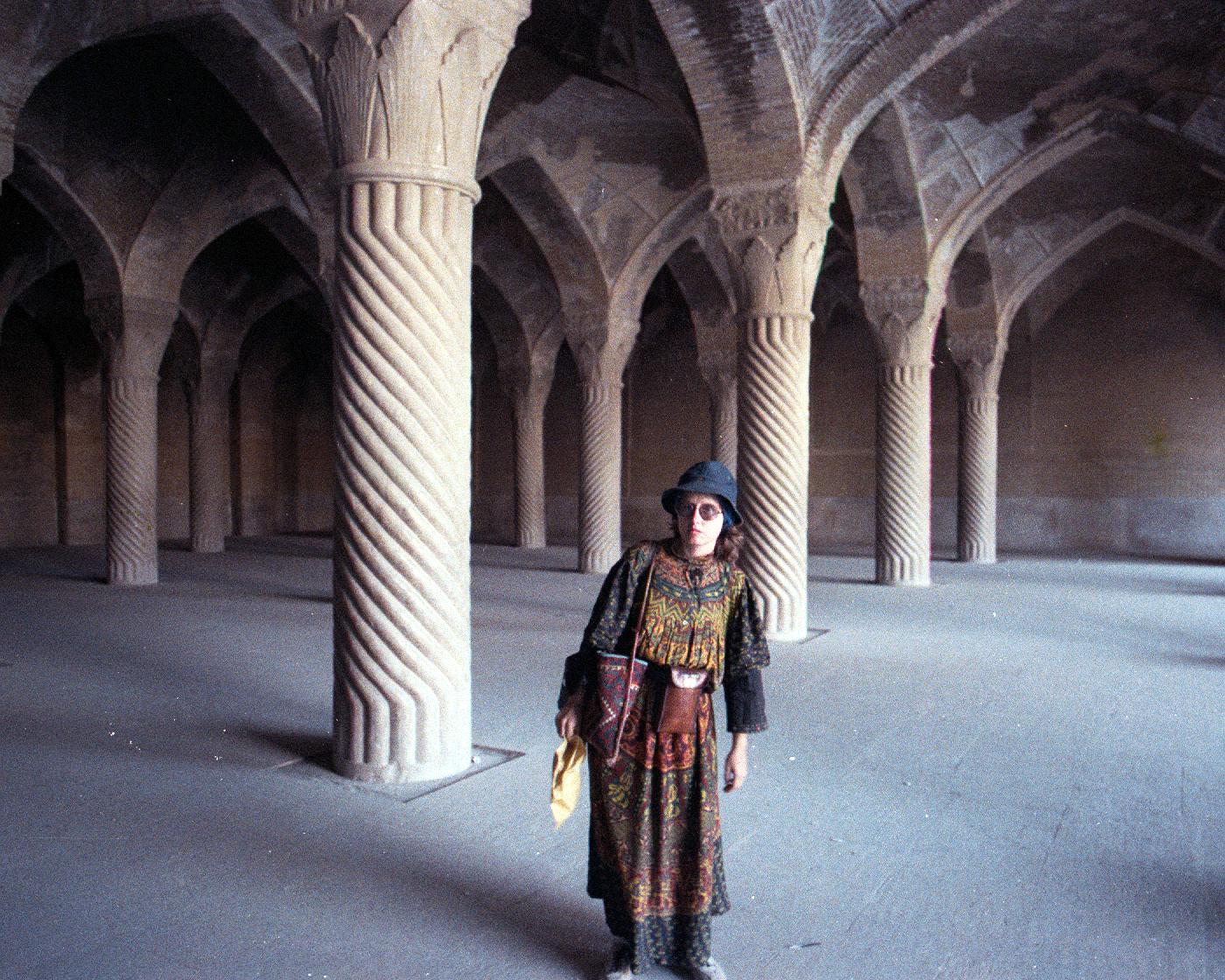
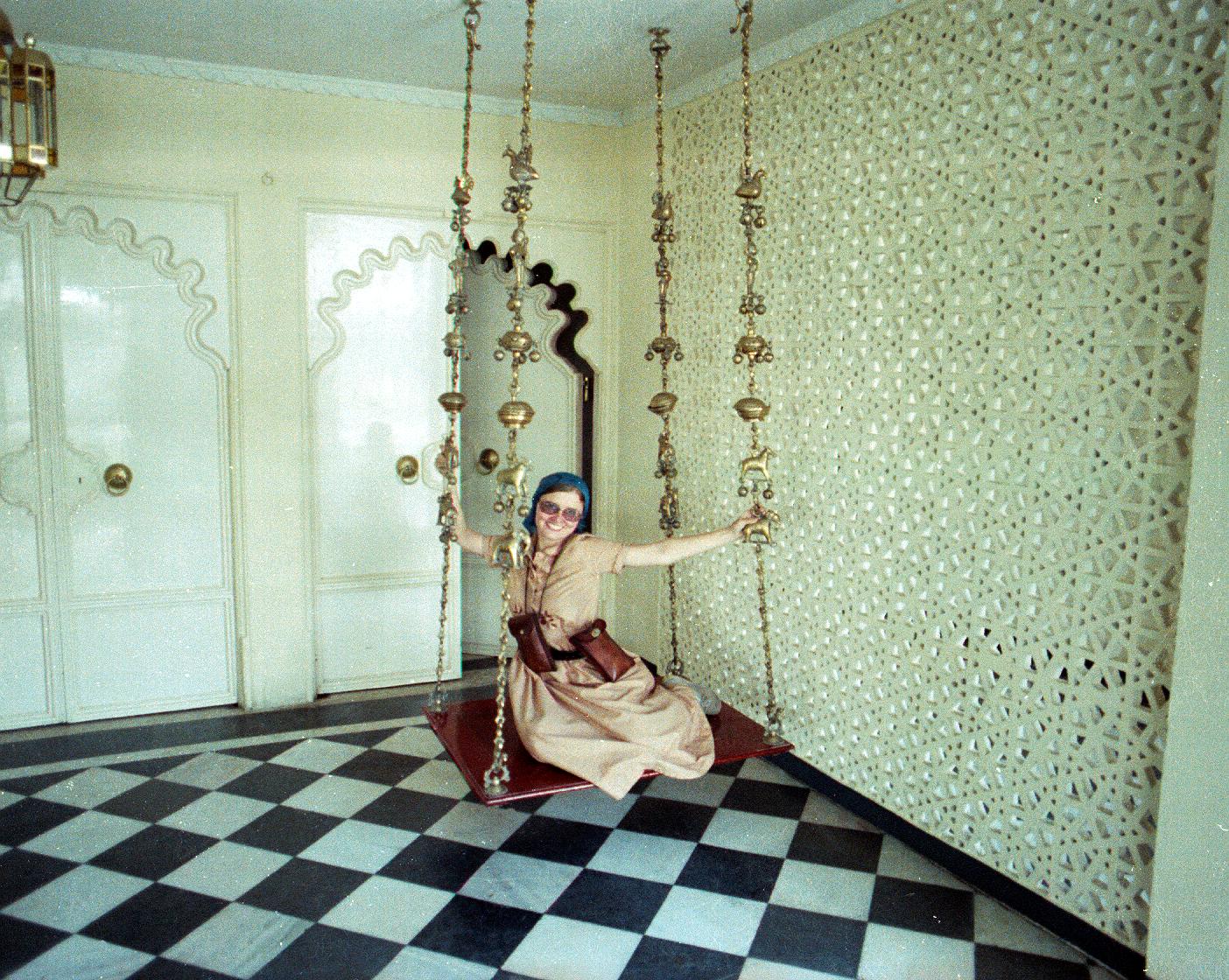
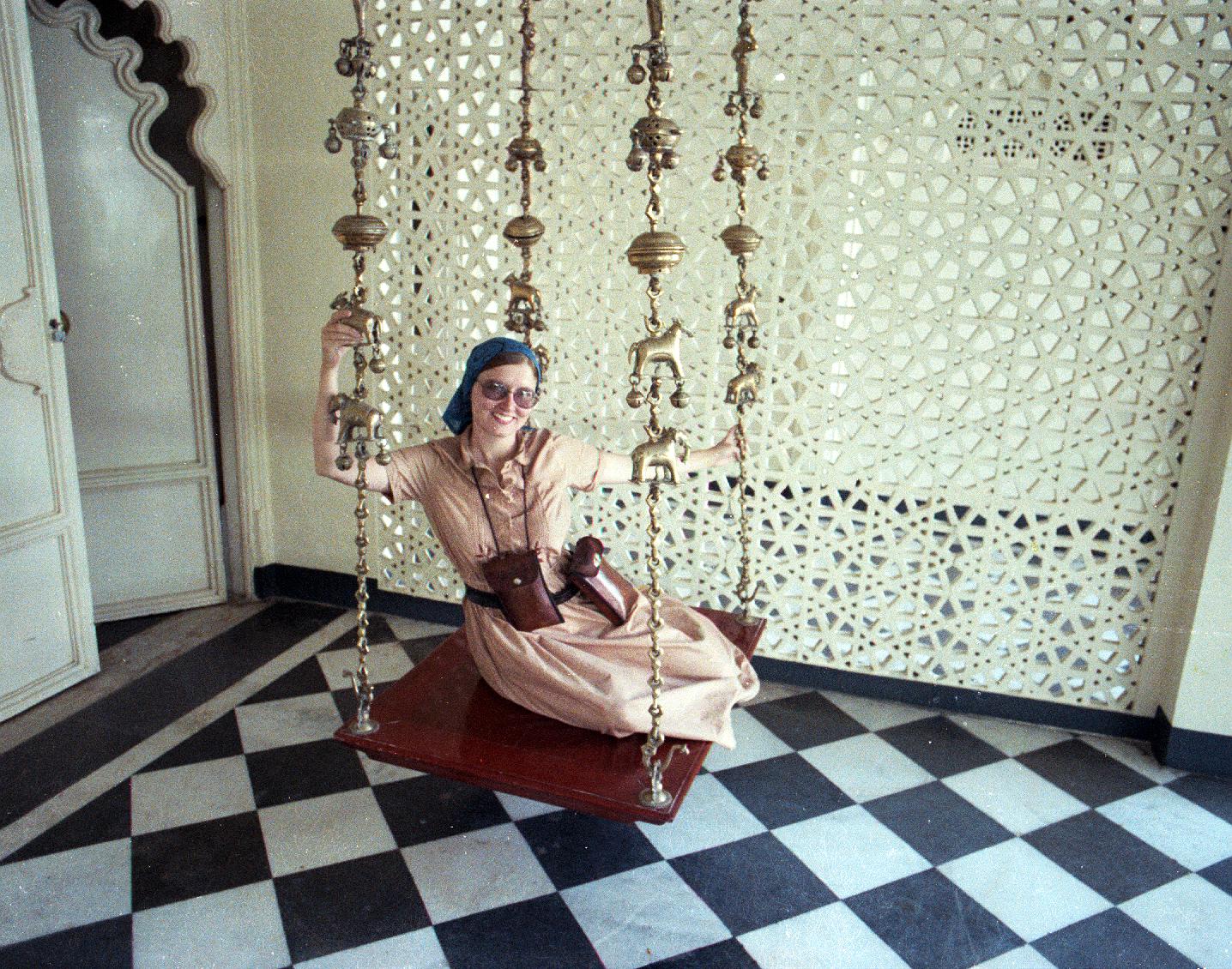

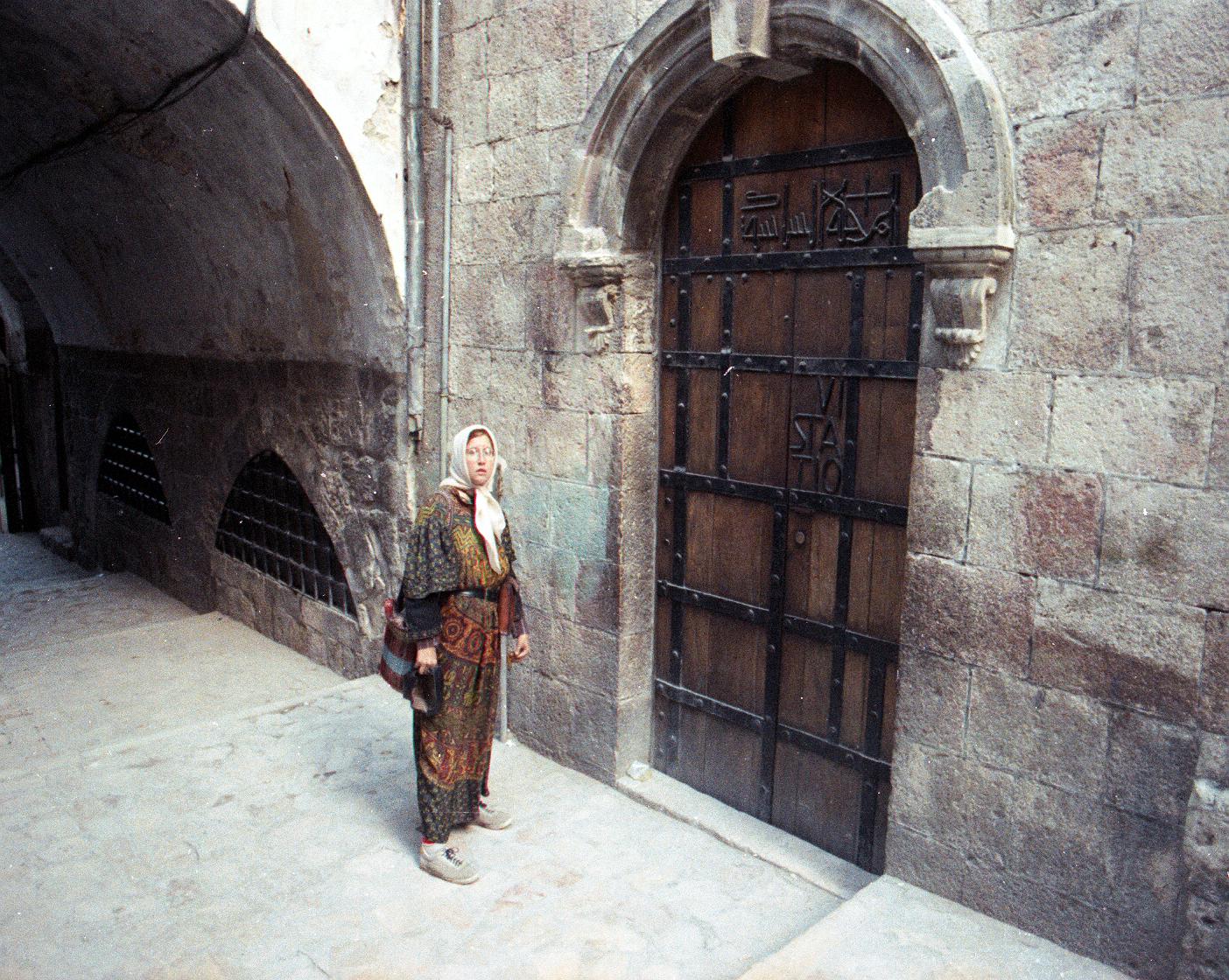
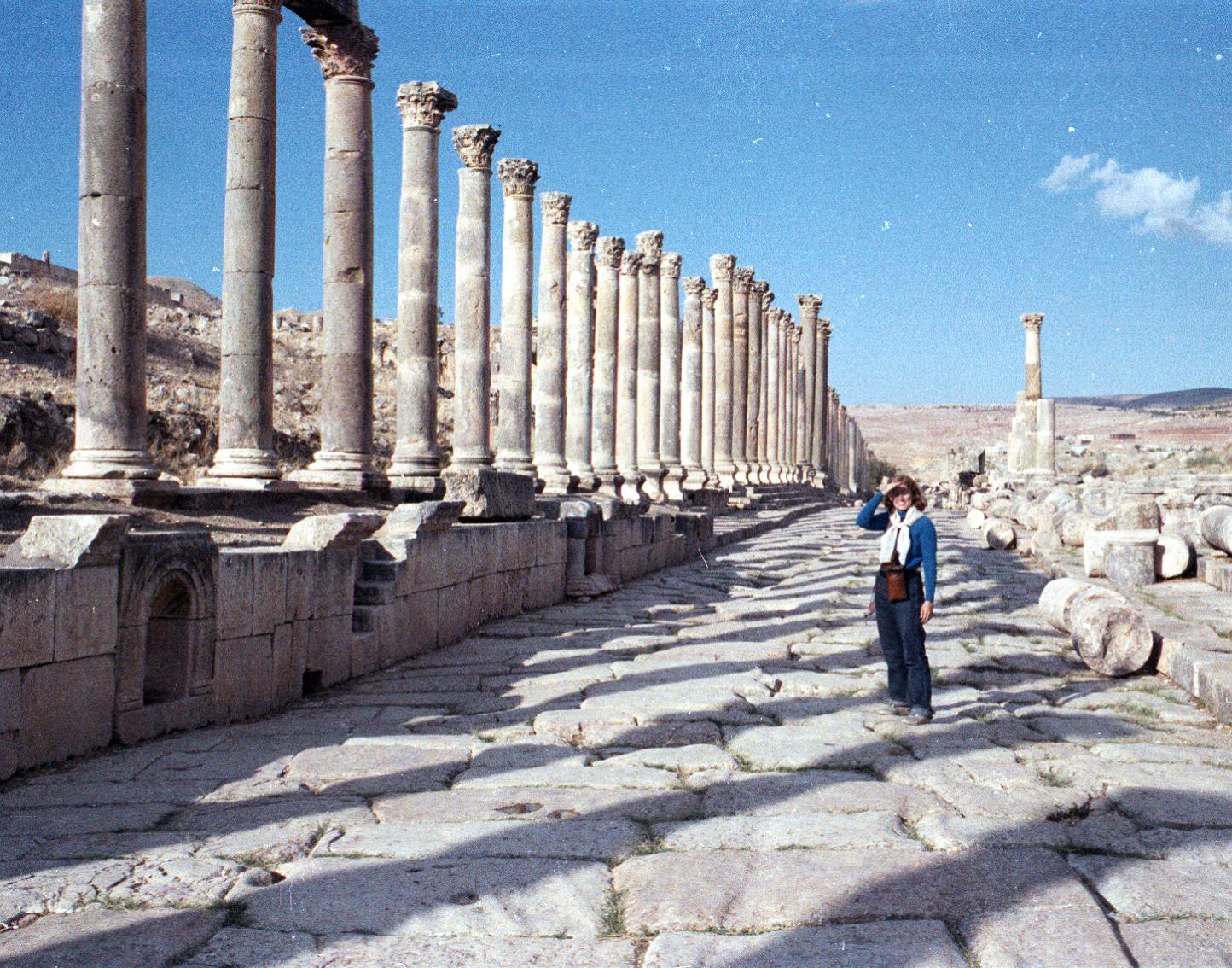
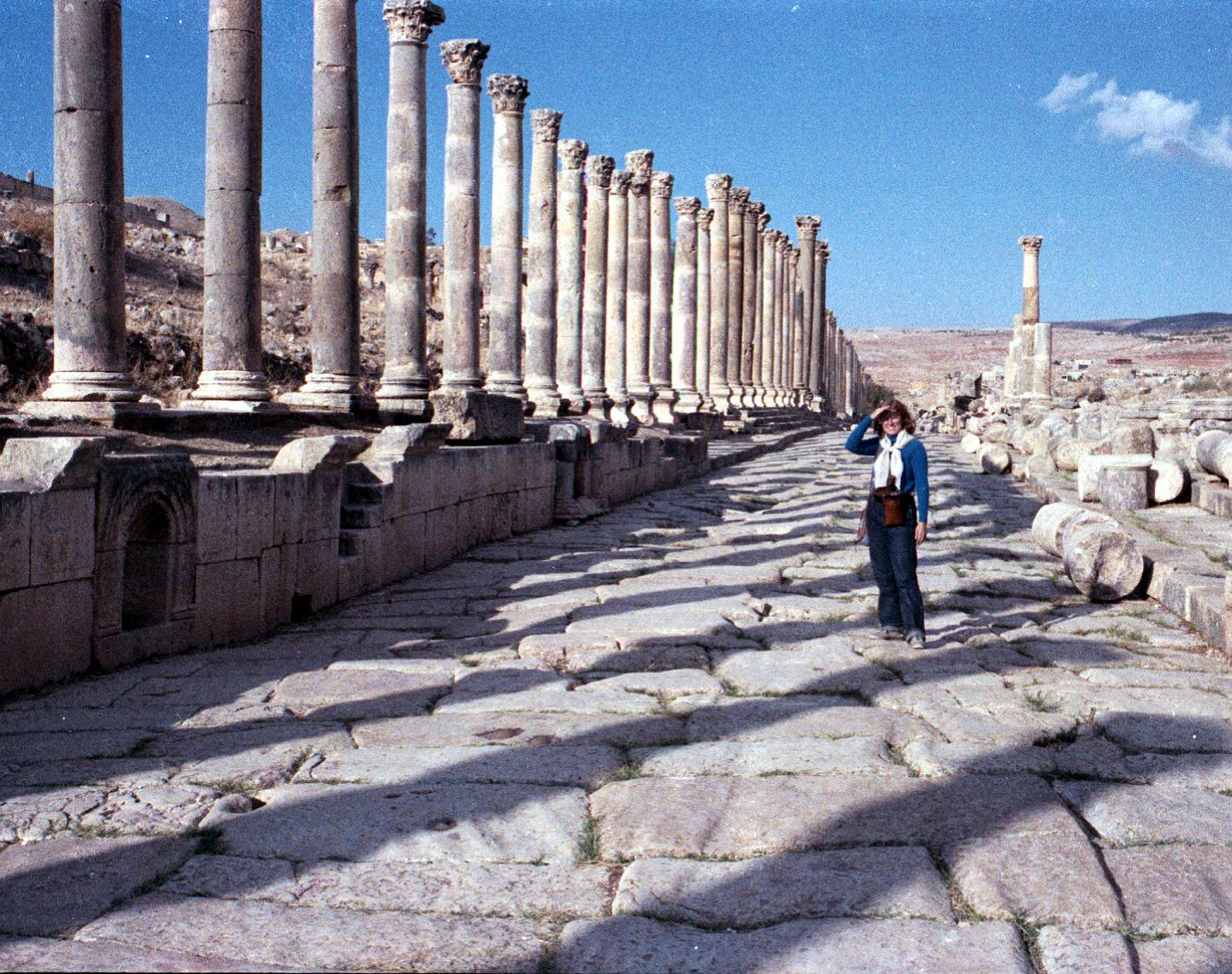
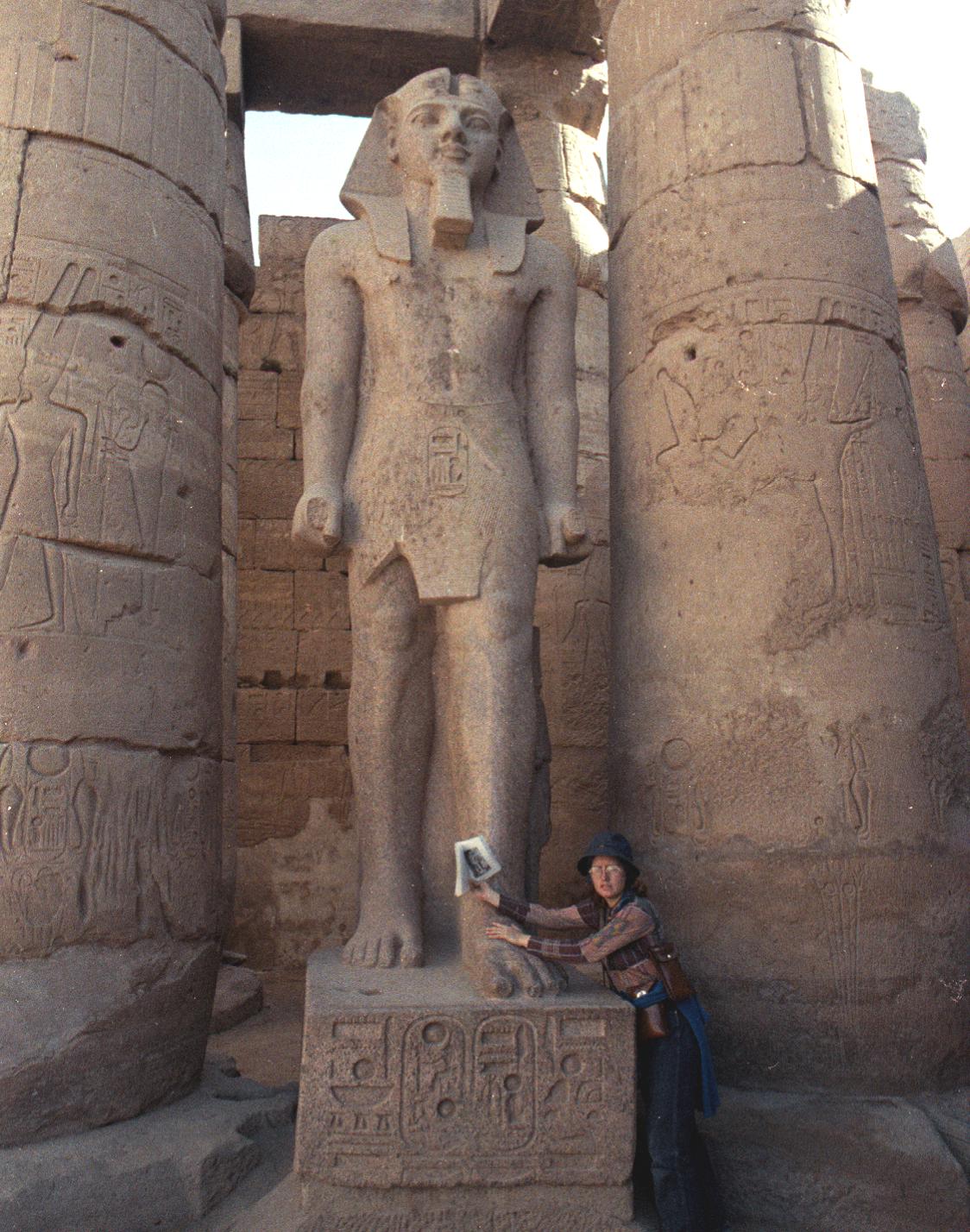
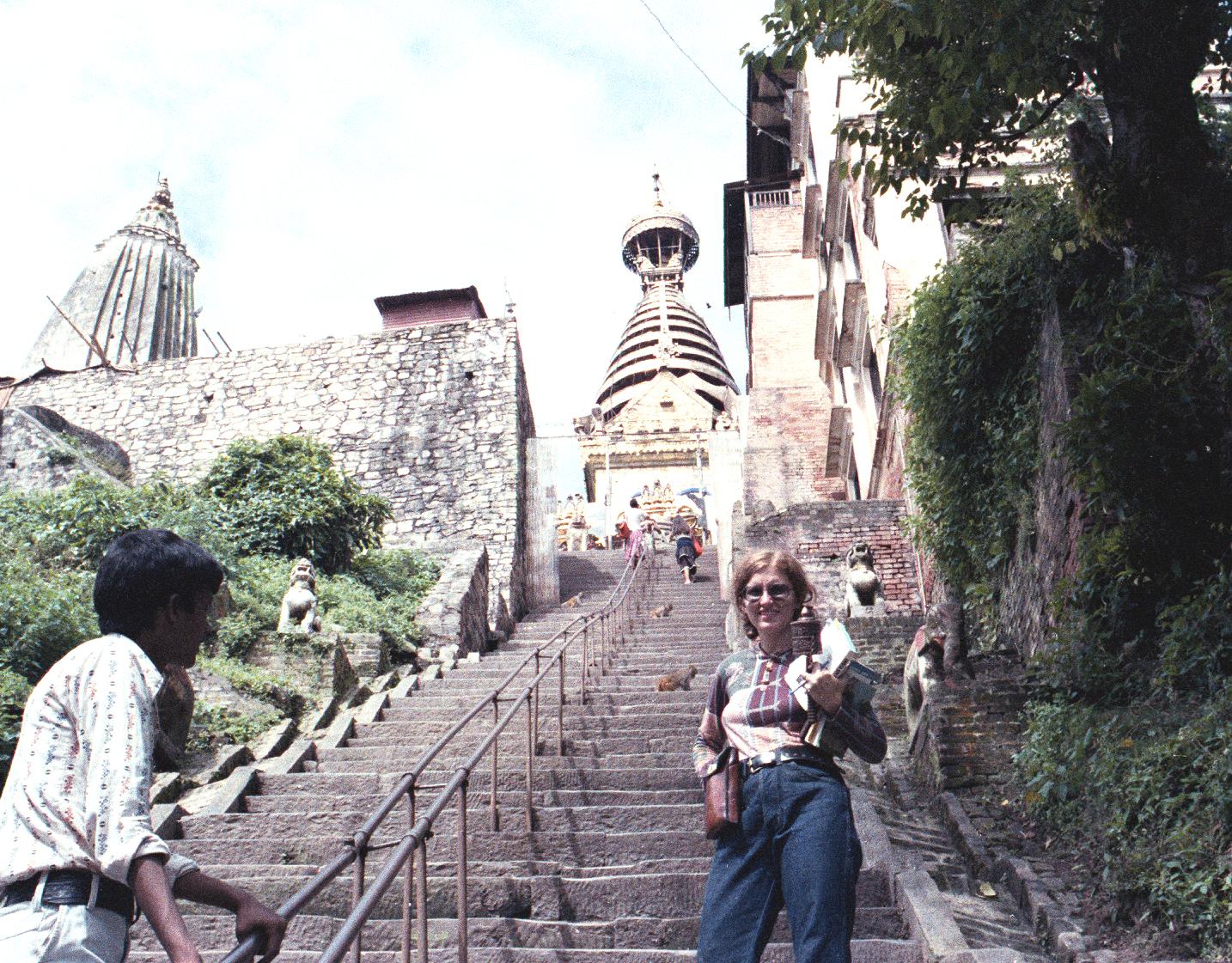
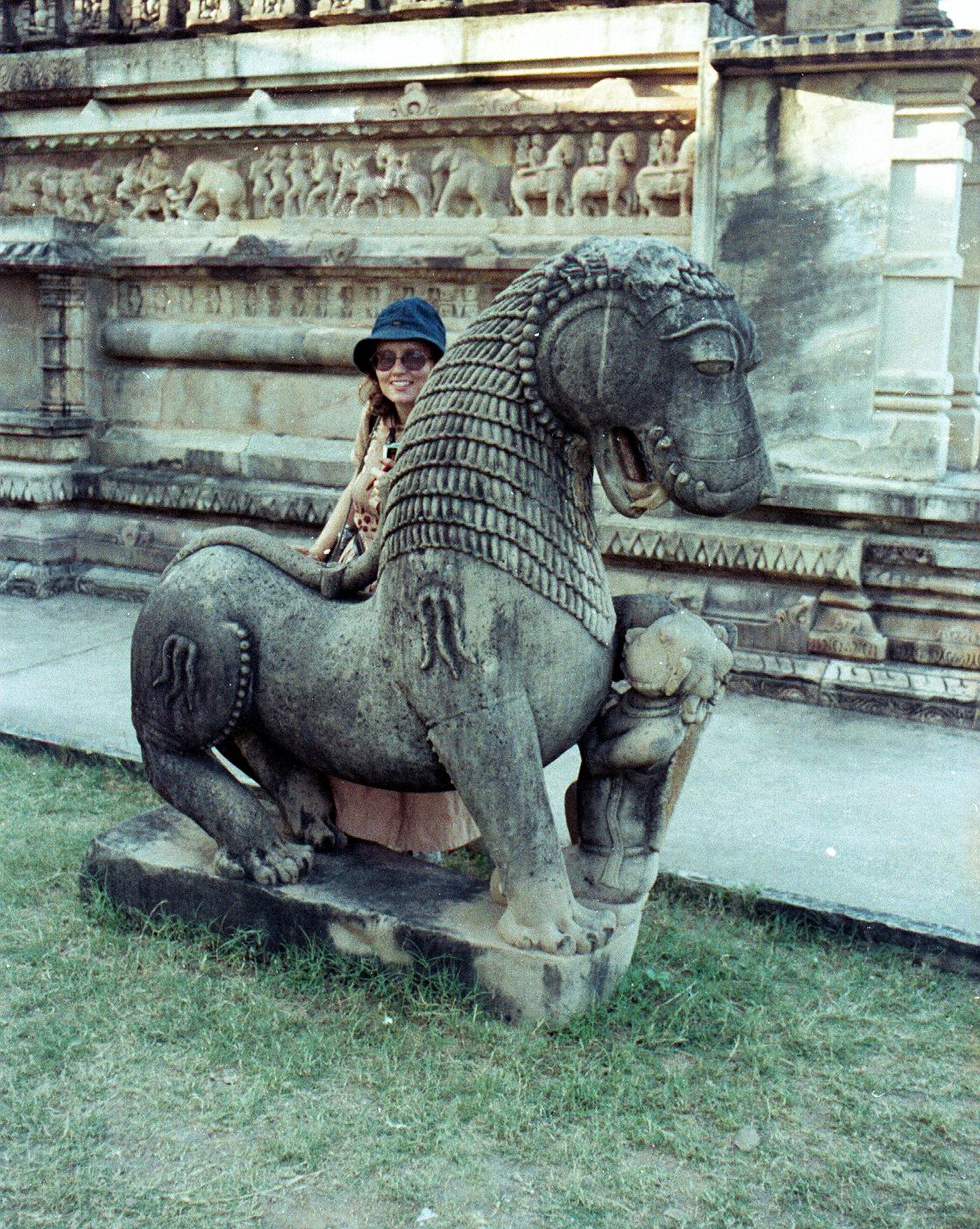
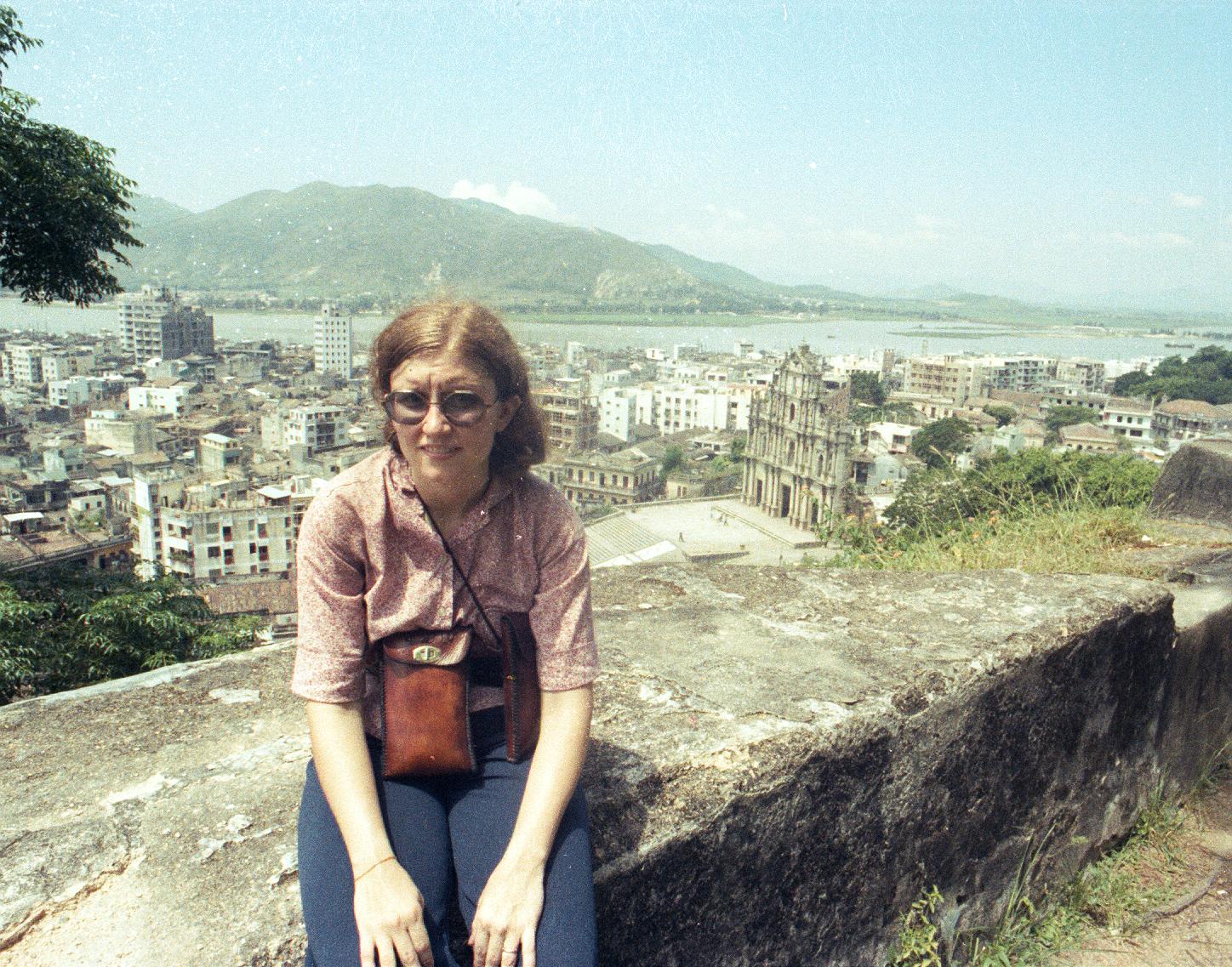
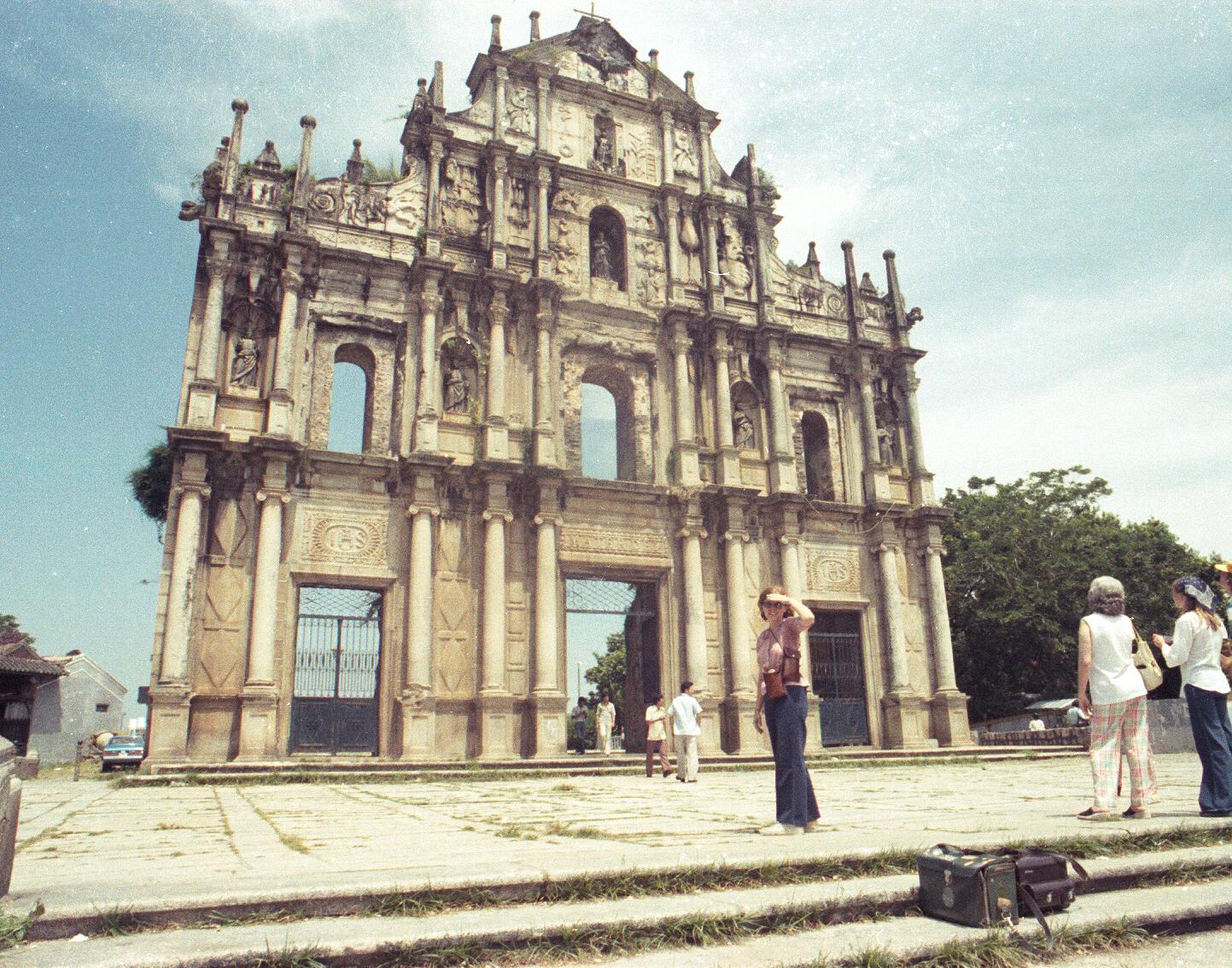
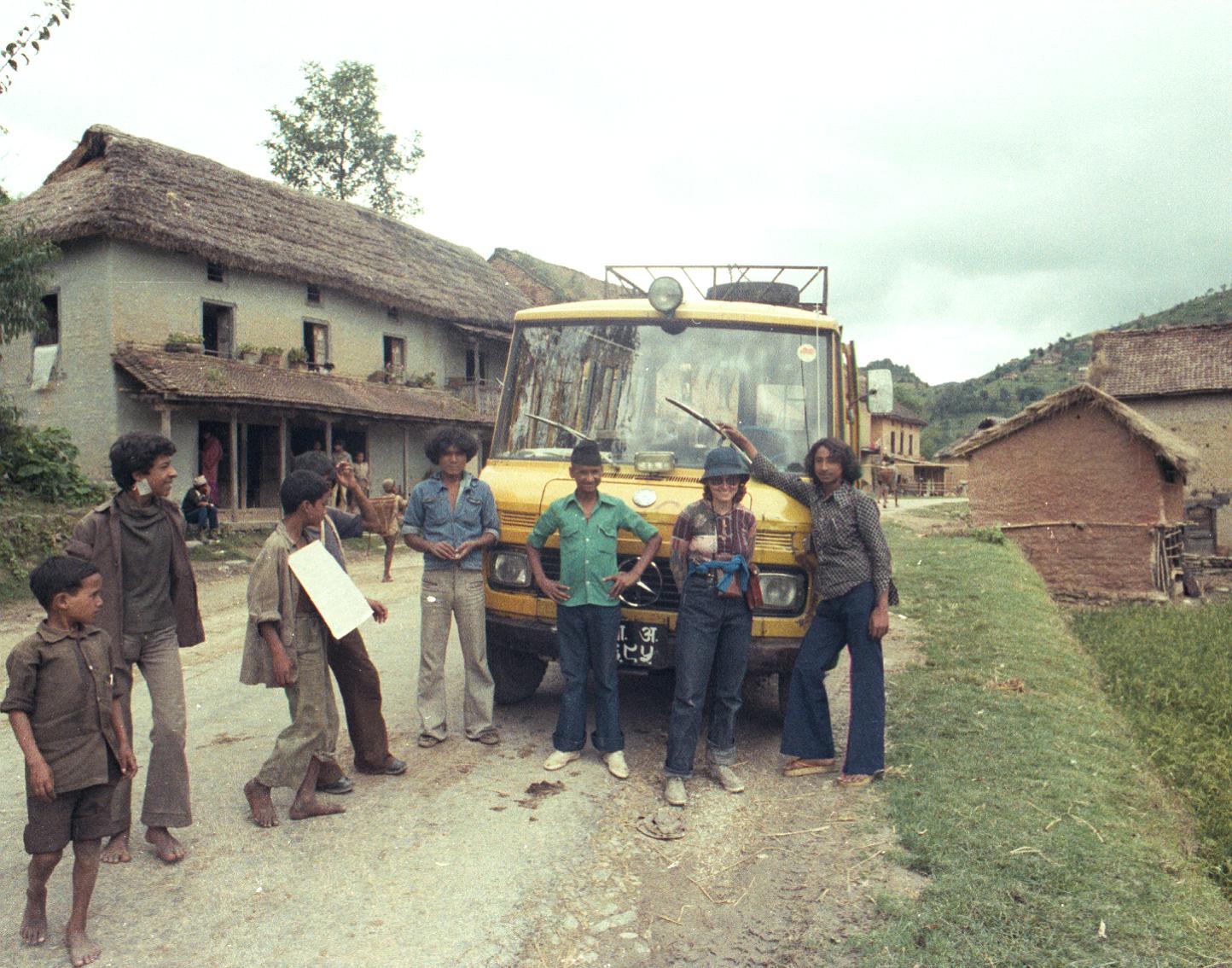
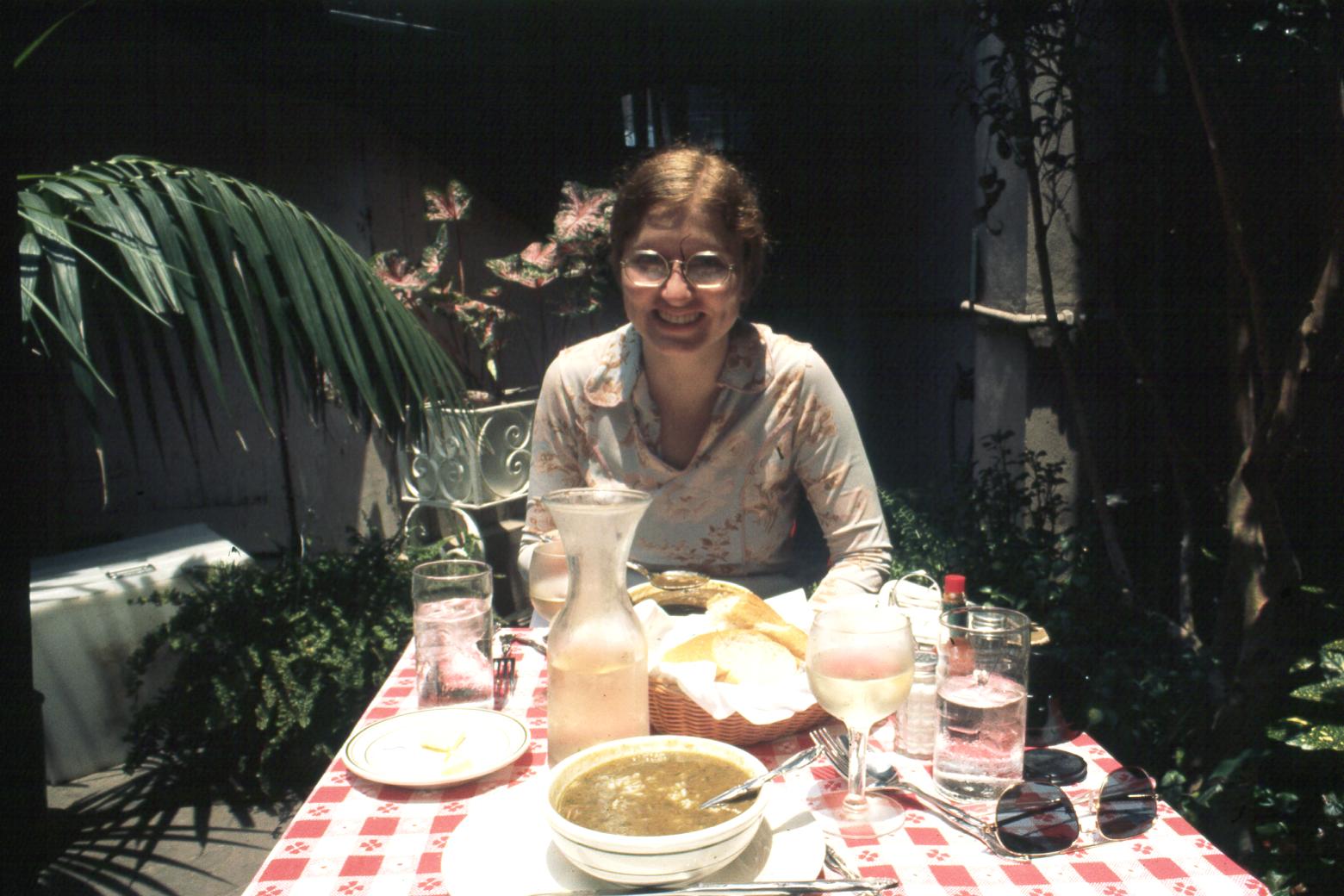
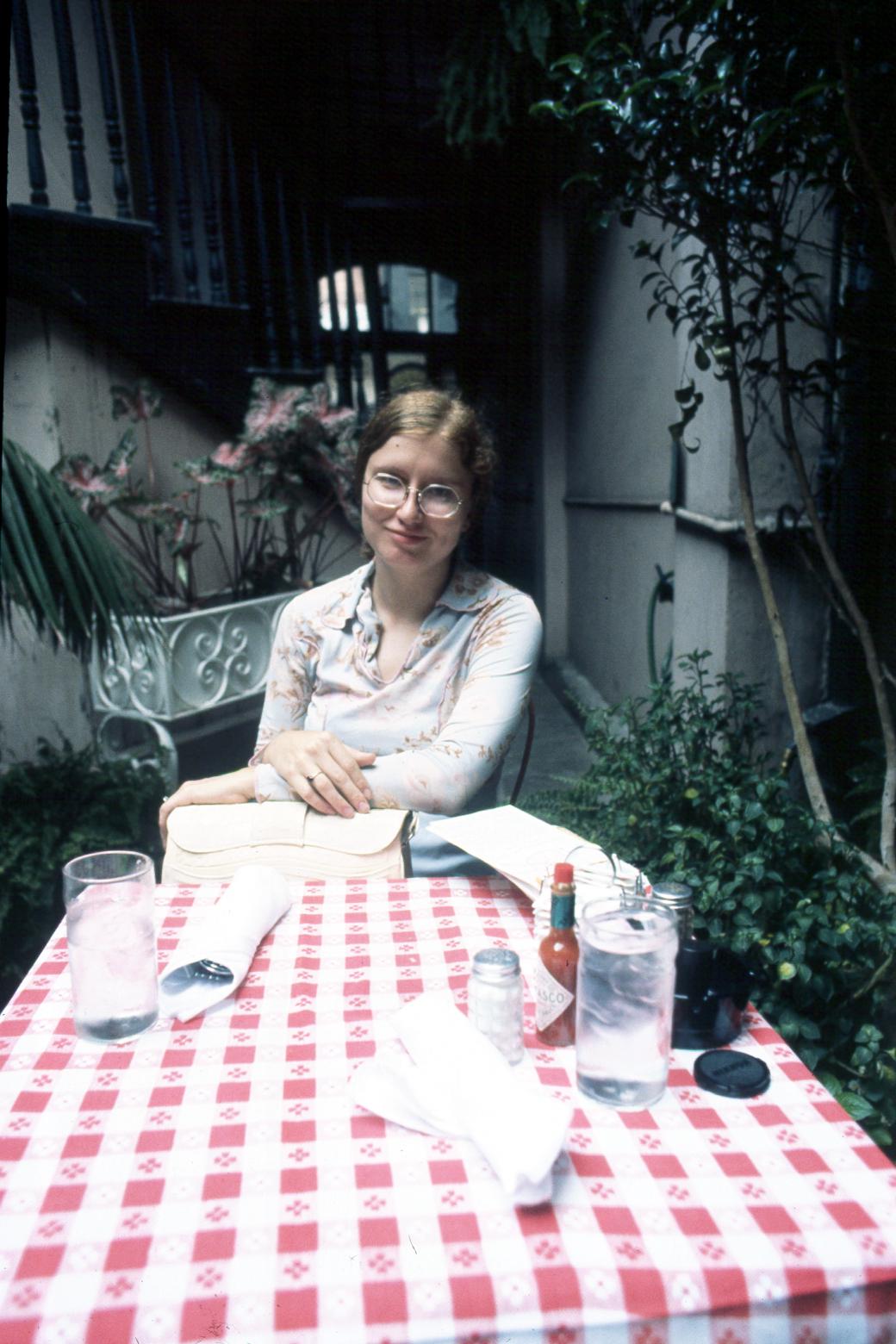
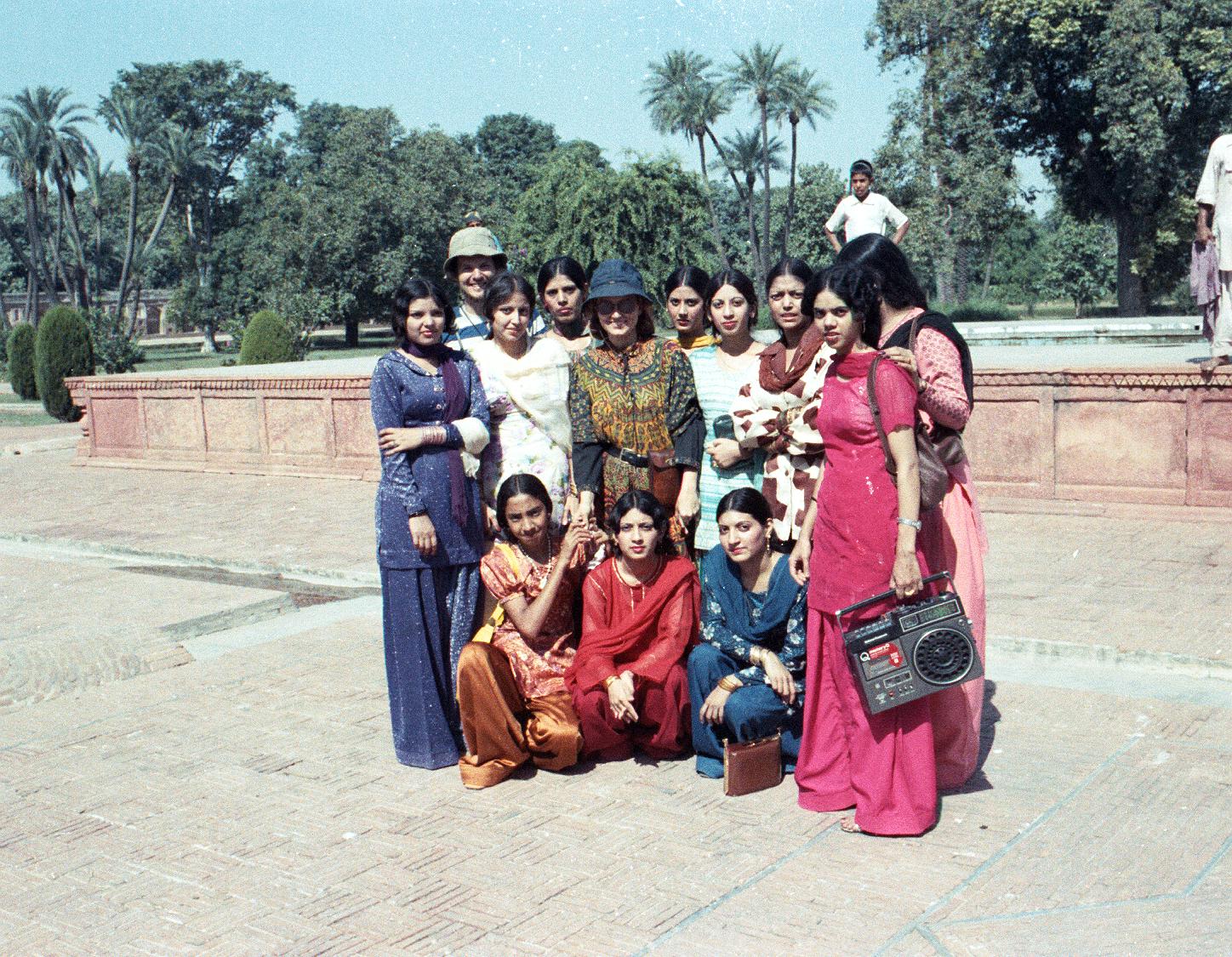

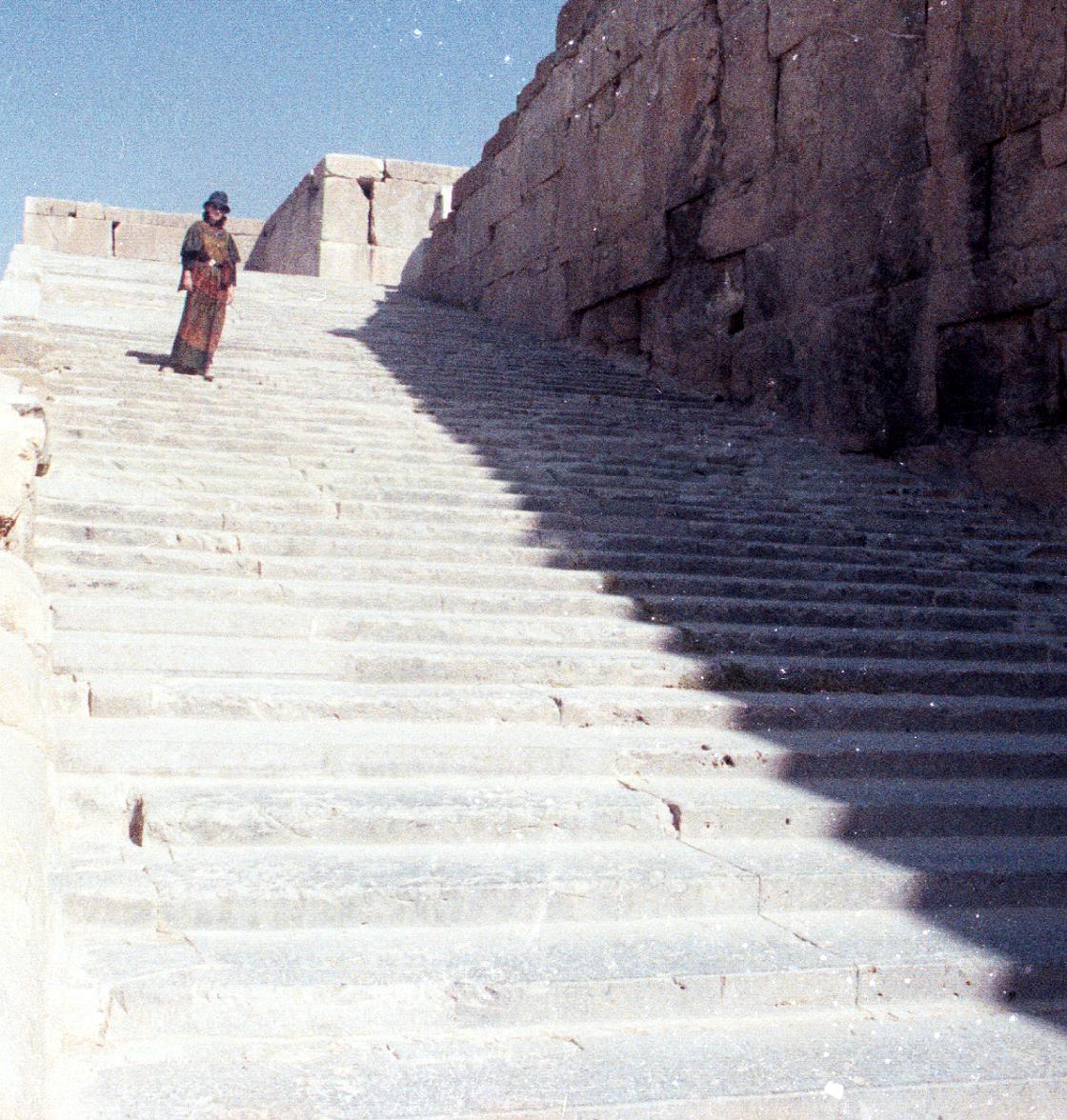
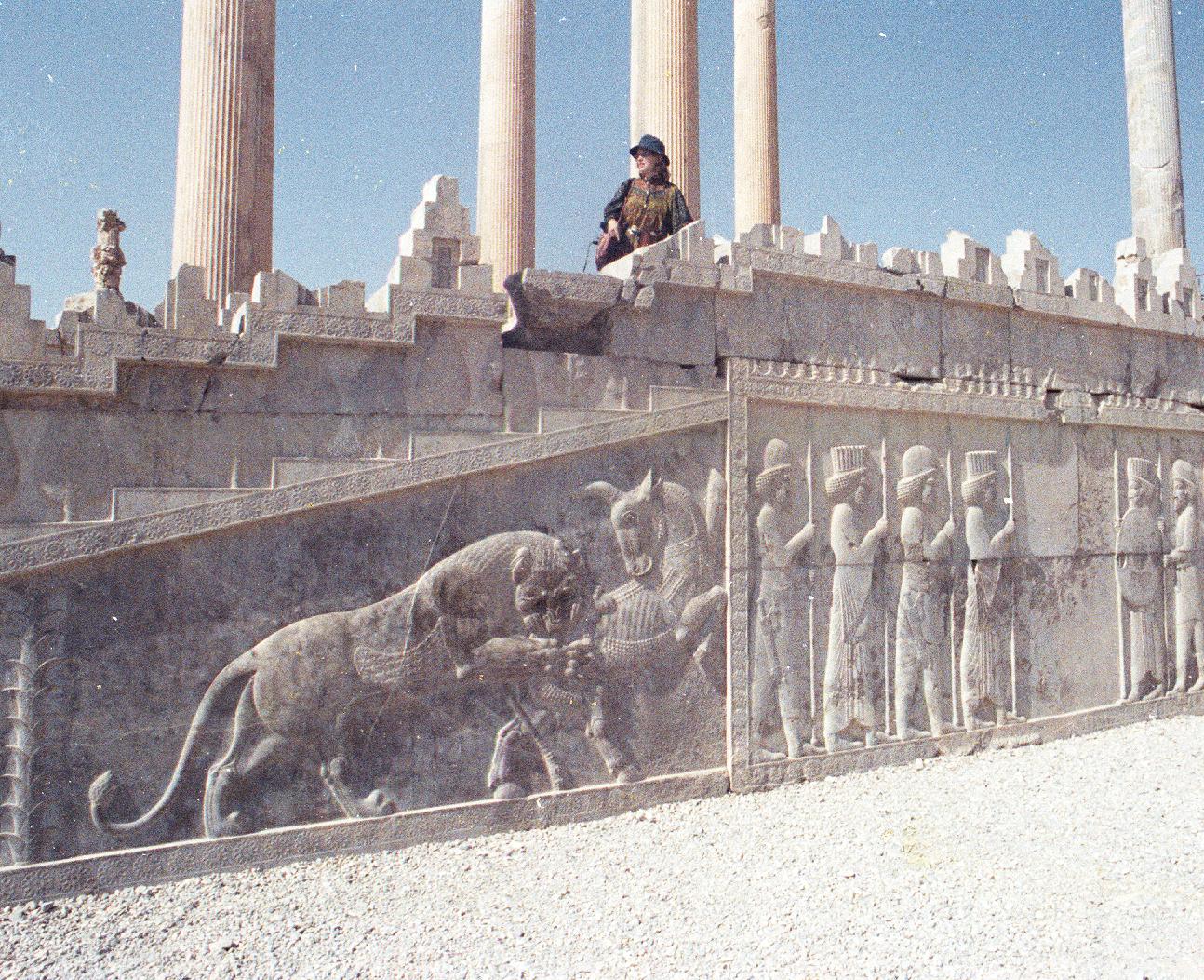
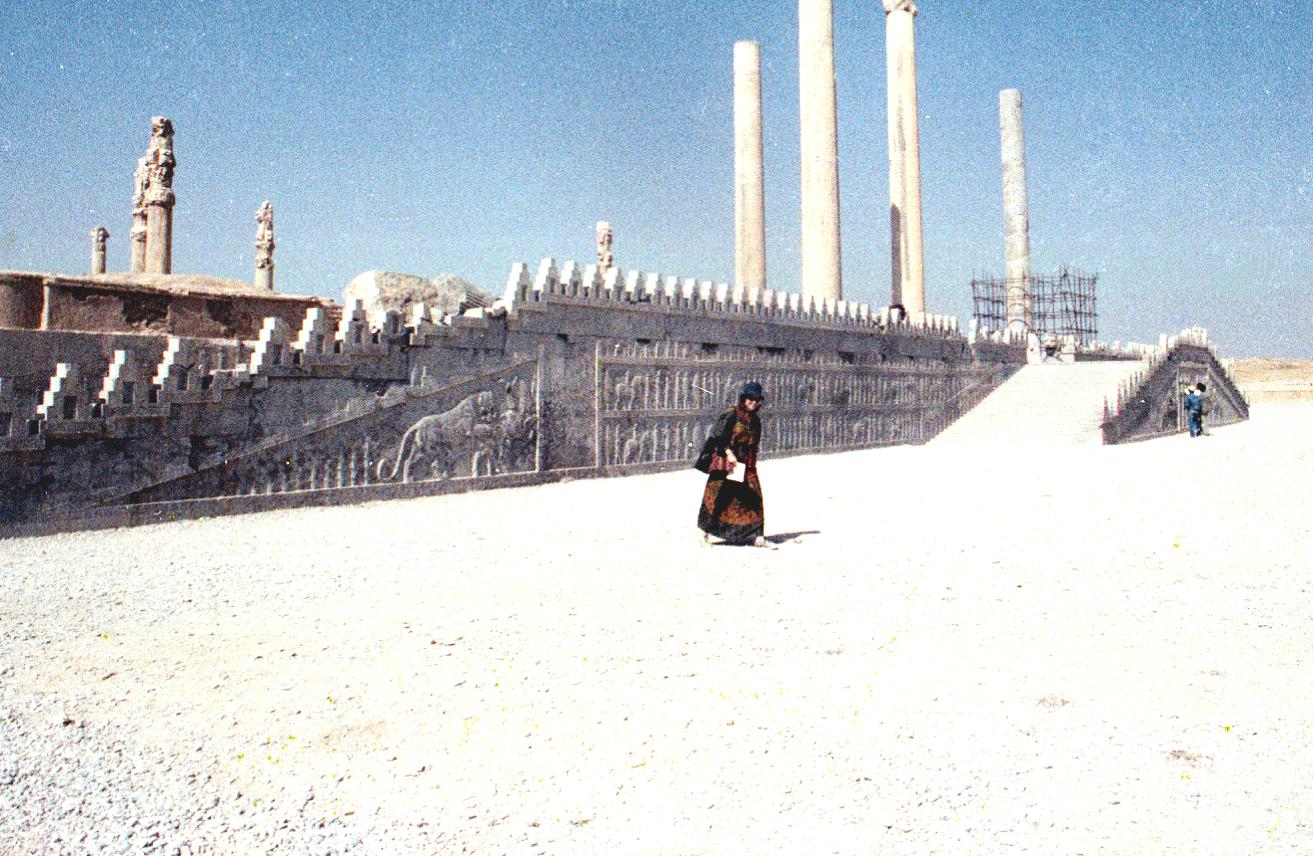
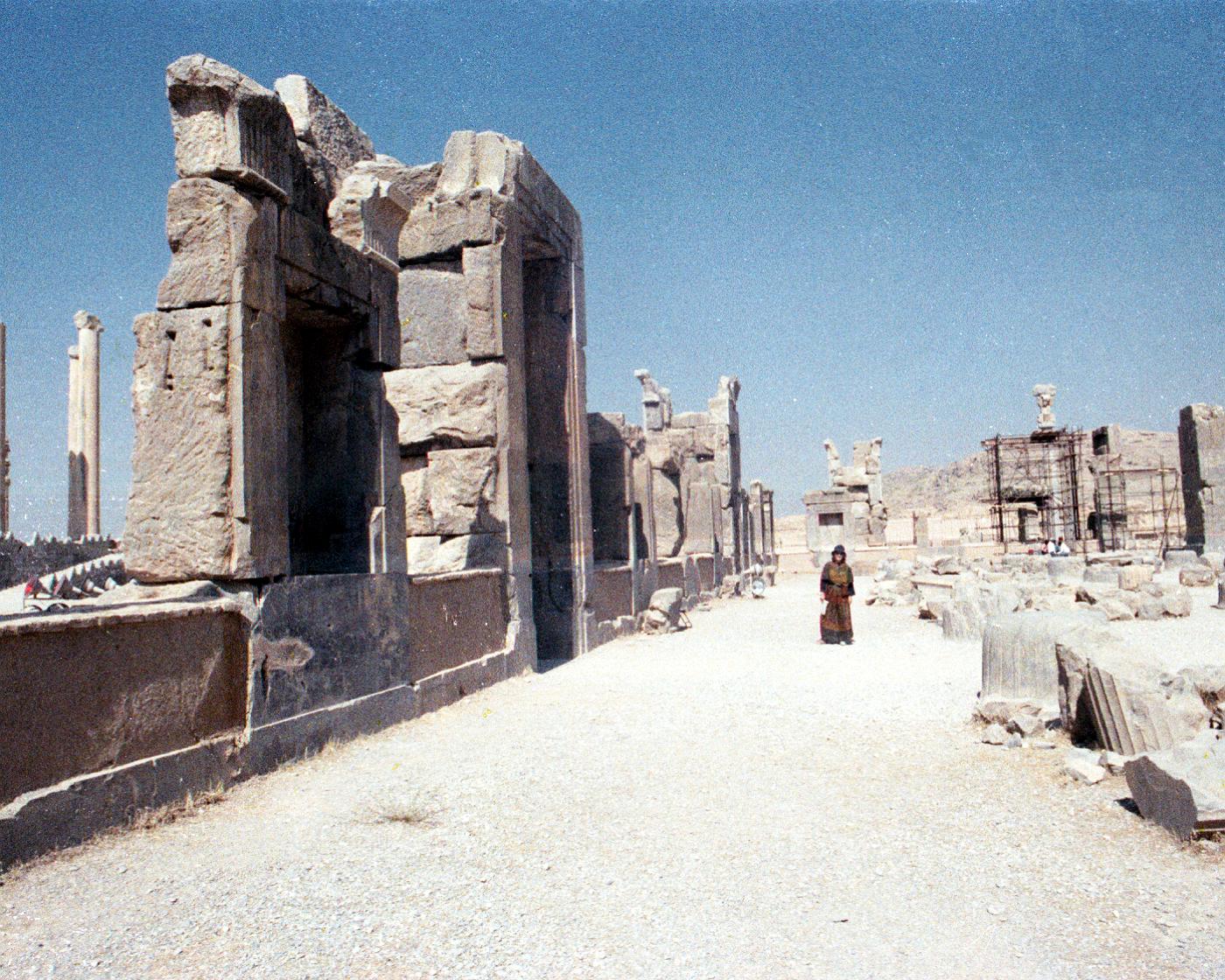
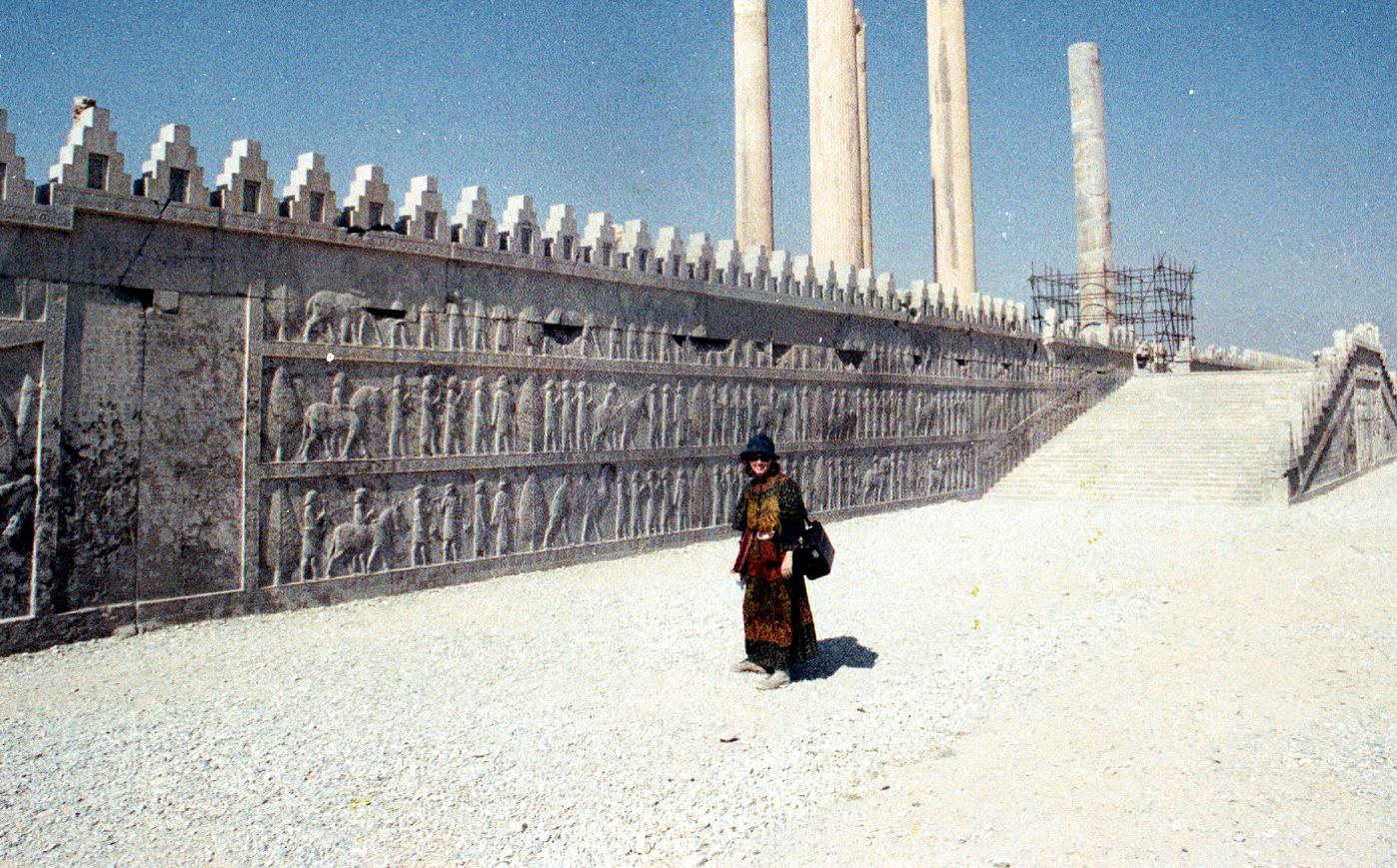
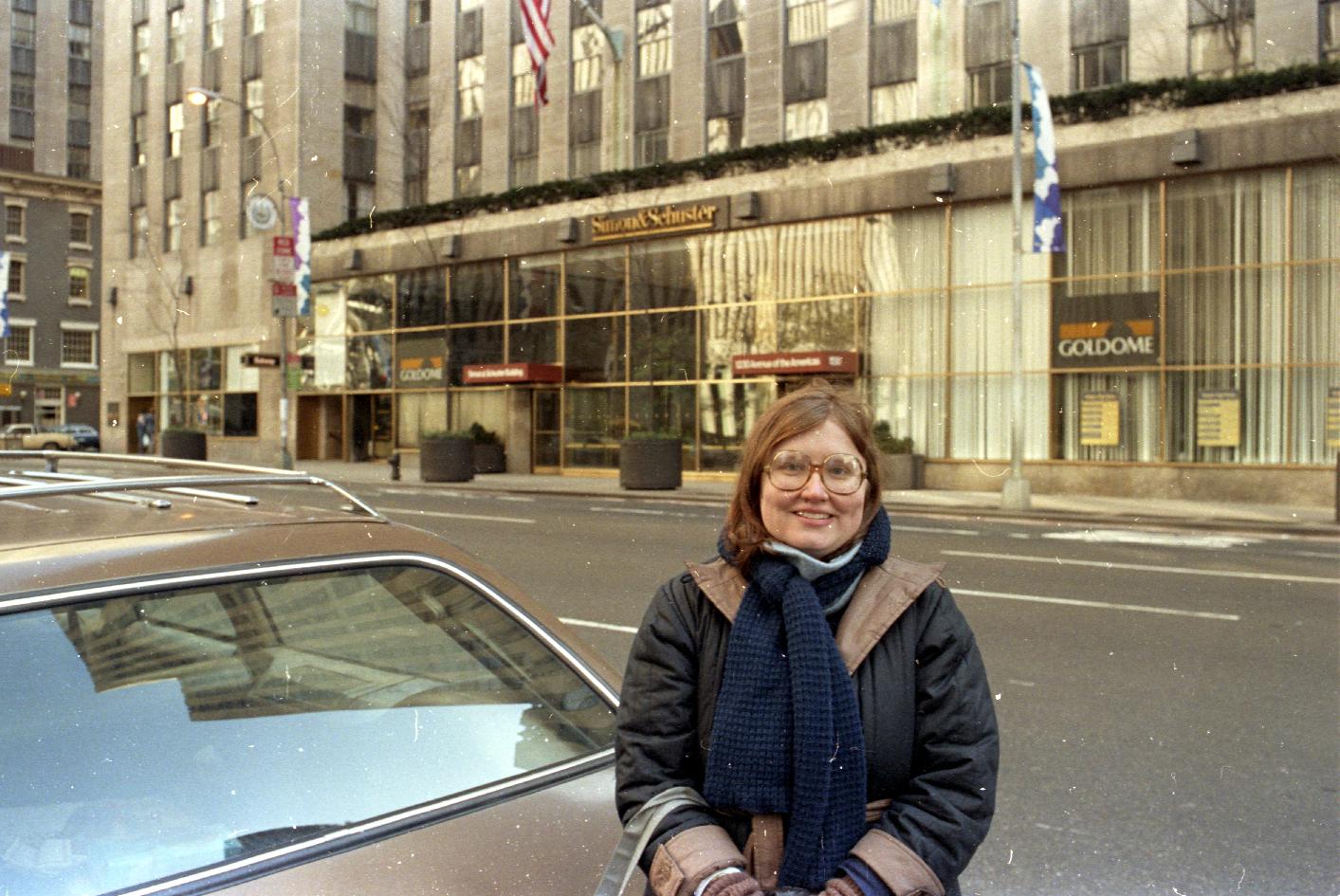
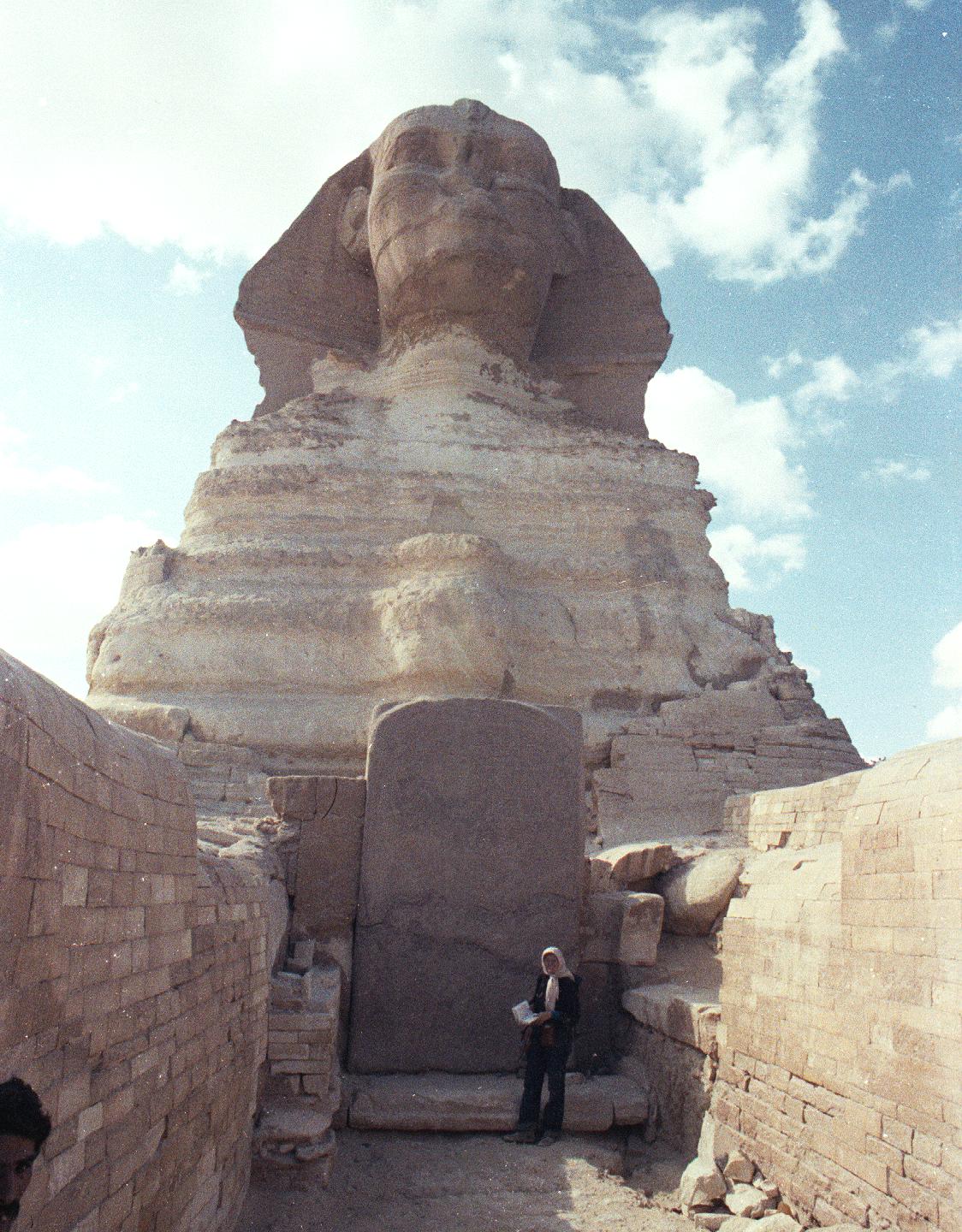
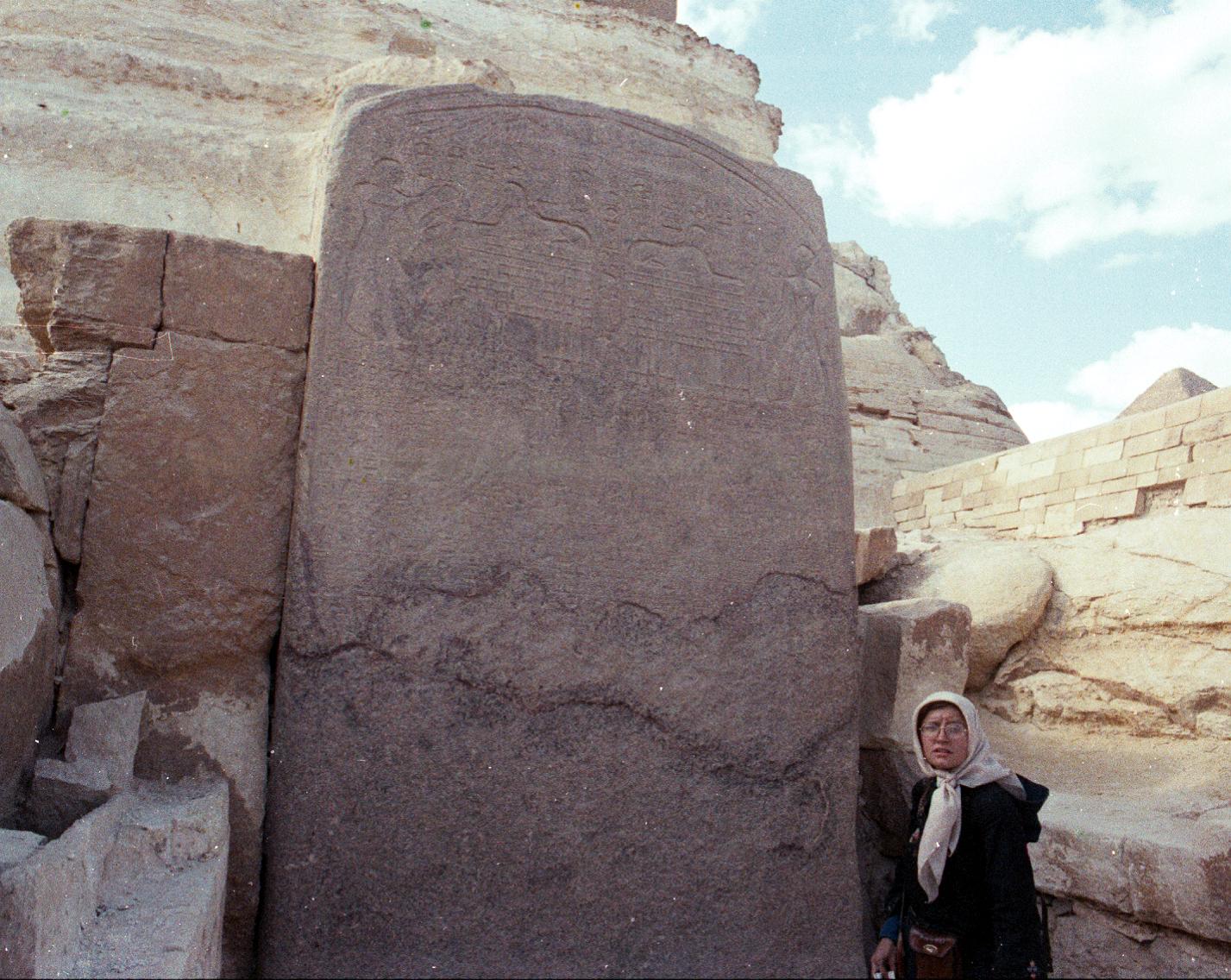
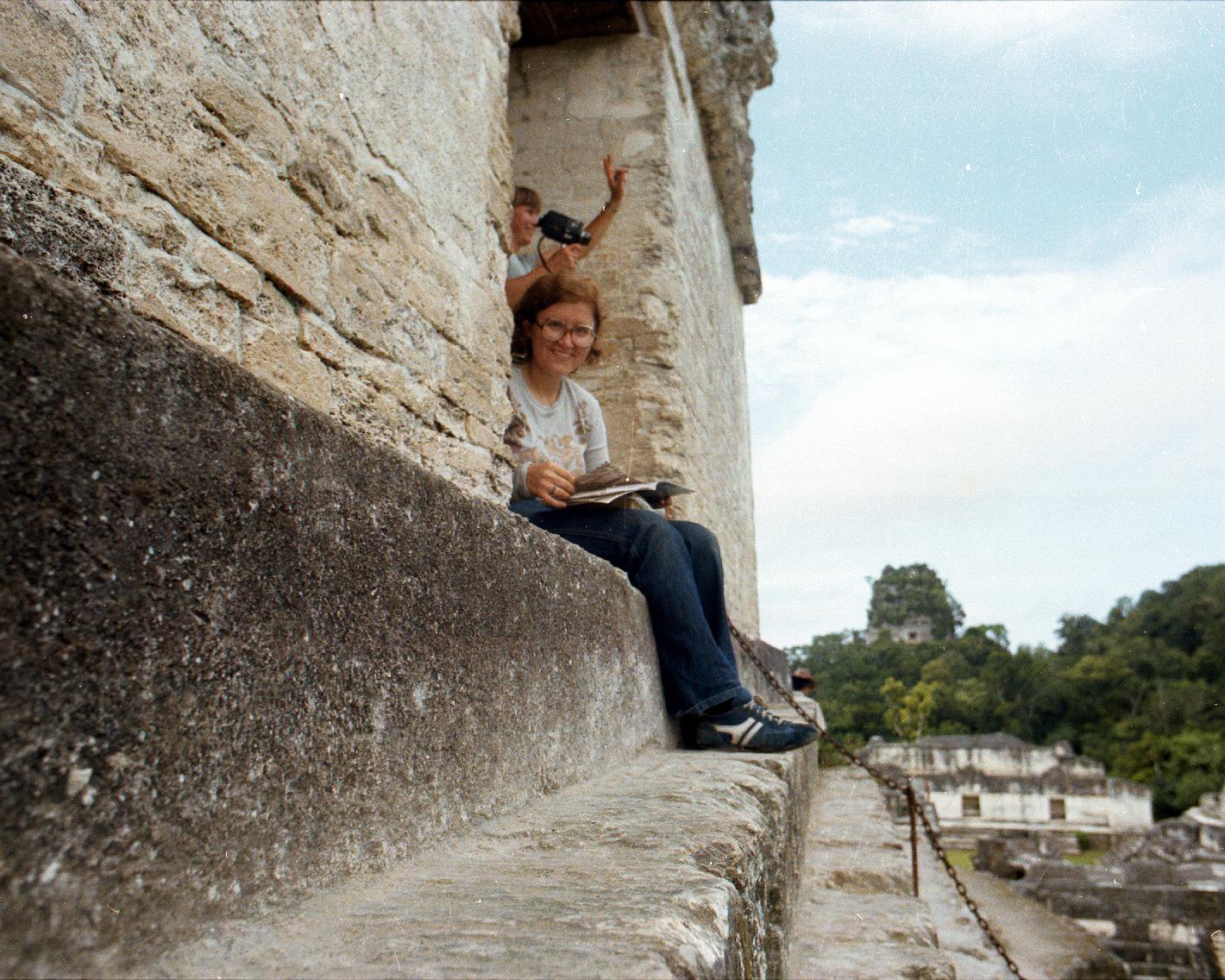
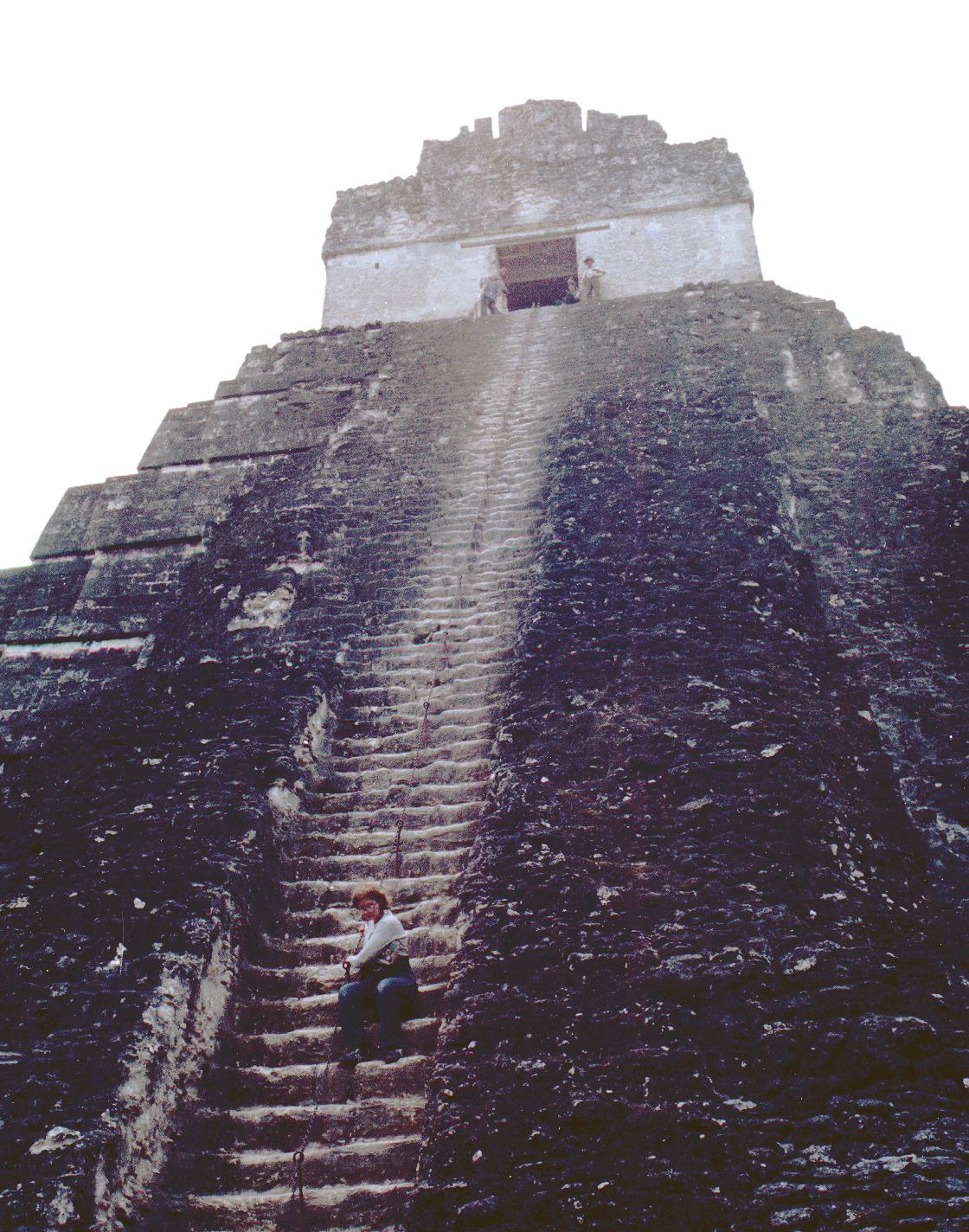
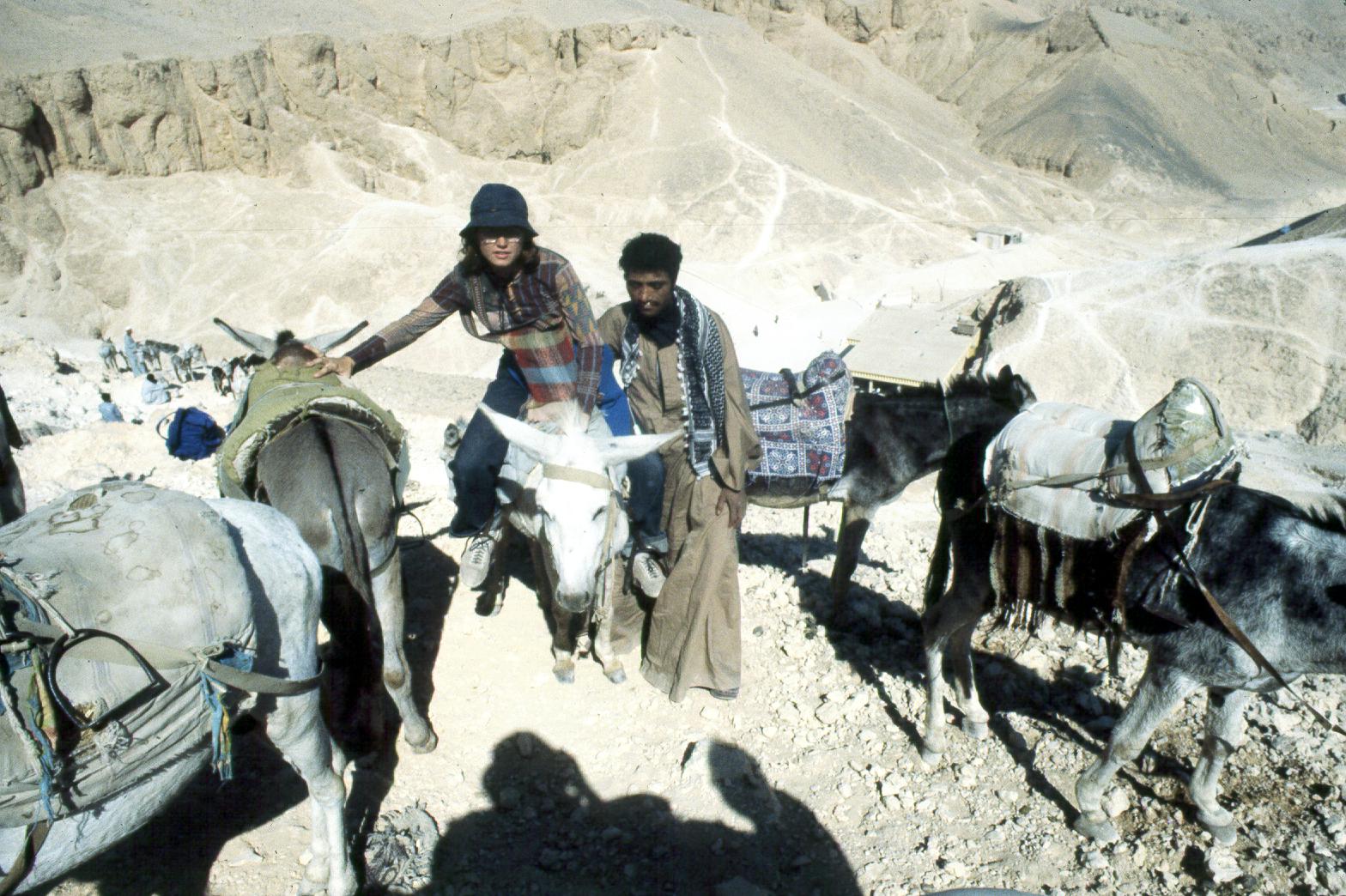
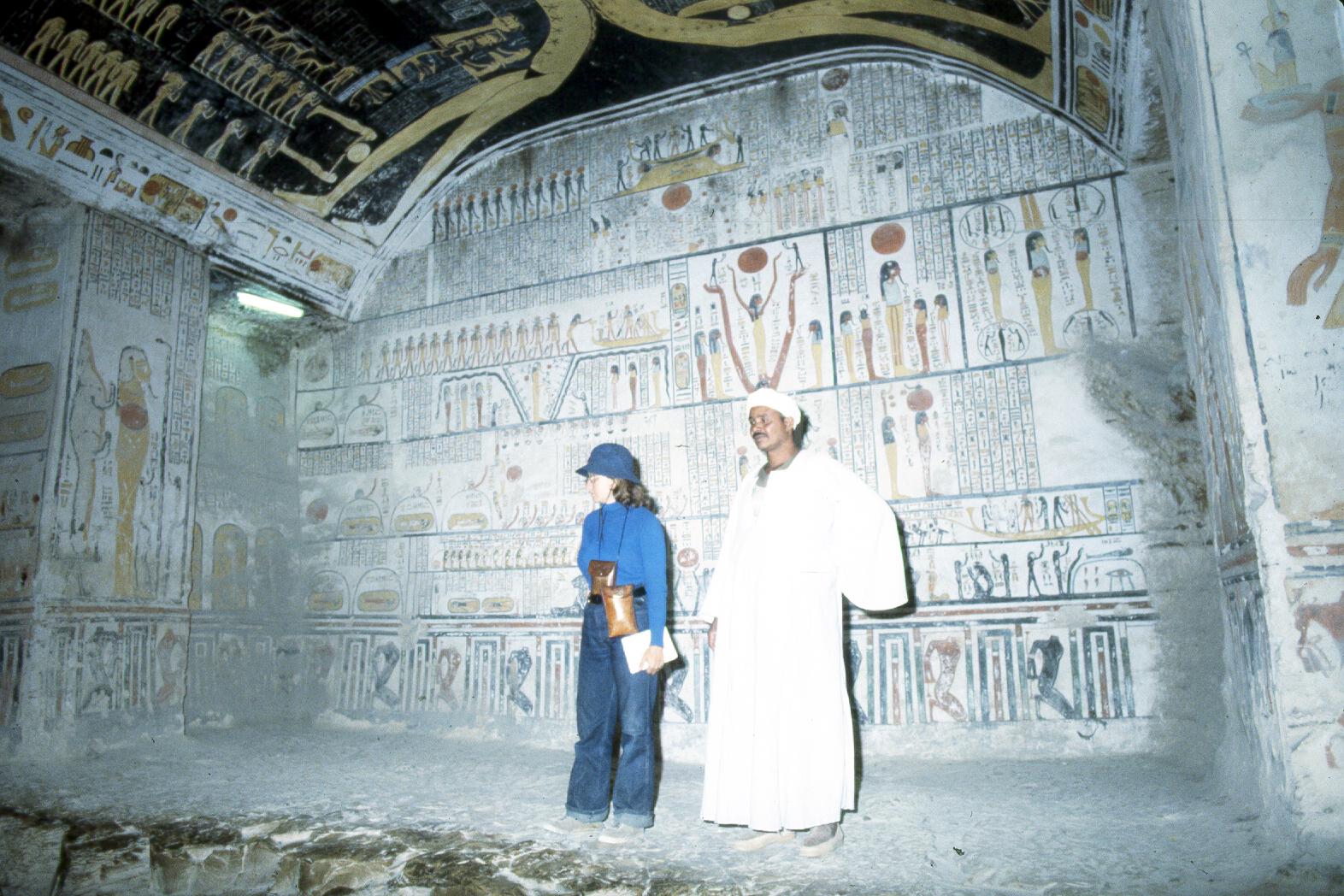
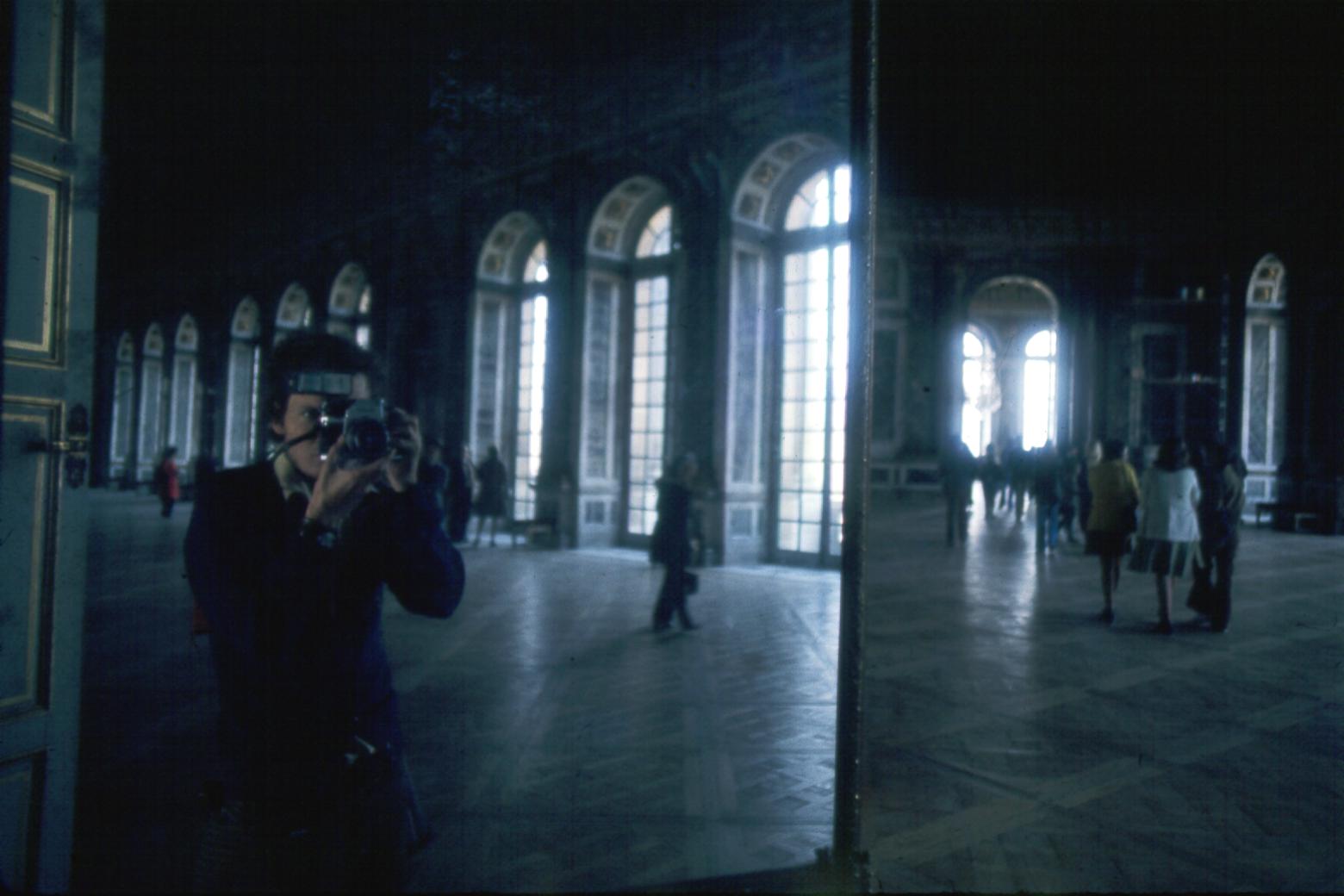
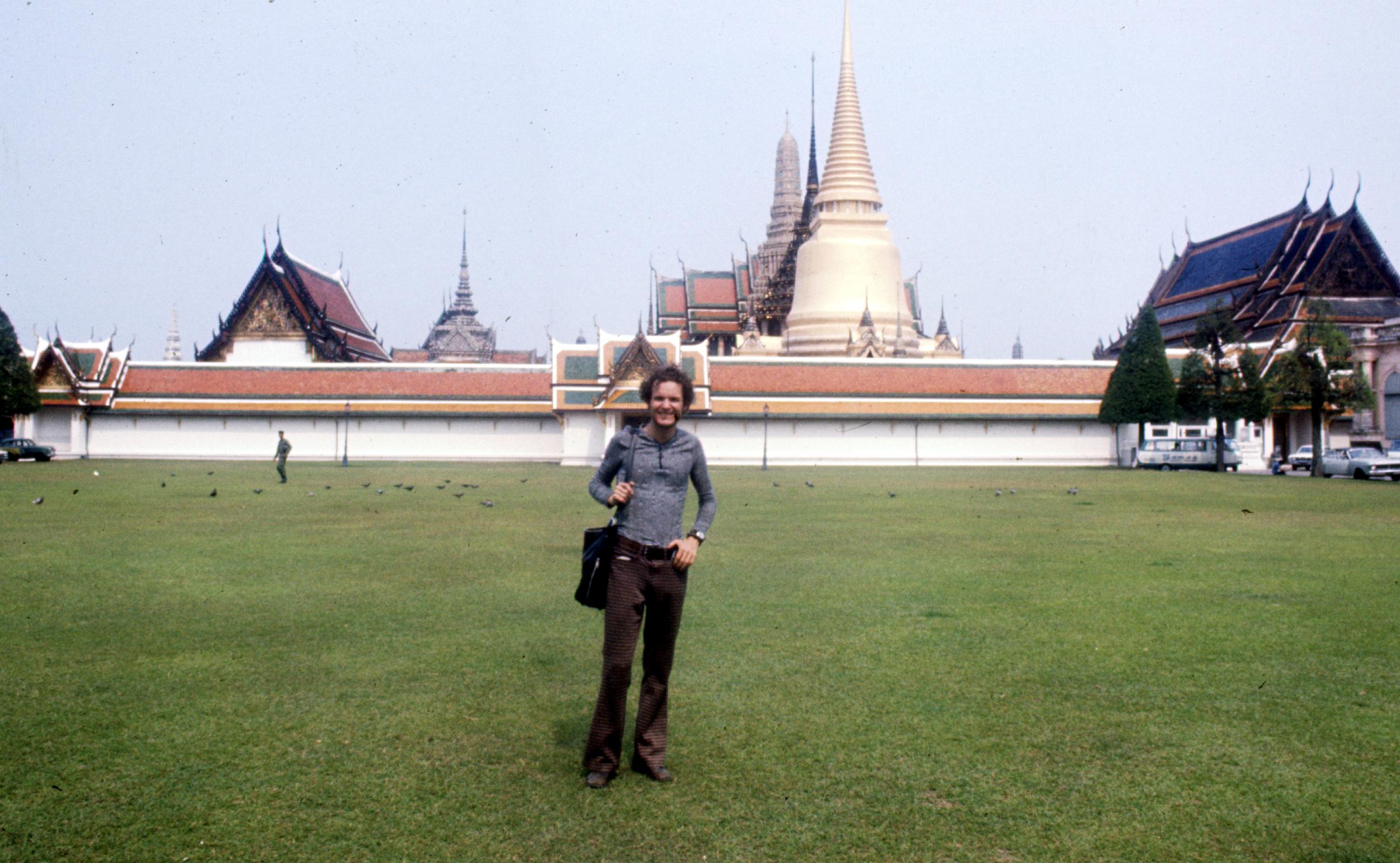
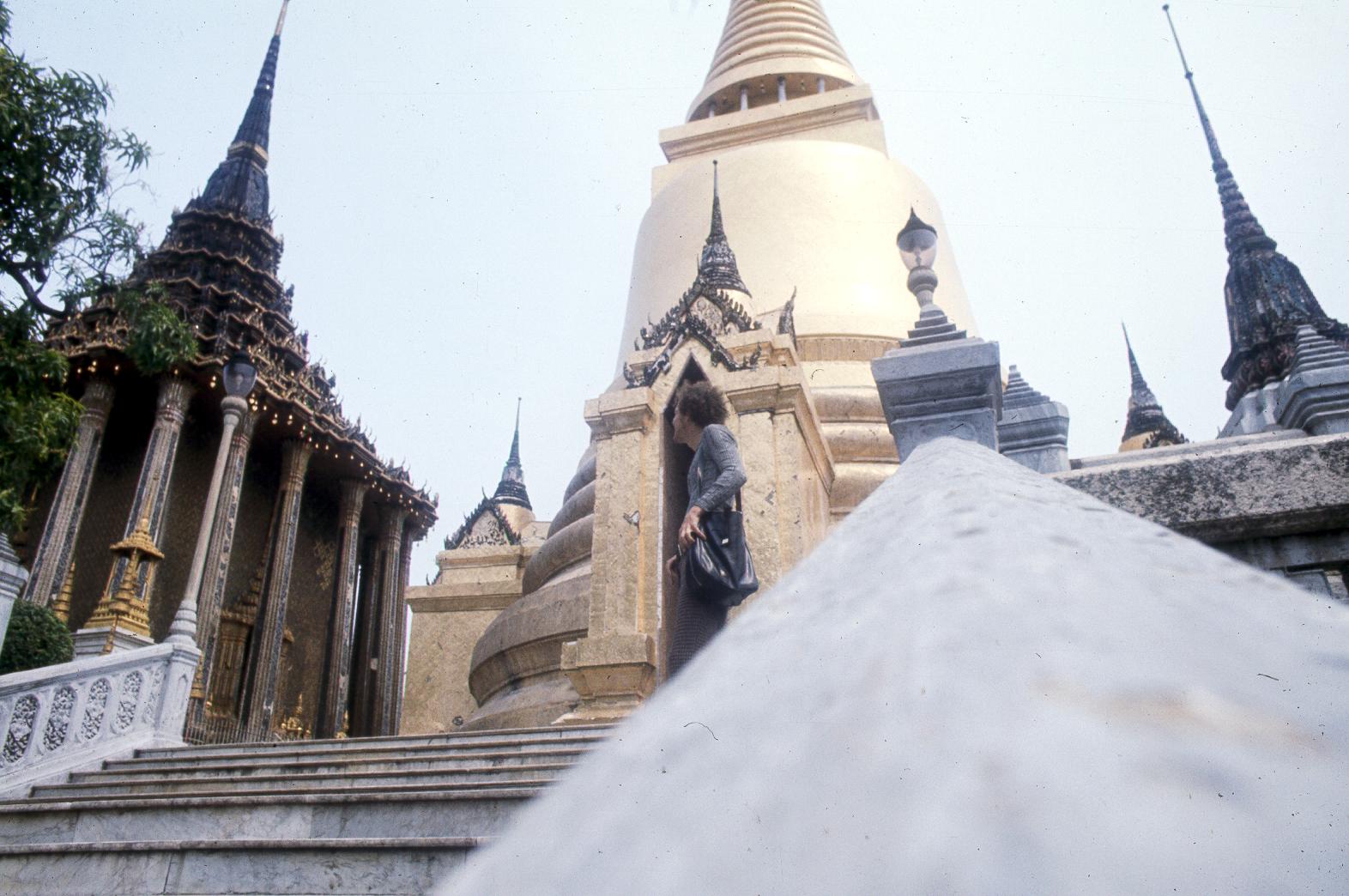

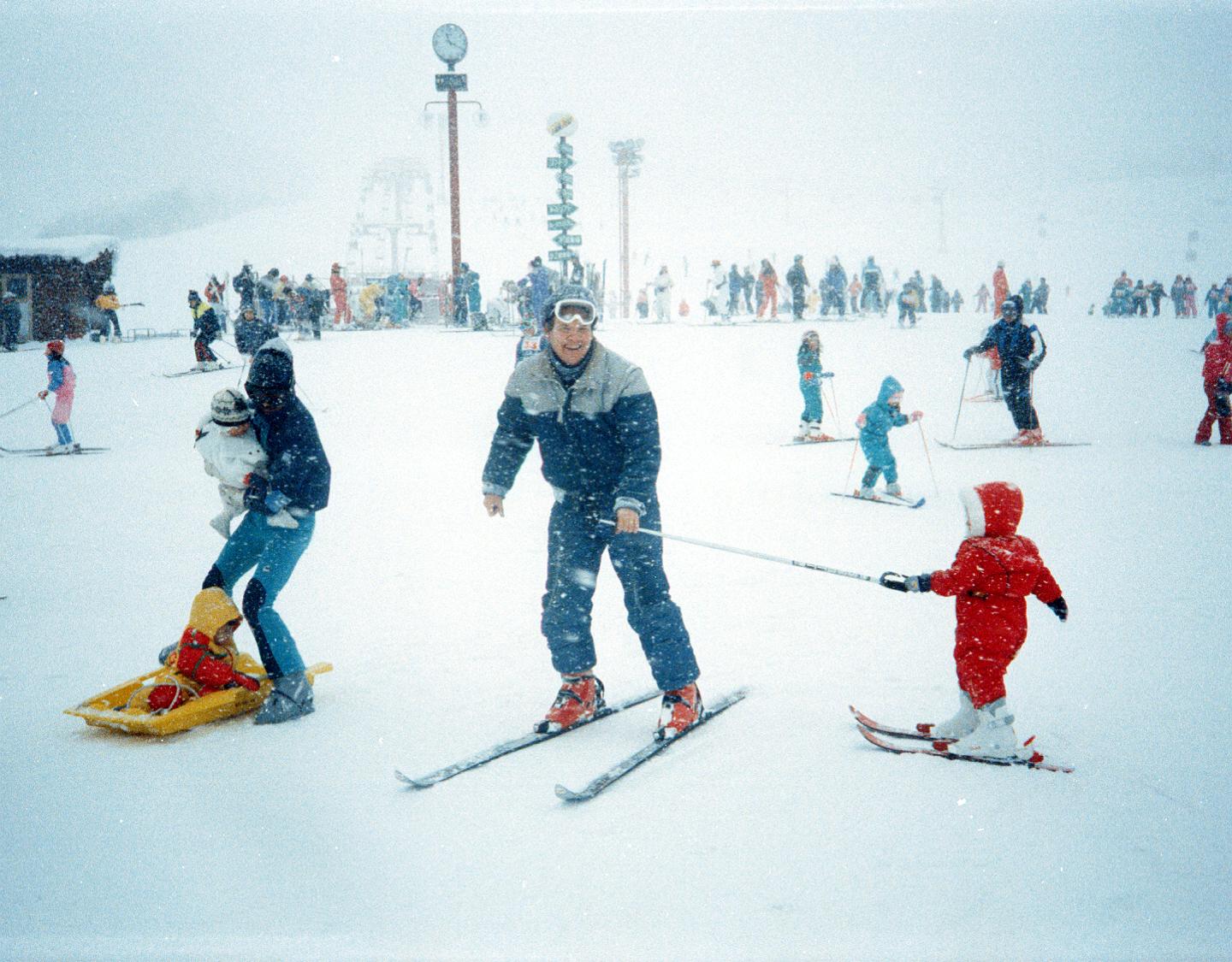
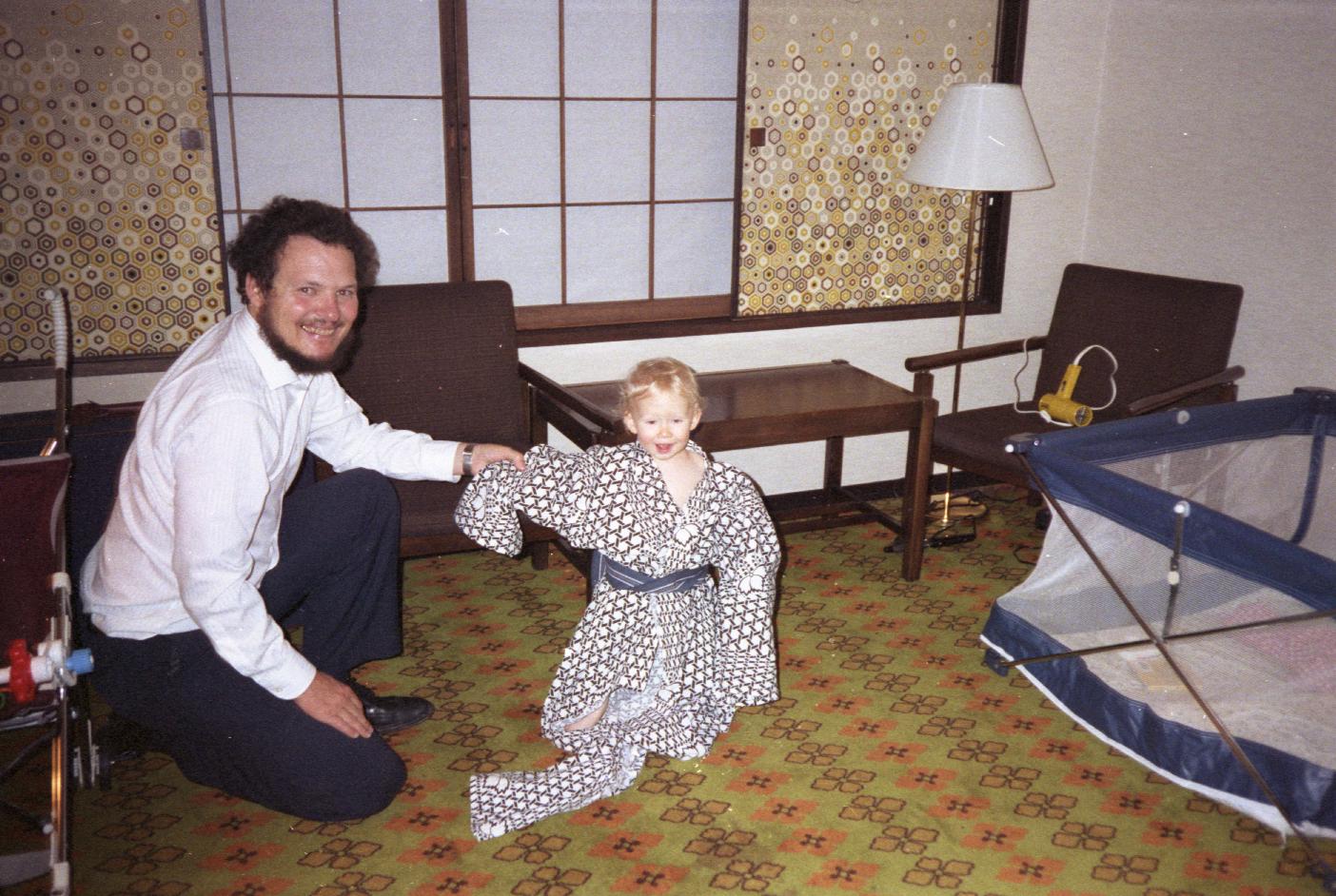
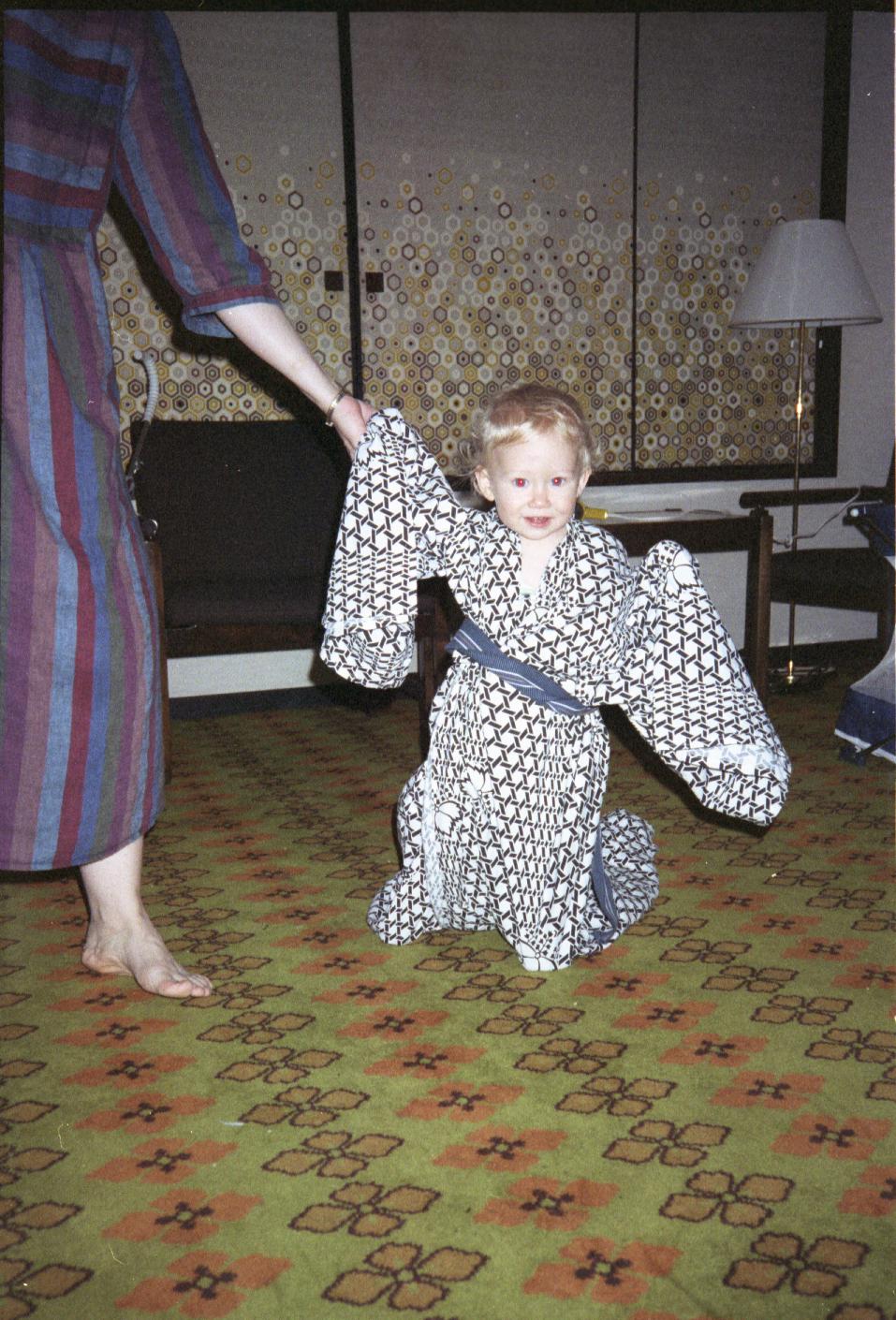
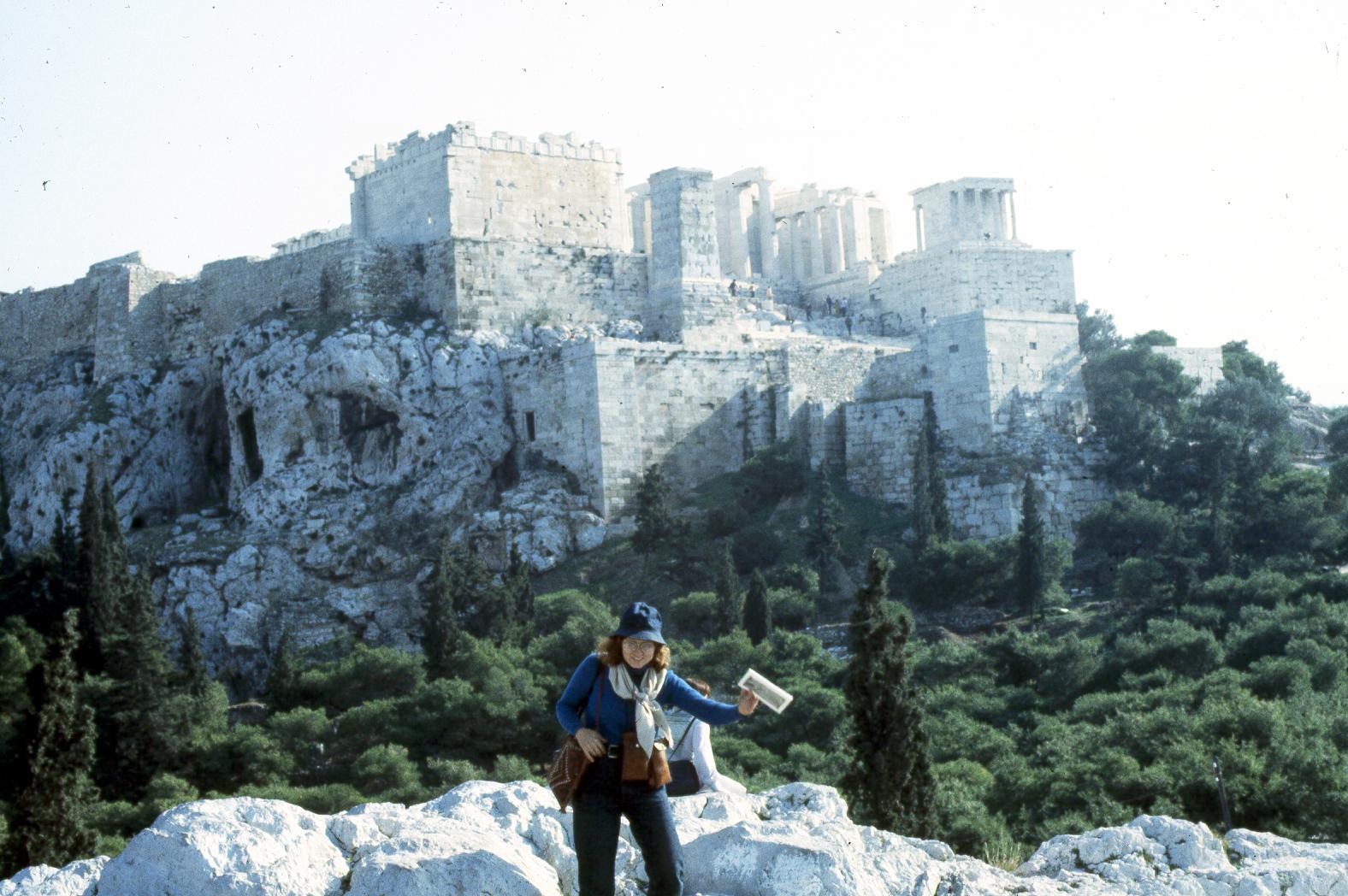
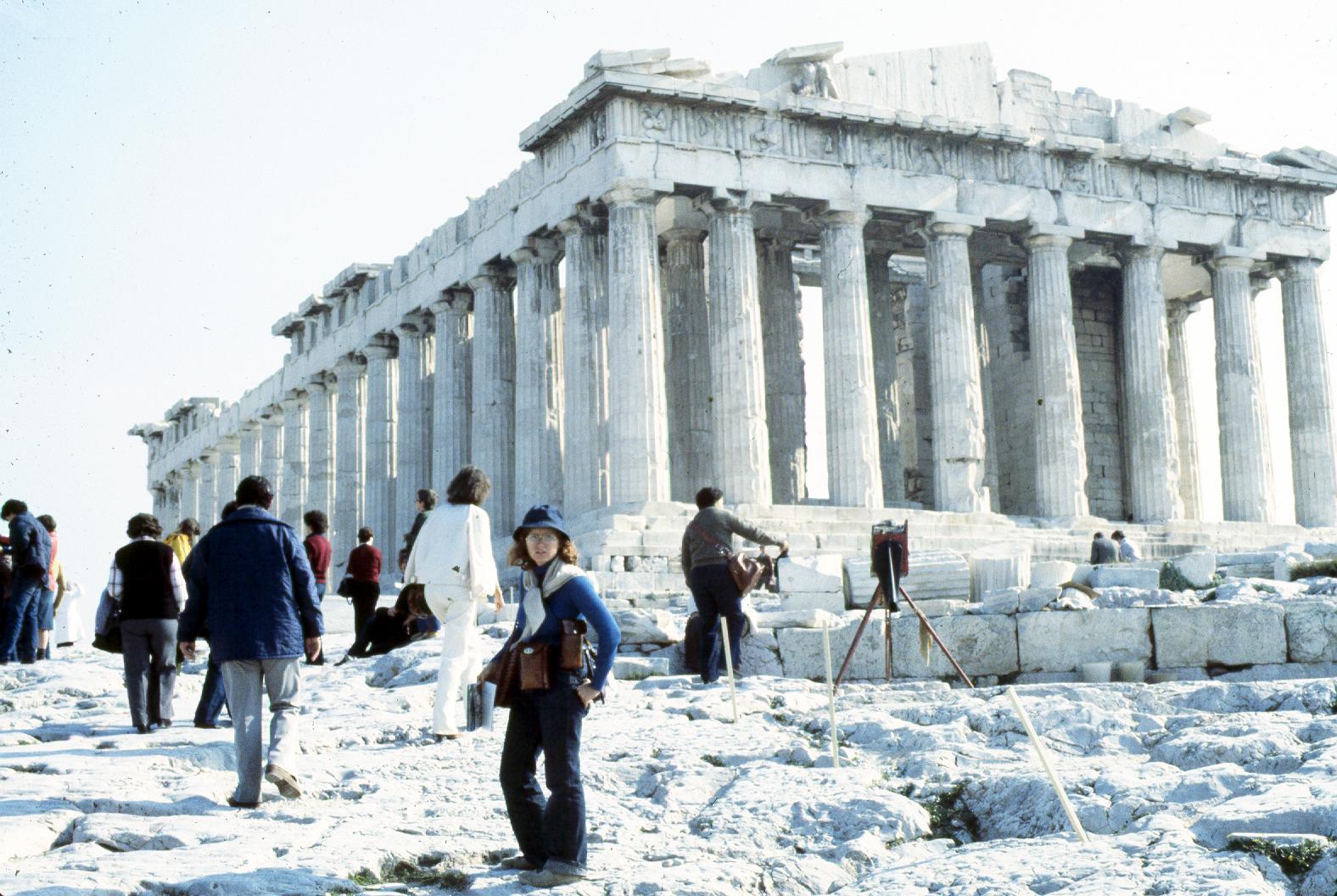
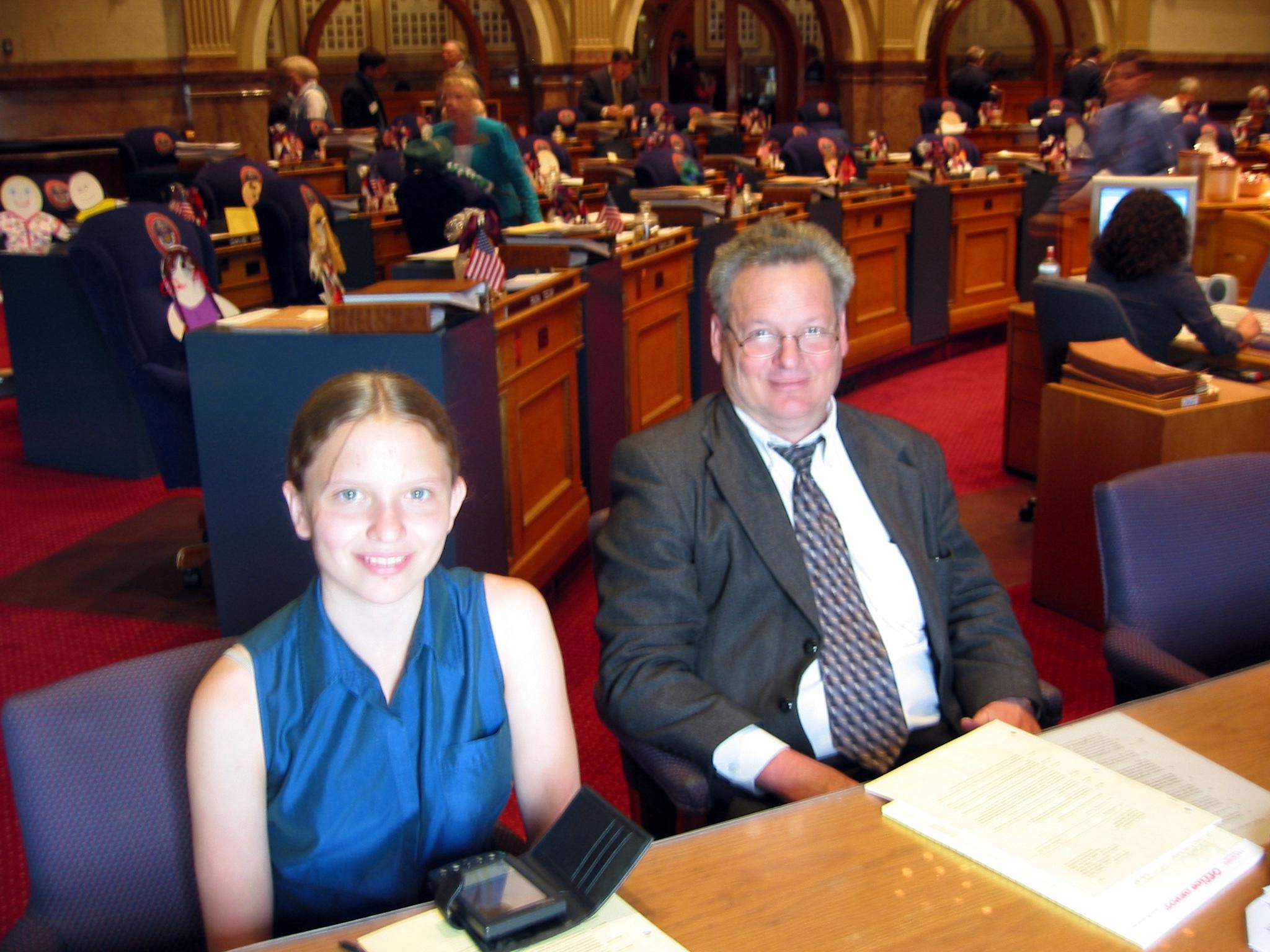
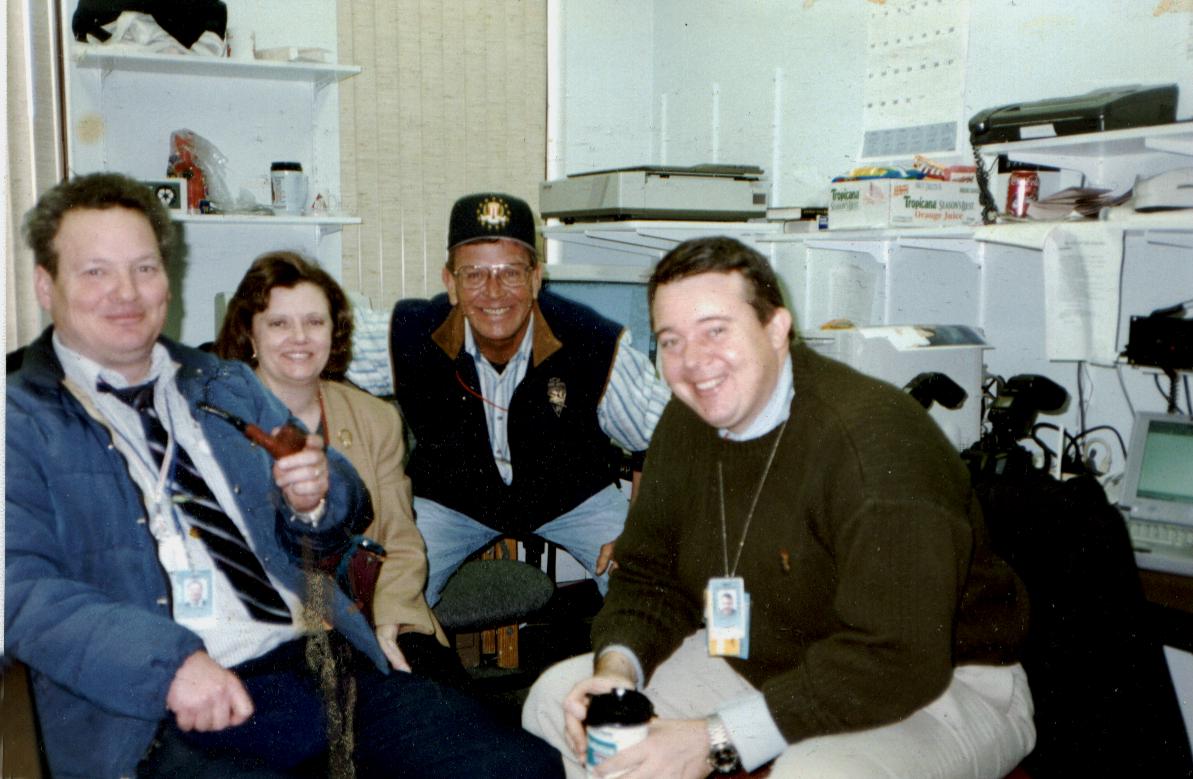
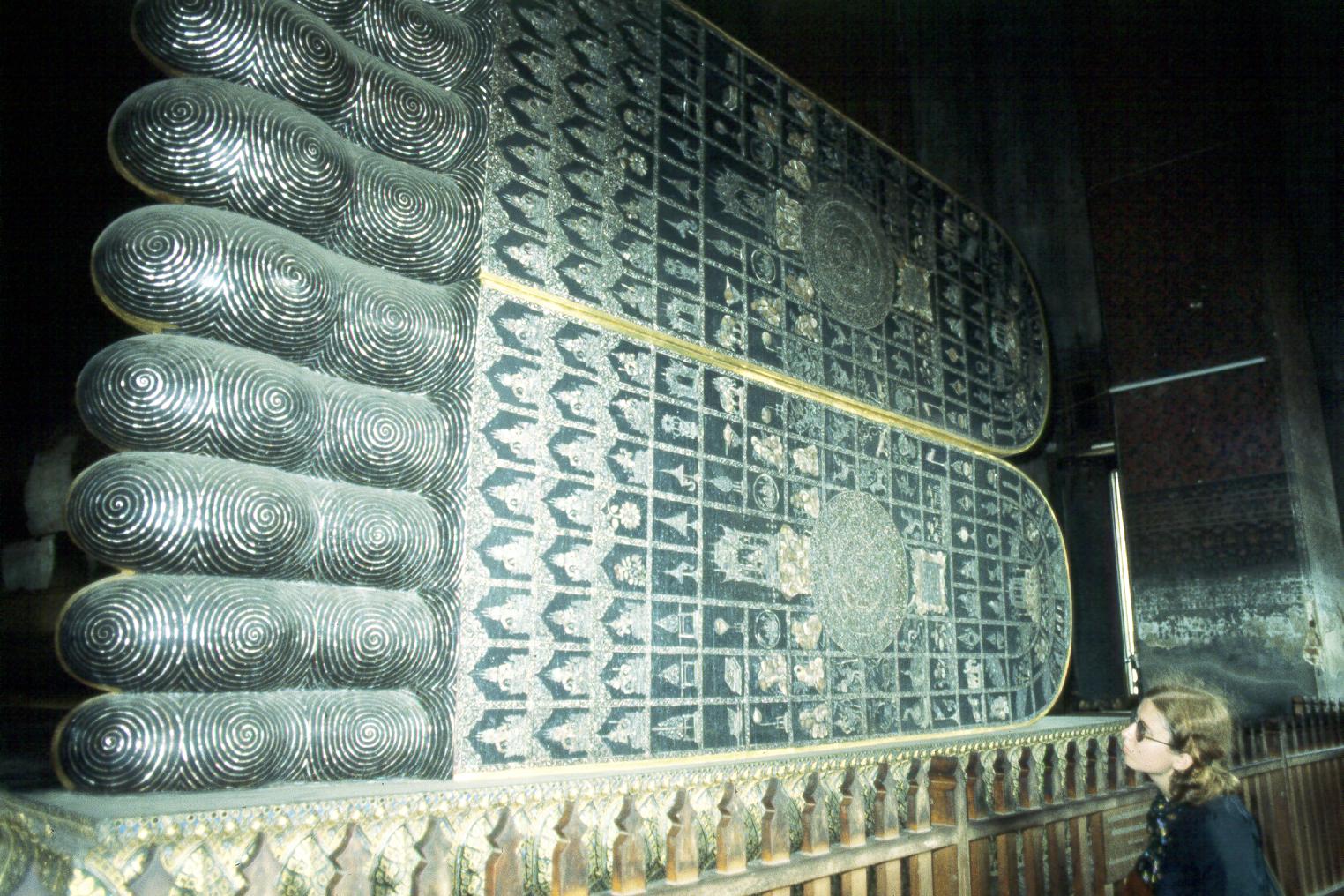
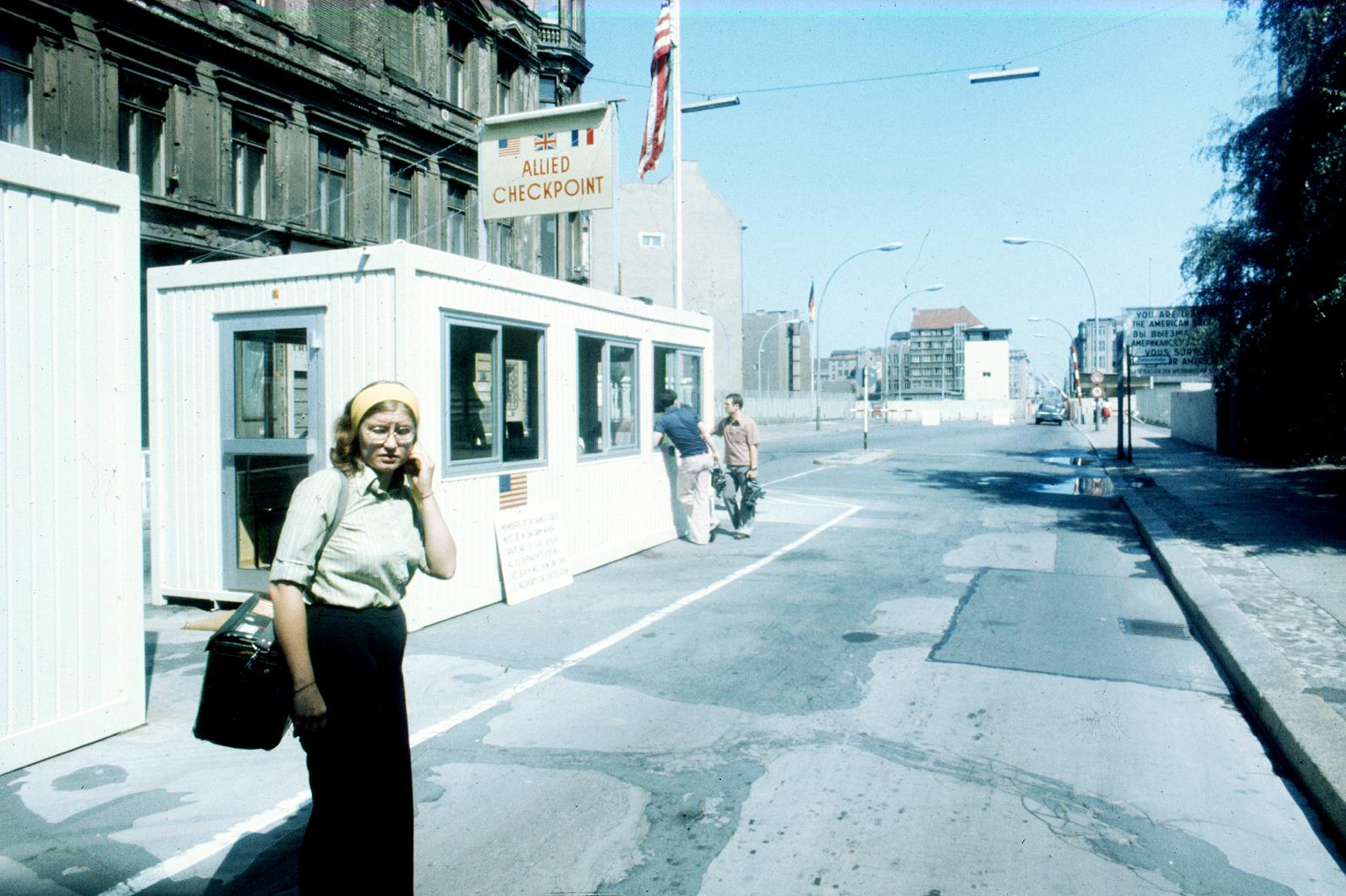
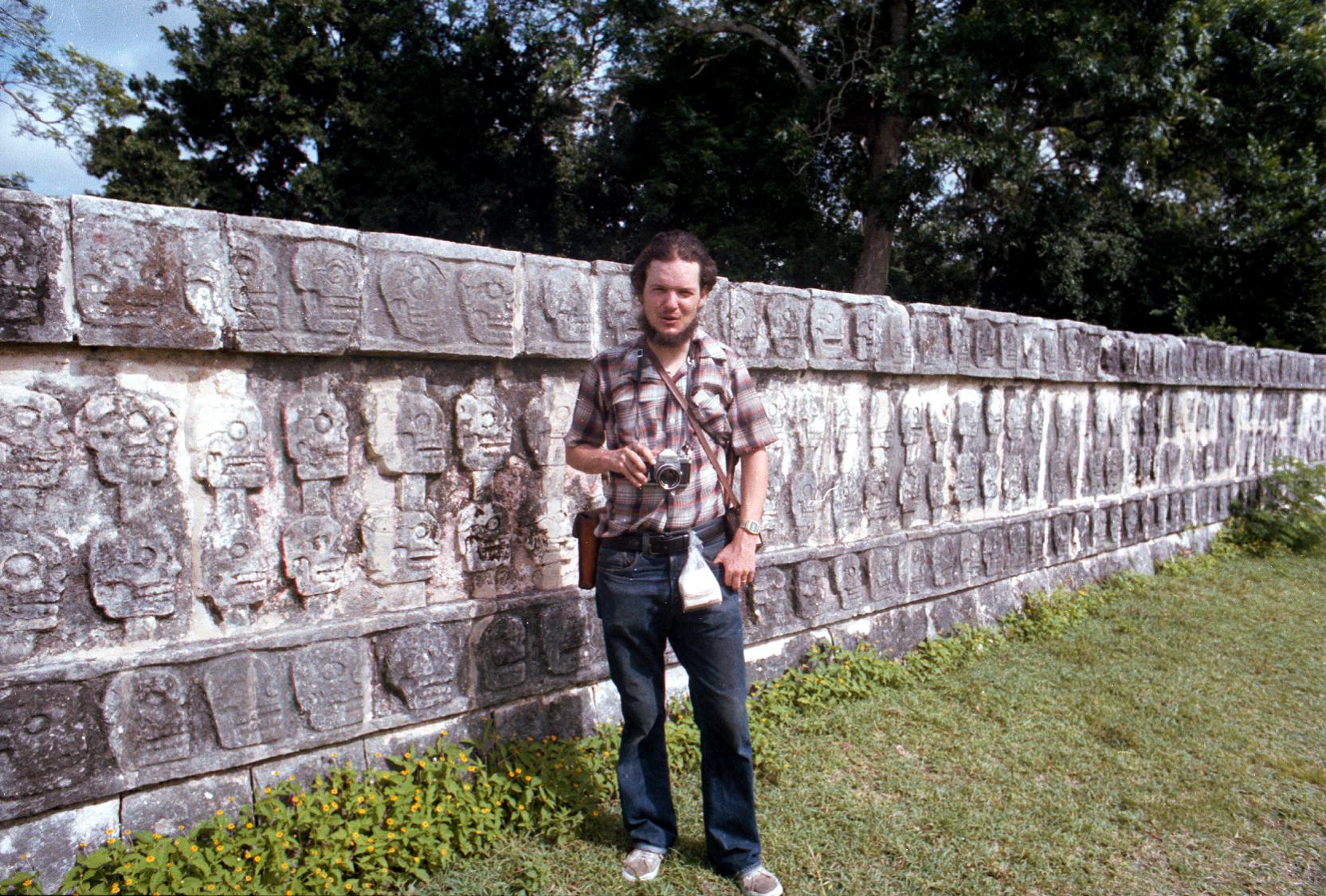
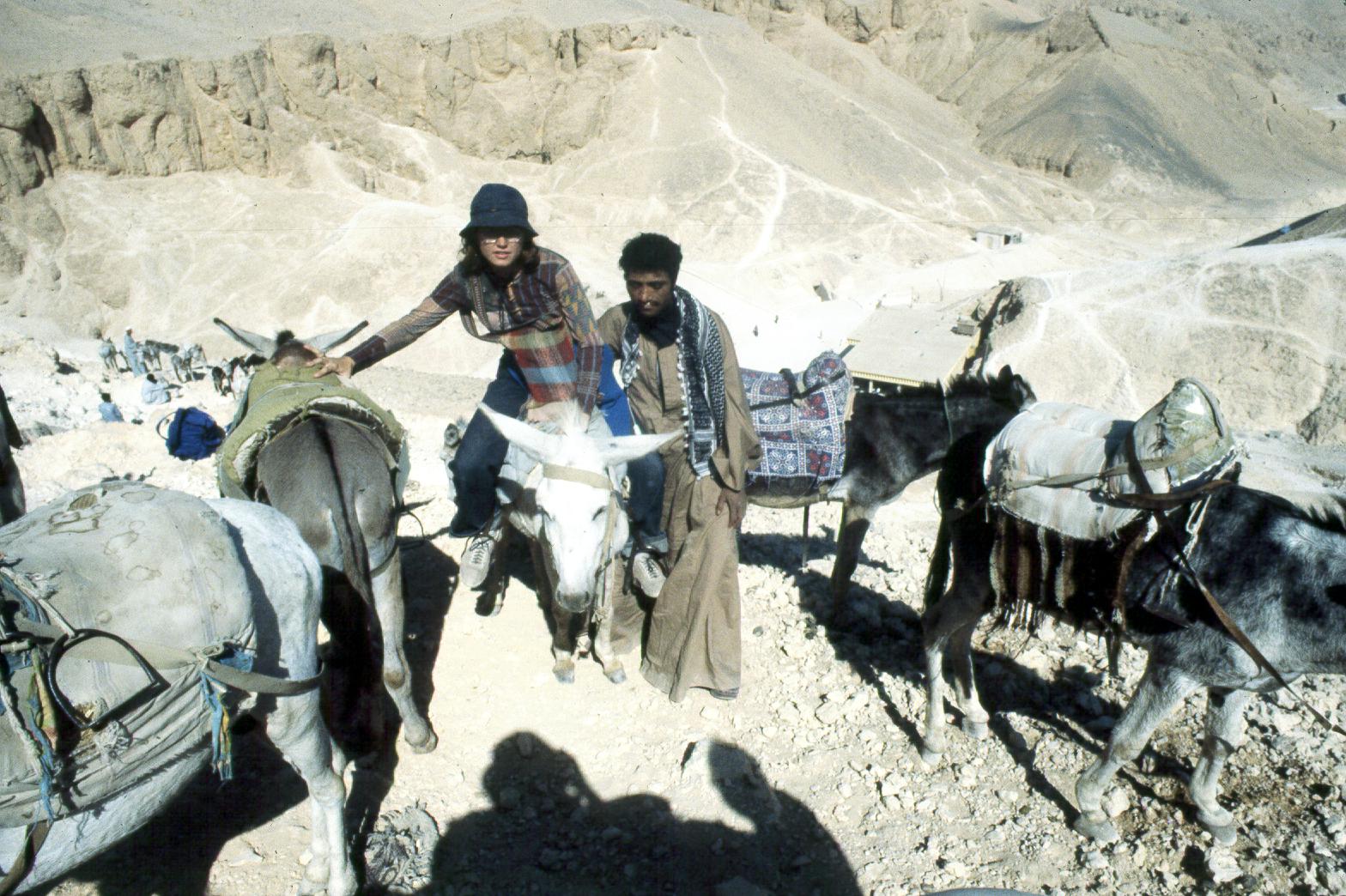
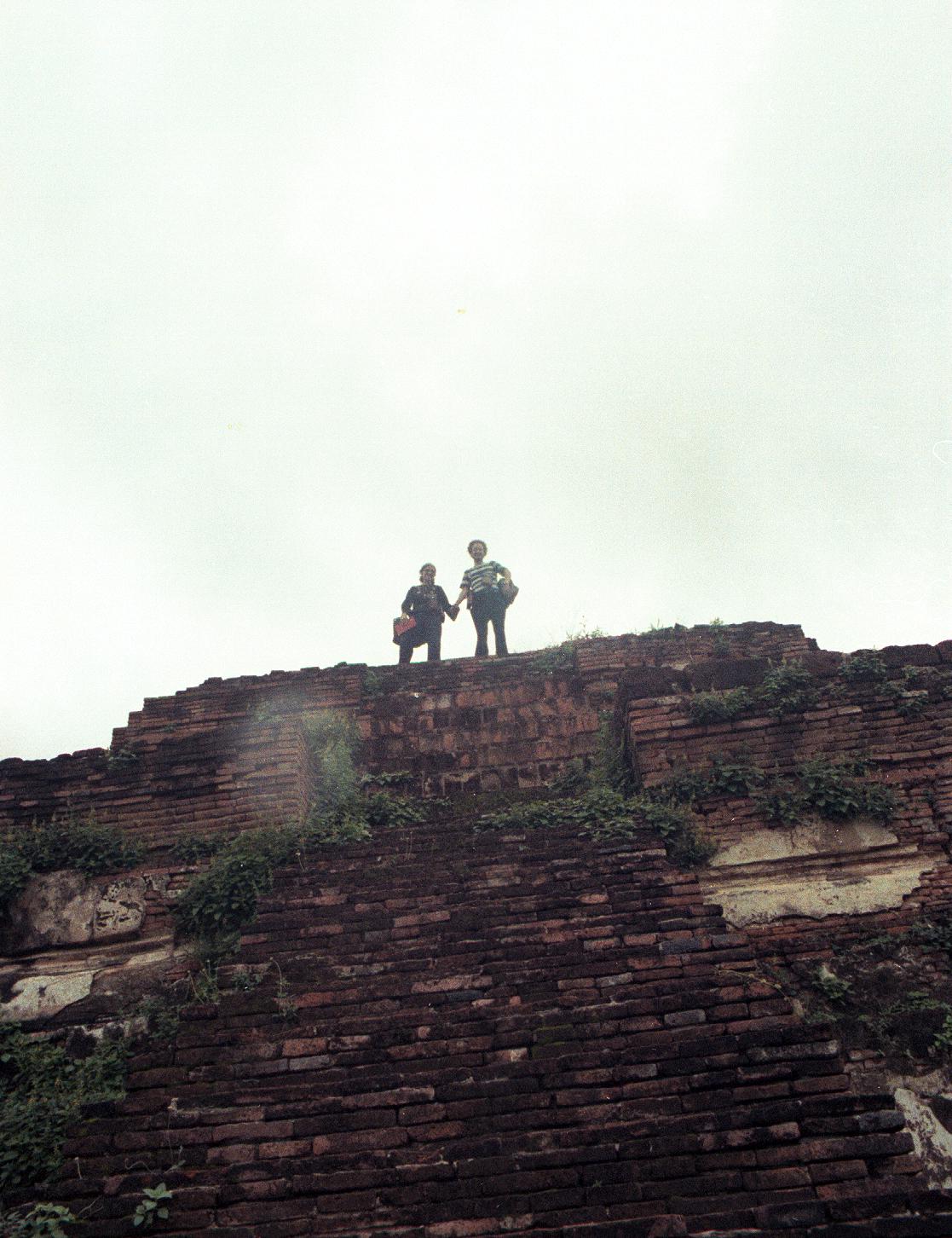
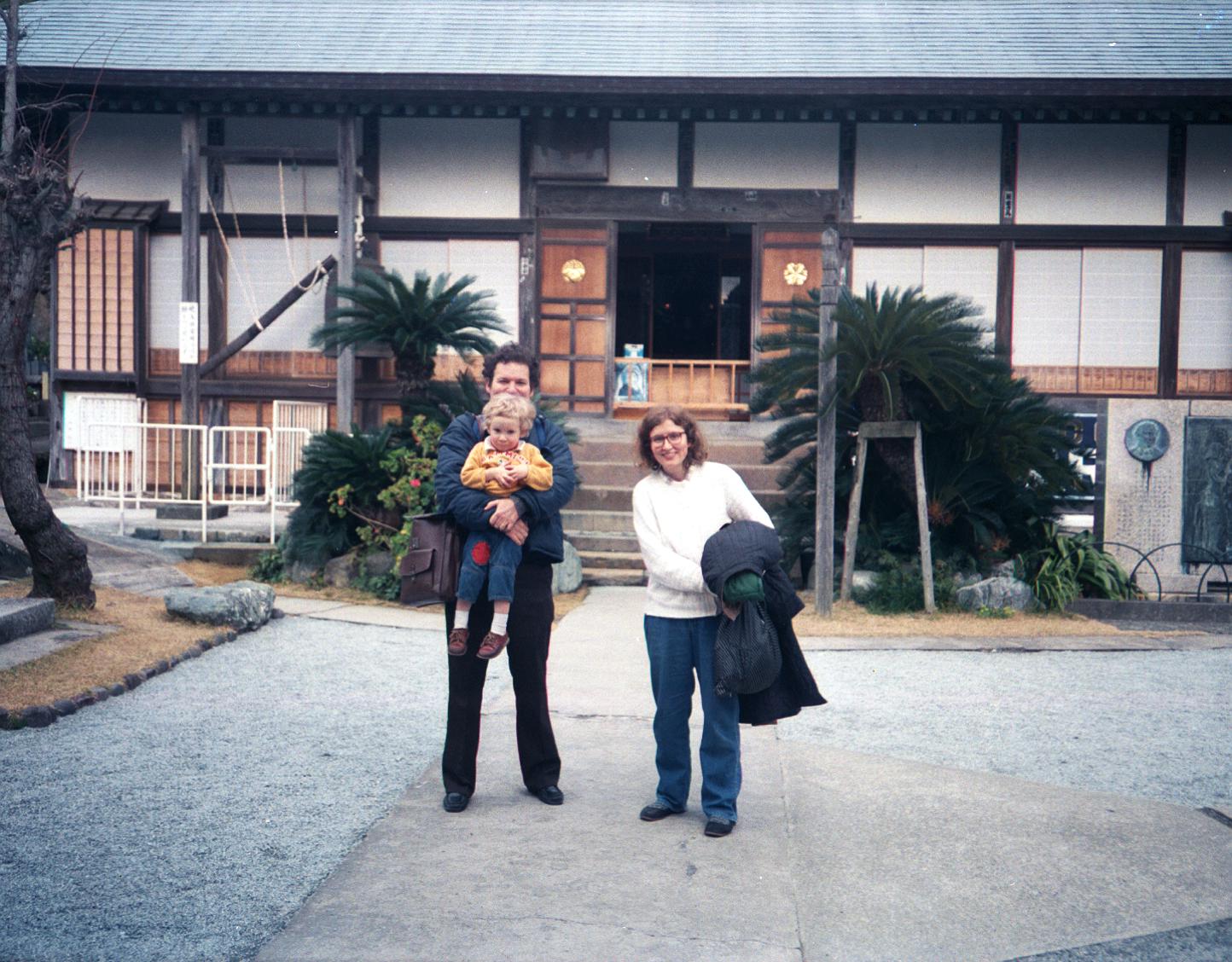
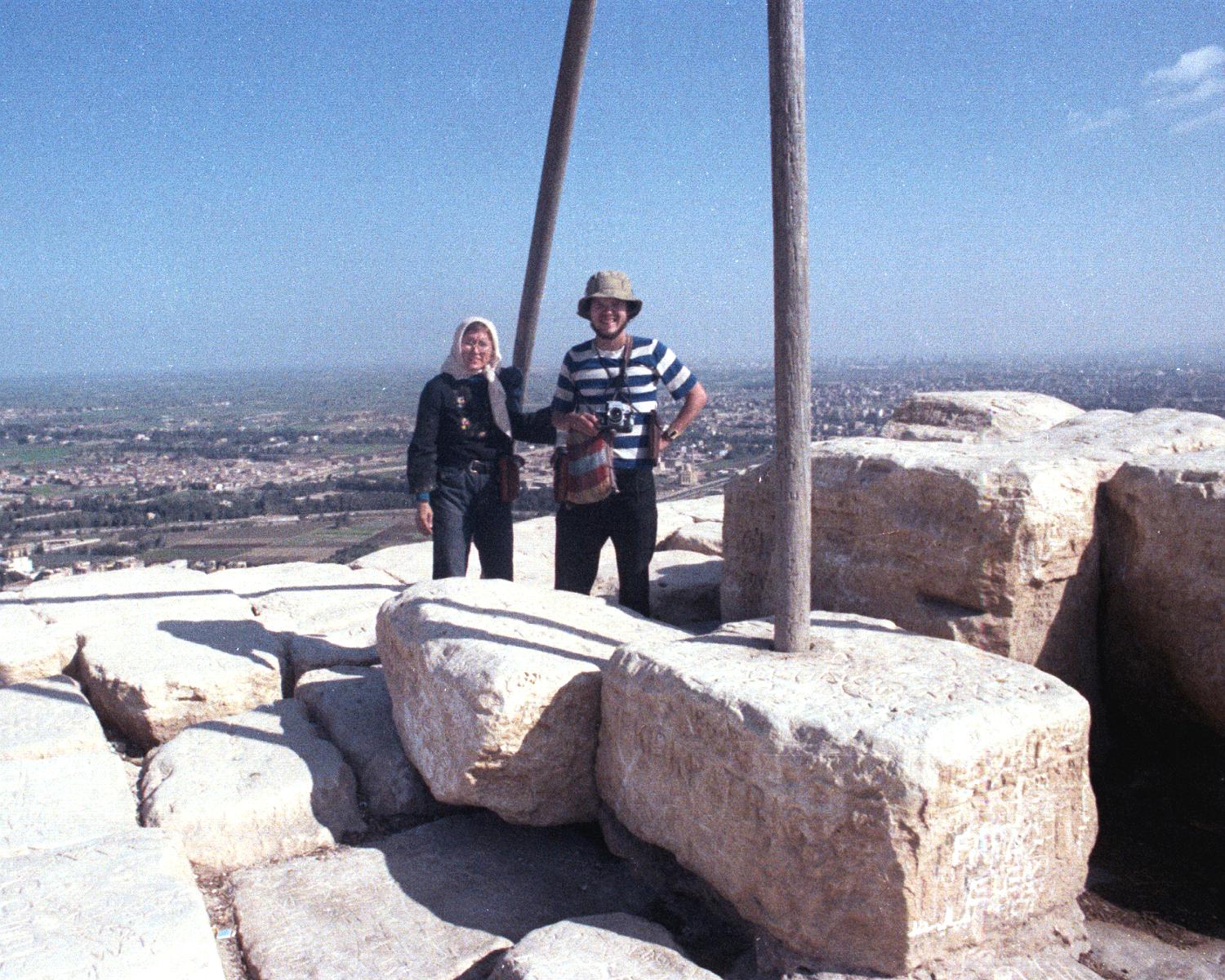
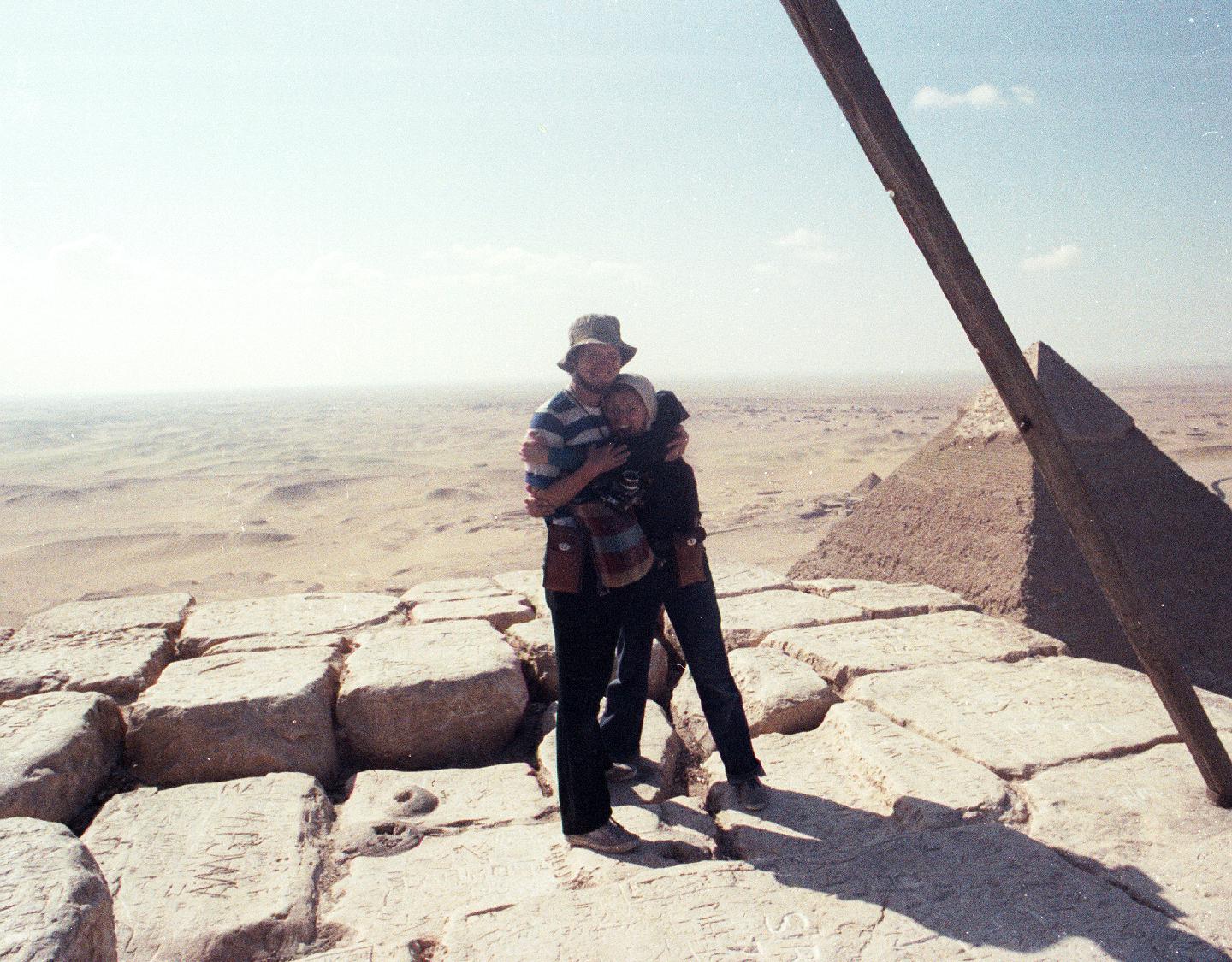
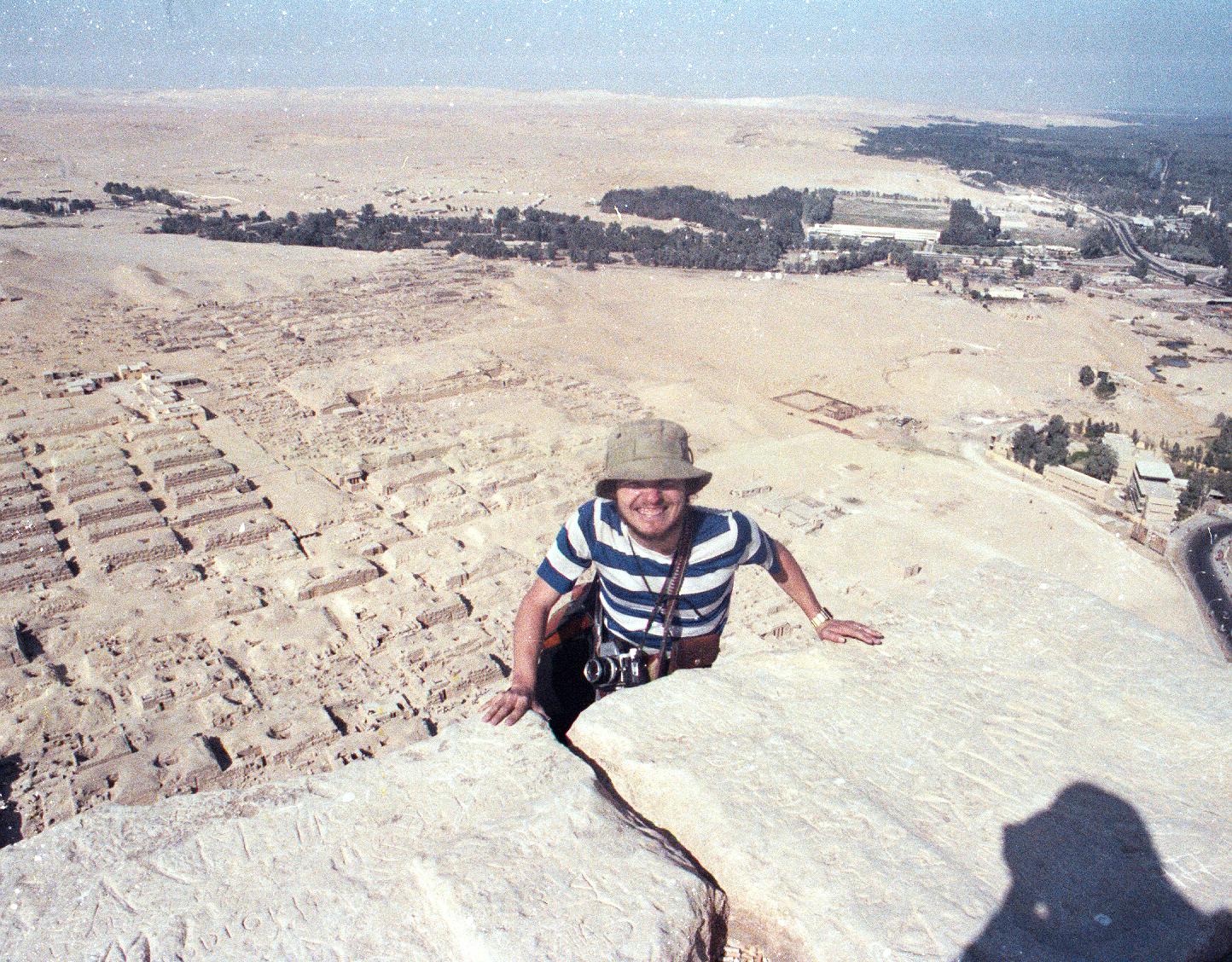
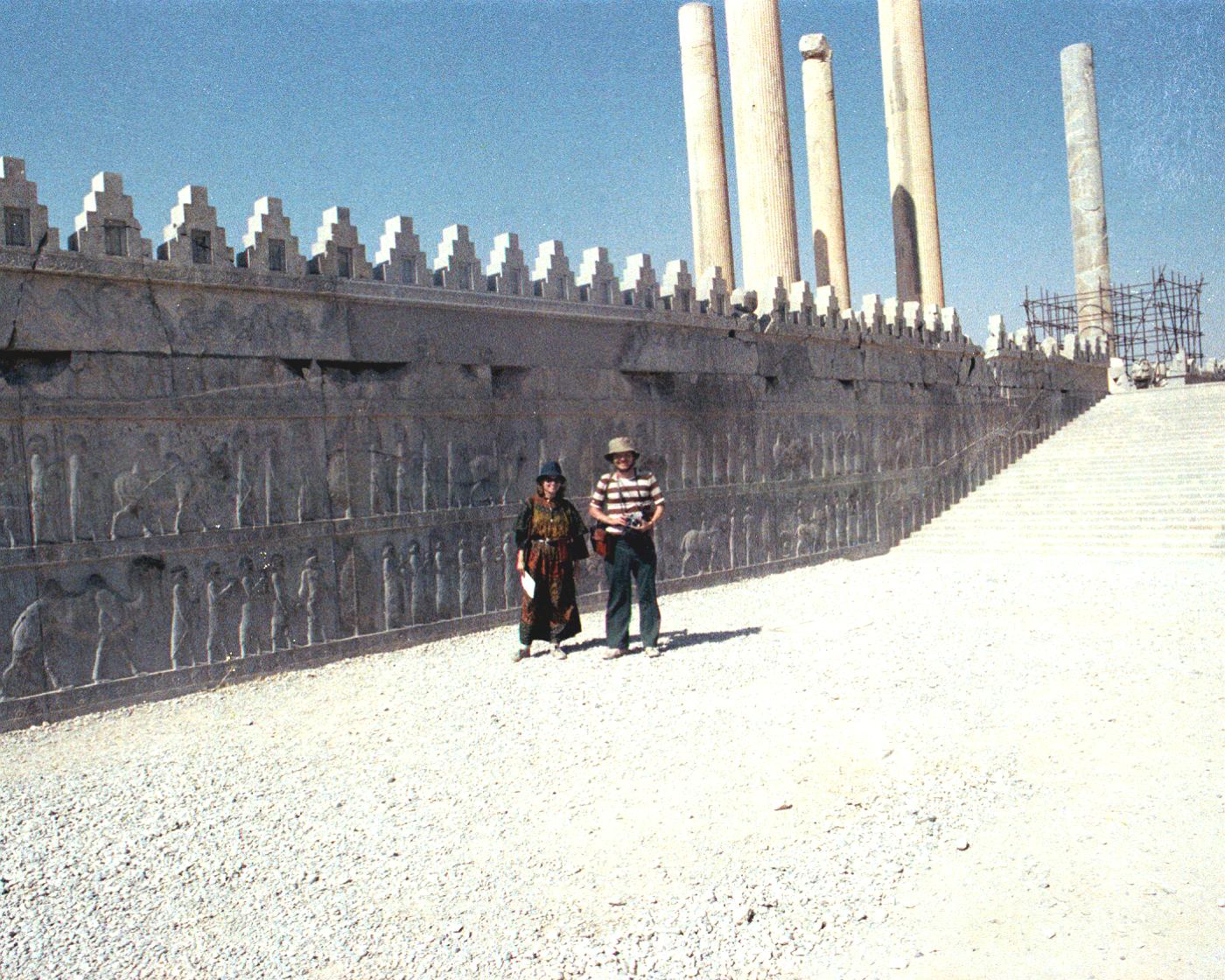

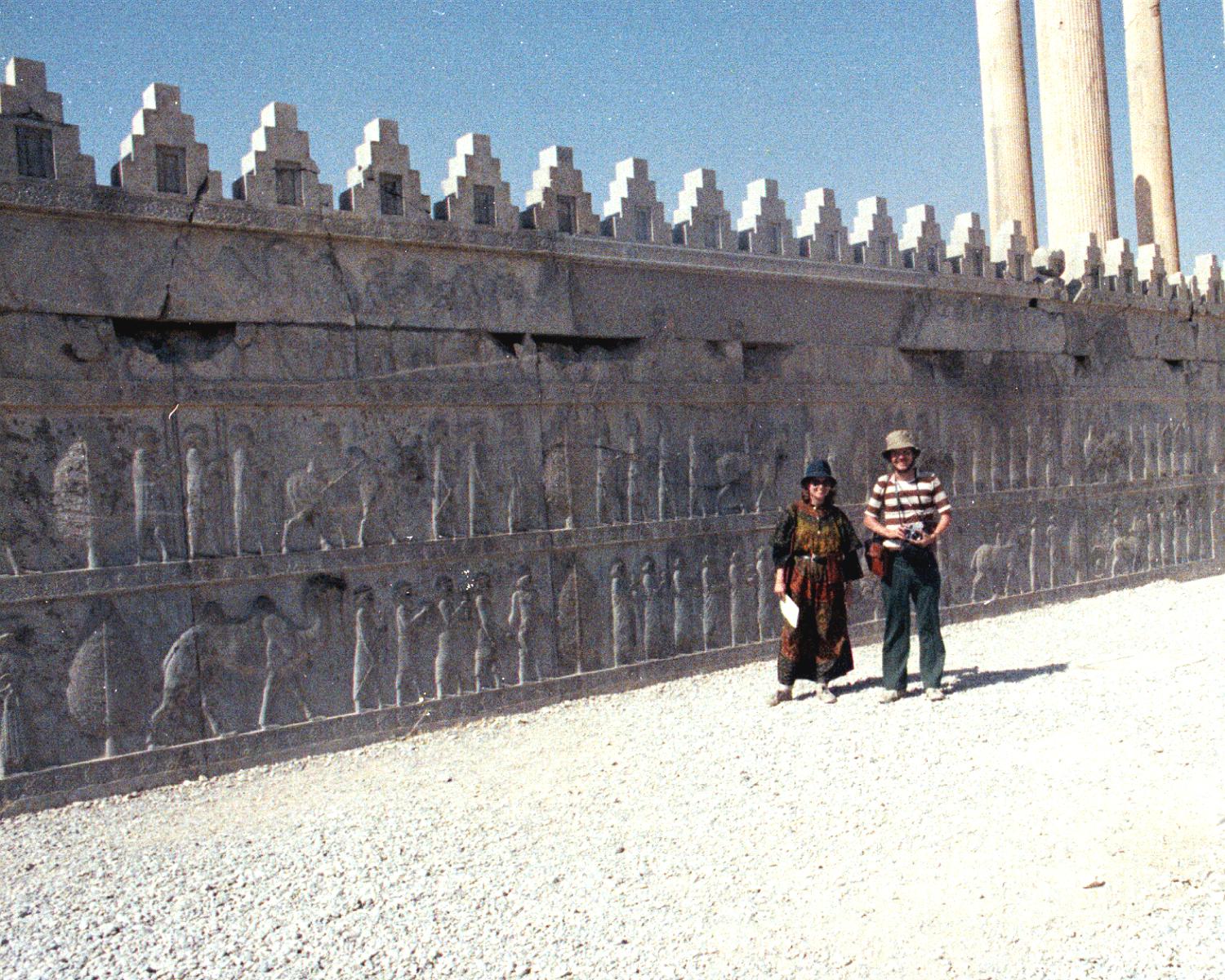
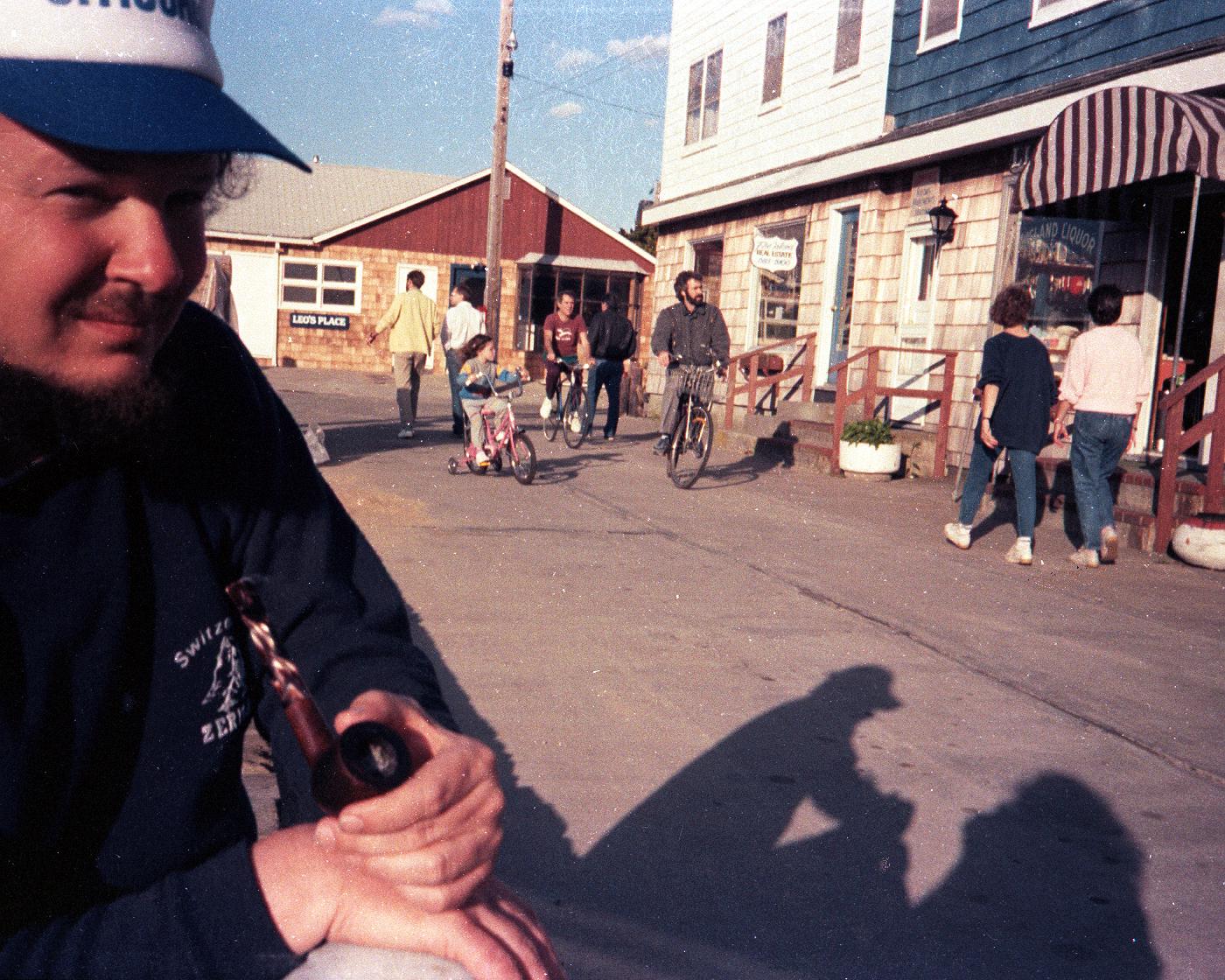
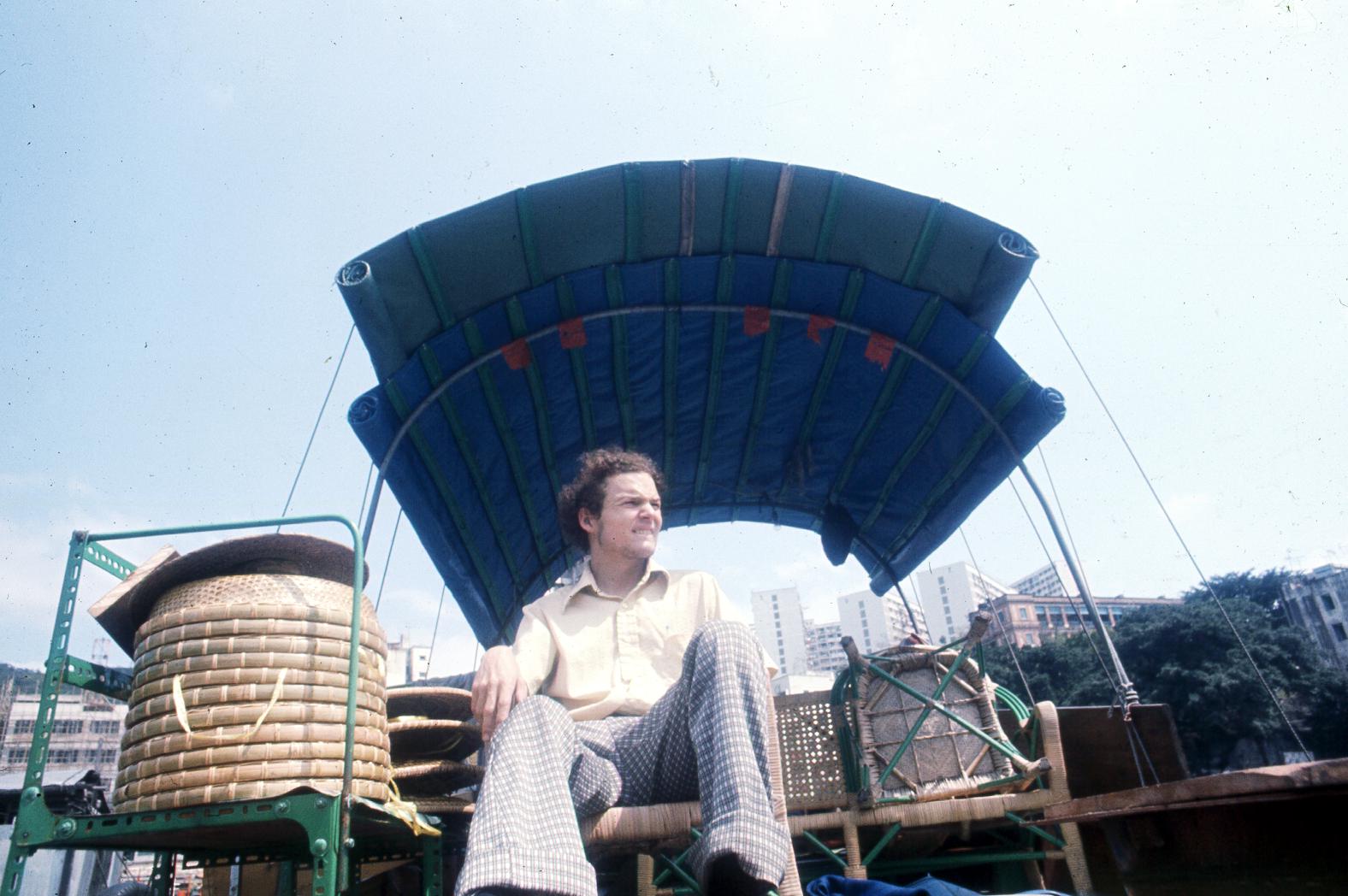
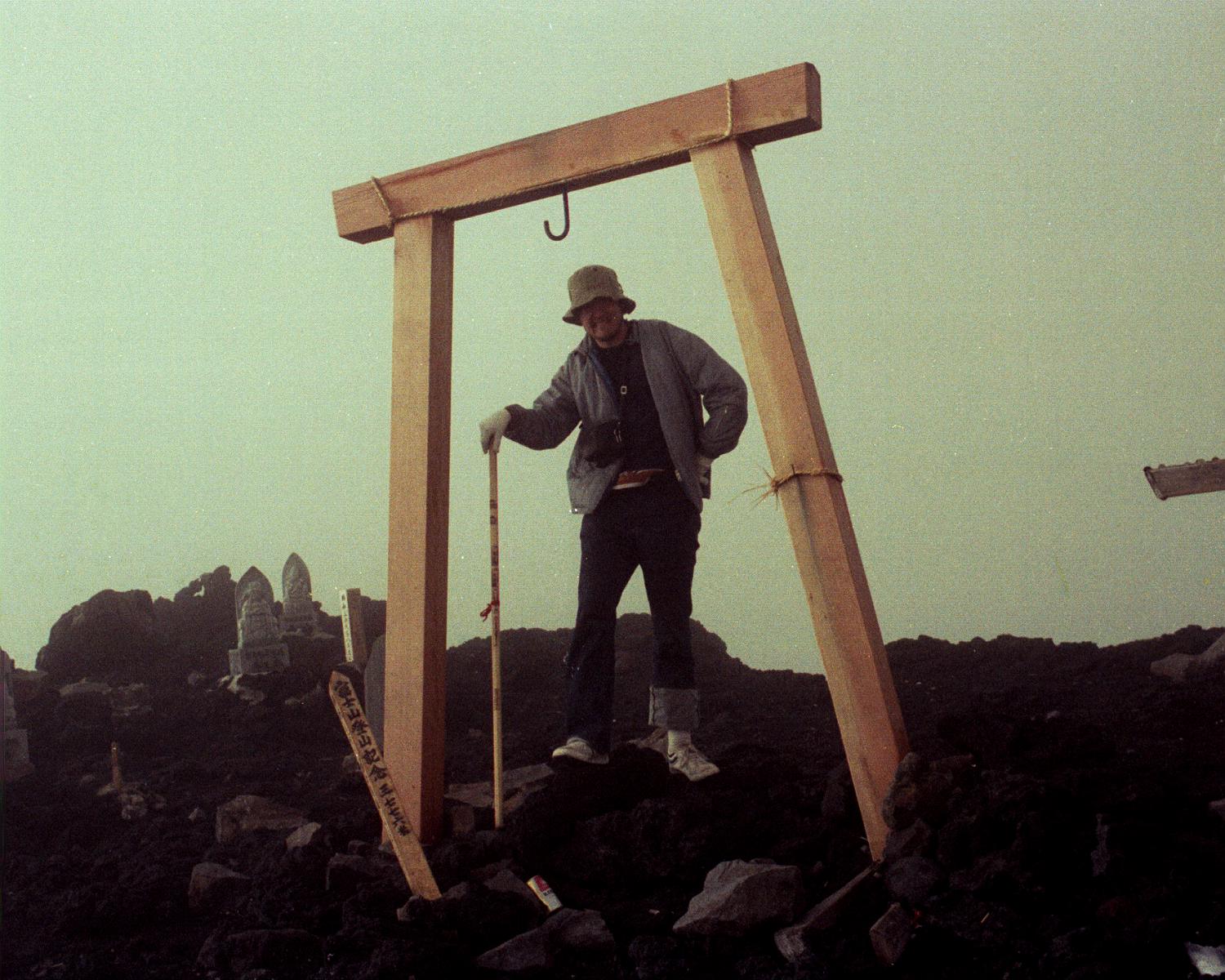
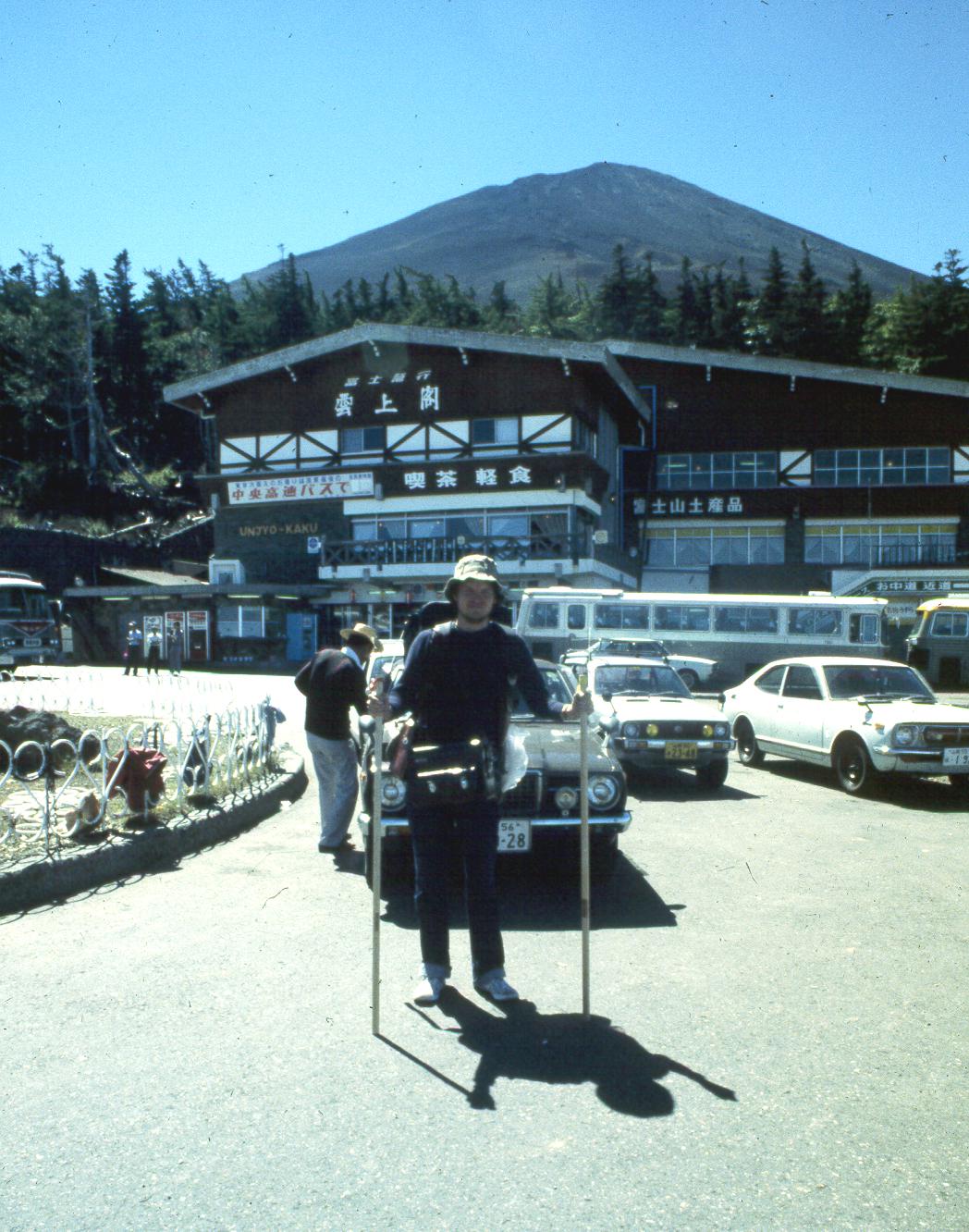
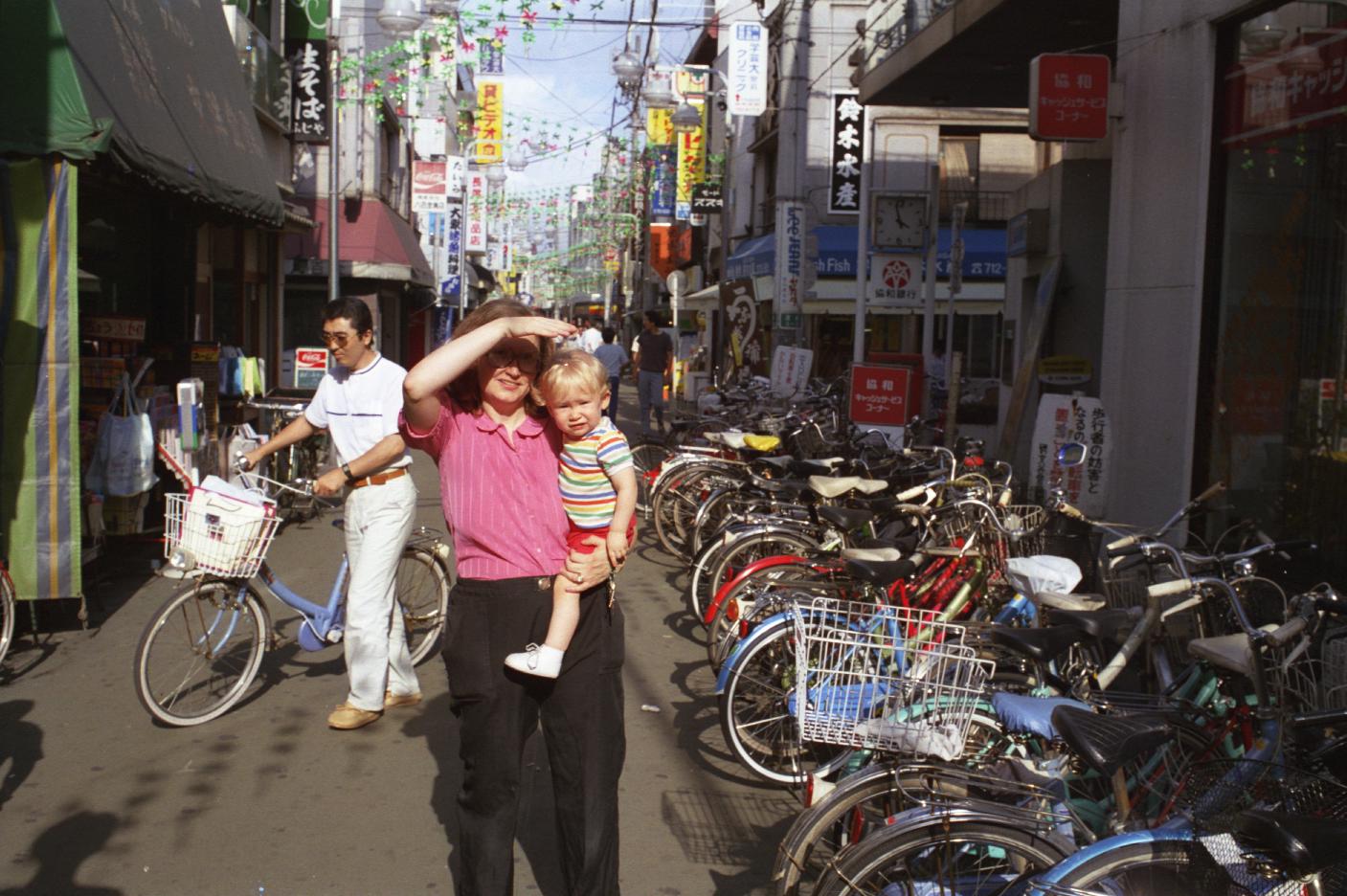
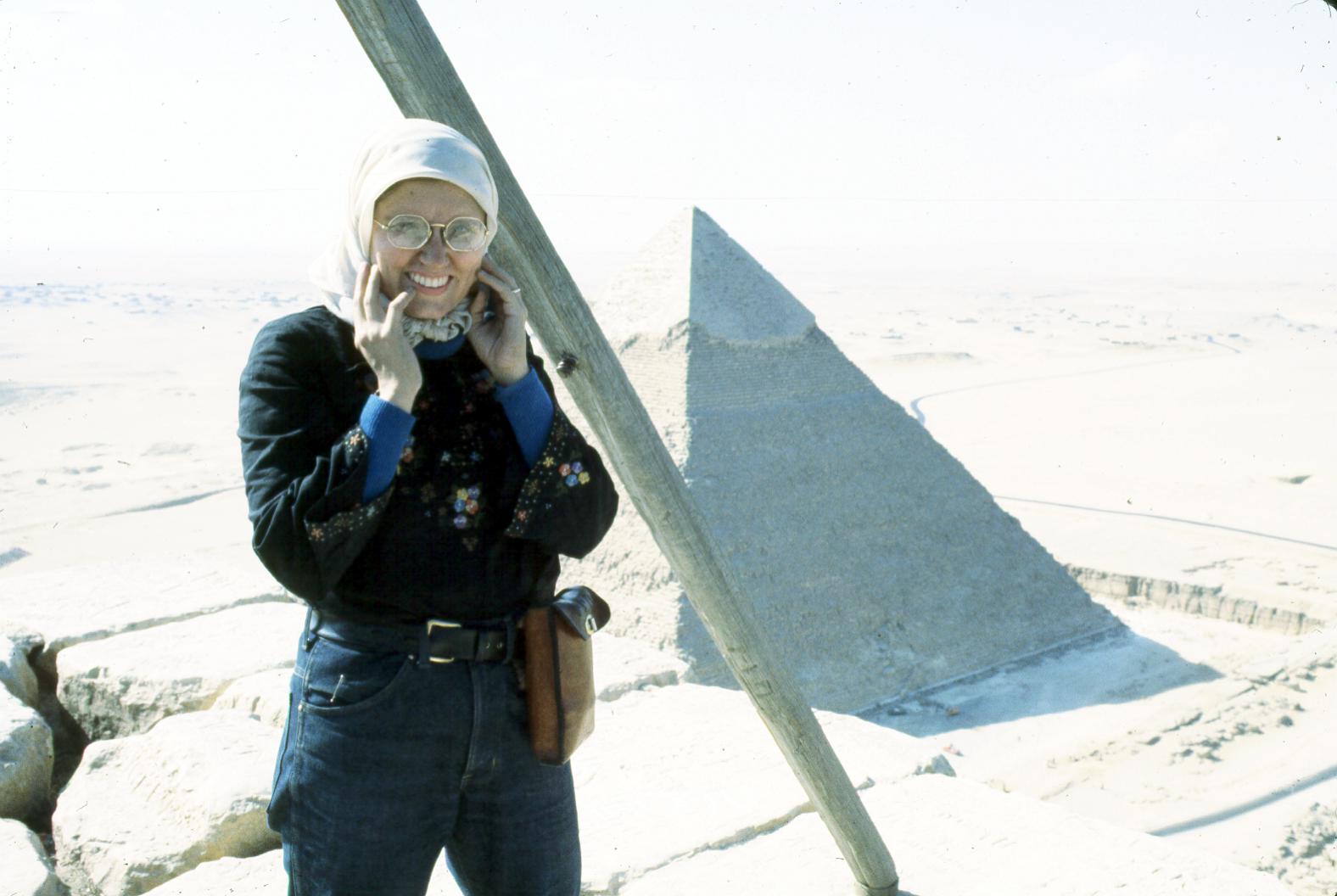
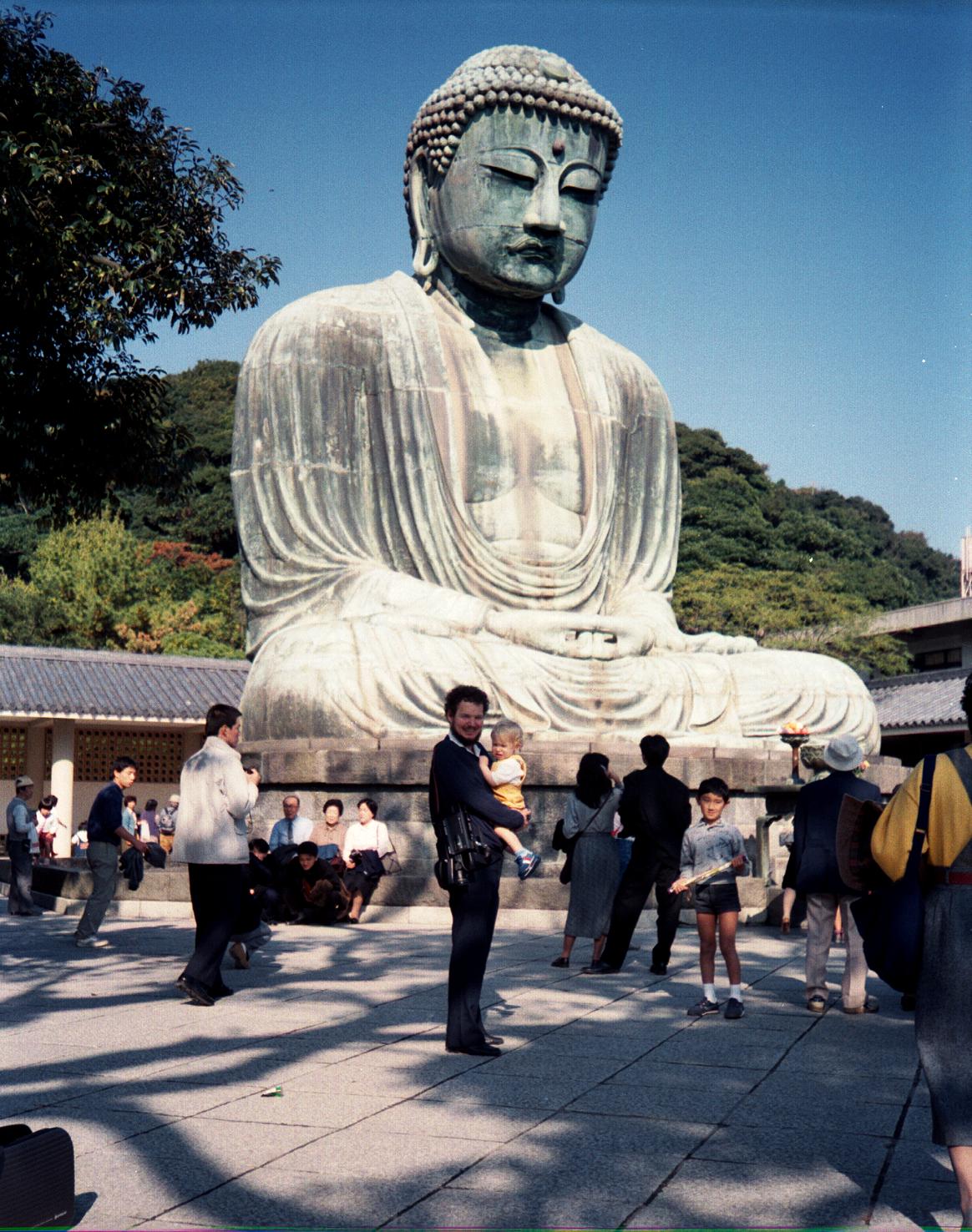
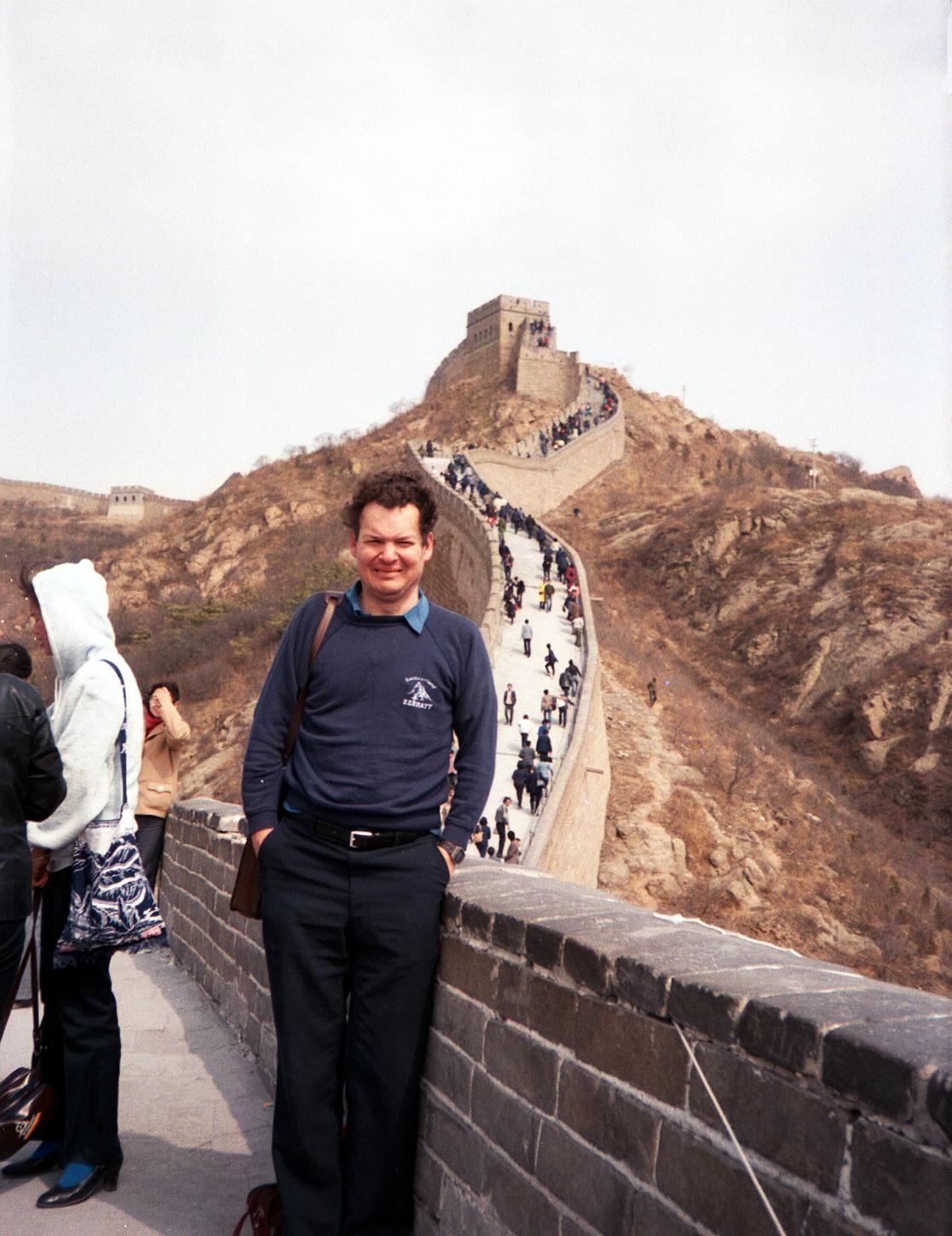
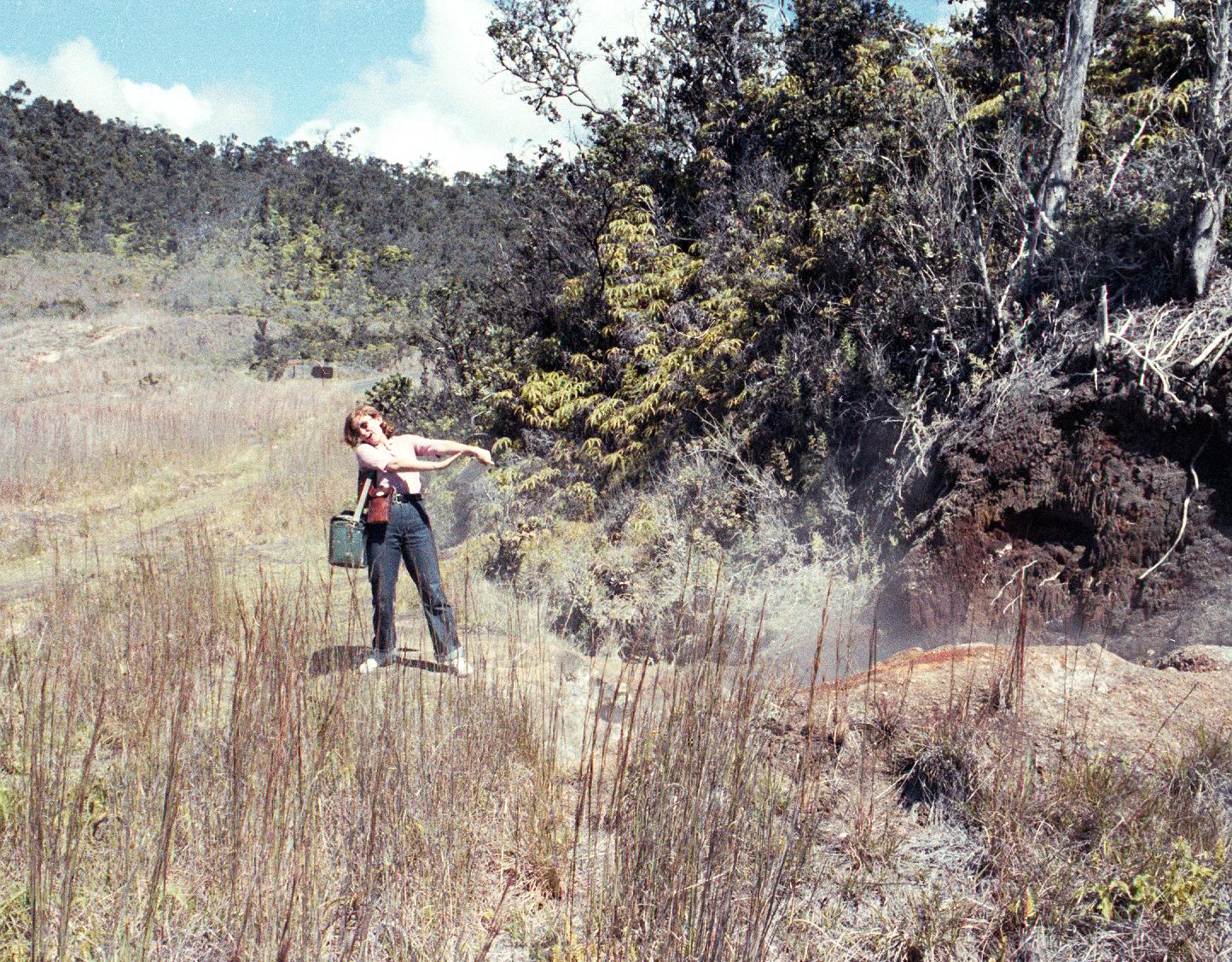
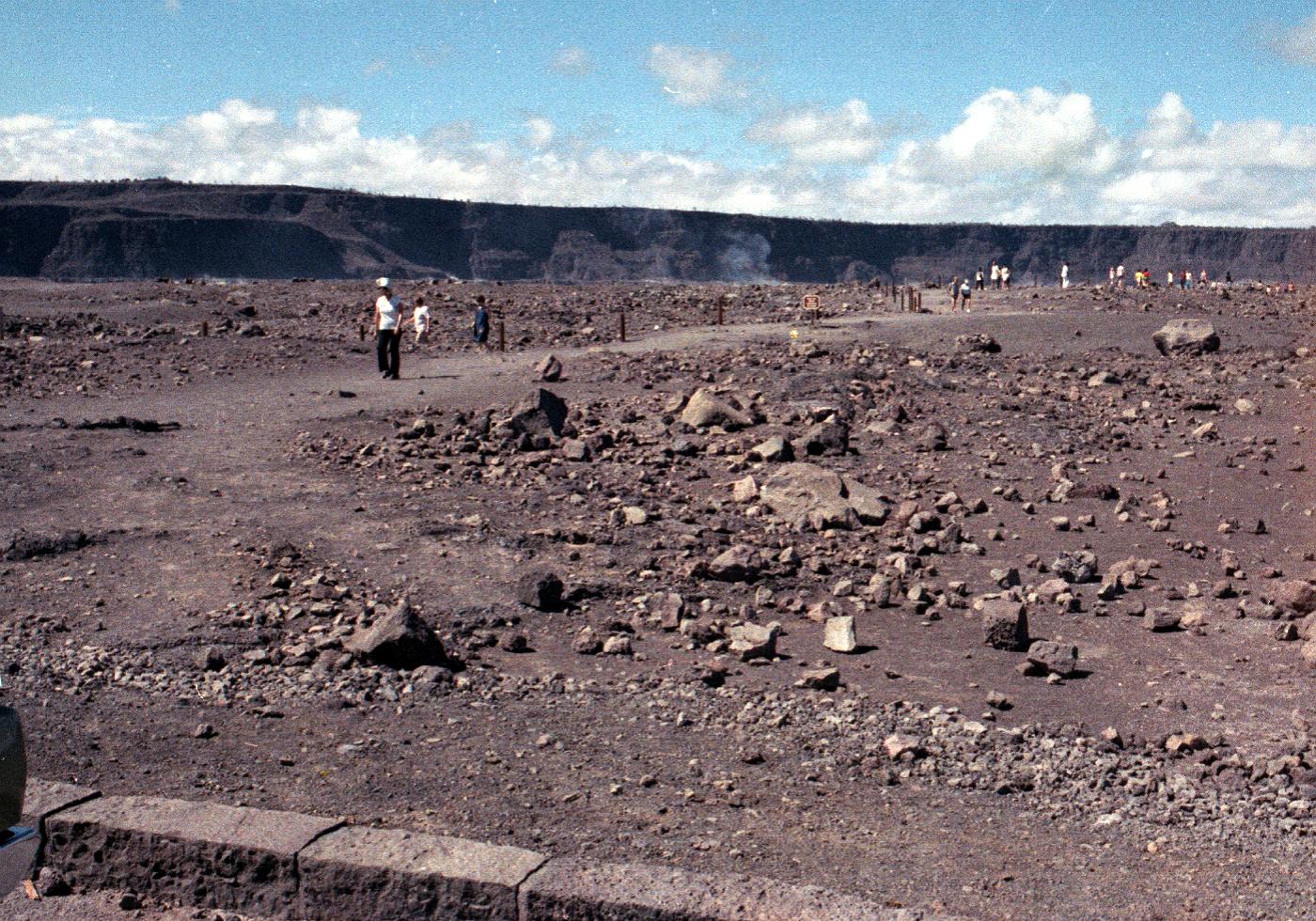
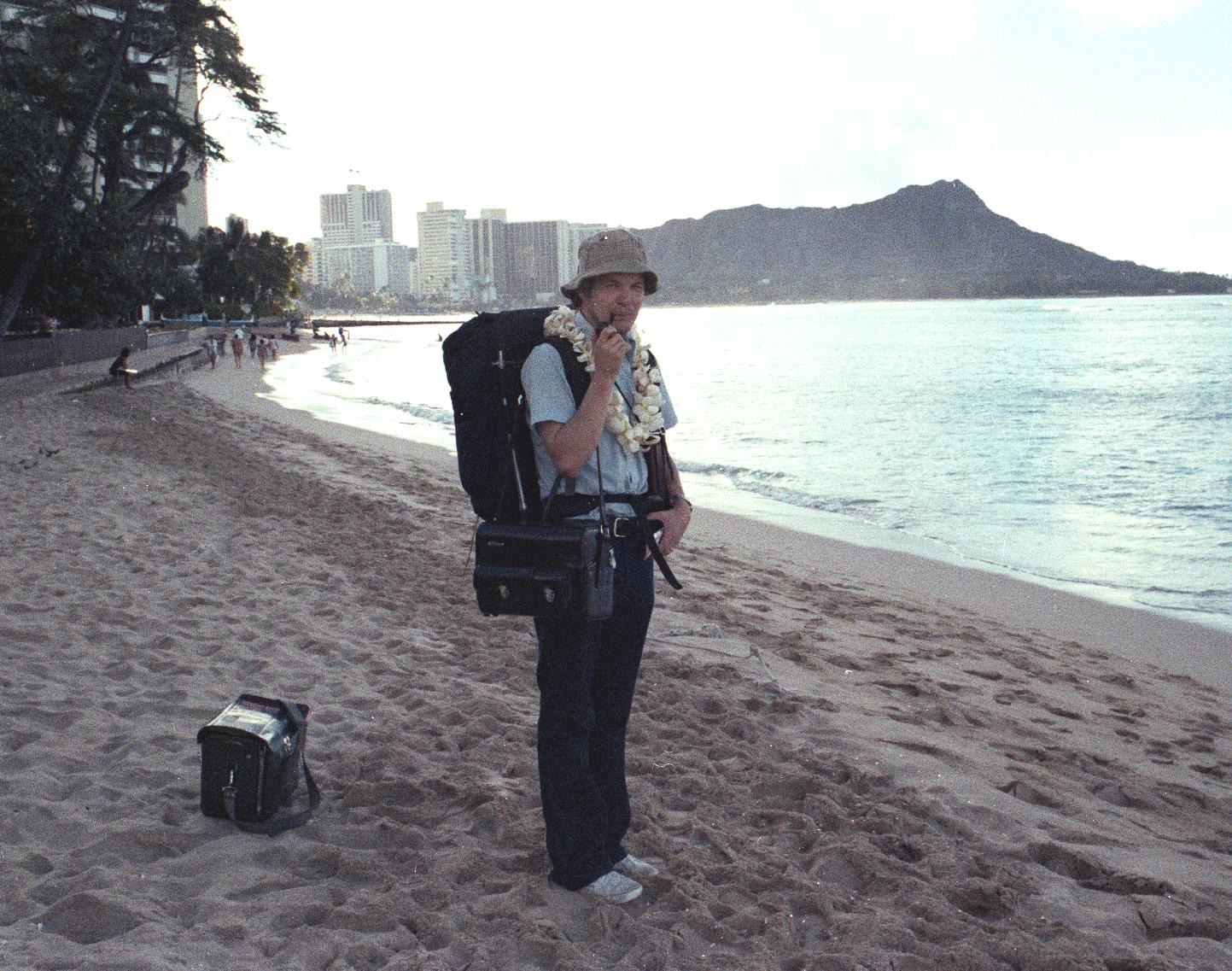
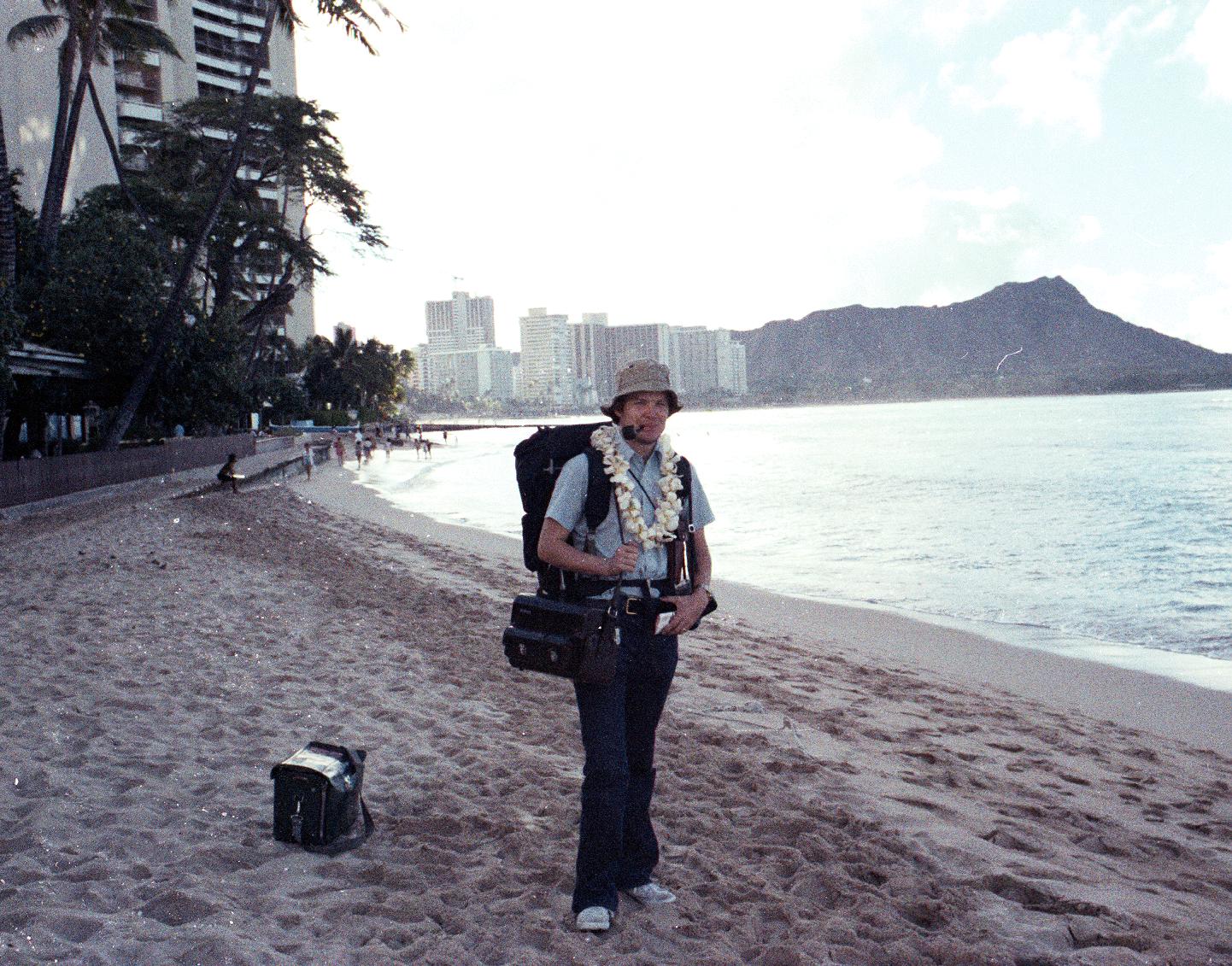
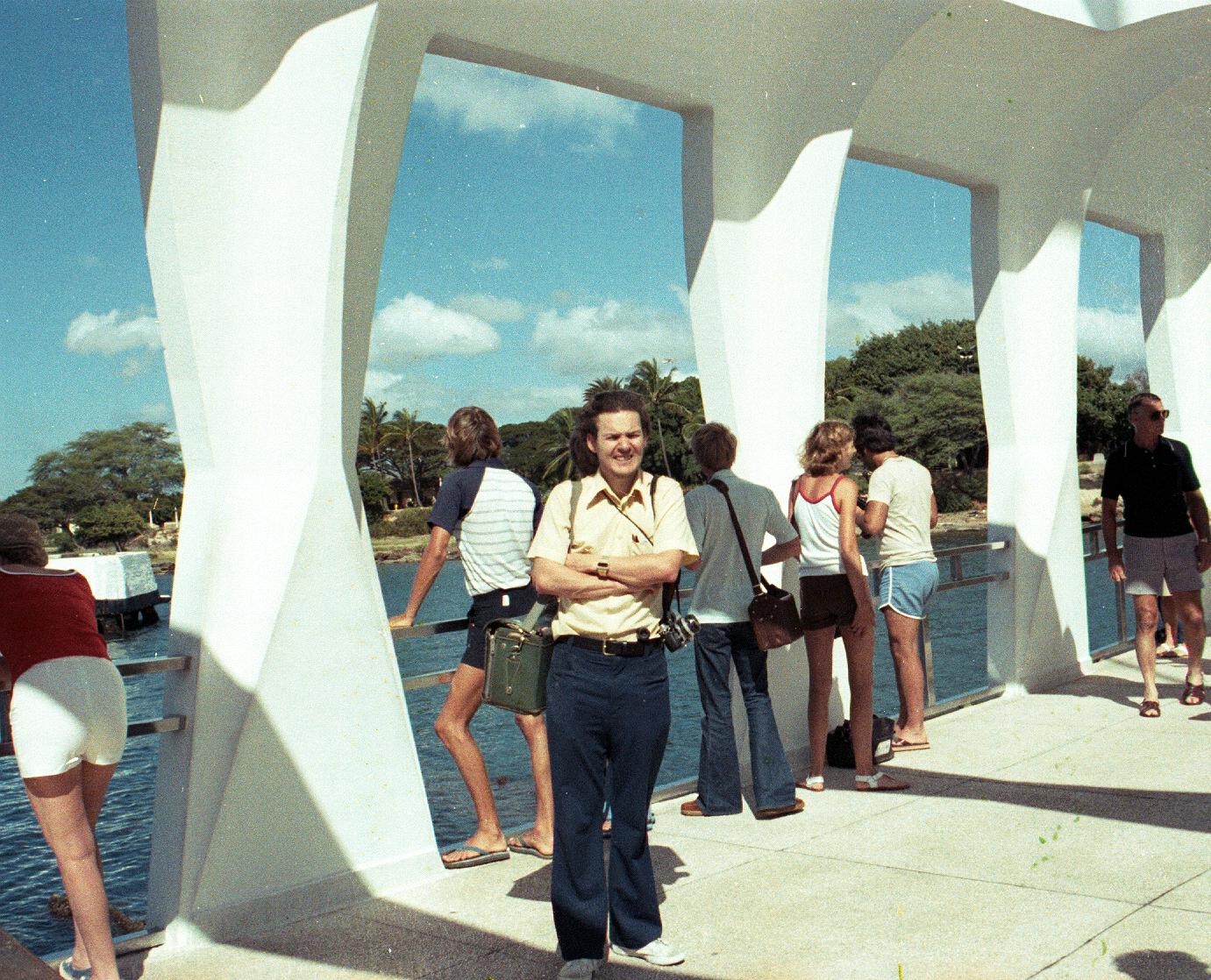
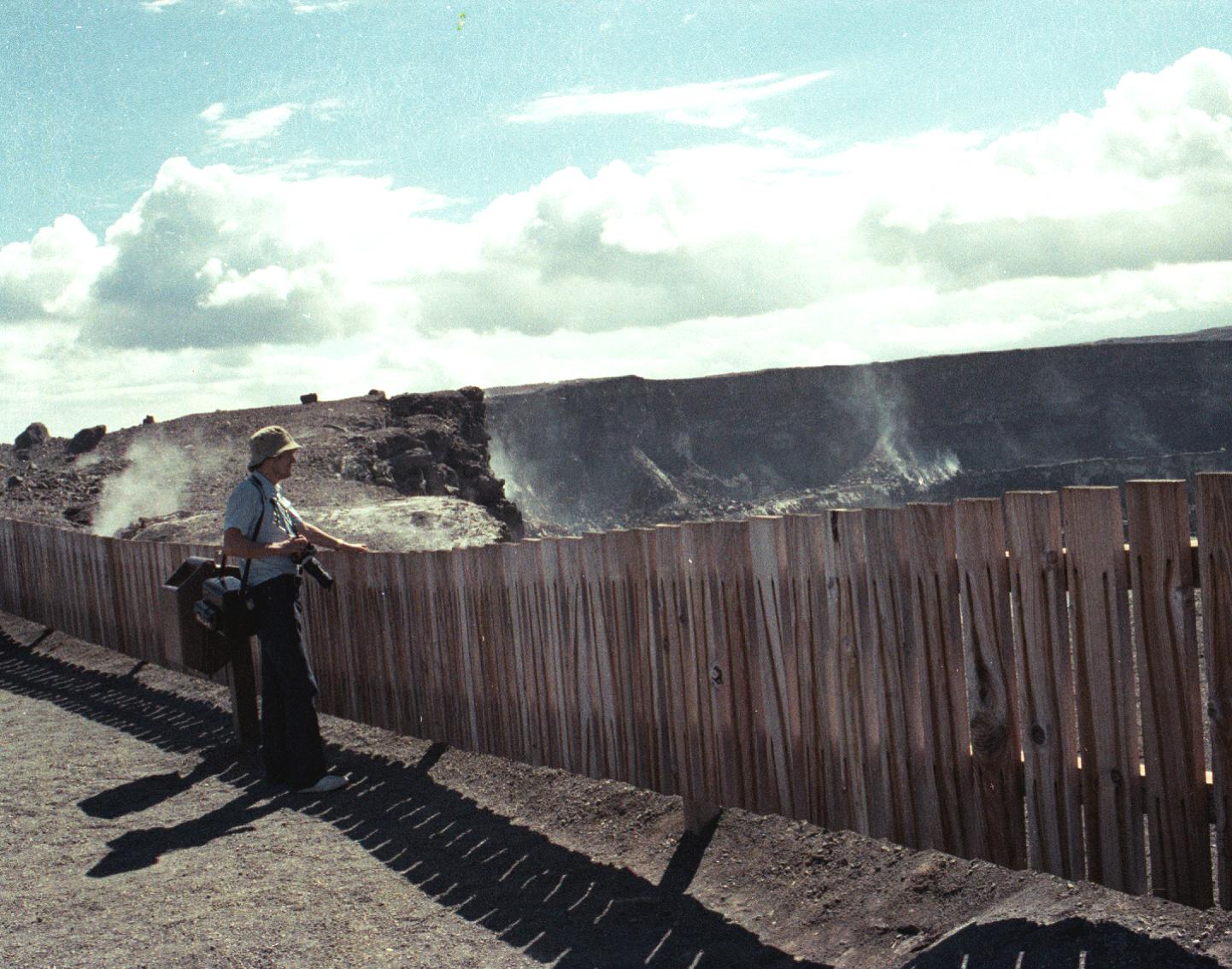
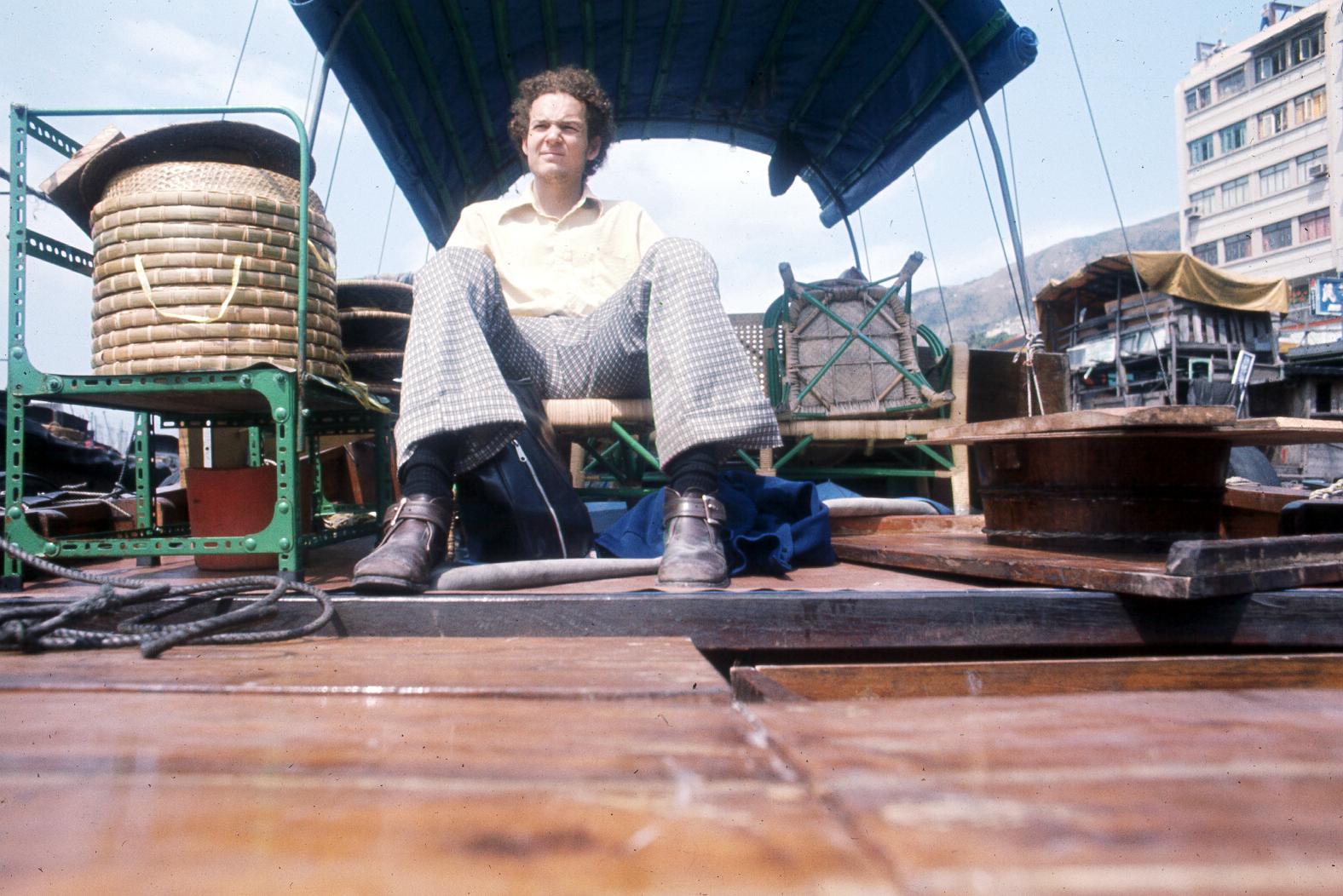
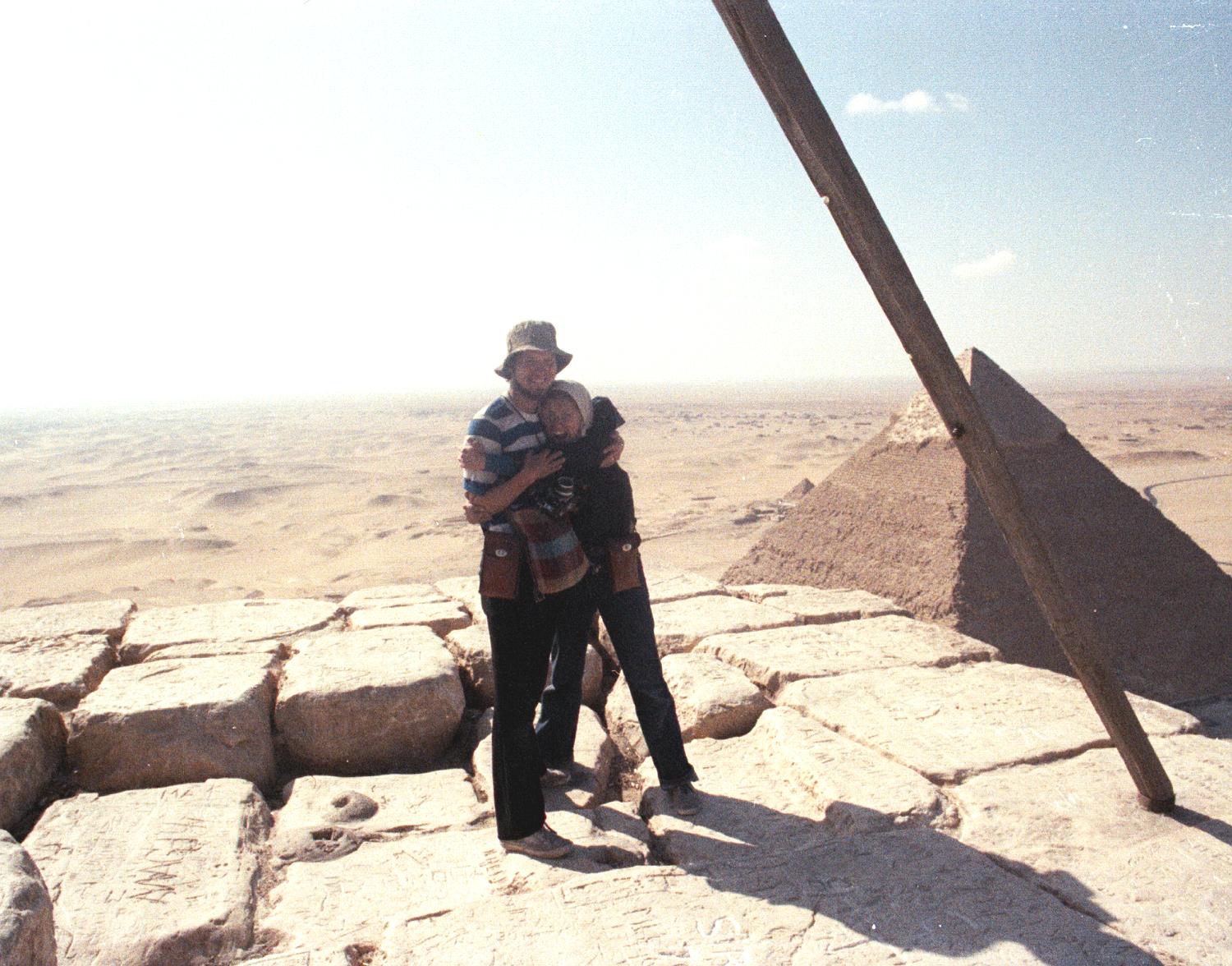
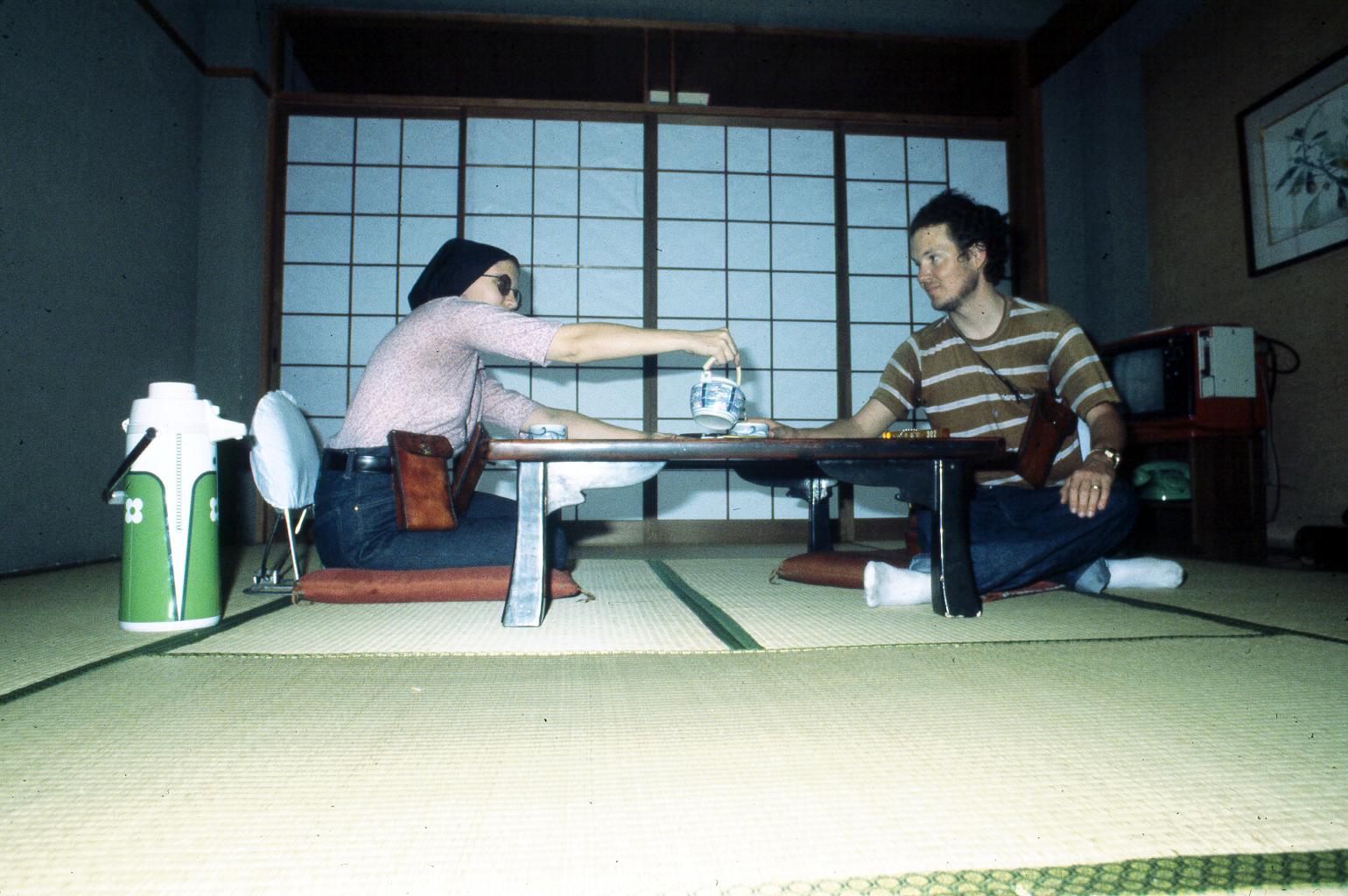
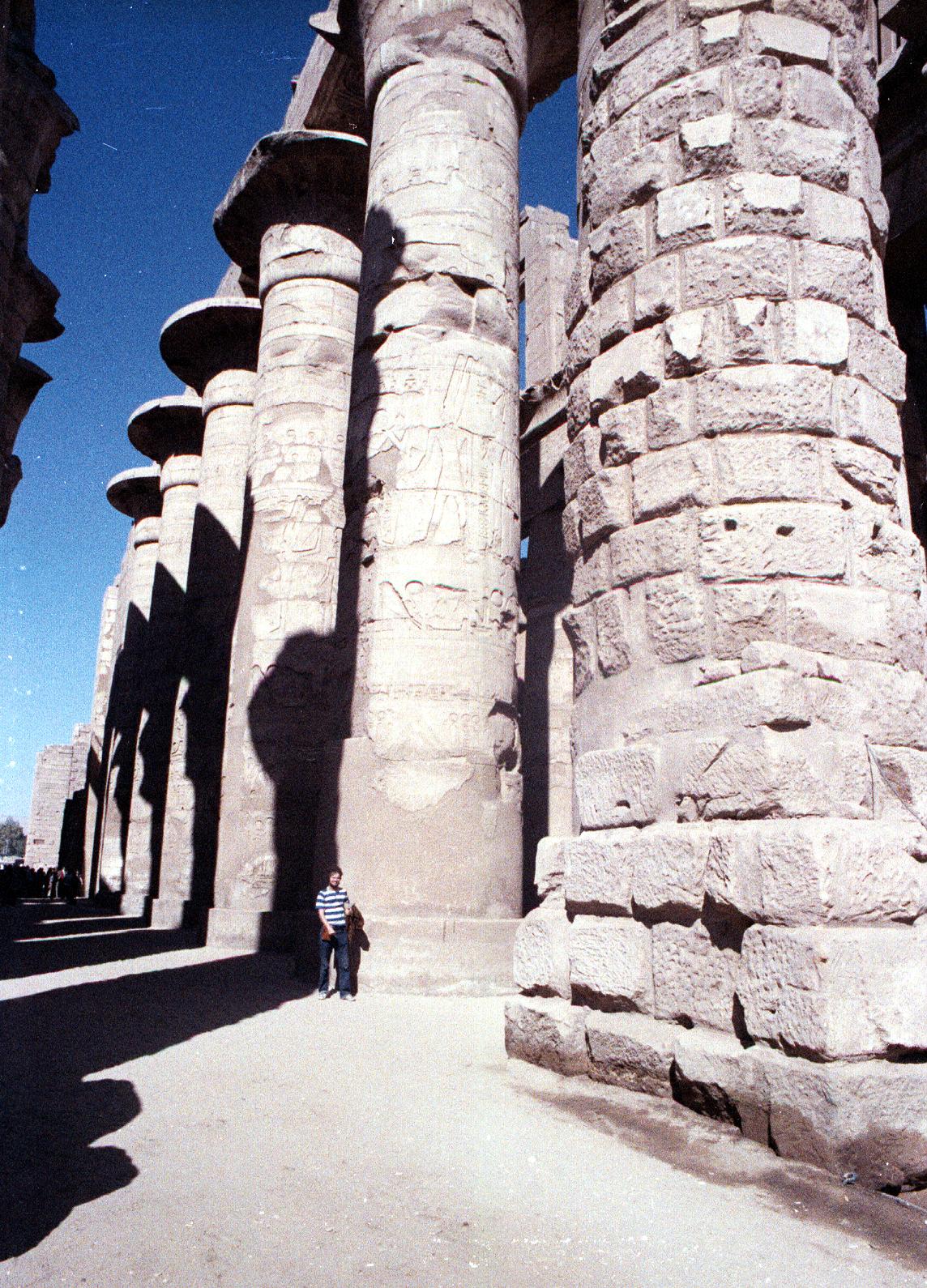
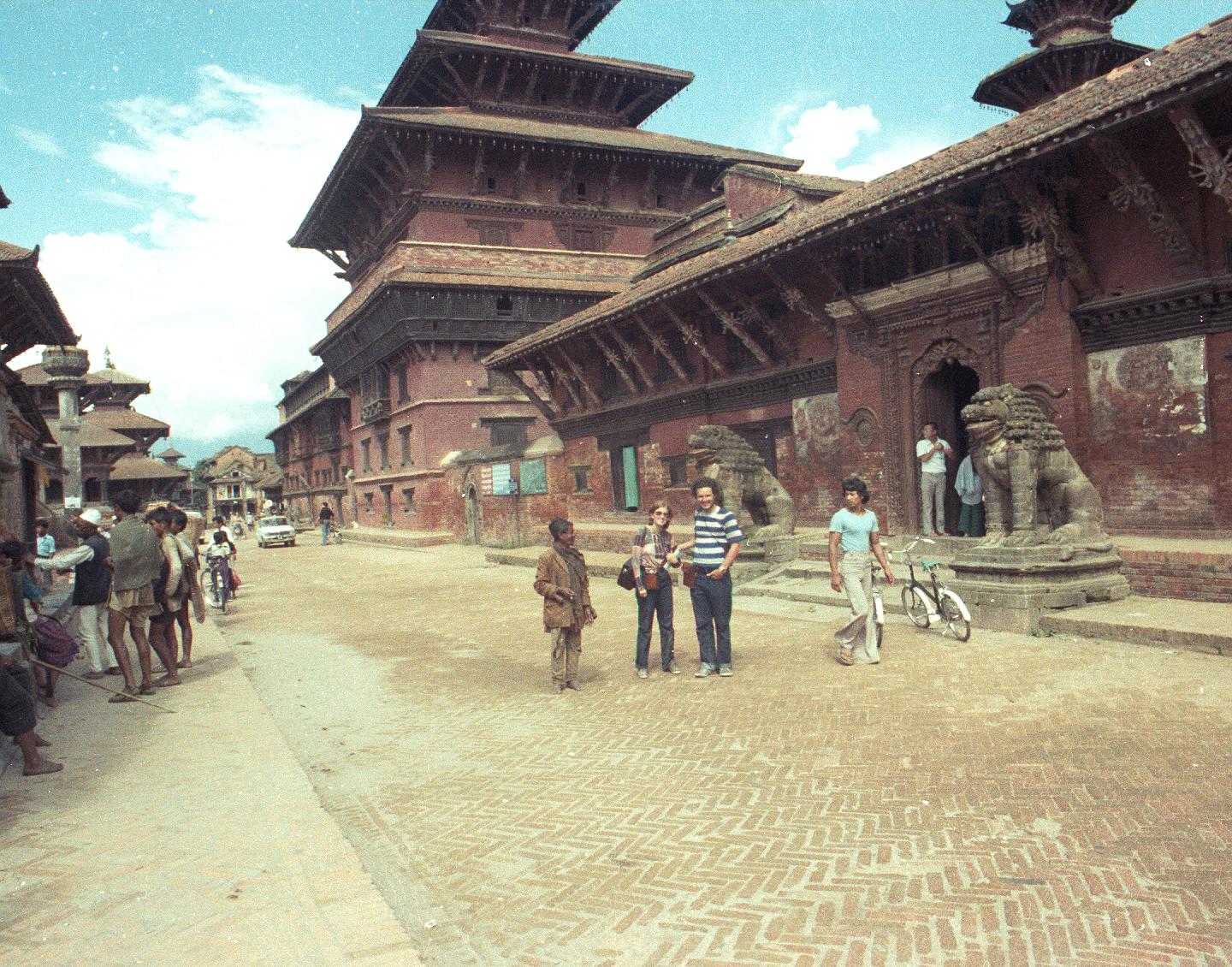
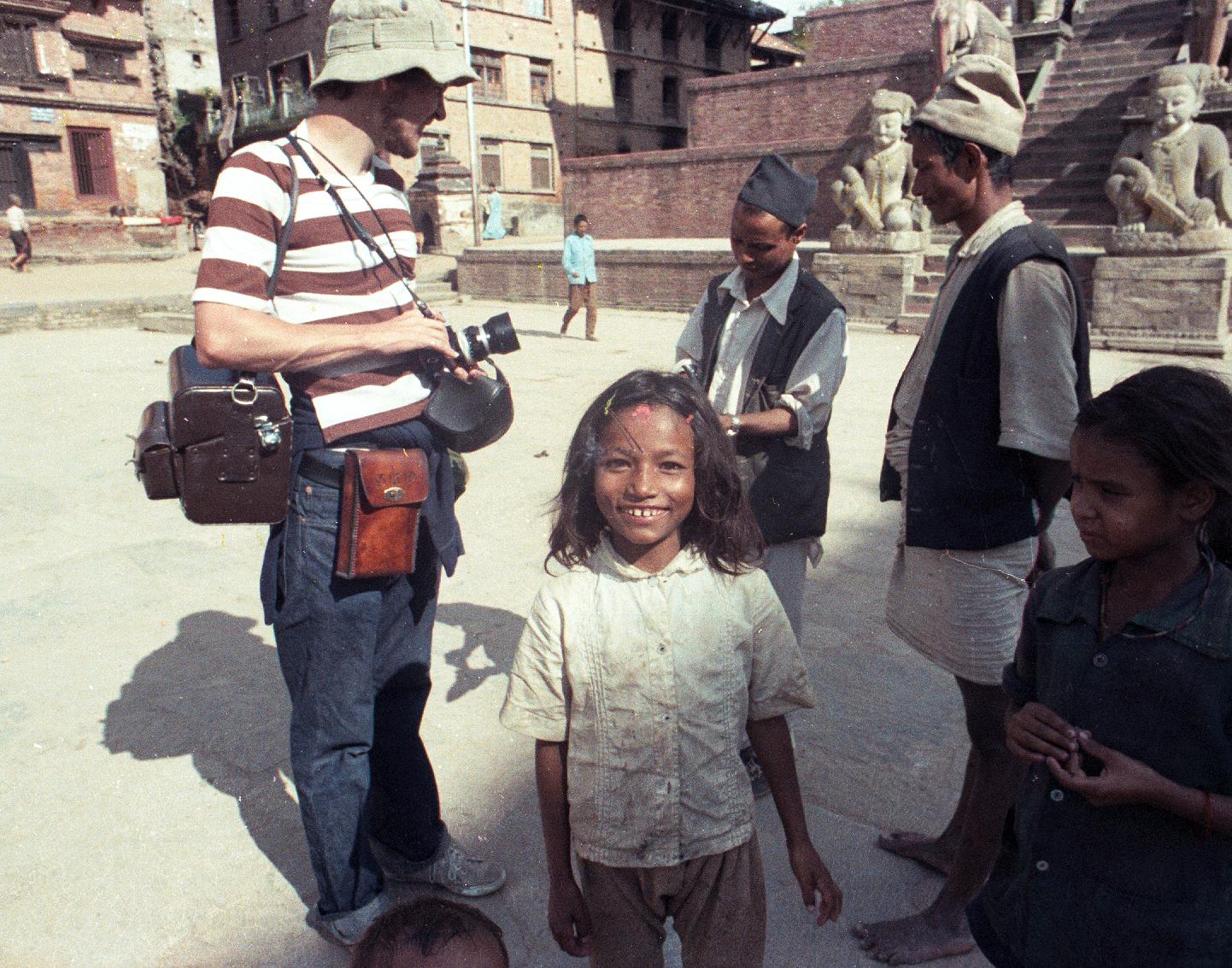
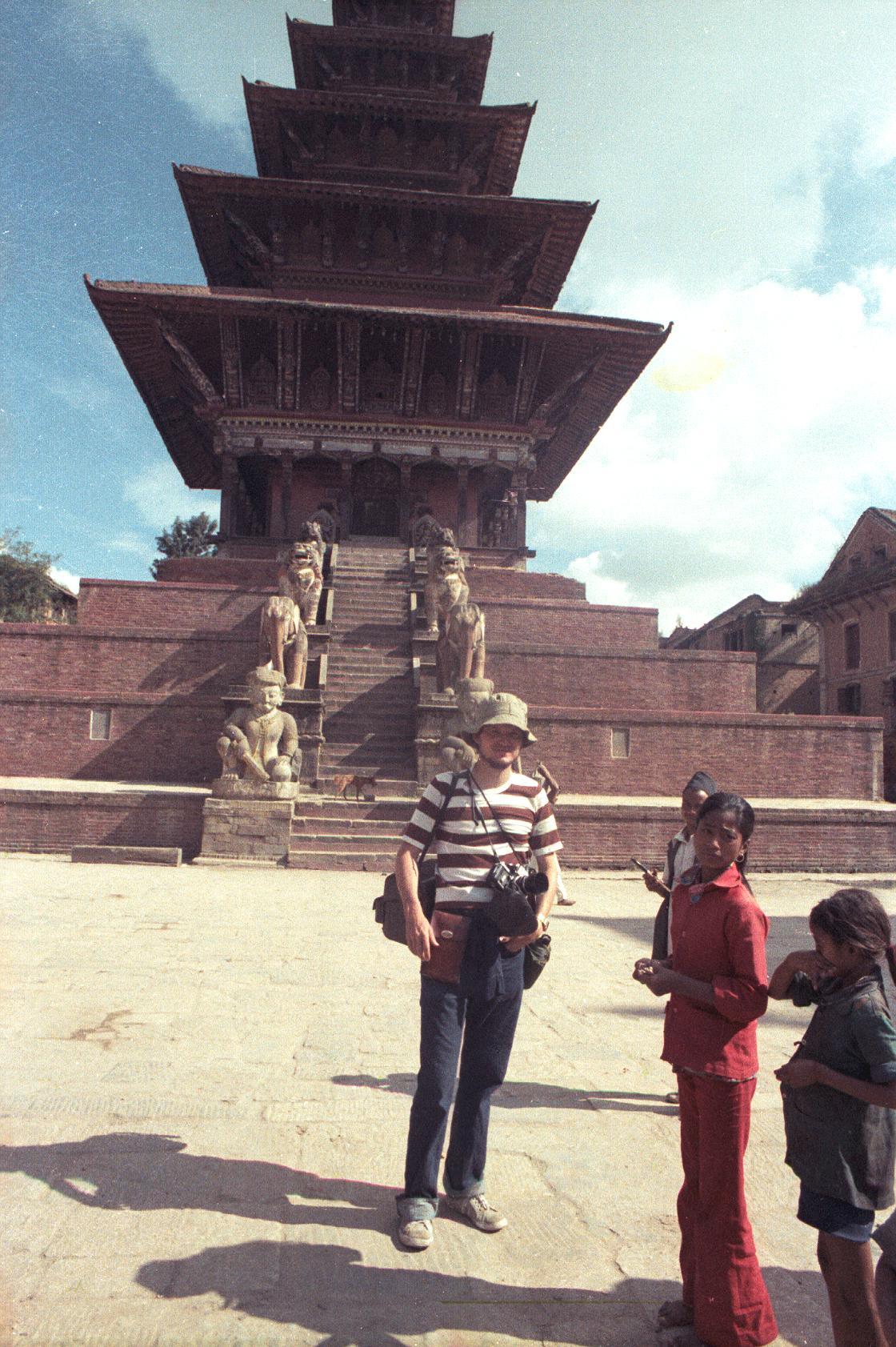
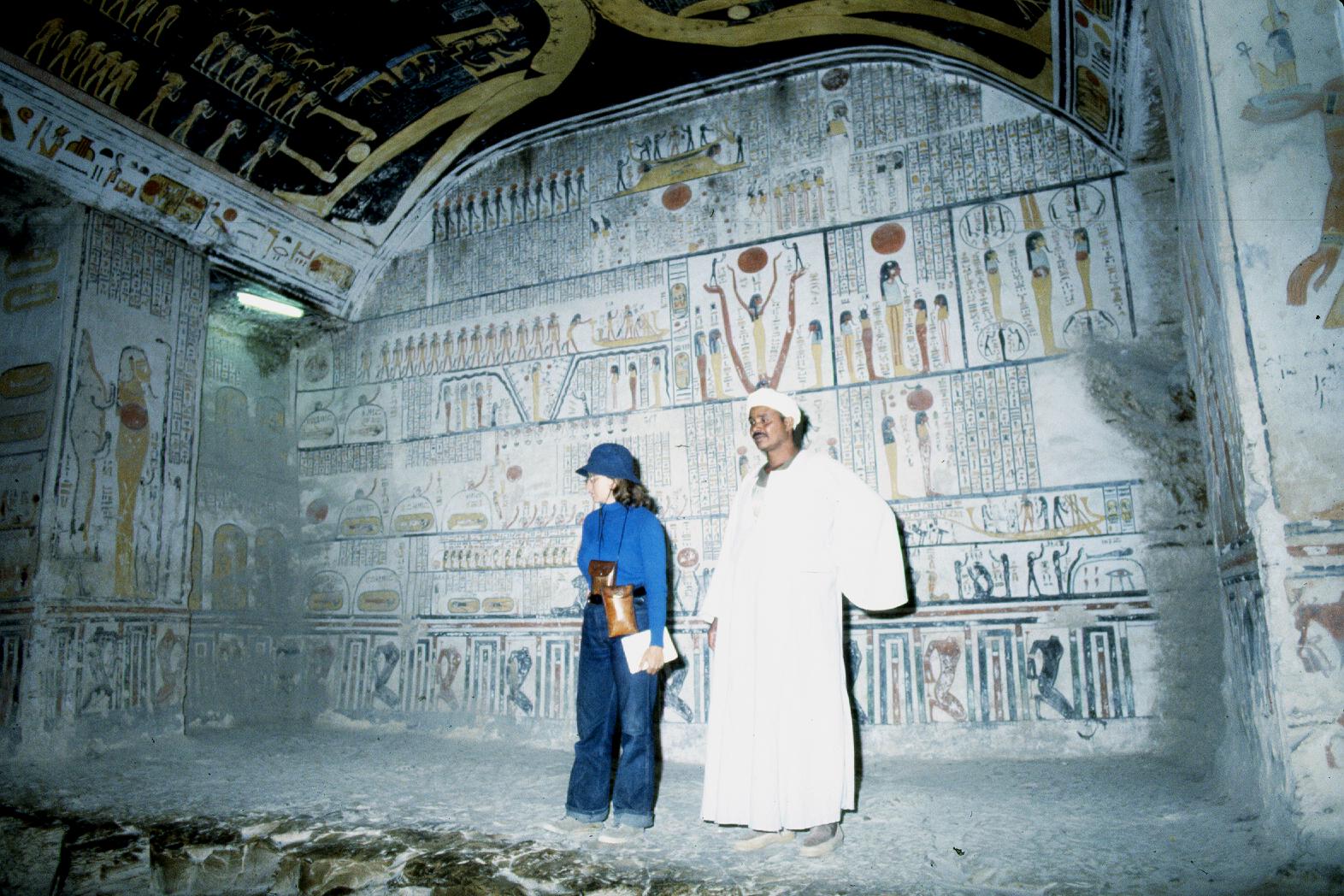
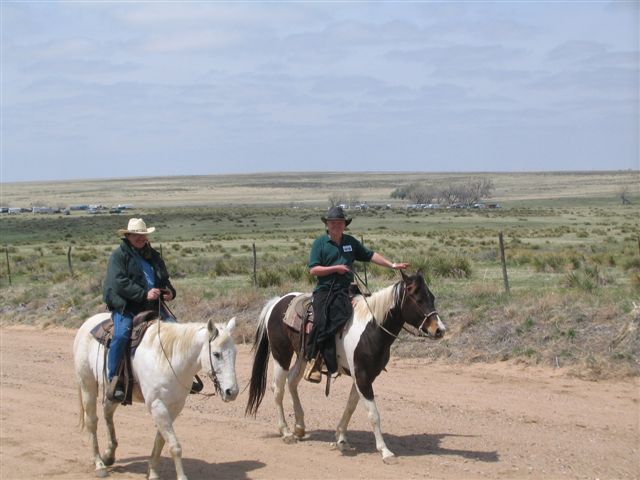
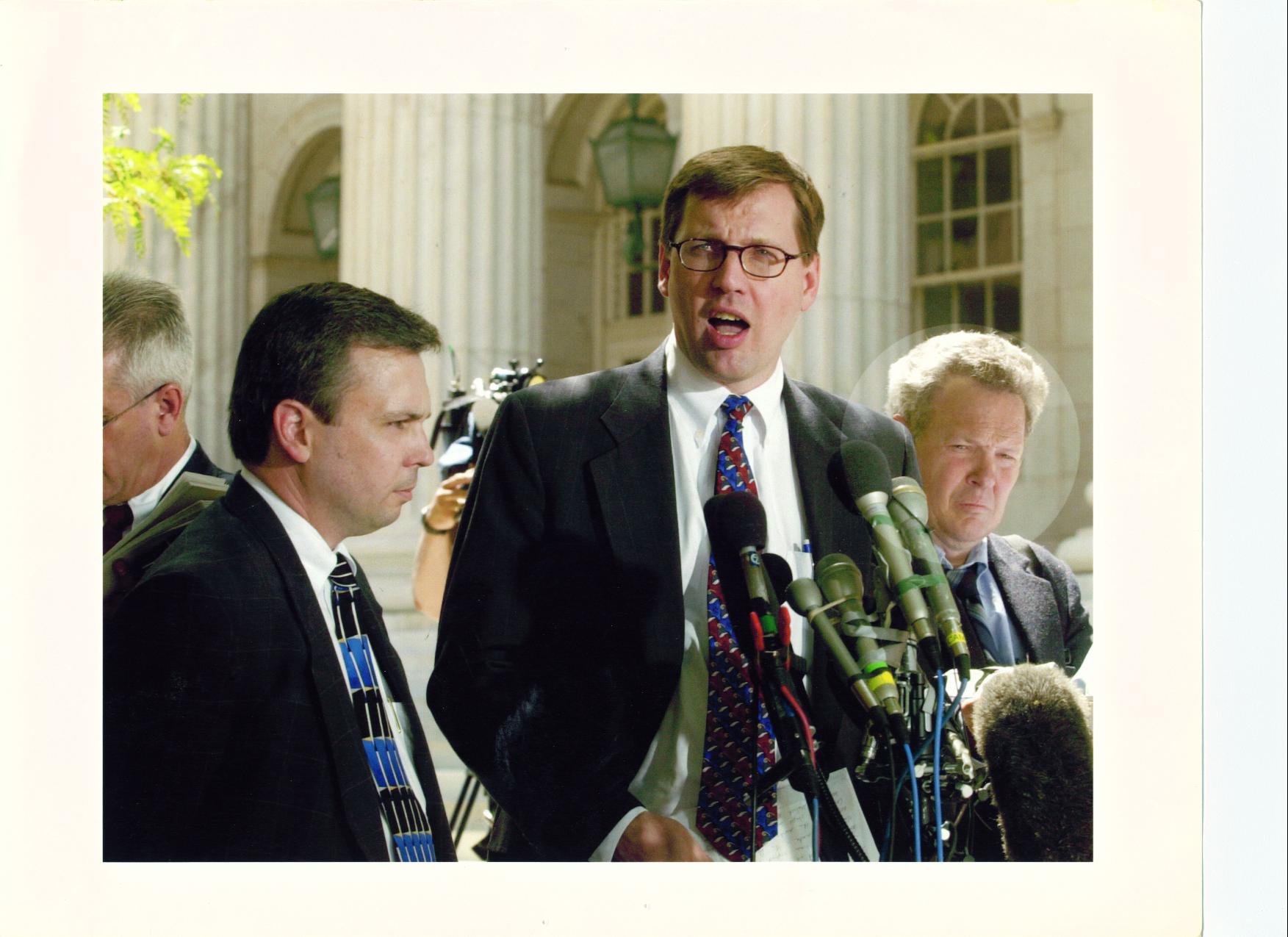
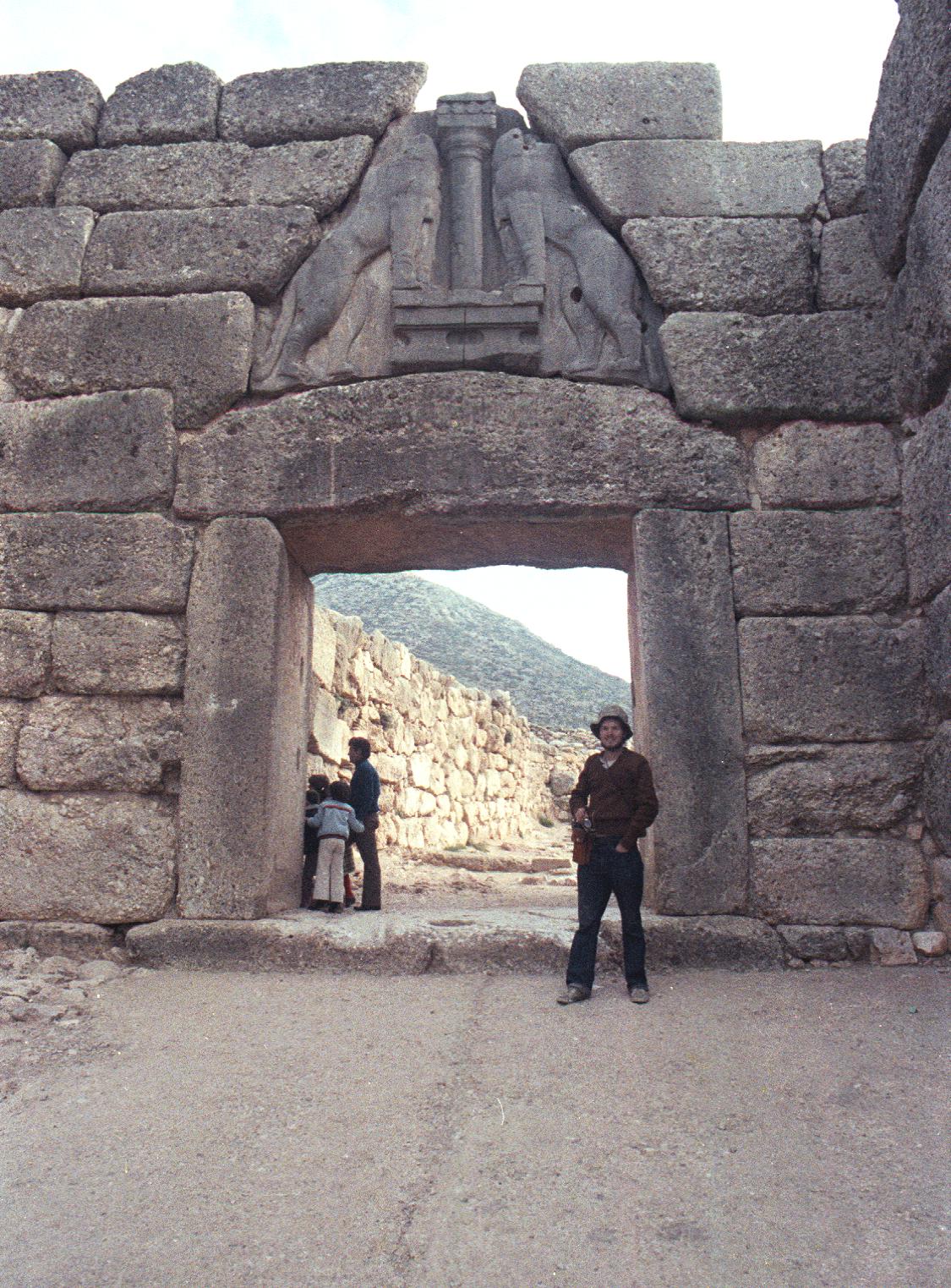
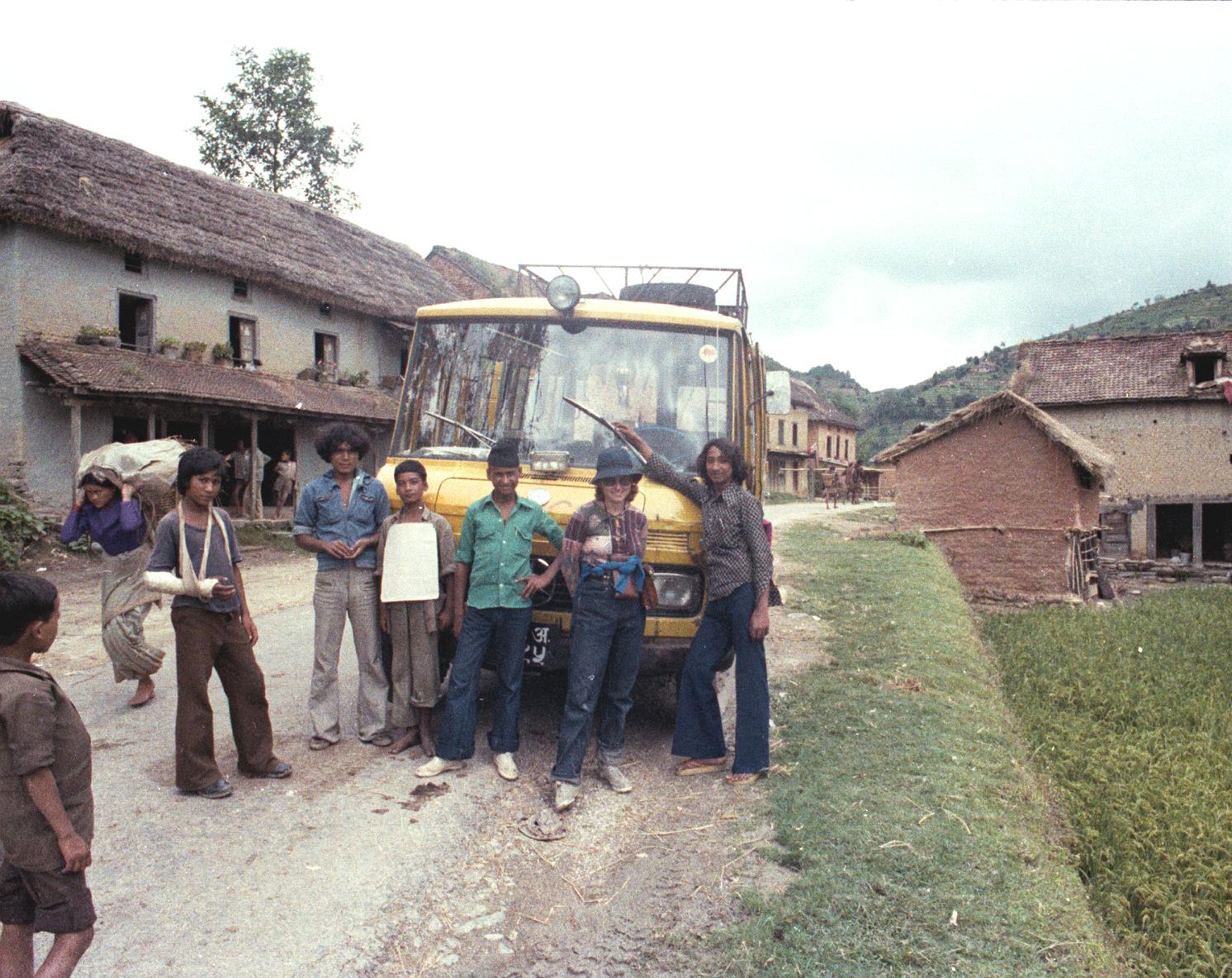
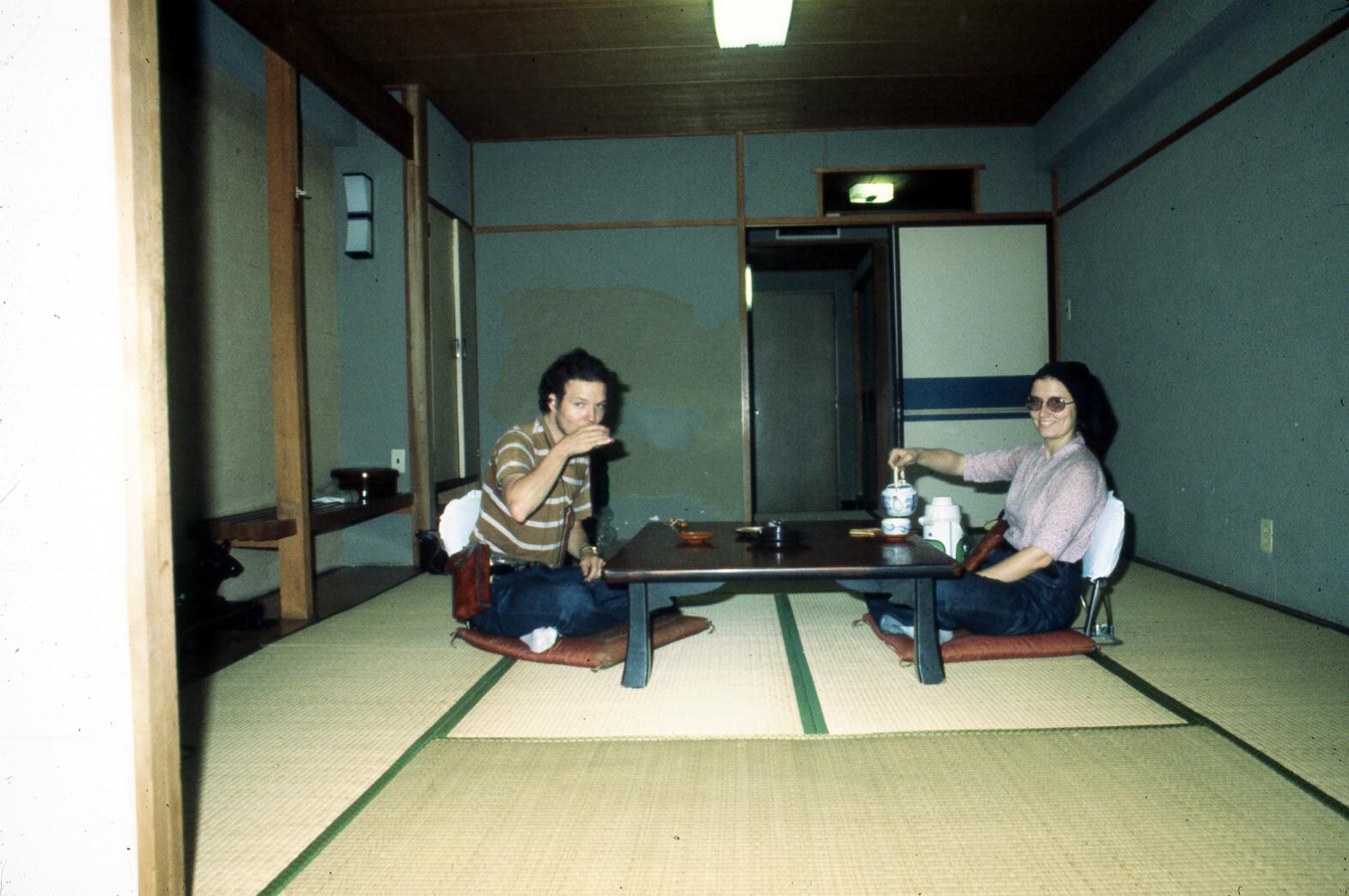
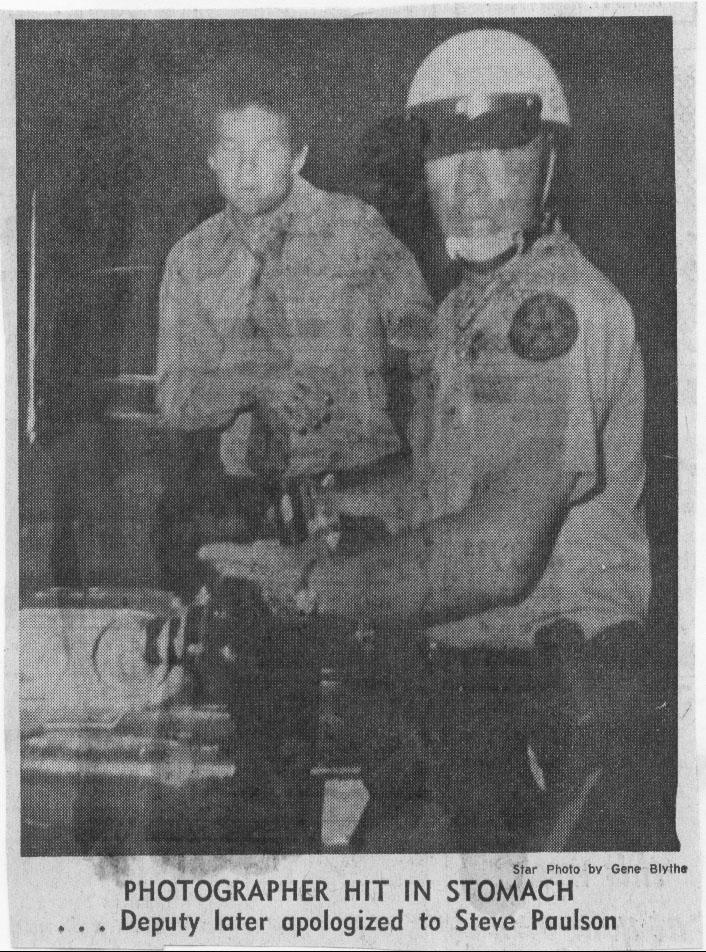
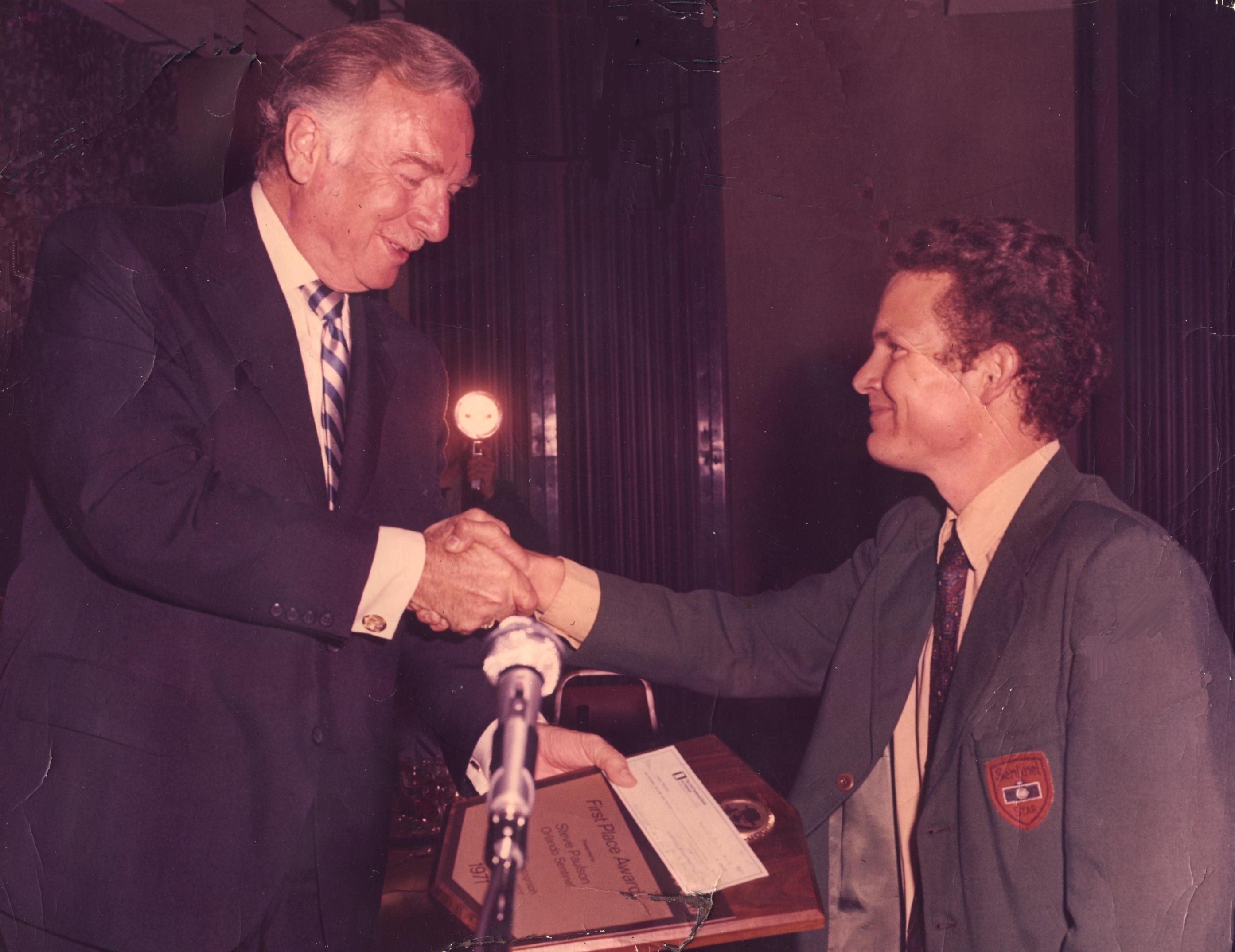
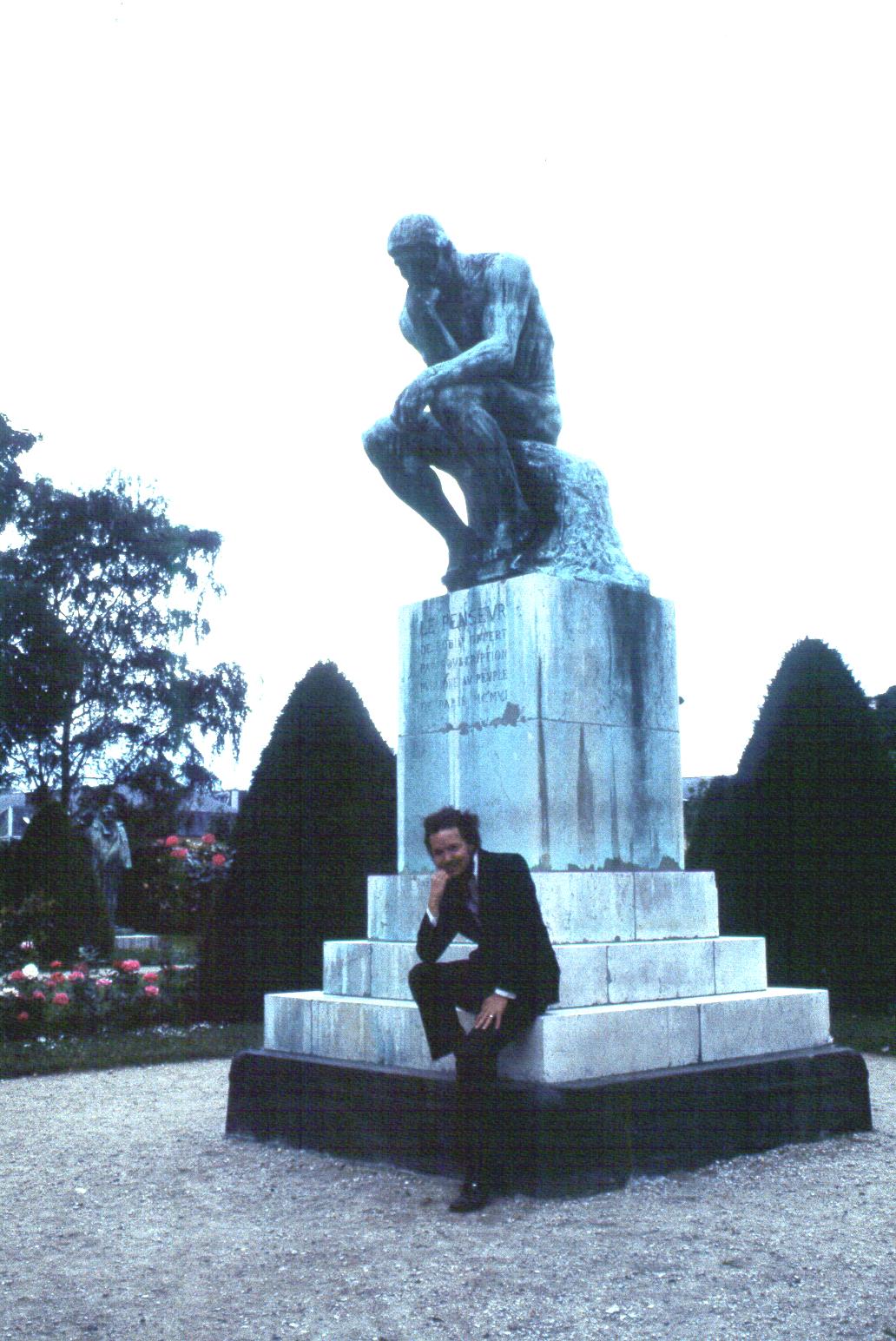
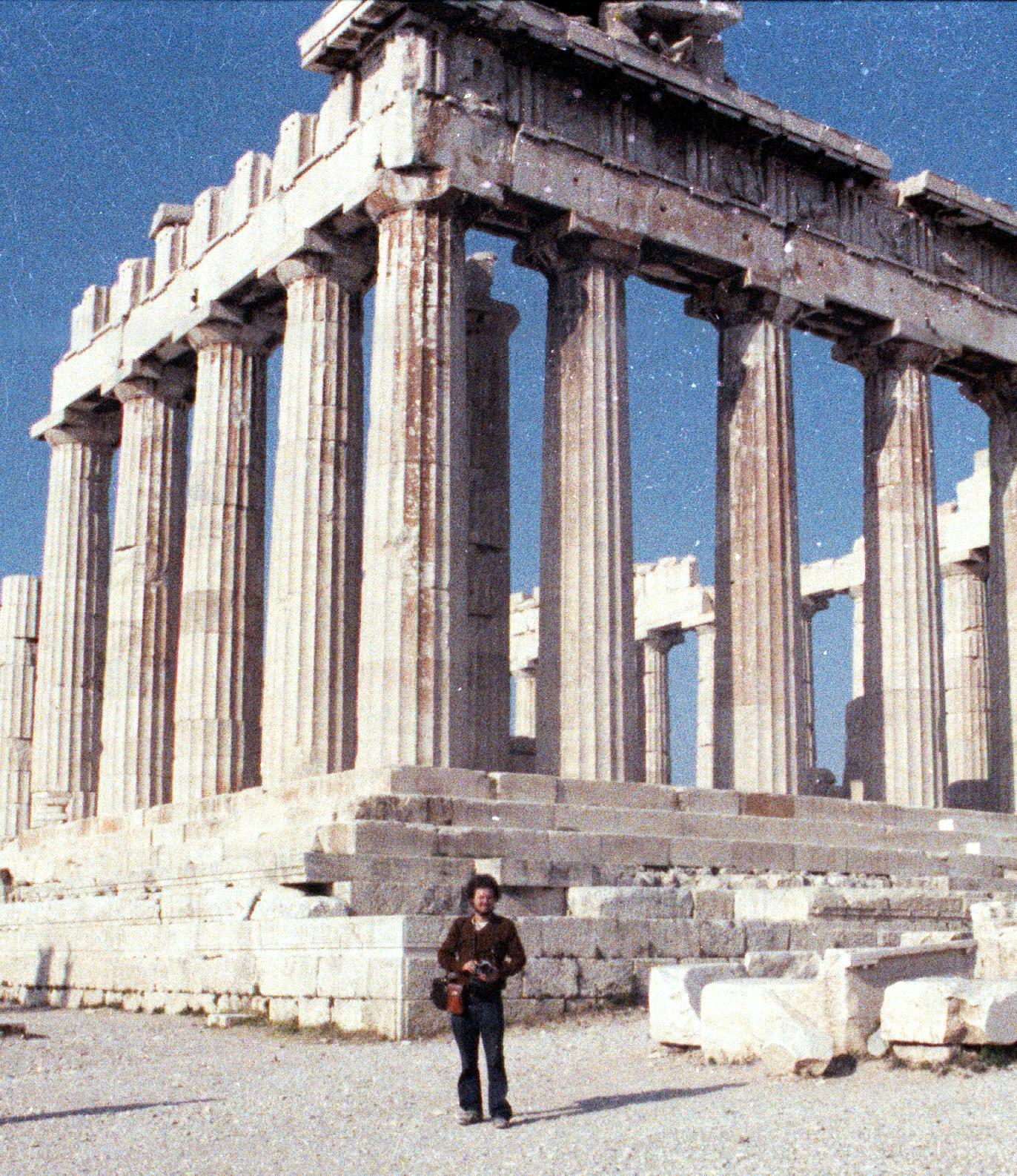
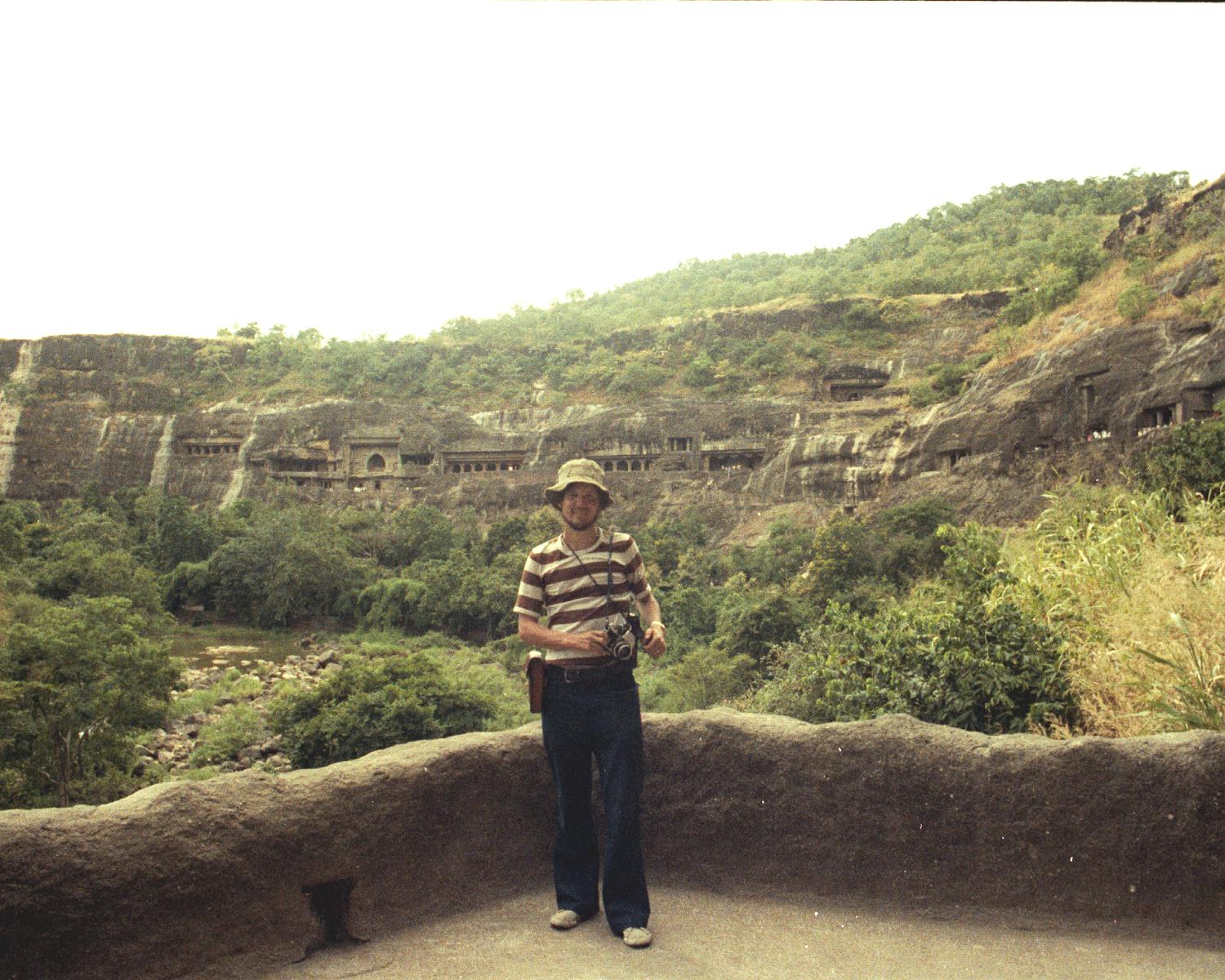
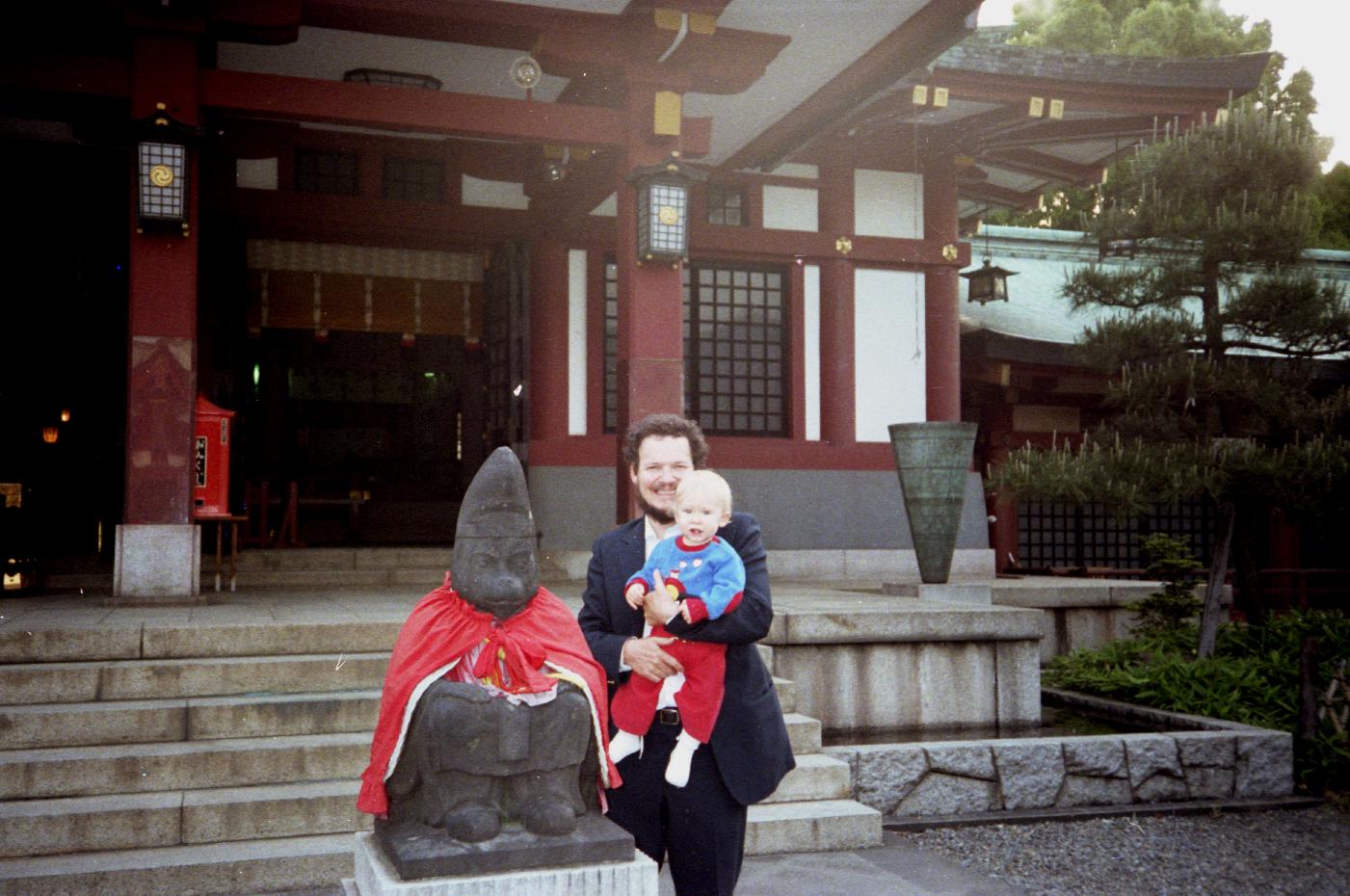
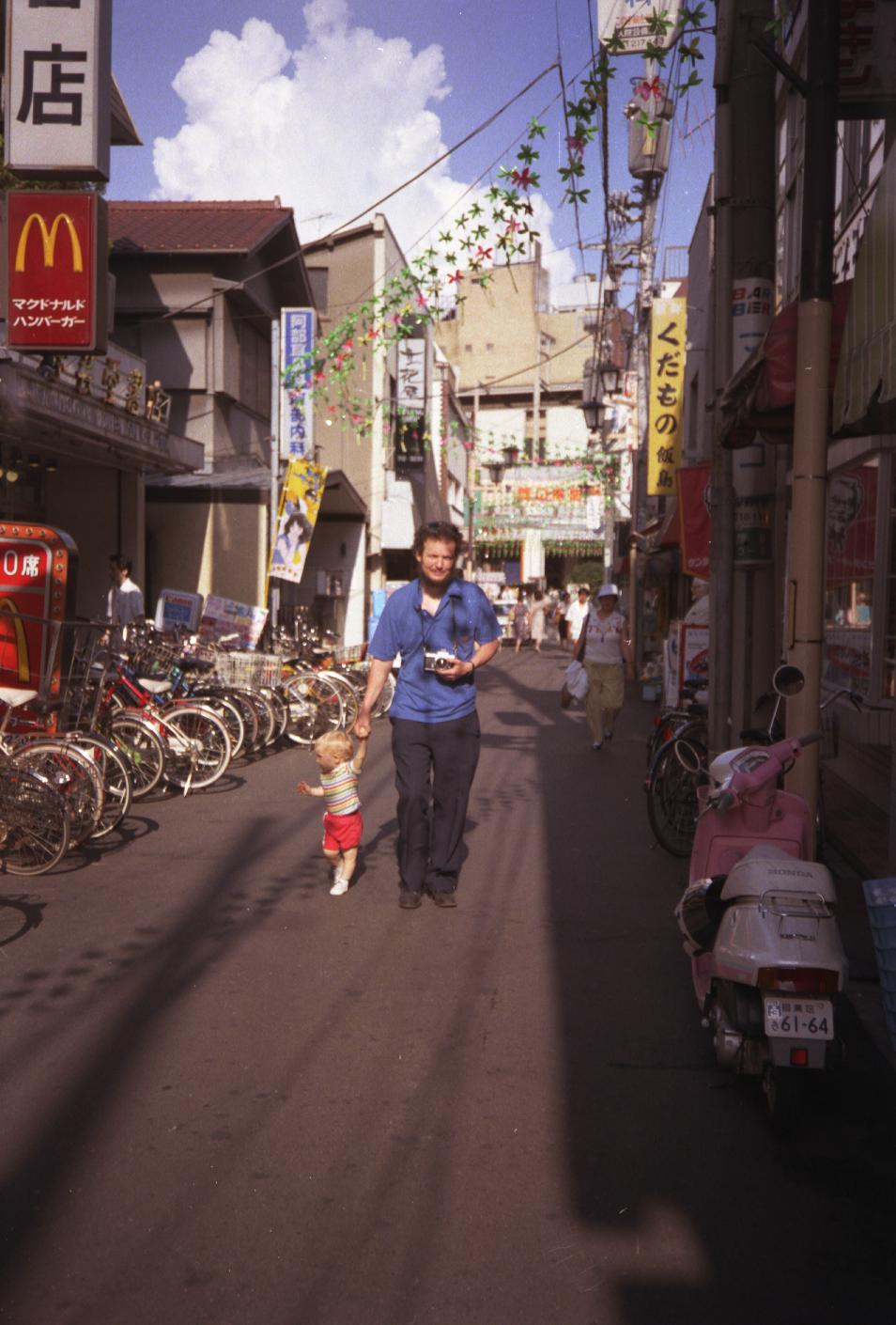
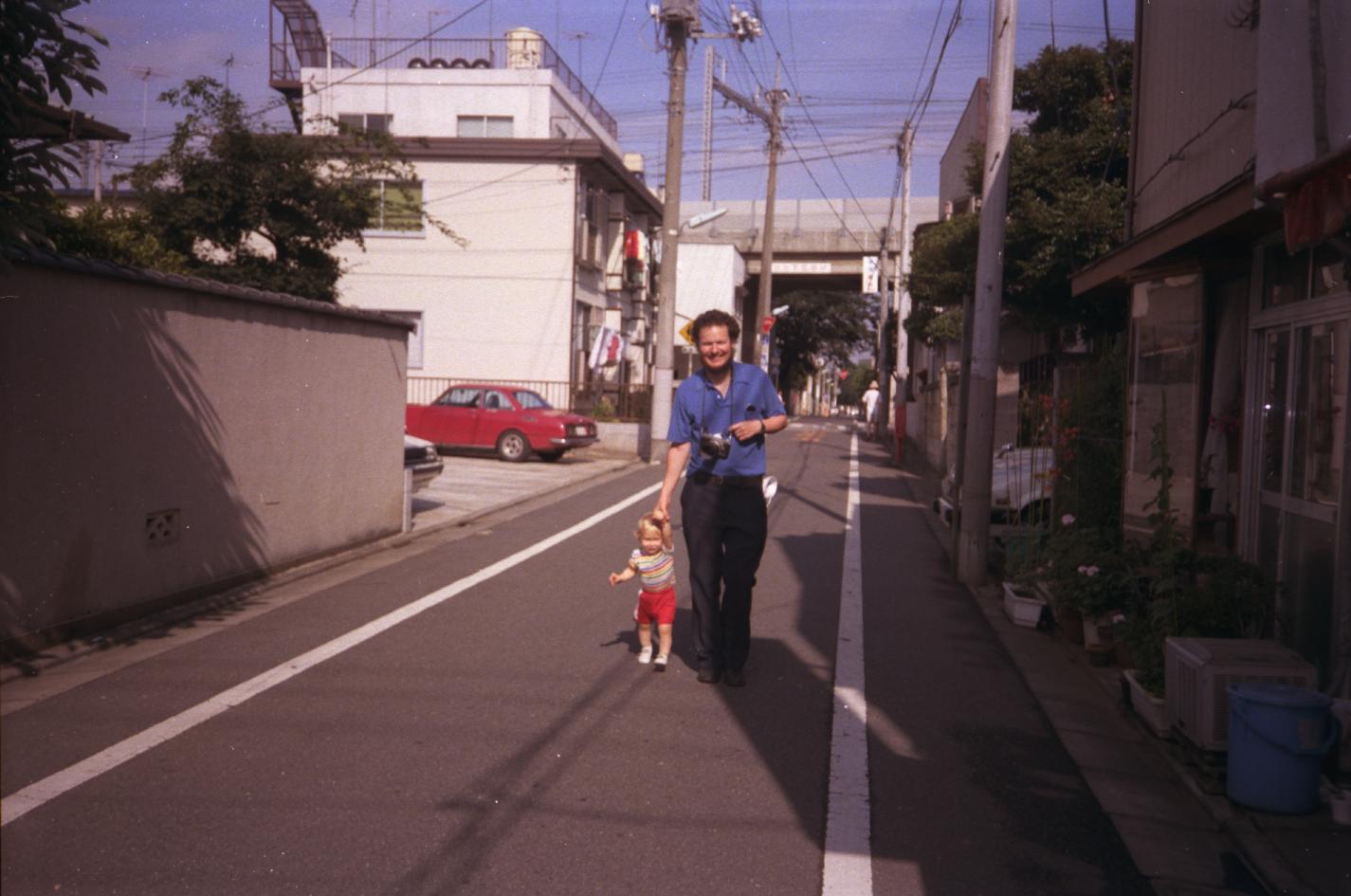

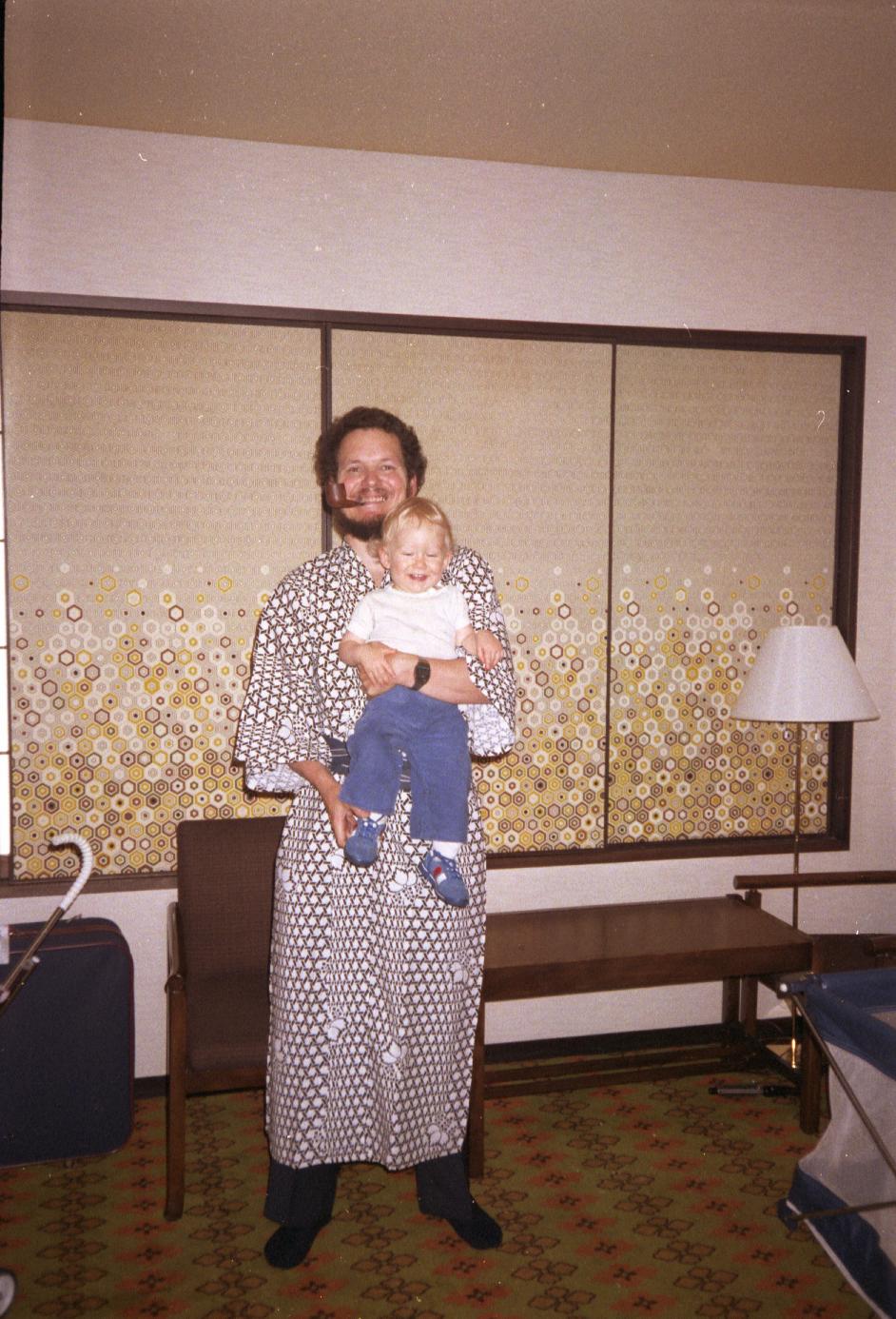
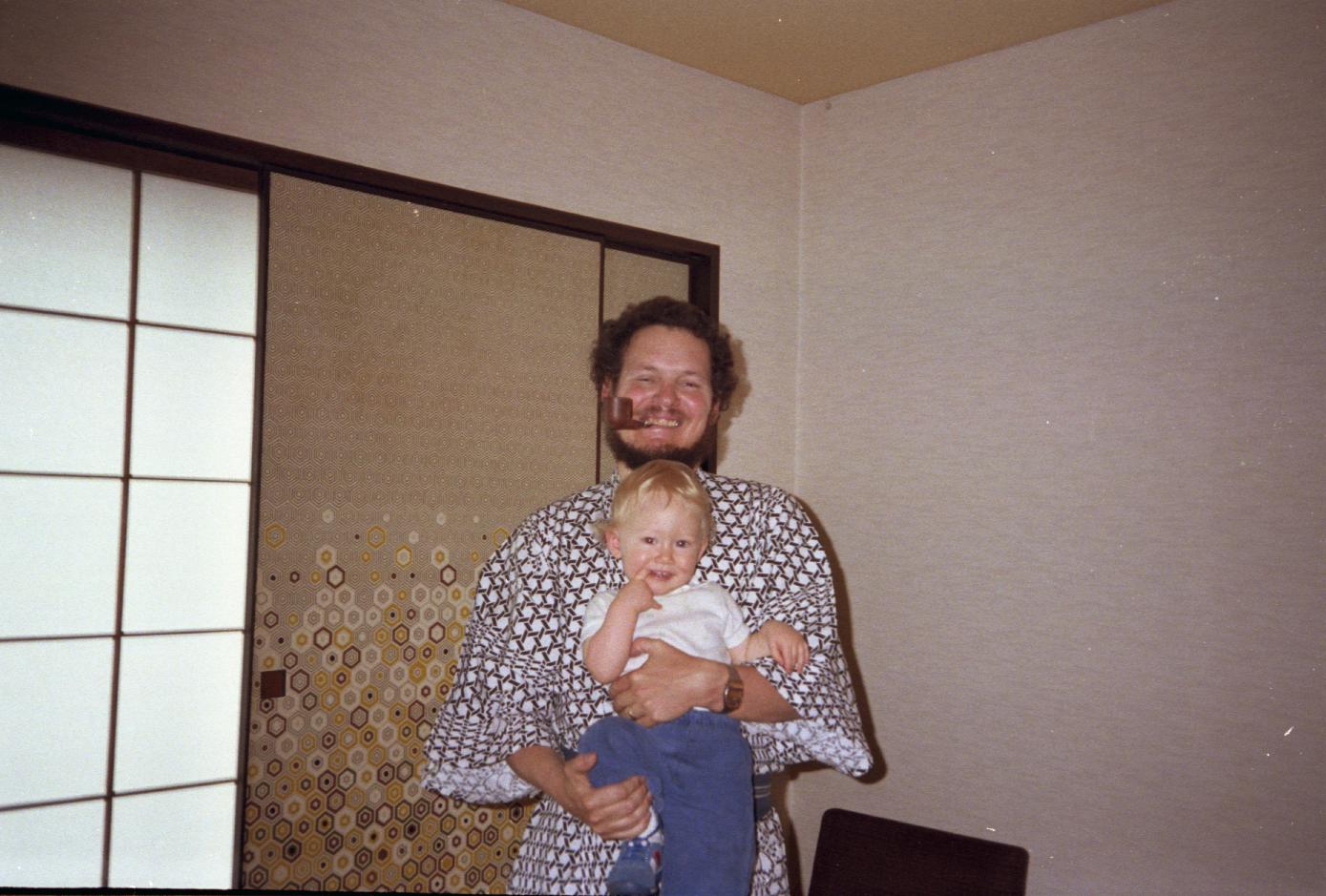
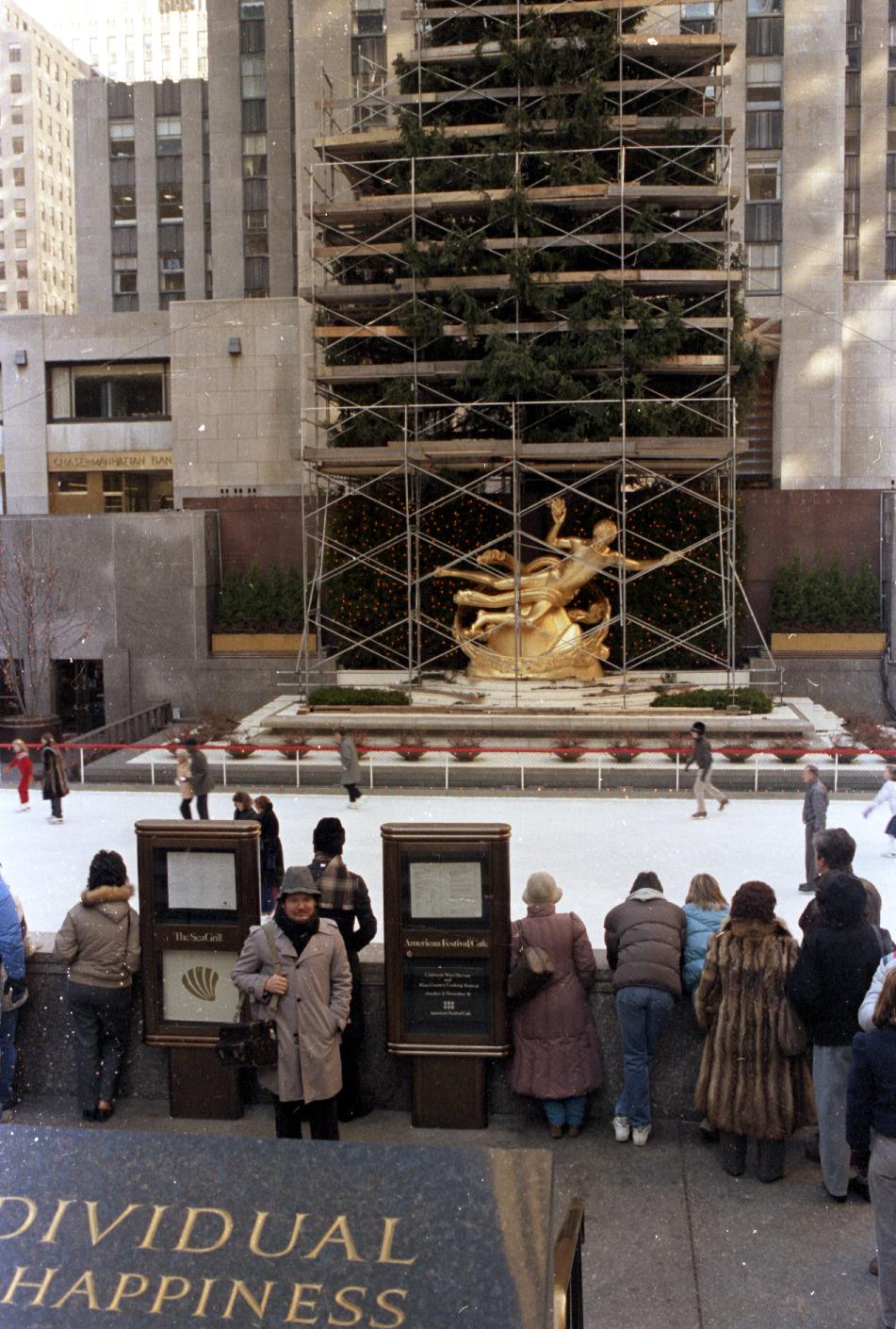
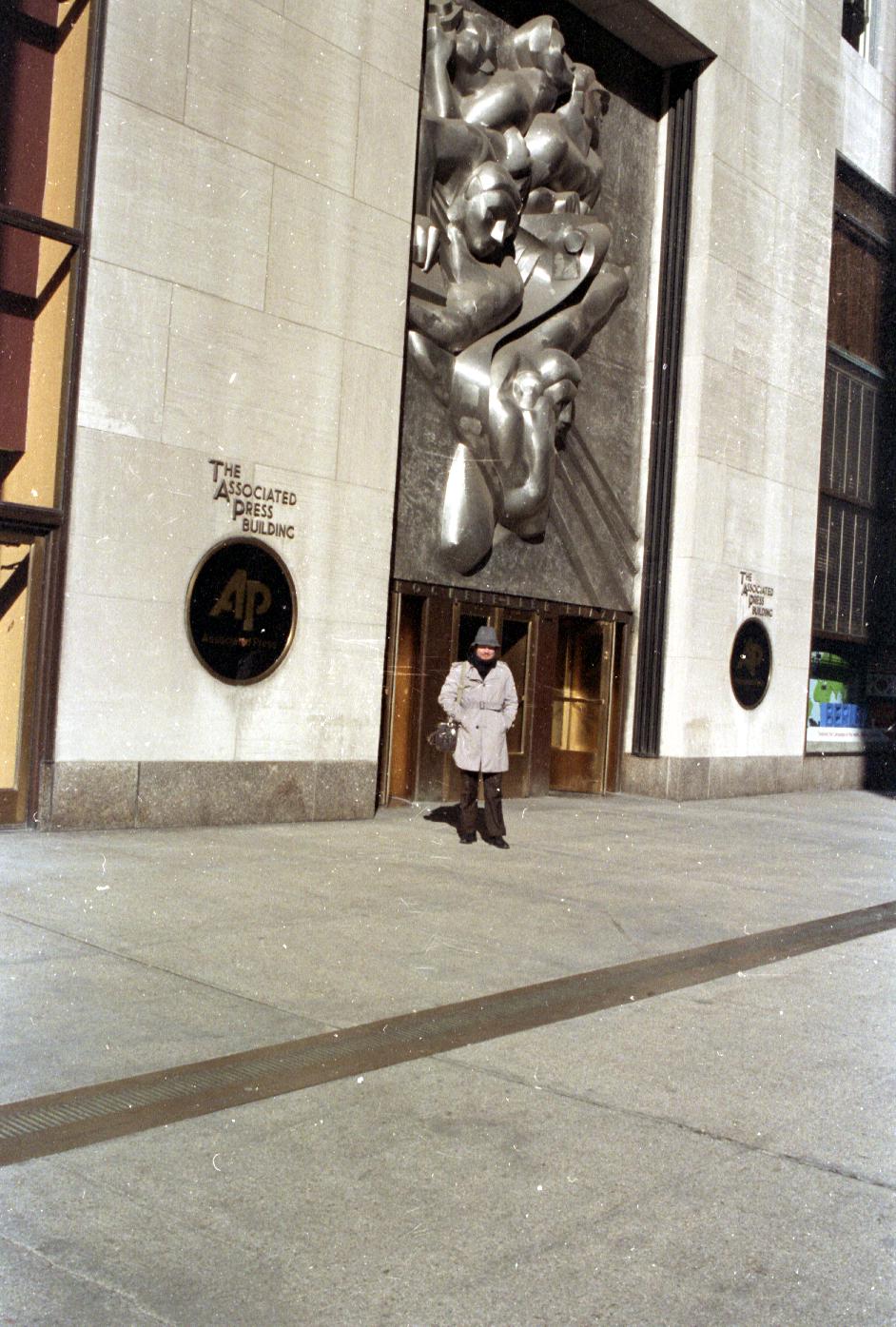
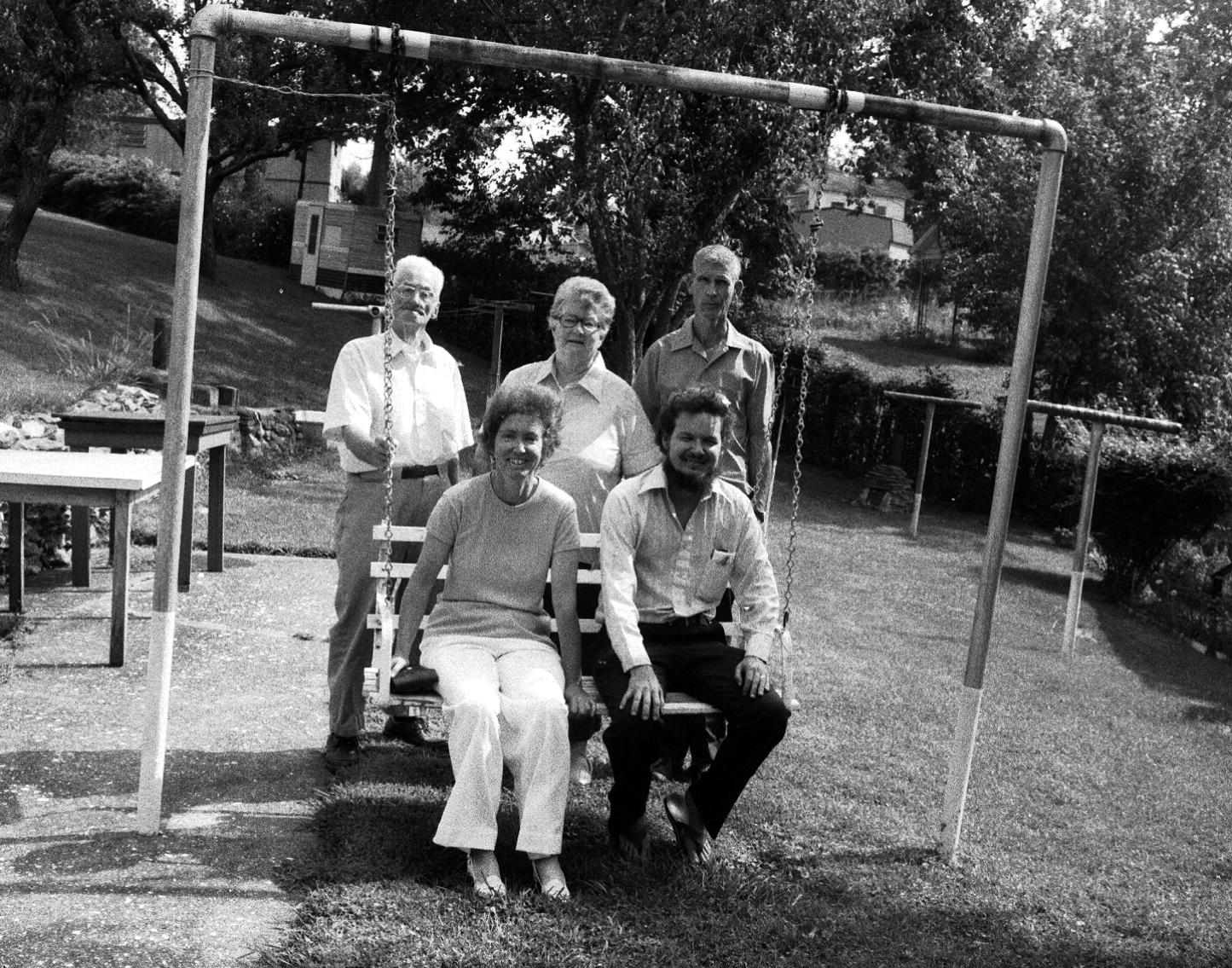
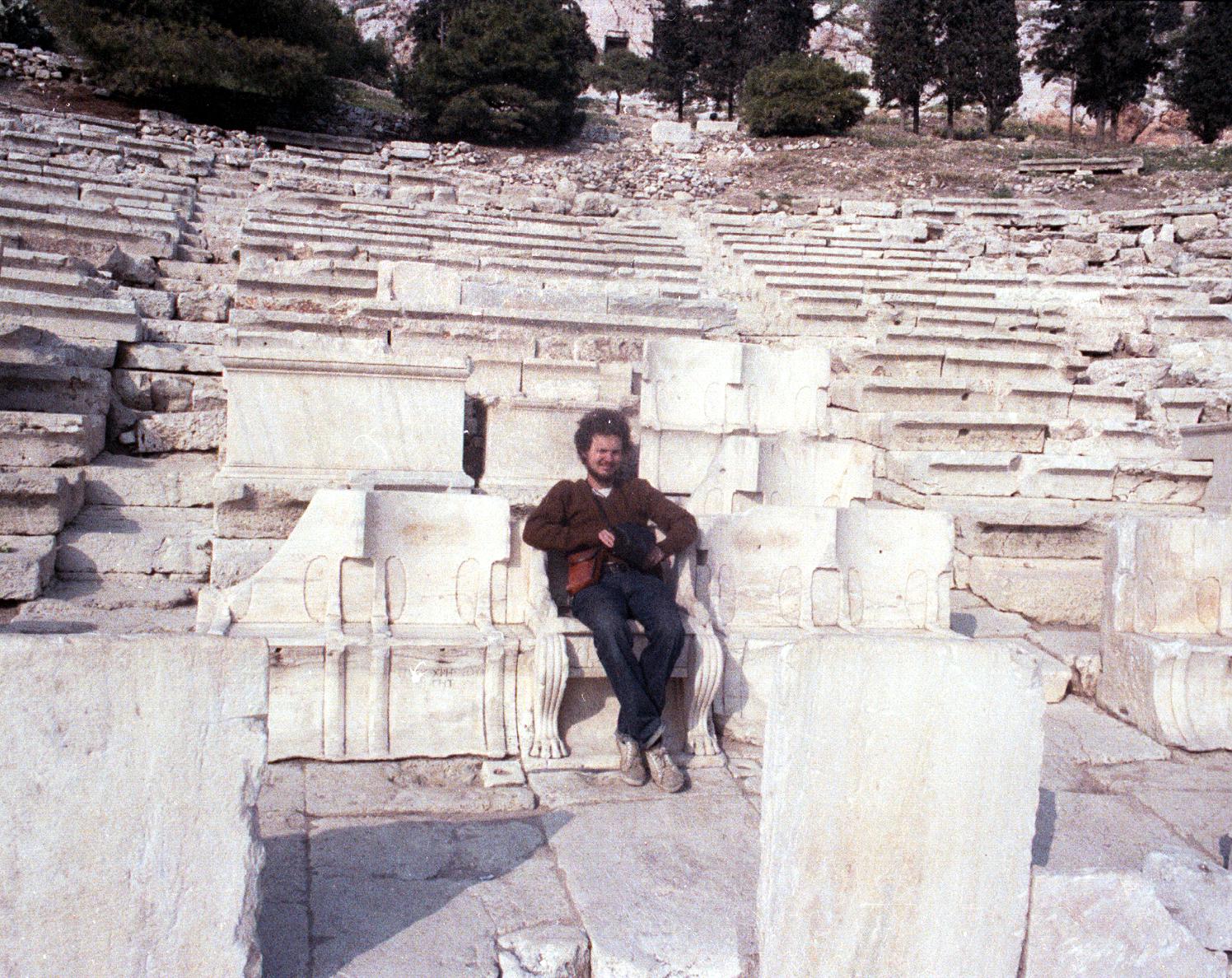
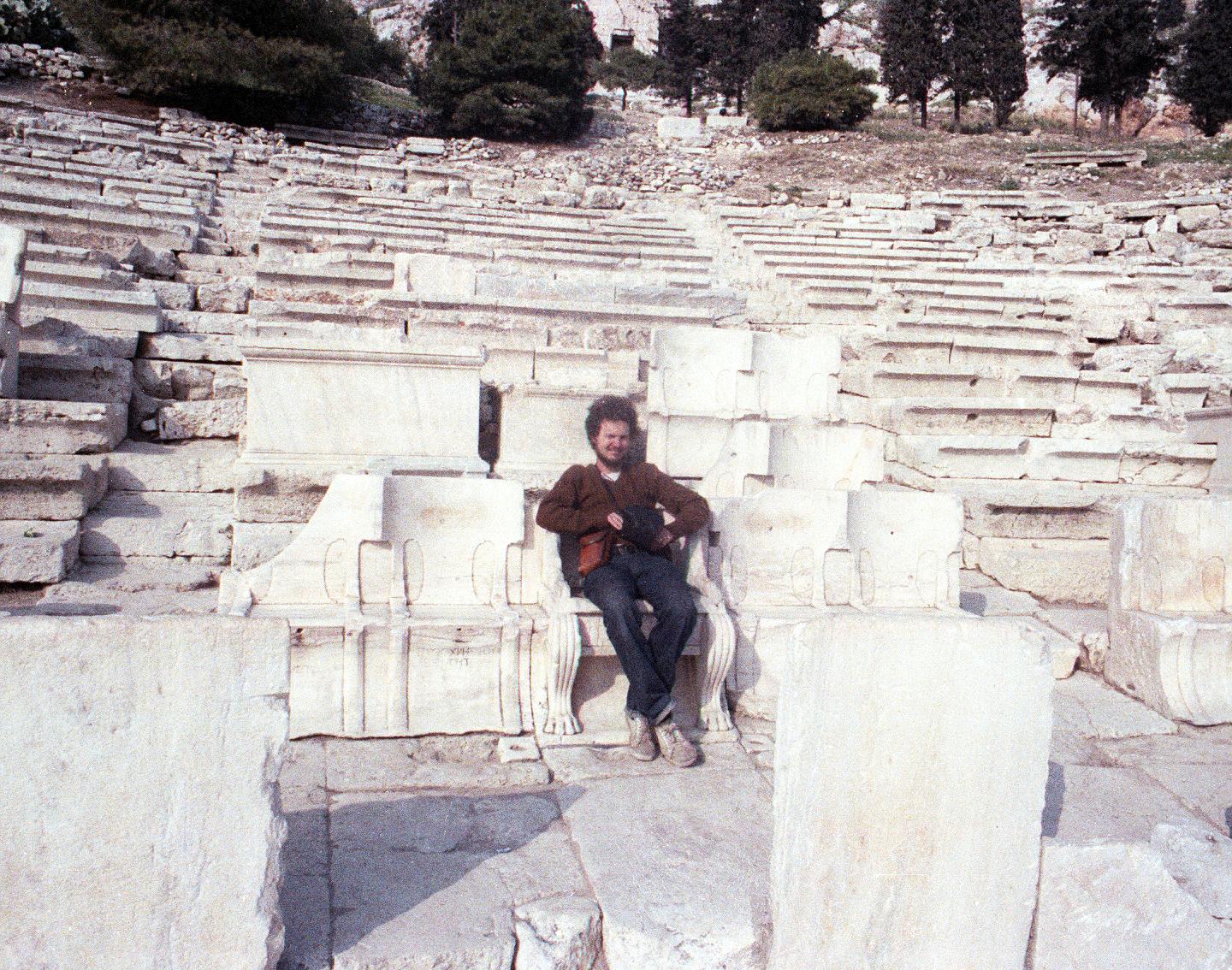
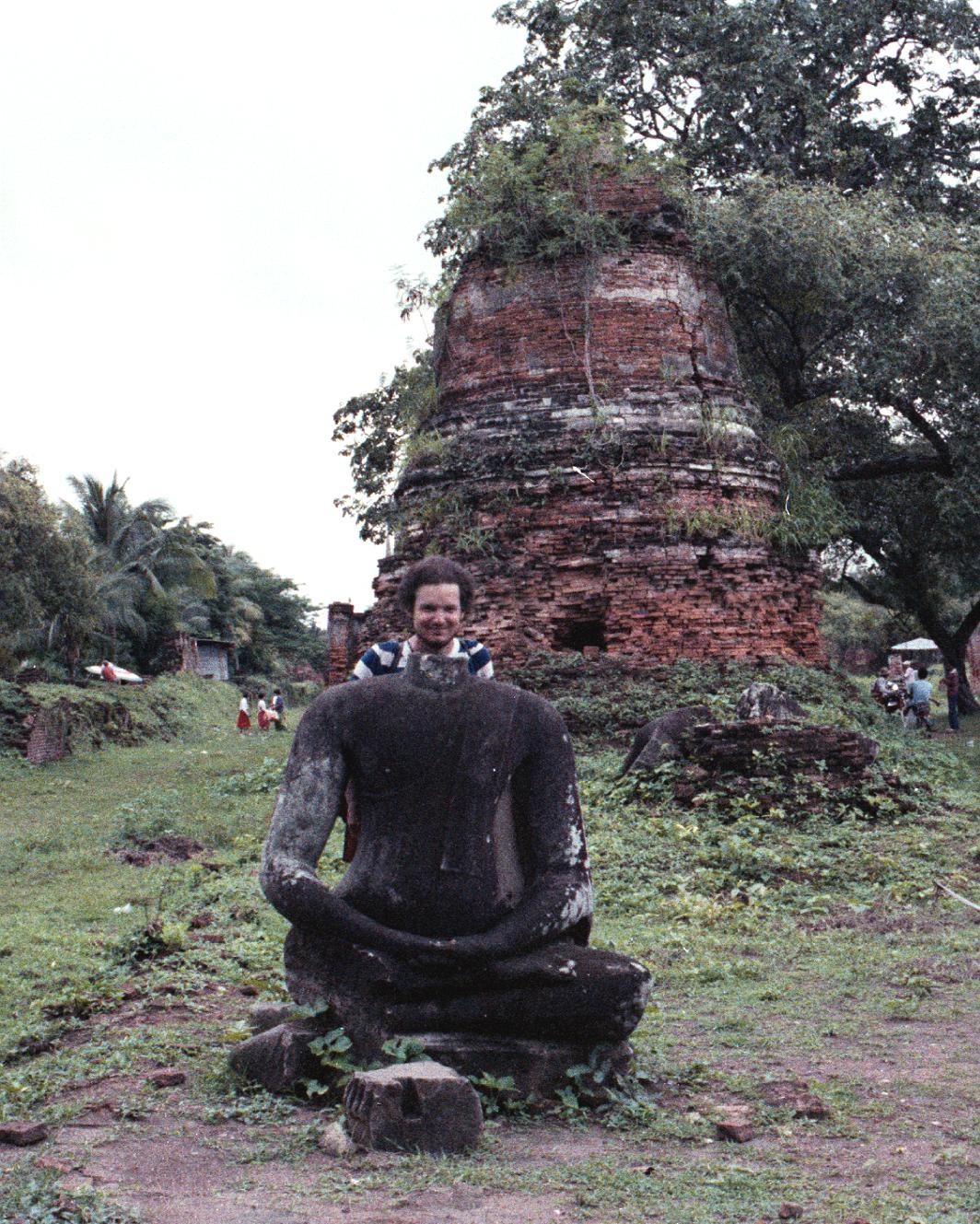
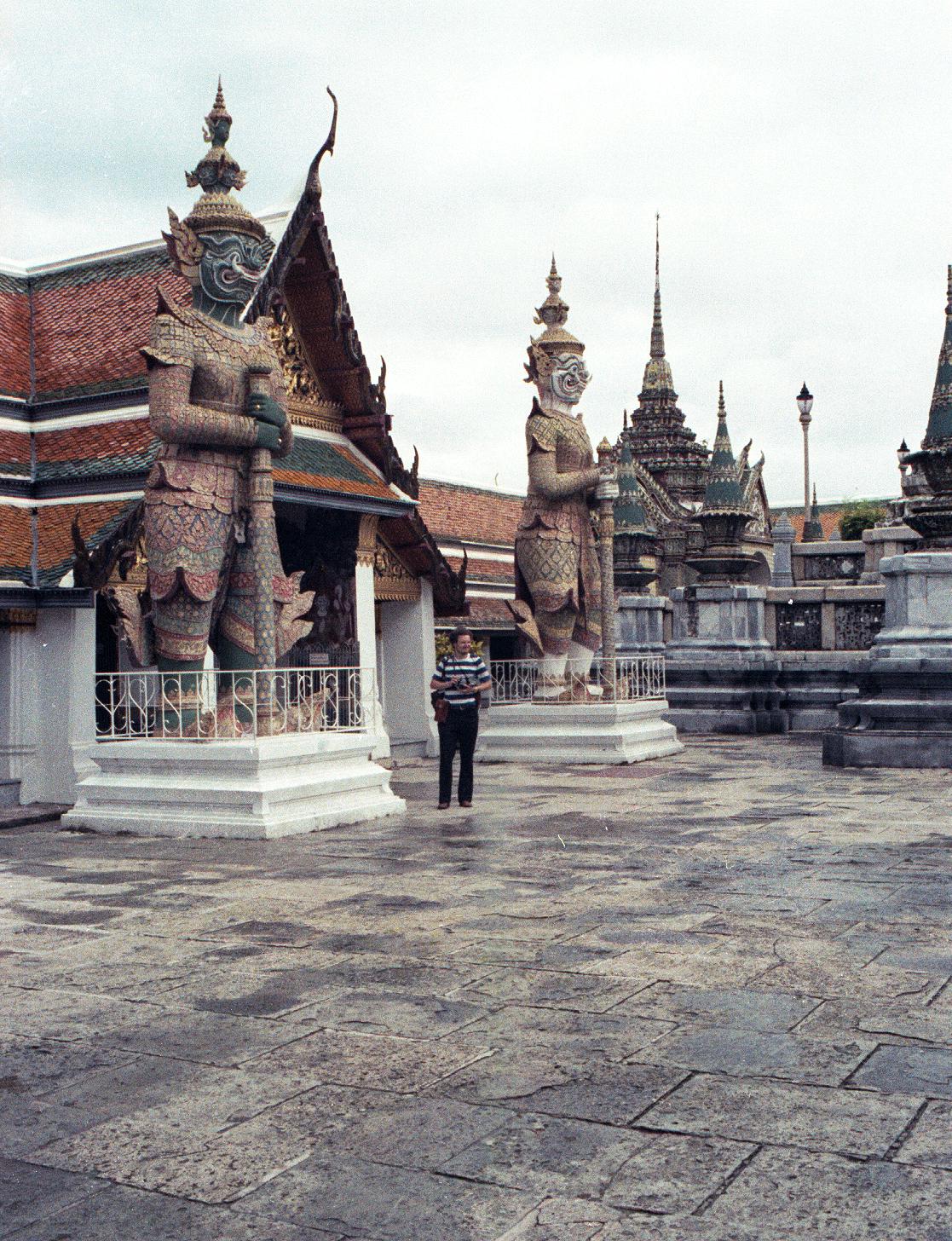
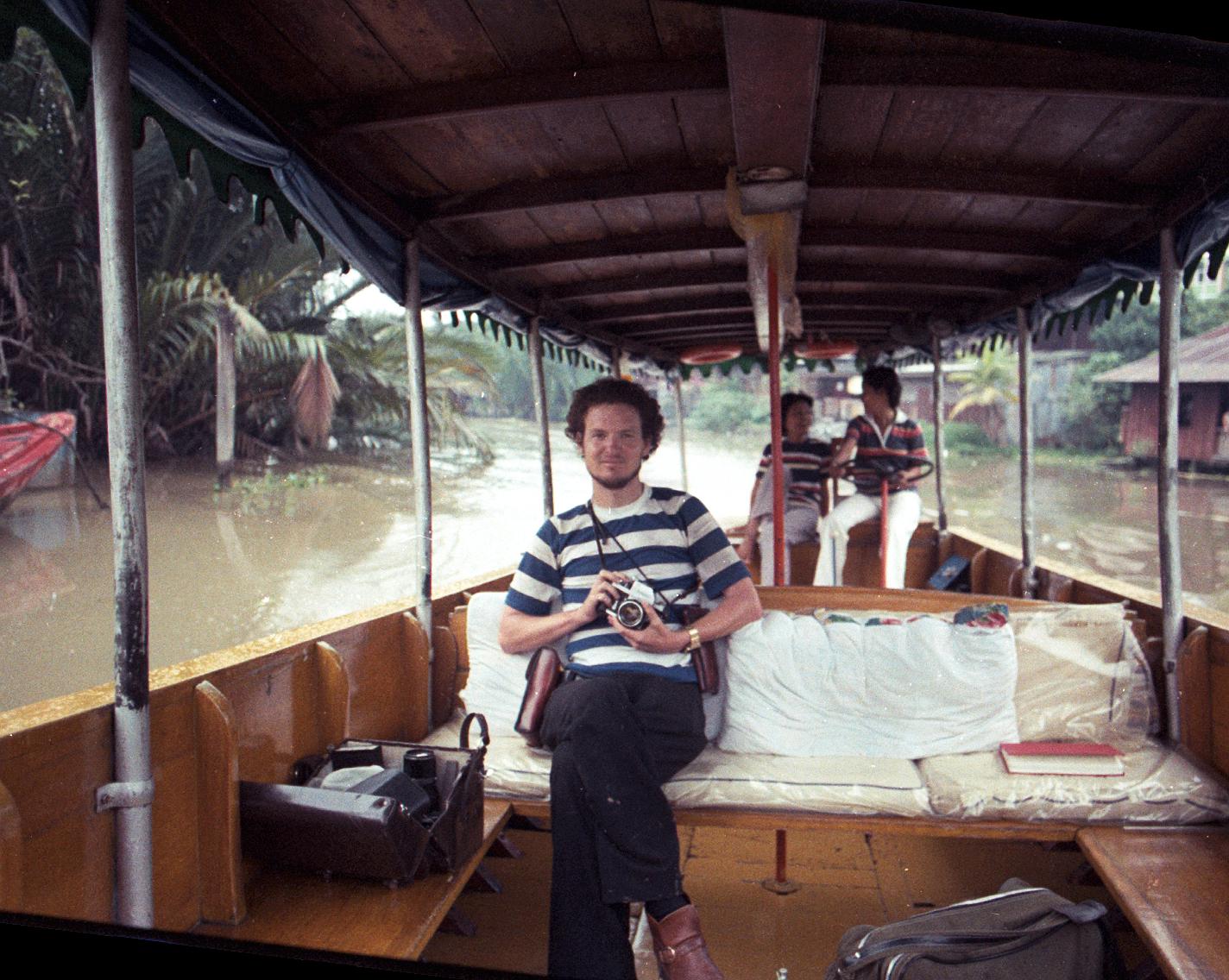
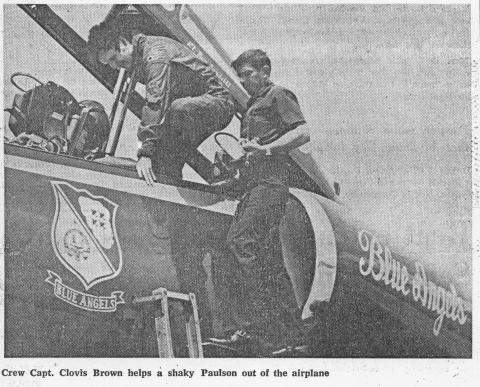
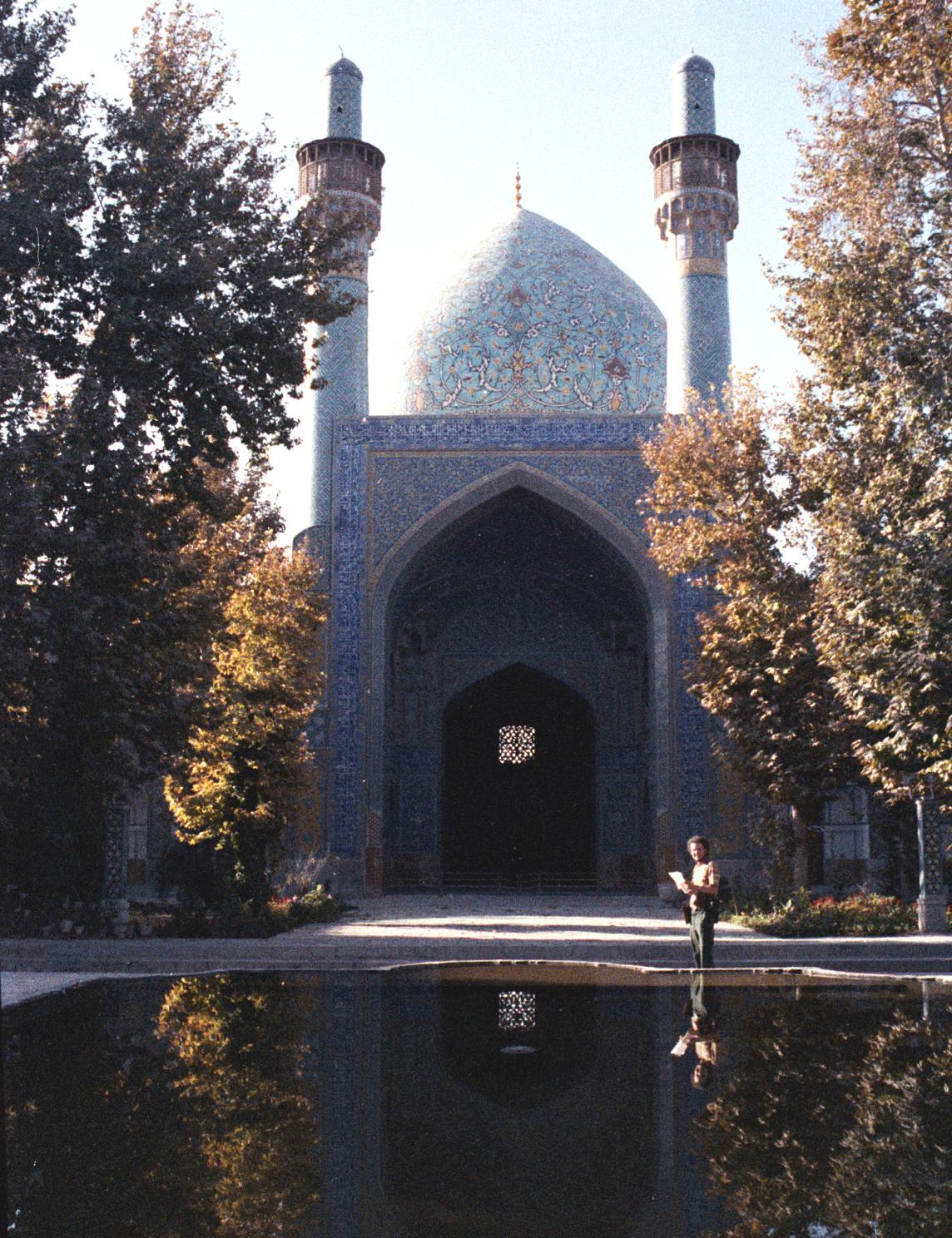
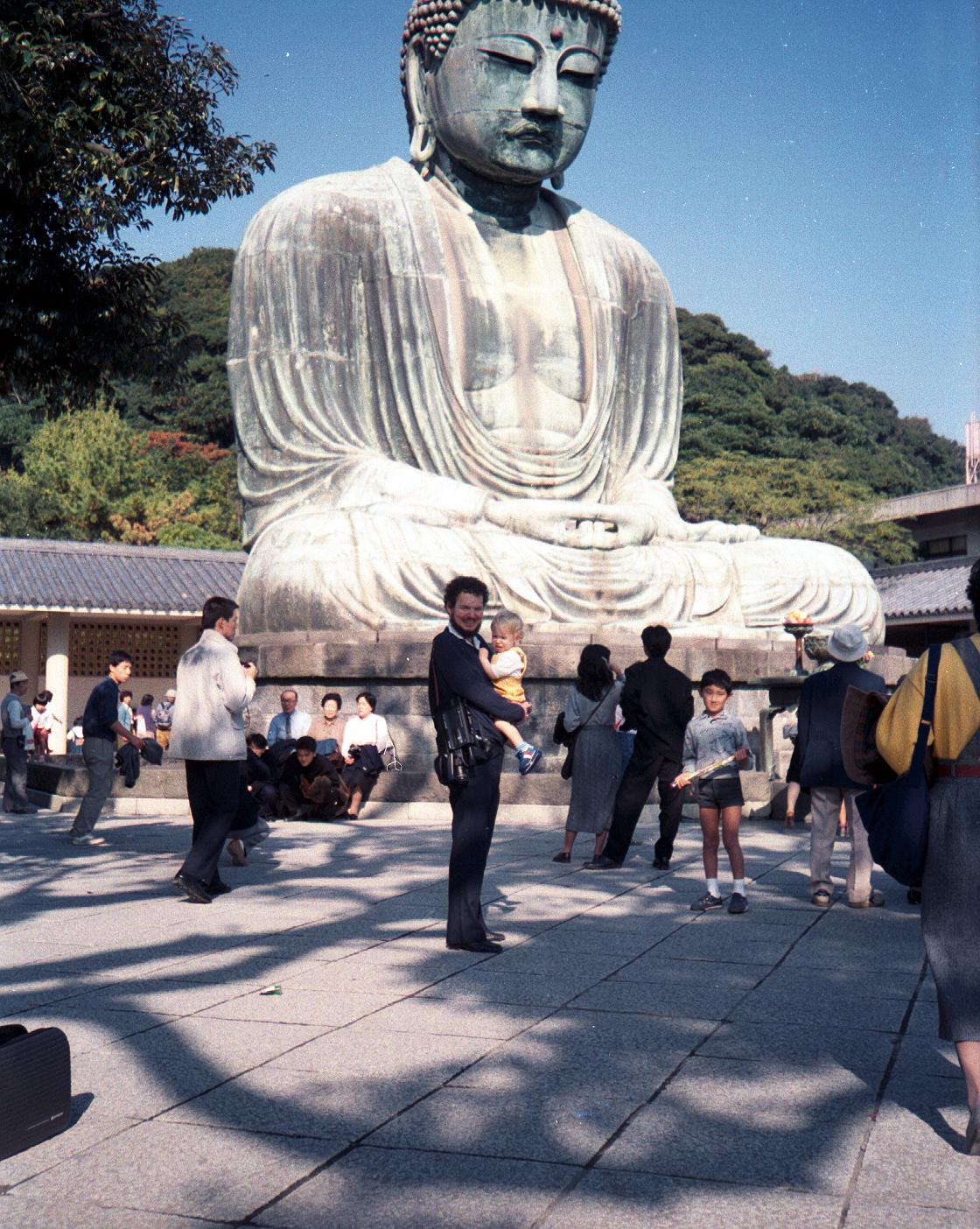
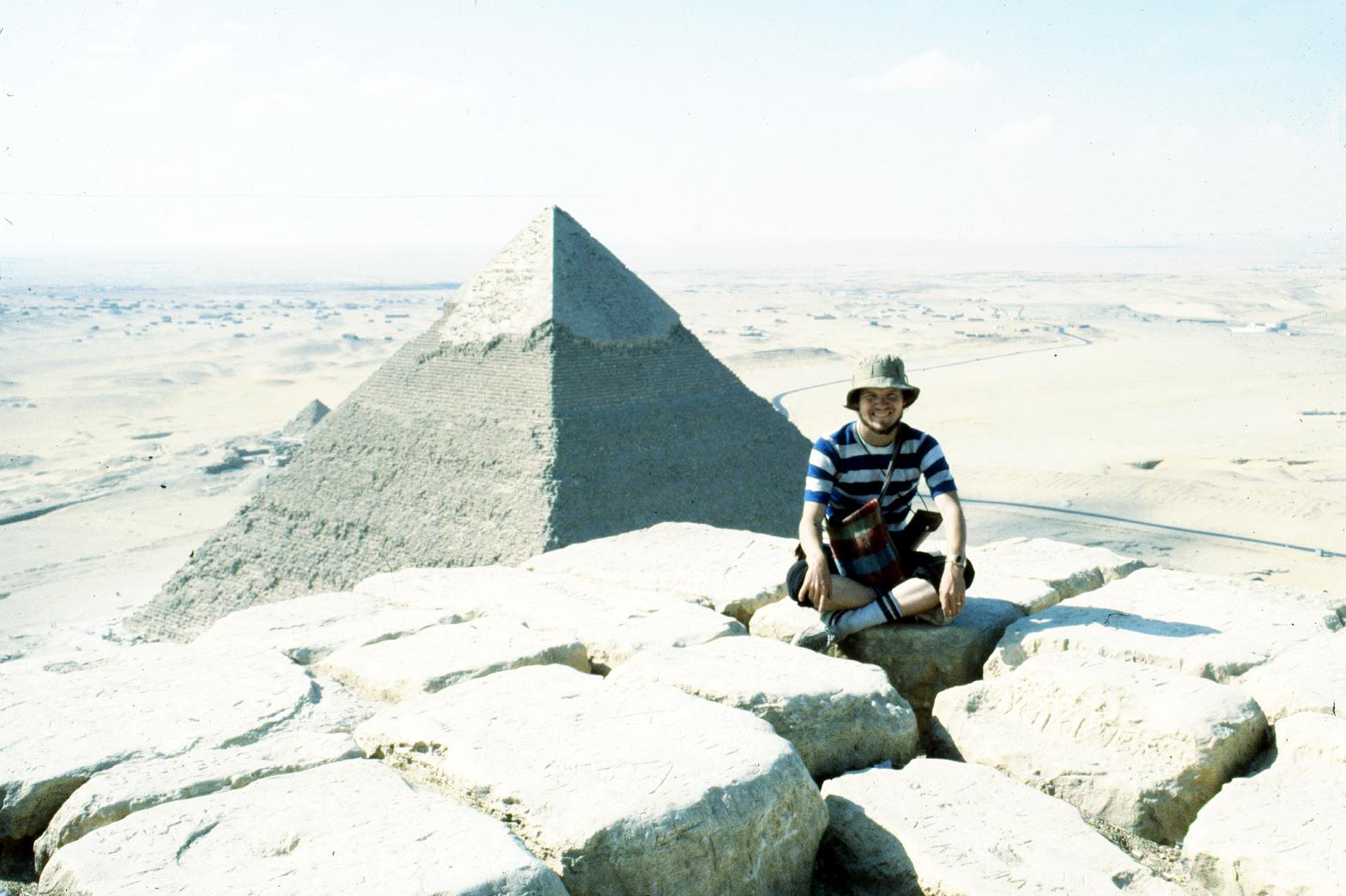
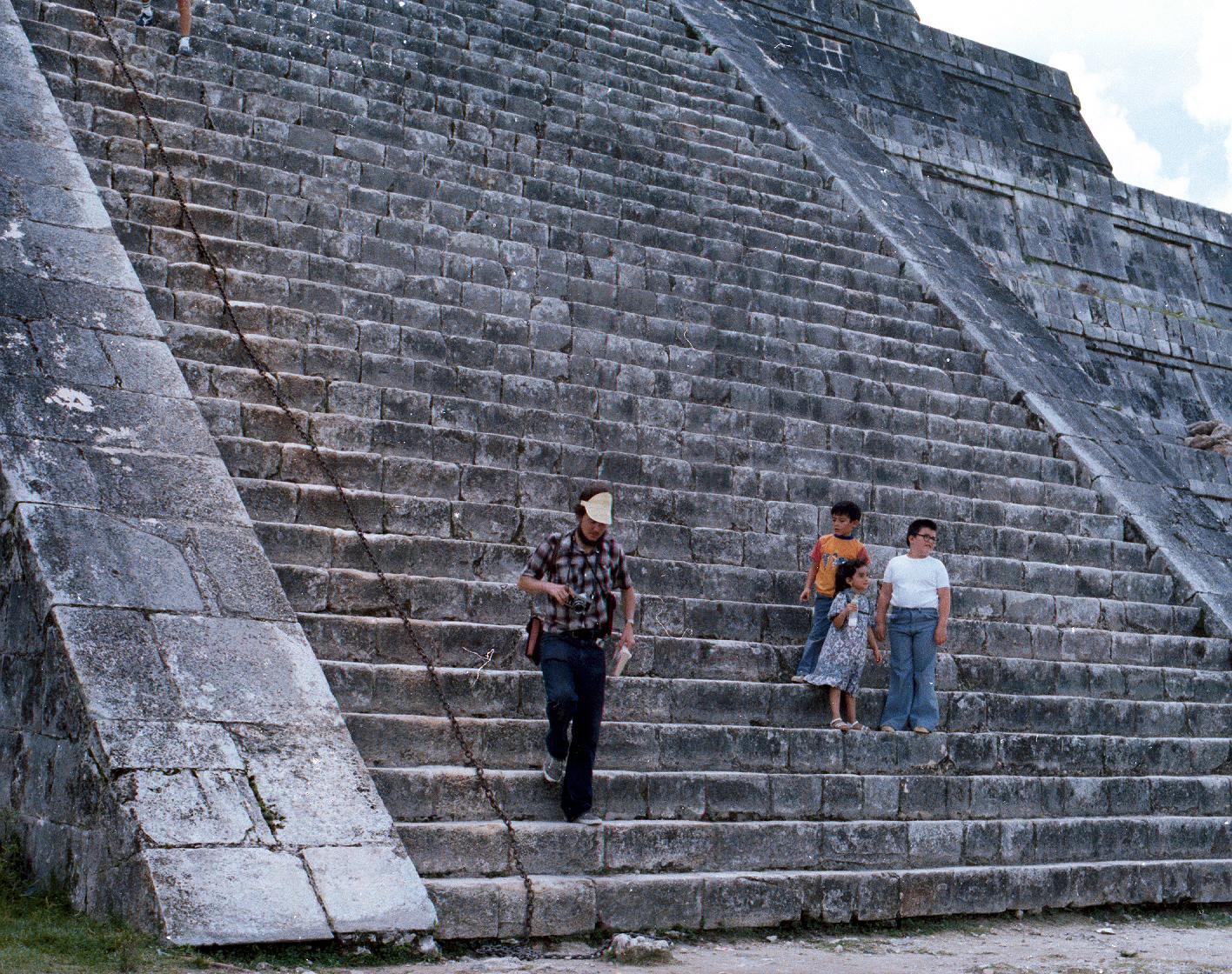
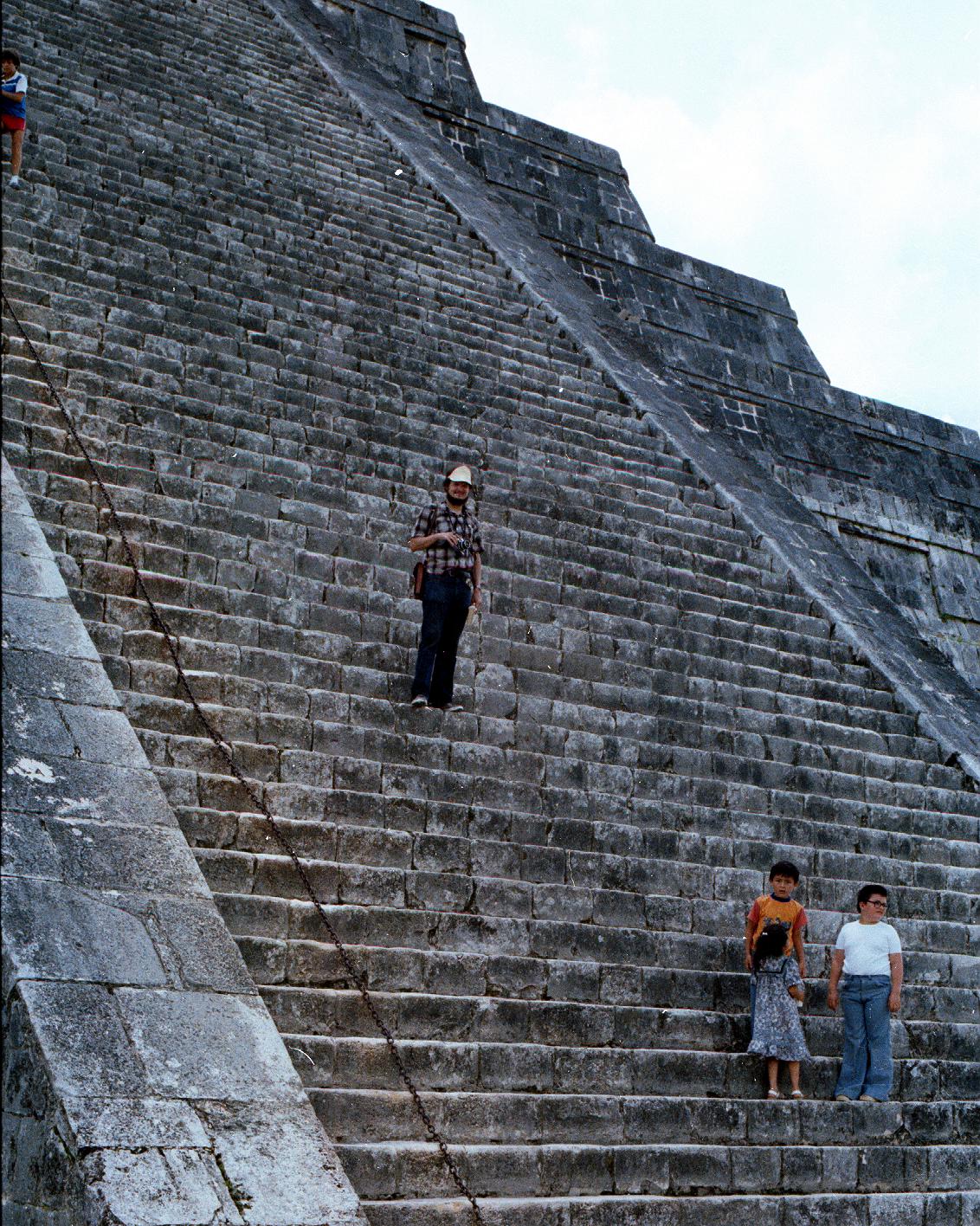

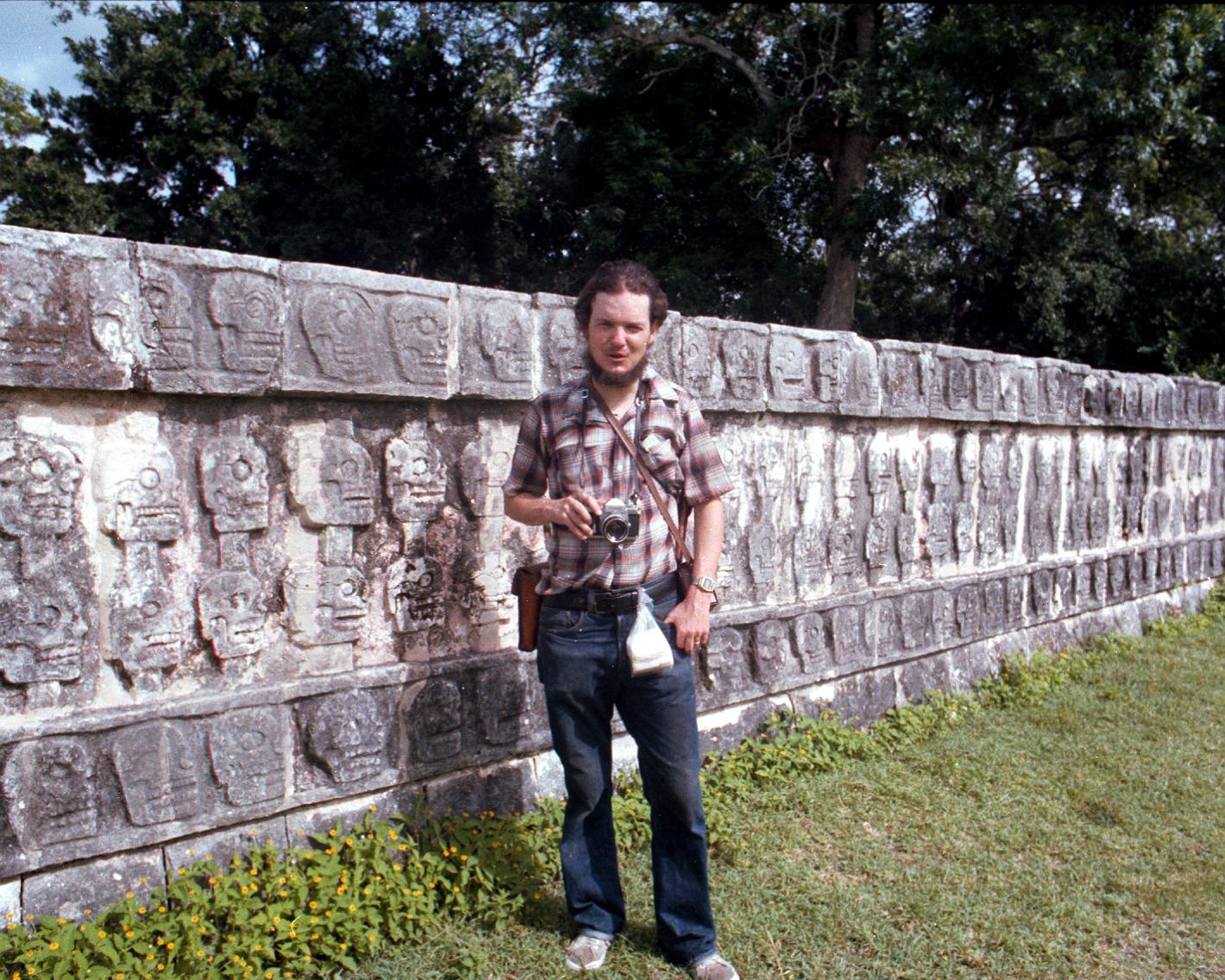
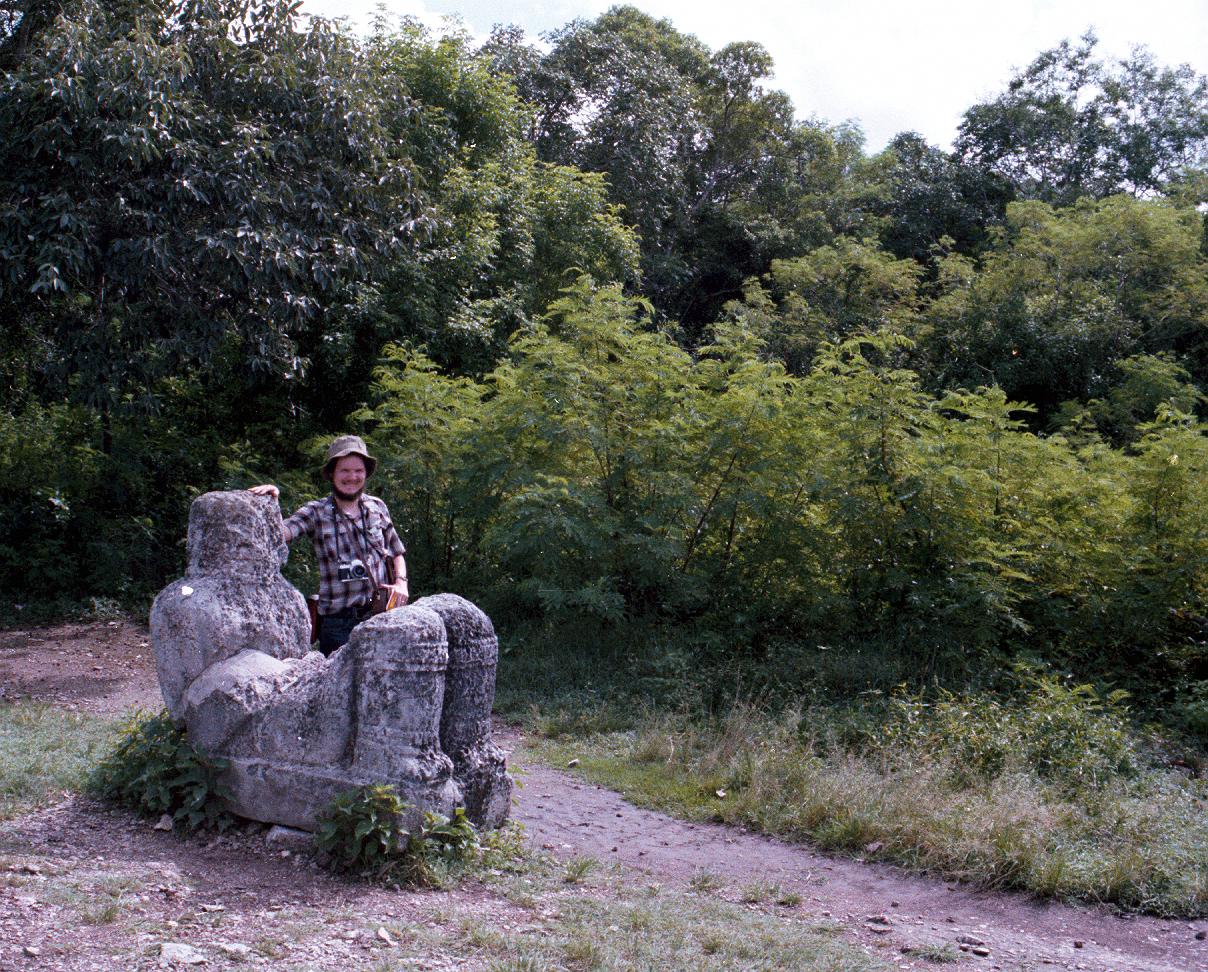
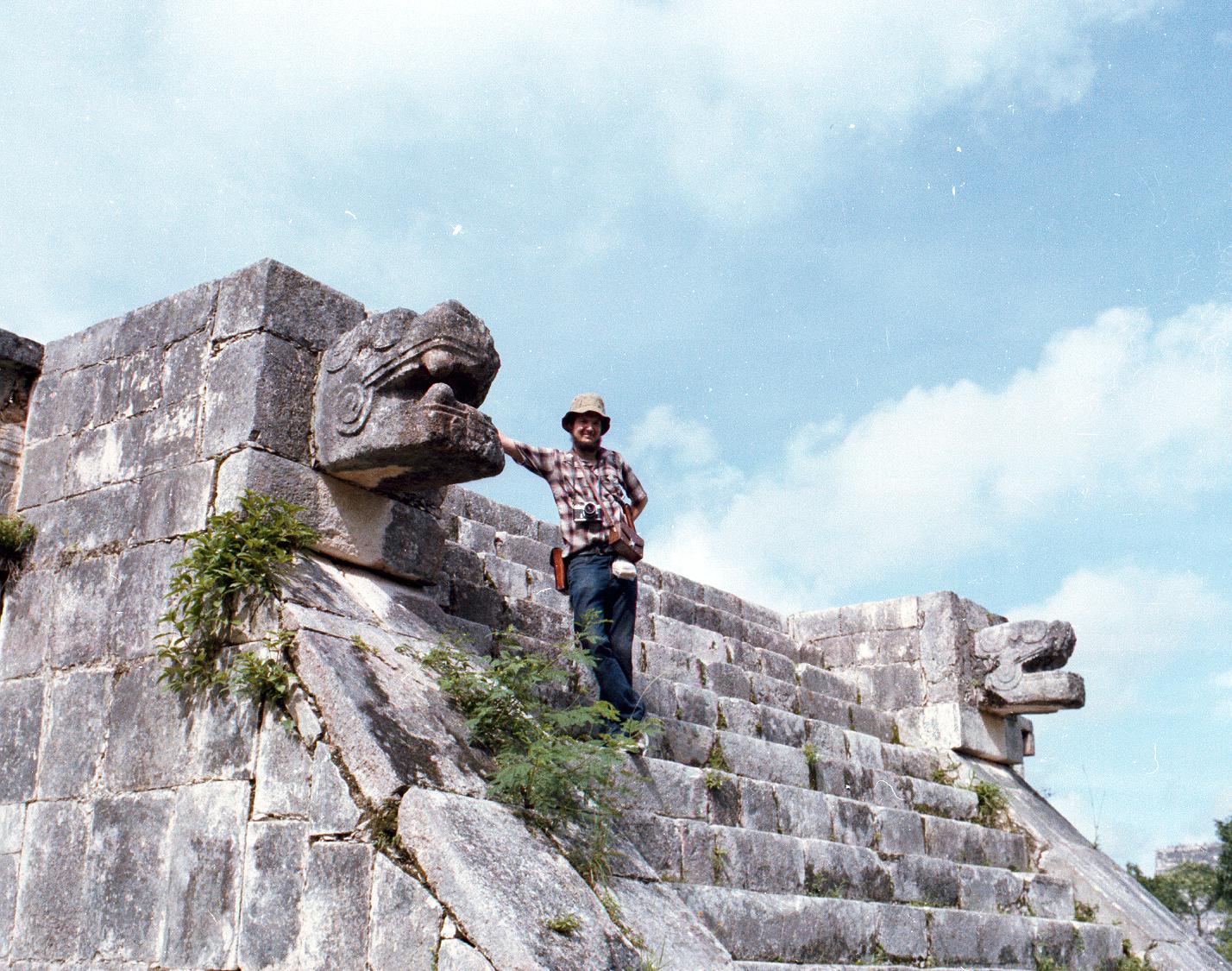
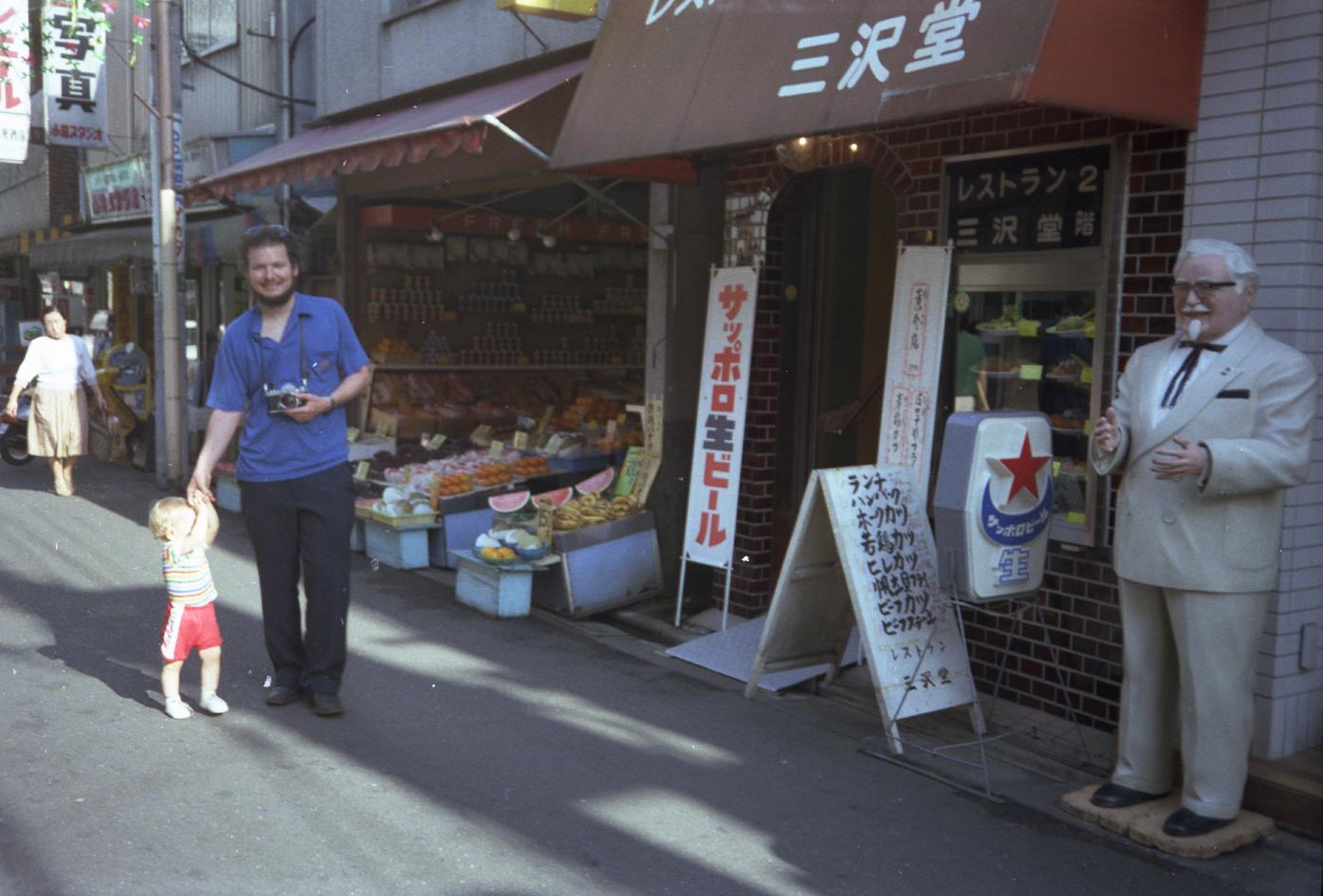
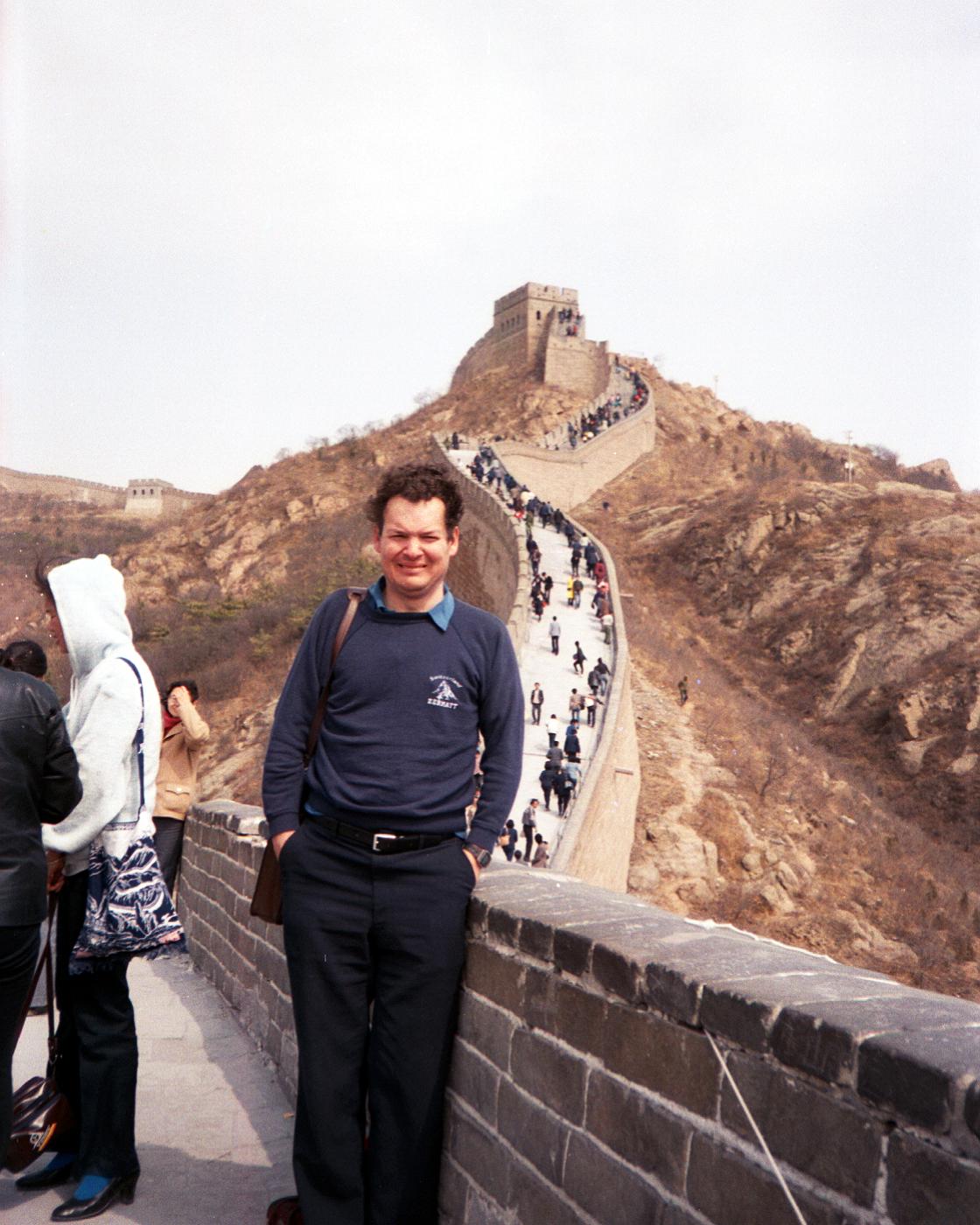

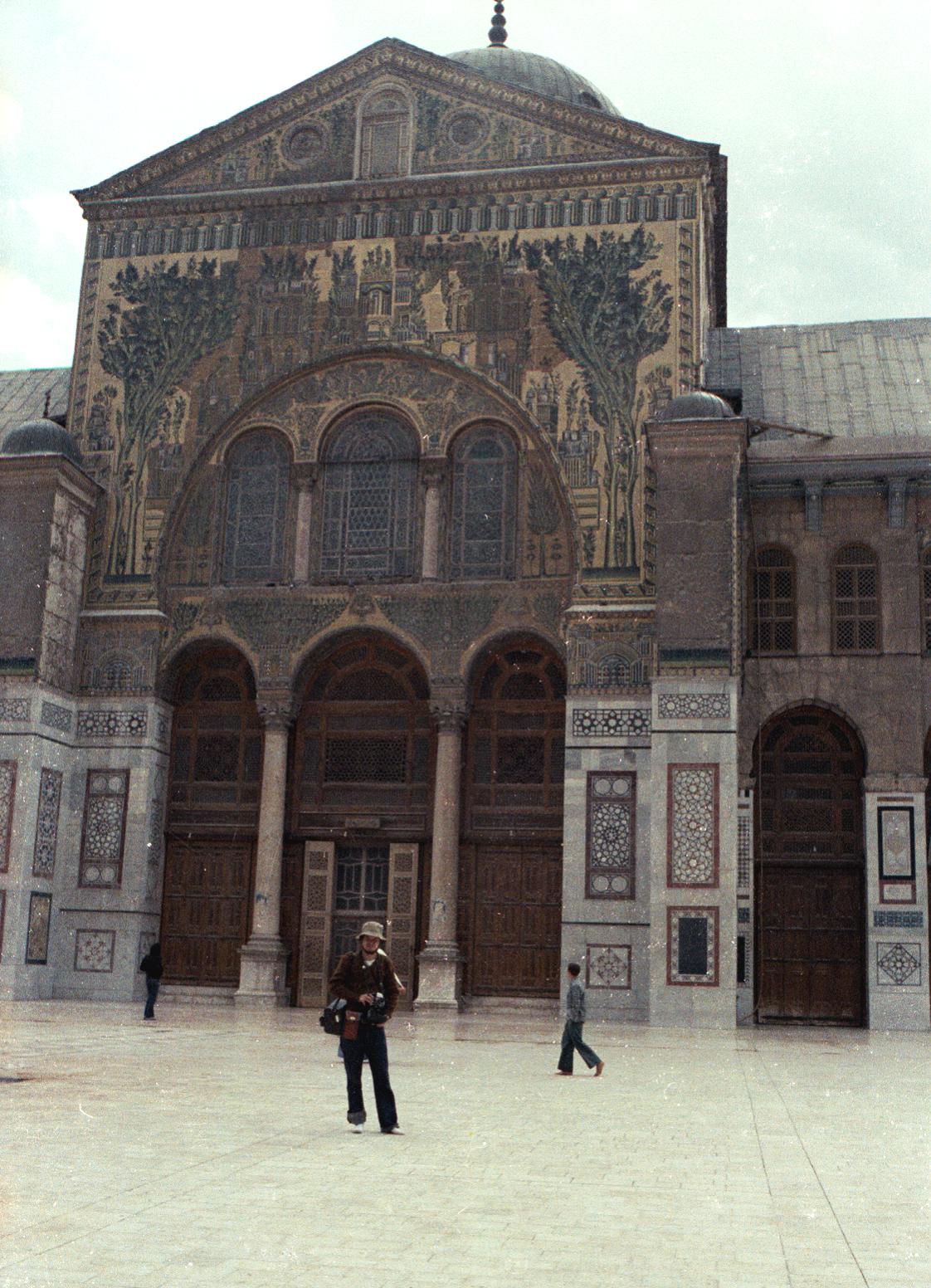
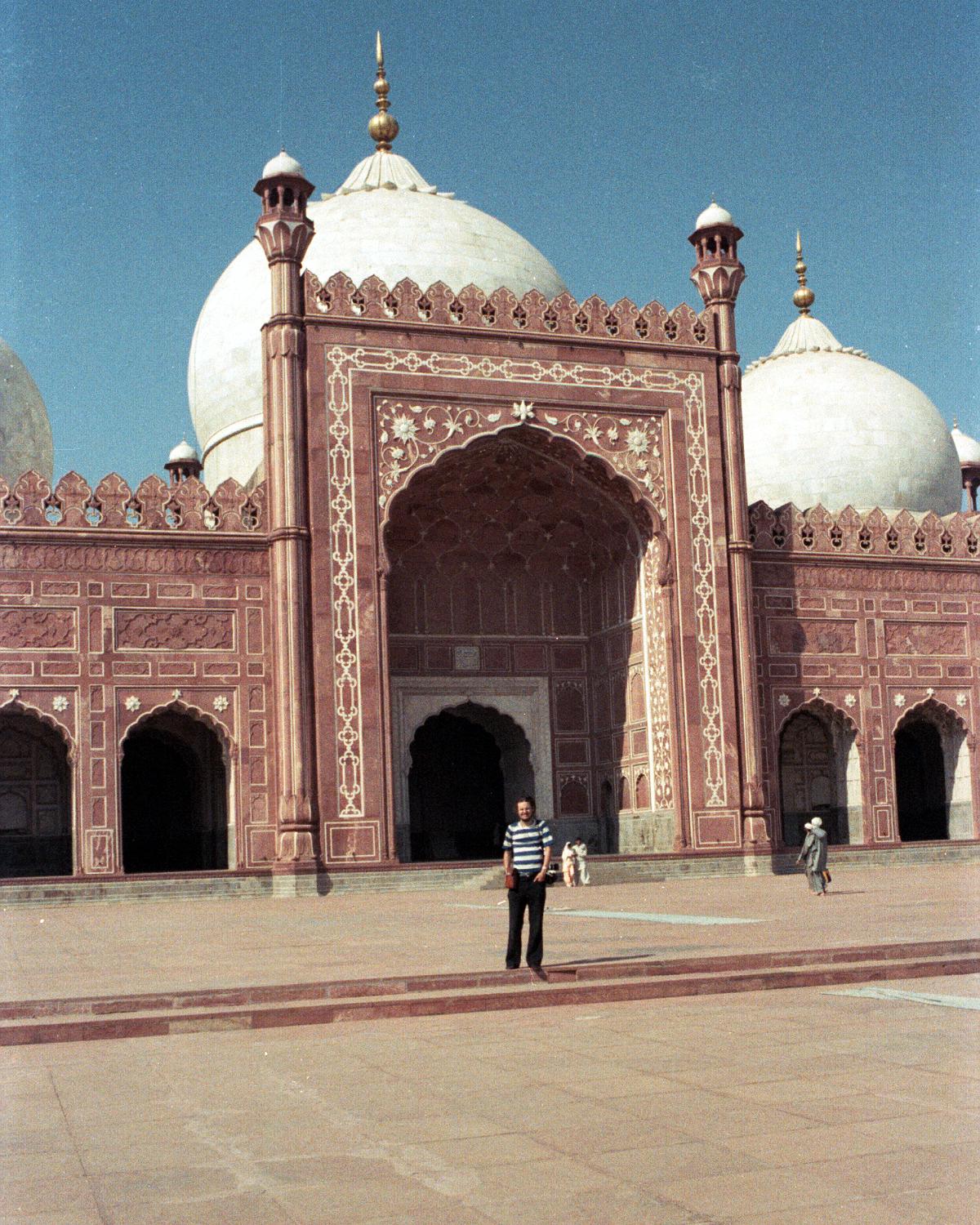
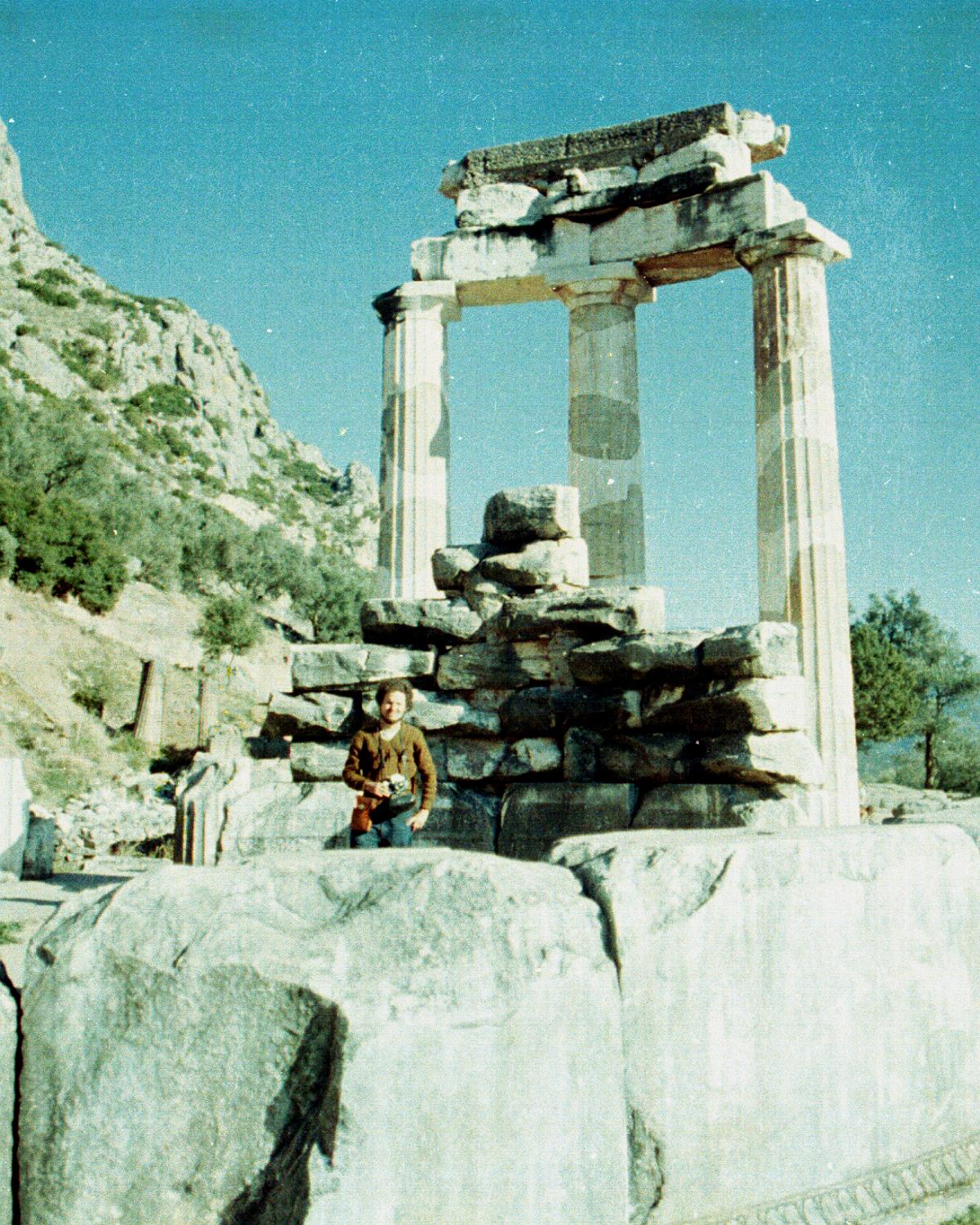
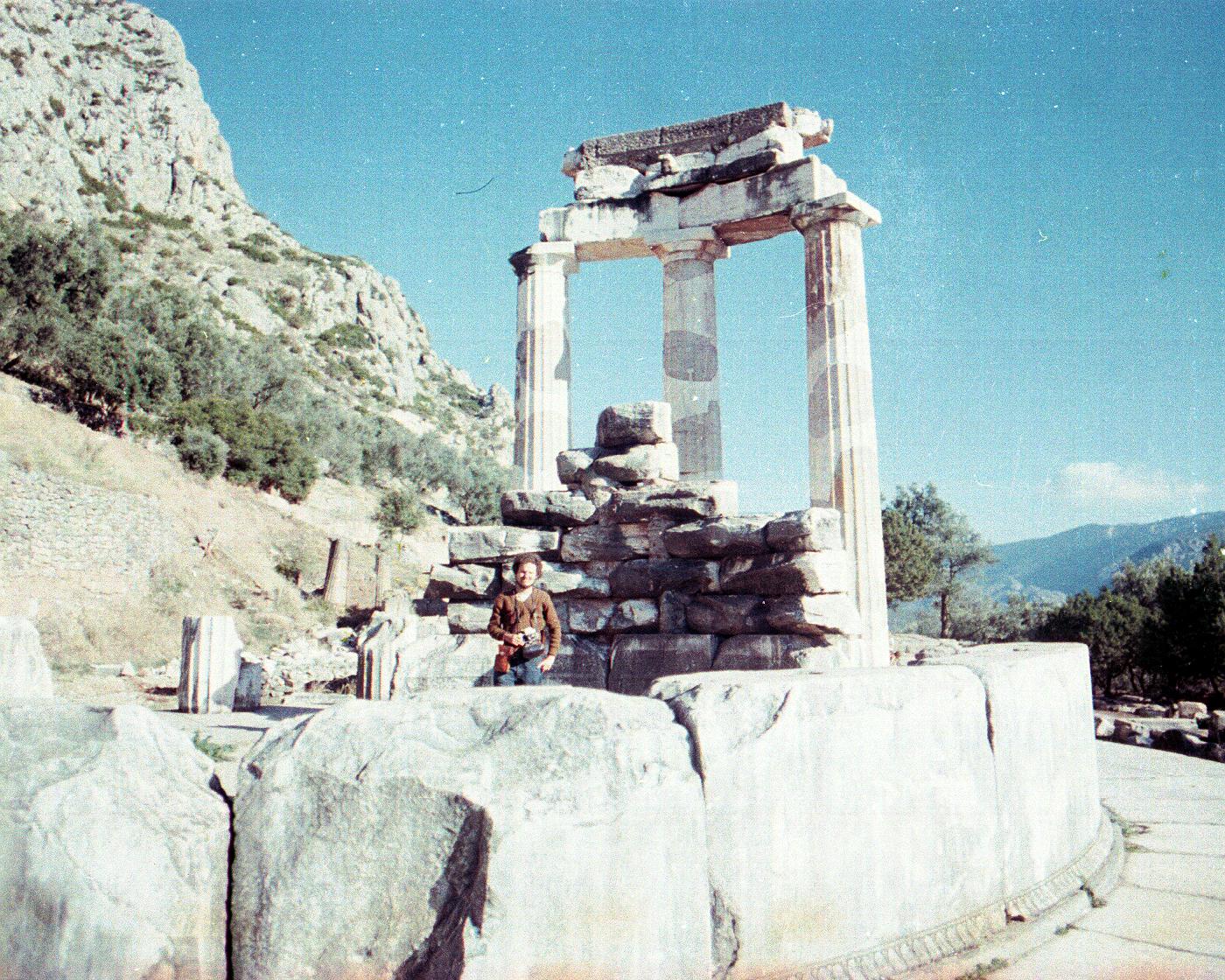
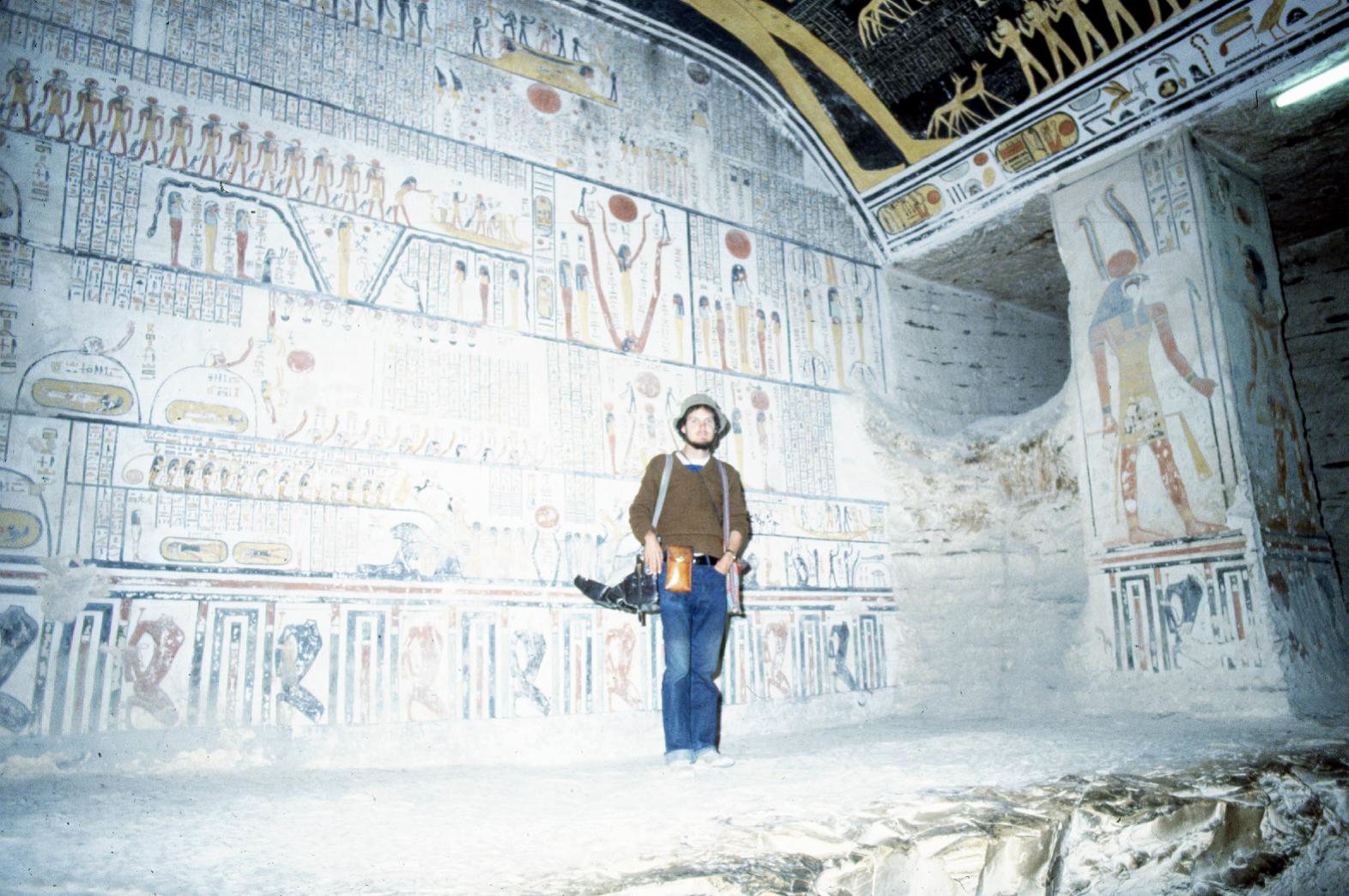
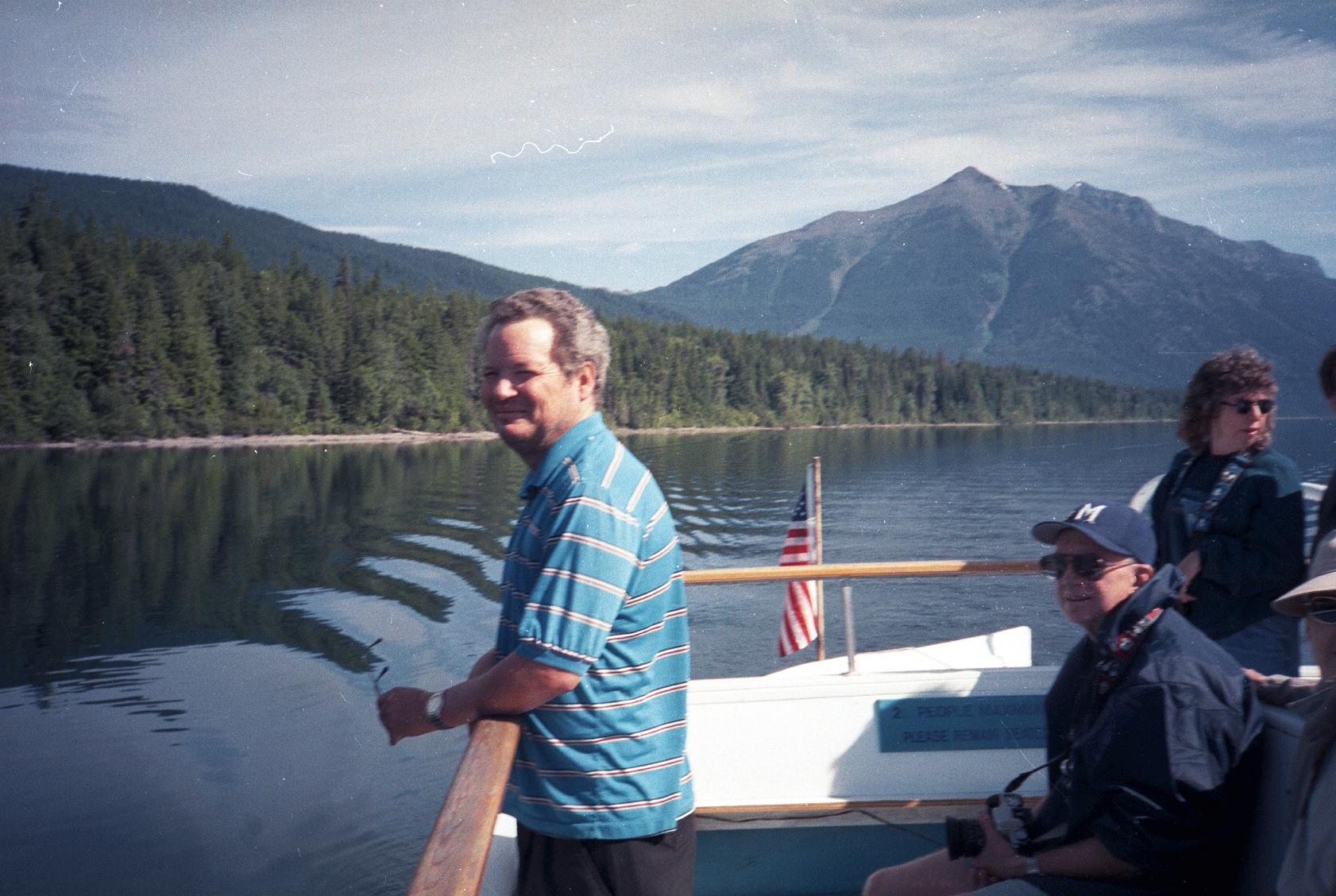
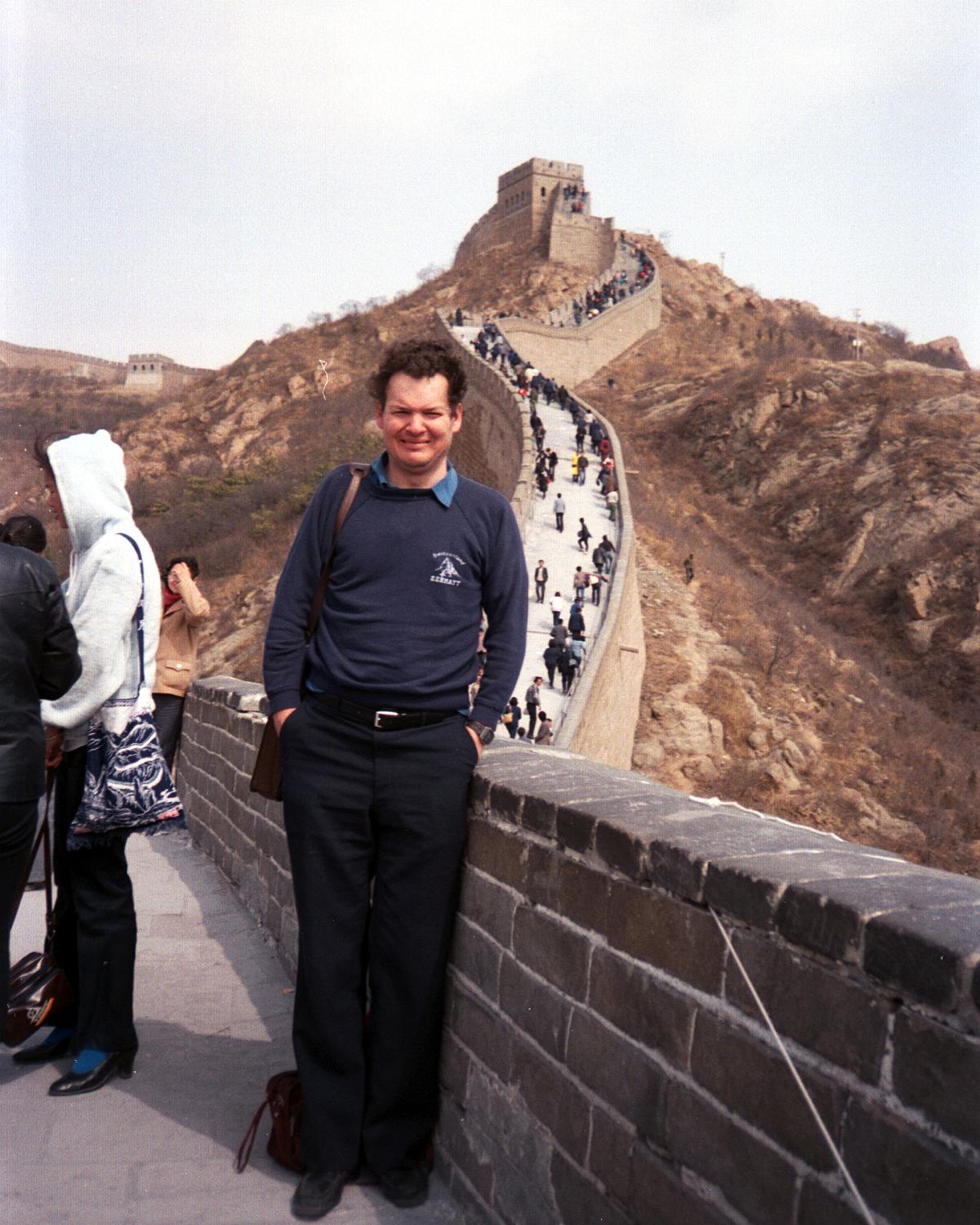
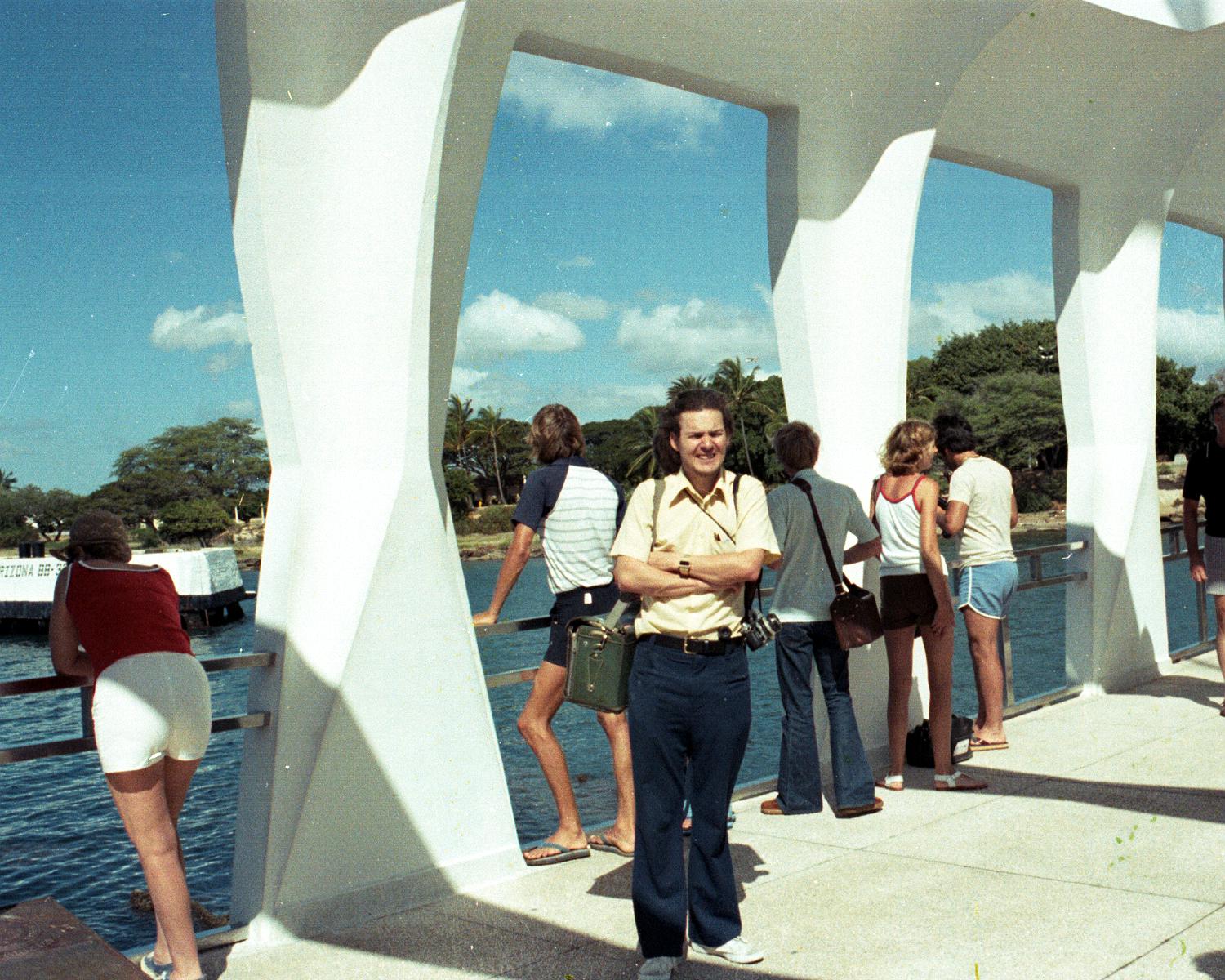
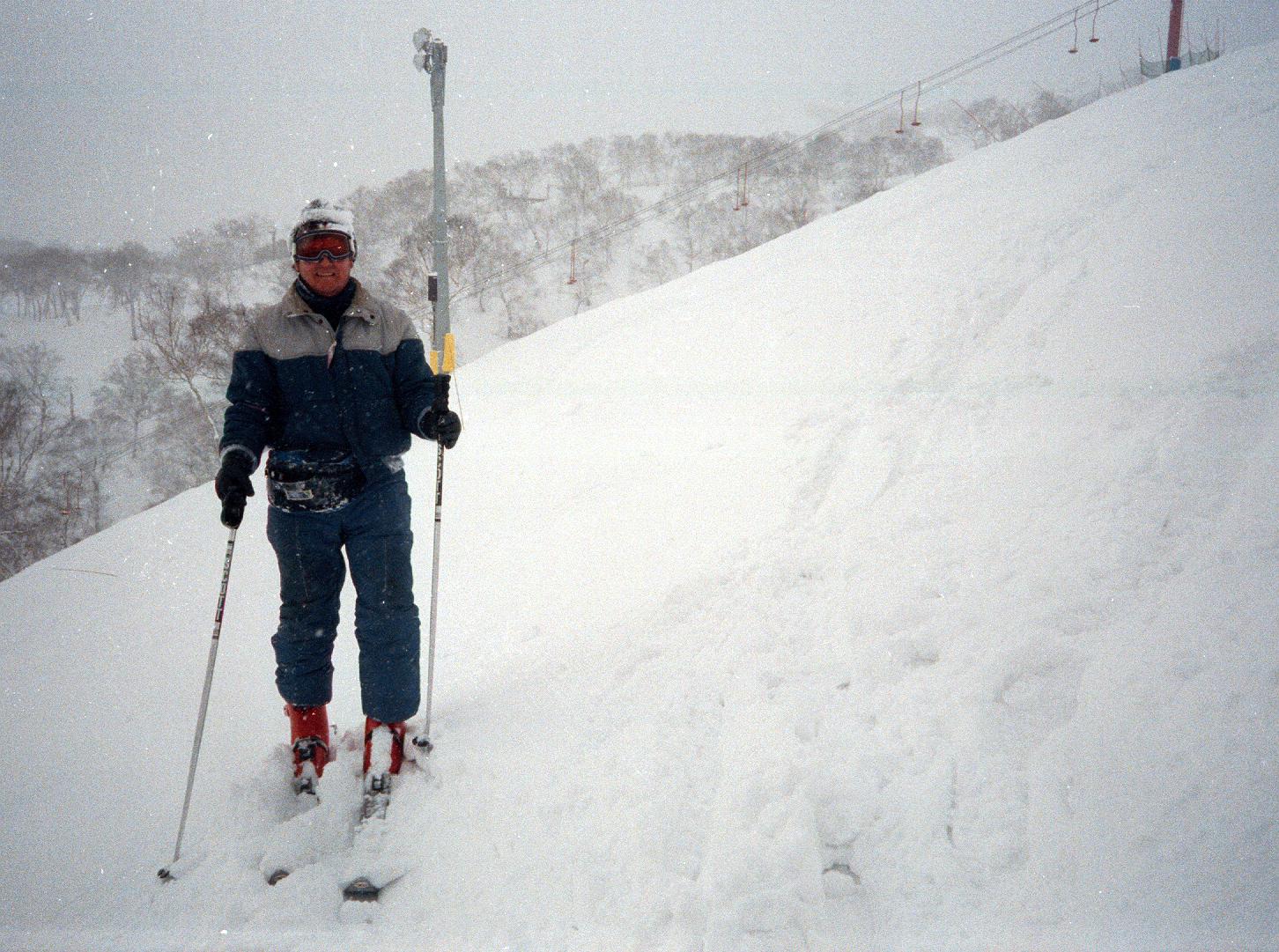
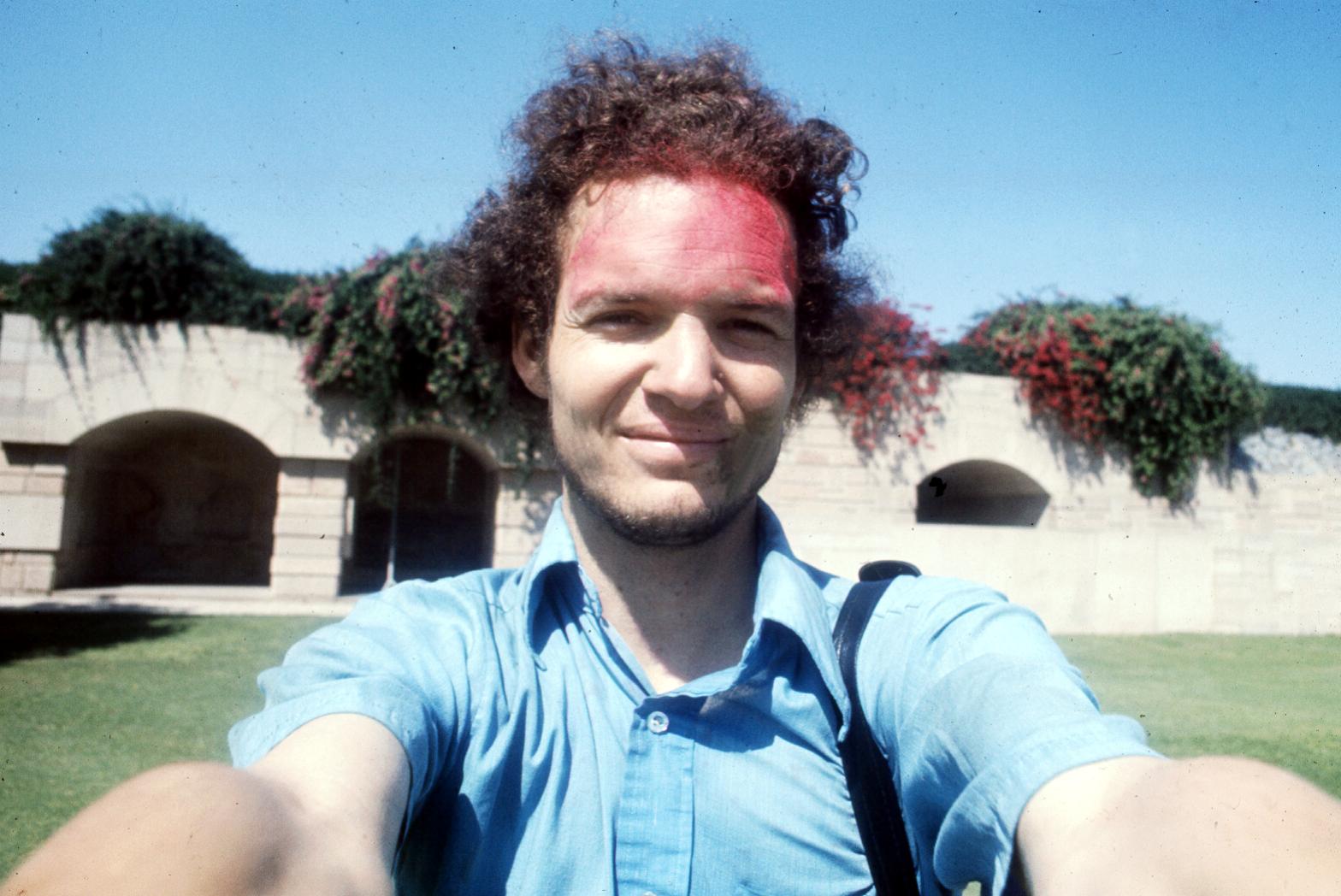
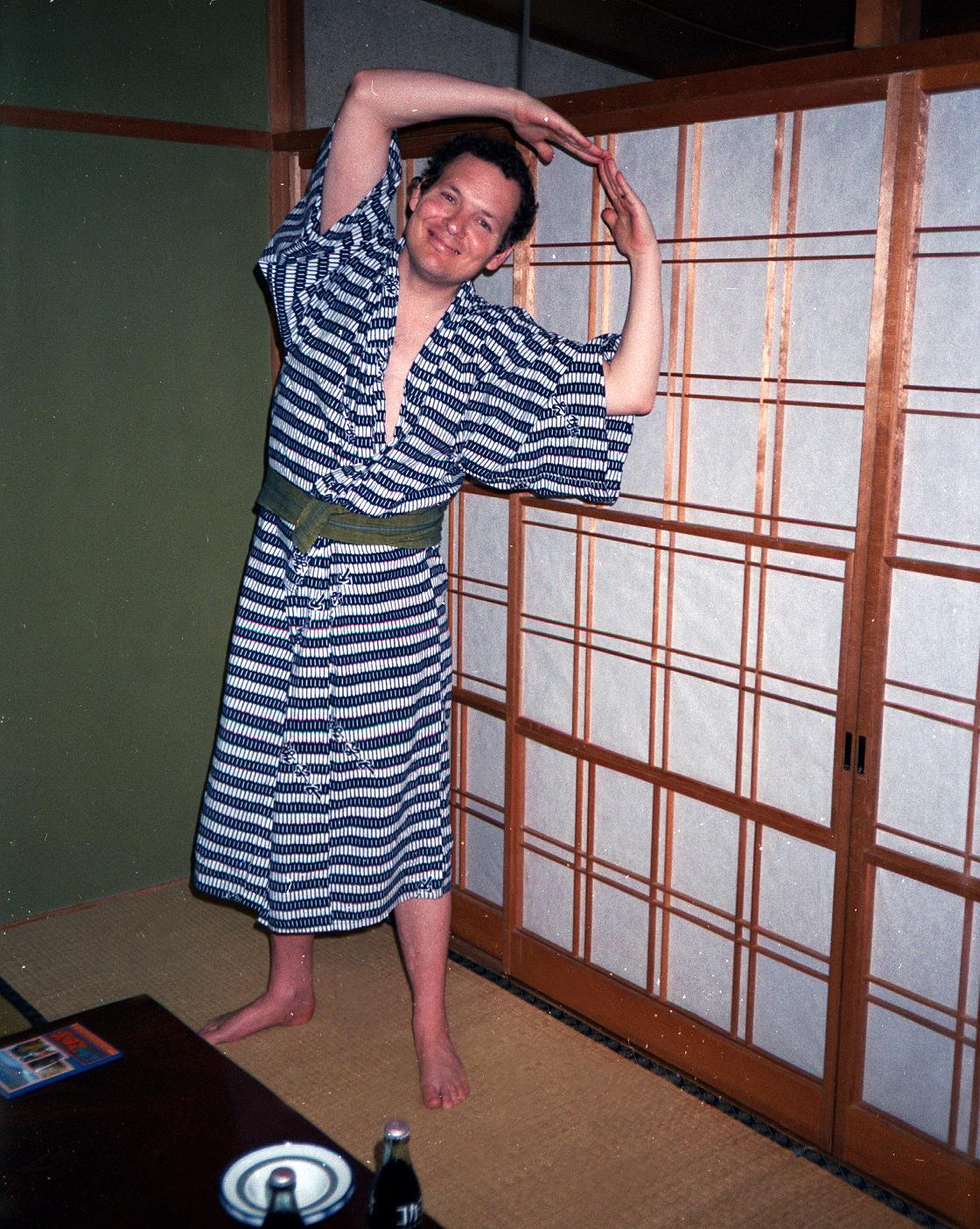
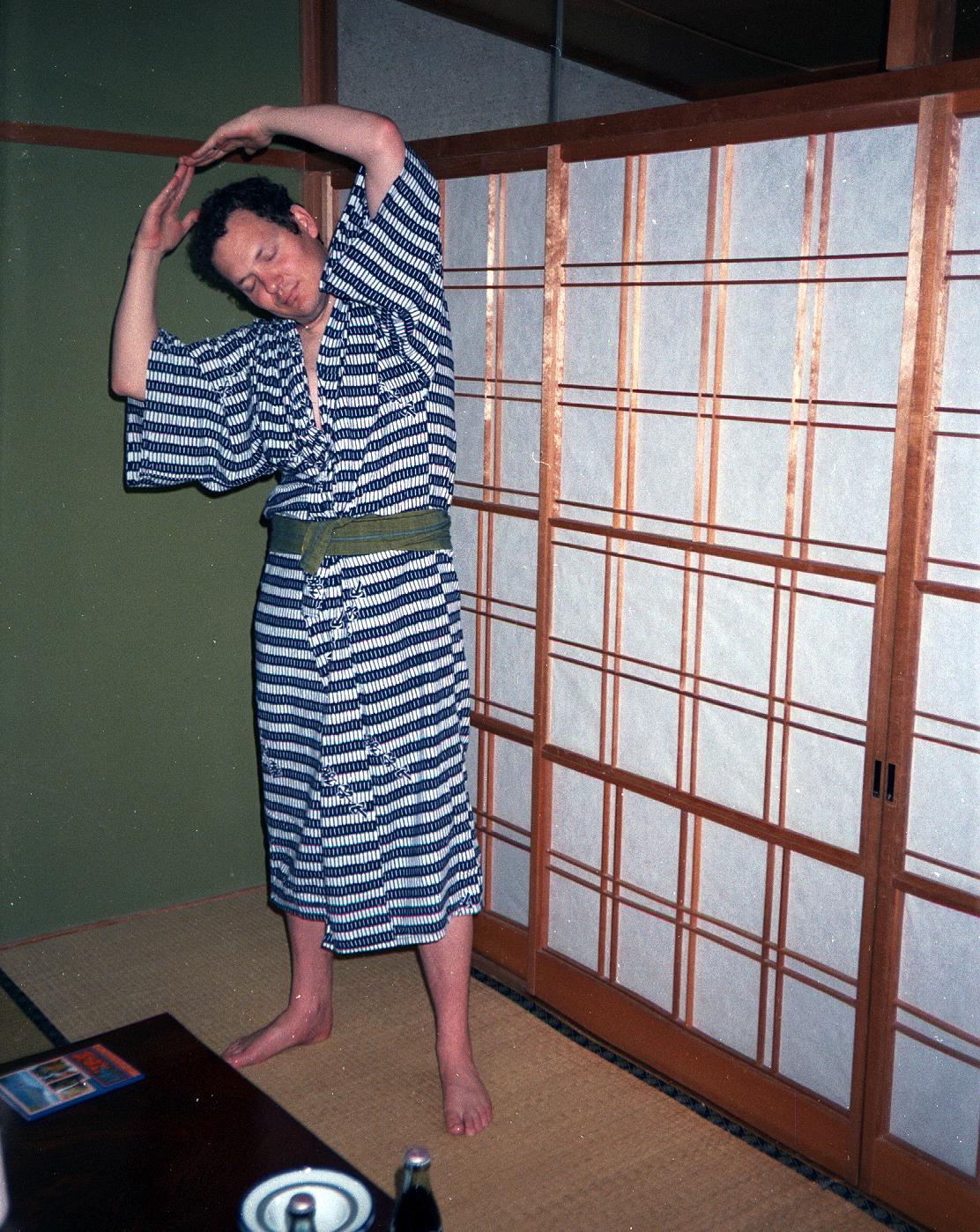
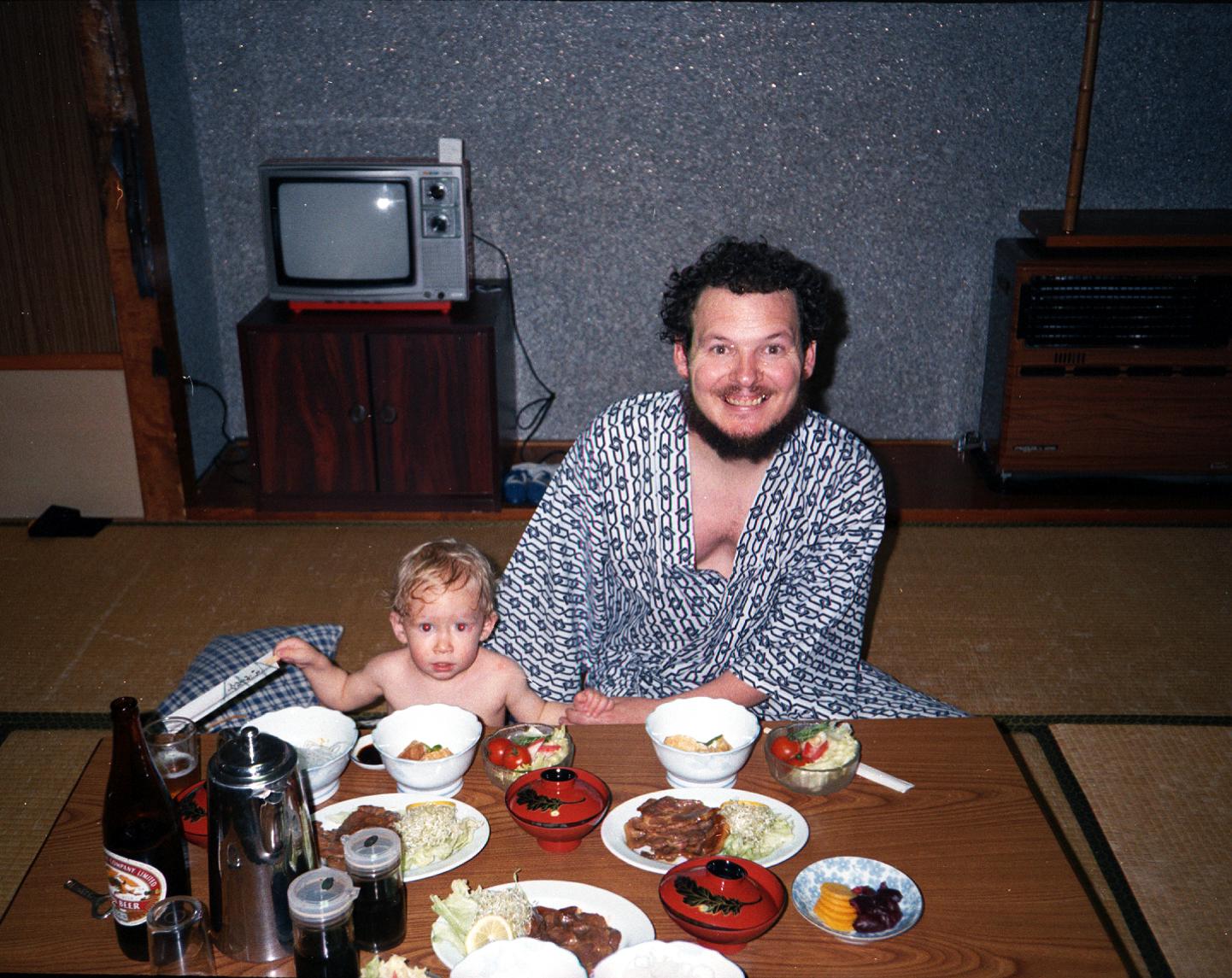
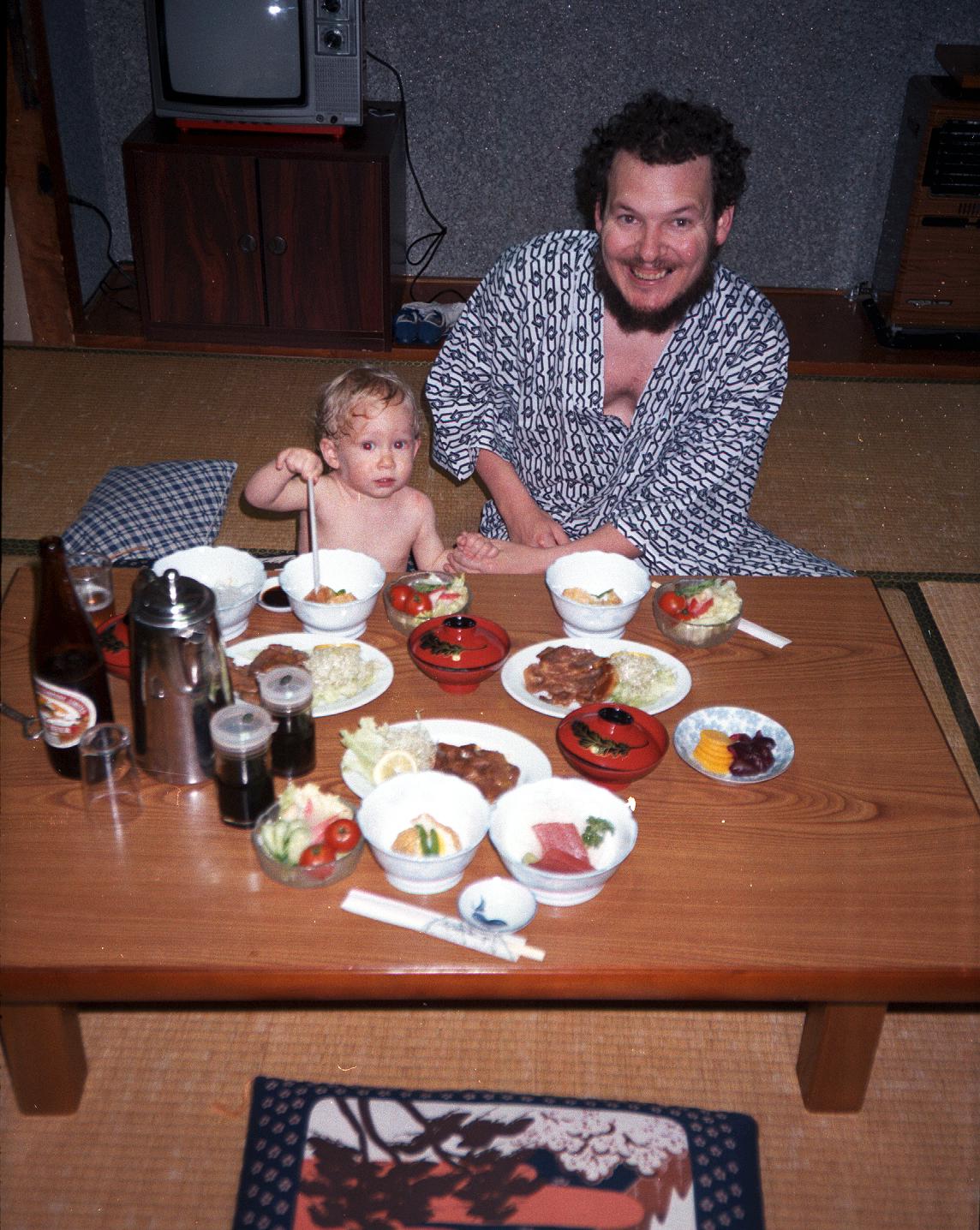
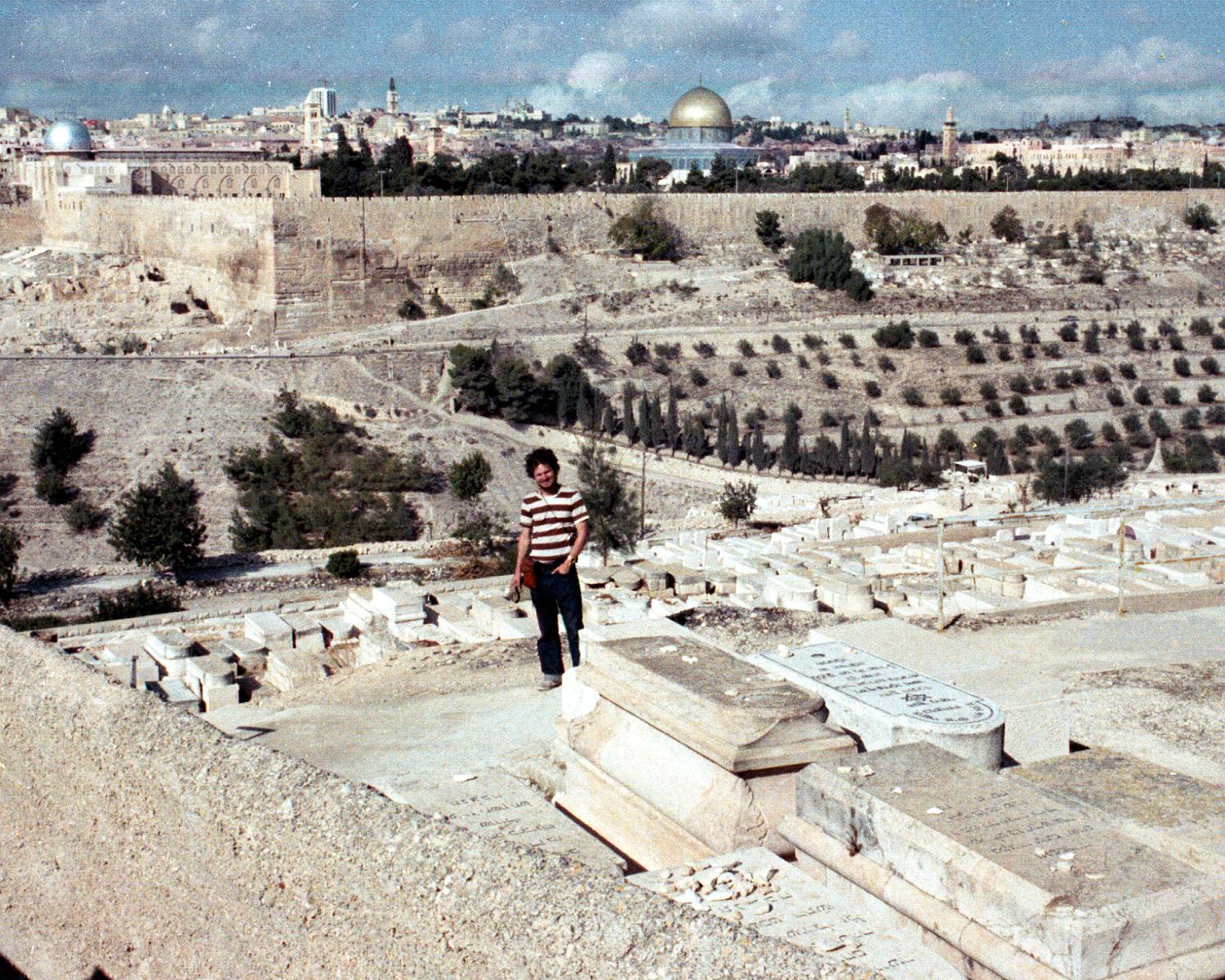
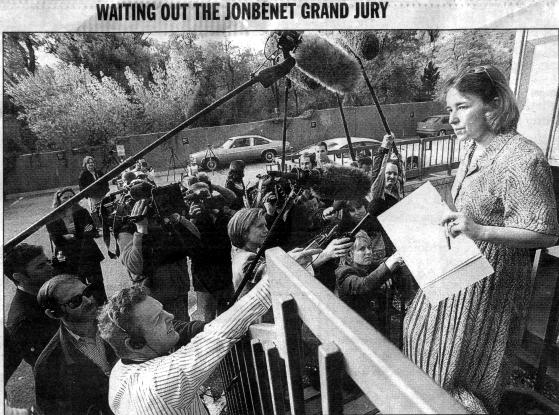
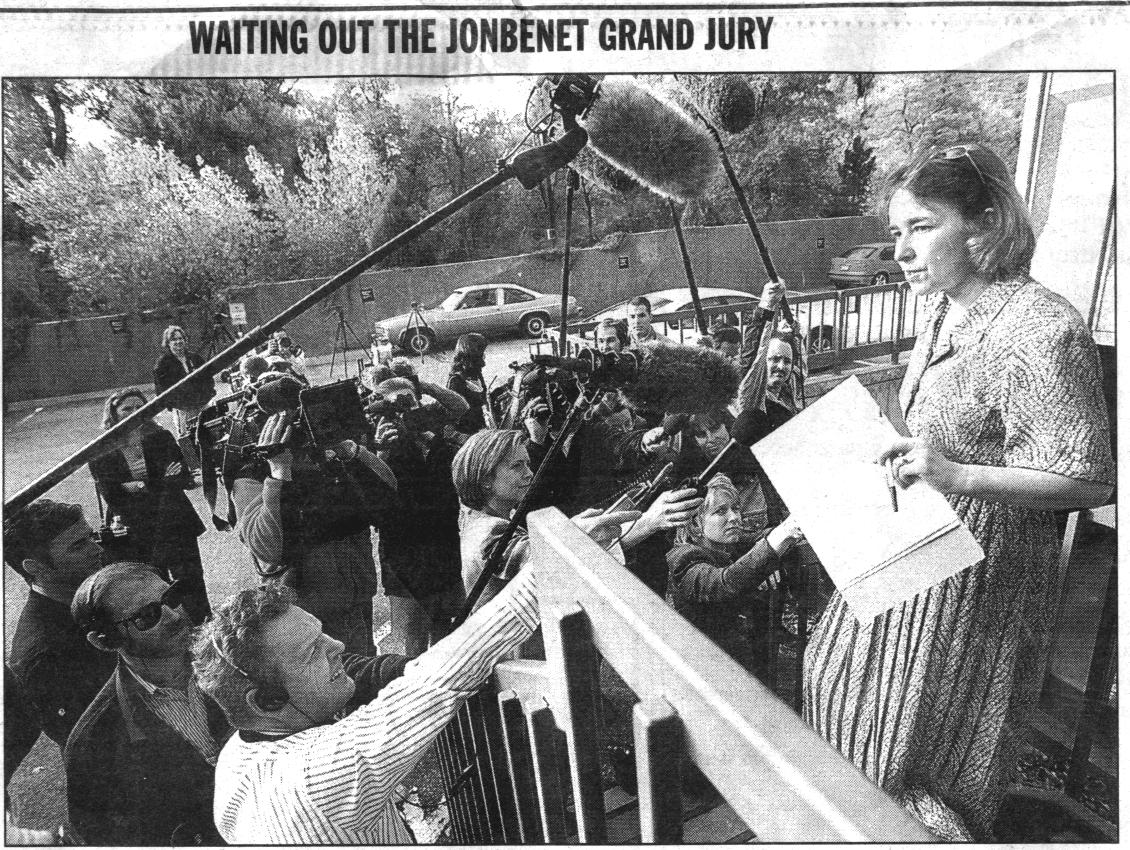

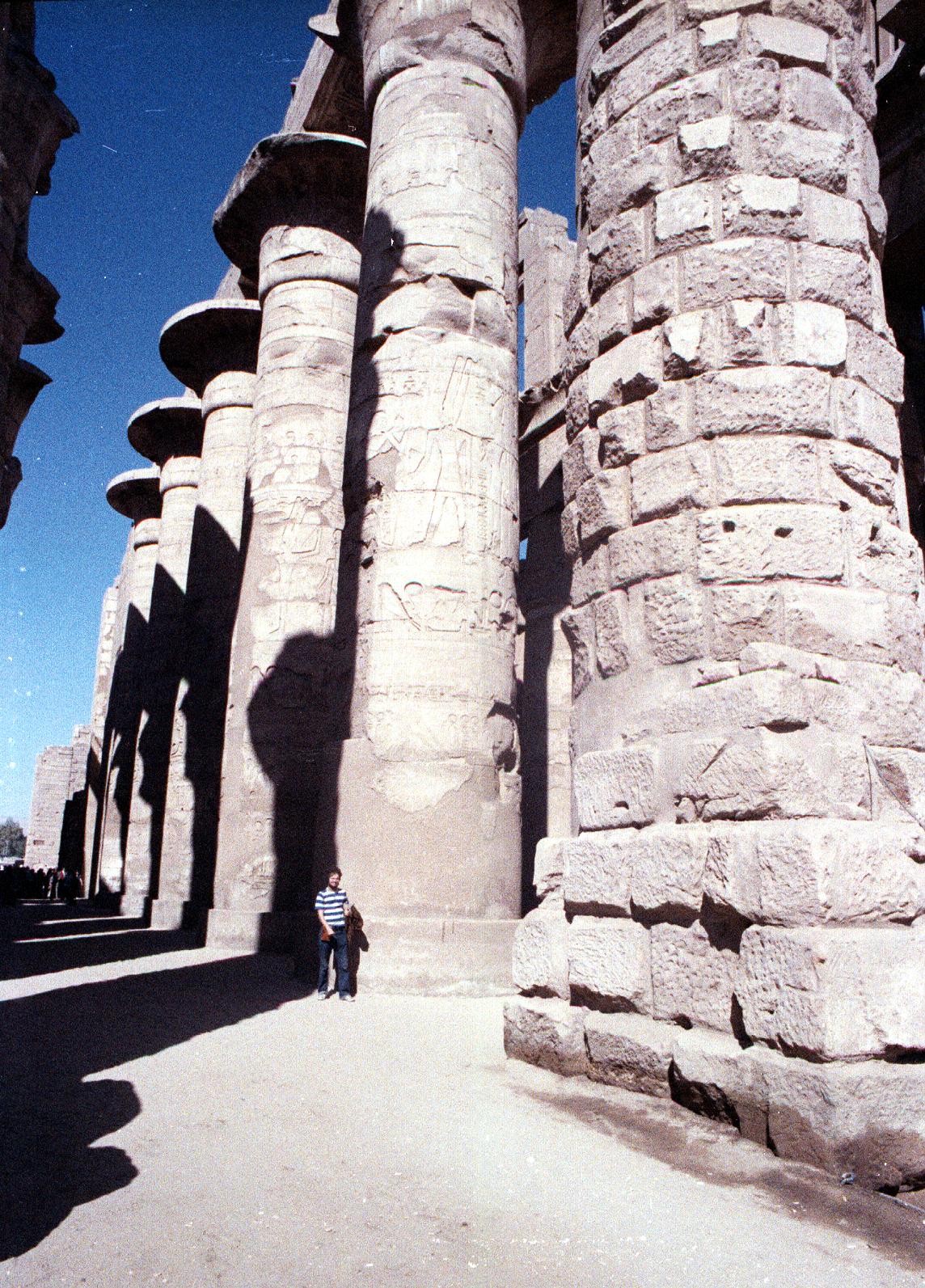
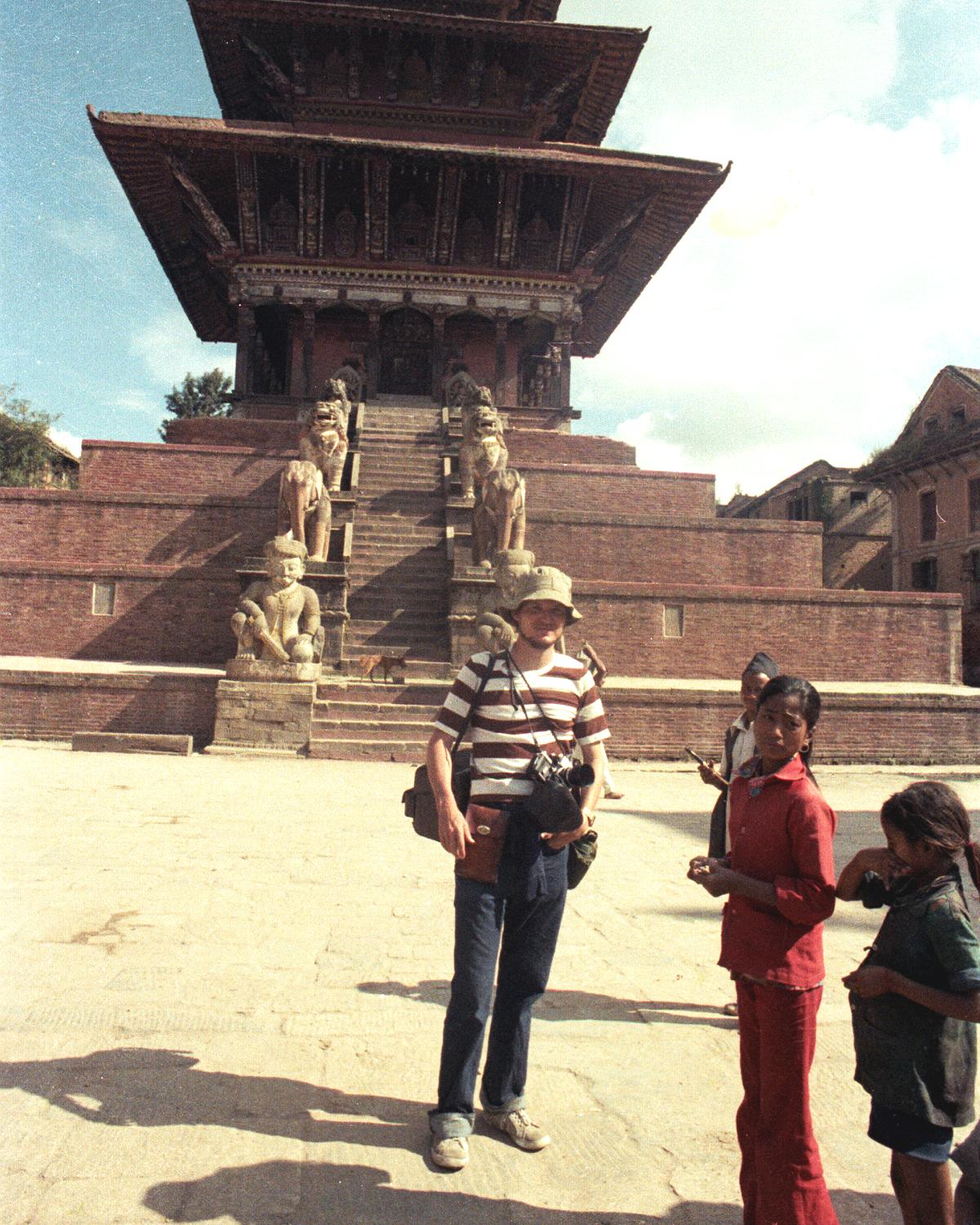
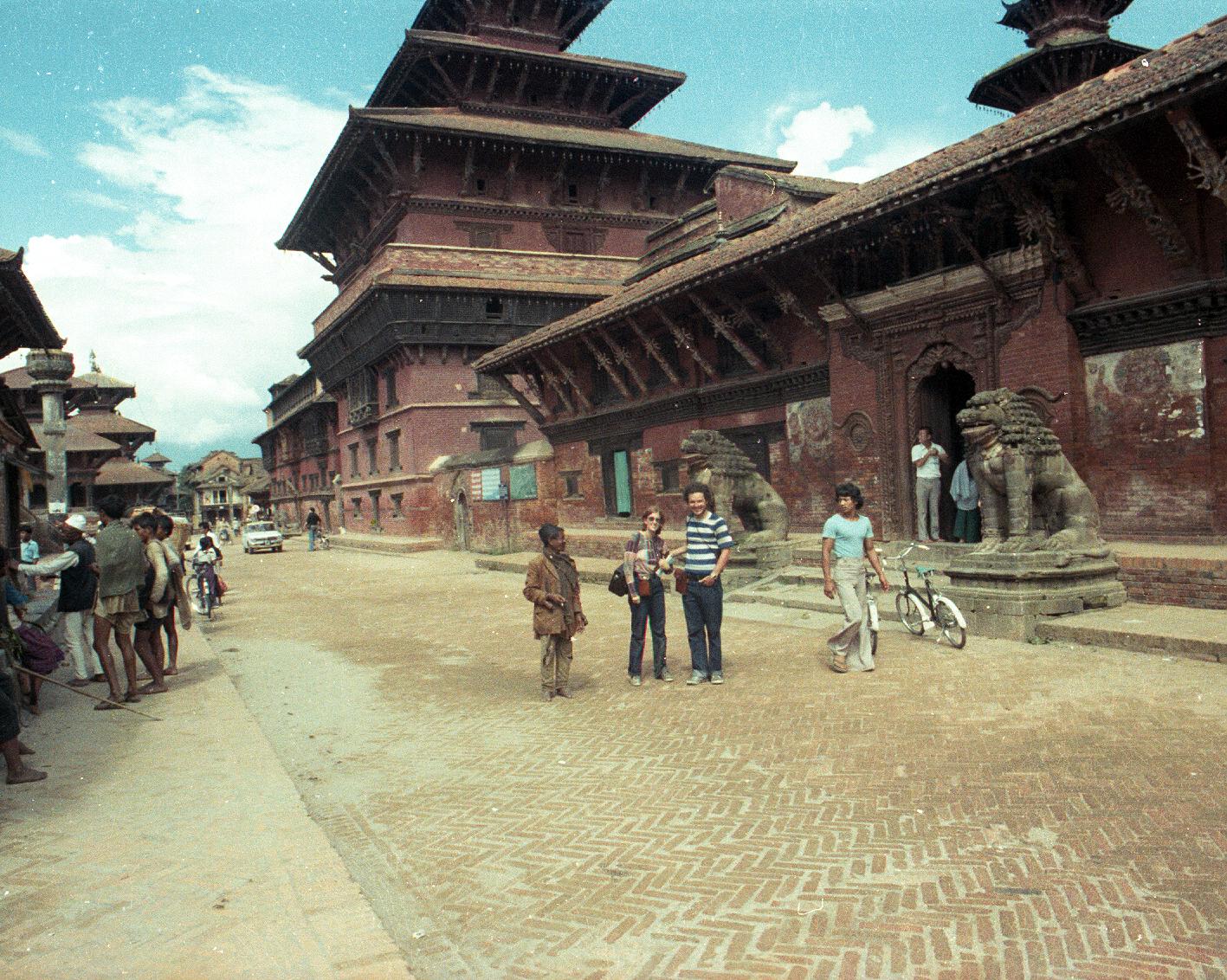
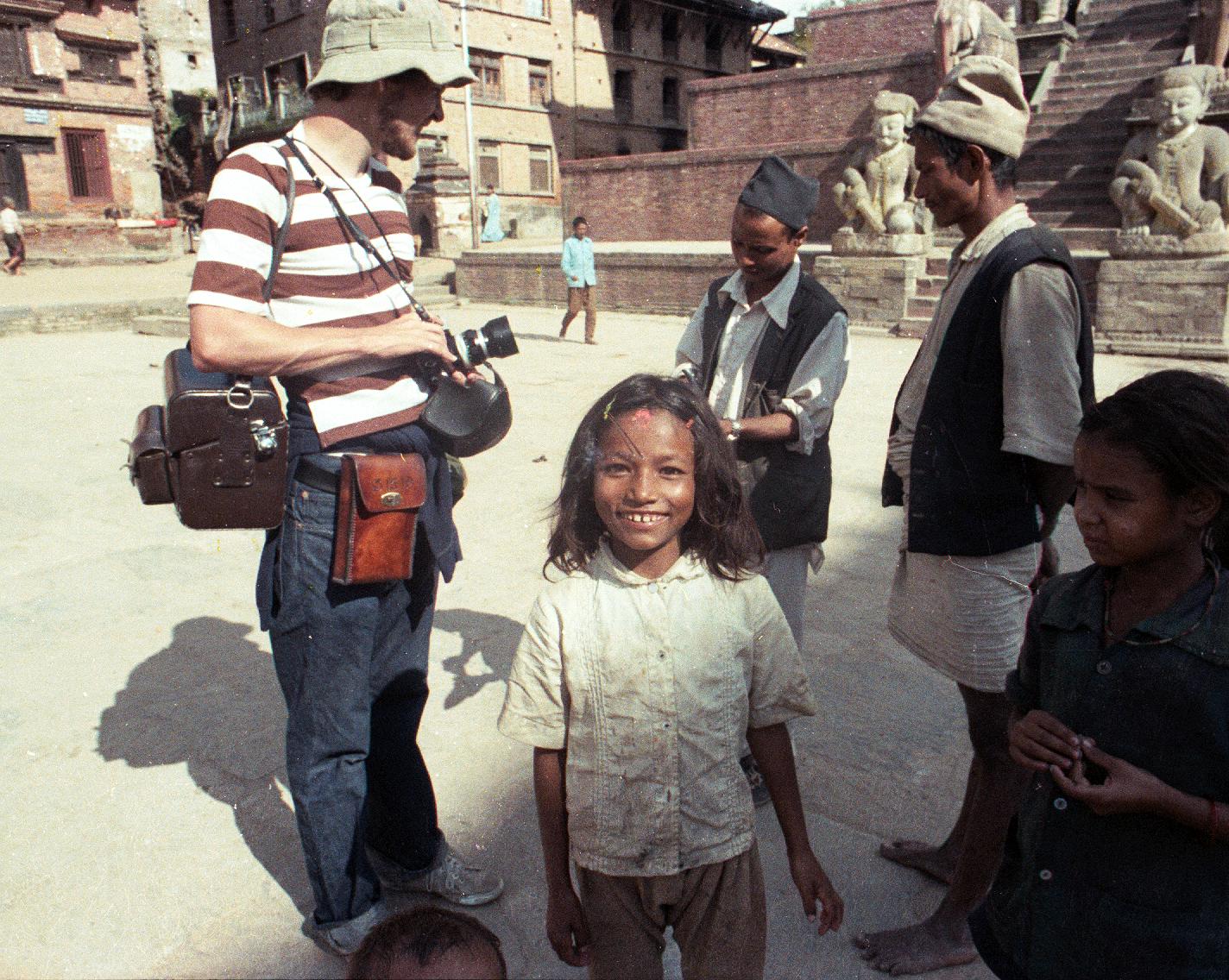
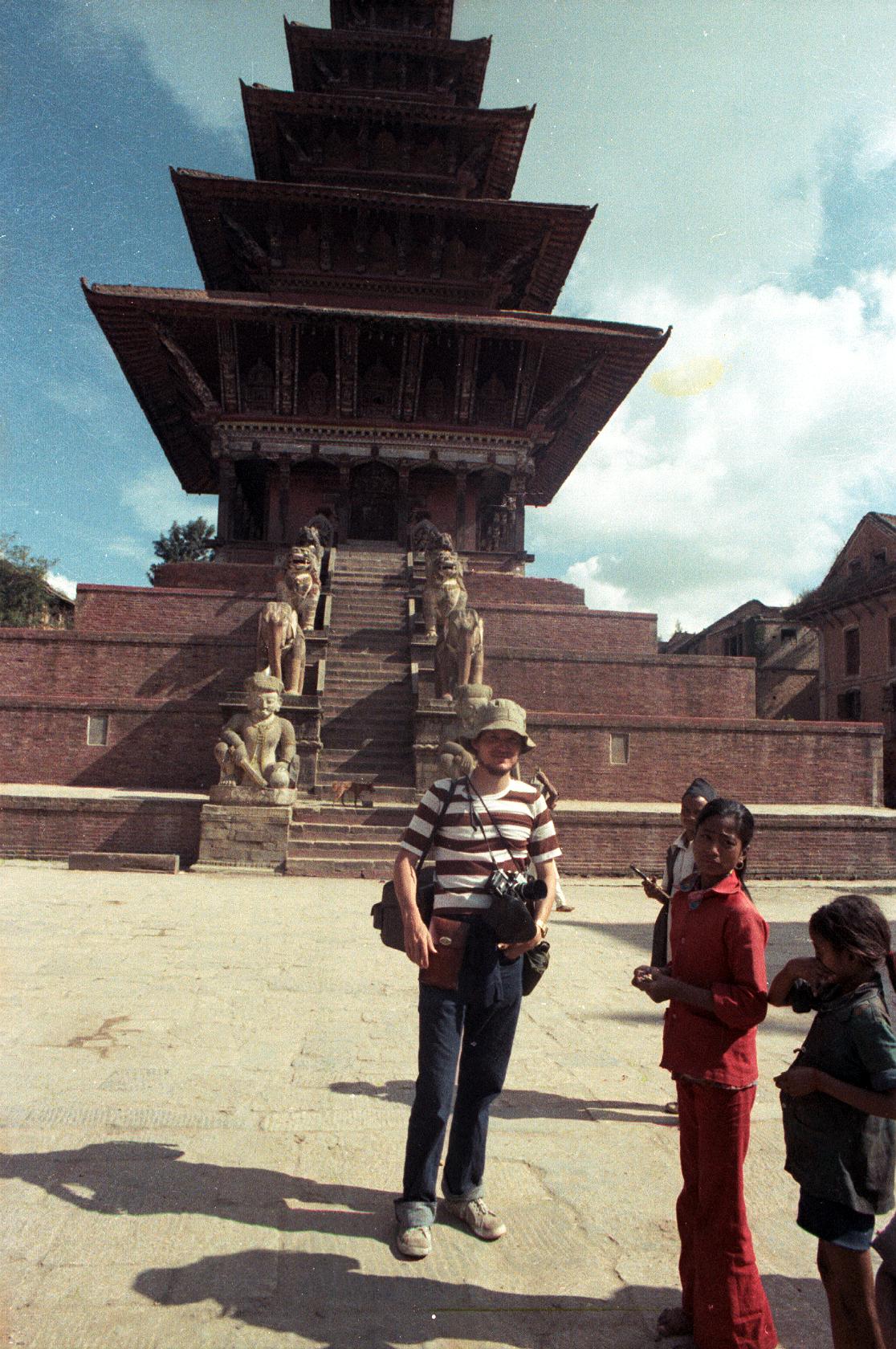
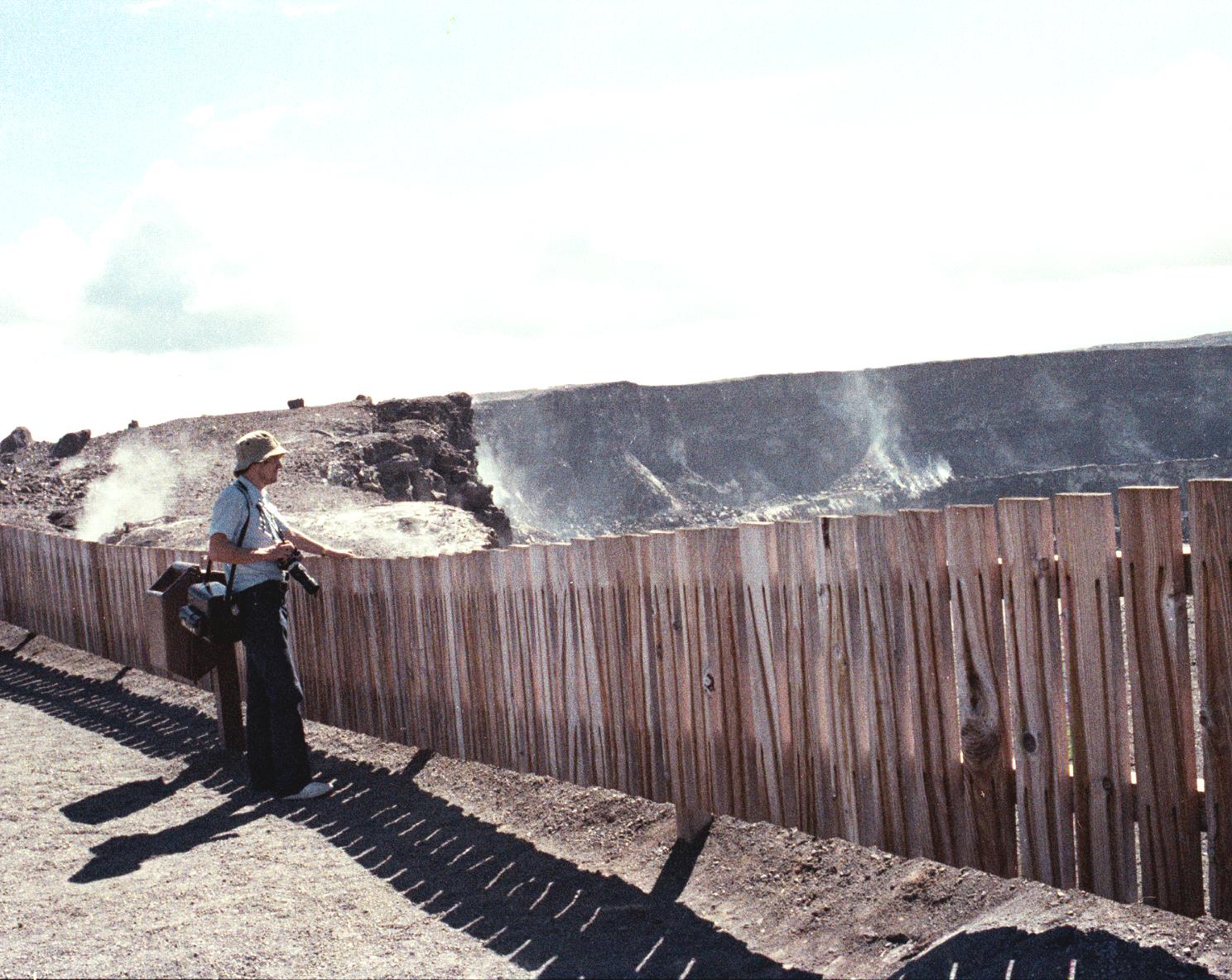
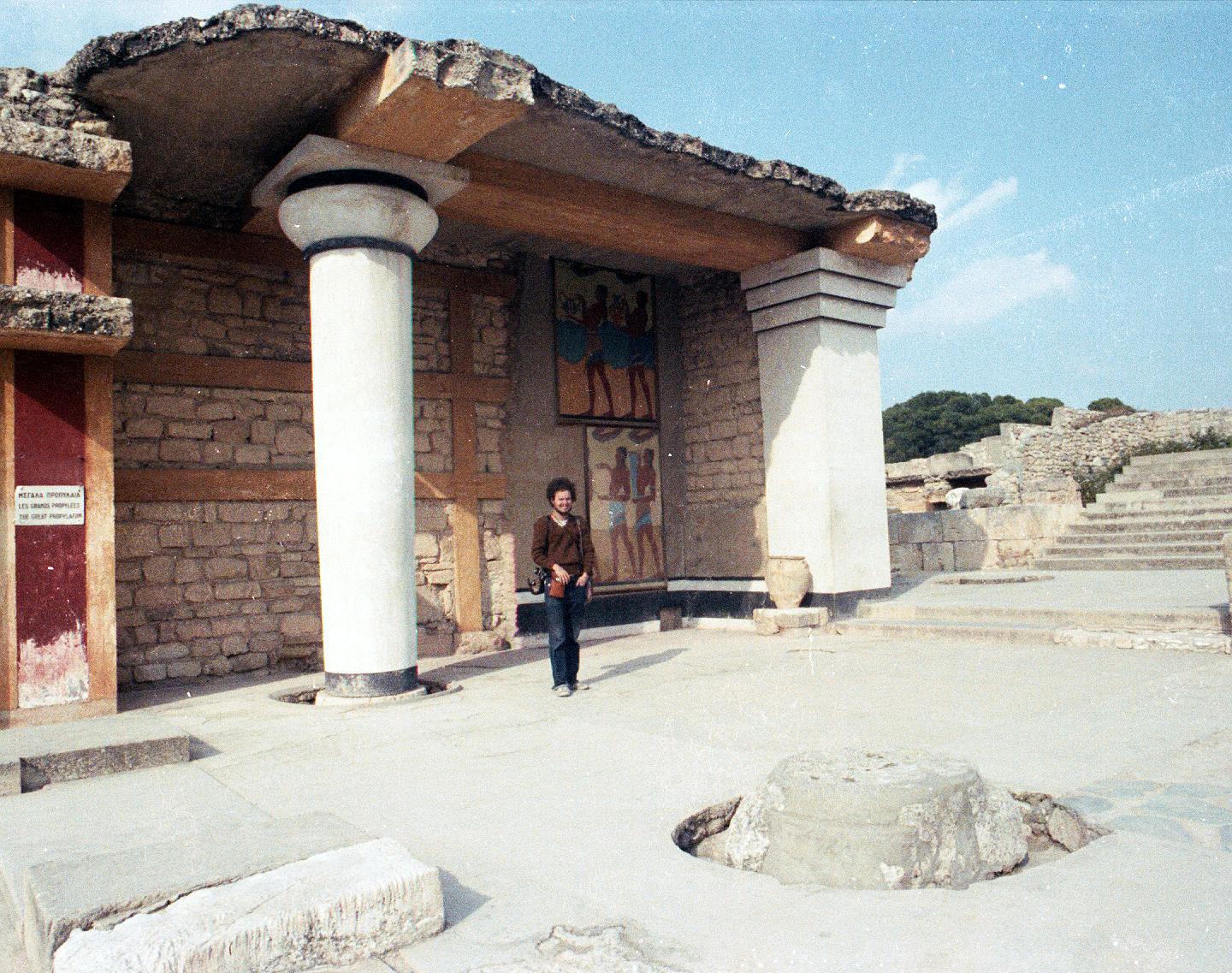
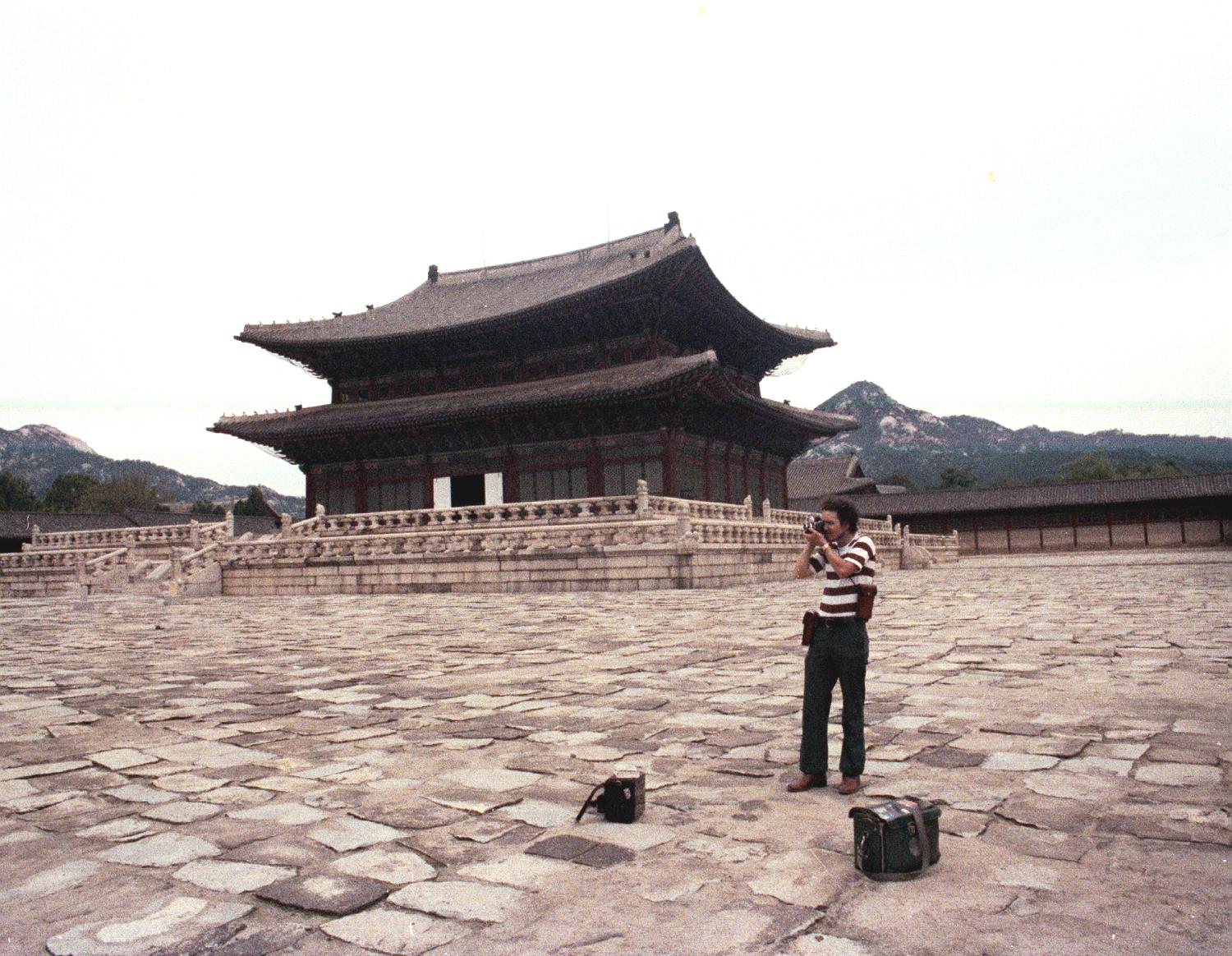
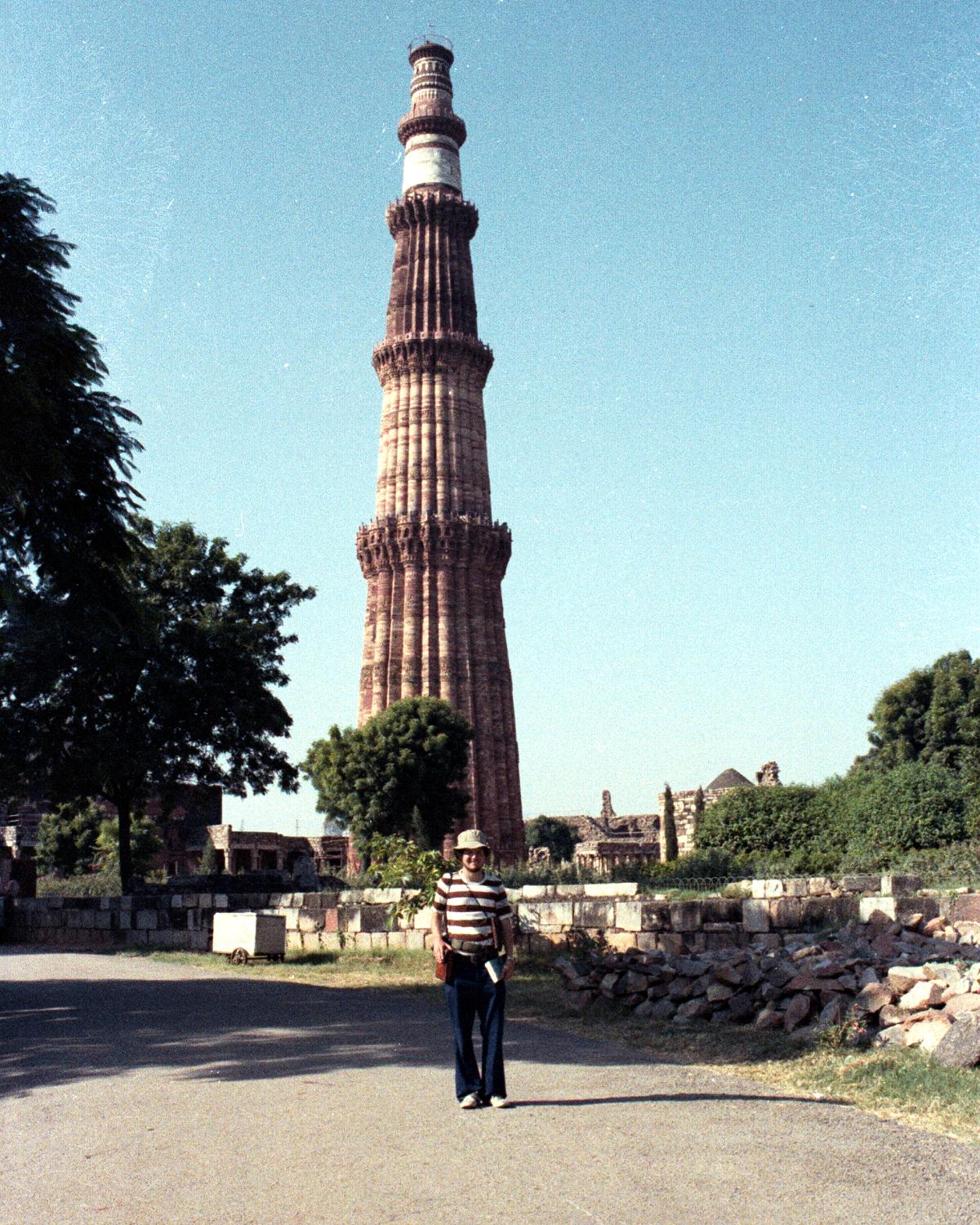
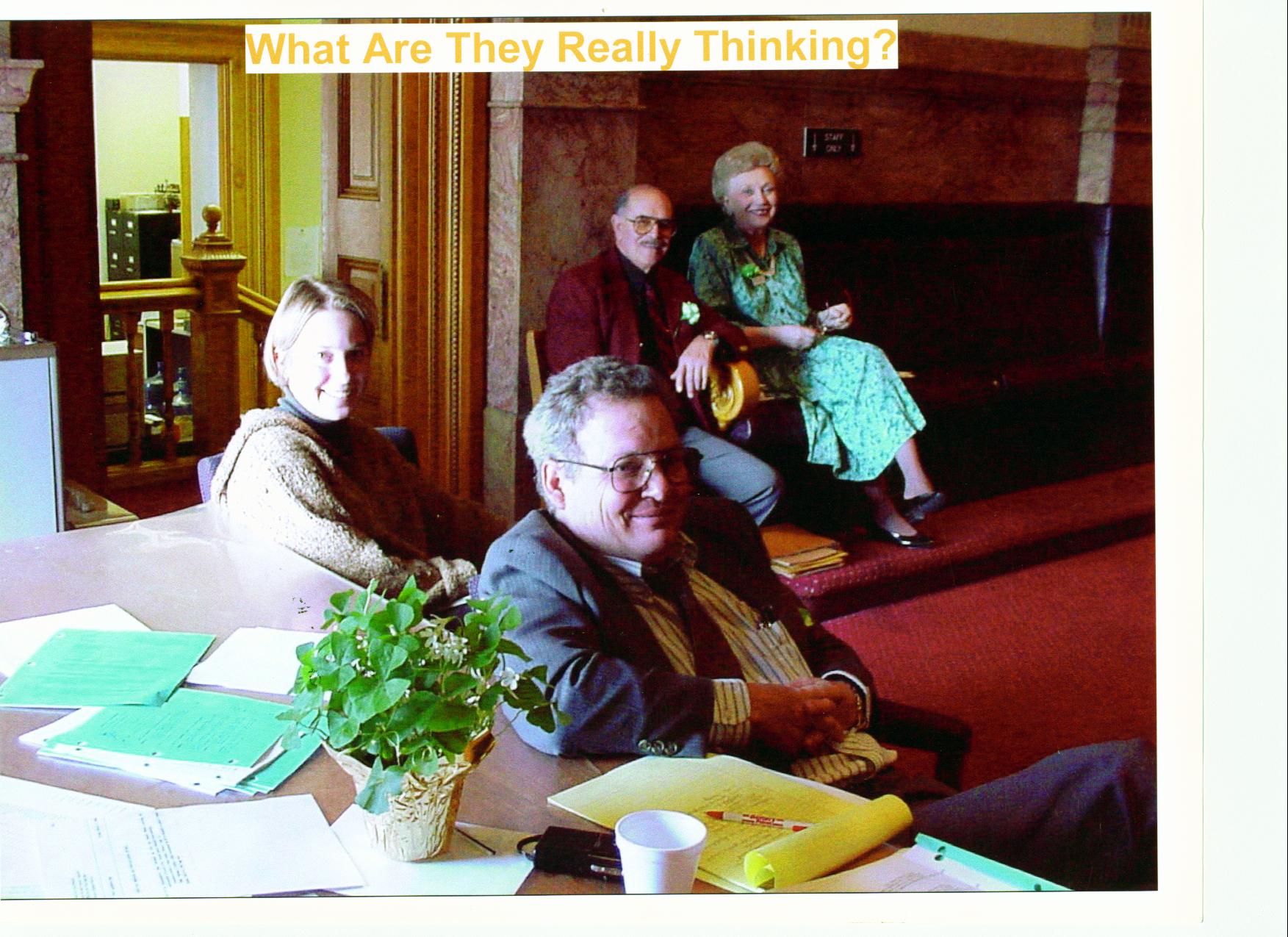


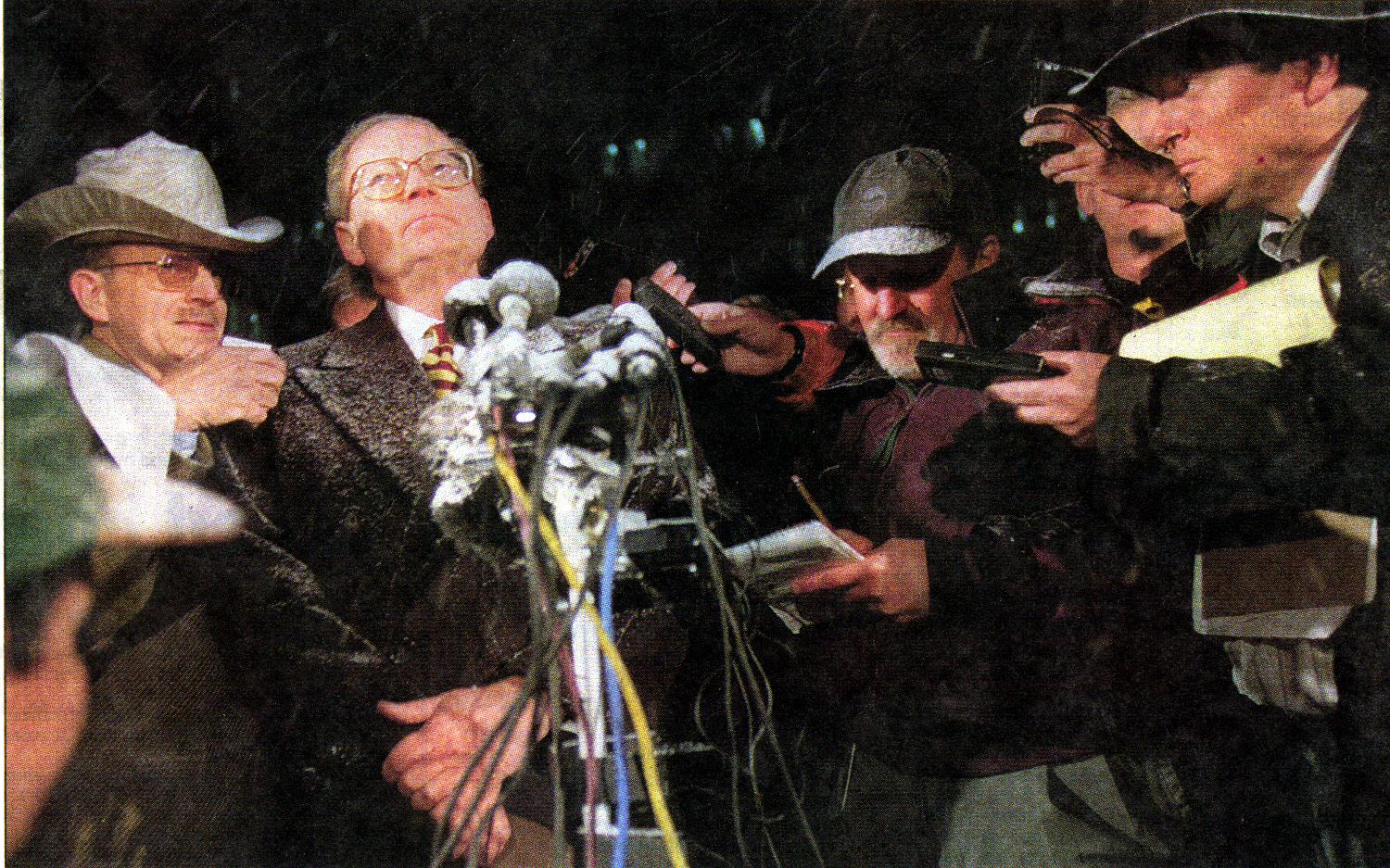
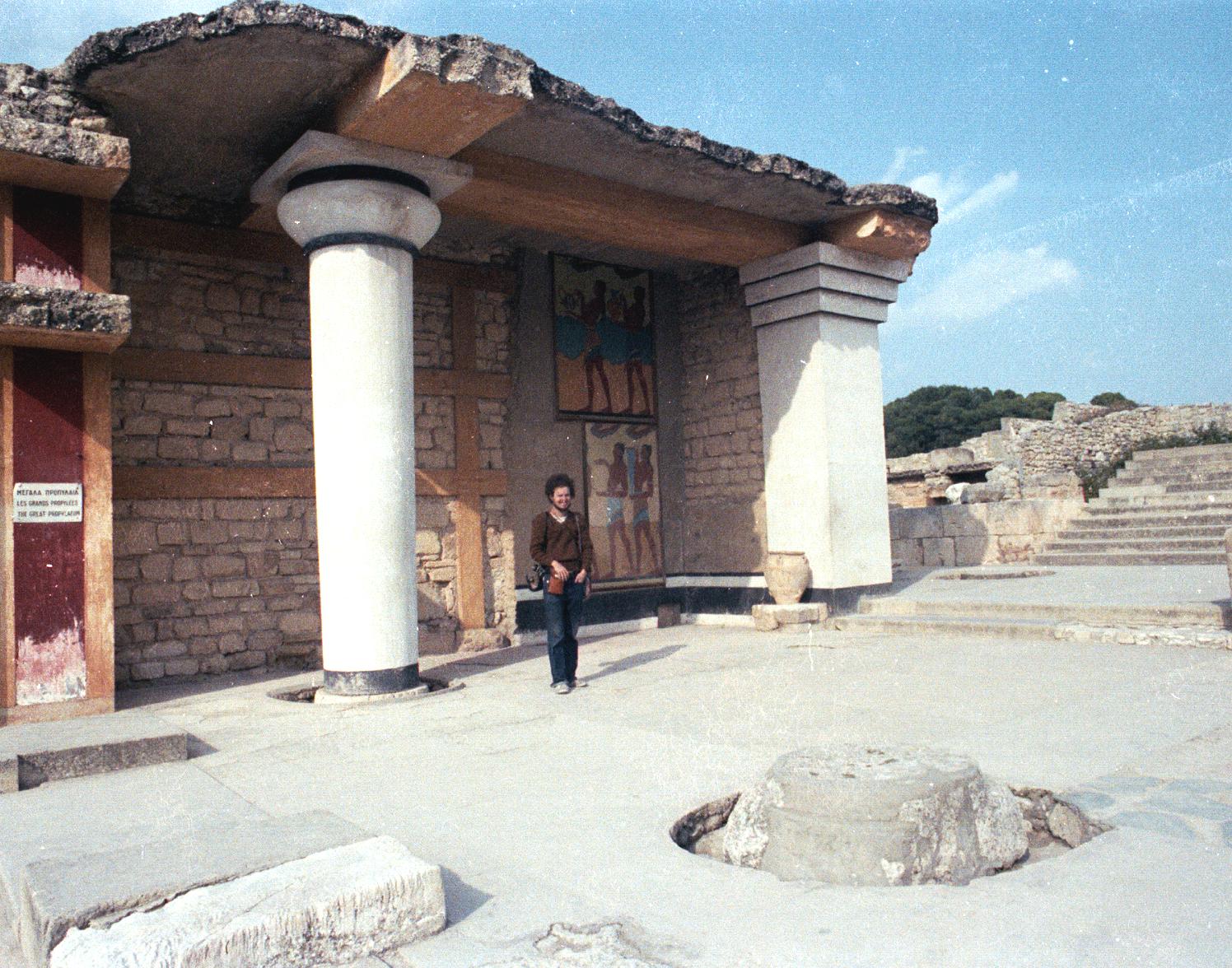
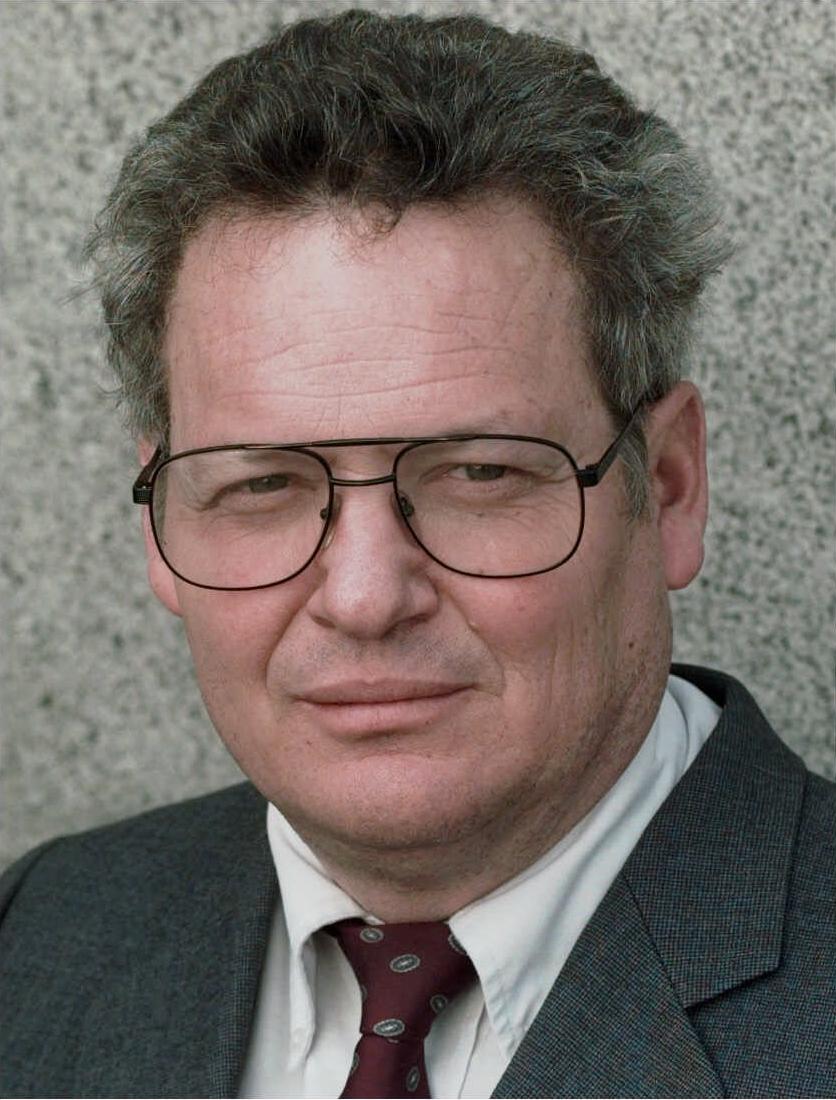
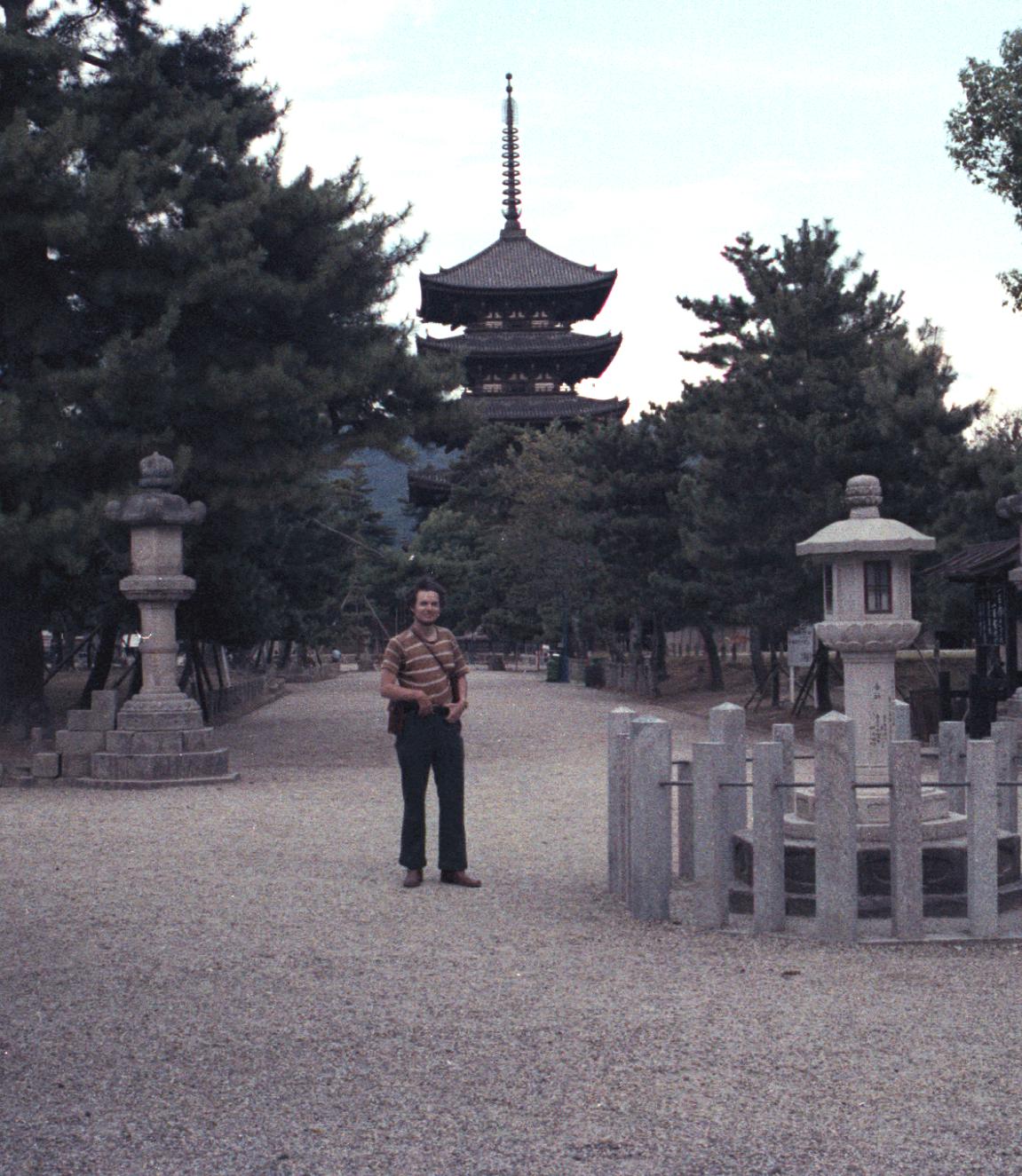
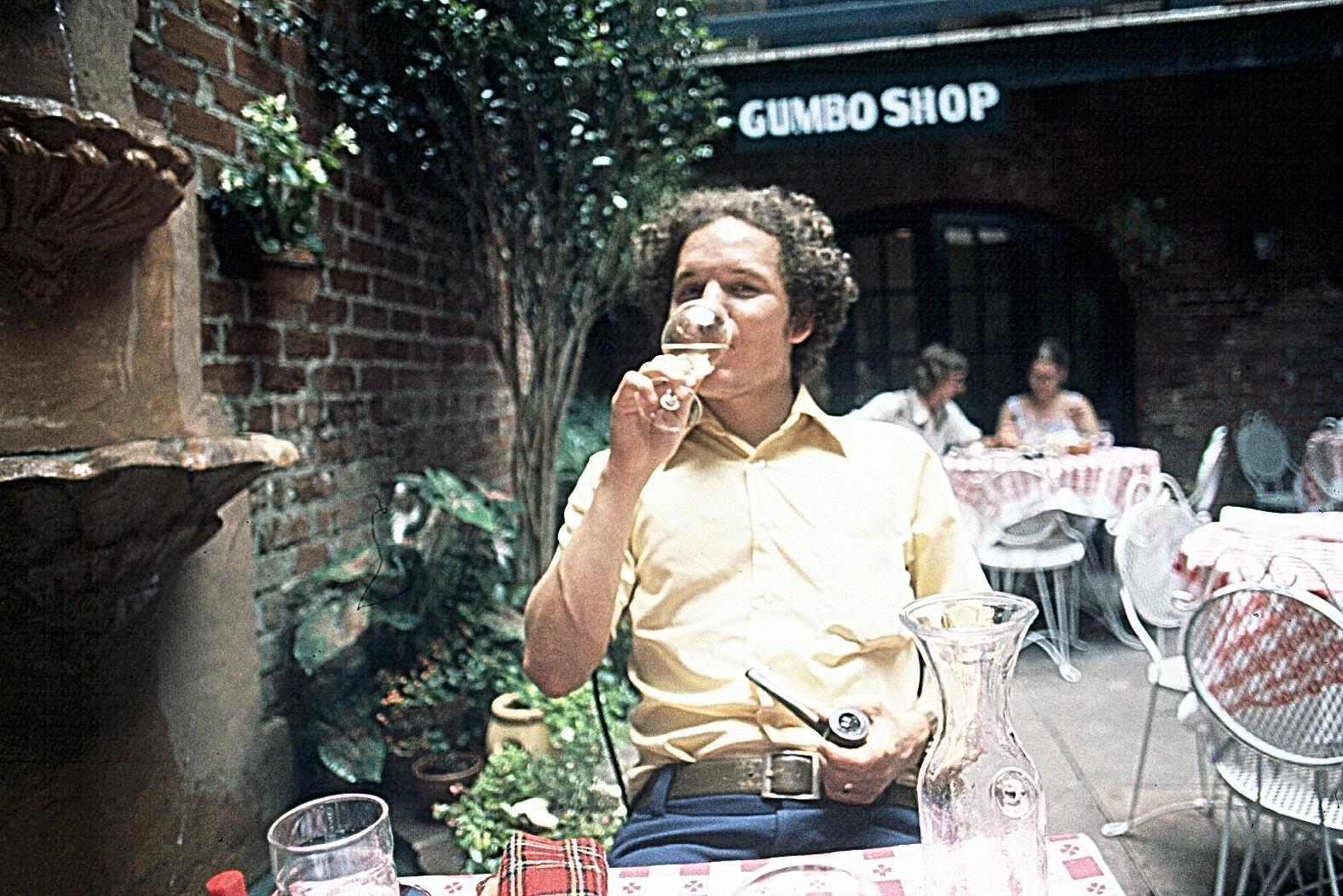
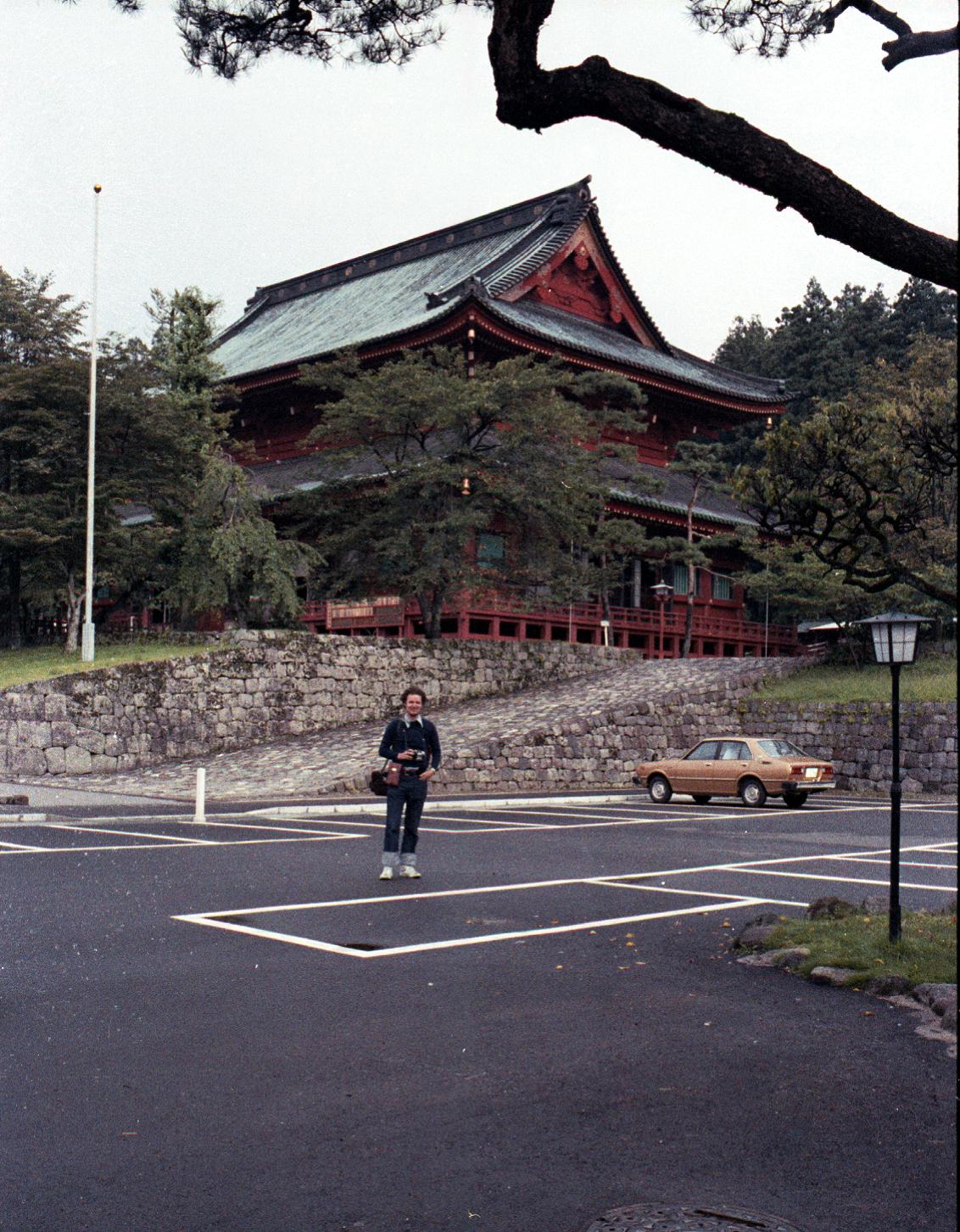
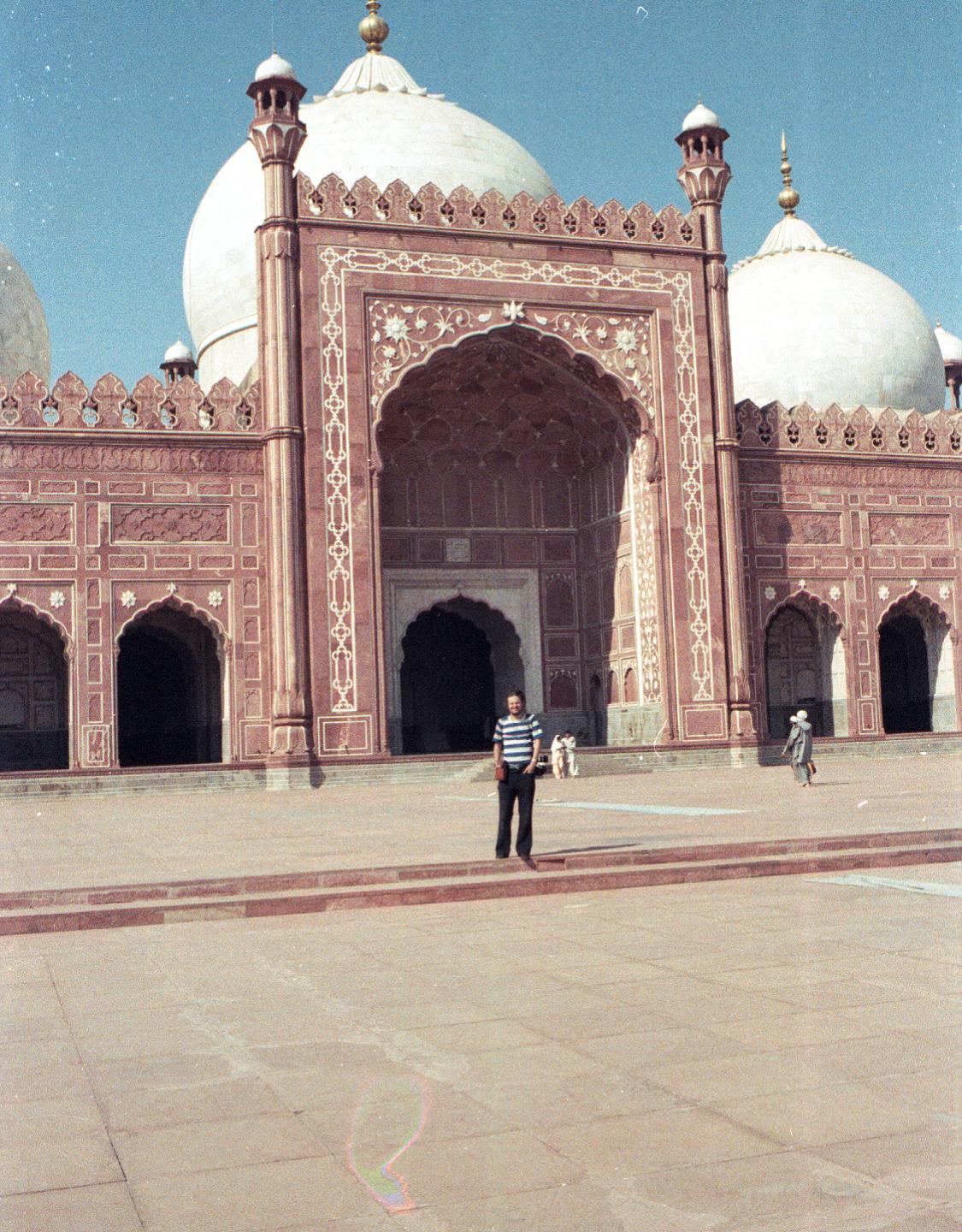
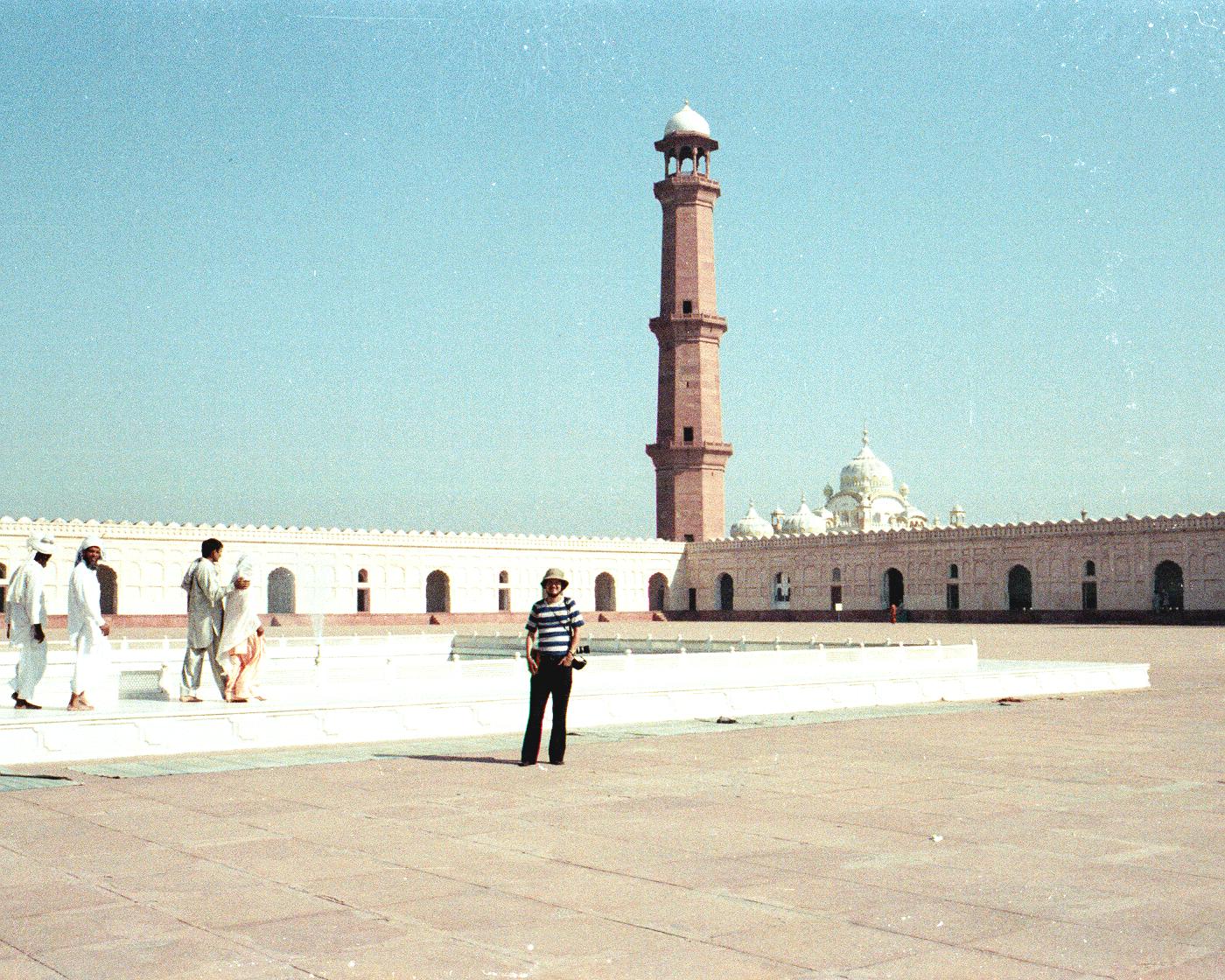
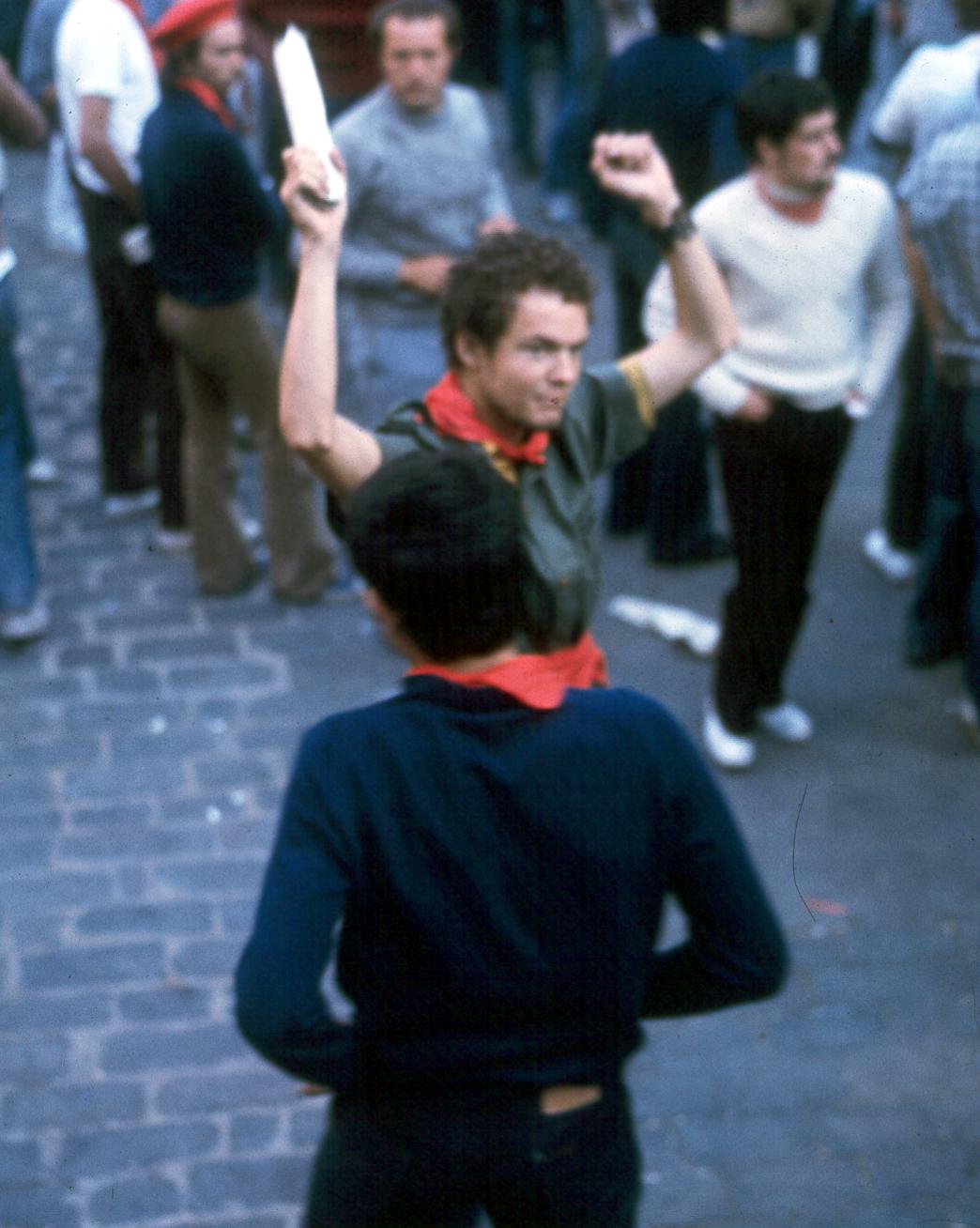
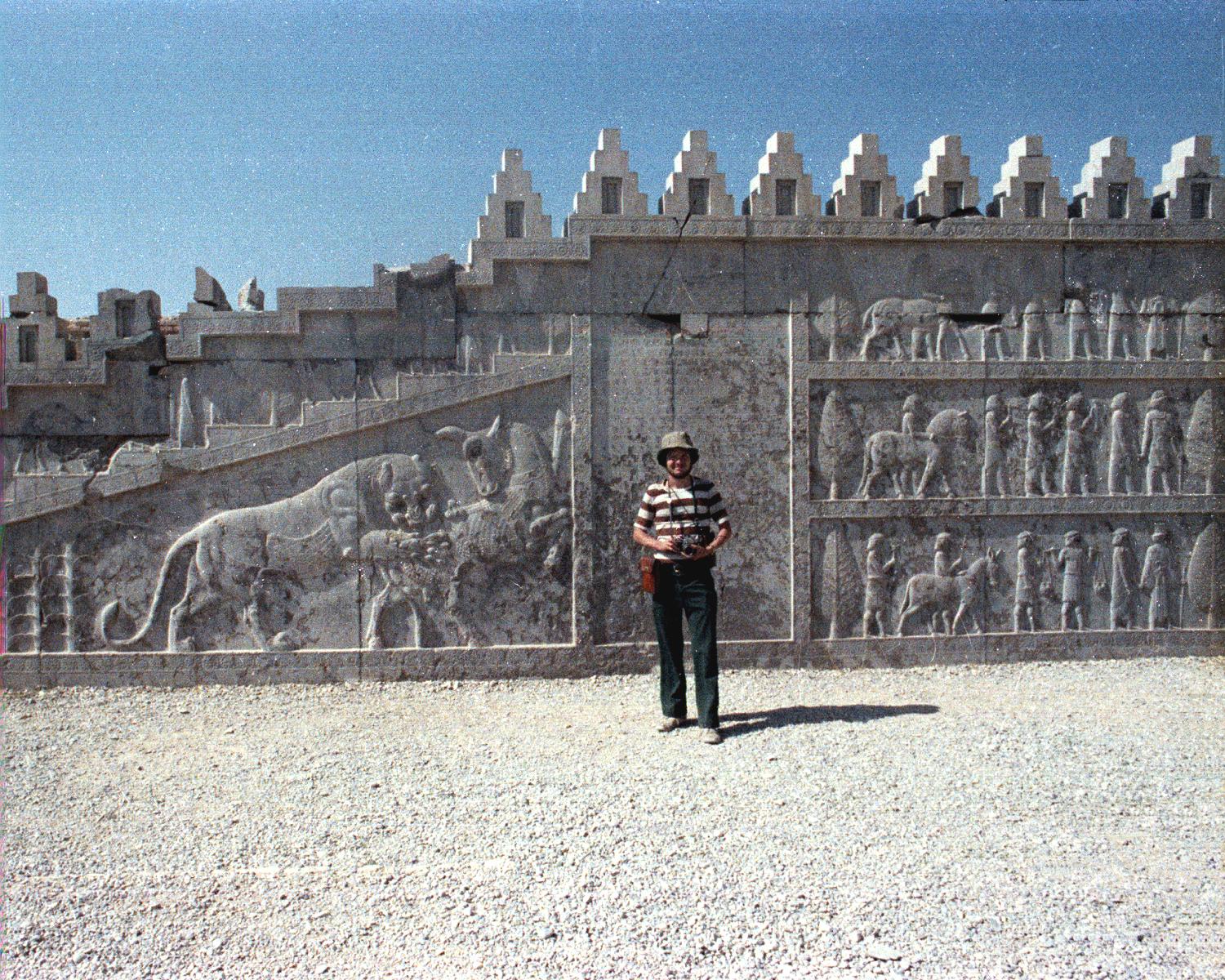
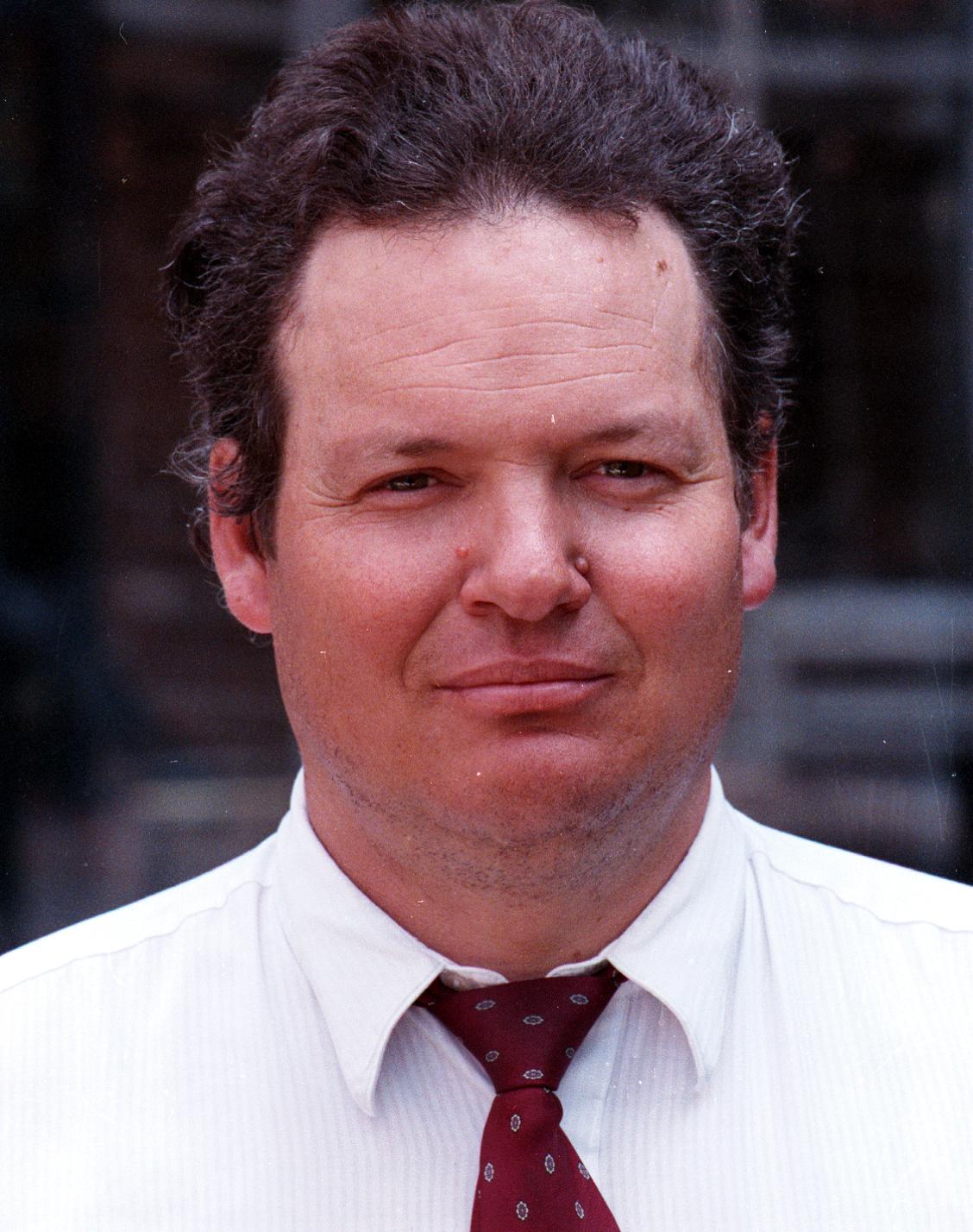
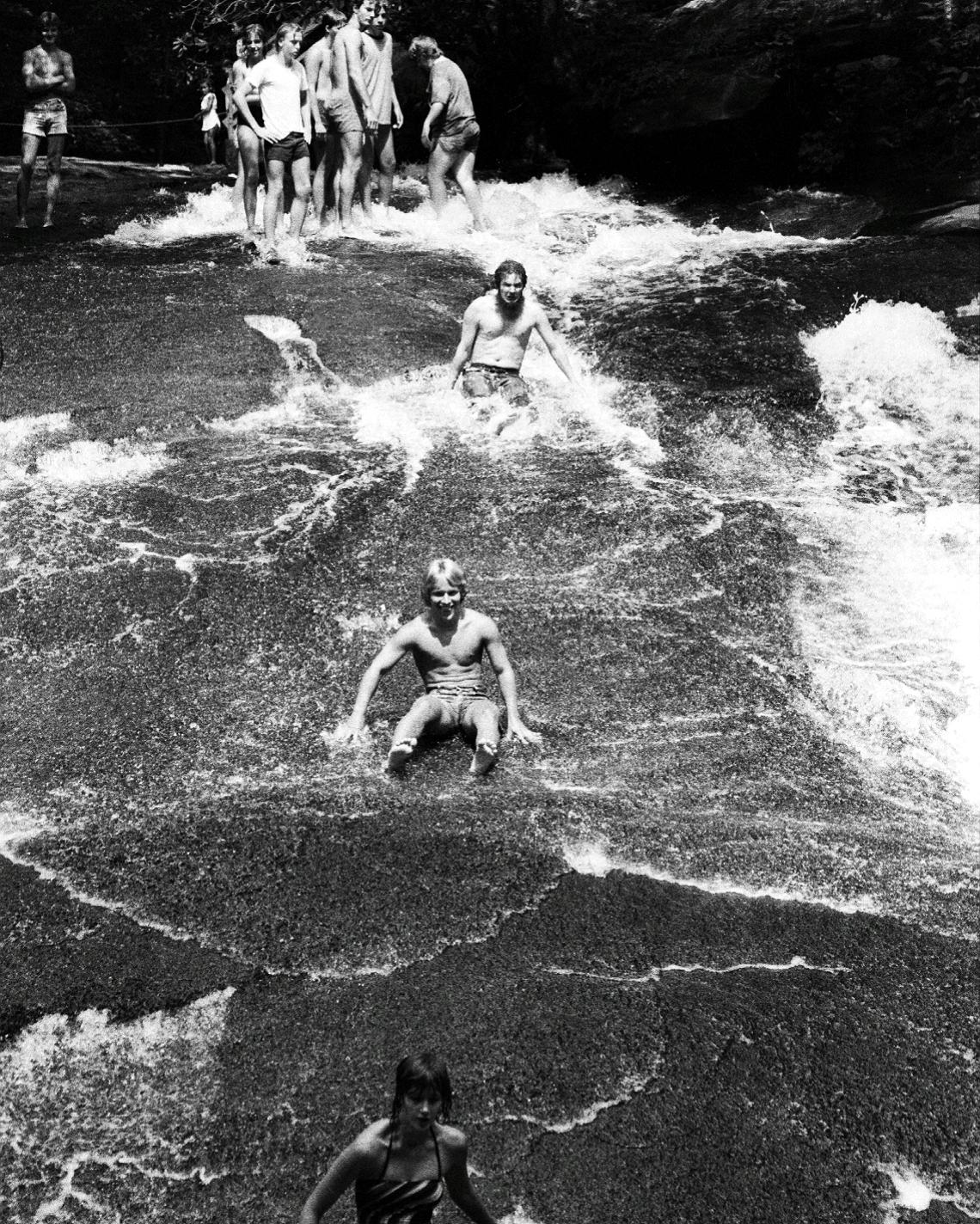
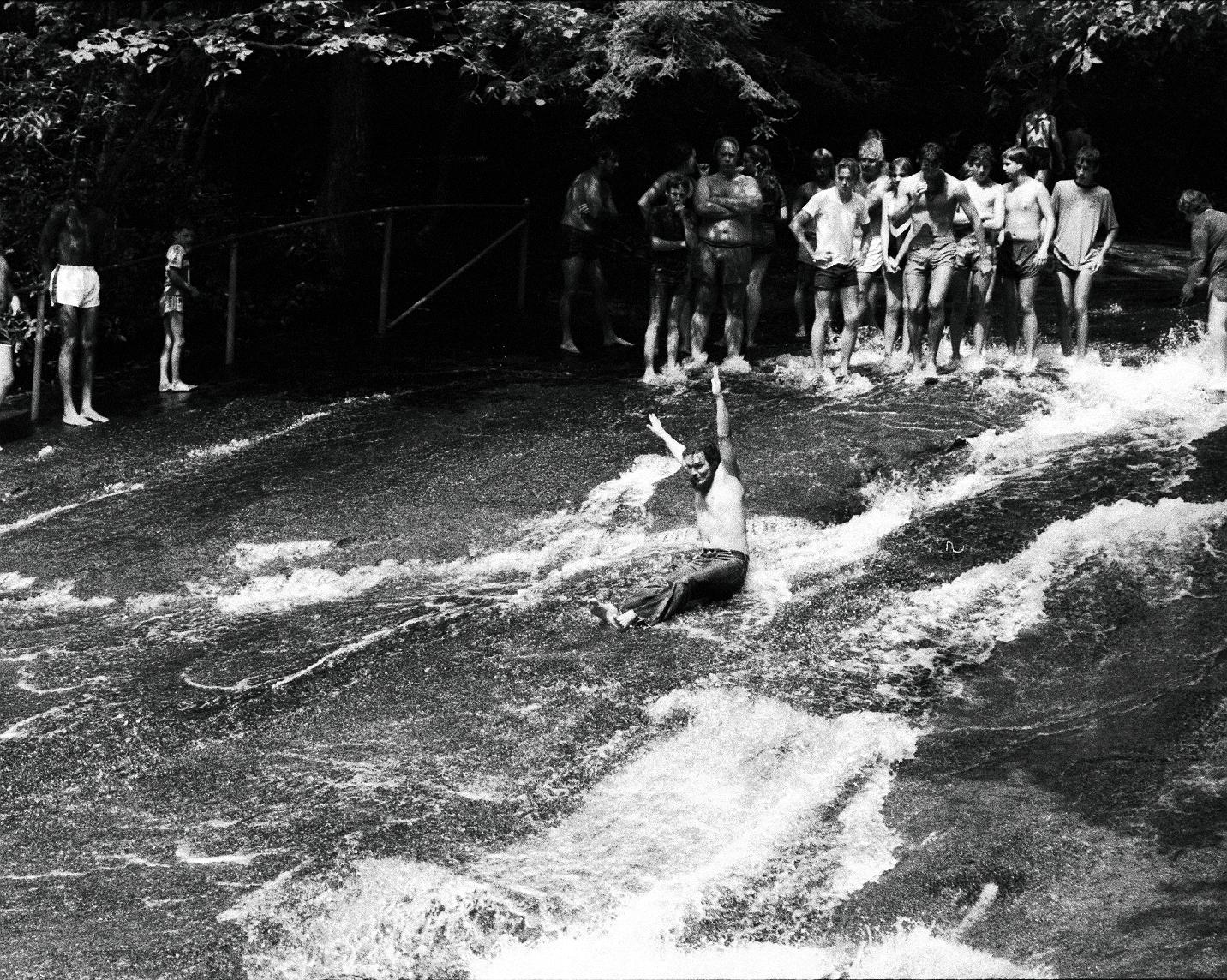
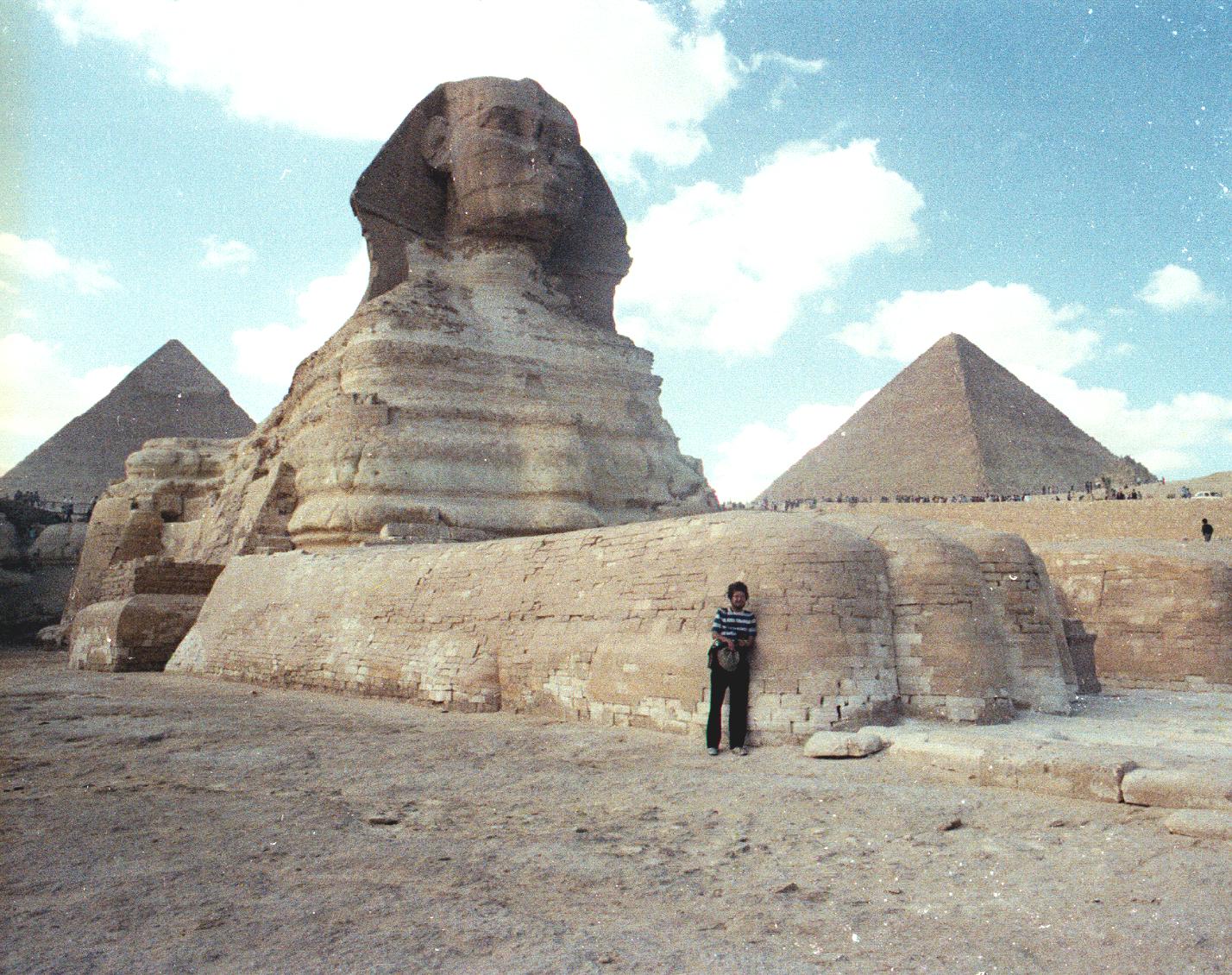
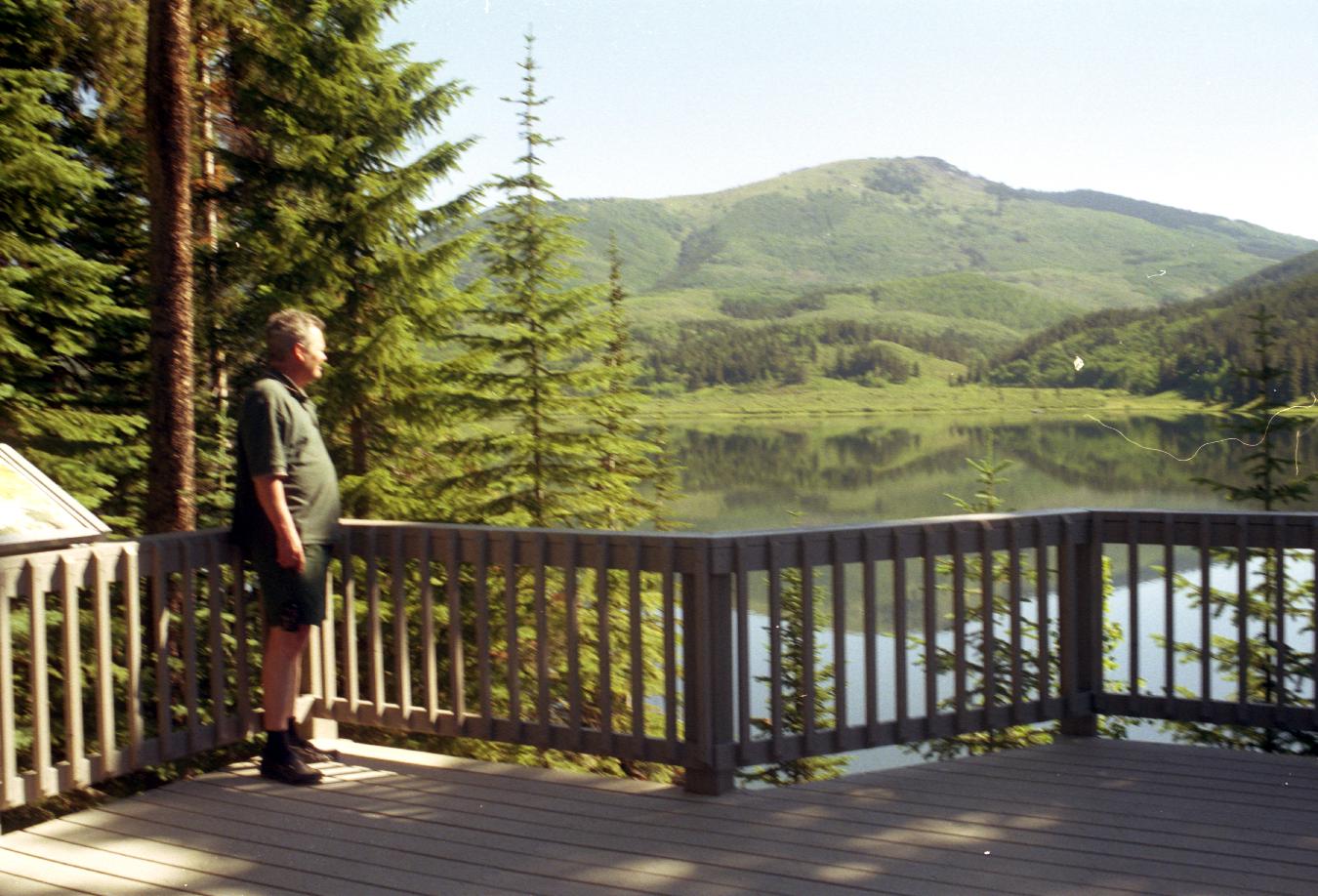
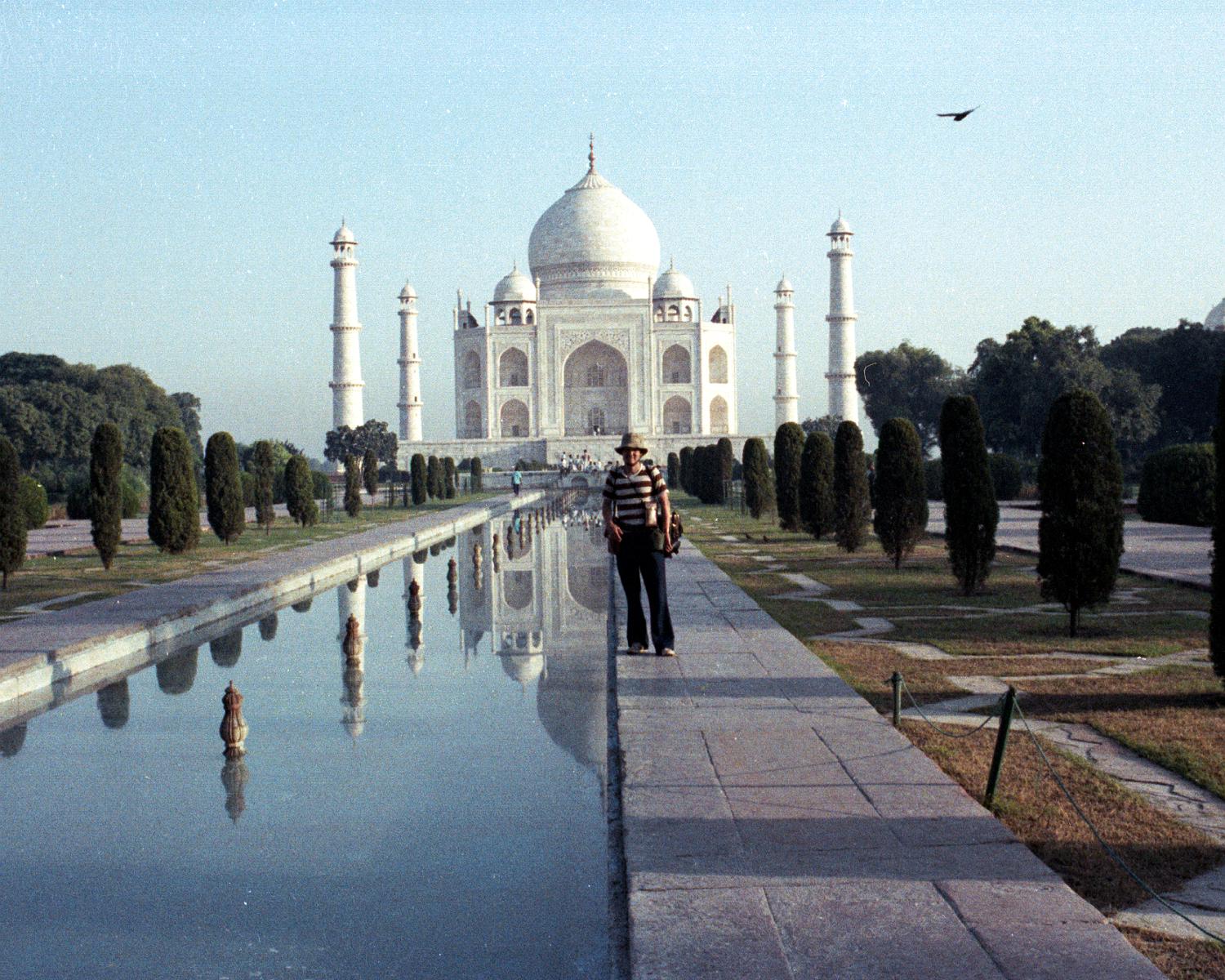
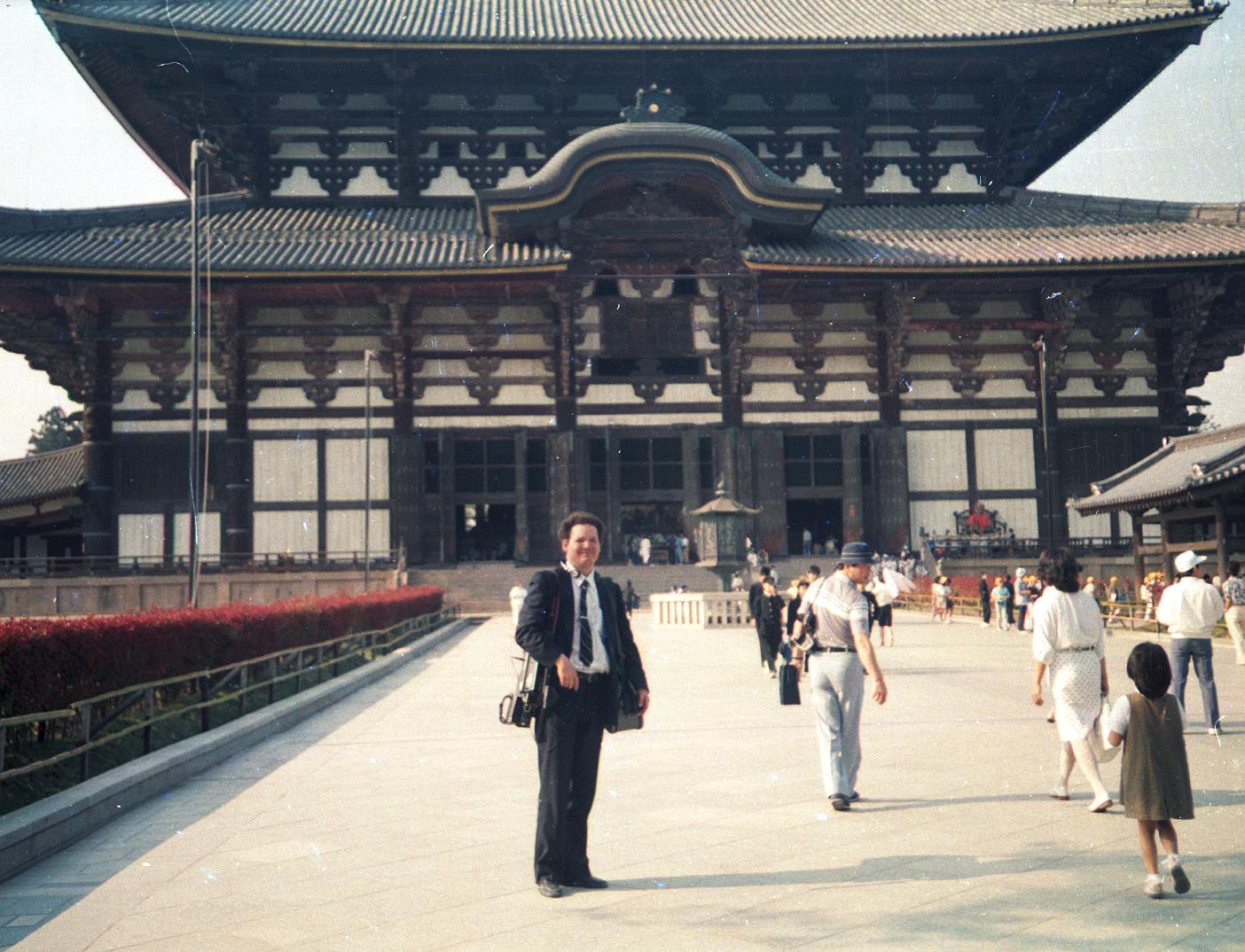
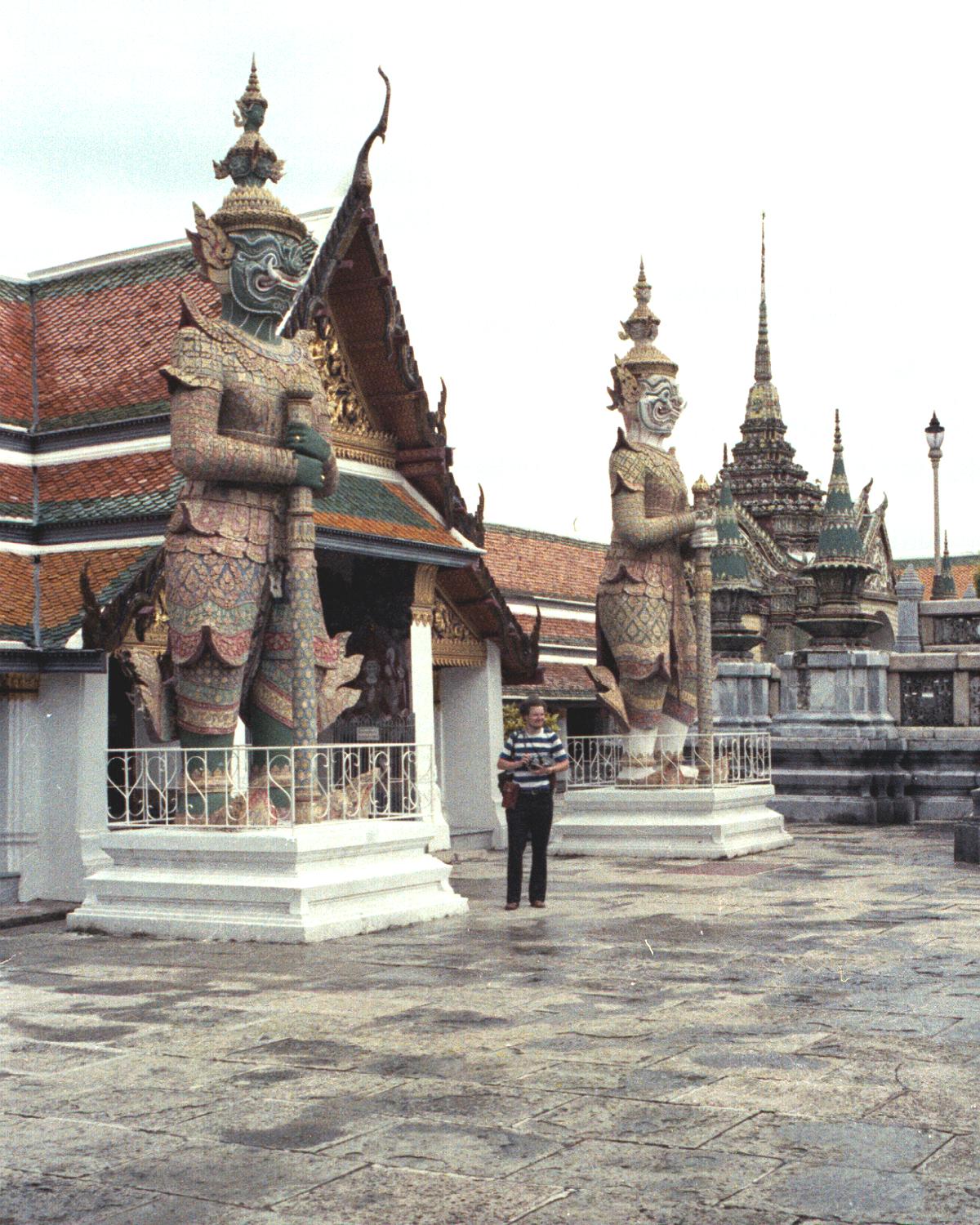
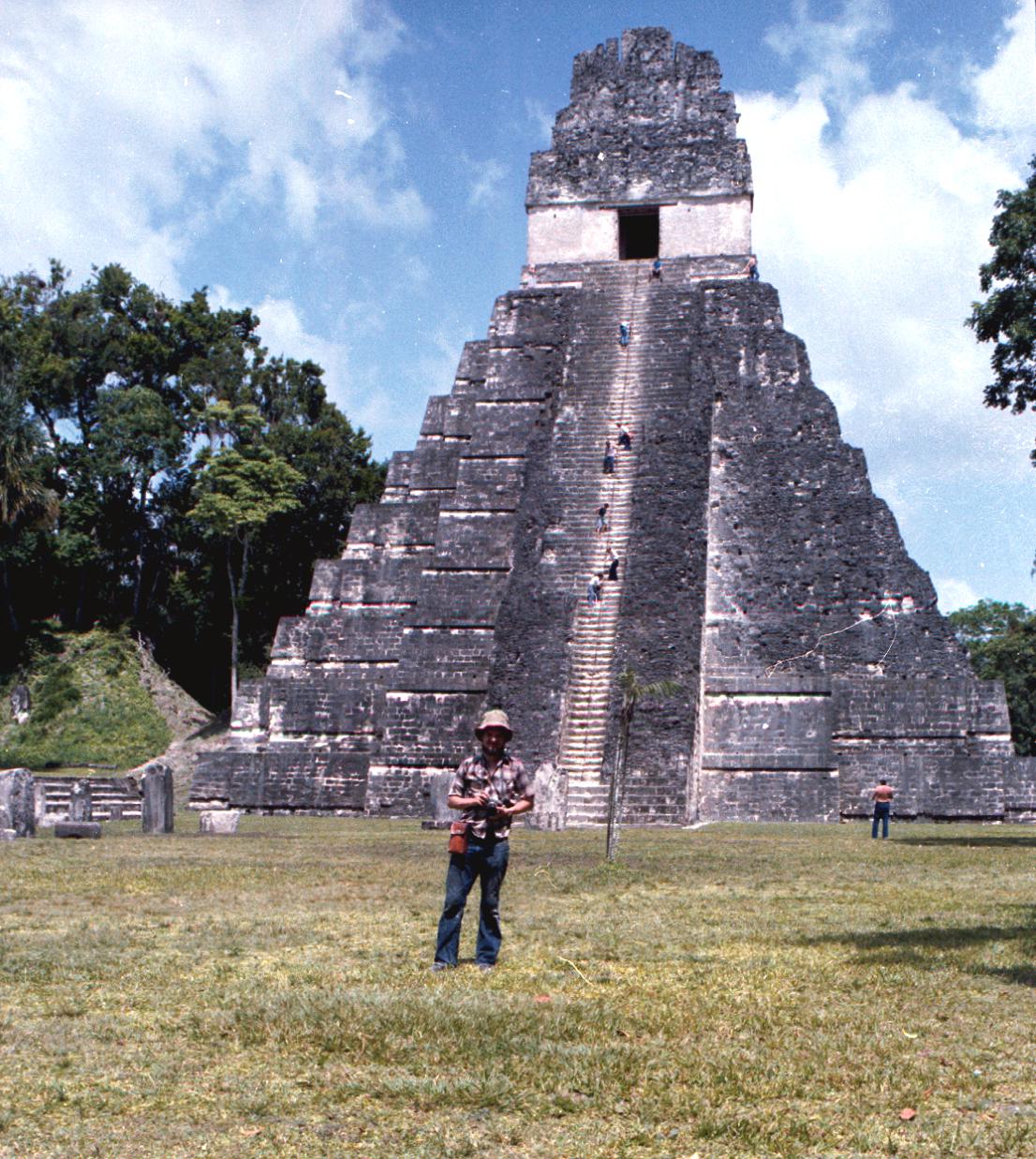
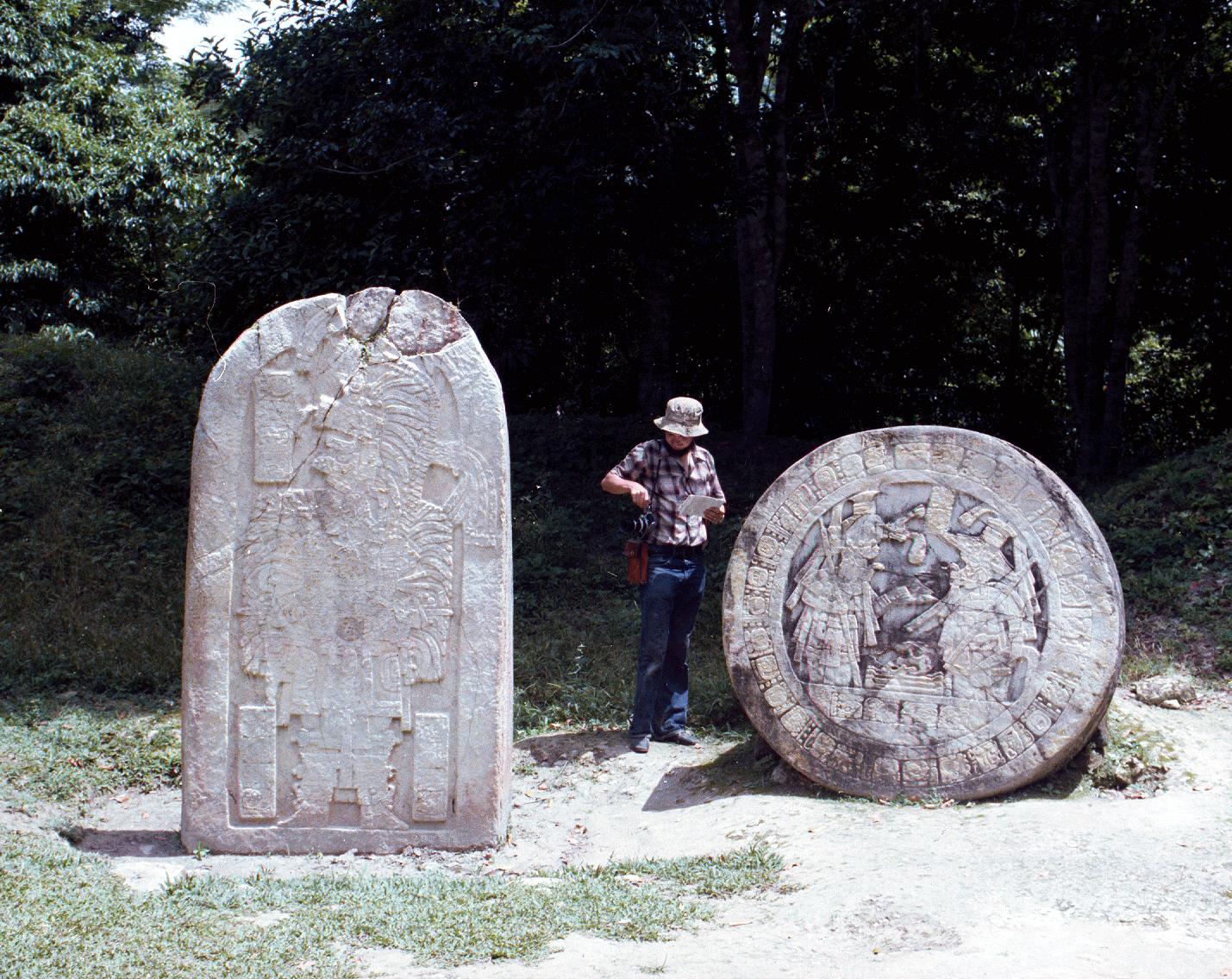
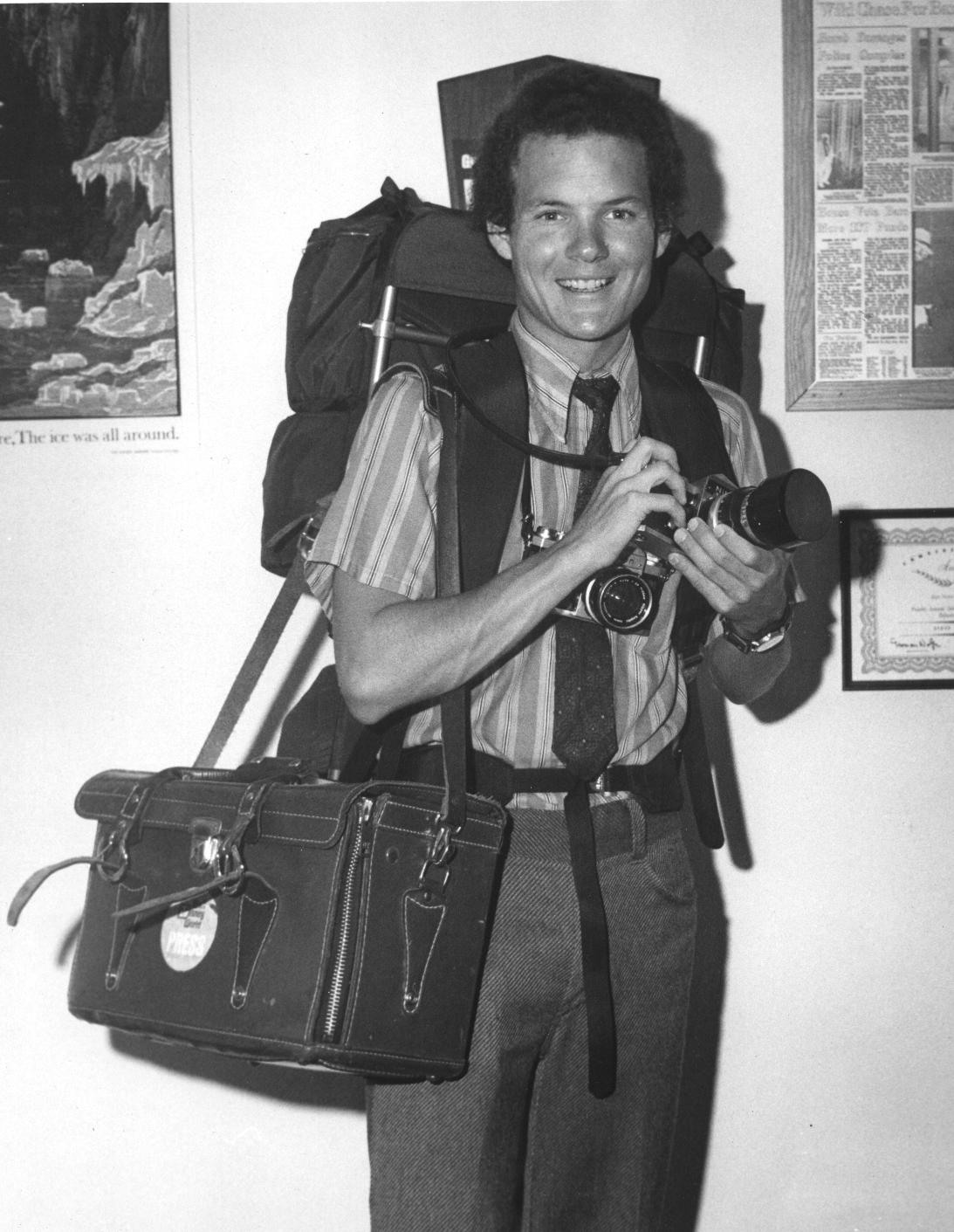
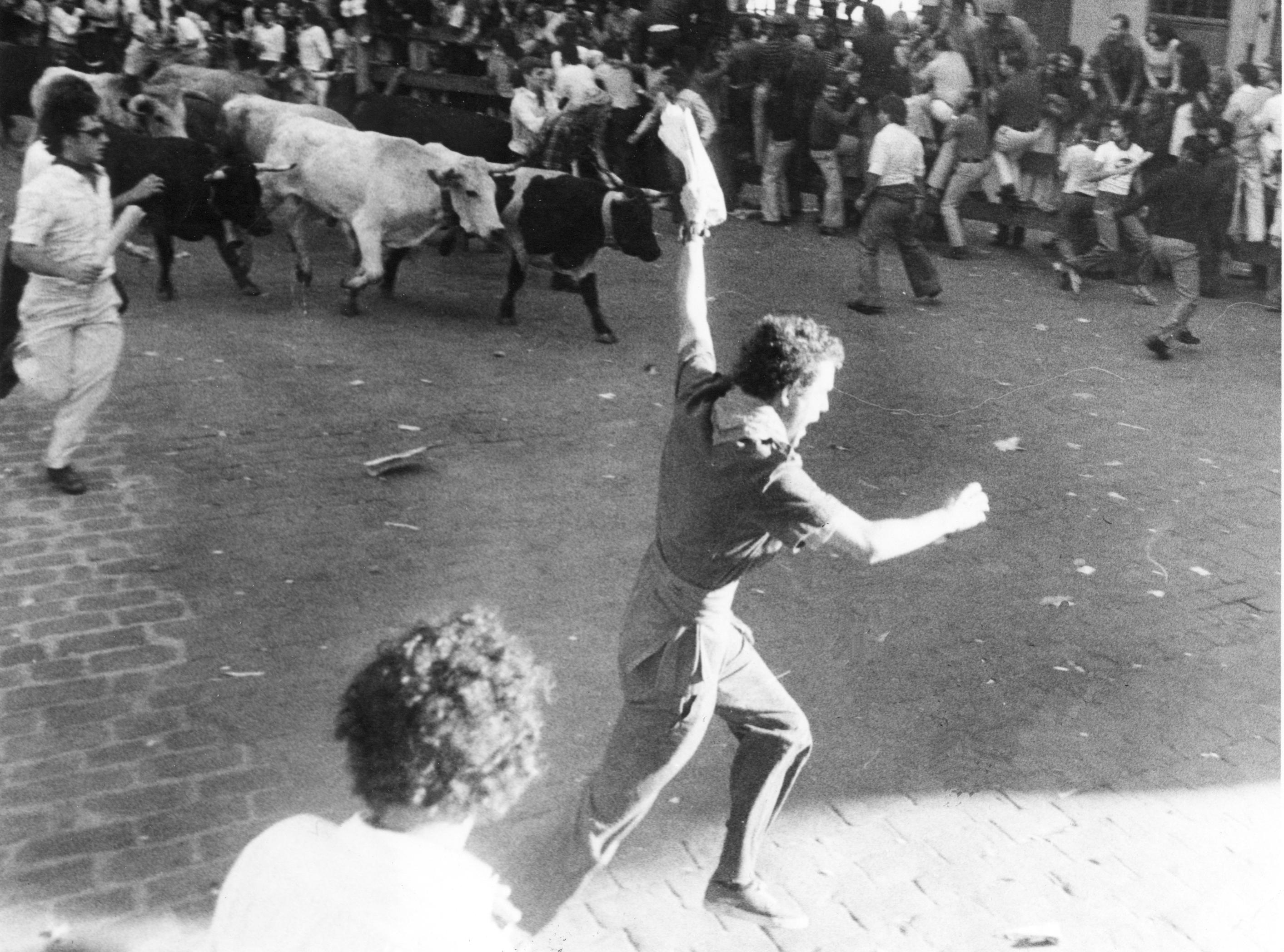
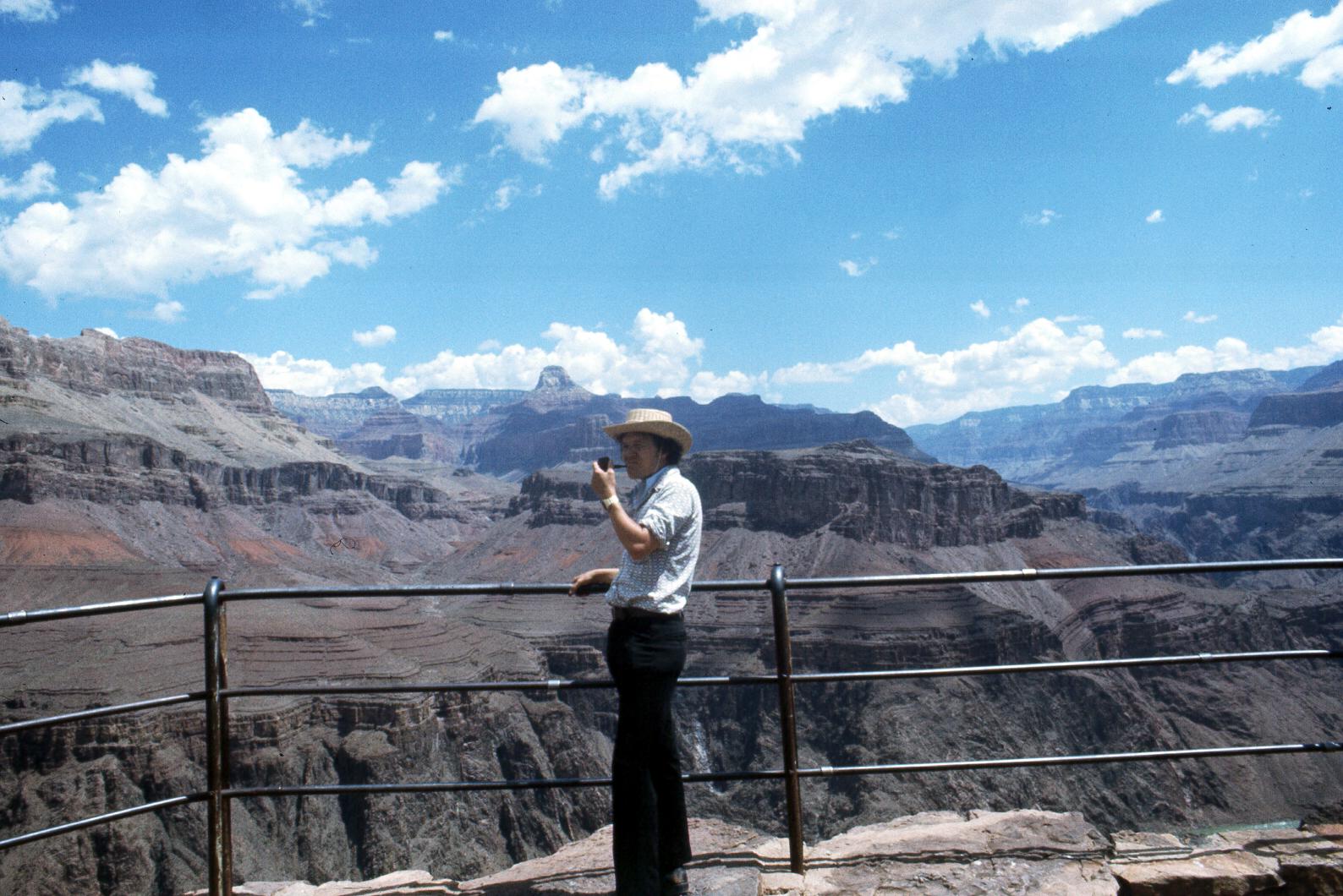
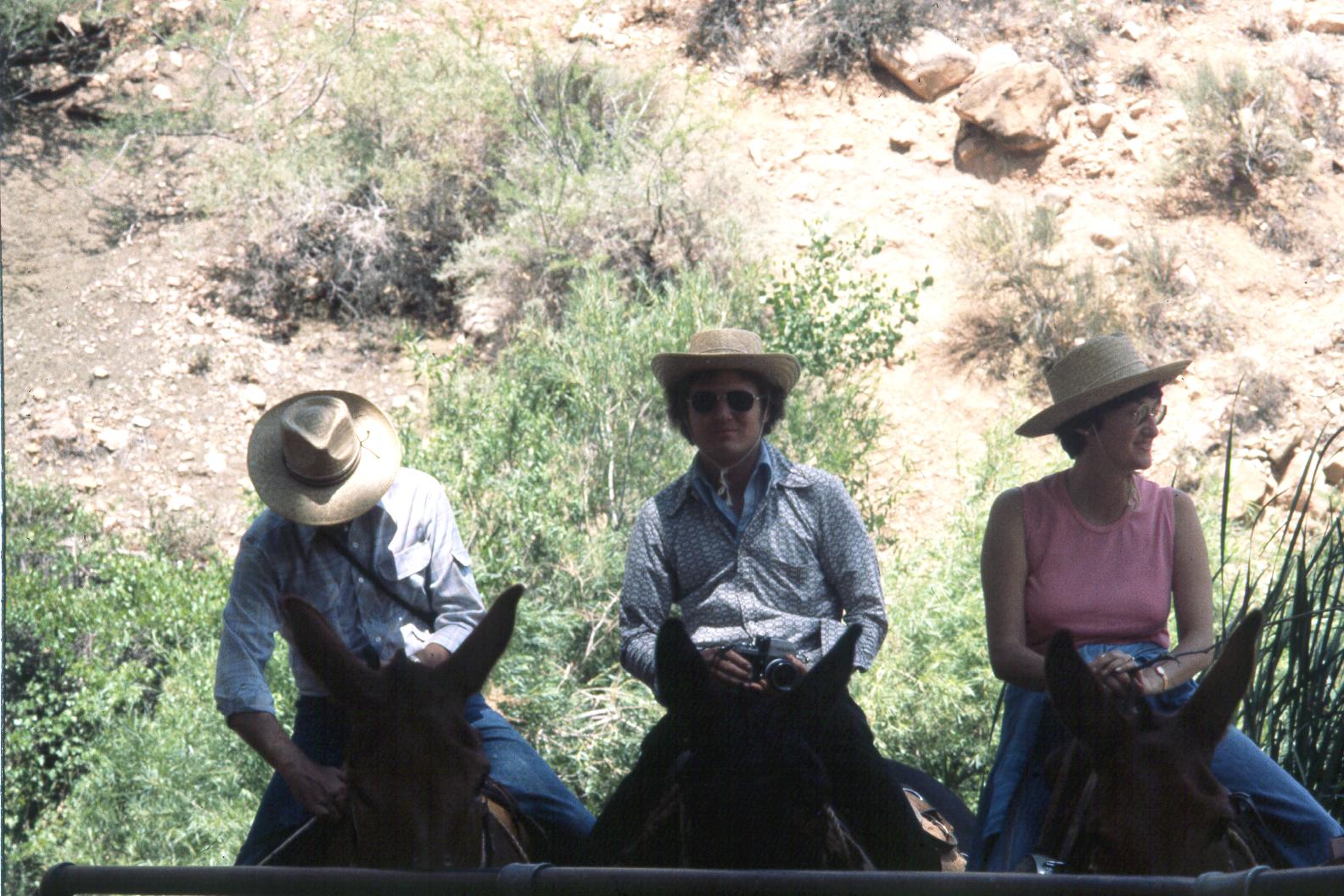
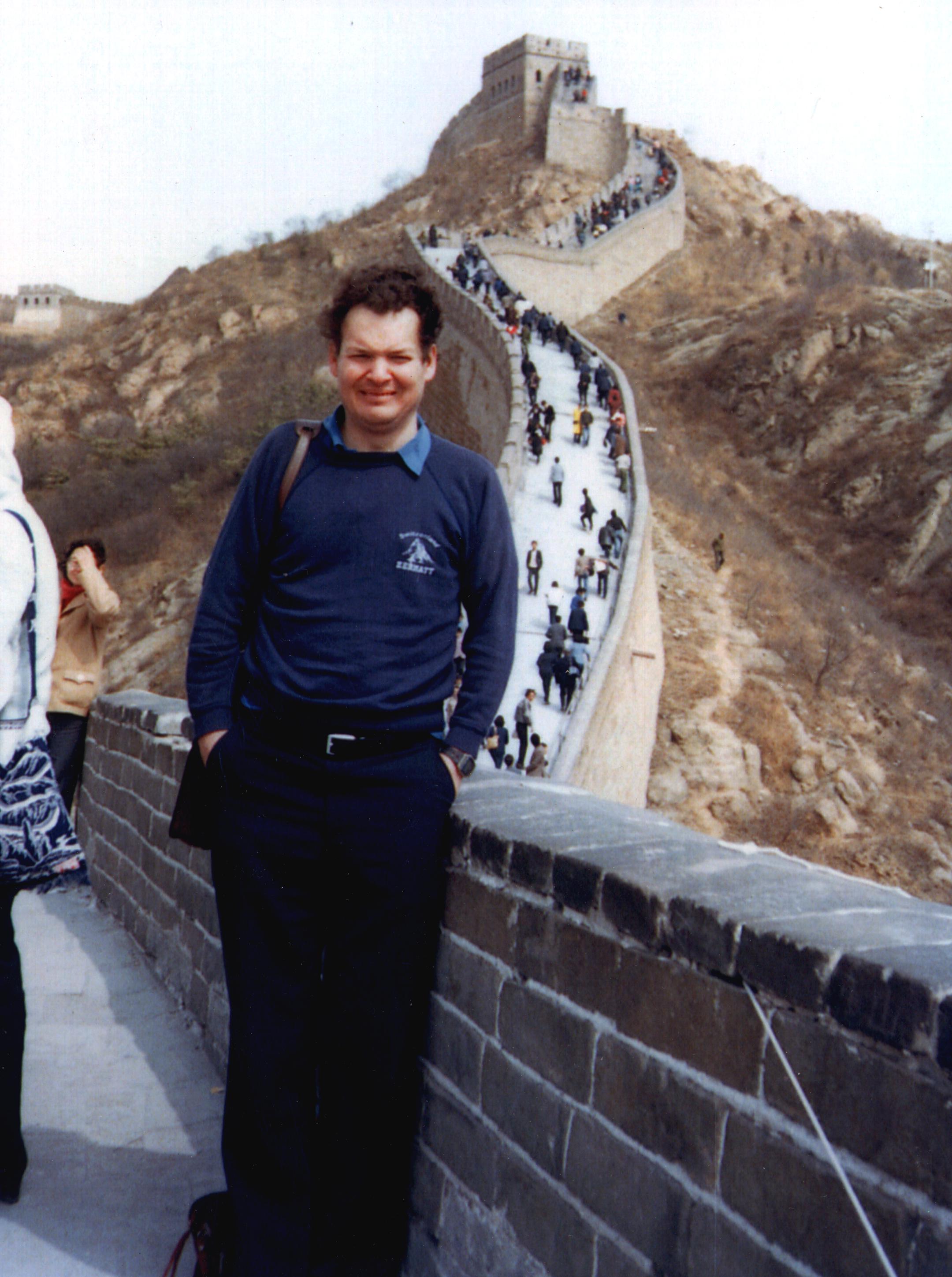
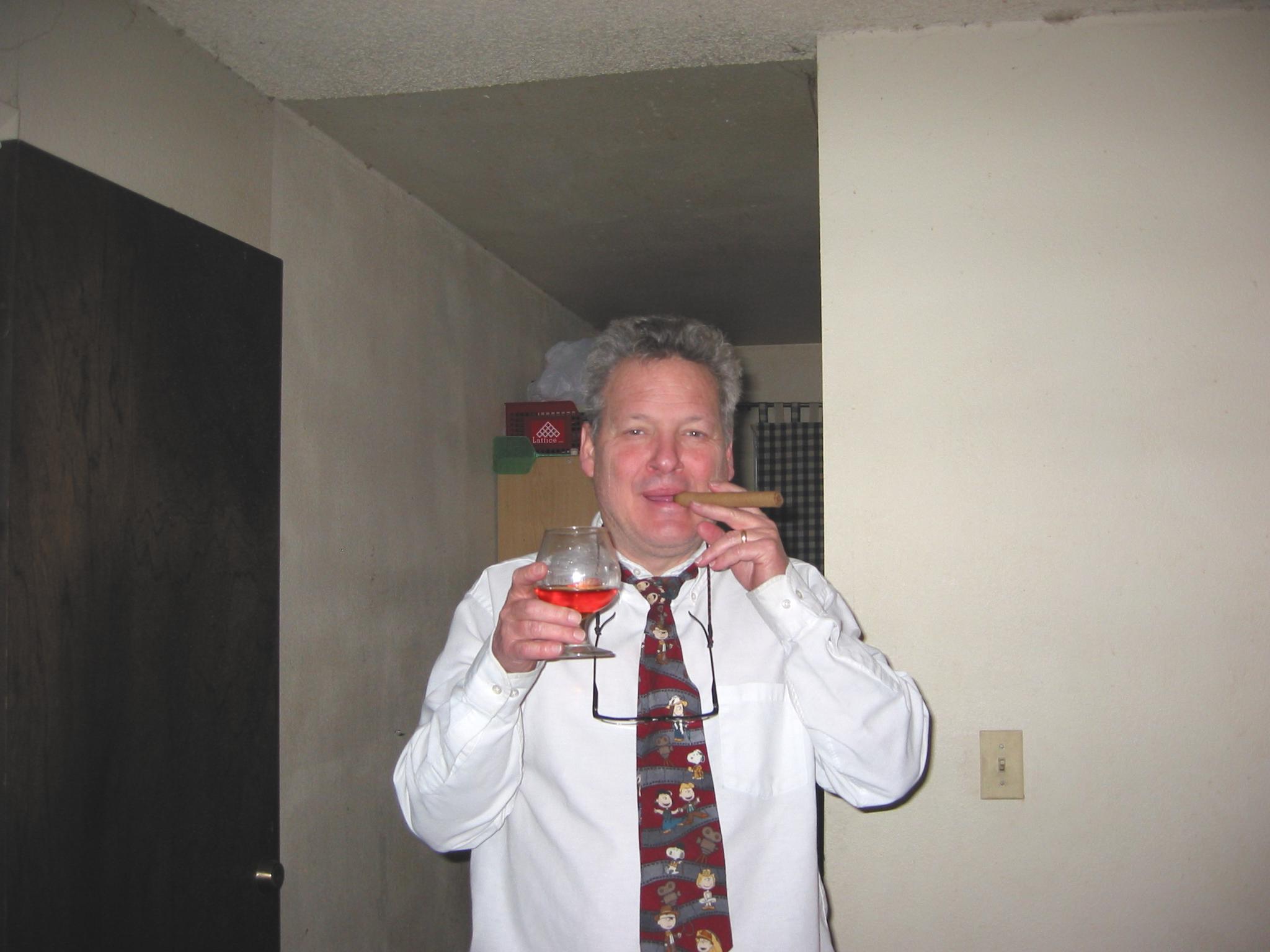
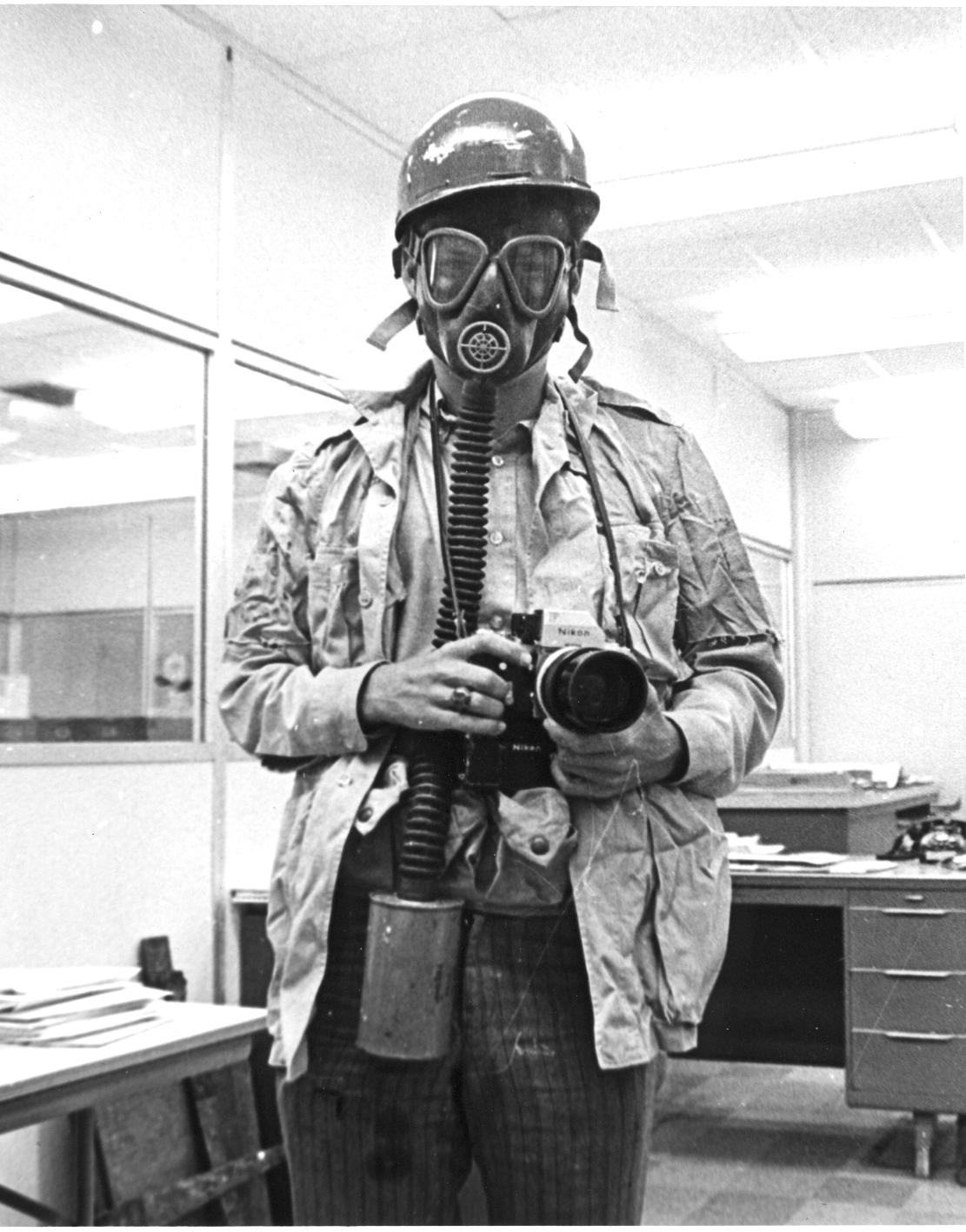
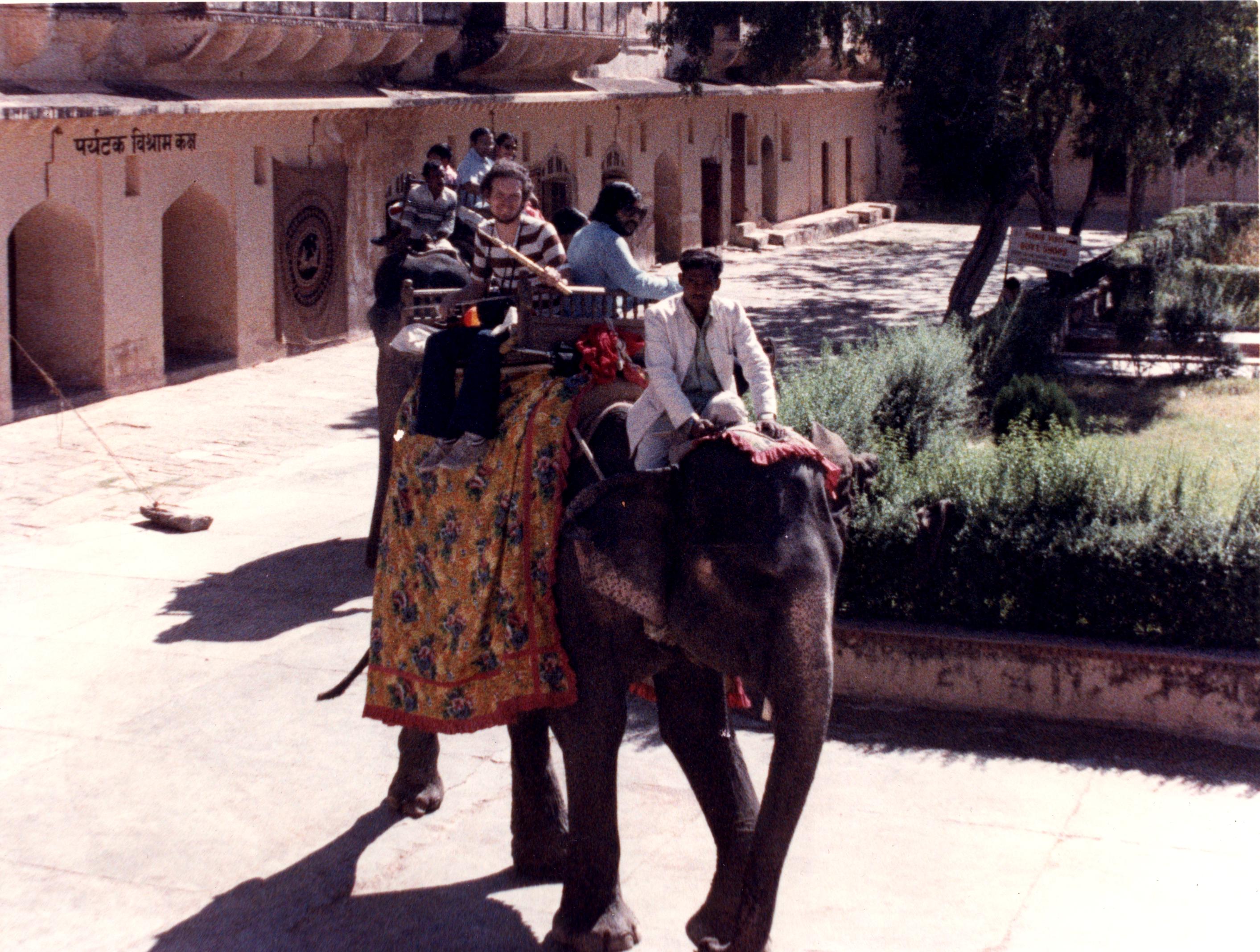
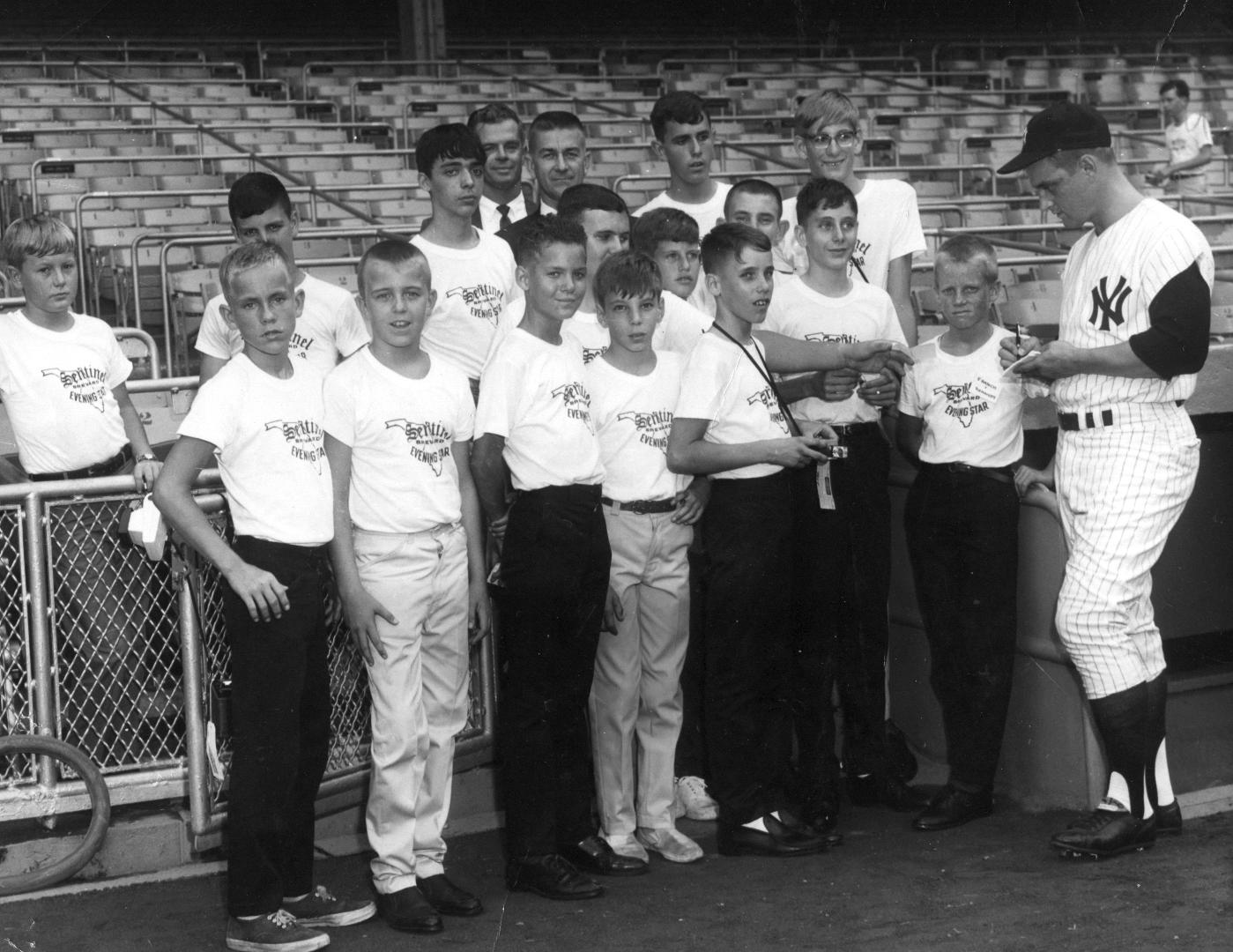
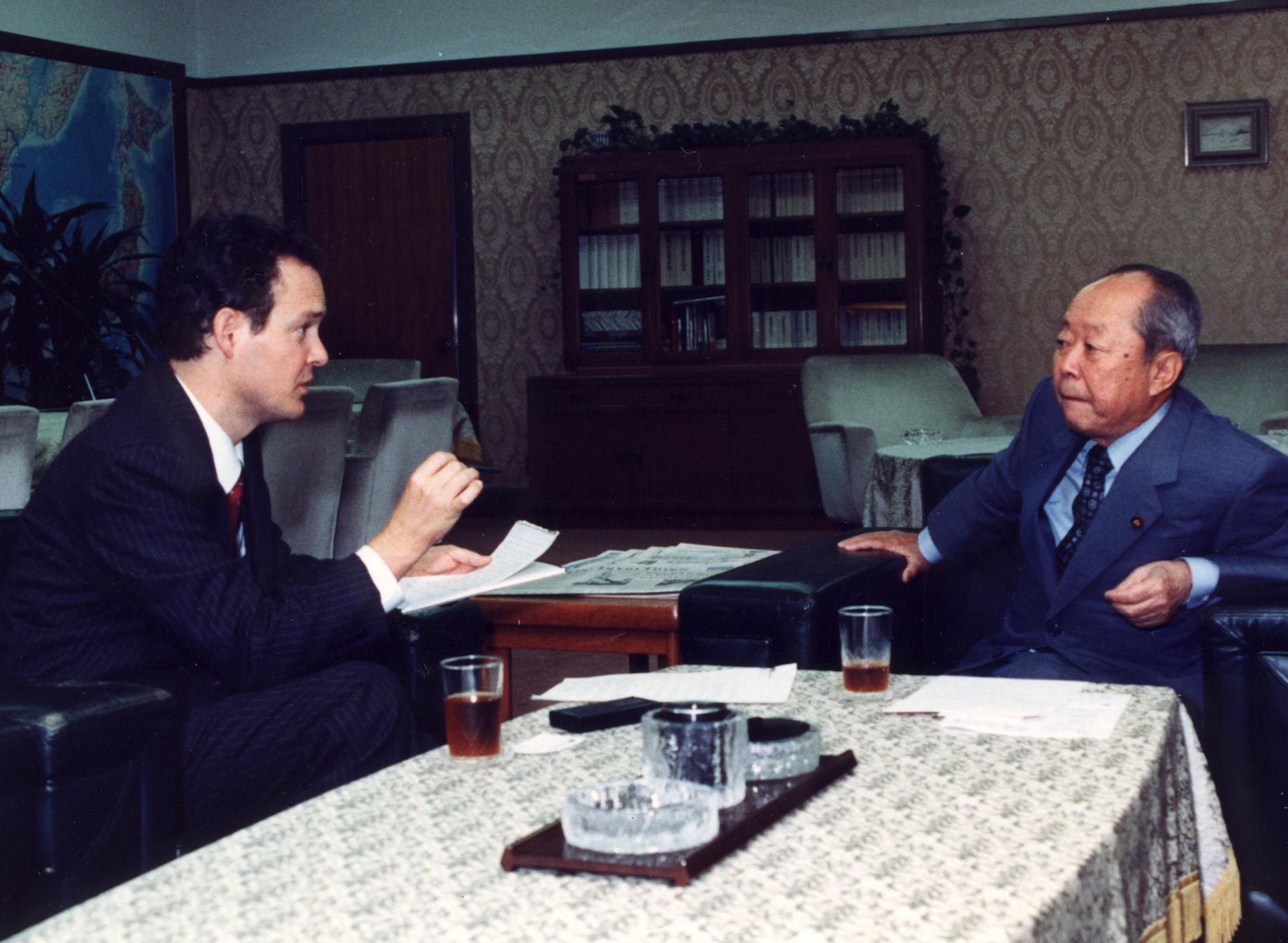
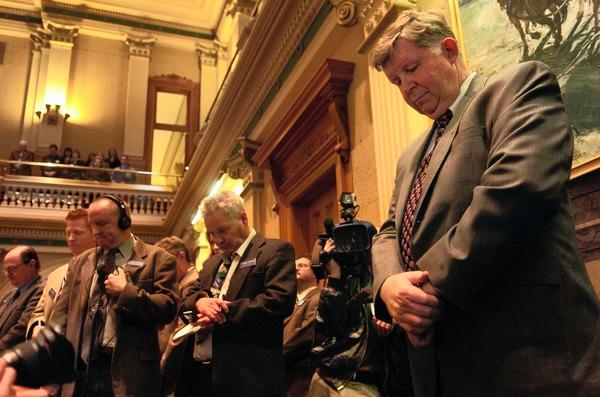
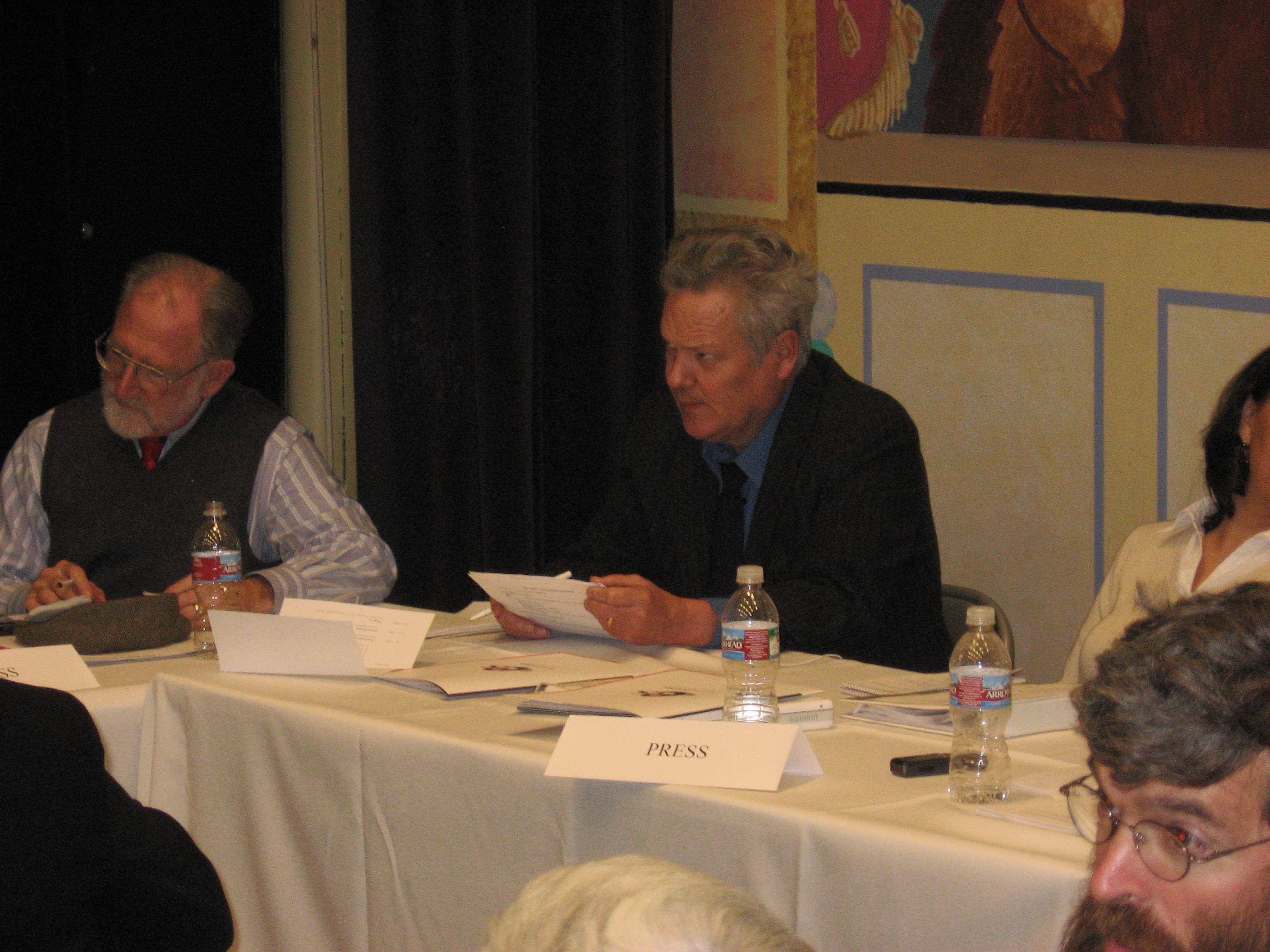
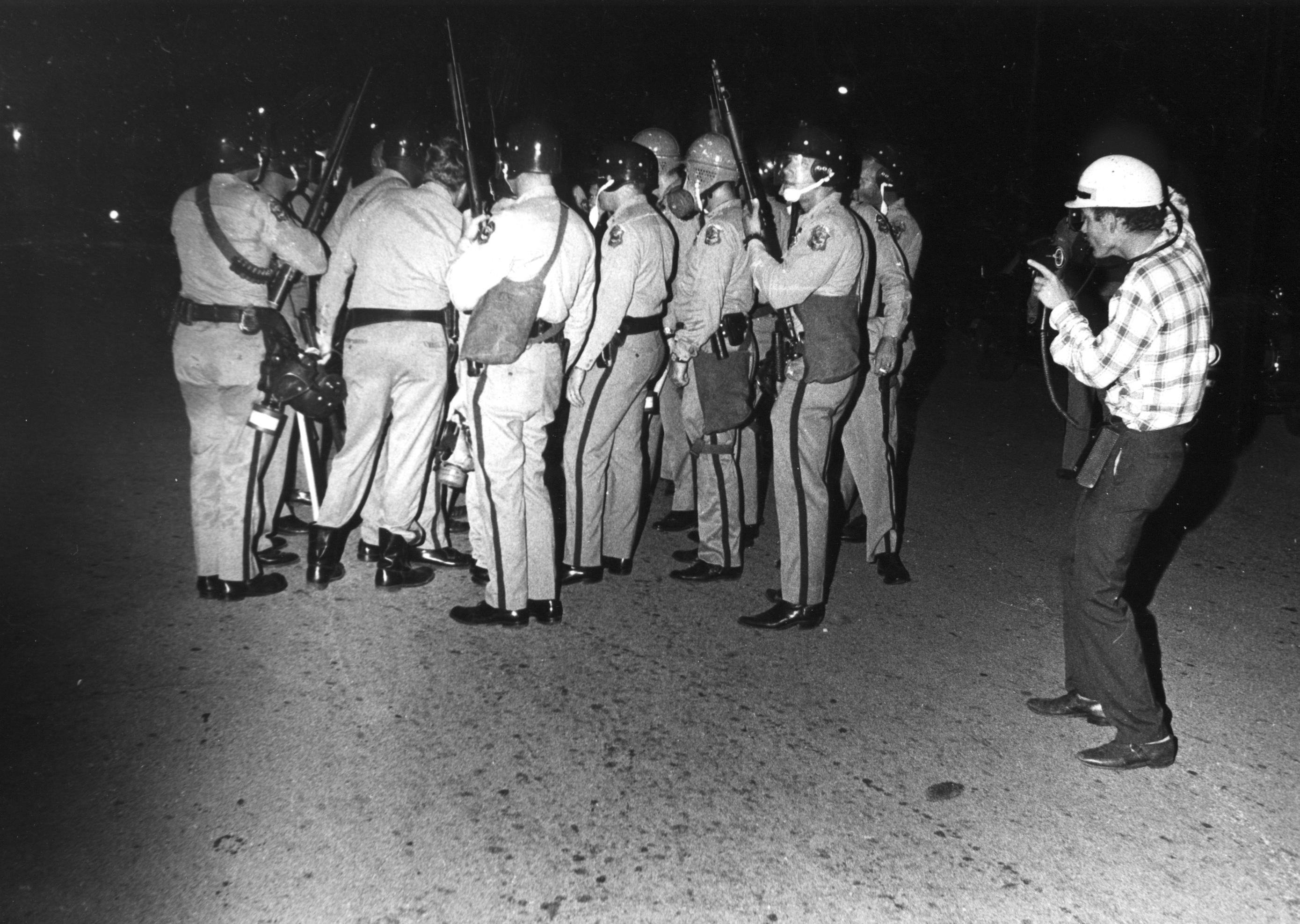
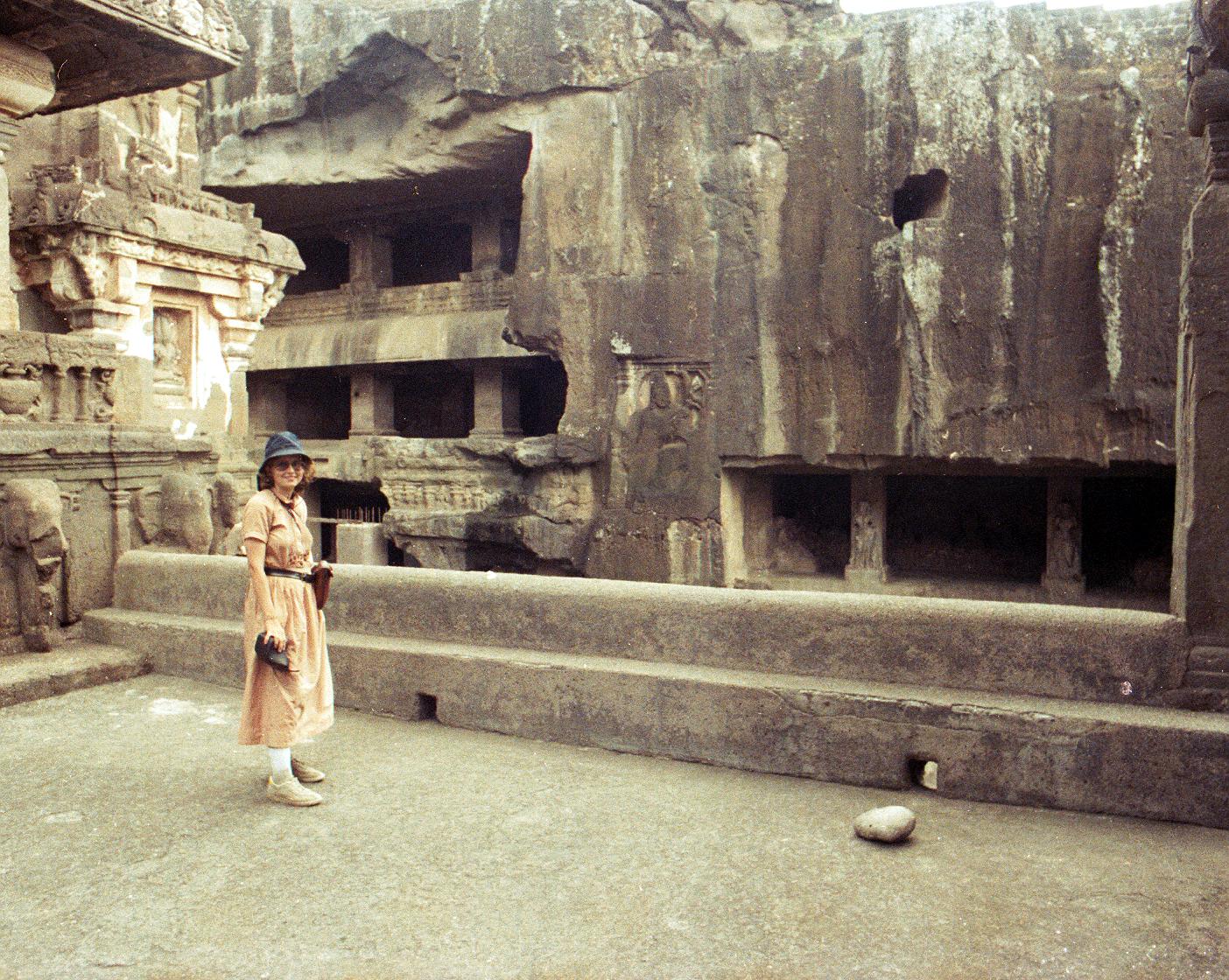
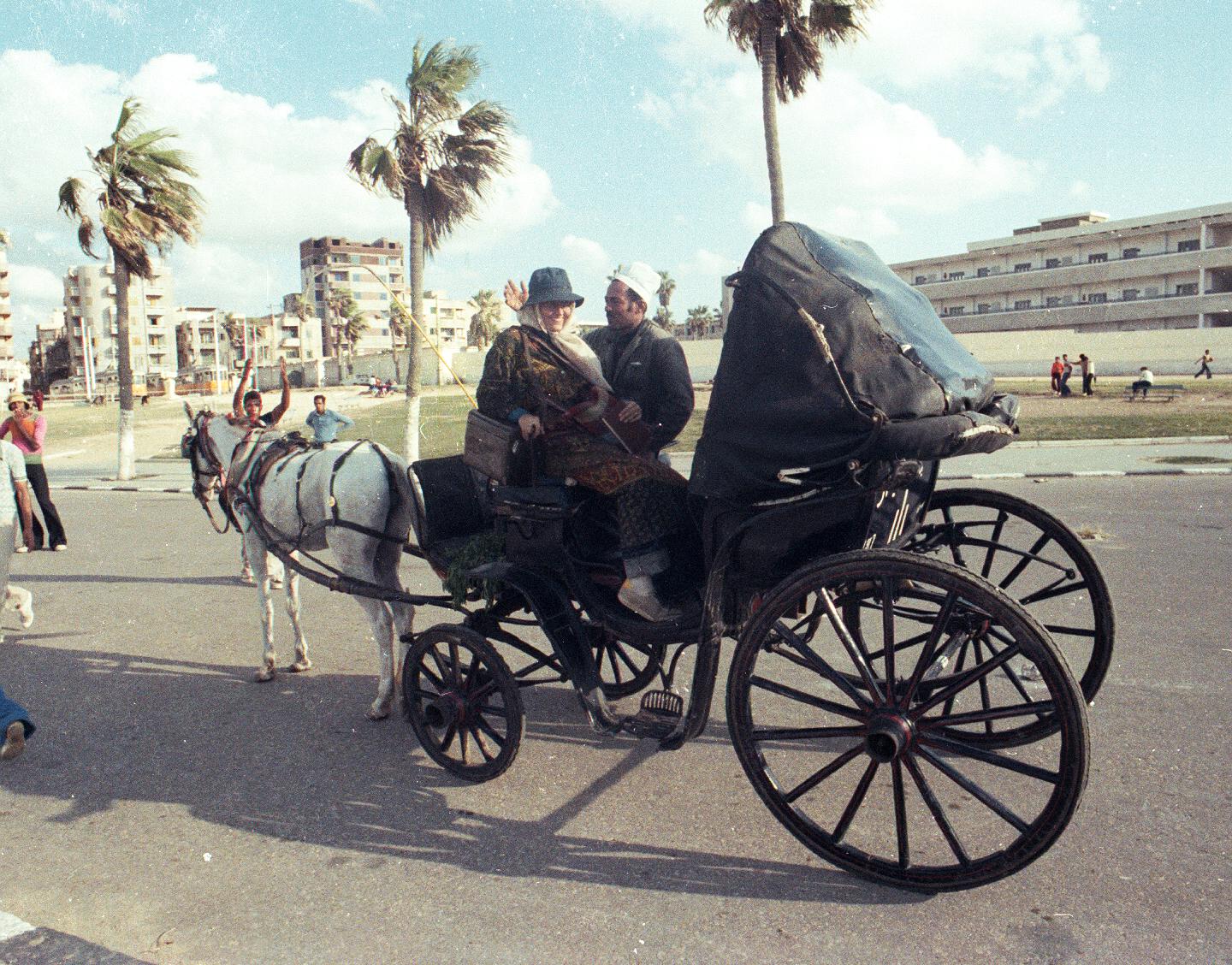

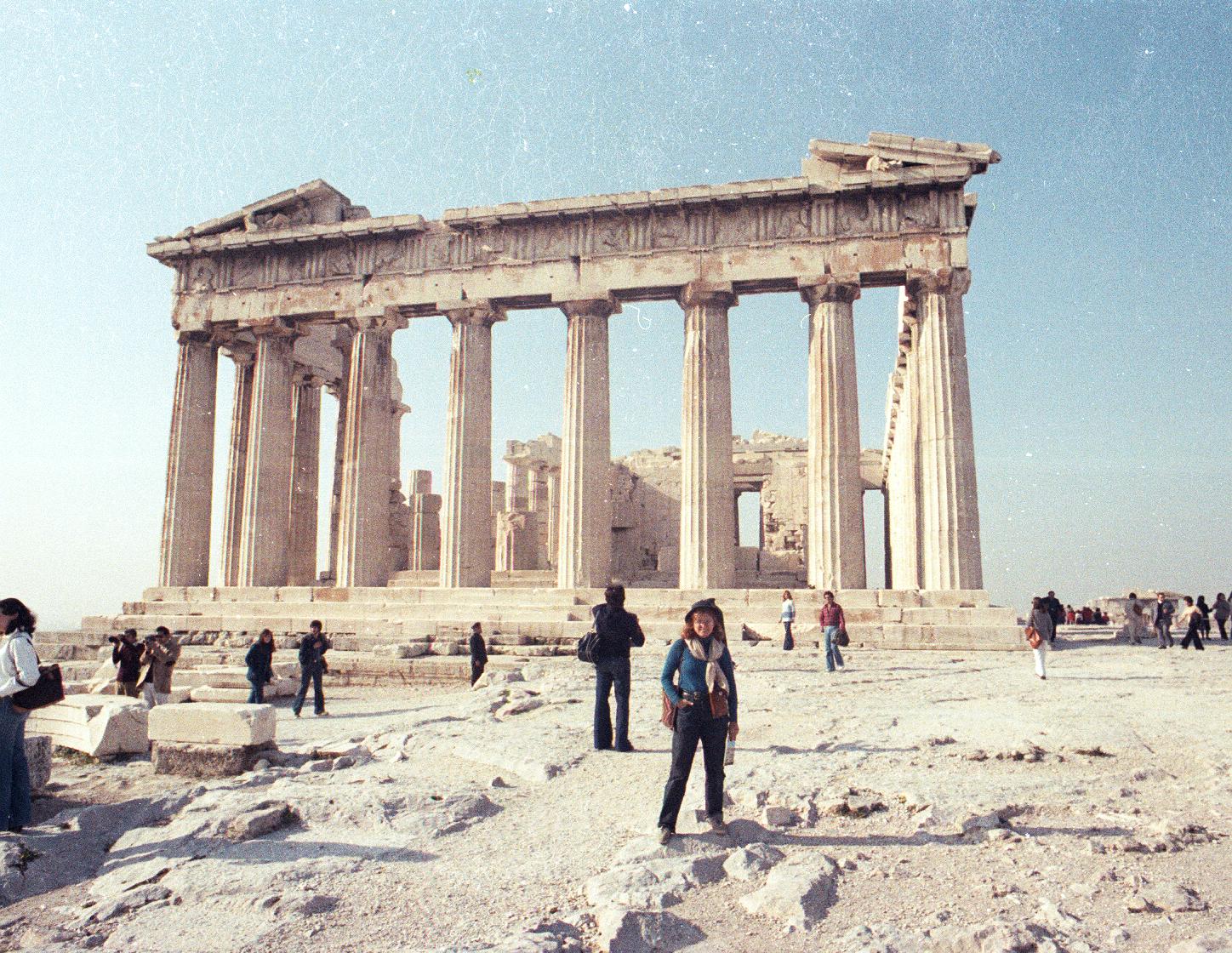
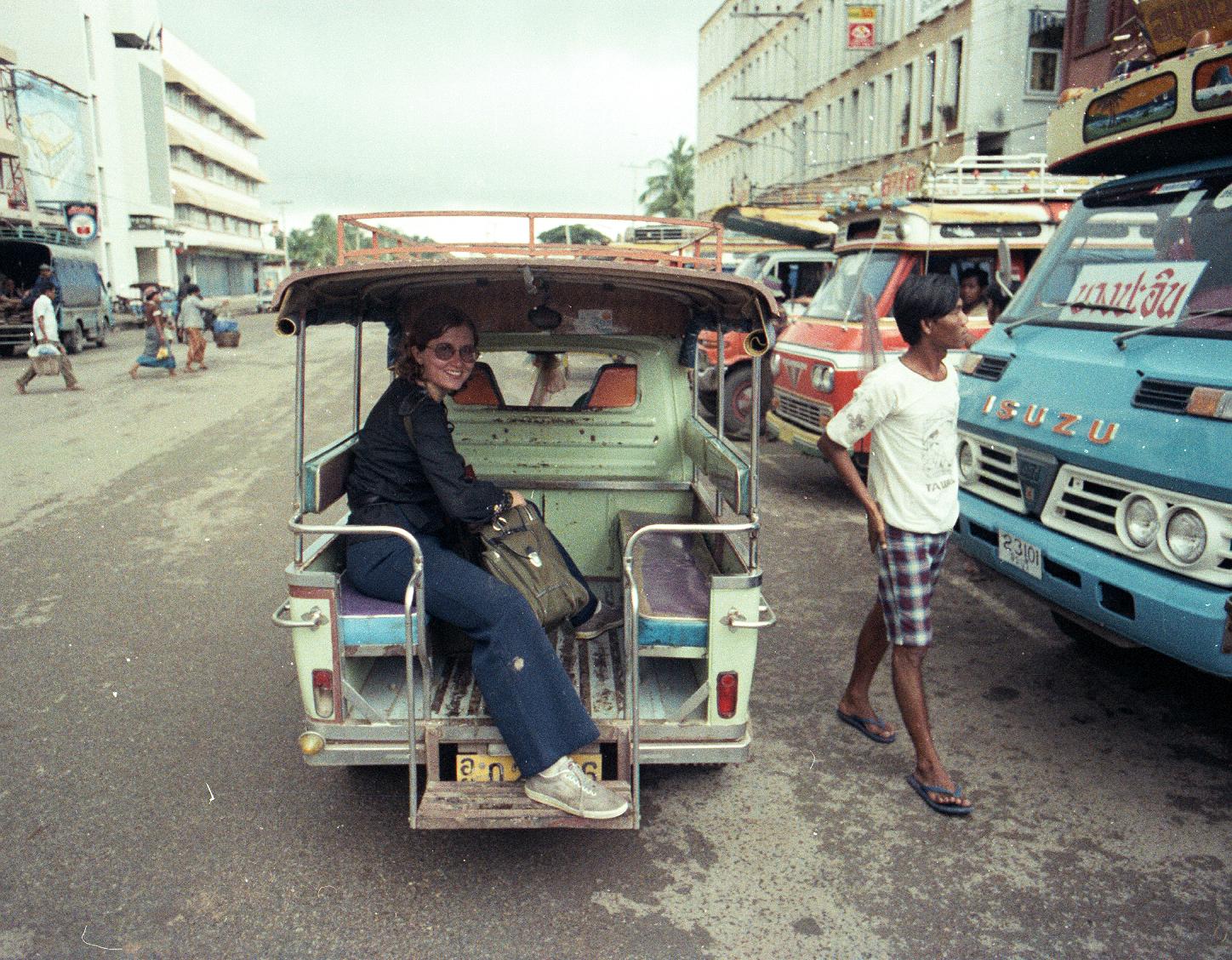
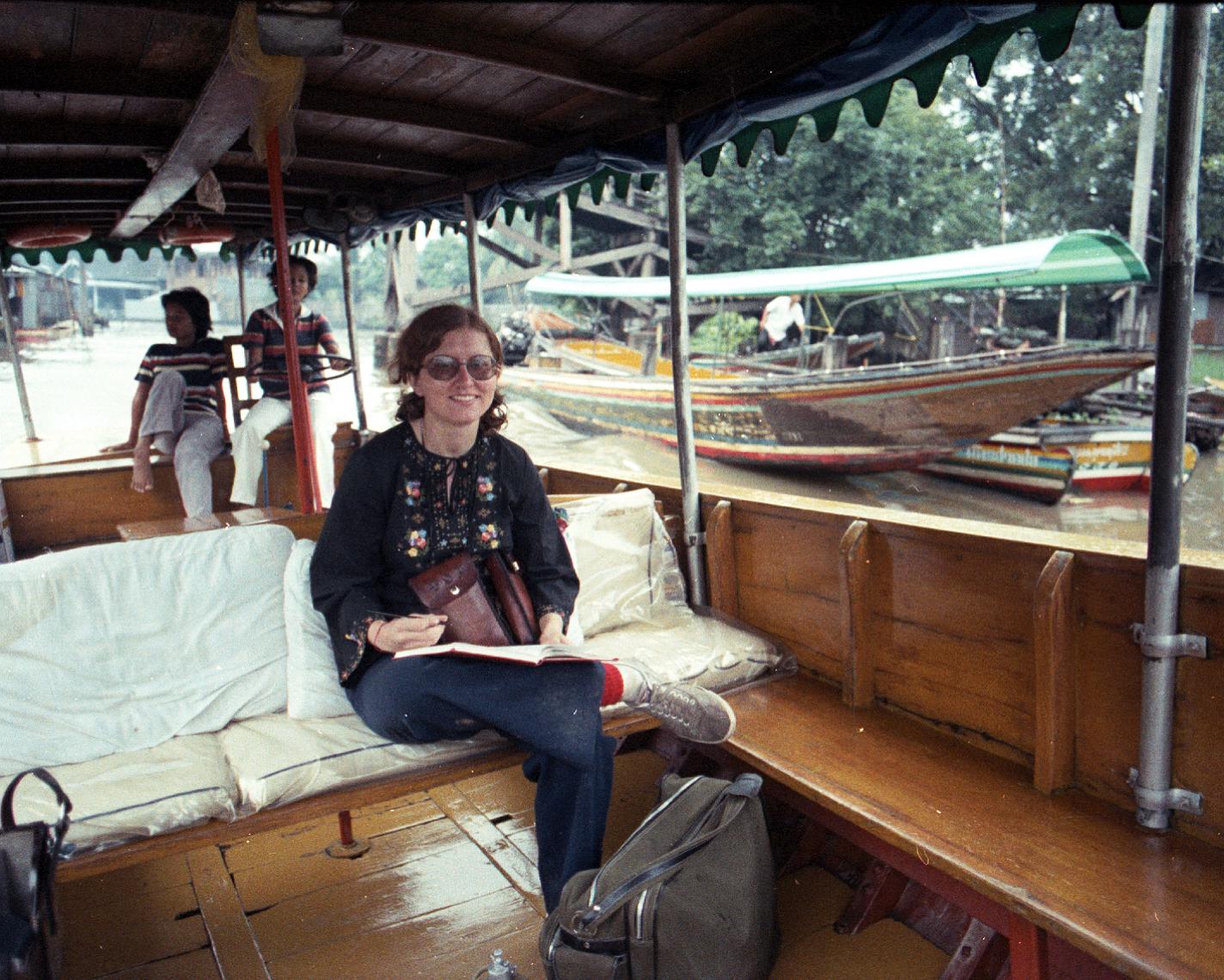
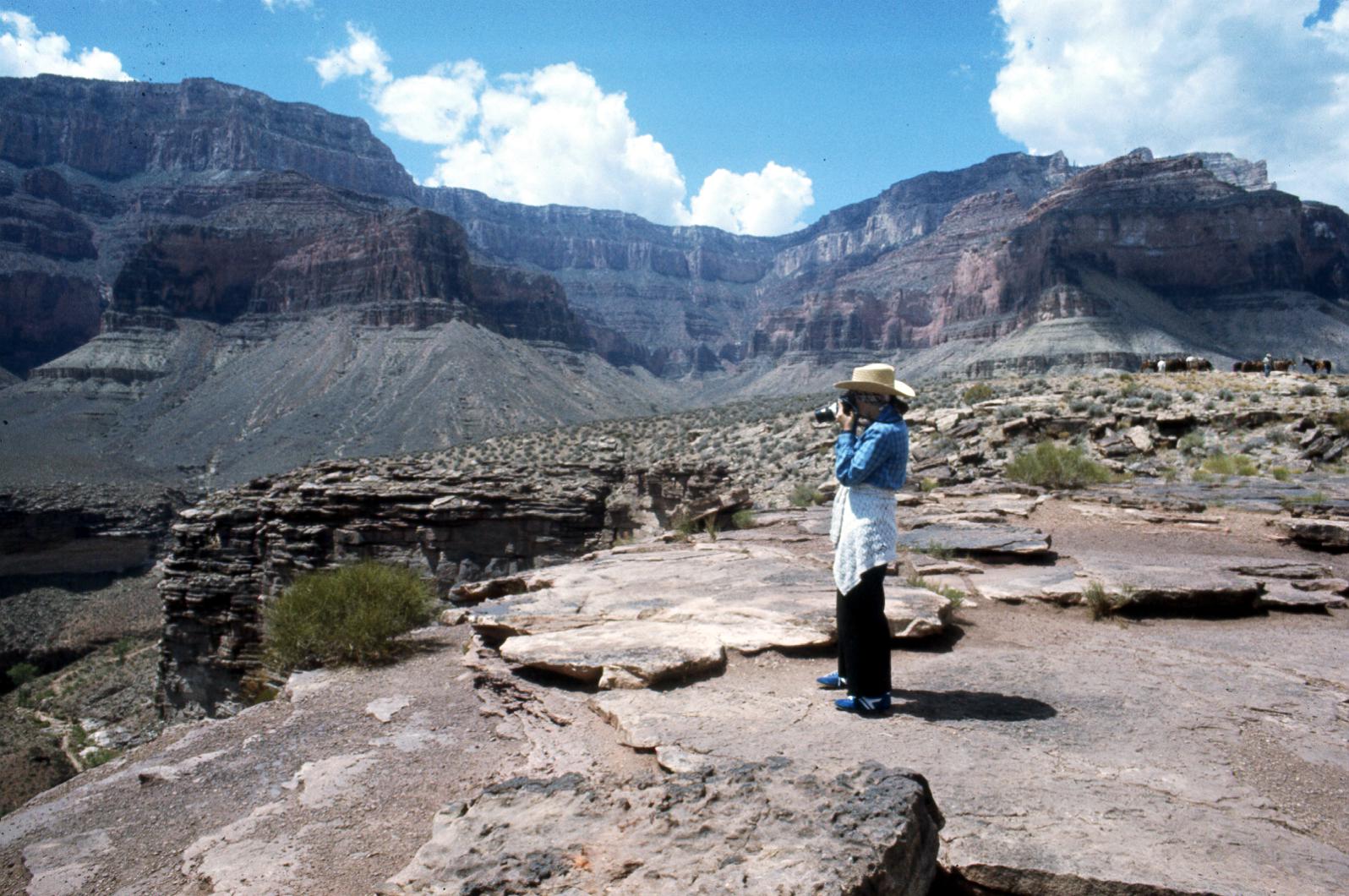
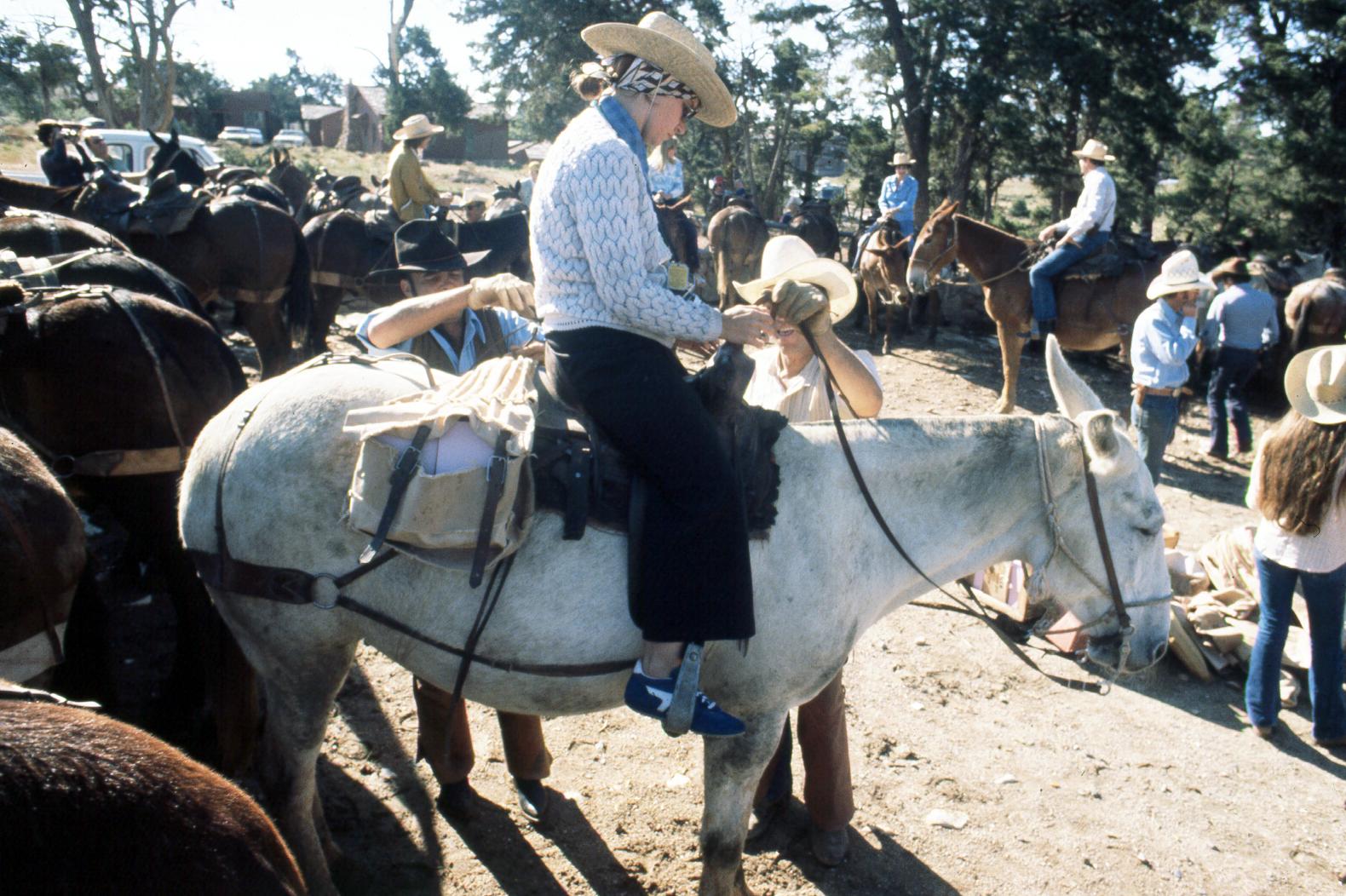
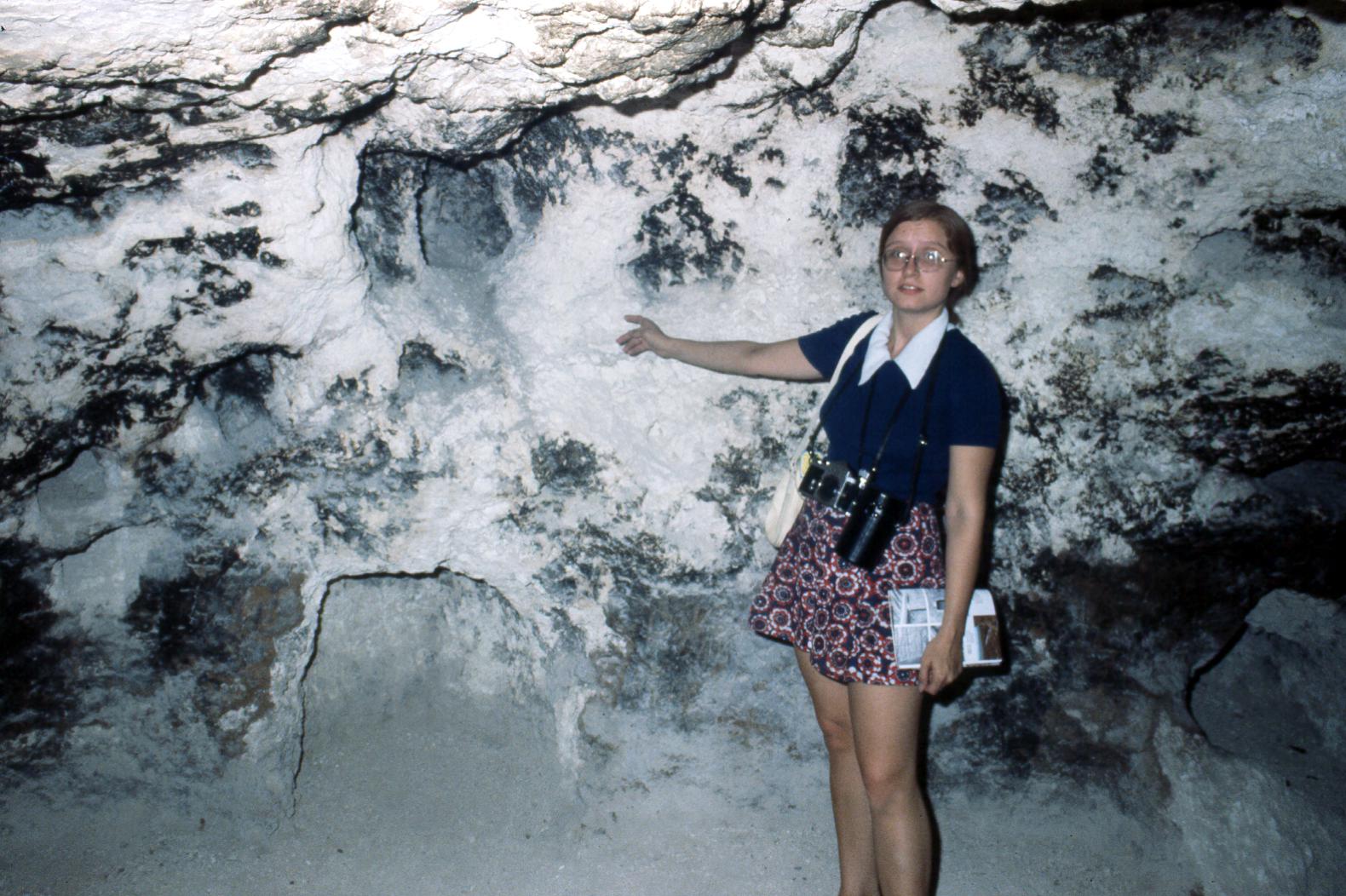
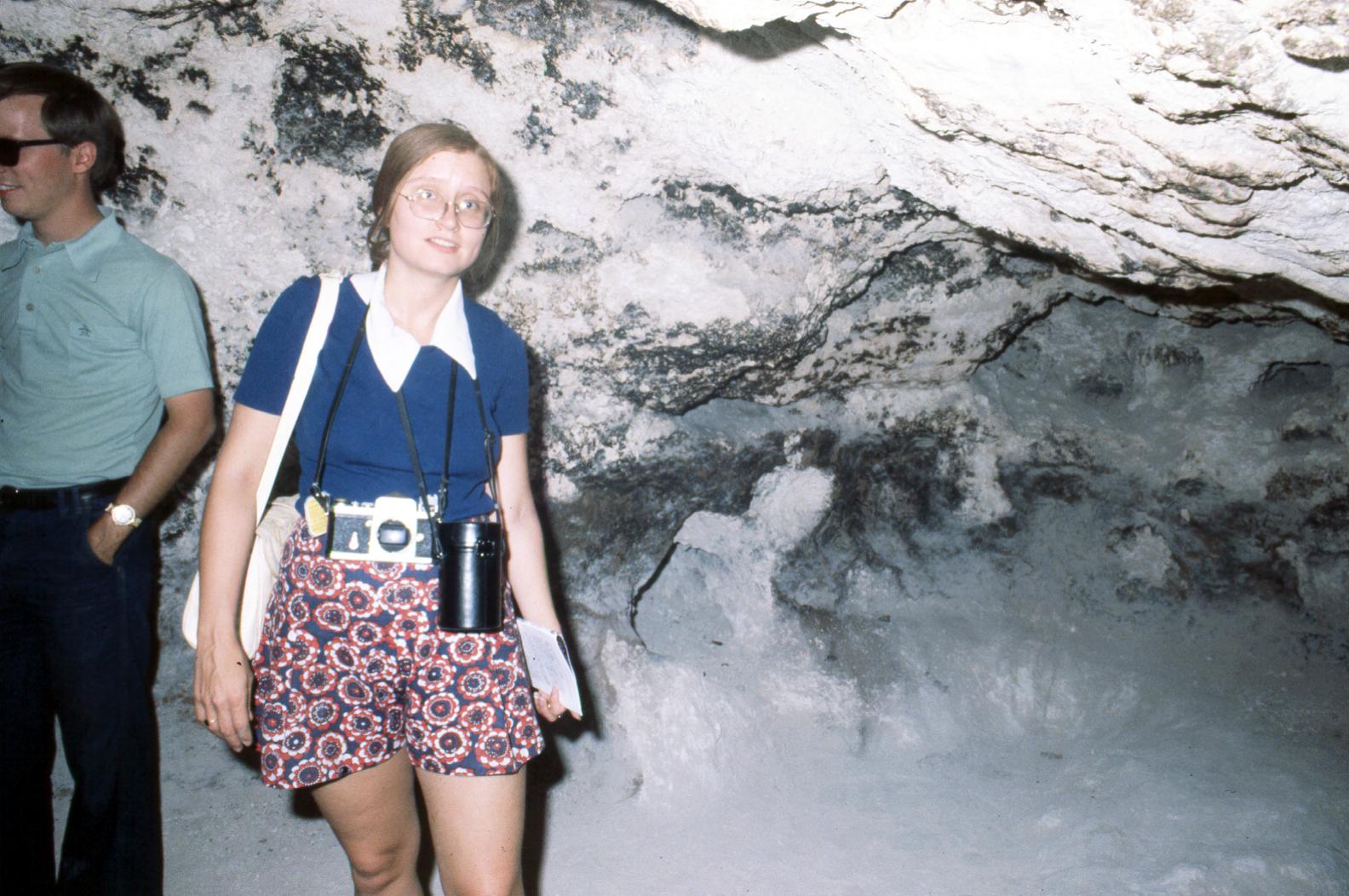
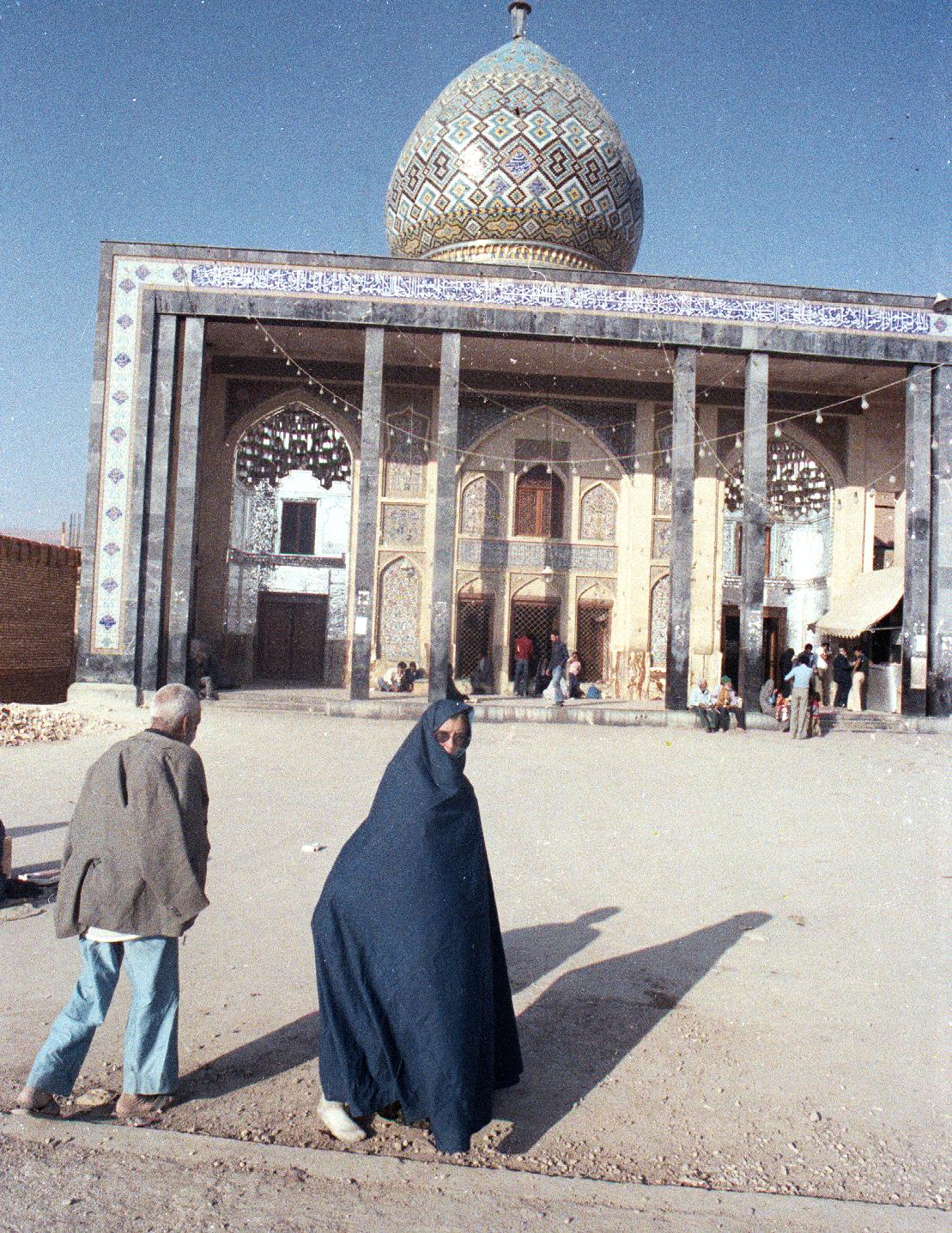
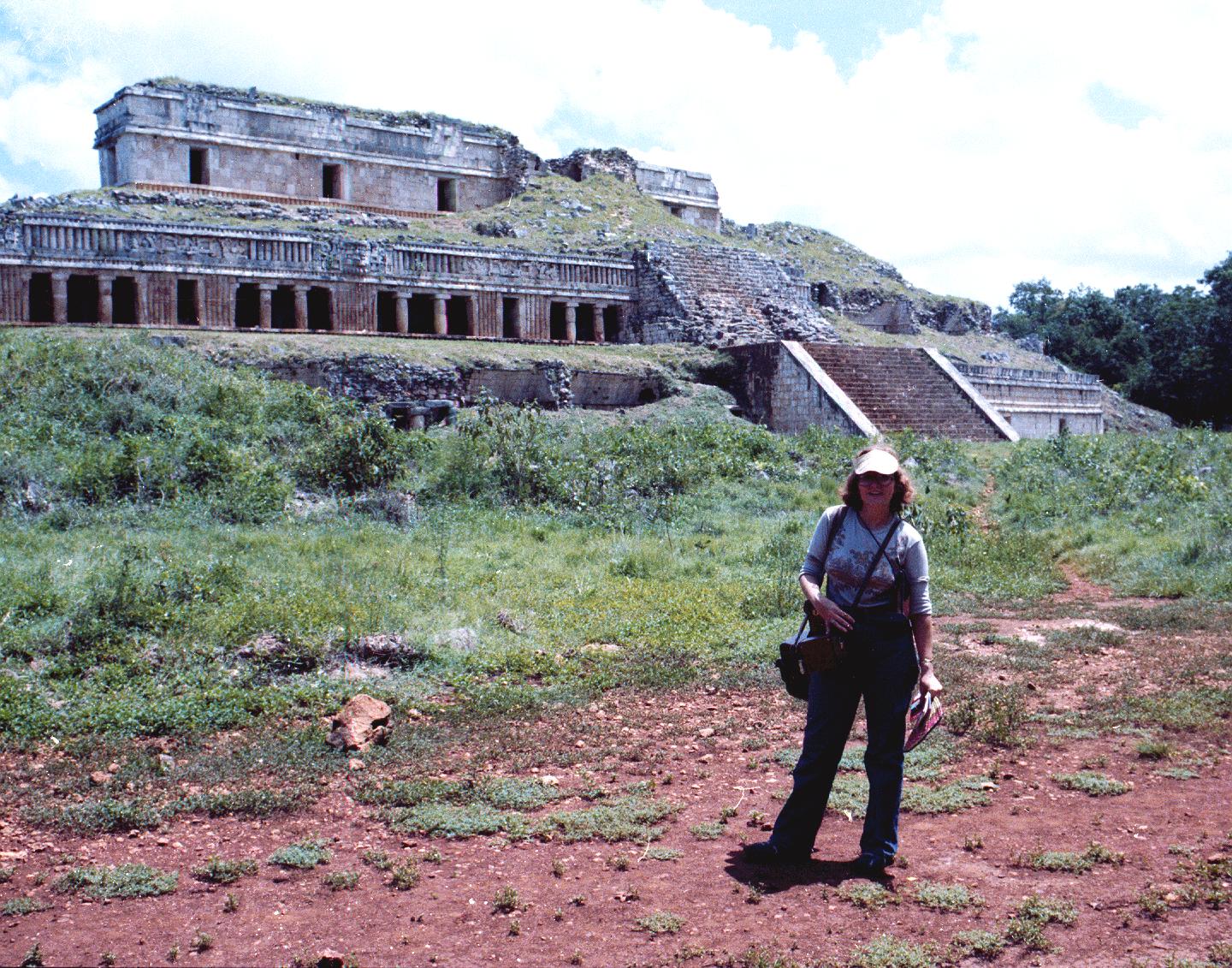

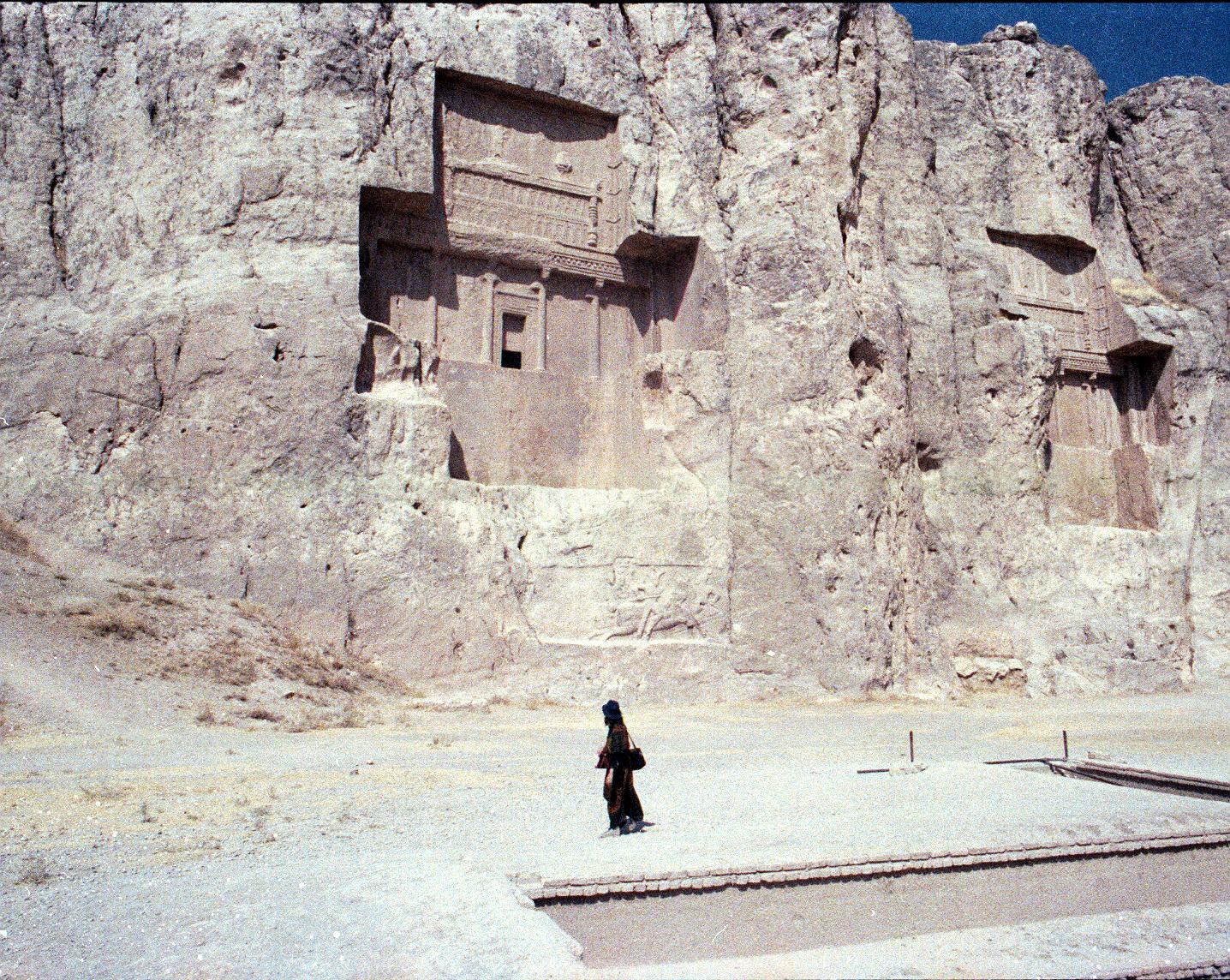

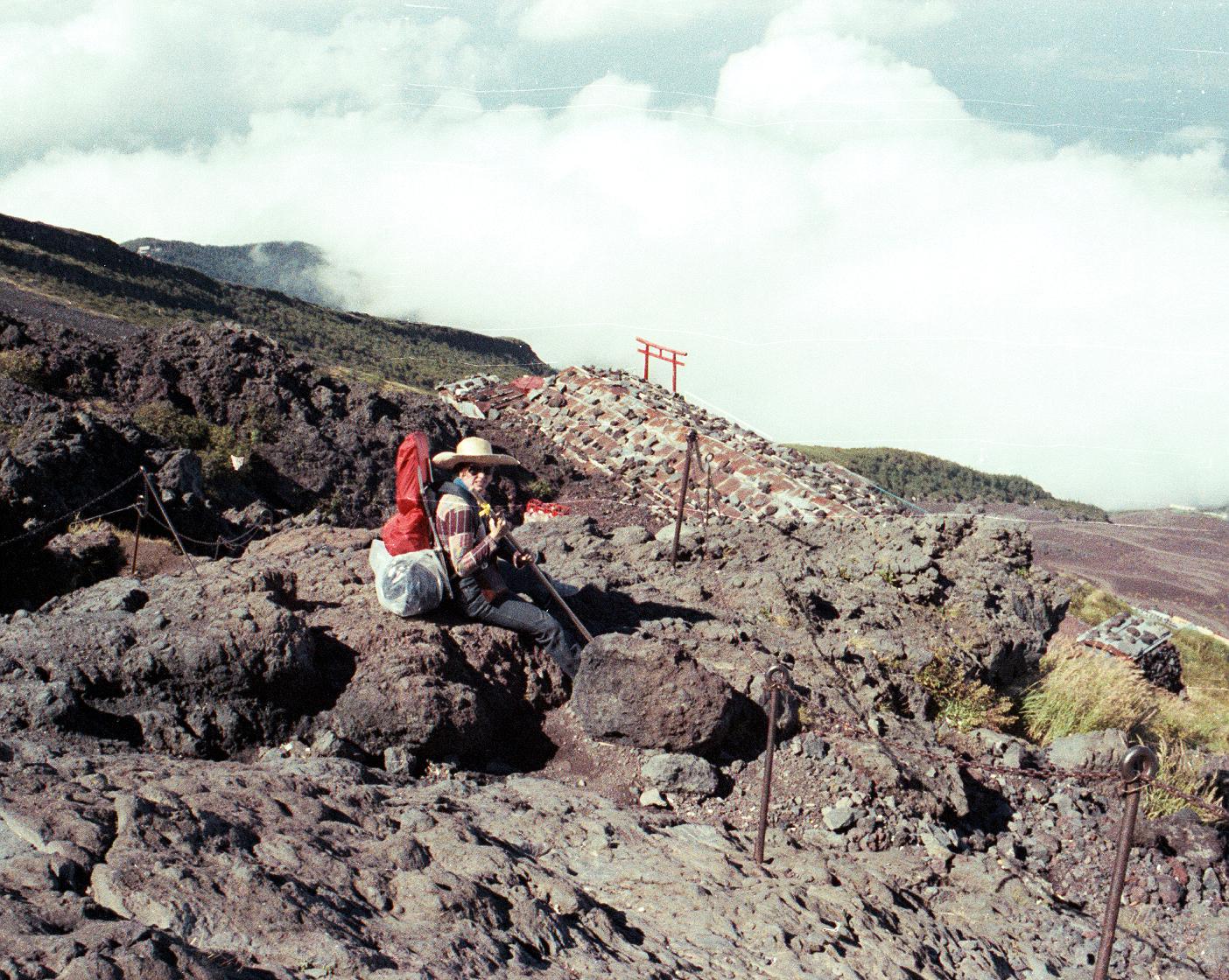
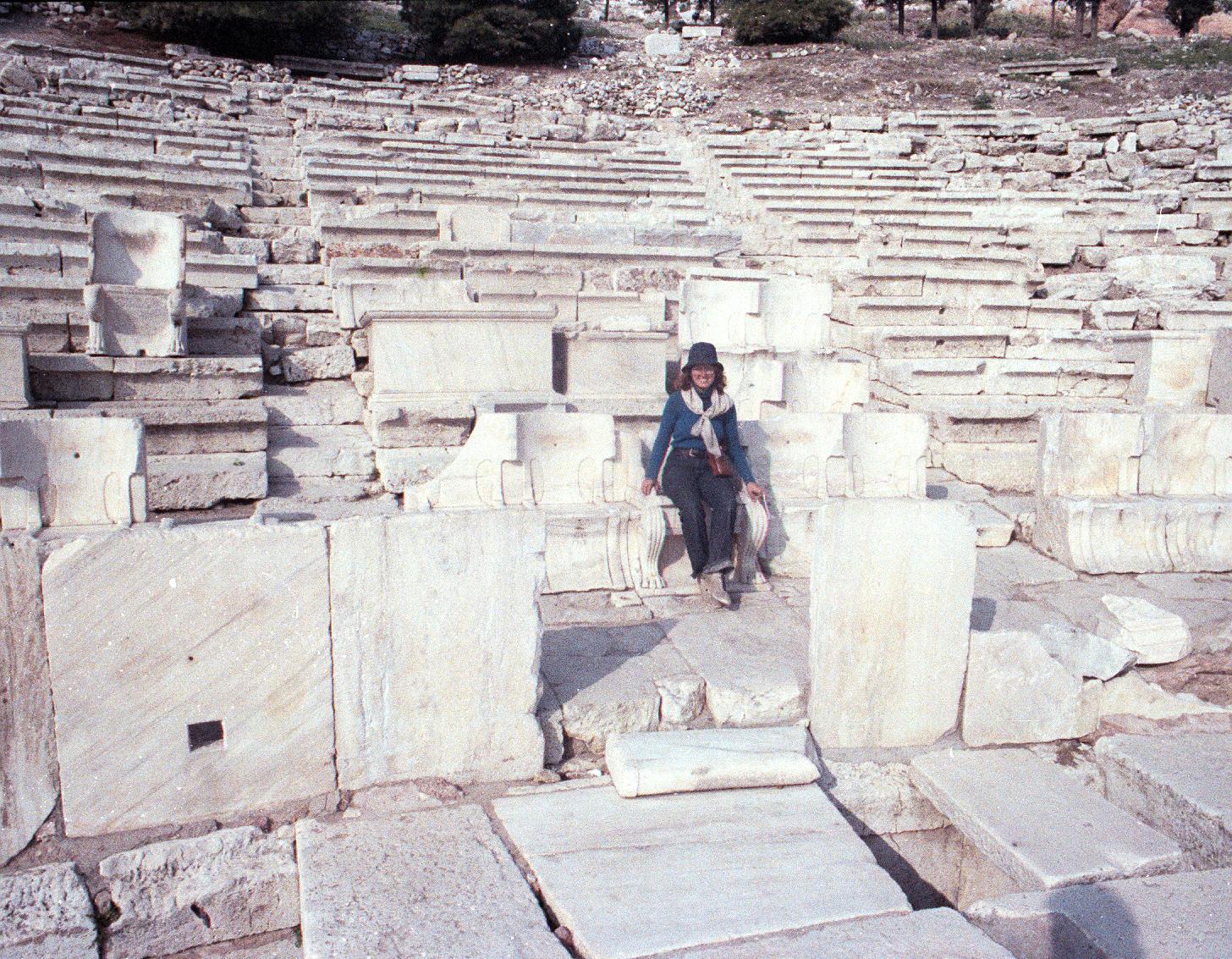
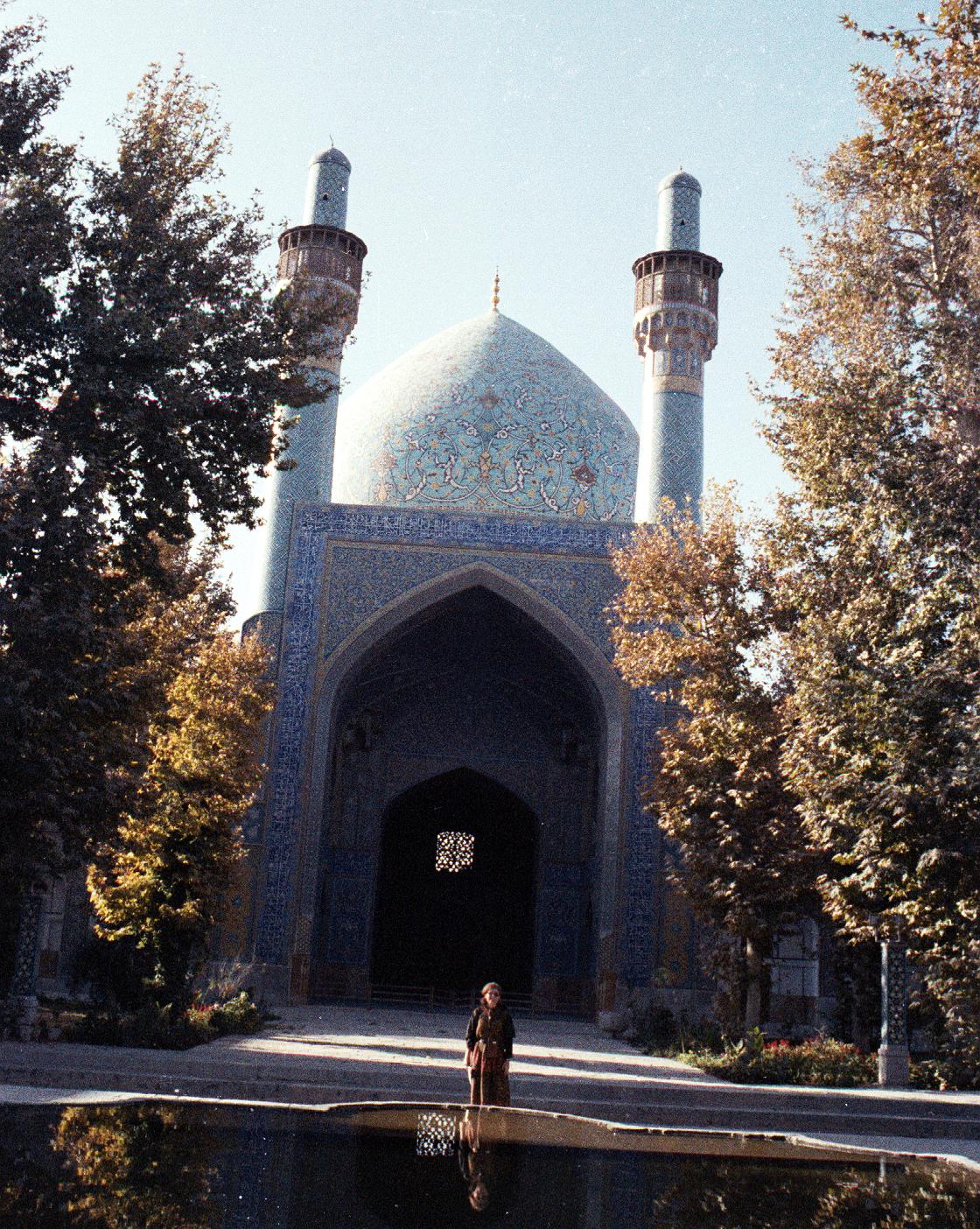
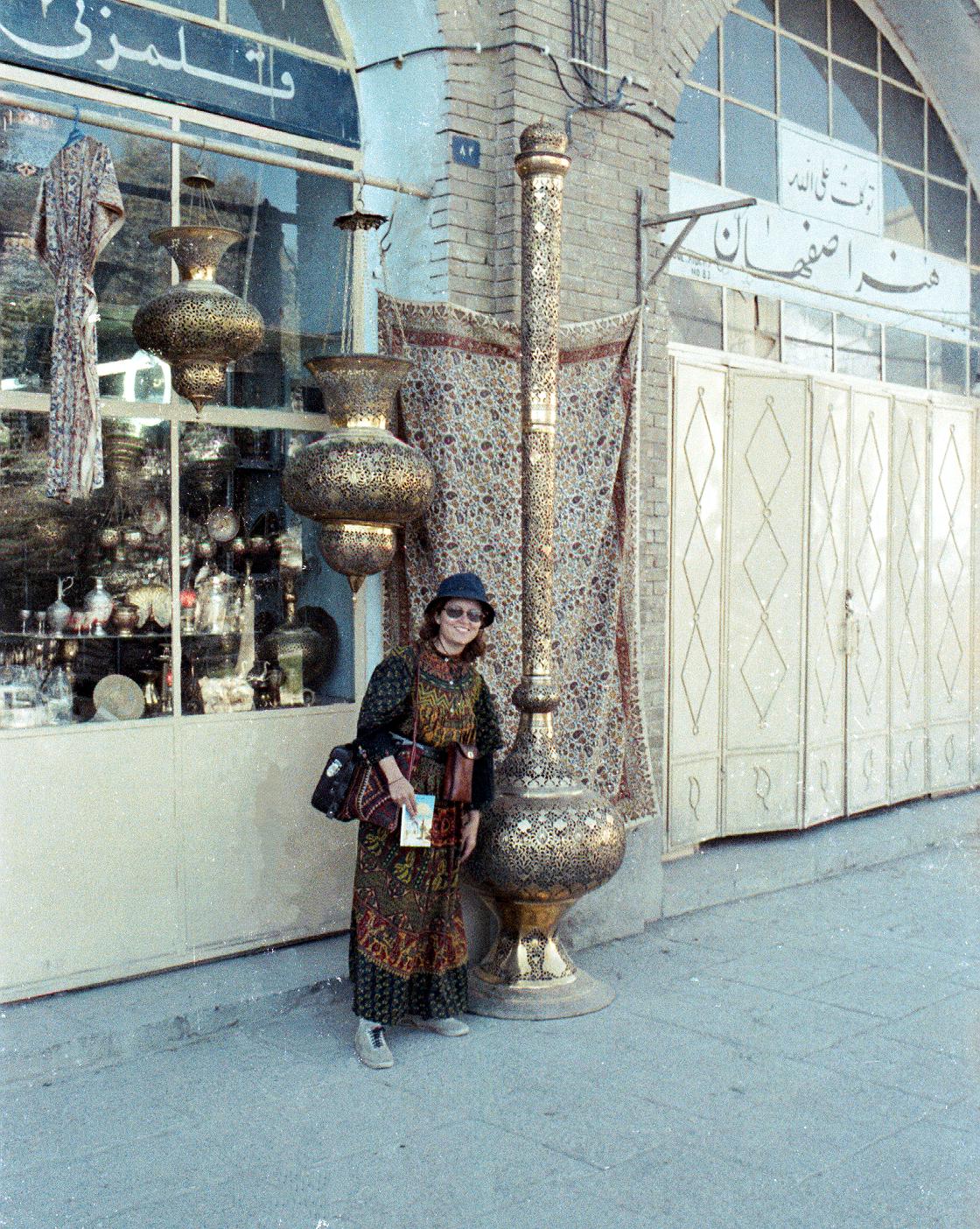
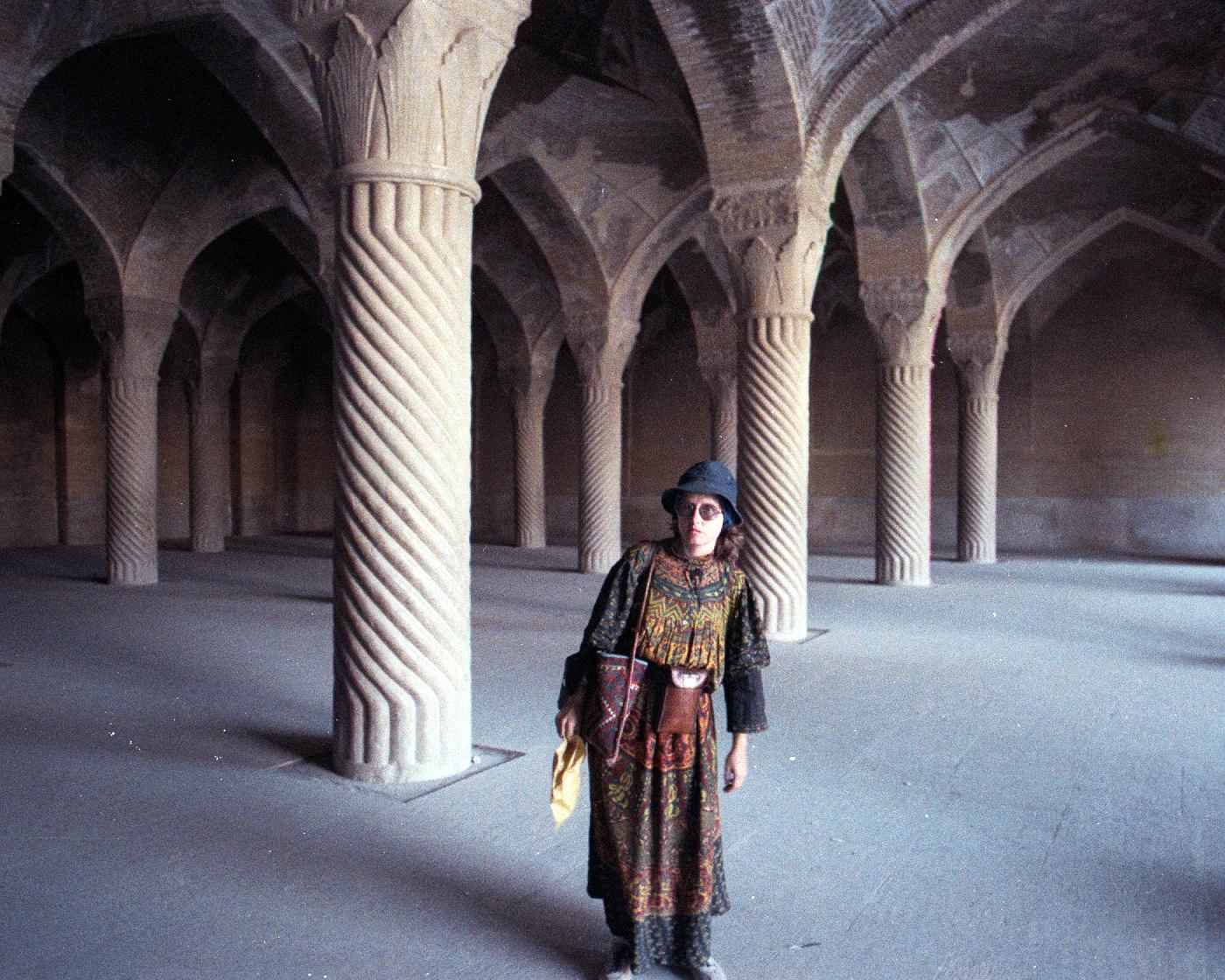
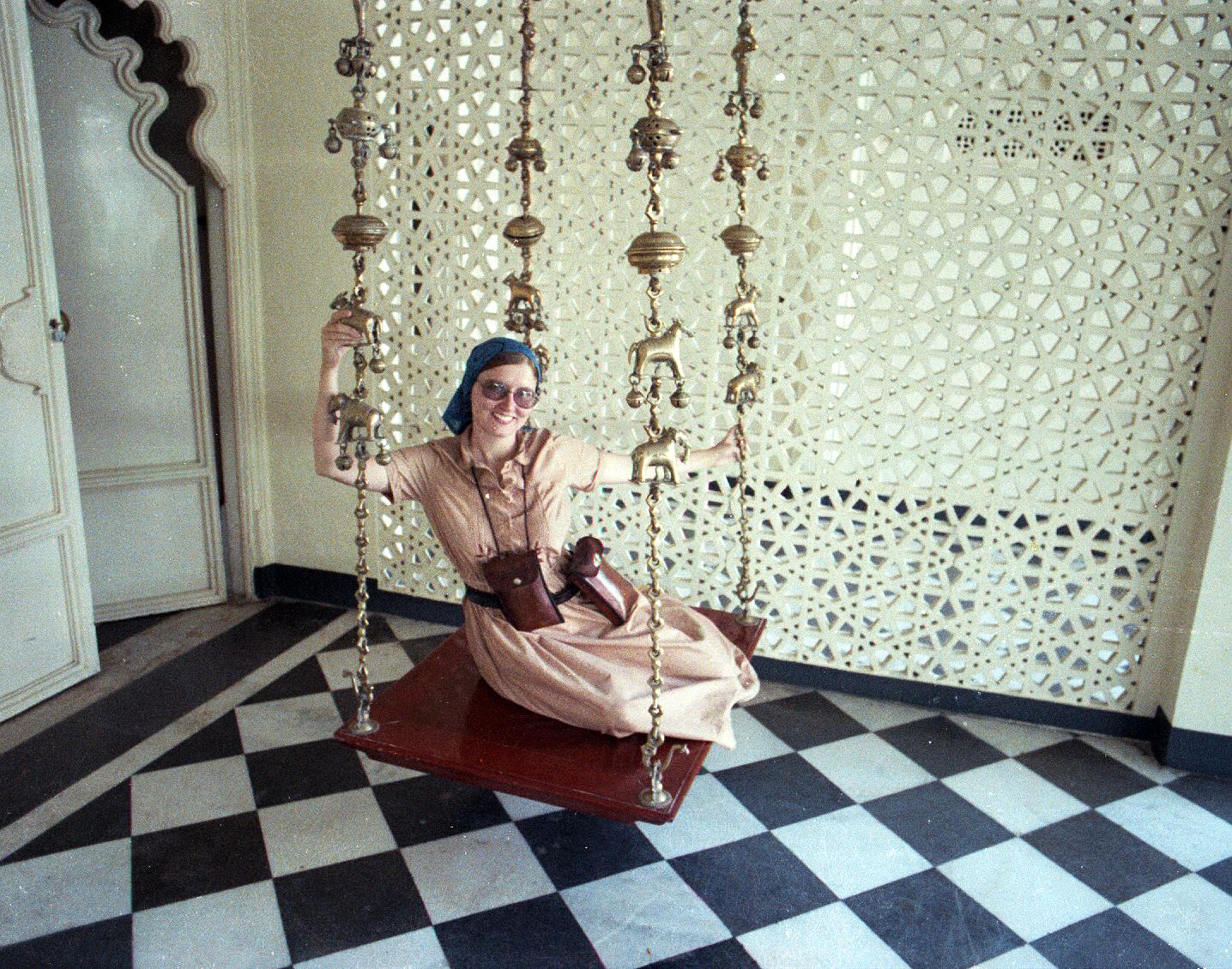
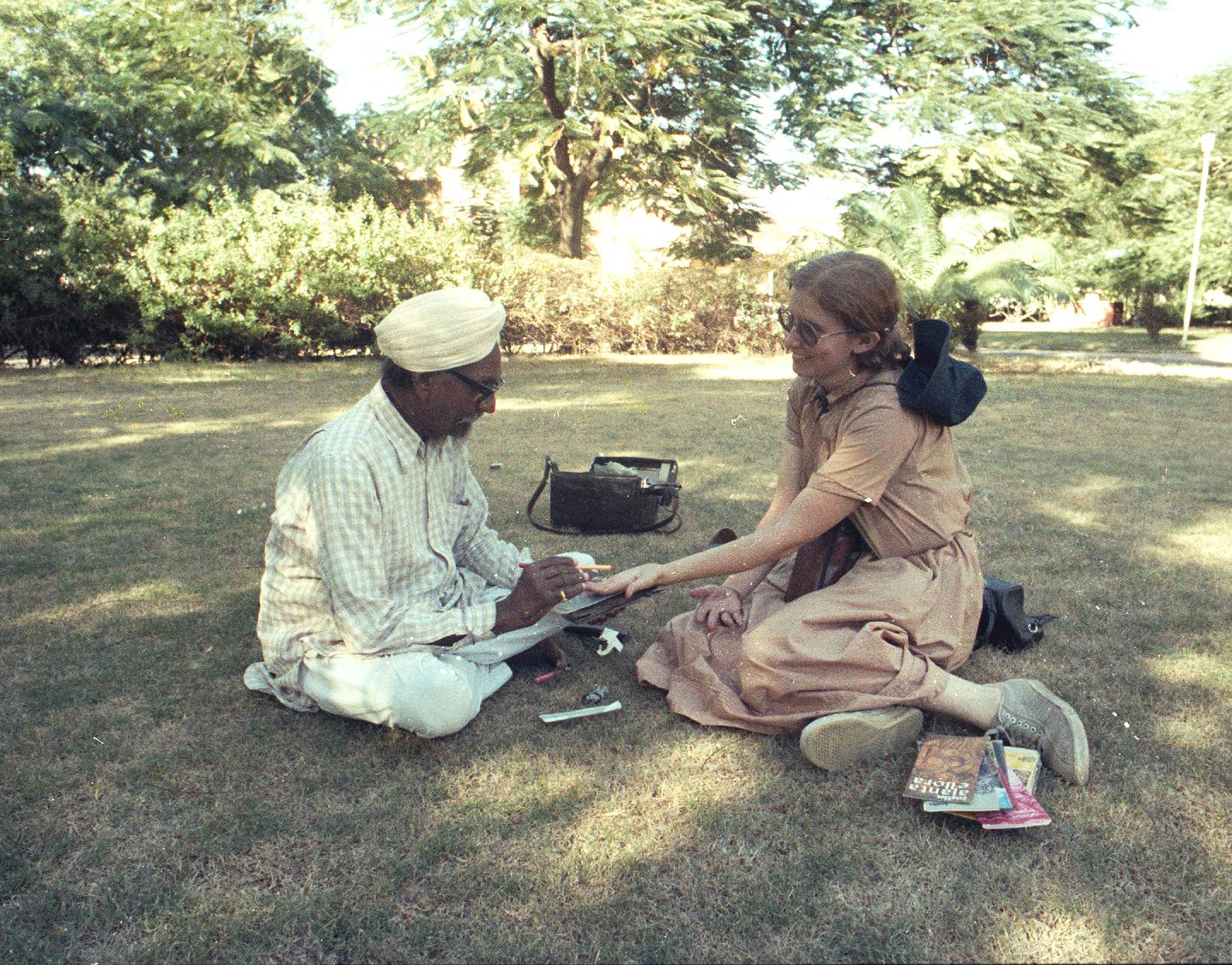
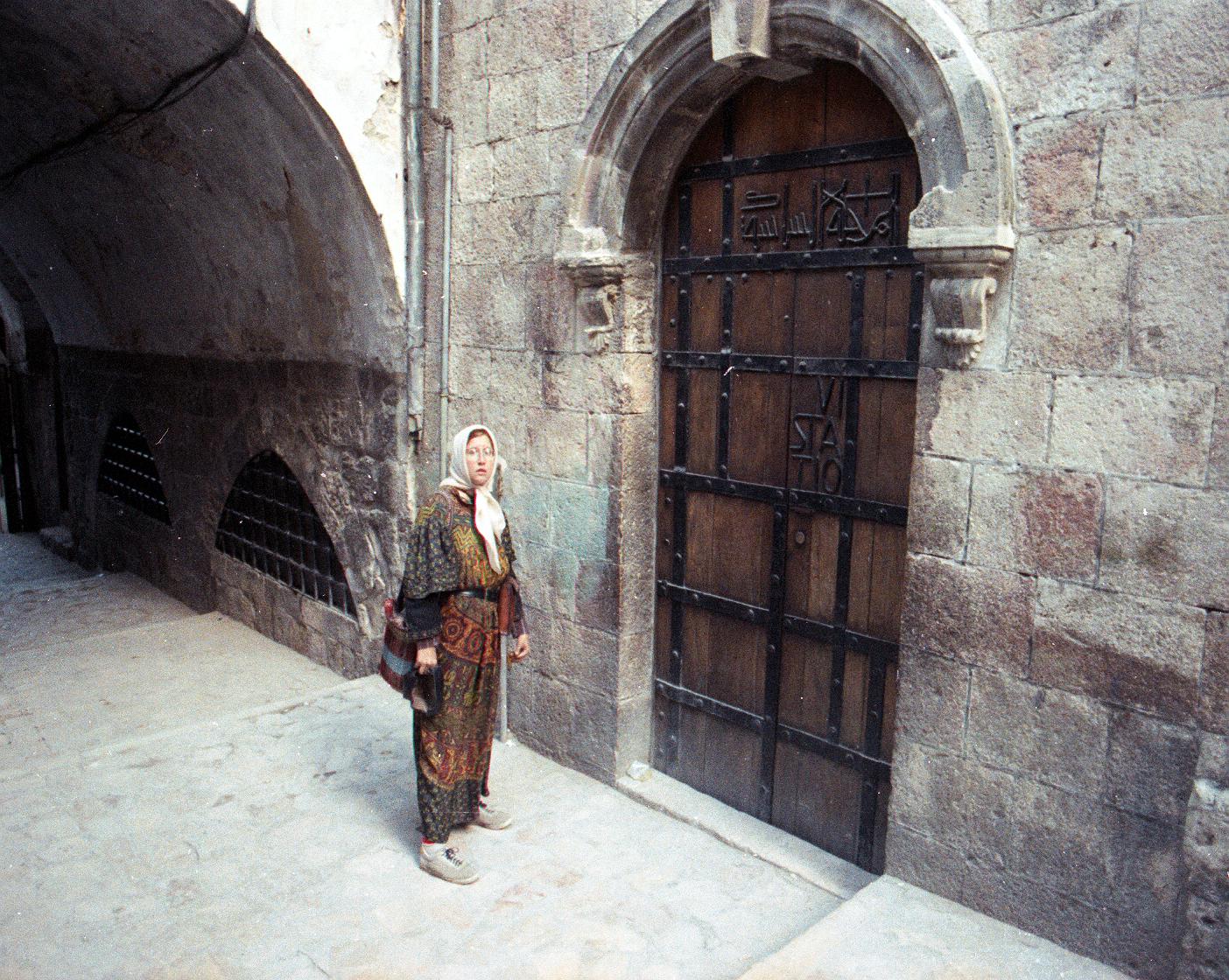
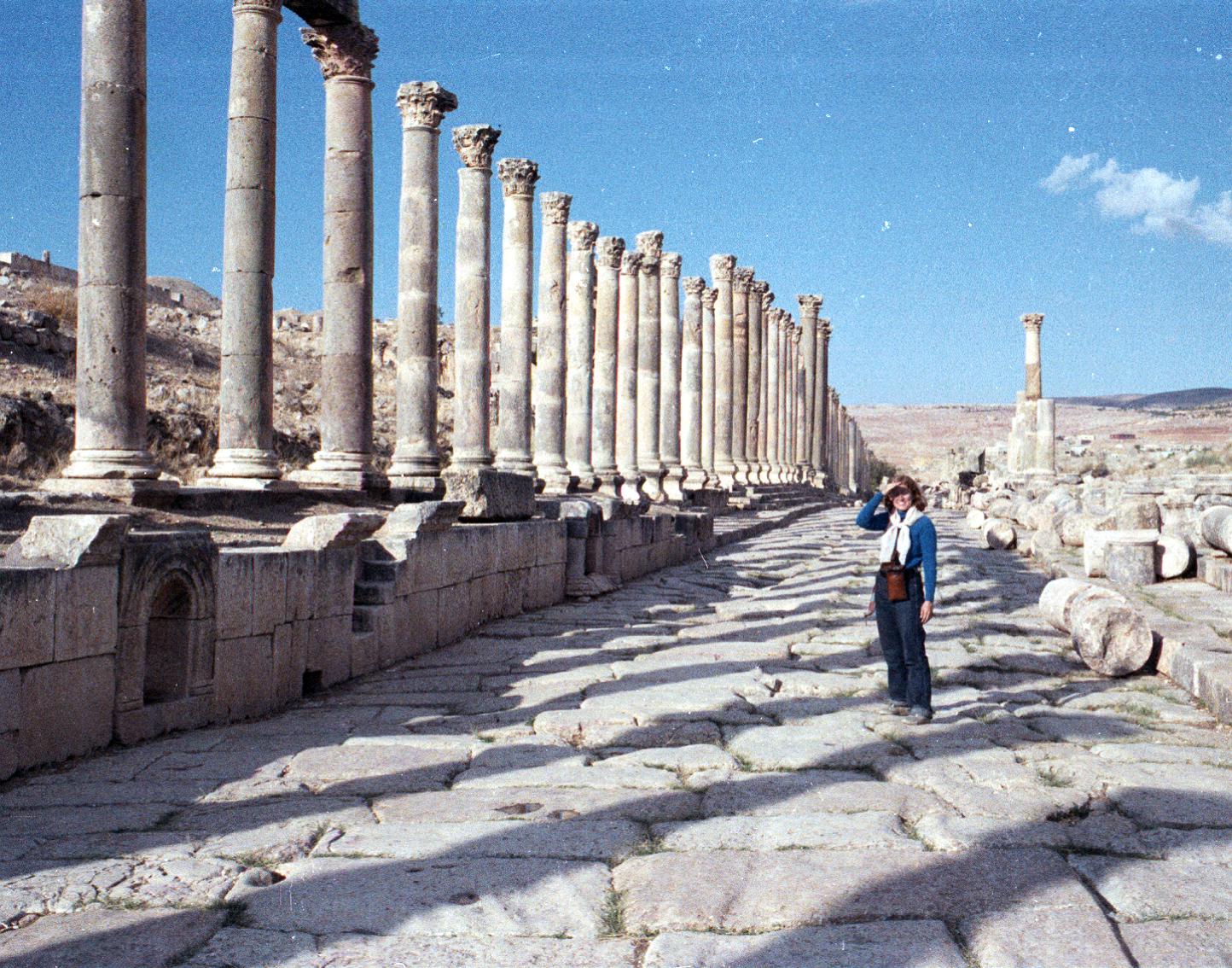
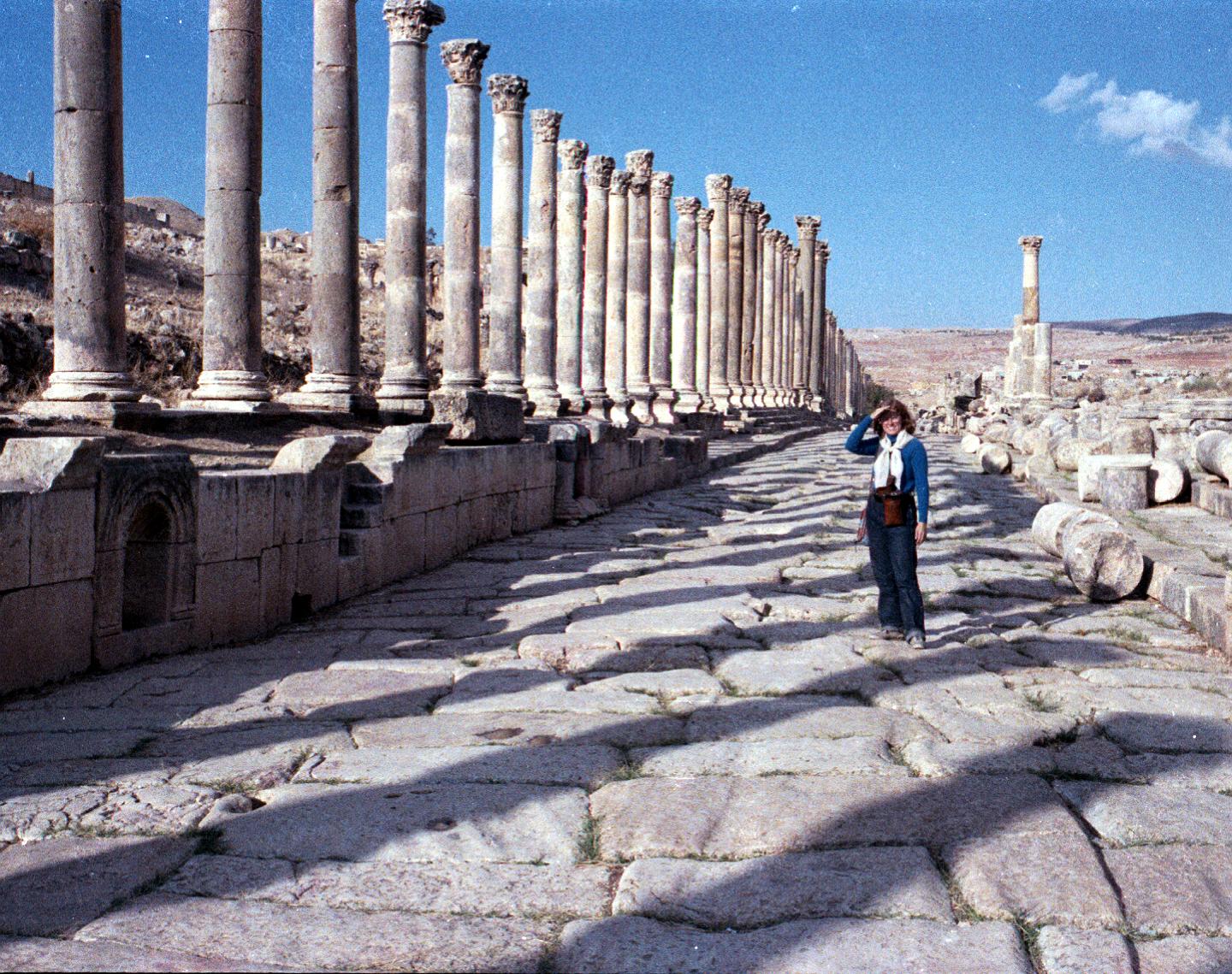
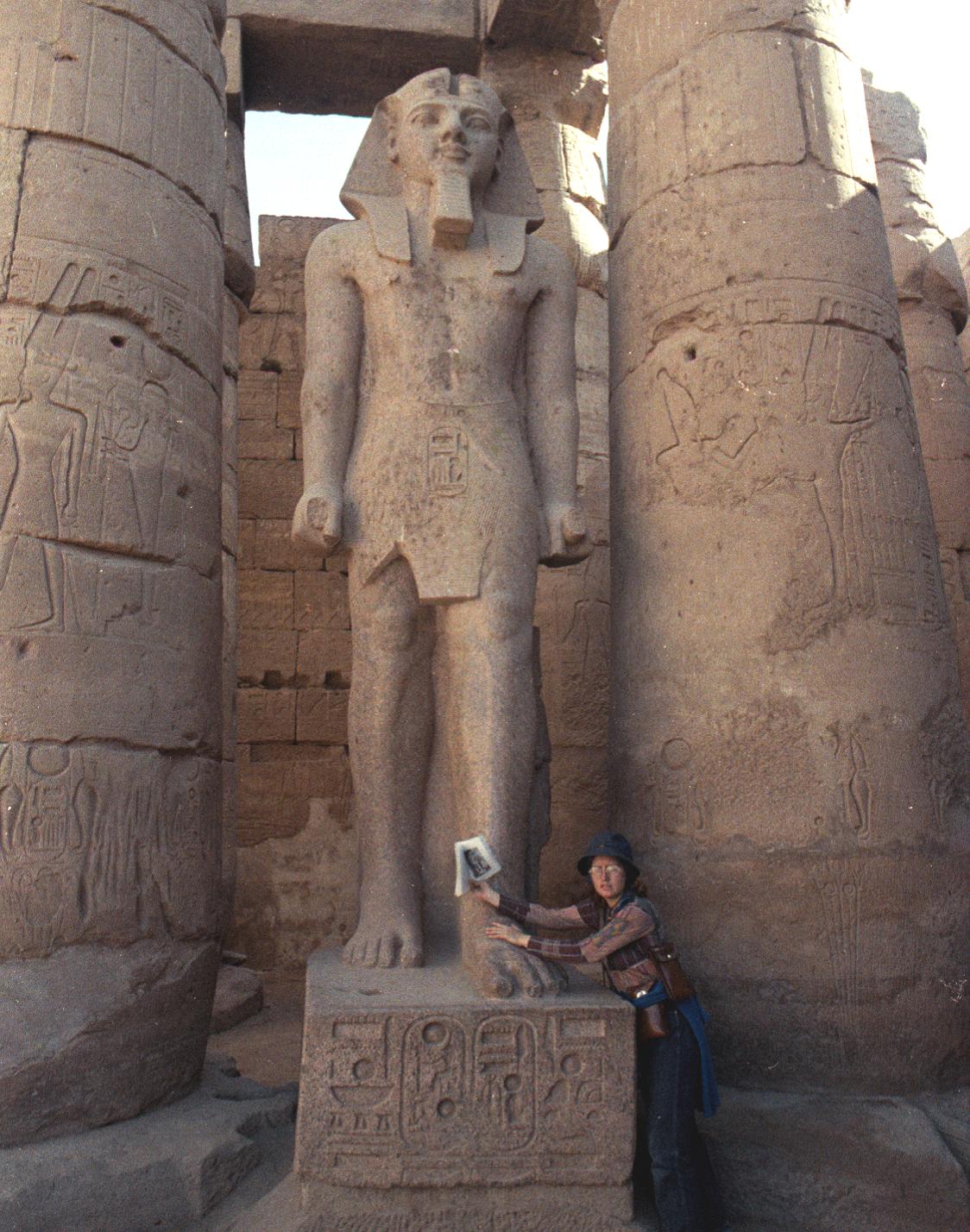
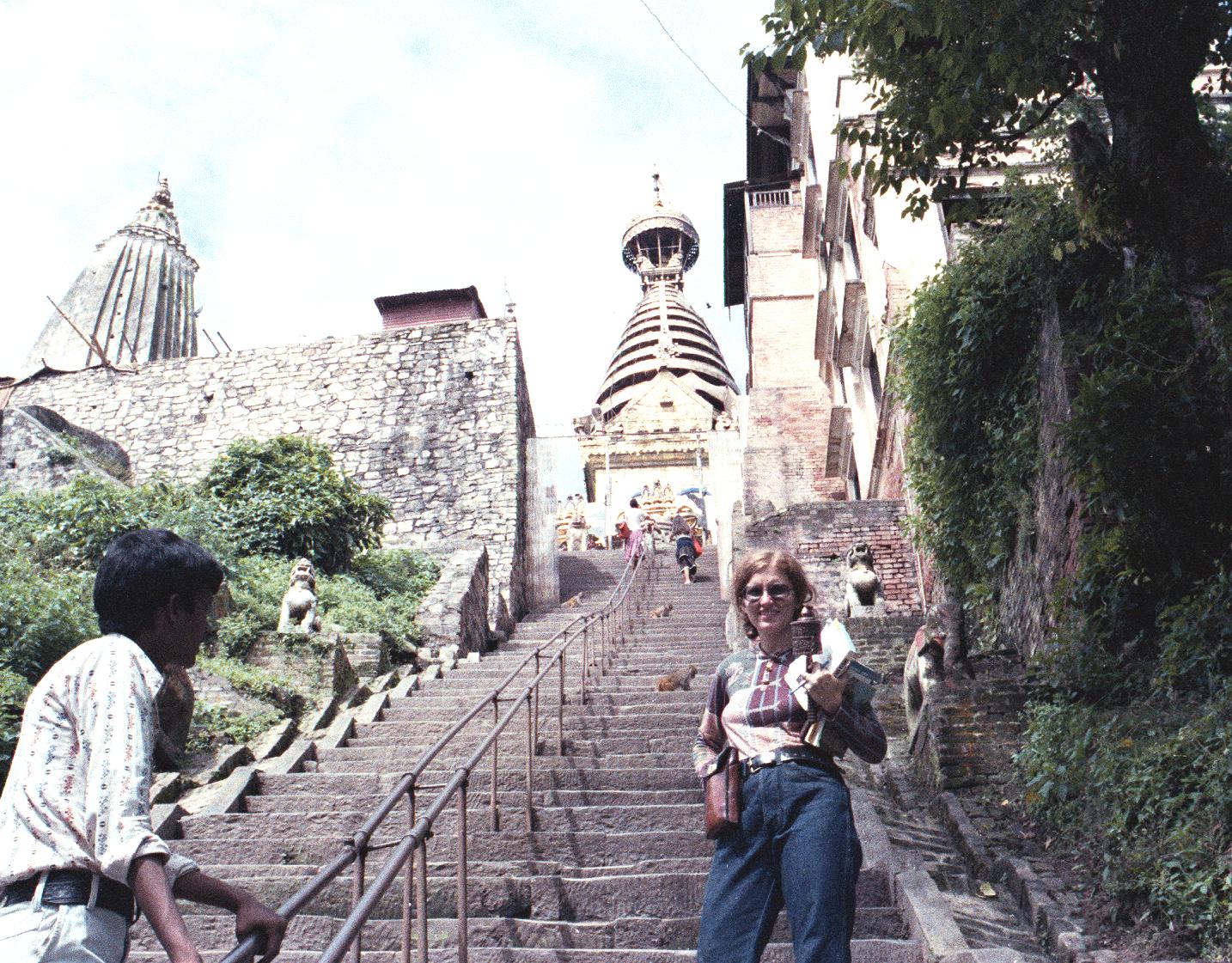
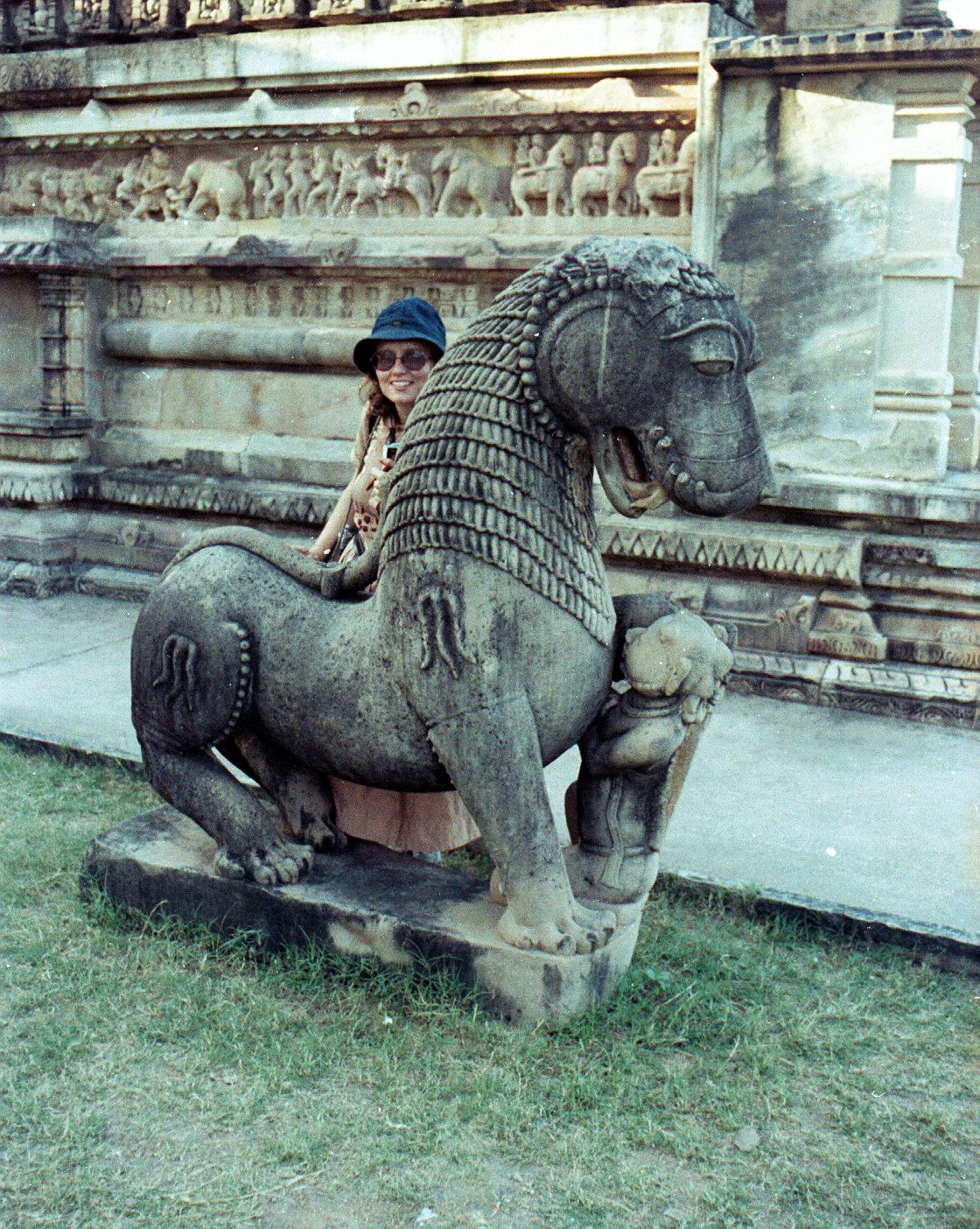
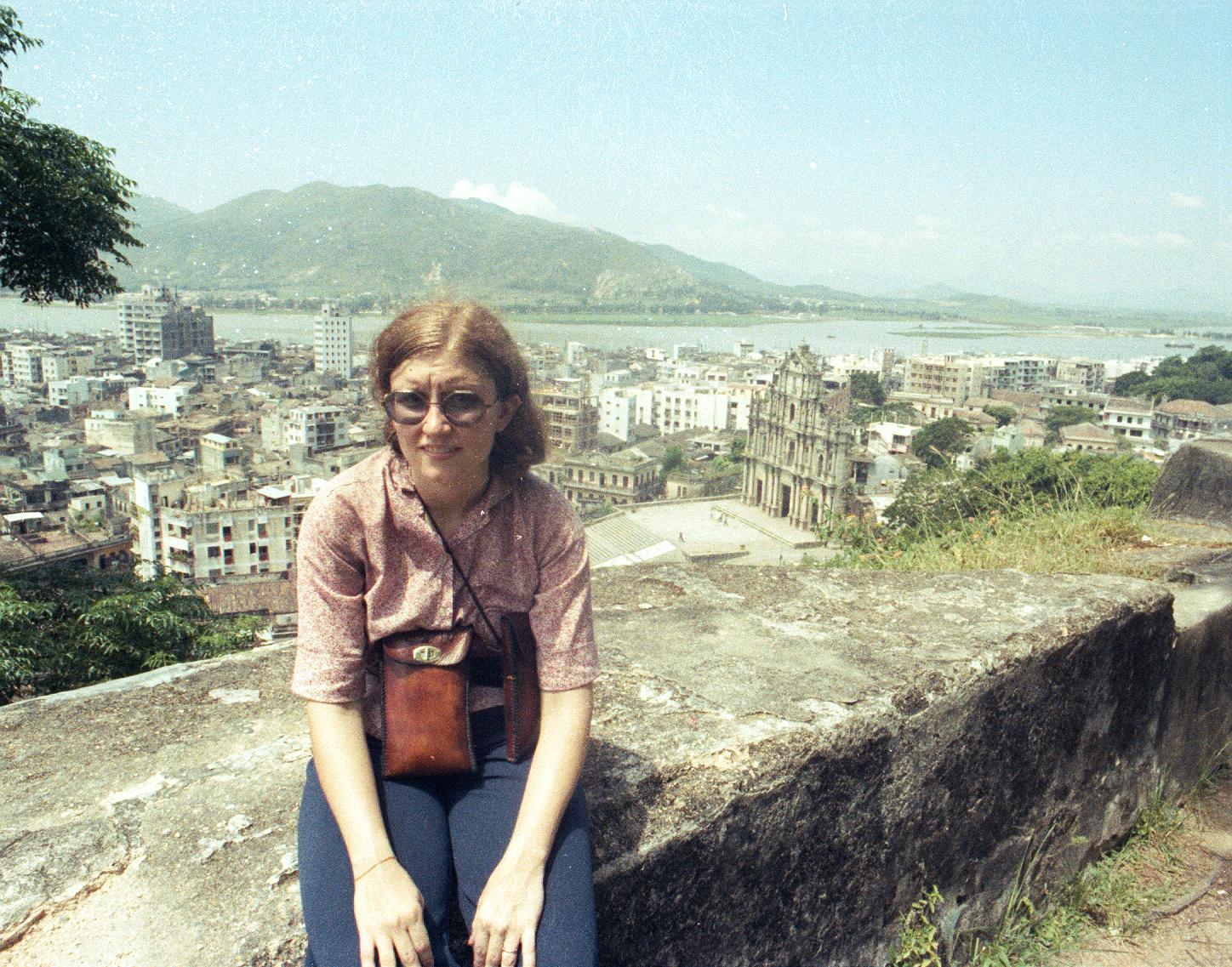
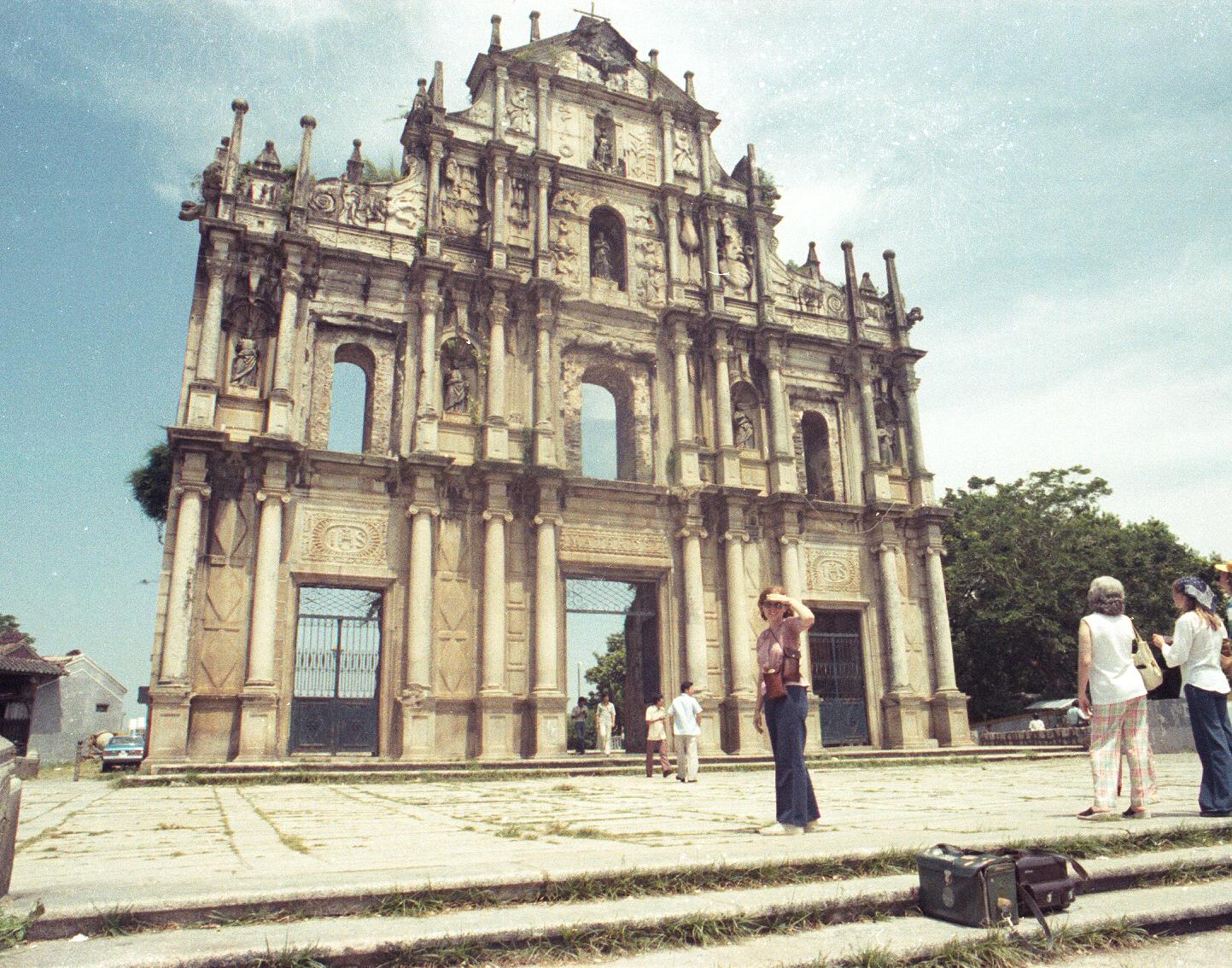
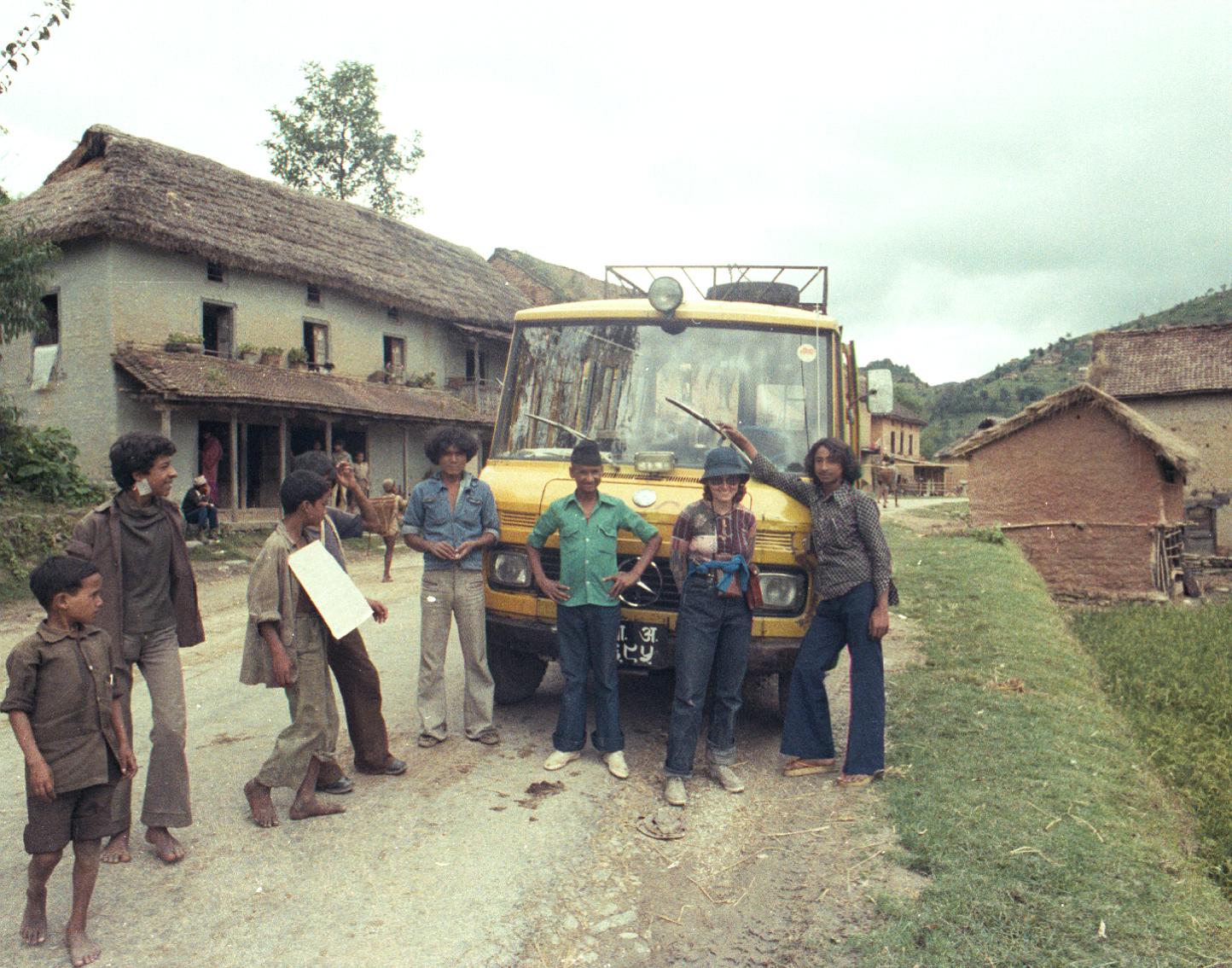
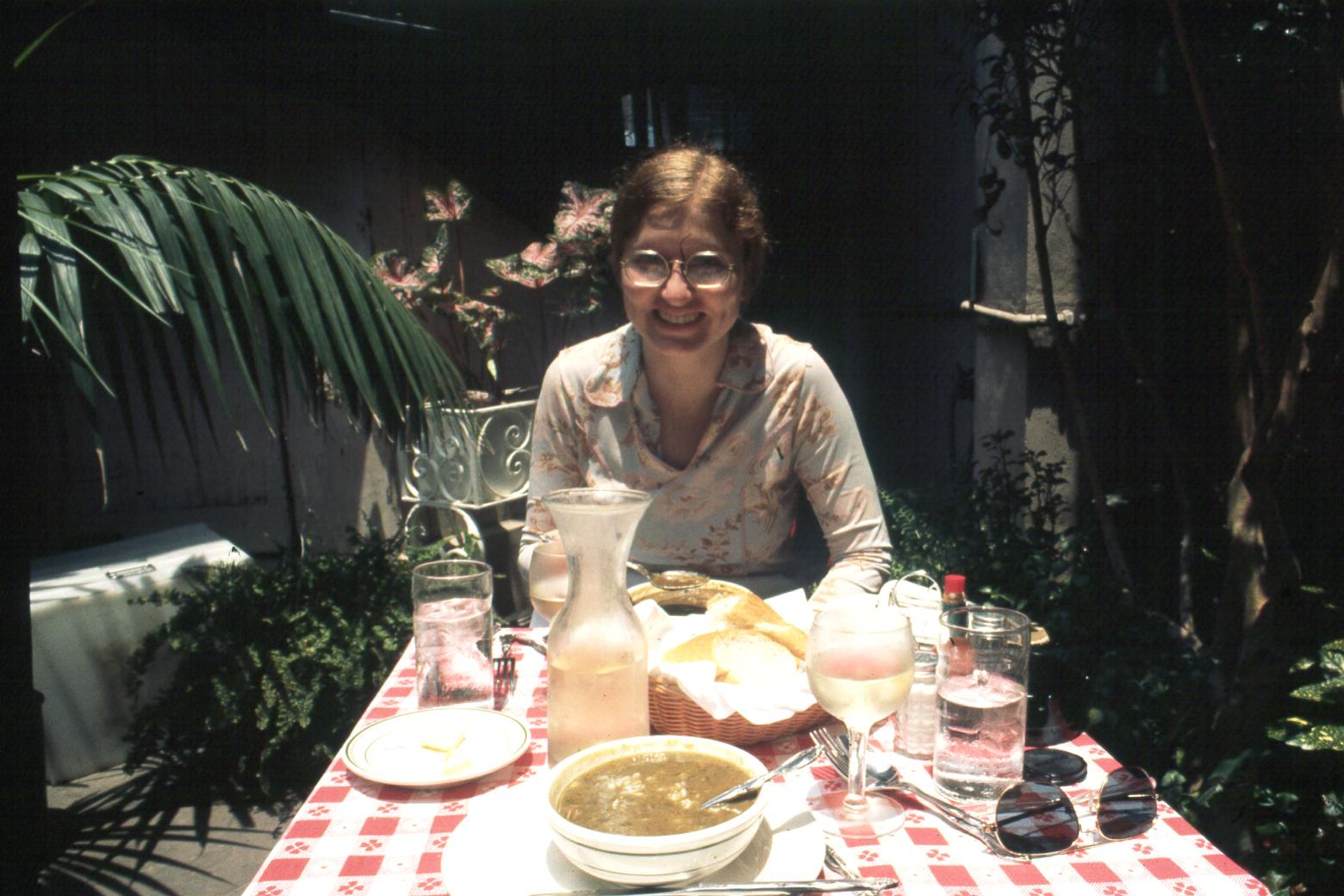
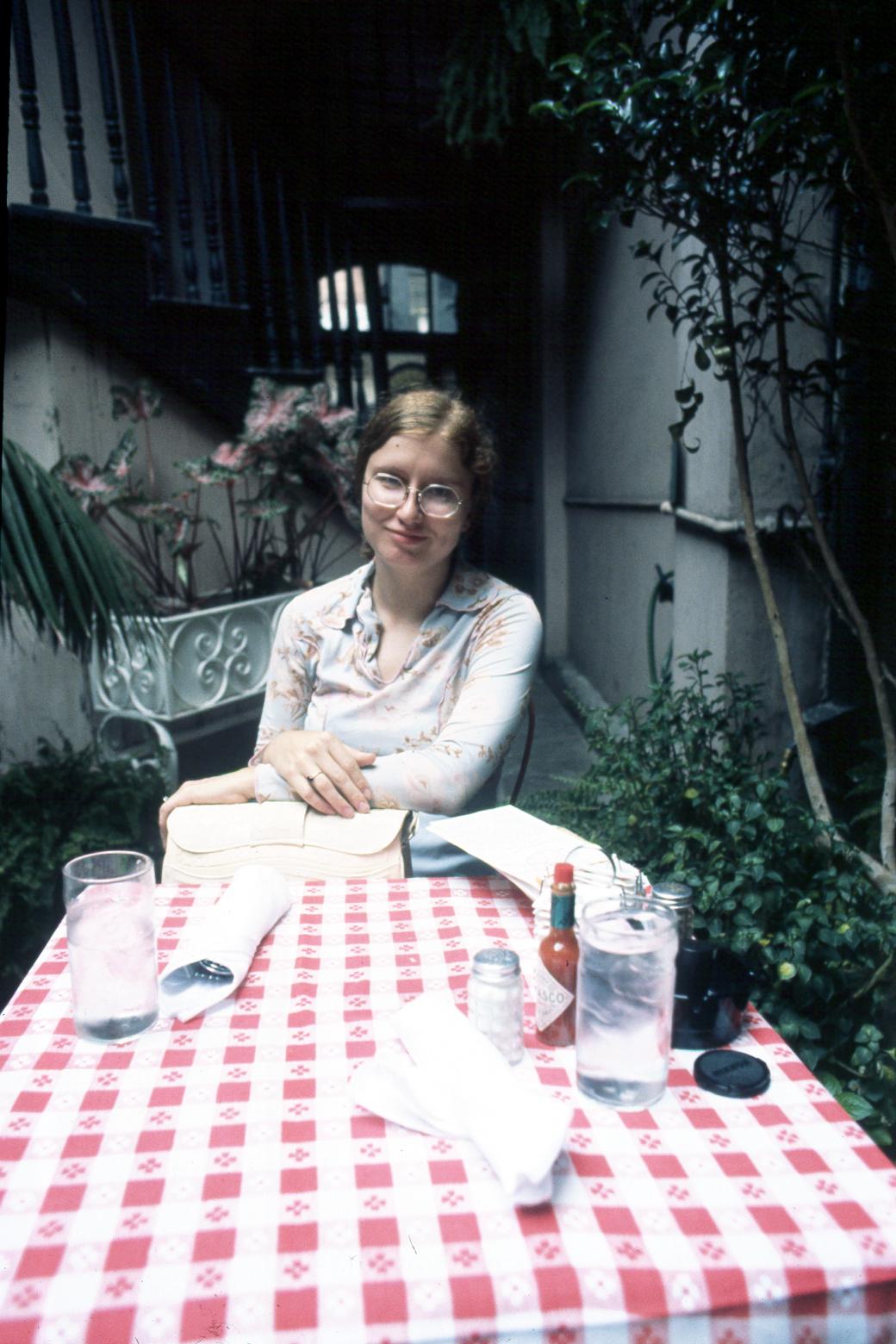
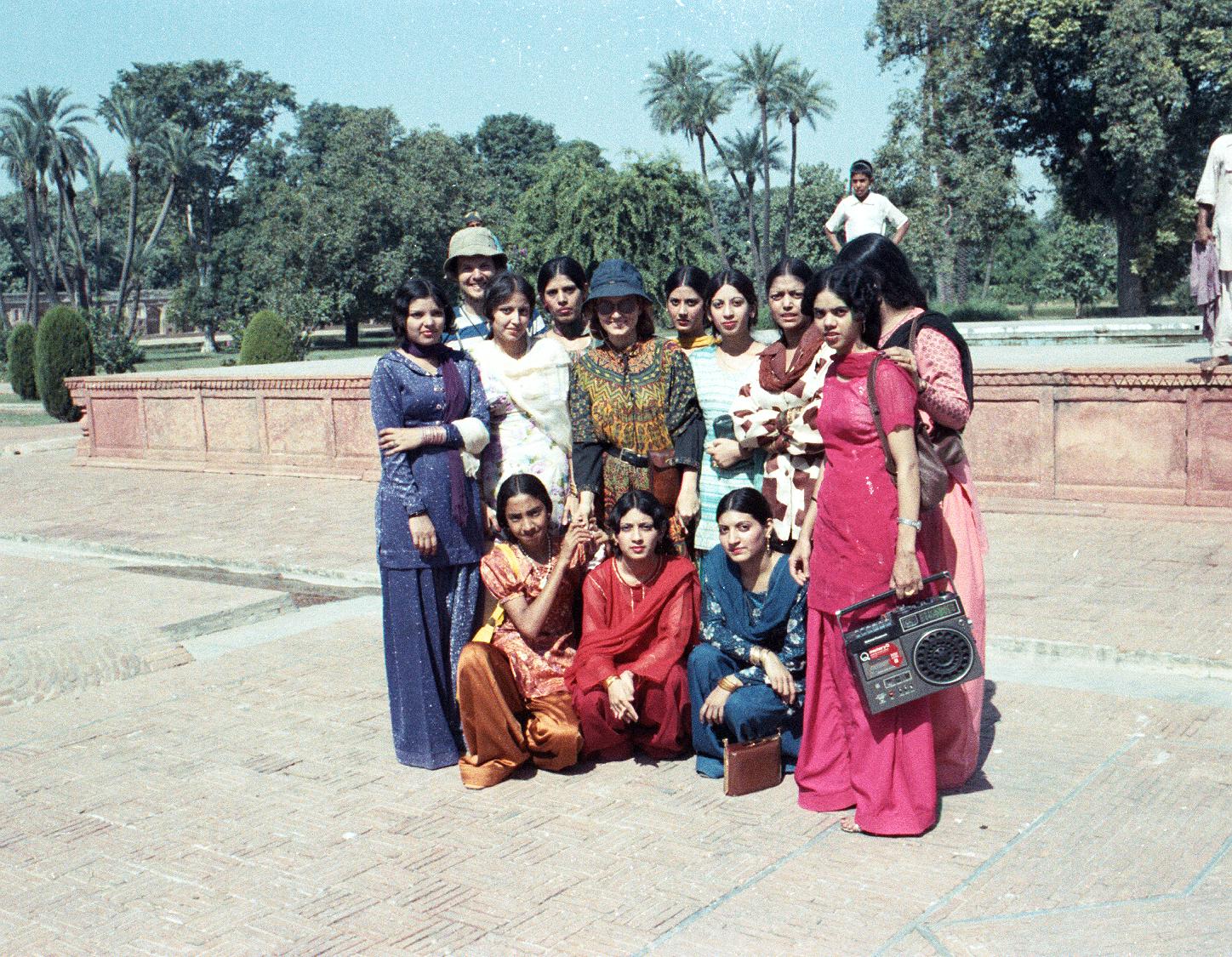

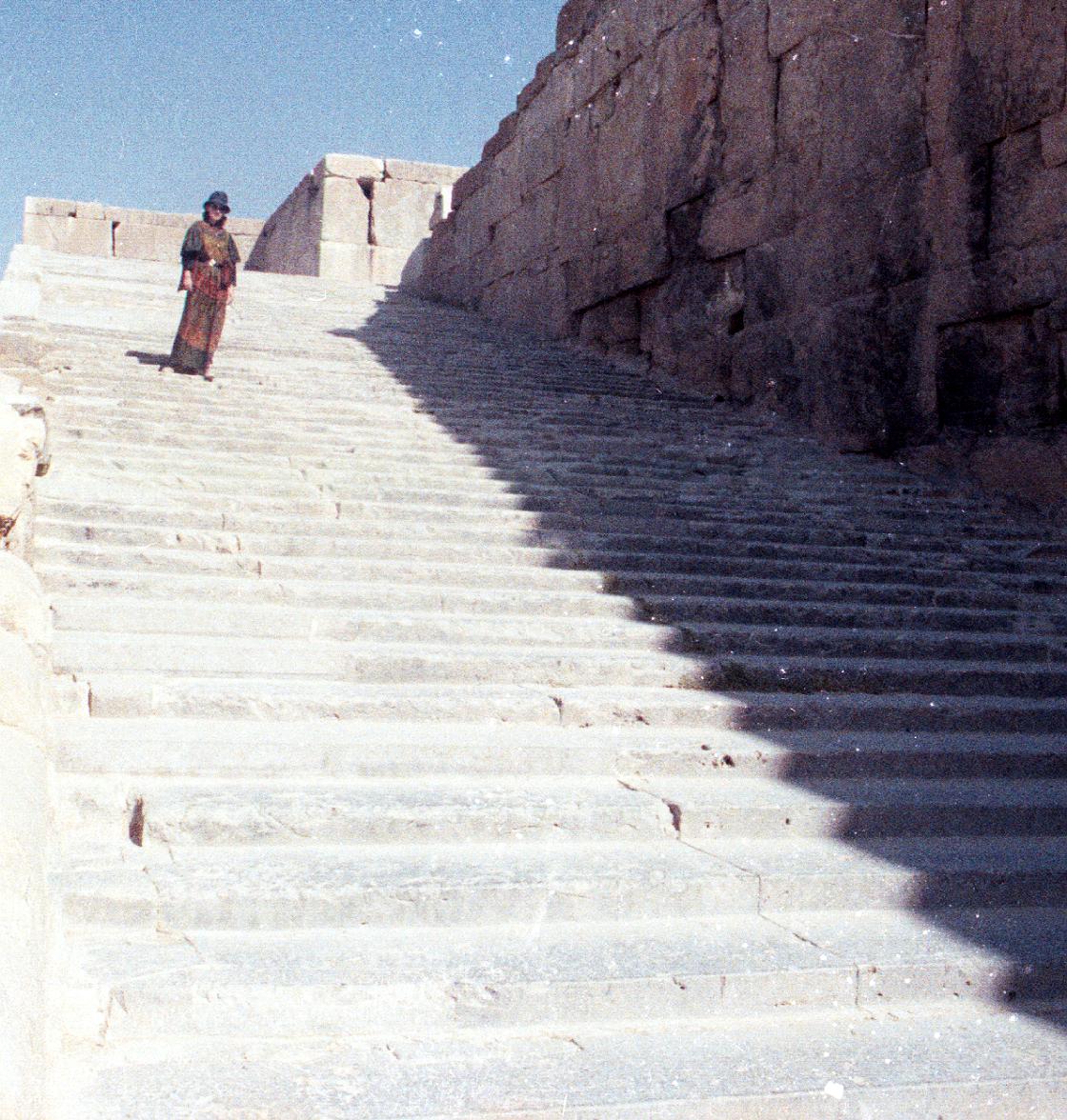
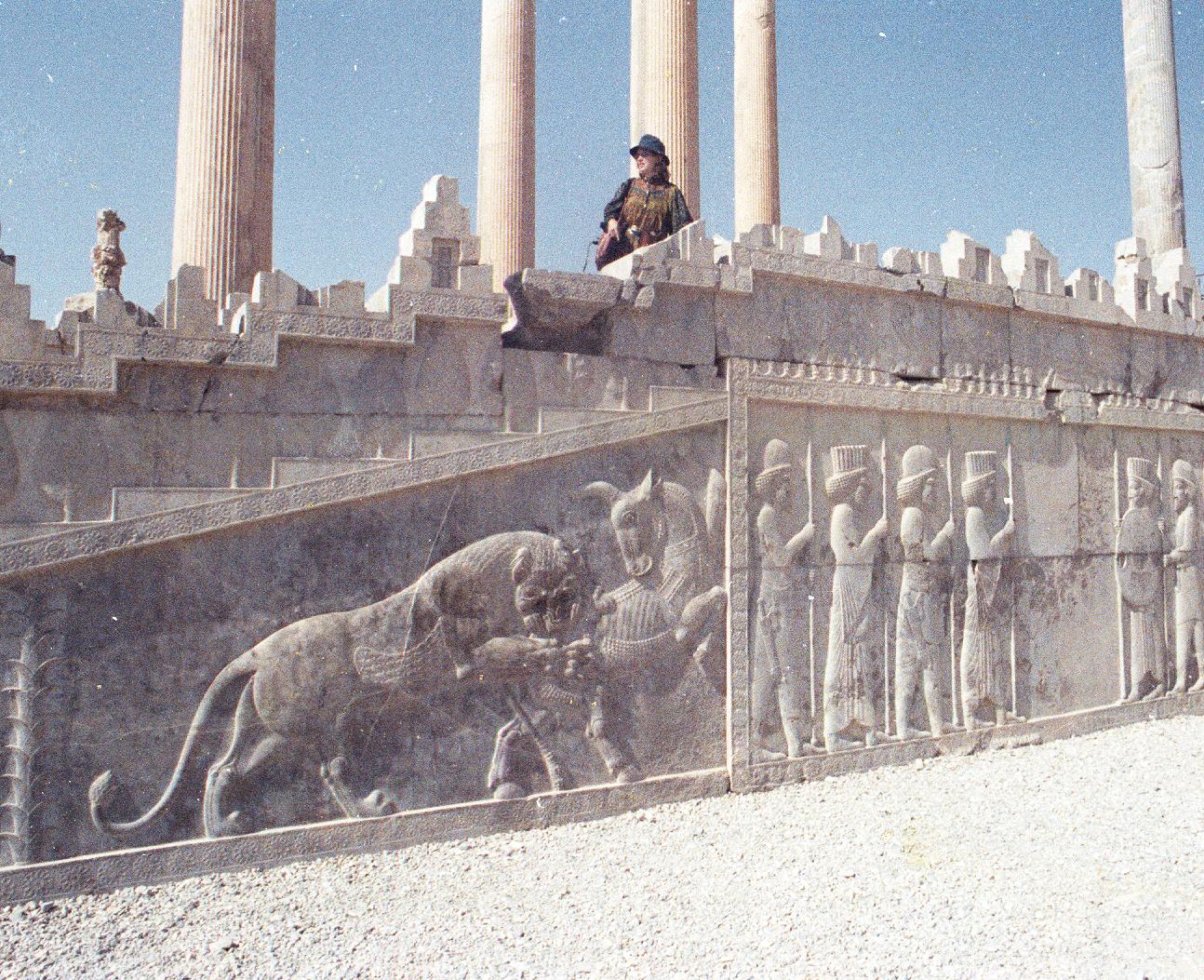
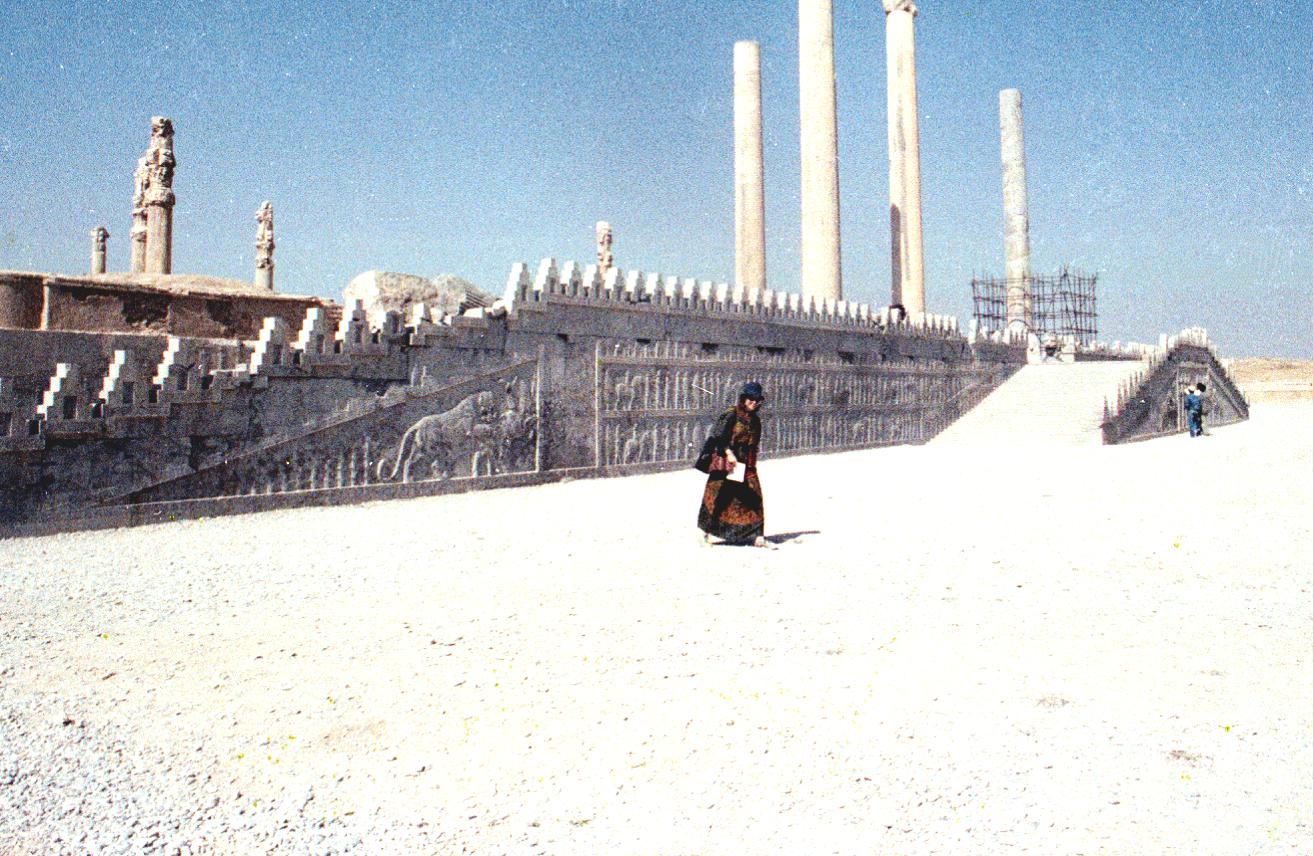
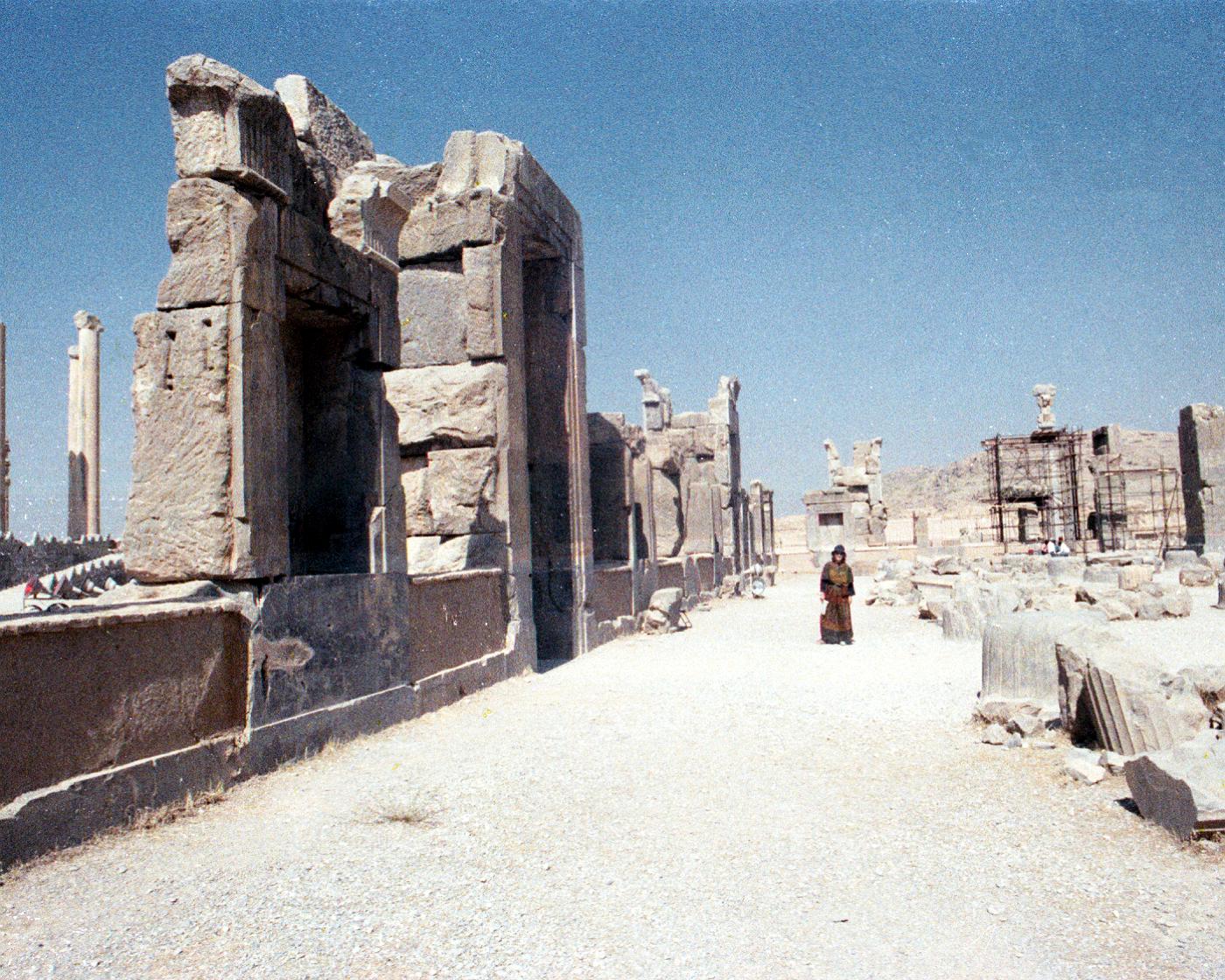
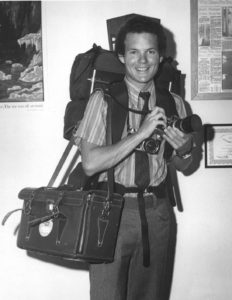
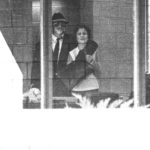
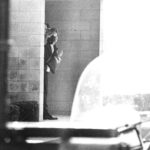
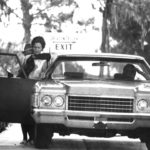
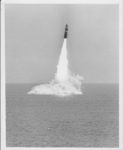
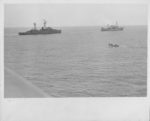
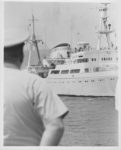
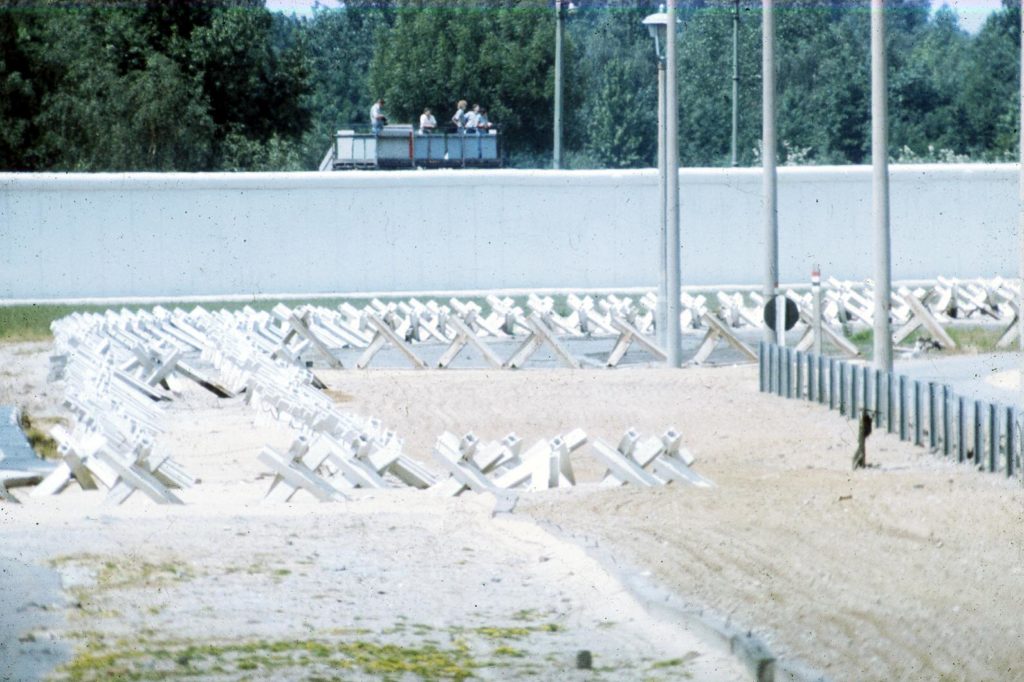
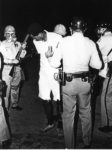

Steve wow great reading and remembrance..
Frank